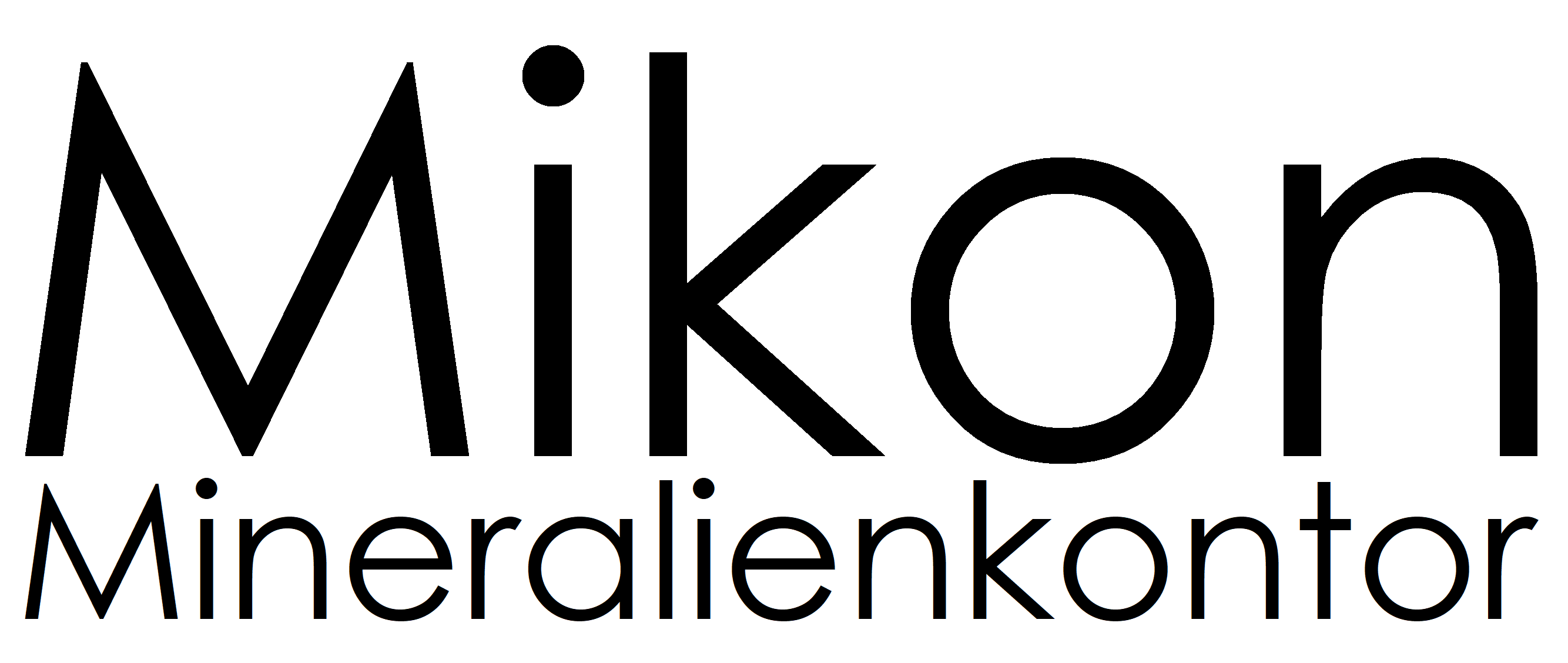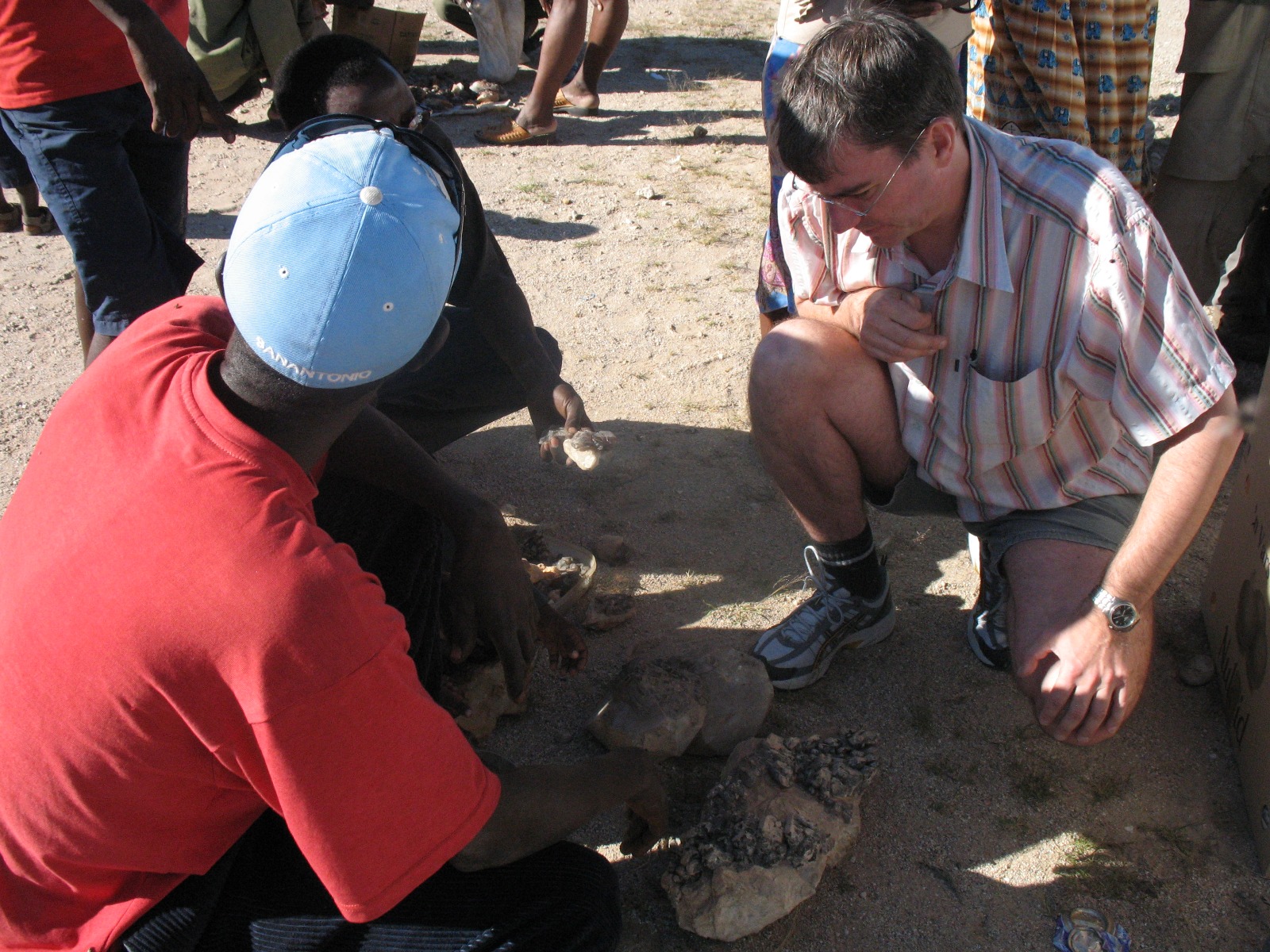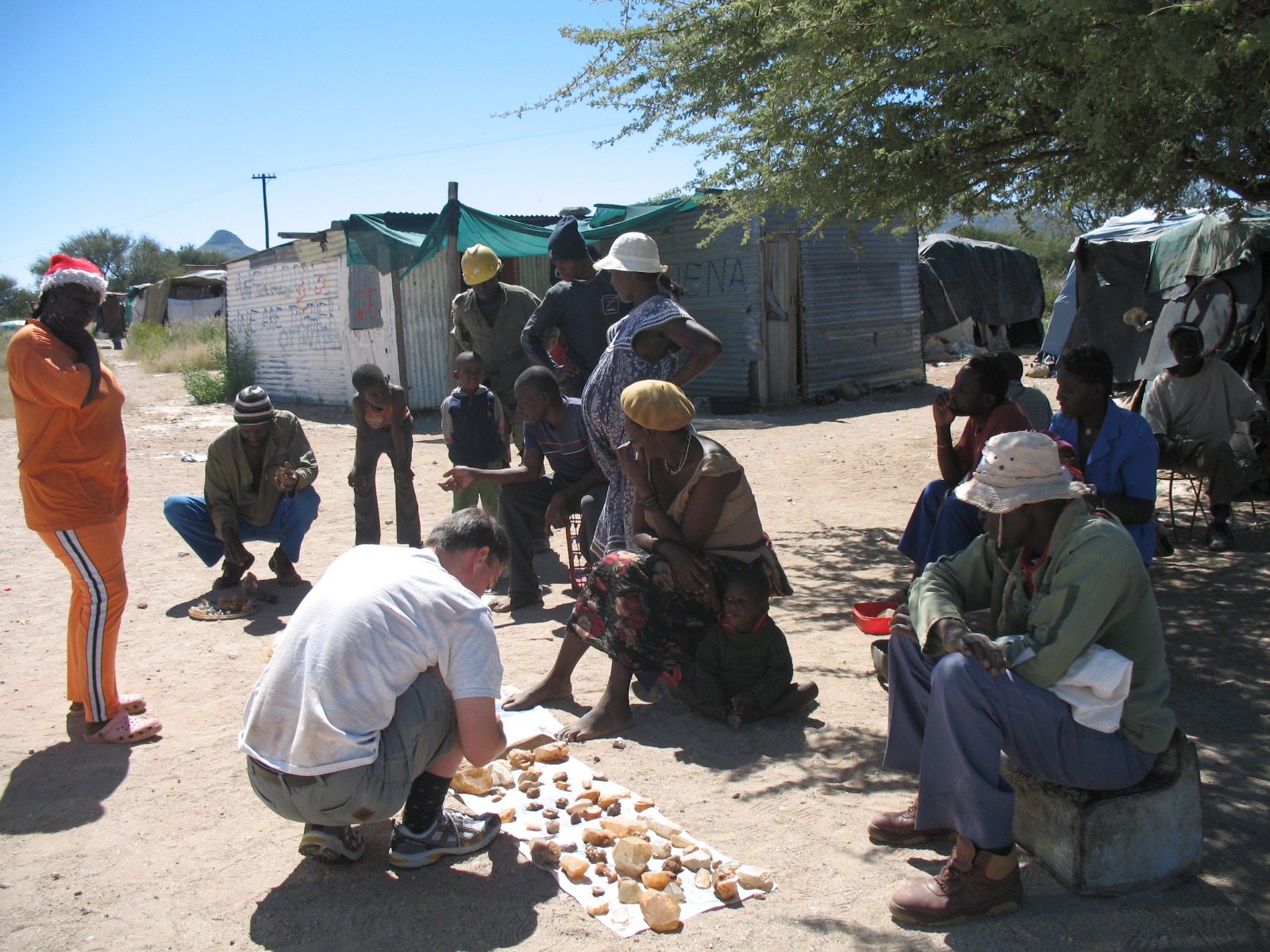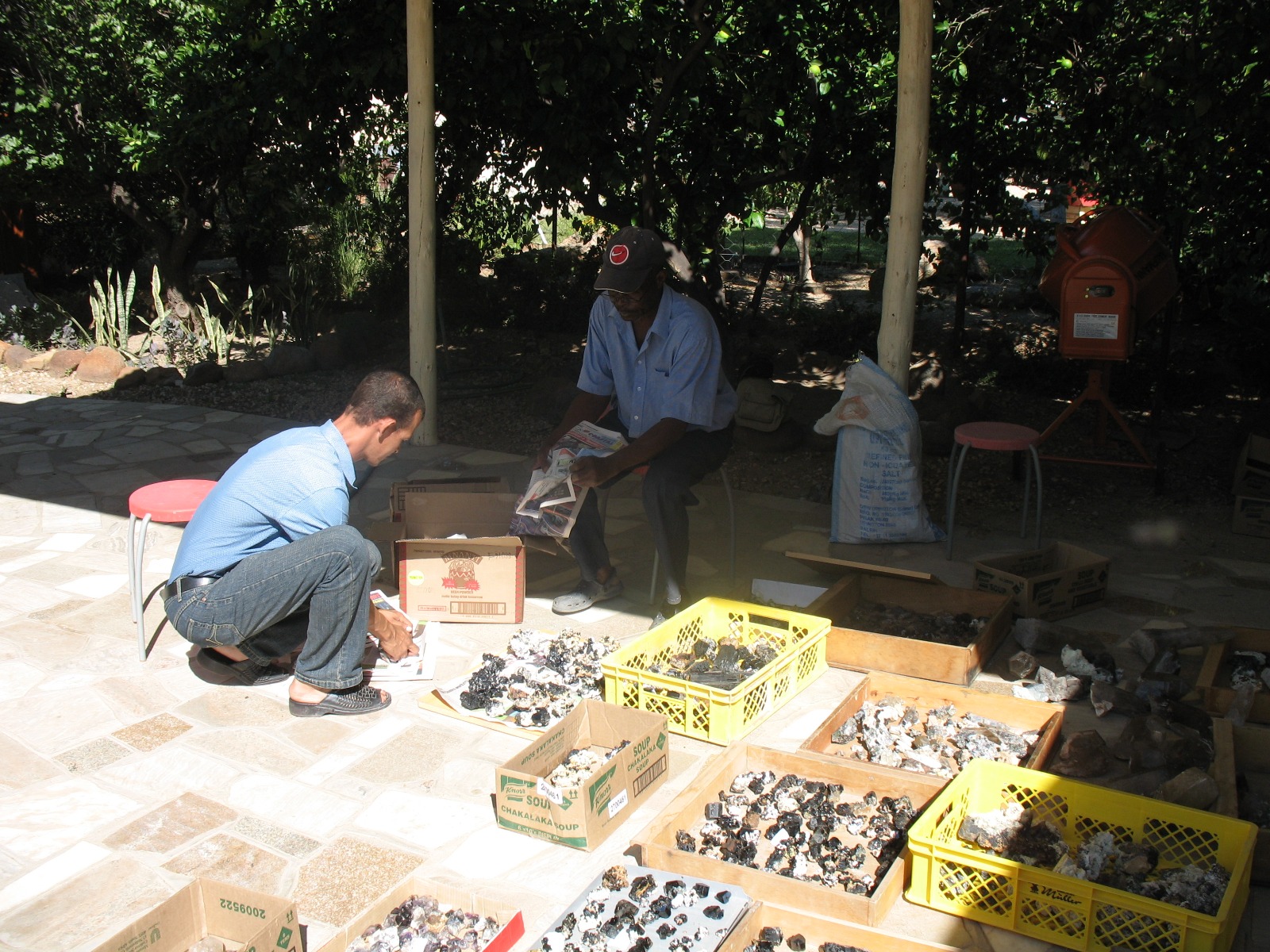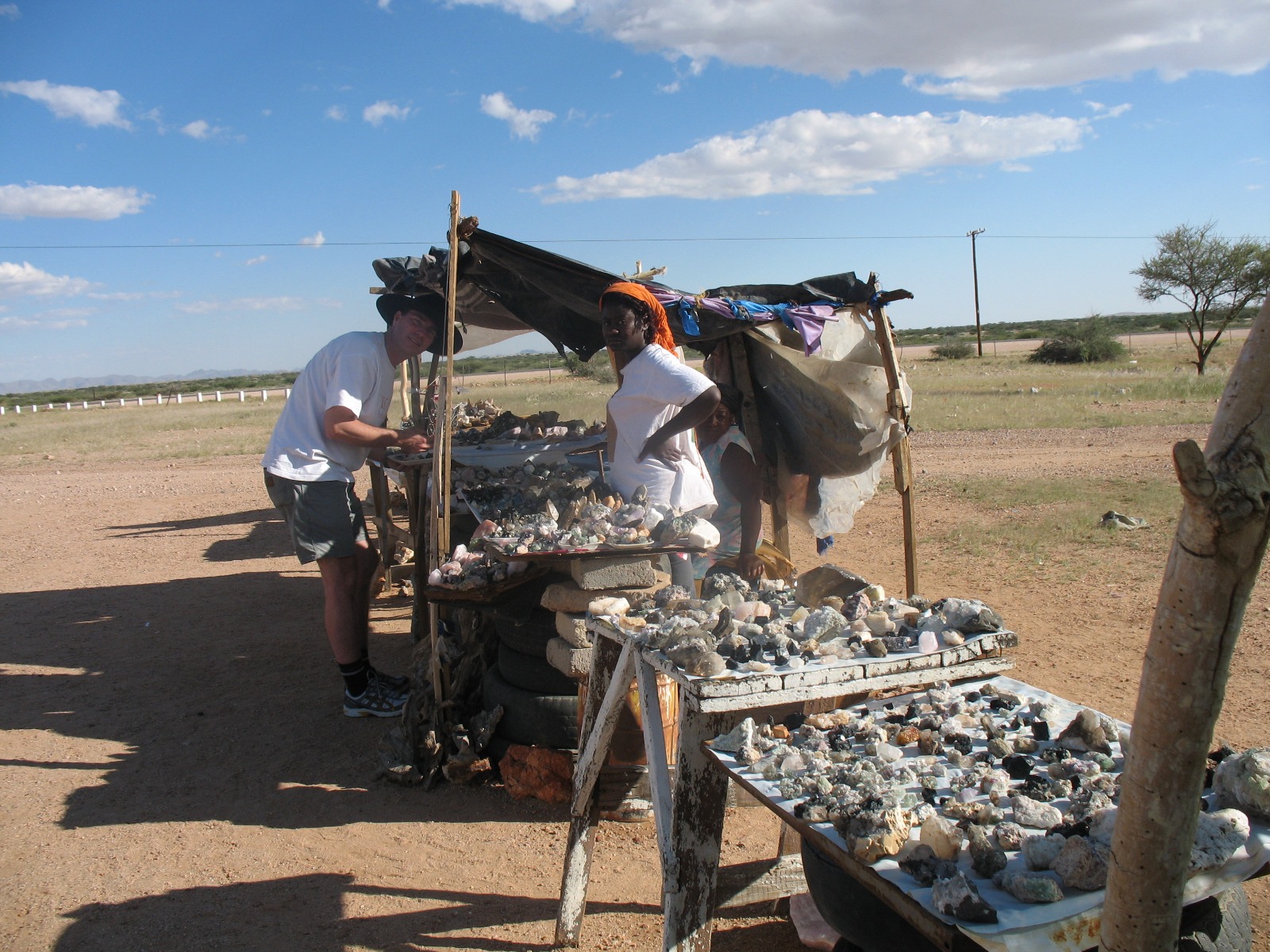Über uns
Wir über uns
Mikon zeichnet sich ja dadurch aus, dass wir, vorrangig Steffen Möckel und Mathias Rheinländer, den allergrößten Teil der hier verkauften Mineralien und Rohsteine selber sammeln bzw. abbauen. In diesem Umfang ist das sicher weltweit einzigartig und auch der Grund, warum es fast alles bei uns wesentlich günstiger gibt als anderswo und wir in der Lage sind, zu jedem Stück die Story beizusteuern. Häufig wird man gefragt, ob wir zu einem Stück ein Echtheitszertifikat haben, nun, das braucht man nicht, wenn man das Stück selbst ausgebuddelt hat!
Nach langer Zeit haben wir nun angefangen Bilder der Fundstellen und Reisen zu posten, die all dies zeigen, sortiert nach Land und Fundstelle. Wer dazu Fragen hat oder uns einmal auf eine Tour begleiten möchte, immer gerne!
Mikon has one speciality over all other mineral companies: We collect app. 95% of all minerals and rough rocks ourself! That being the reason we are able to offer material offered elsewhere for an arm and a leg at a very reasonable price ourself. And we can tell you the story to each rock as well. Sometimes we get ask for certificates to our rocks, well, there is no need for a certificate if you pulled the rock from the ground yourself!
After quite some time we finally found the time to post pictures of all those locations we collected at (ok, some for now, all is work for the next years…smile!). They are sorted by country and mine. If you have questions or like to join one of our trips: most welcome!
Afghanistan:
Pictures 111-112:
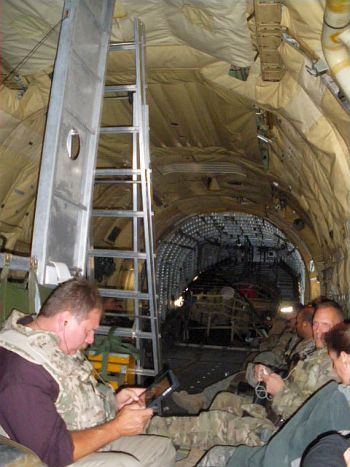
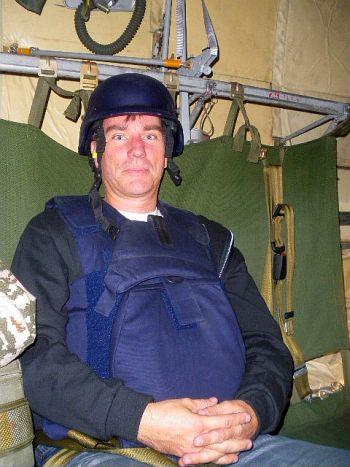
Flying to Faizabad to start the trip towards Sar-e-Sang for Lapis Lazuli and alike.
Picture 113:
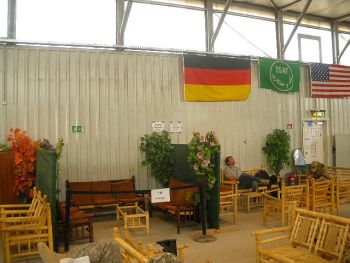
Airport Faizabad during the NATO operation.
Picture 114:
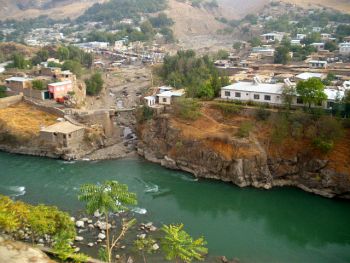
Faizabad
Pictures 115-117:
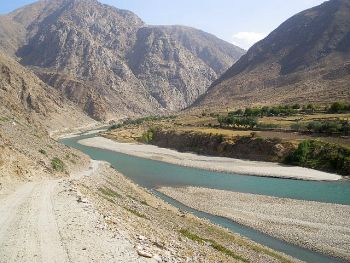
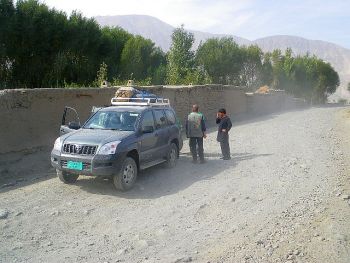
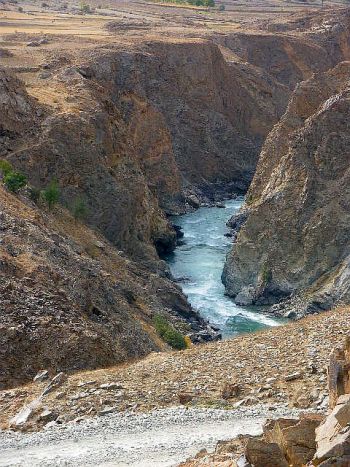
Jurm Valley on the way the Sar-e-Sang
Pictures 119-121:
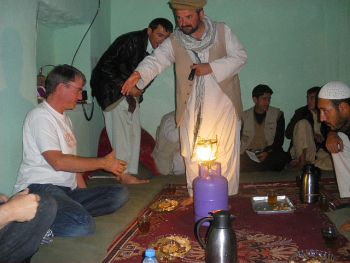
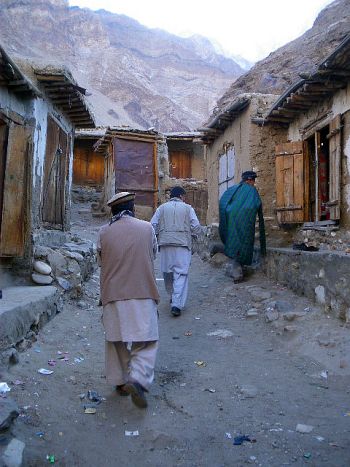
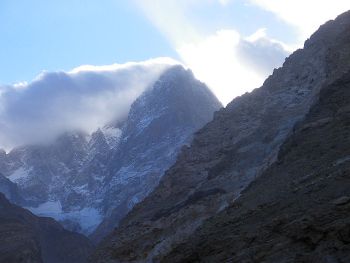
Sar-e-Sang. Great hospitality as everywhere in the country. There is no hotel nor restaurant or such in town, but we got invited right away to stay at a guy’s house and whatever was available in food was served as well.
Pictures 122-156:
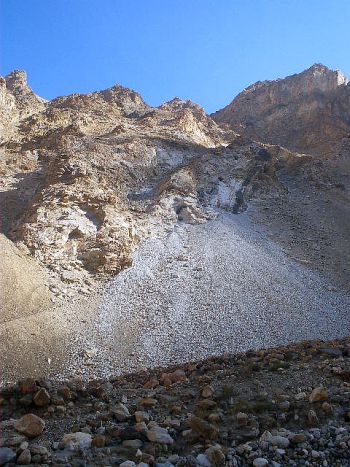
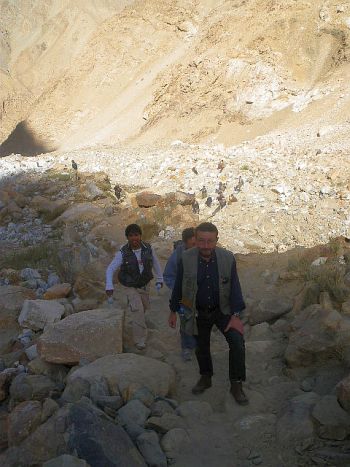
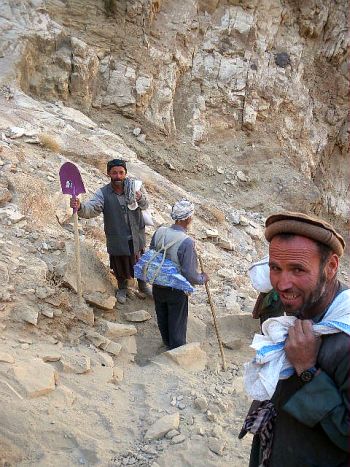
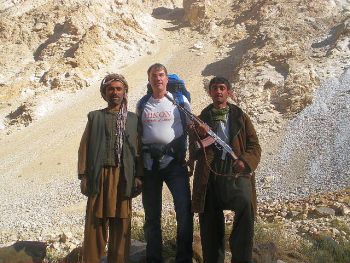
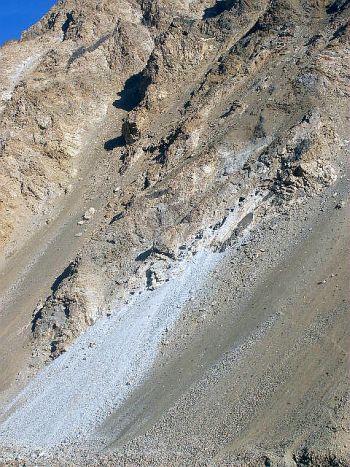
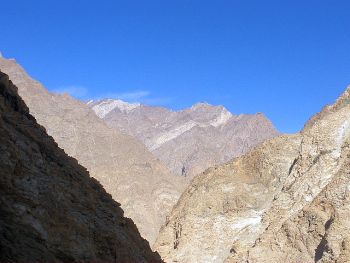
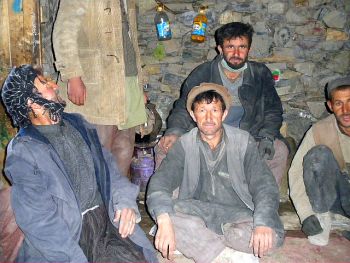
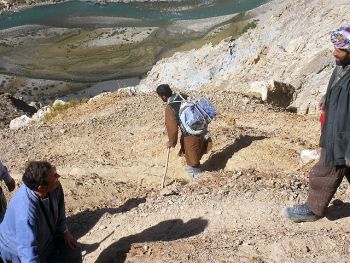
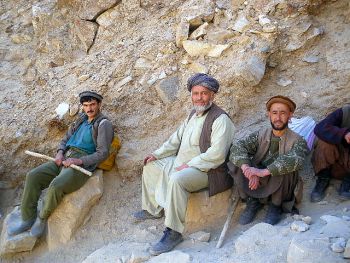
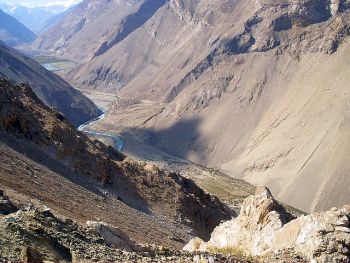
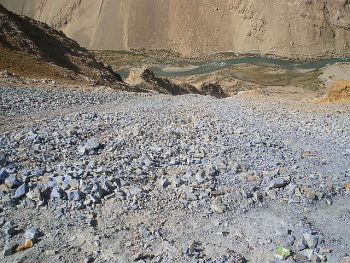
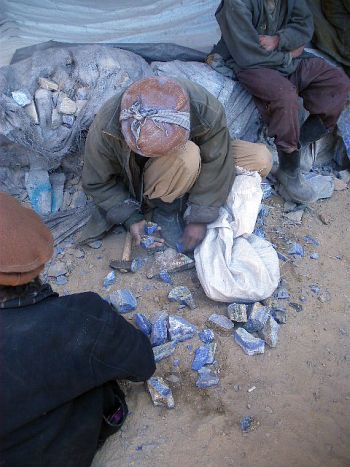
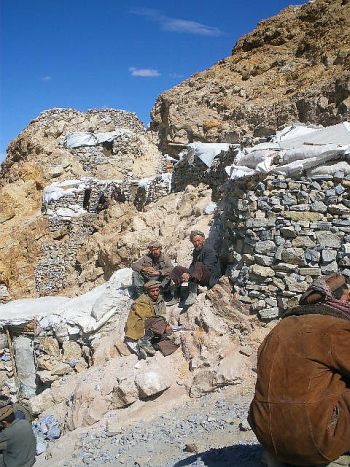
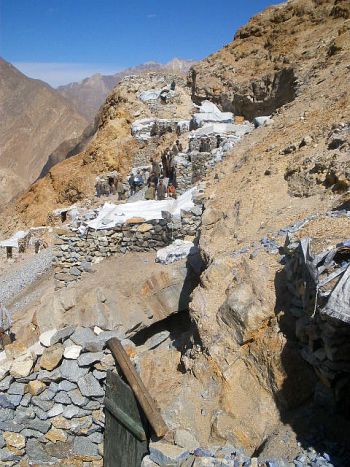
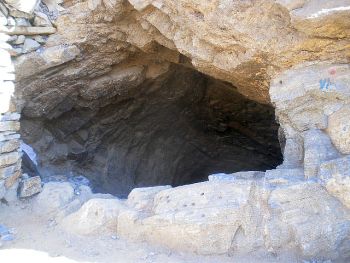
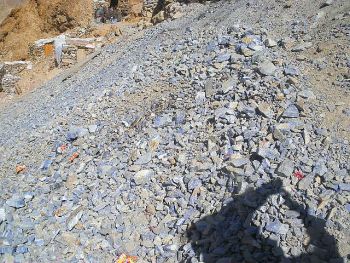
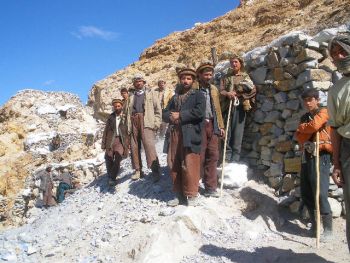
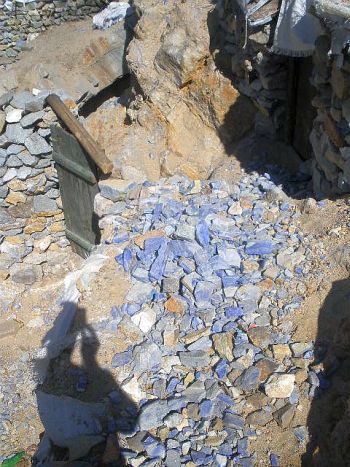
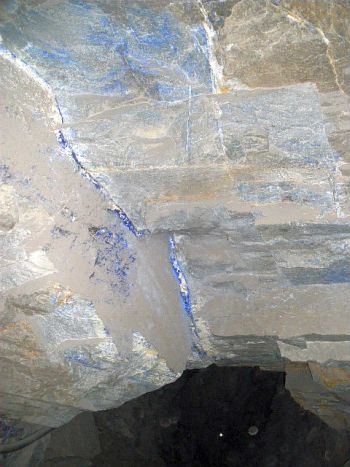
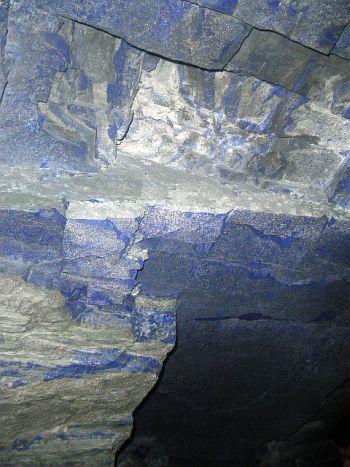
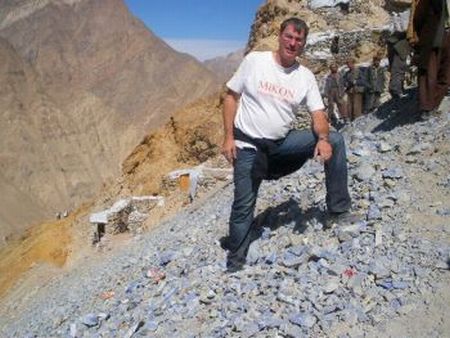
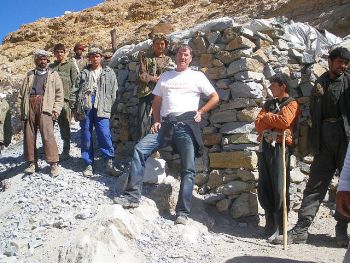
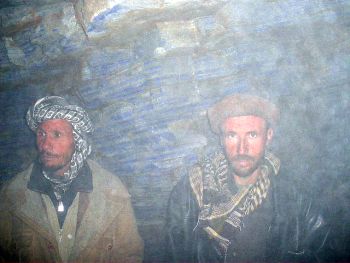
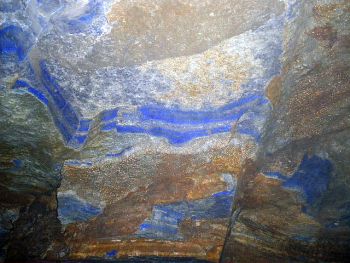
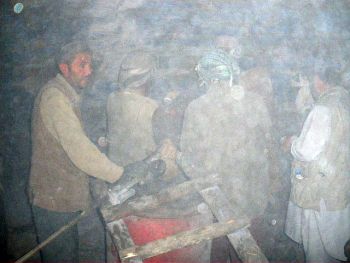
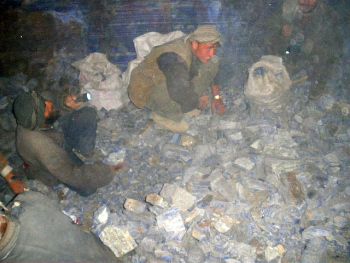
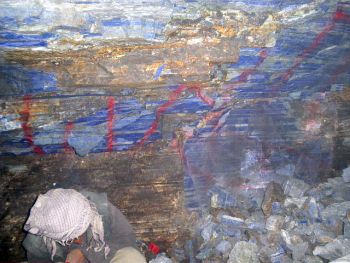
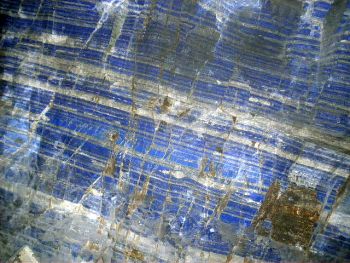
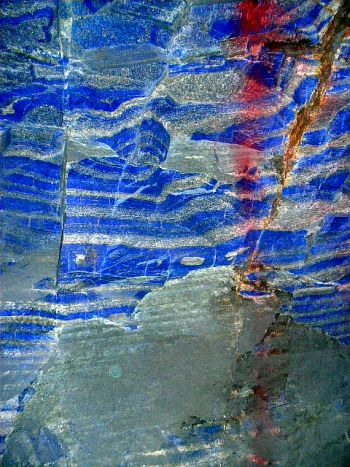
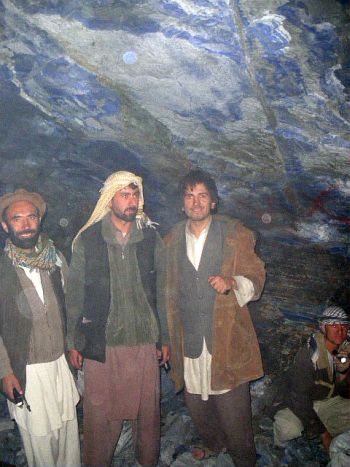
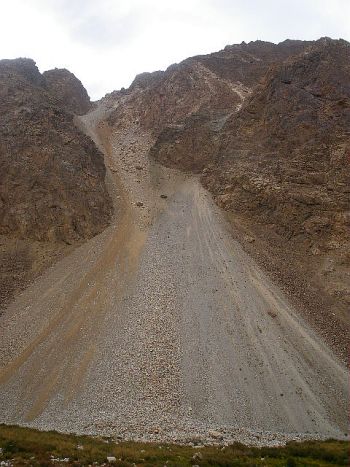
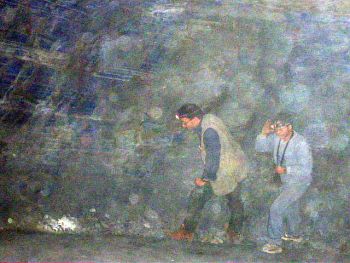
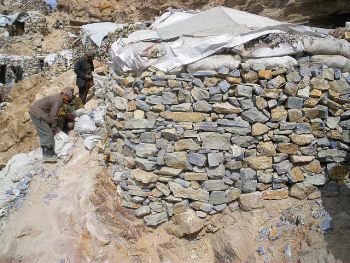
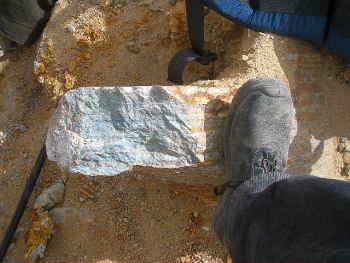
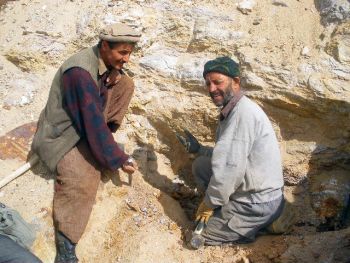
The trip up to the Lapis Mines above the town or Sar-e-Sang. In picture 122 you see the Hackmannite mine on the other side of the side valley as well. The main Lapis mine at the moment has that banded material and occasion Hauyne as well. Basically, all massive there, no crystals. Other places in the valley show the full series of minerals from Sodalite to Hauyne, Afghanite, Lasurite and Diopside.
The pictures show the underground operation, the dumps and slopes as well as the workers buildings. Always remember, mining here started more than 5000 years ago!
Picture 158: typical road in the Jurm Valley
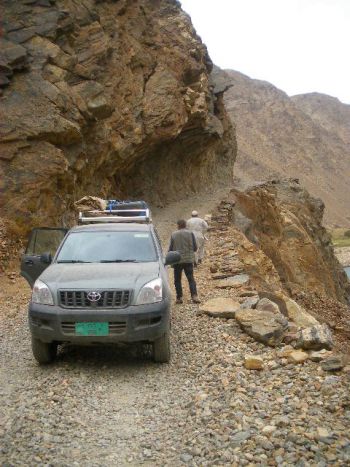
Picture 159: Beside gemstones Afghanistan has an agricultural crop it sells for a long time: Cannabis…!
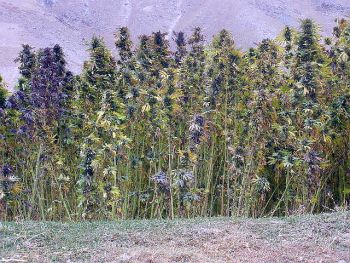
Pictures 160-168: Trip to a diopside crystal pocket zone on the opposite side of the Jurm valley, close to Sar-e-Sang. Intended as a “1-2 h quick look at some crystals” by a local miner it turned out to be a serious mountain climbing trip including free cliff climbing and crossing 5 feet deep ice-cold river with a bag pack full of rocks…for the Afghan miners indeed just a quick trip, I found it rather interesting…particular been not at all prepared for serious mountaineering. But got the crystals and survived it, so all fine!
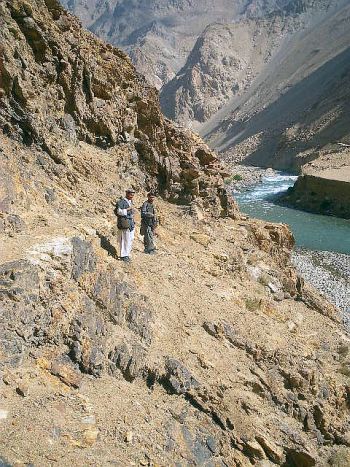
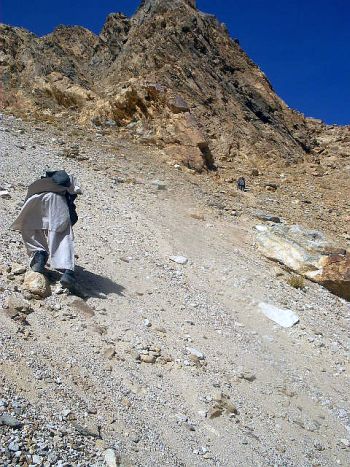
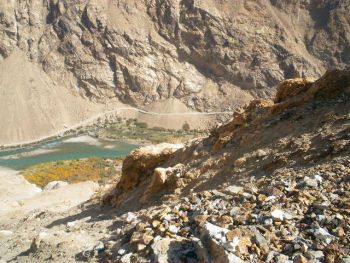
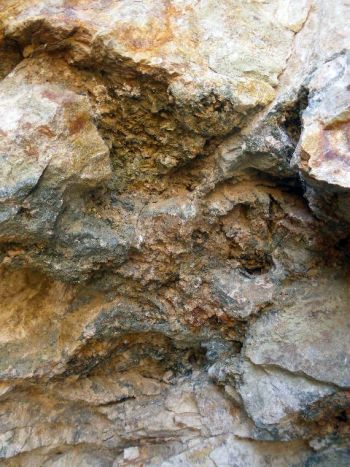

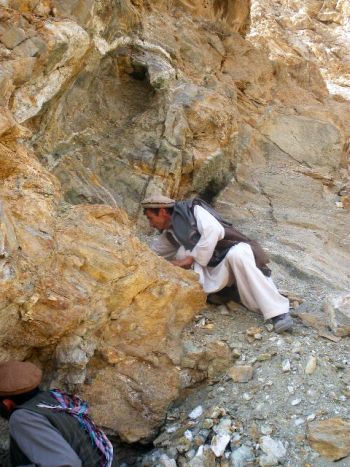

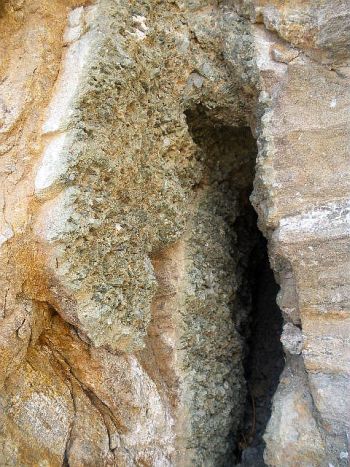
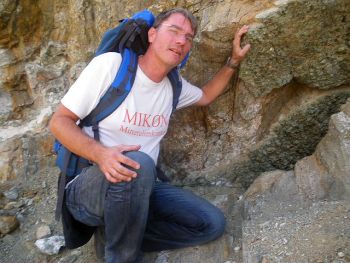
Picture 169: bunch of Lapis we got at Sar-e-Sang. It was a full container load at the end and we got it at a great price and shipped really quickly, considering the war going on and the distance to the port in Karachi.
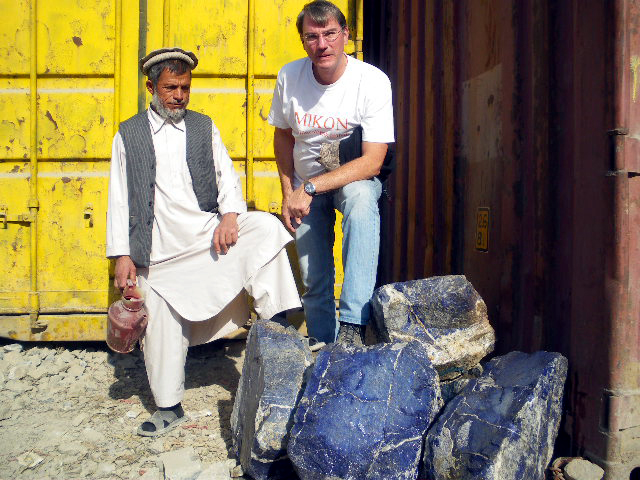
Armenia:
Pictures 170-179:
The start of our trip to Armenia is the city of Jerewan, the capital. Quite a vibrant place, great food, a nice hotel and very nice people. Here we start to see Obsidian, Turquoise and Tellurium-Gold minerals all over the country.
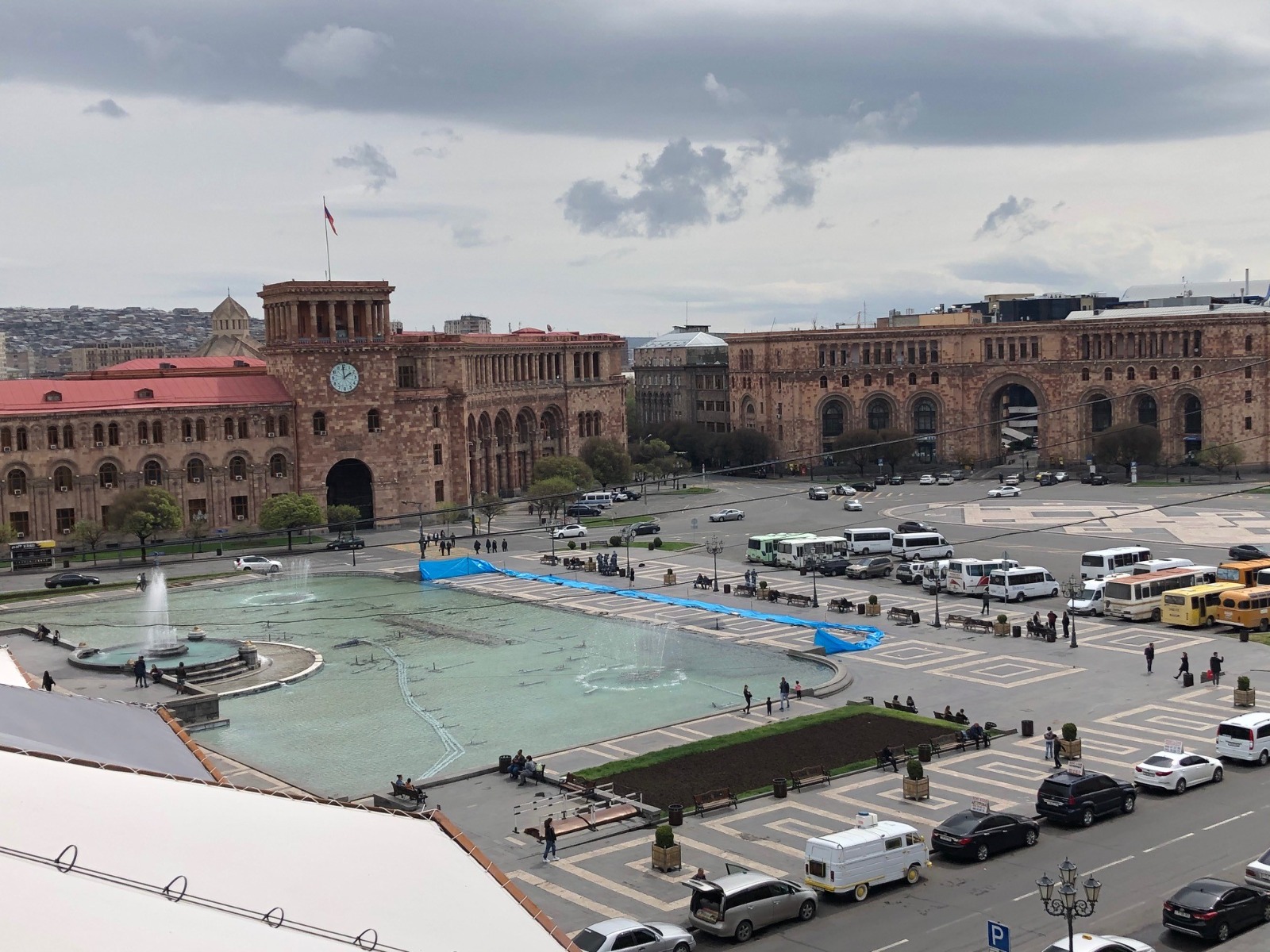
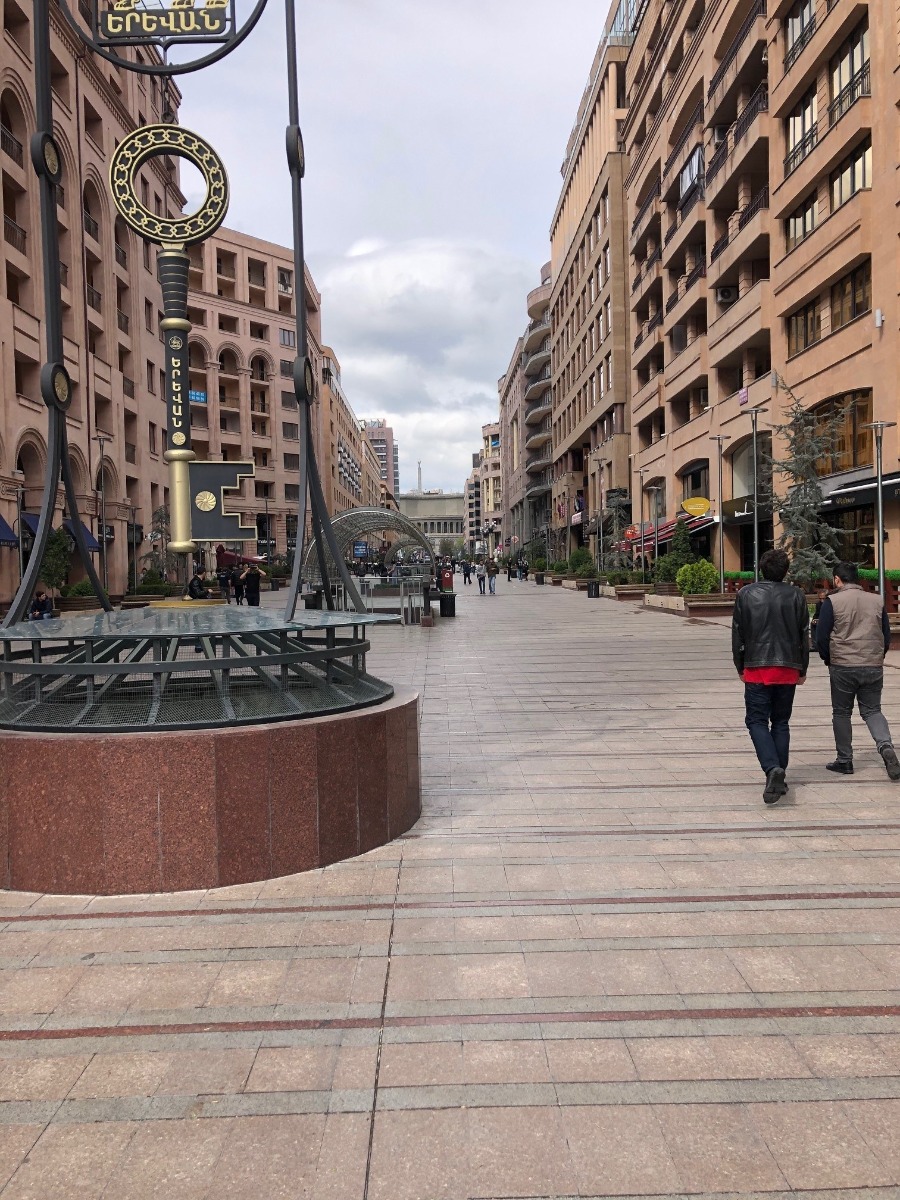
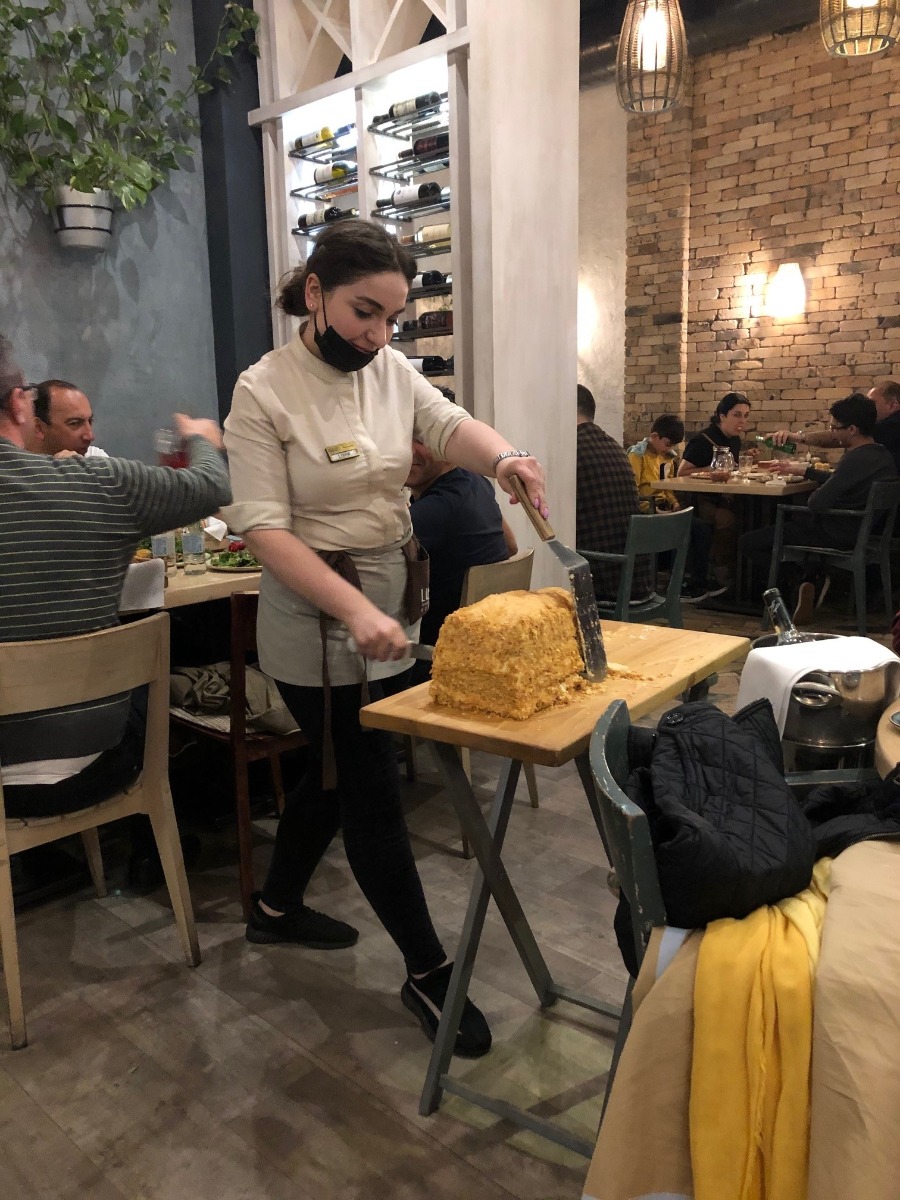
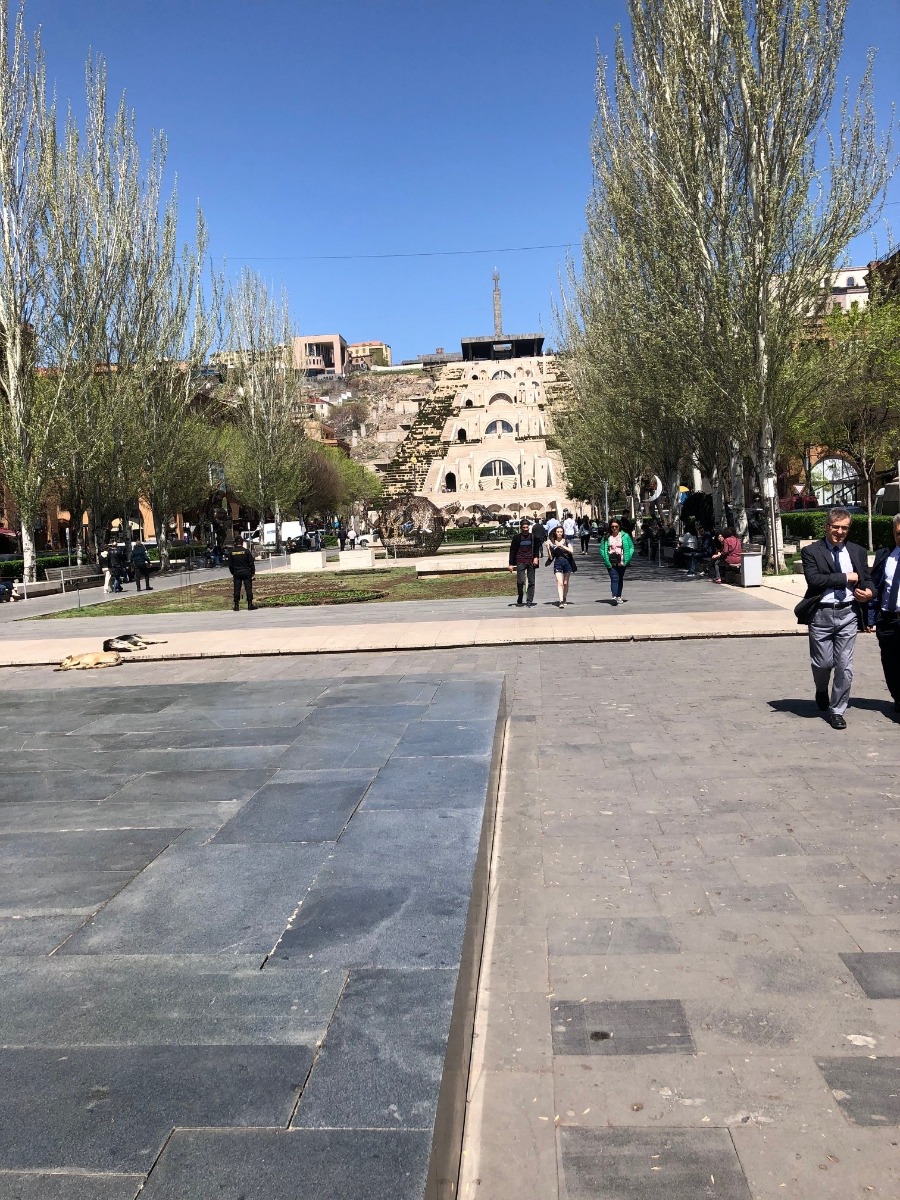
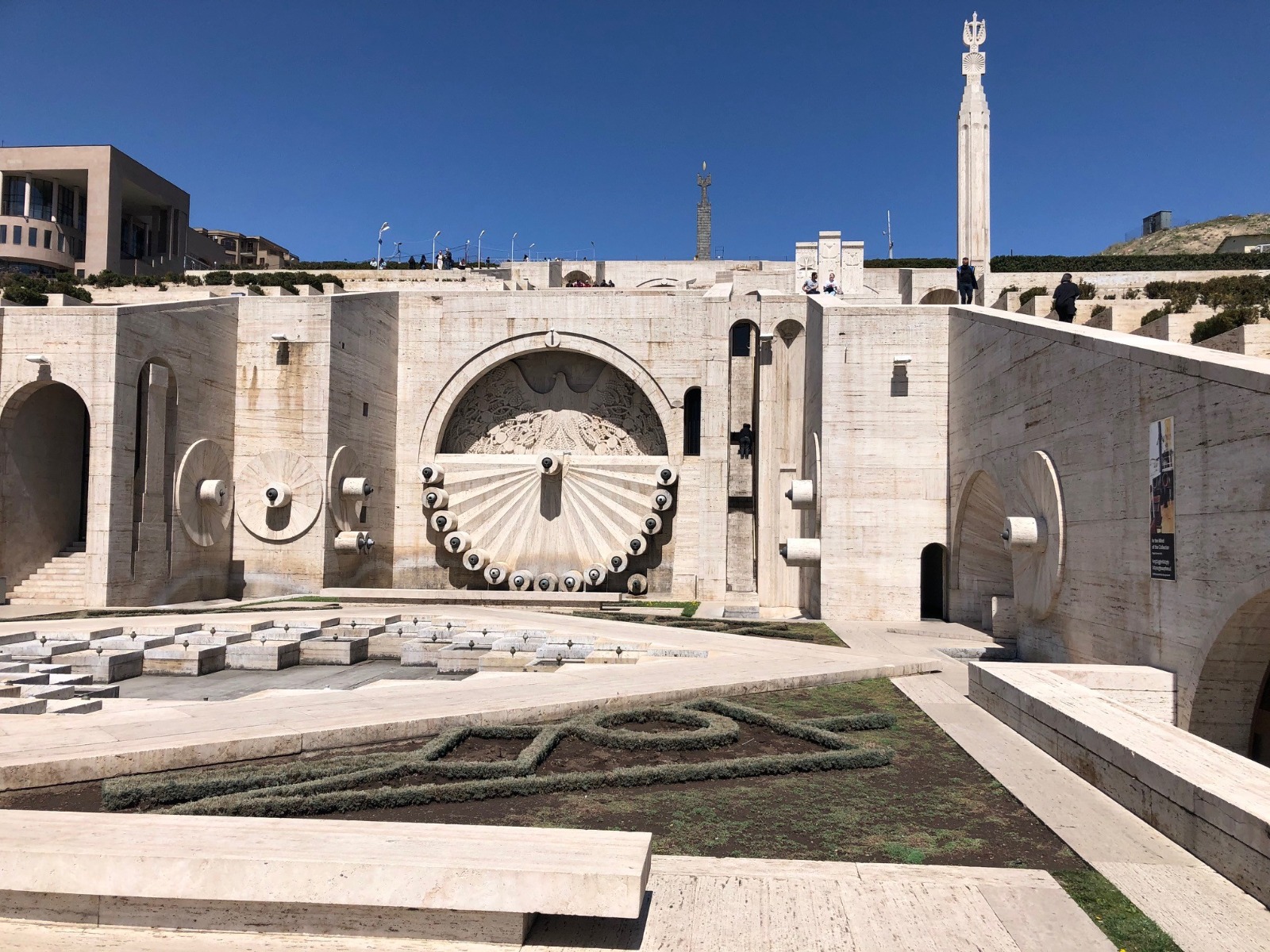
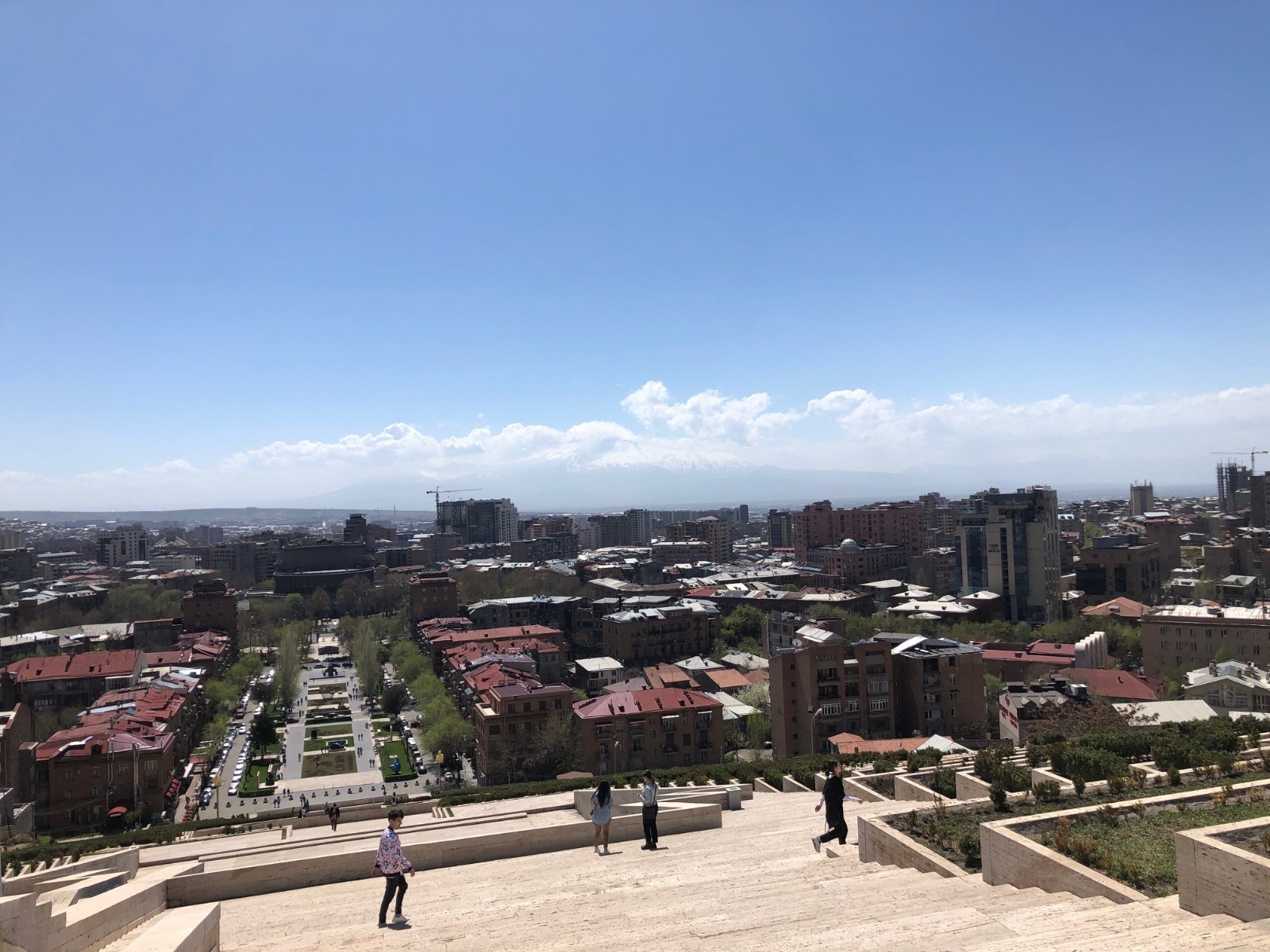
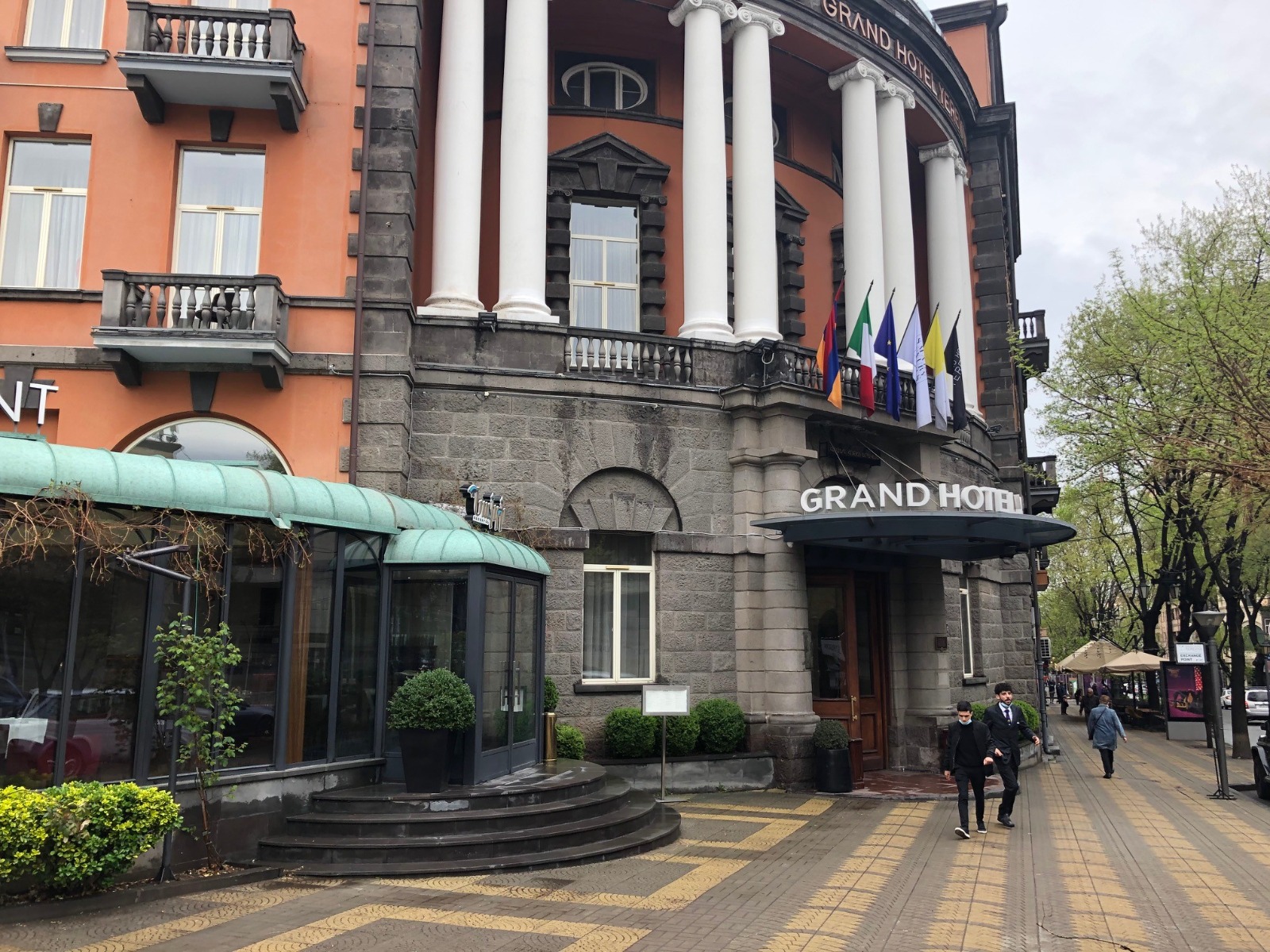
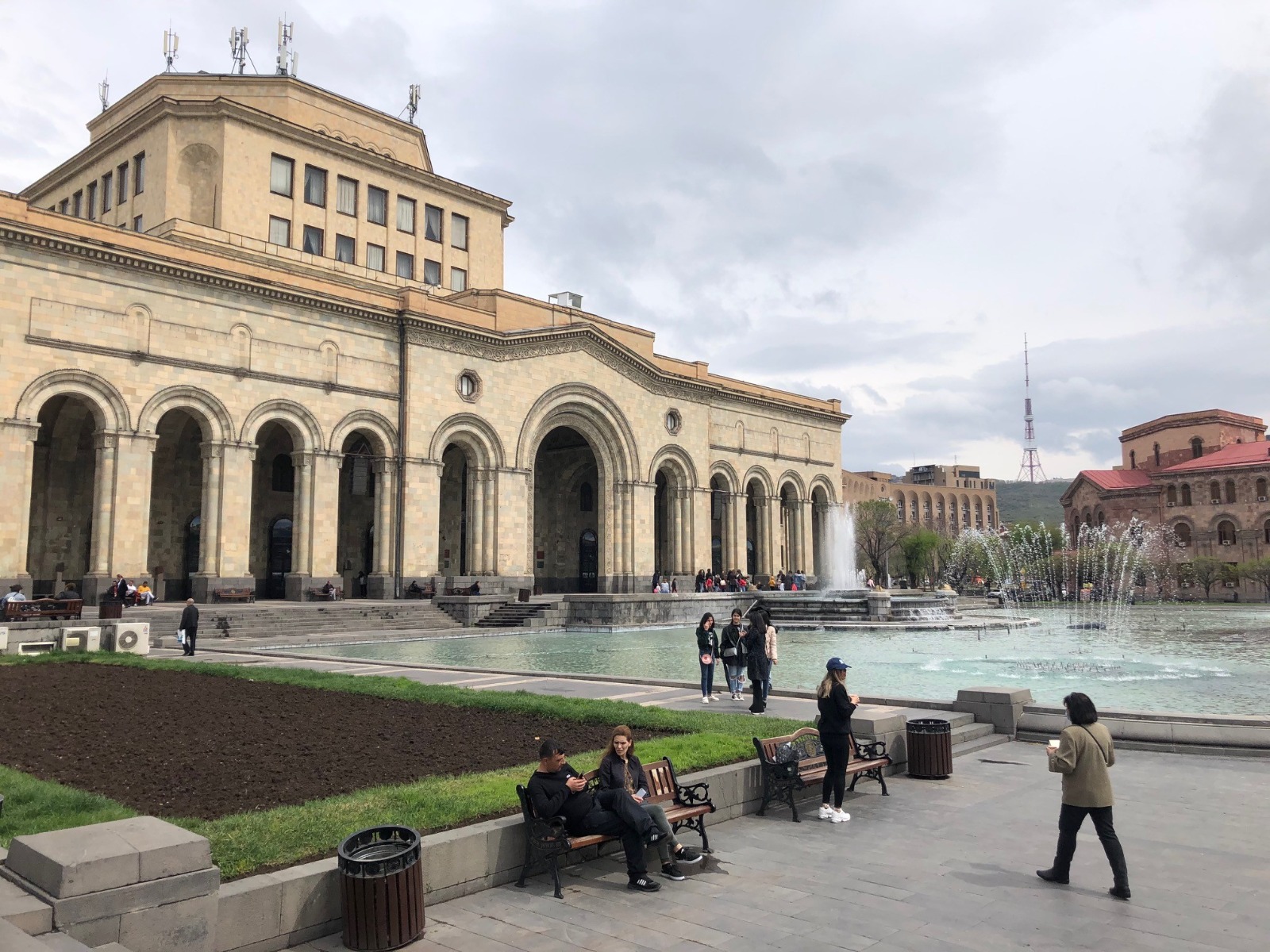
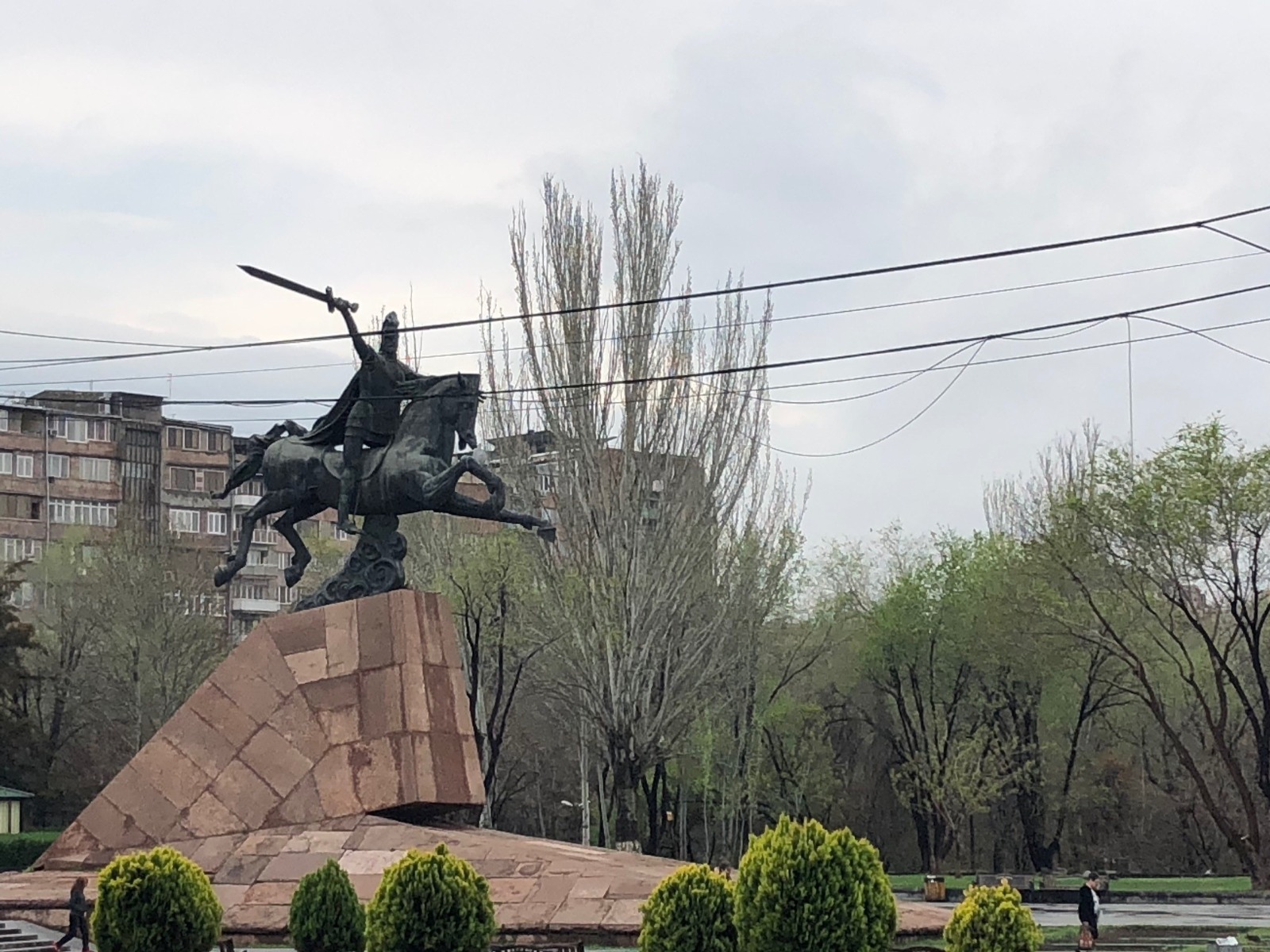
pictures 180-196, 199-209, 234-237, 265:
Our main goal was to see the waste obsidian deposites in Armenia and to fill 1-3 container of the different types that occur there. Unfortunately exporting anything from this country is really difficult, the goverment does not understand the small scale miners and the fact they cannot pay ten thousands of dollars to get a paper allowing them to export rocks that are worth pennies. We finally managed to get it through Georgia, but really not pleasant. The deposits however are plentyful, here are our impressions:
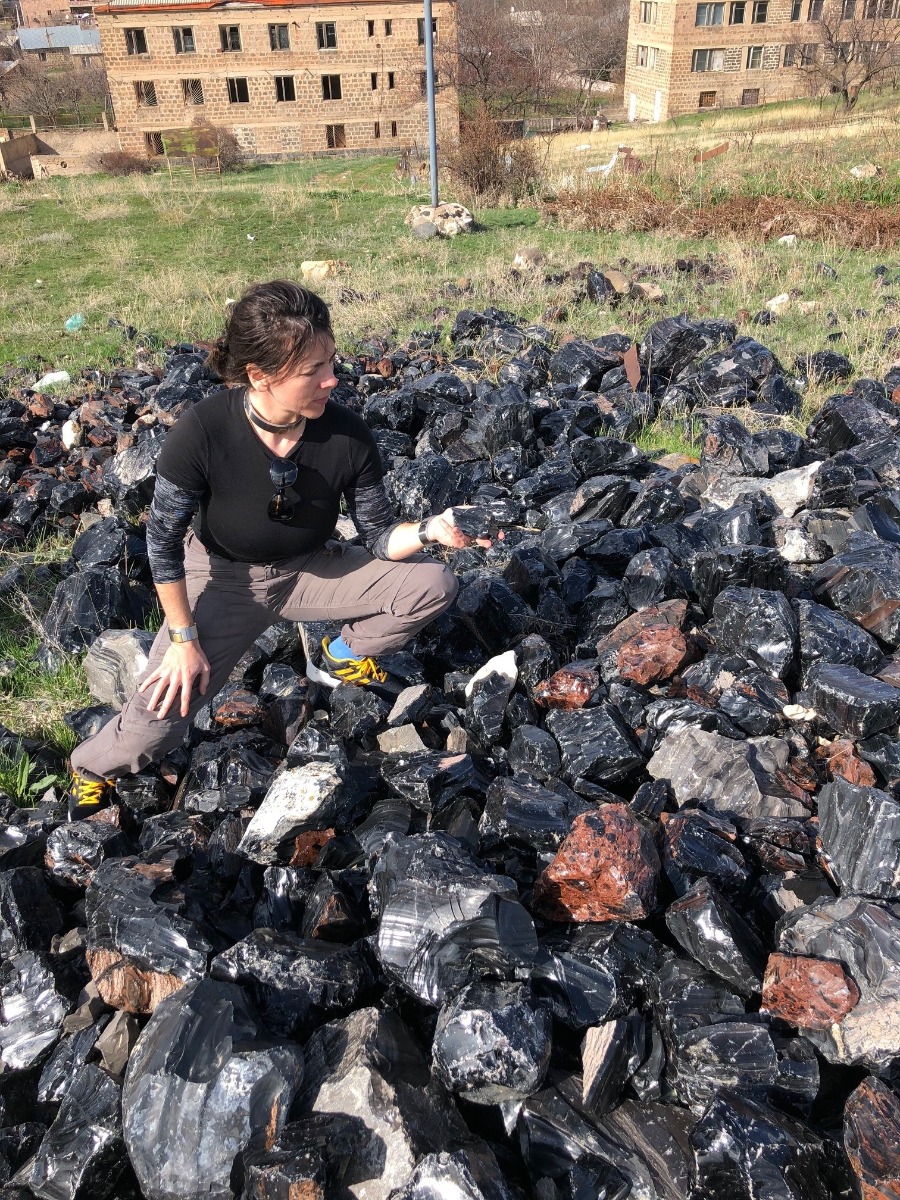
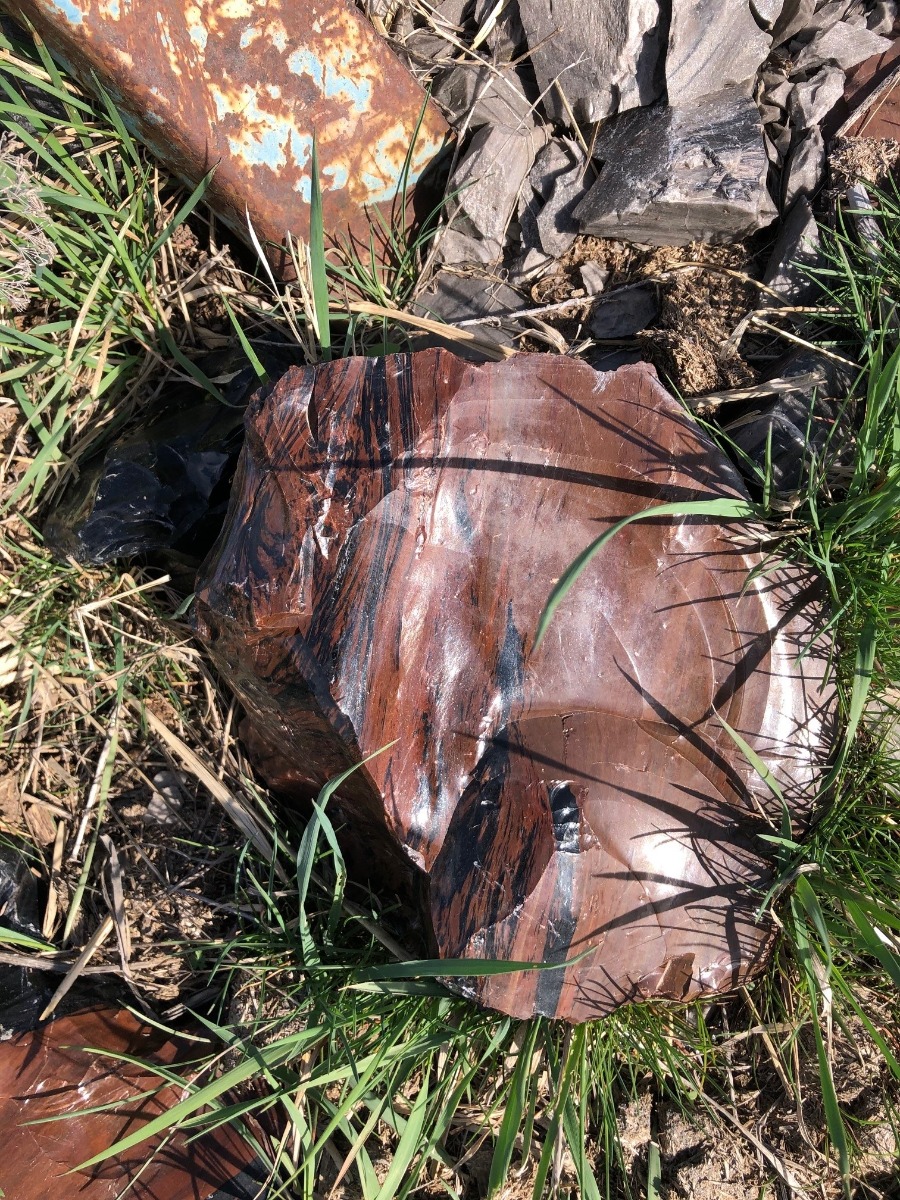
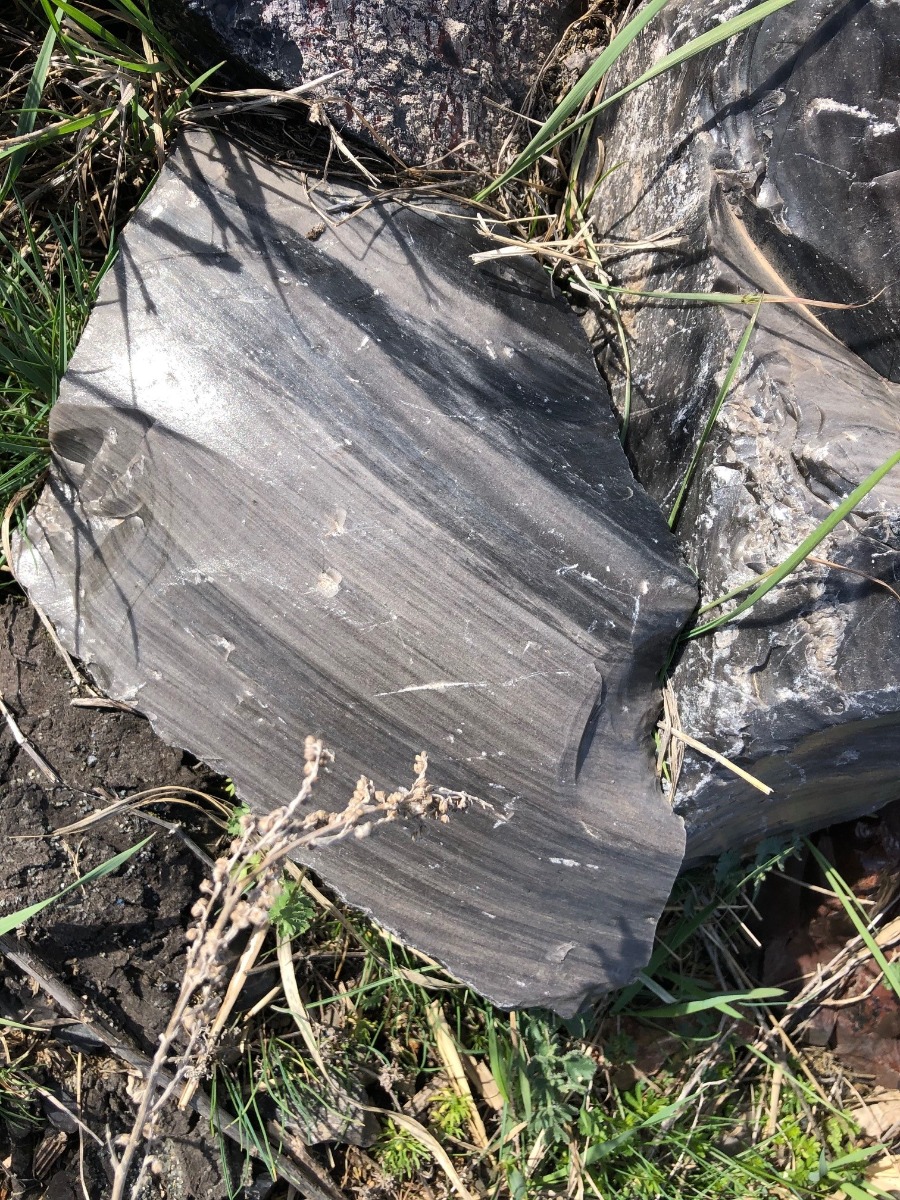
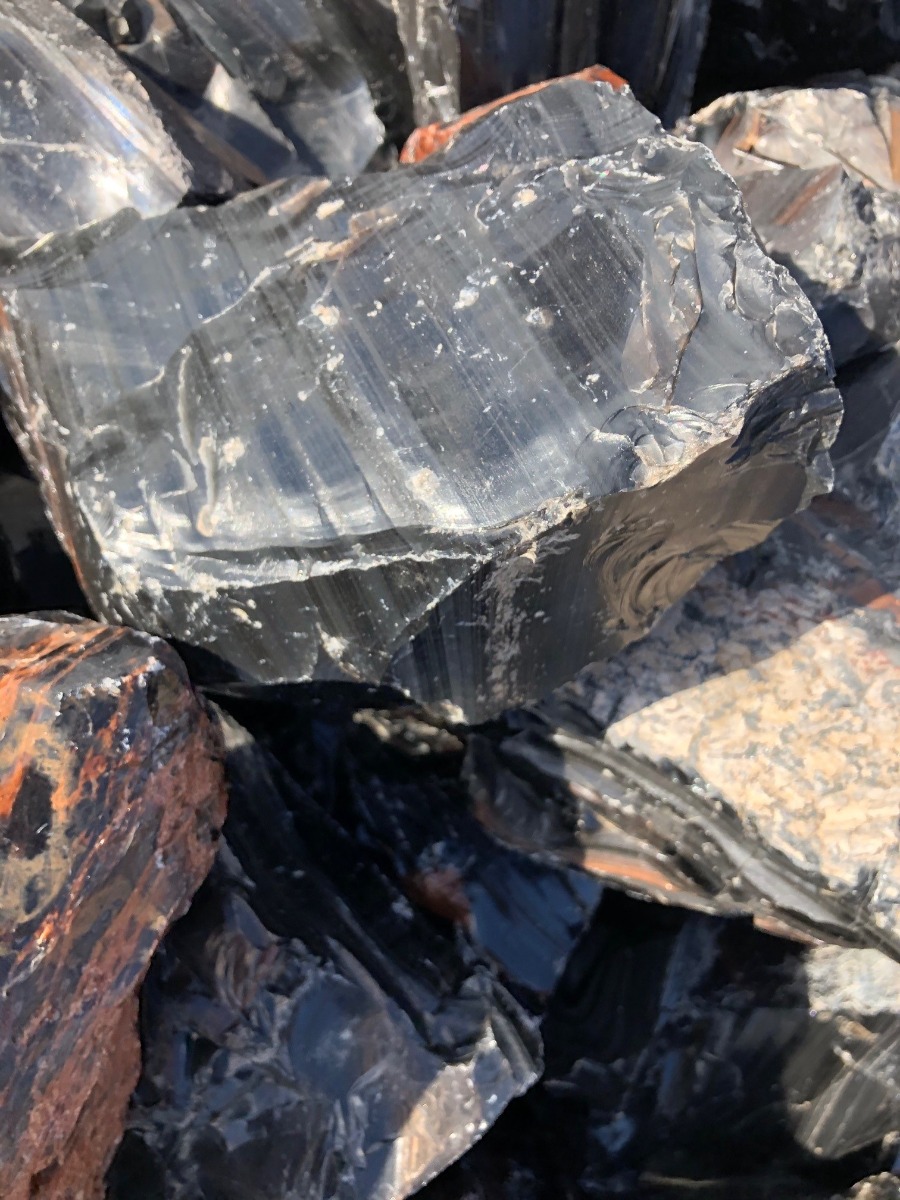
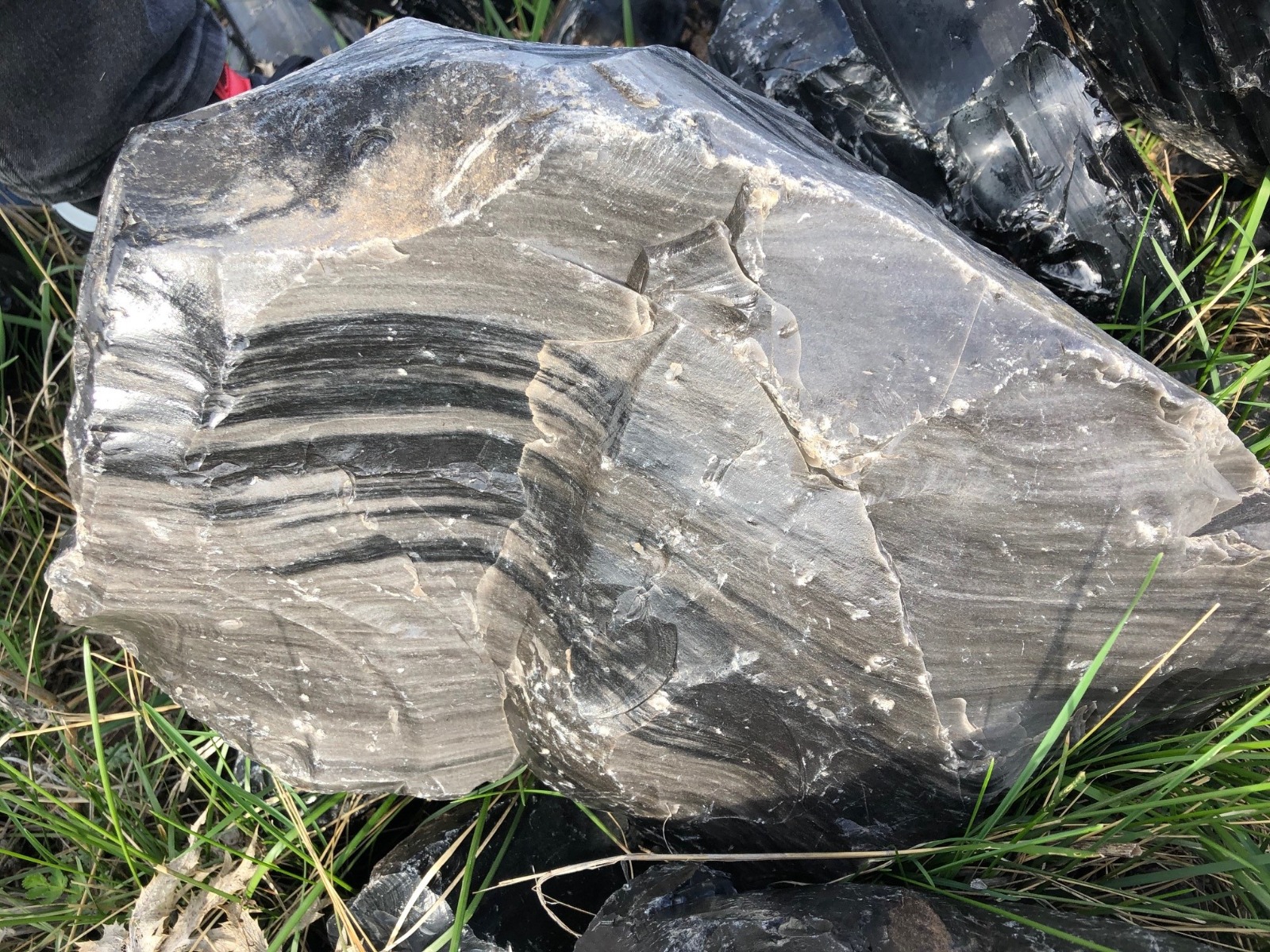
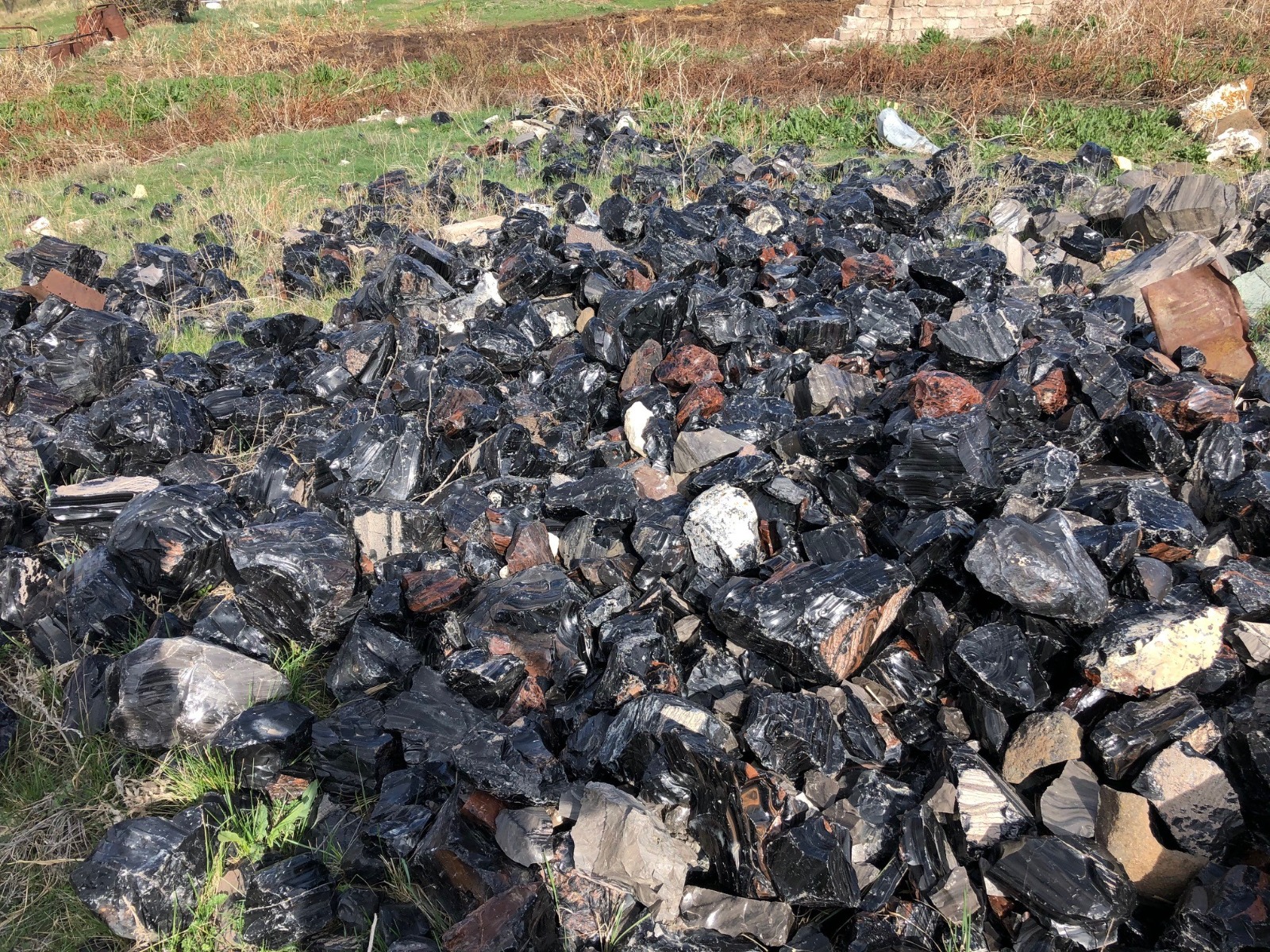
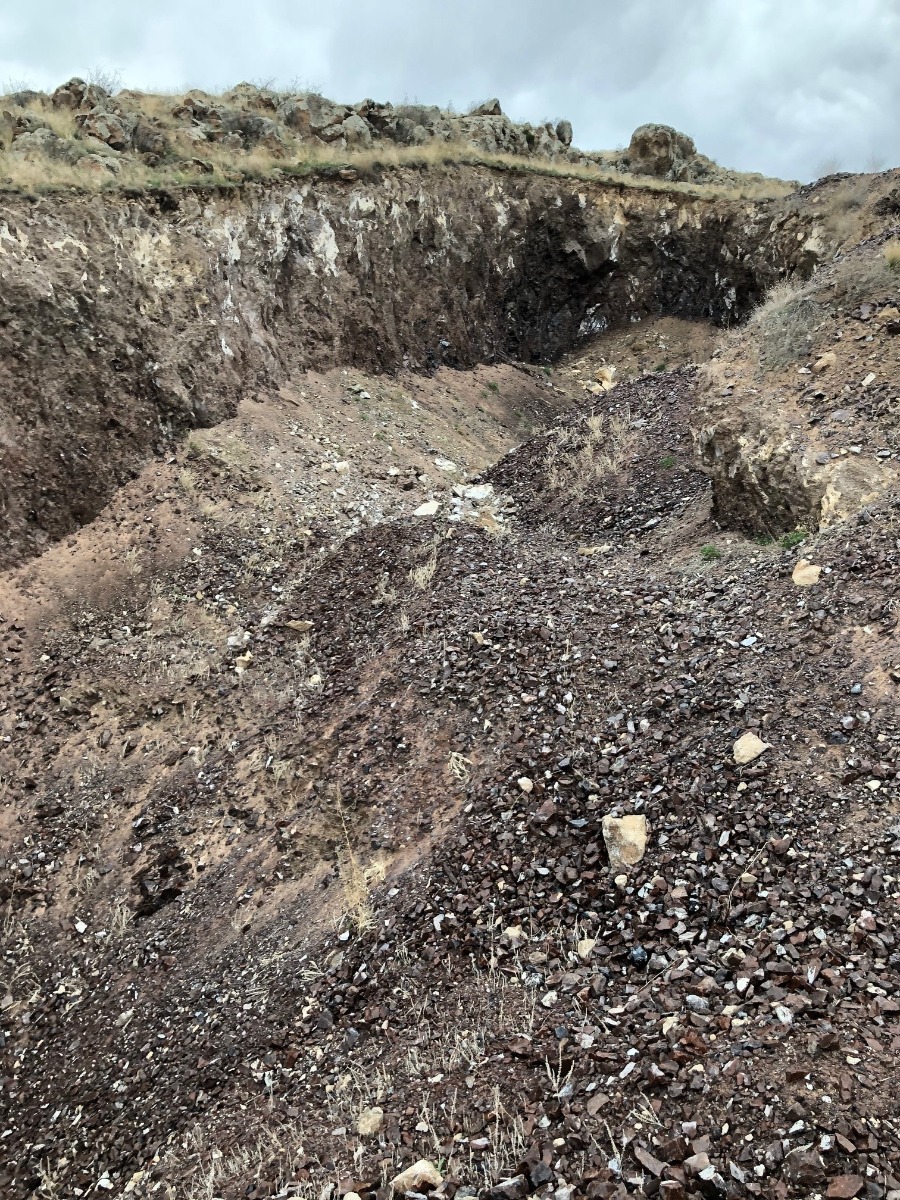
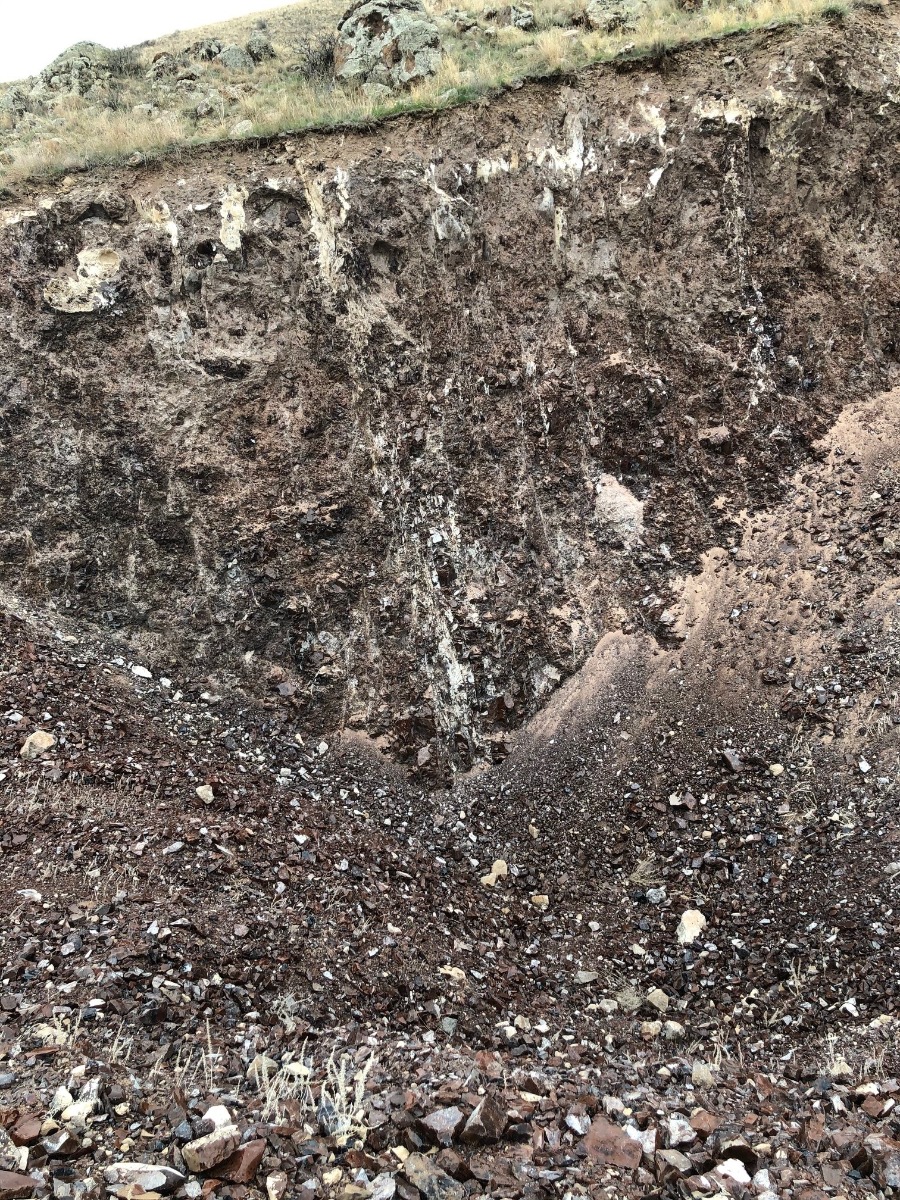
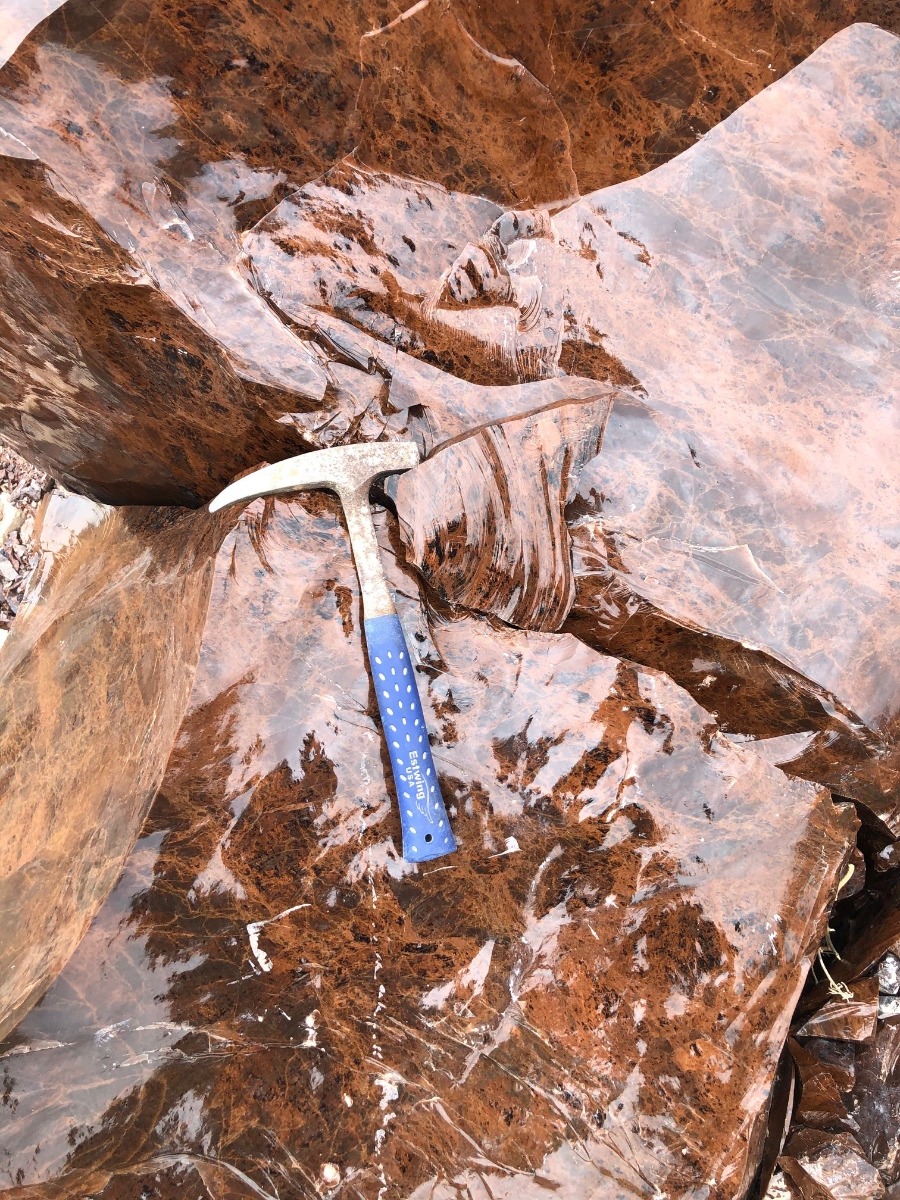
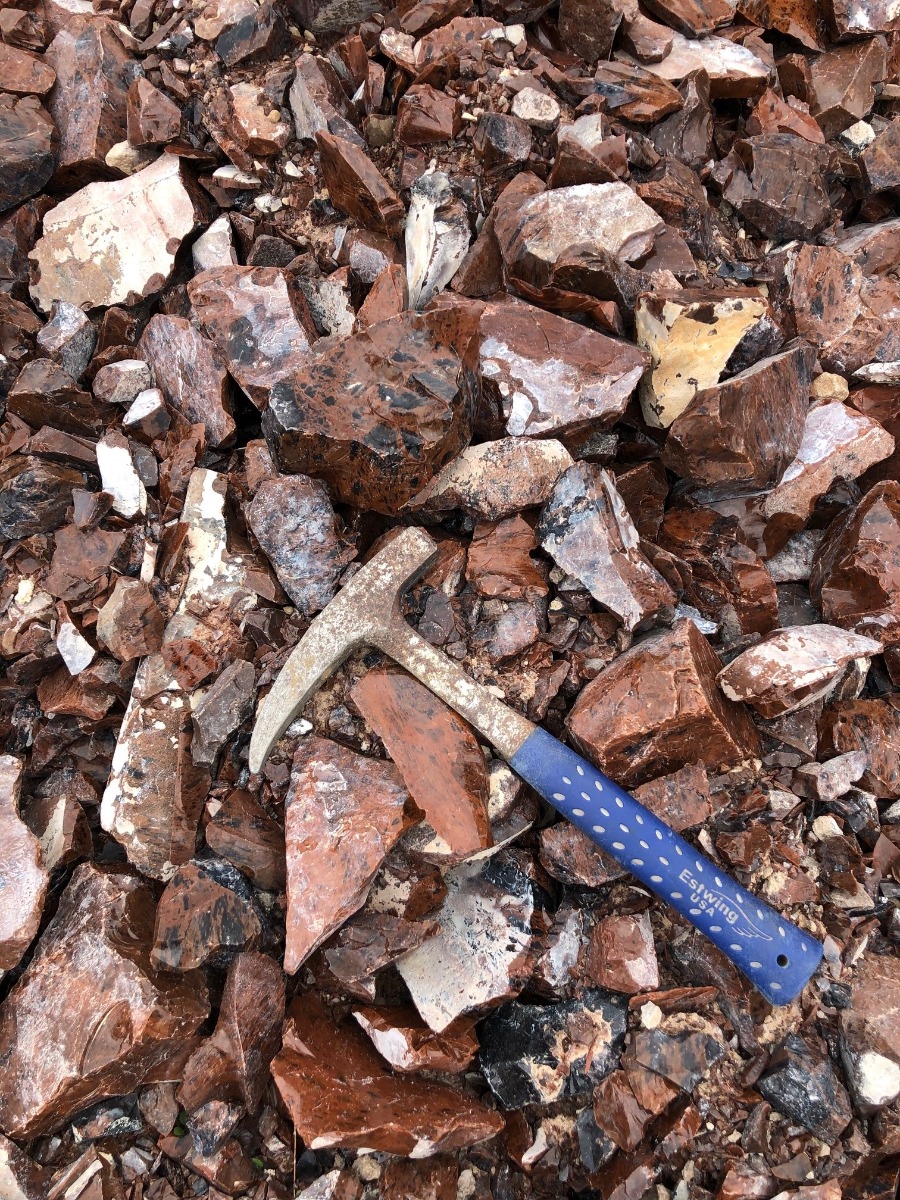
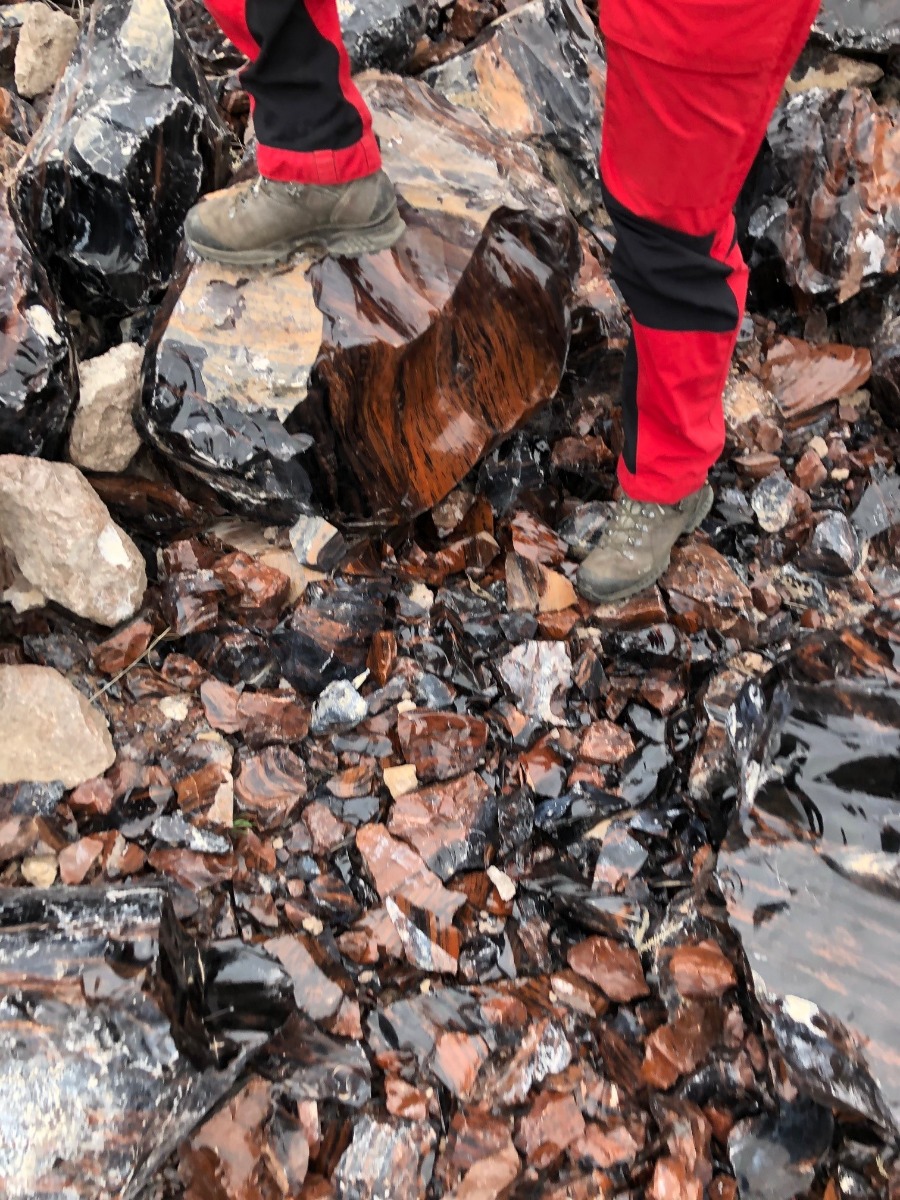
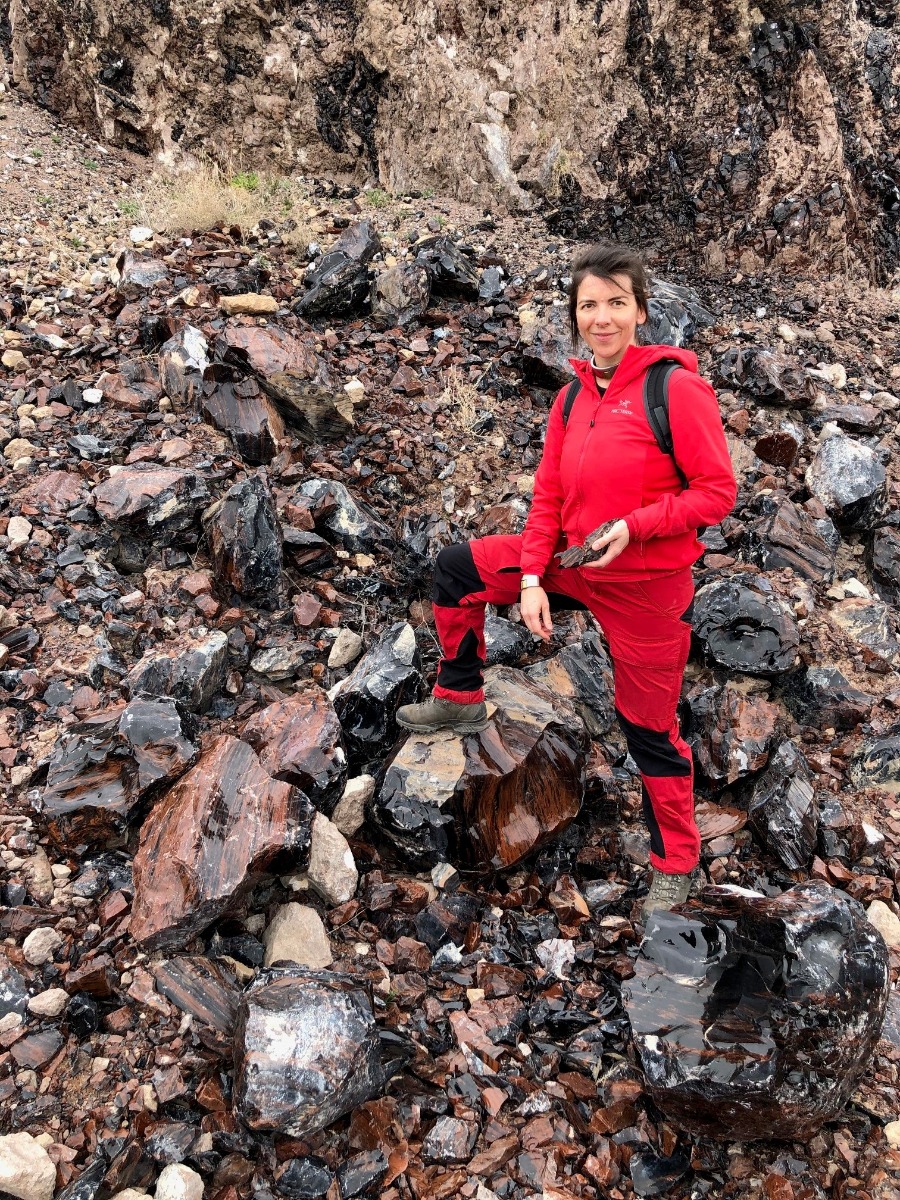
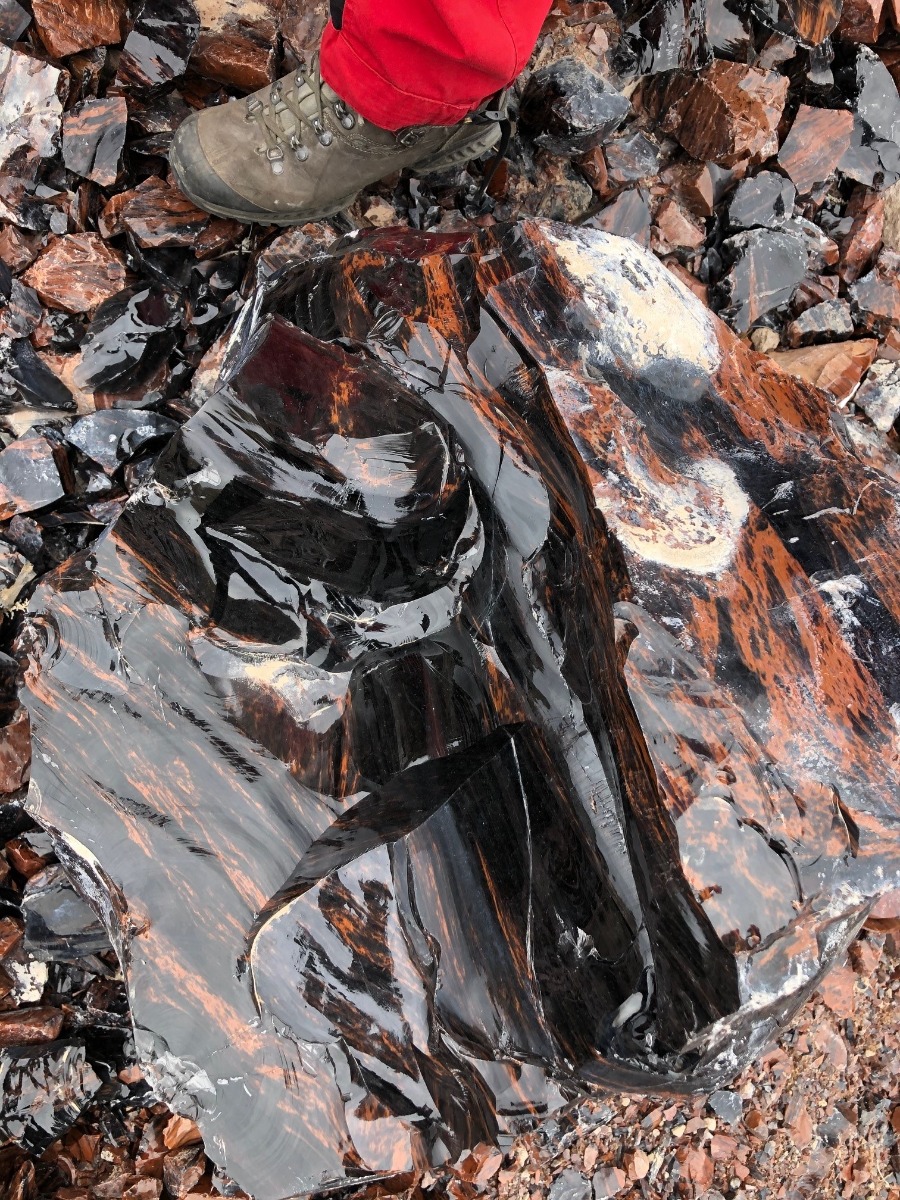
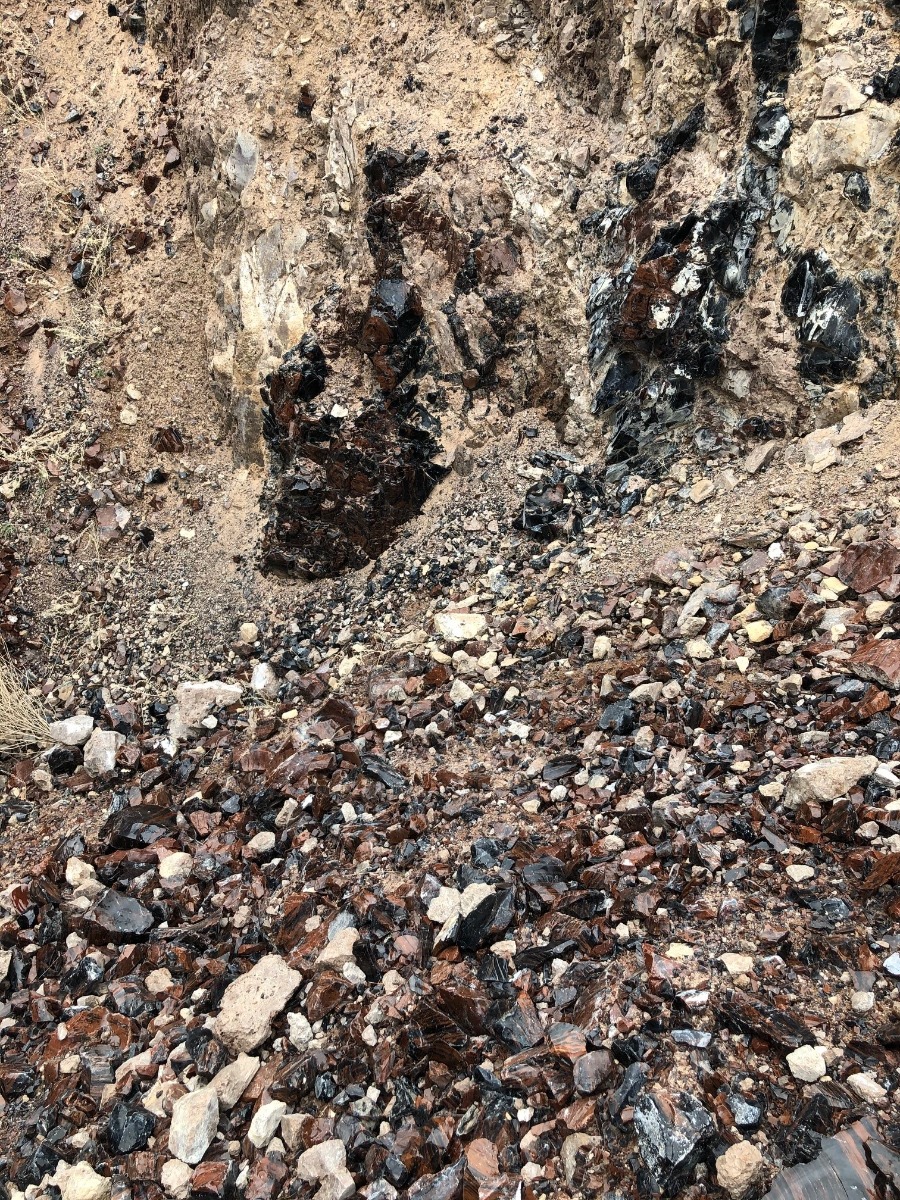
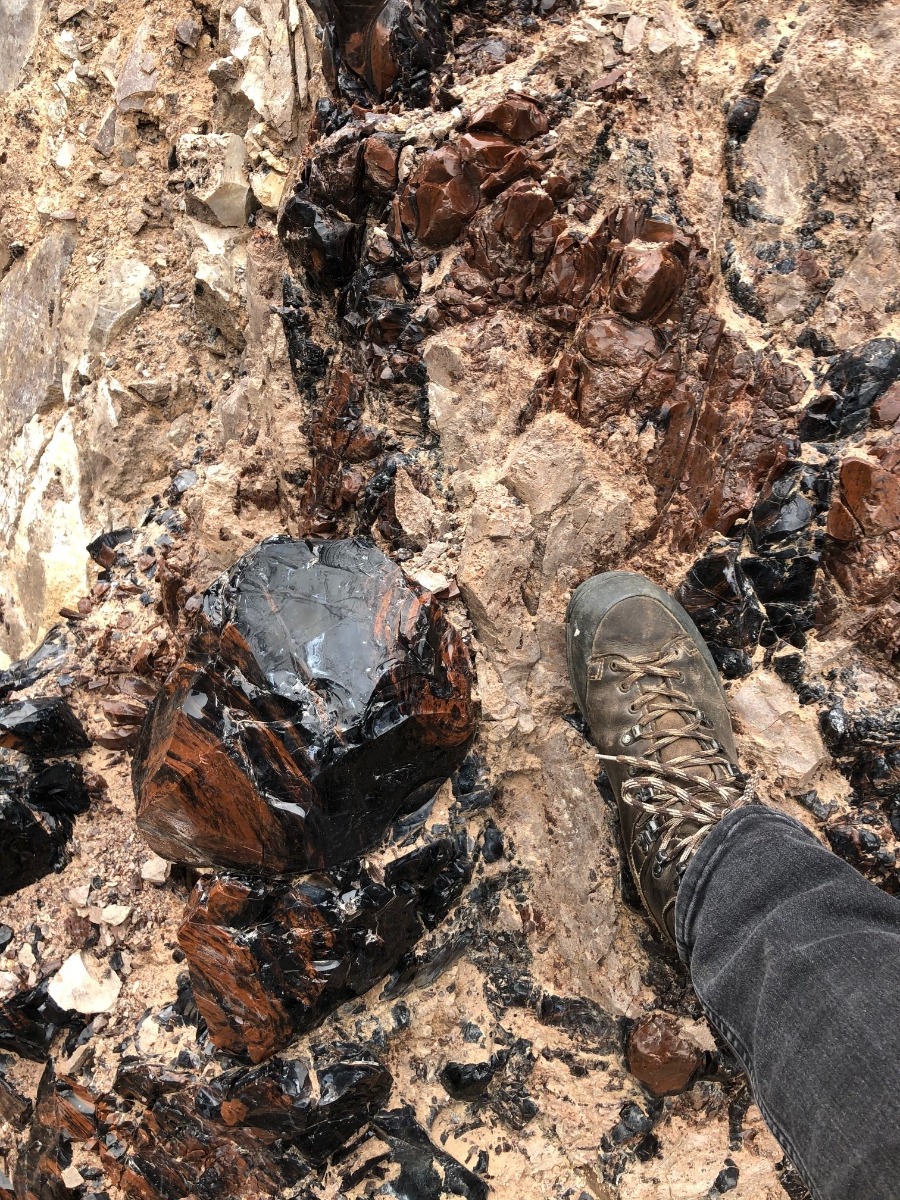
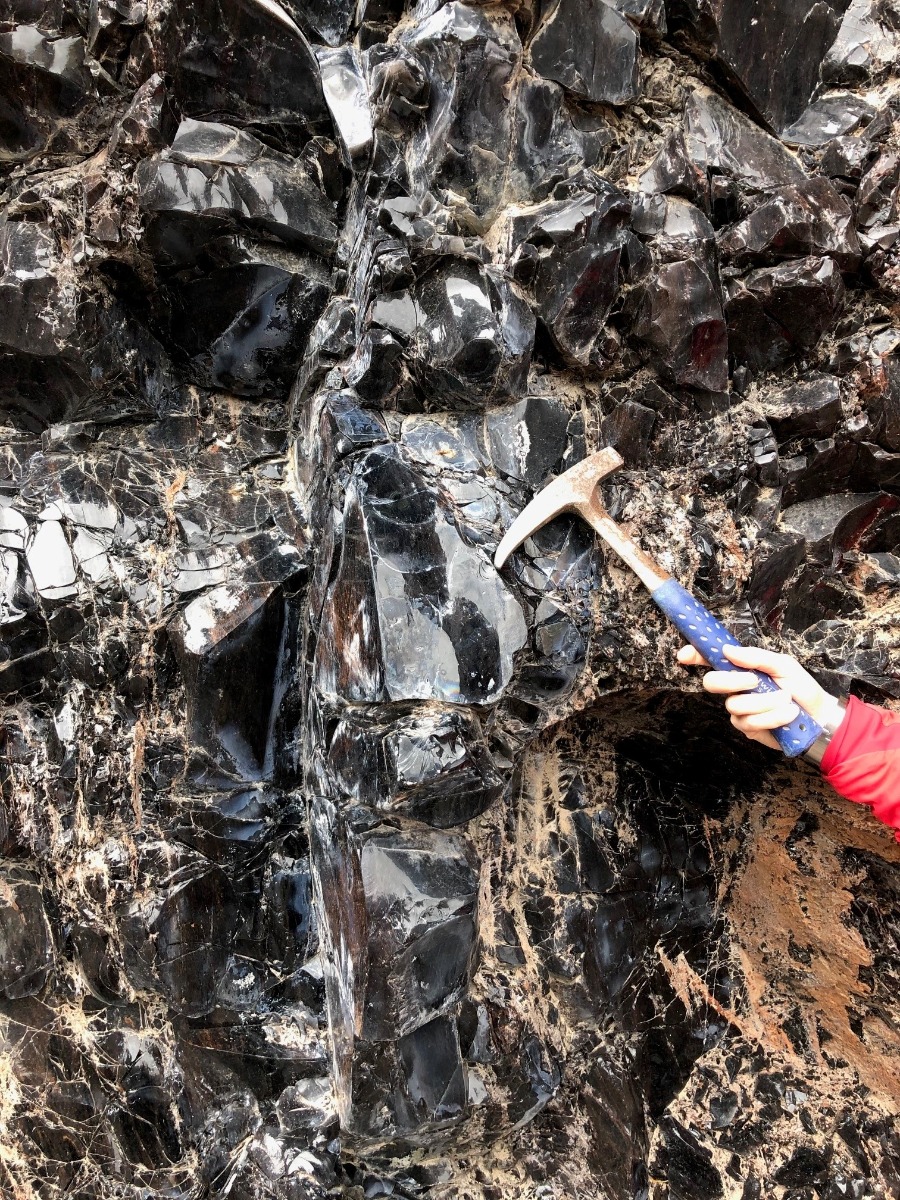
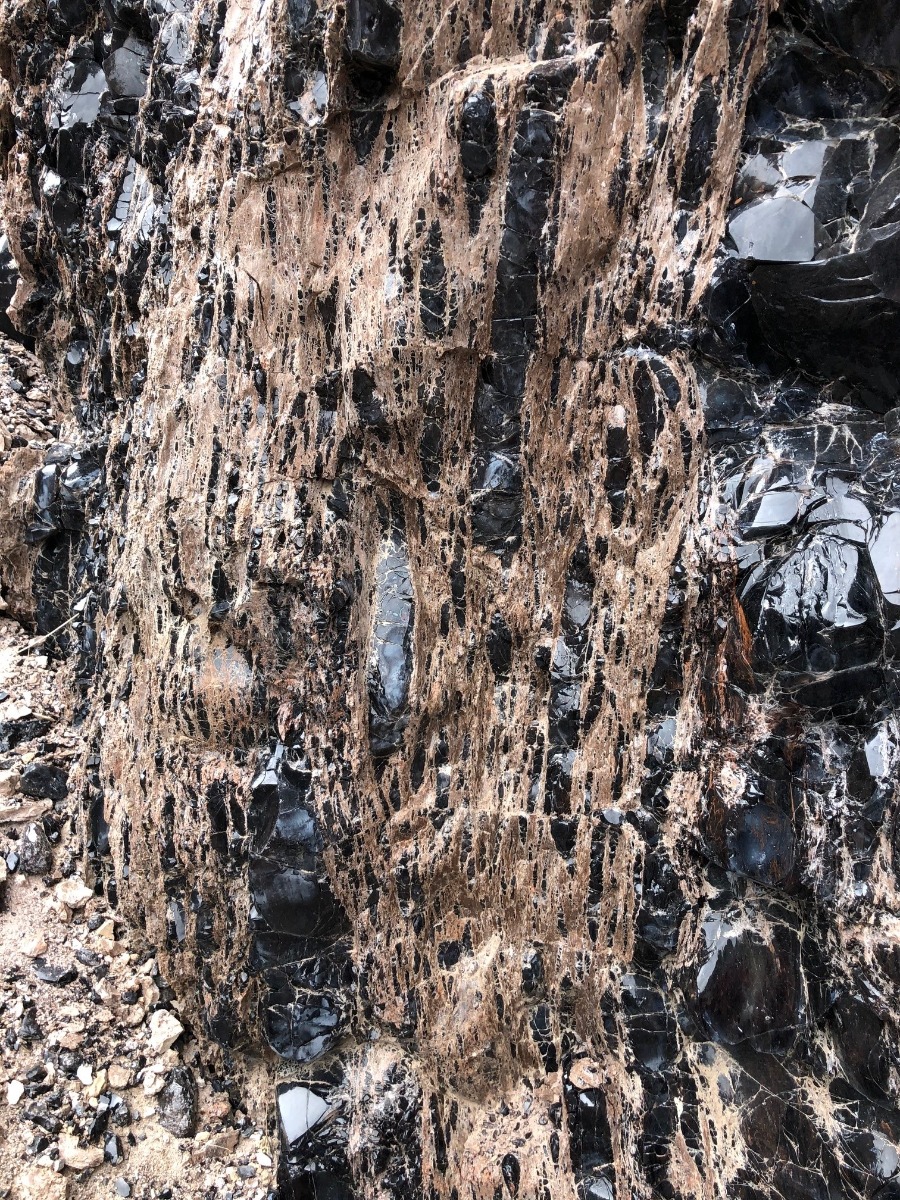
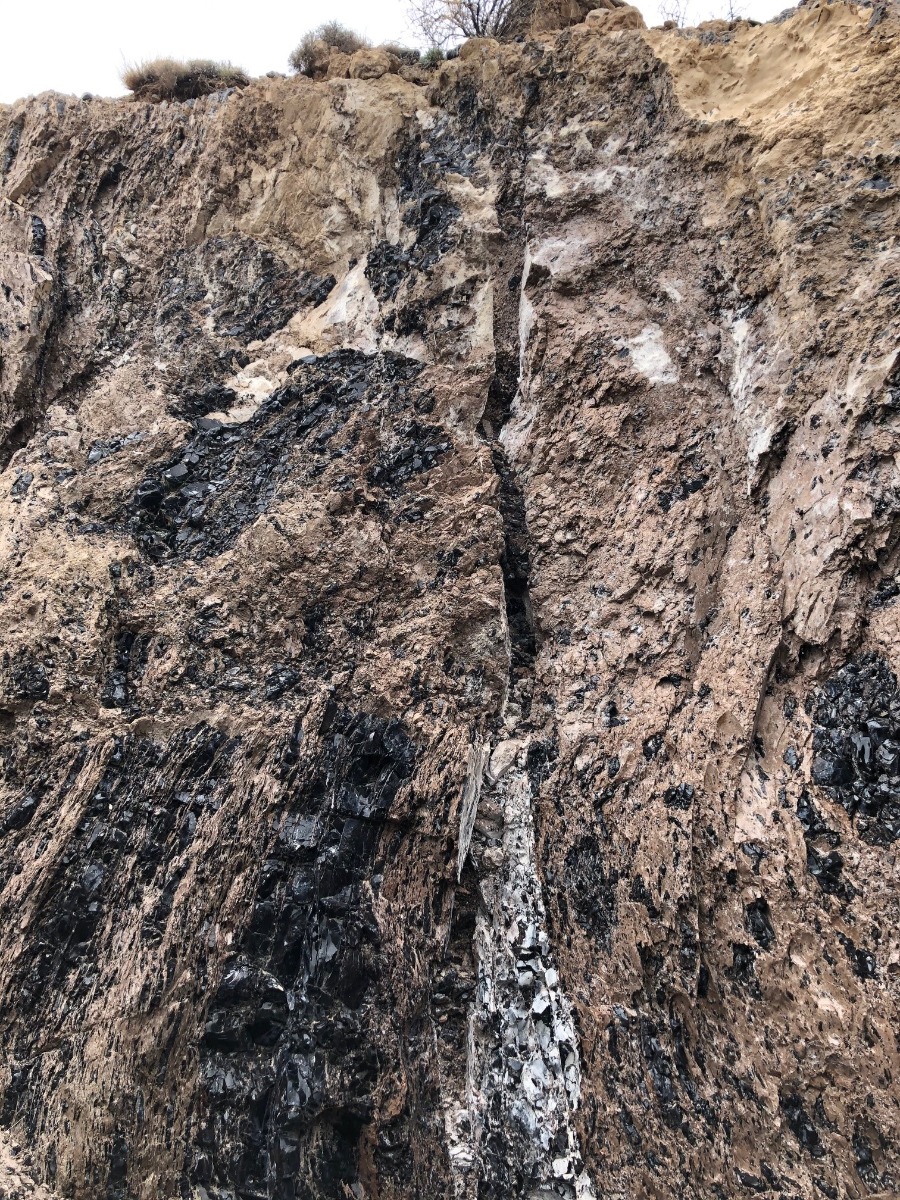
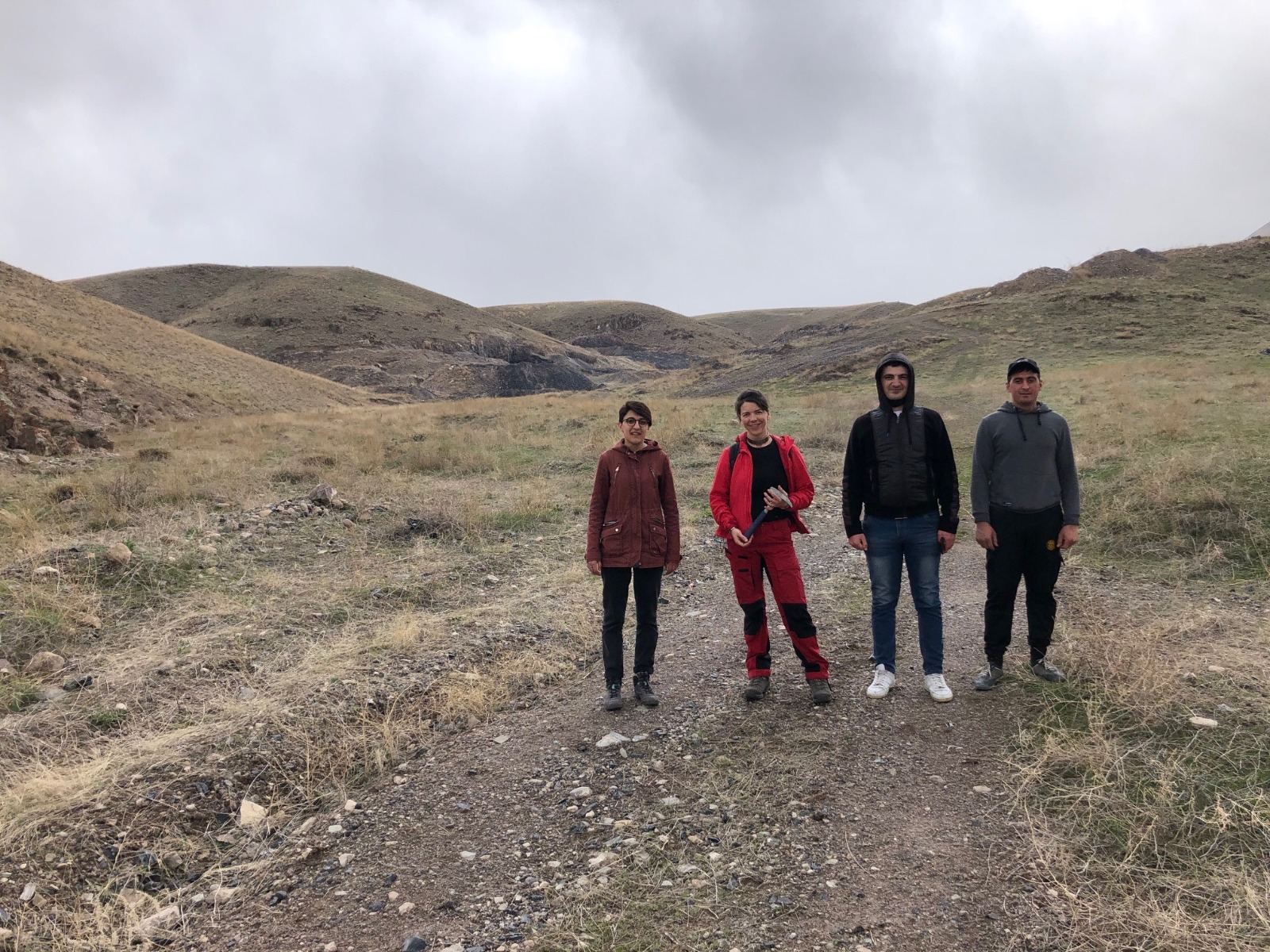
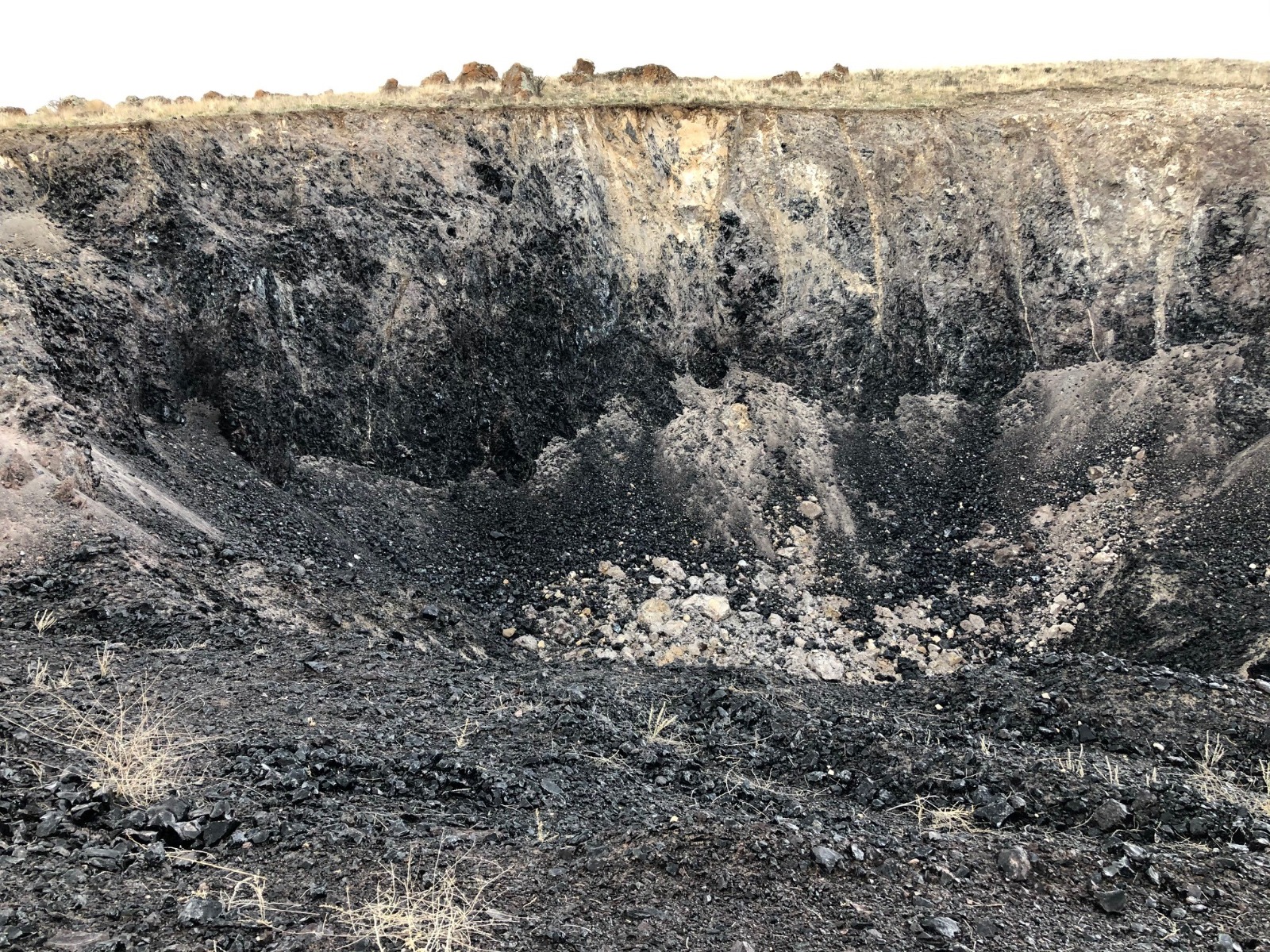
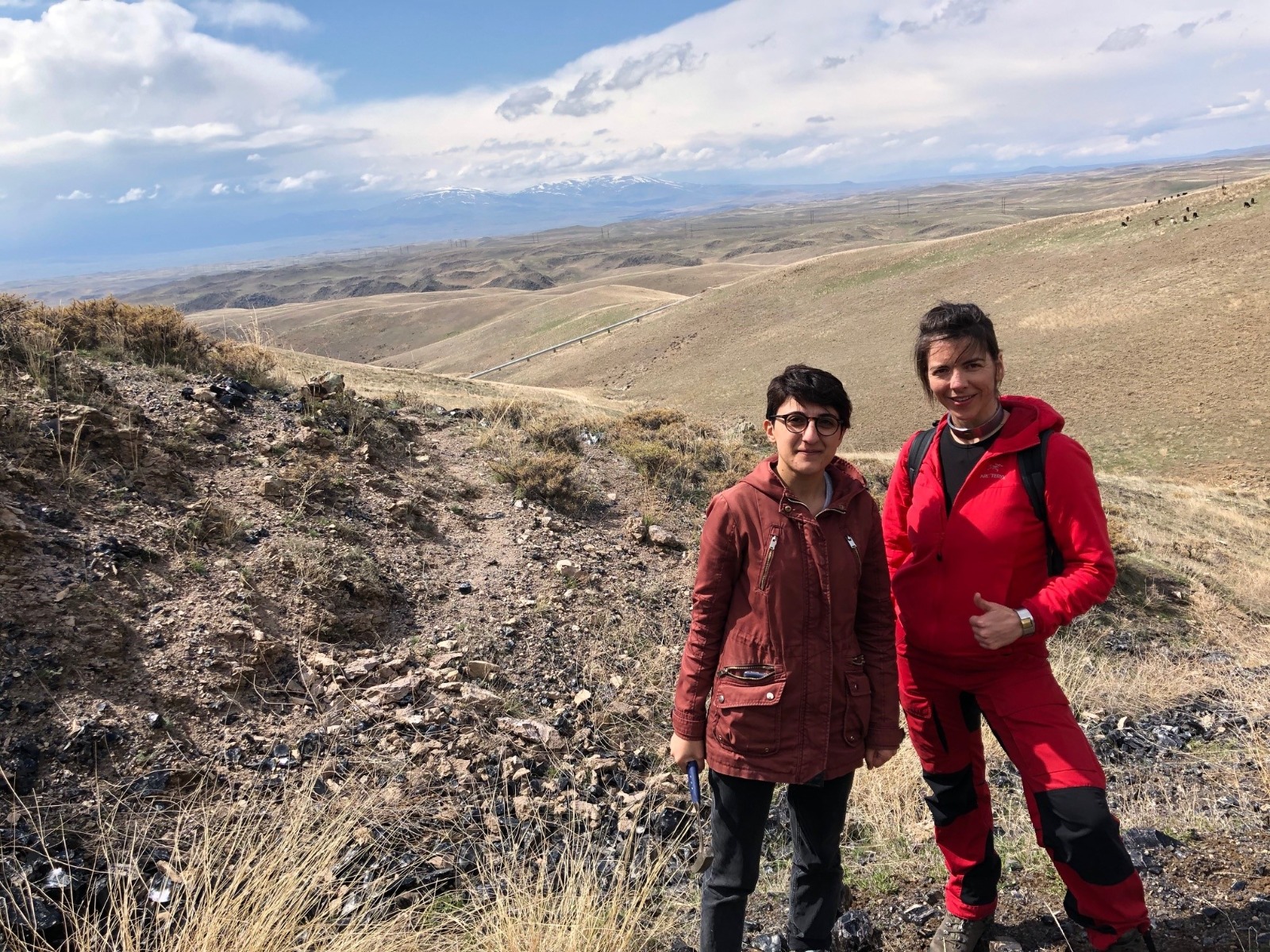
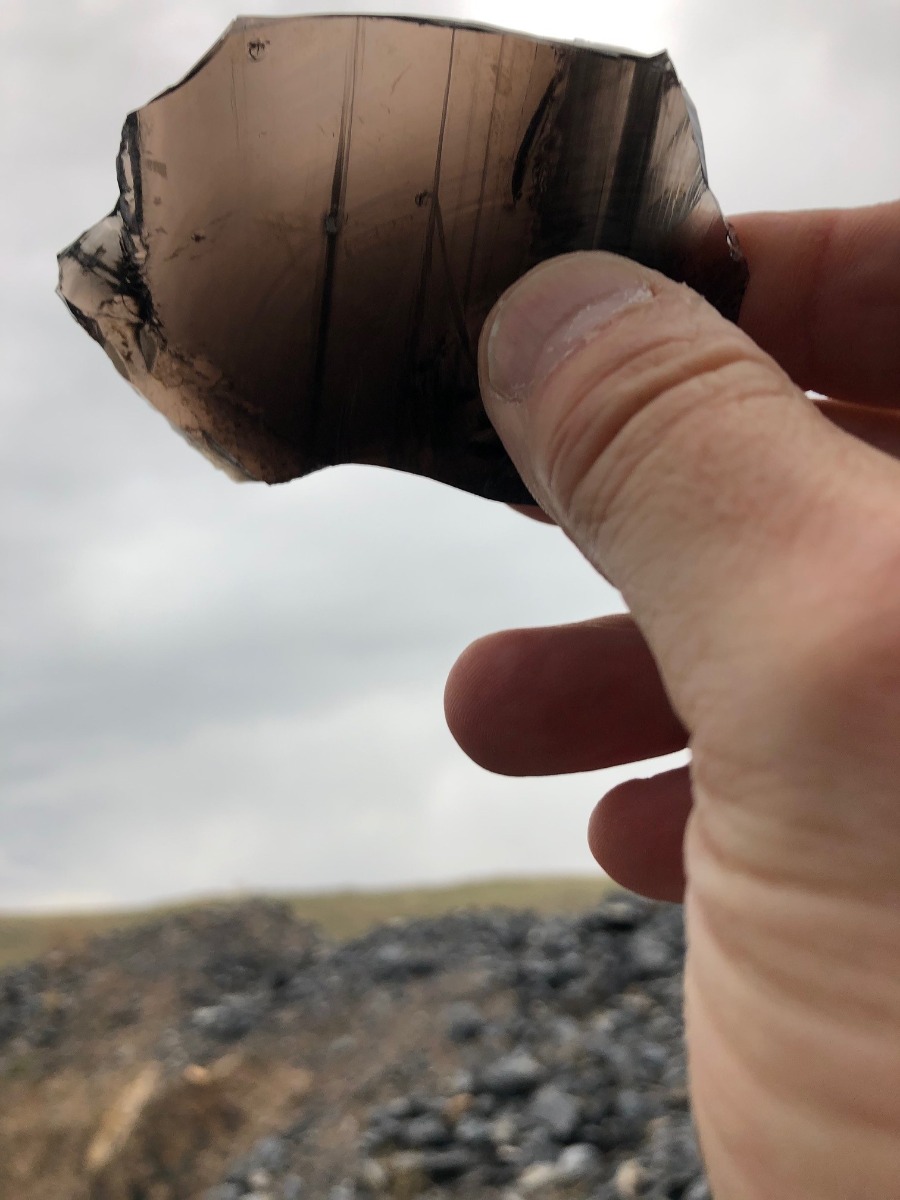
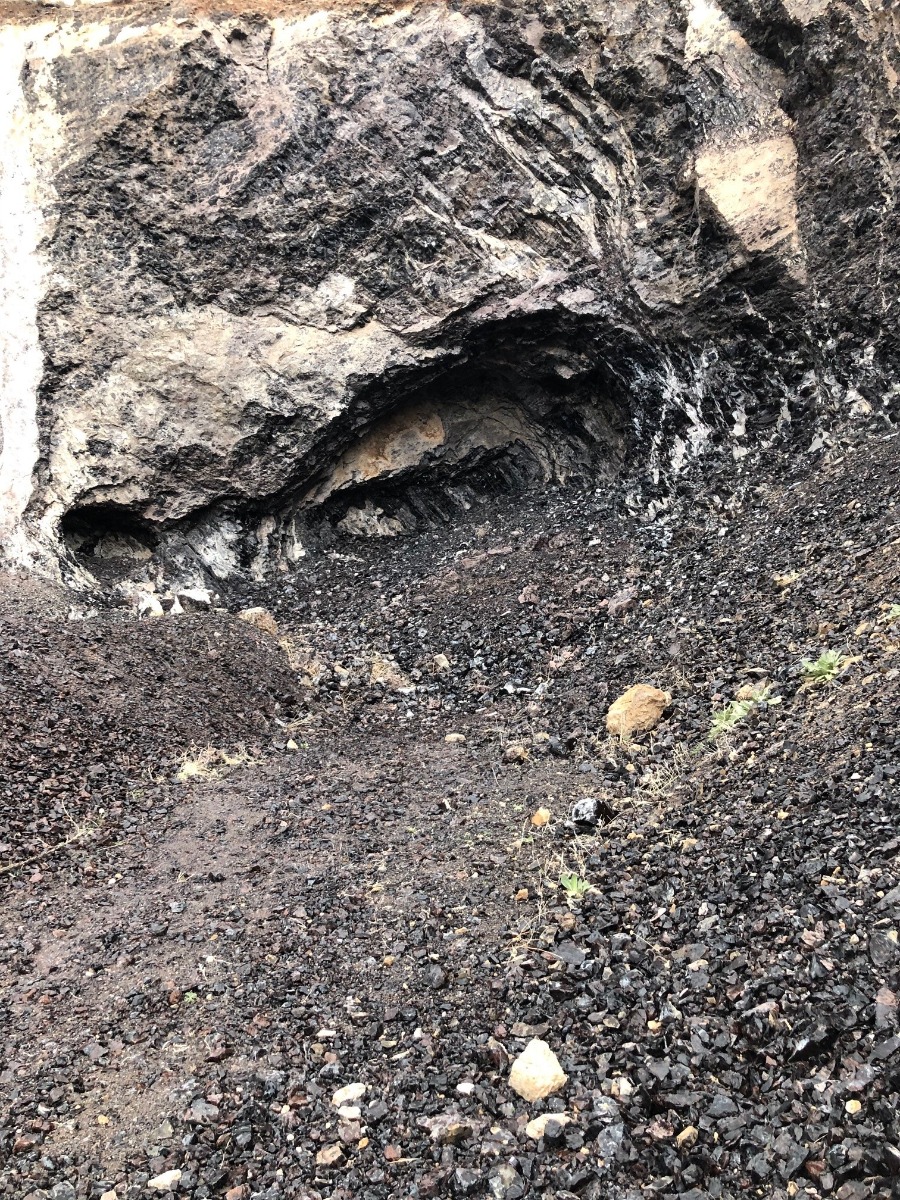
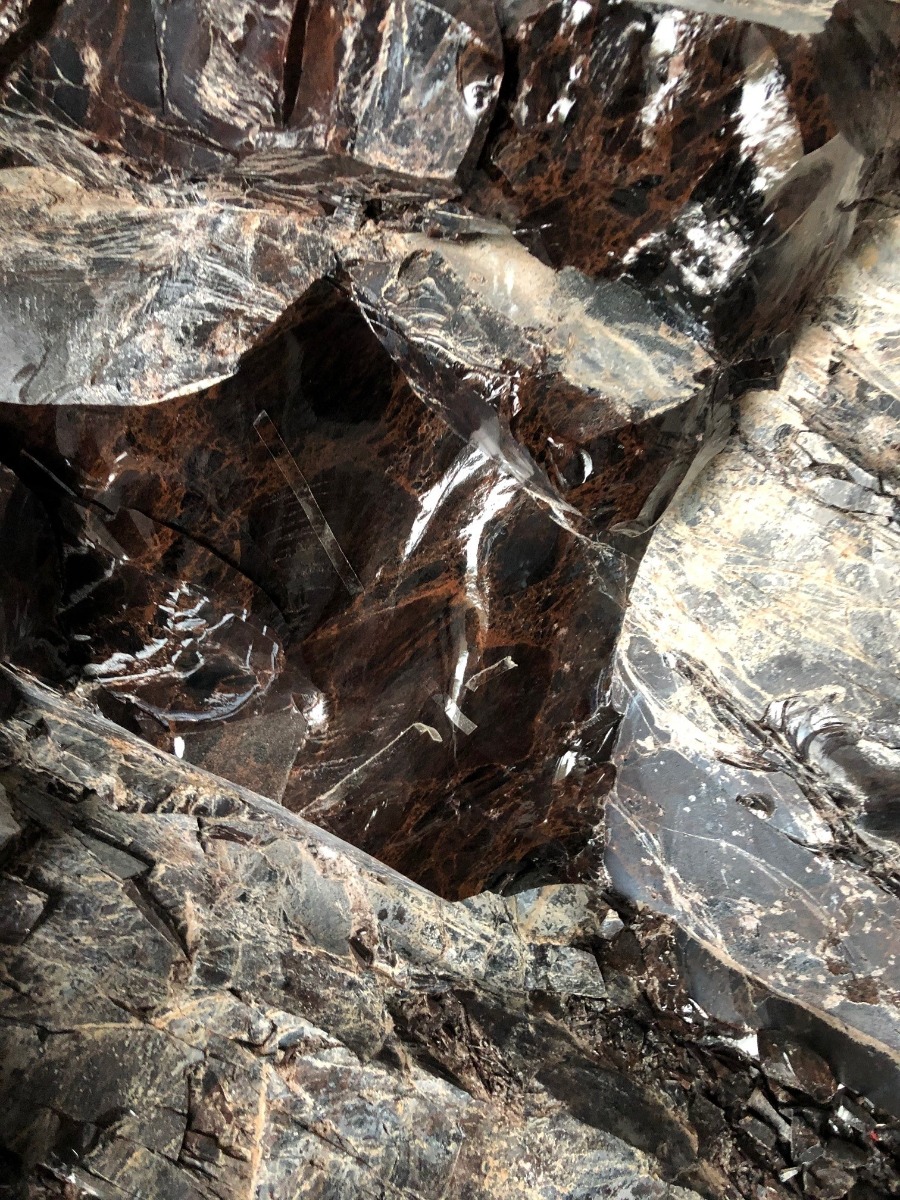
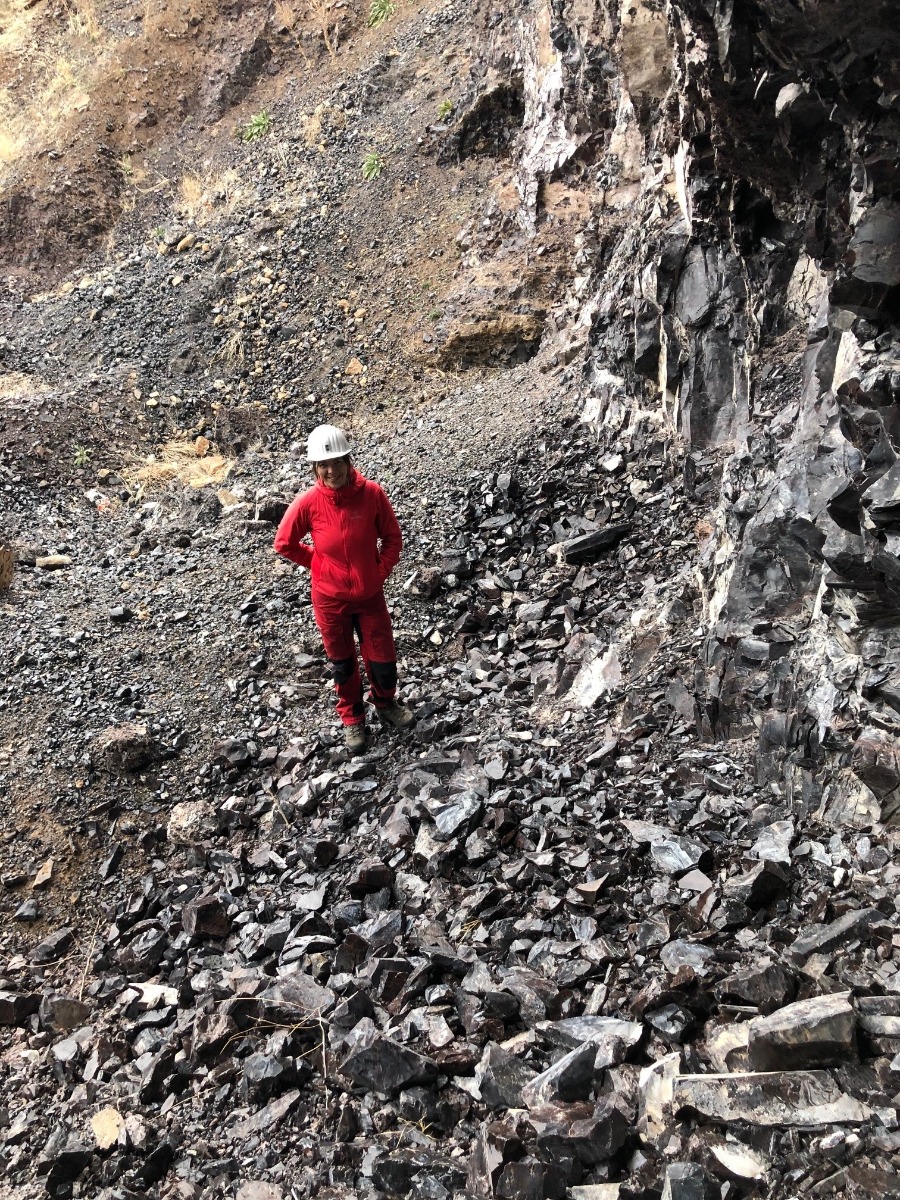
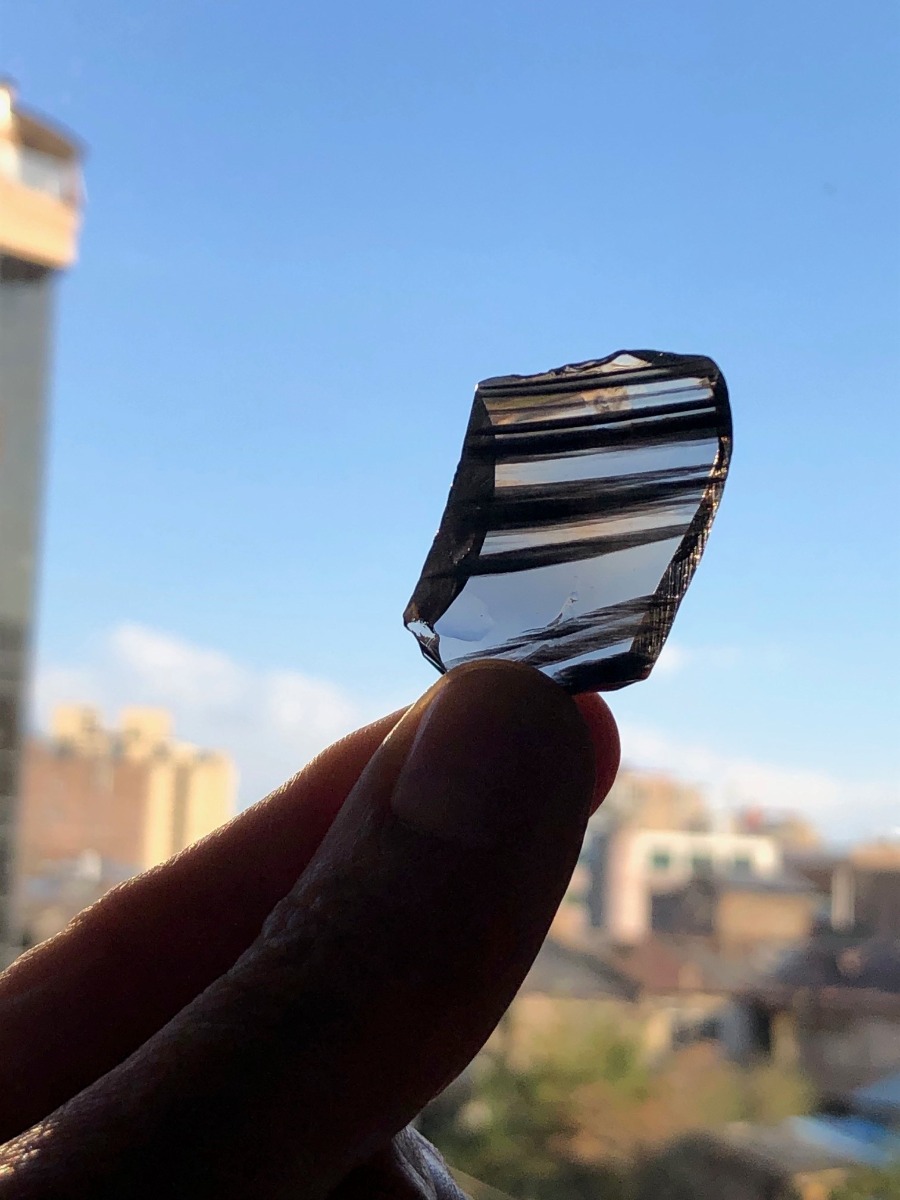
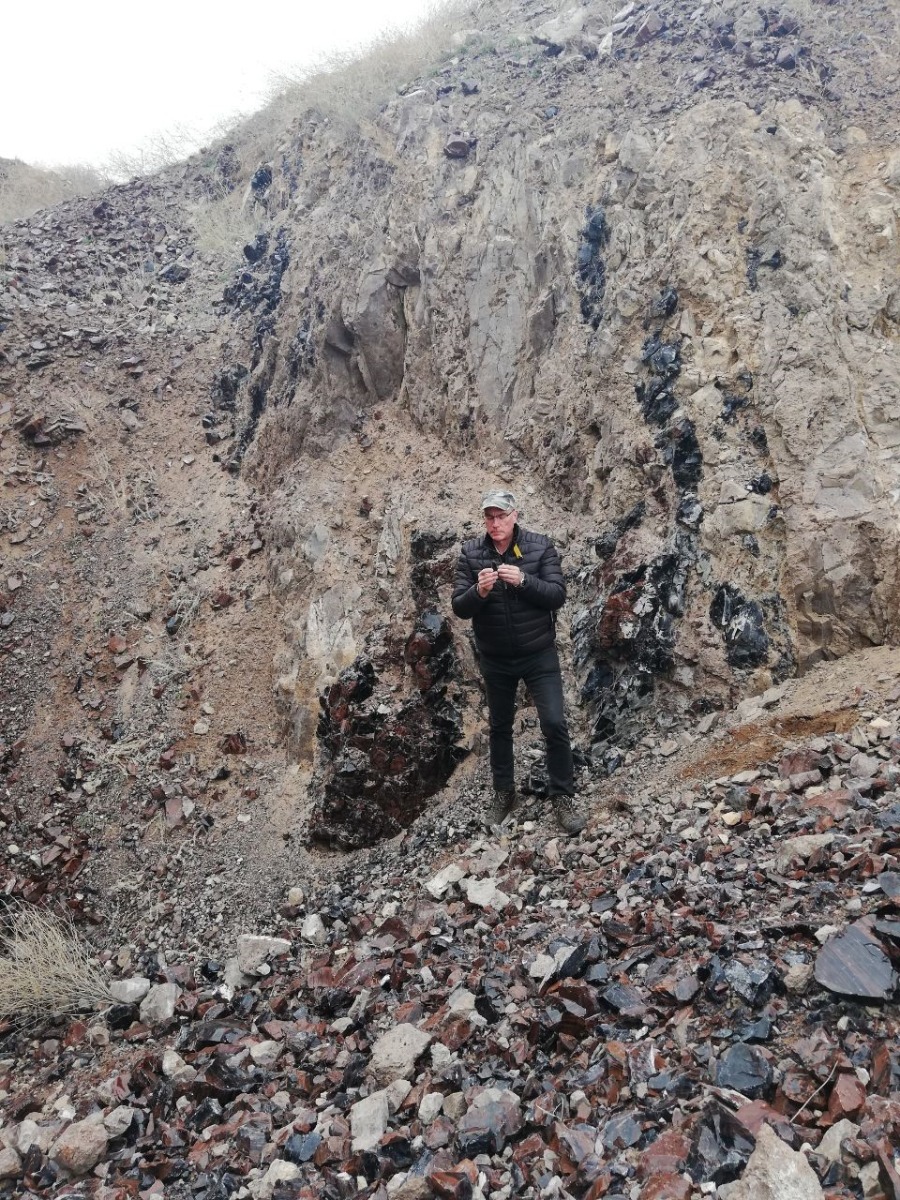
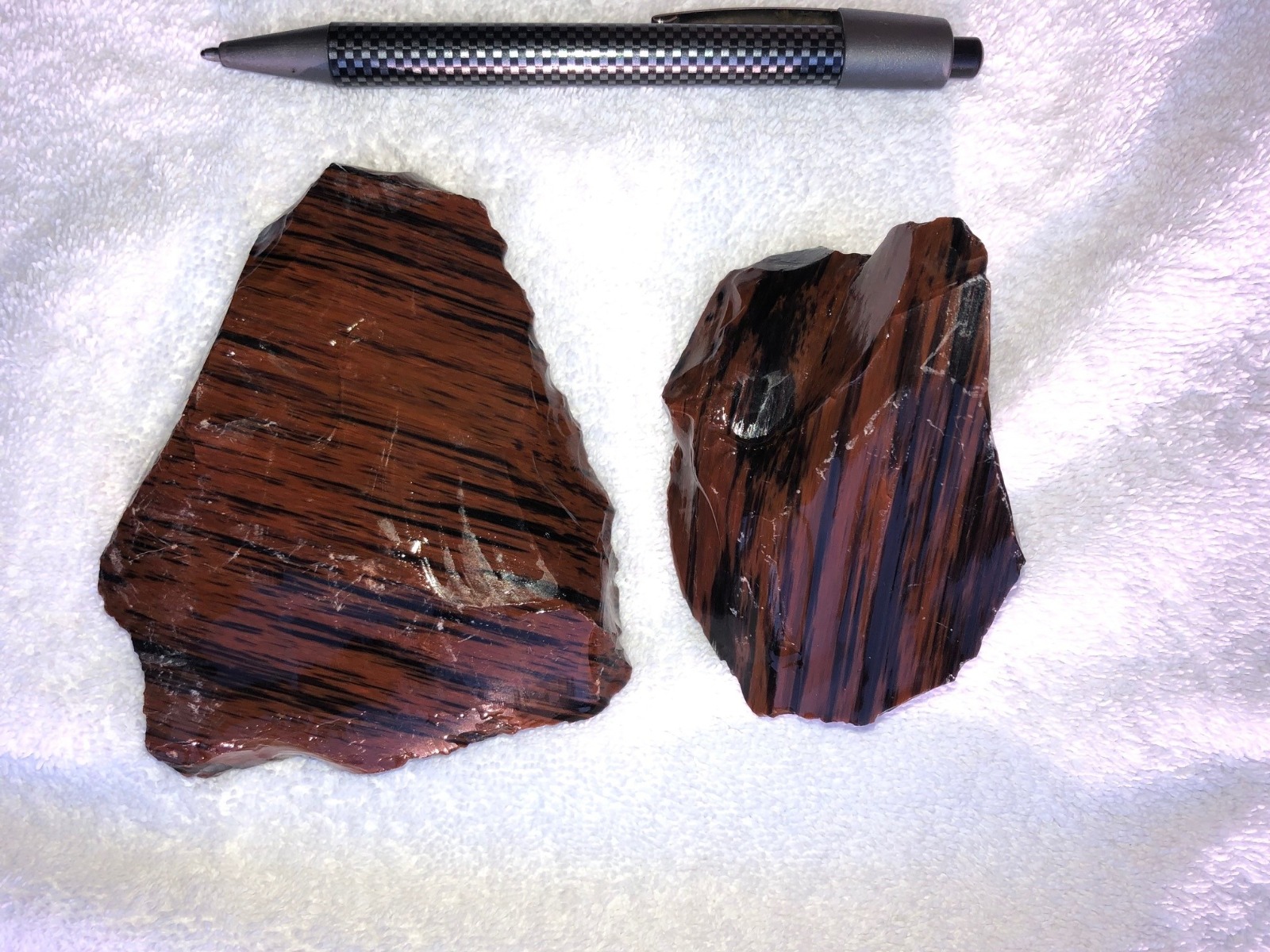
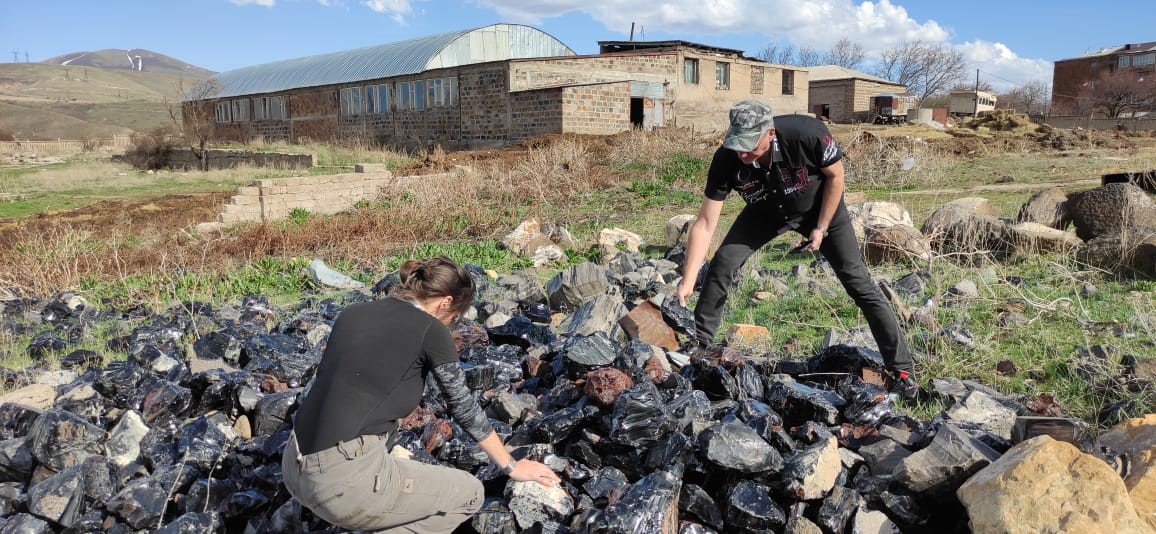
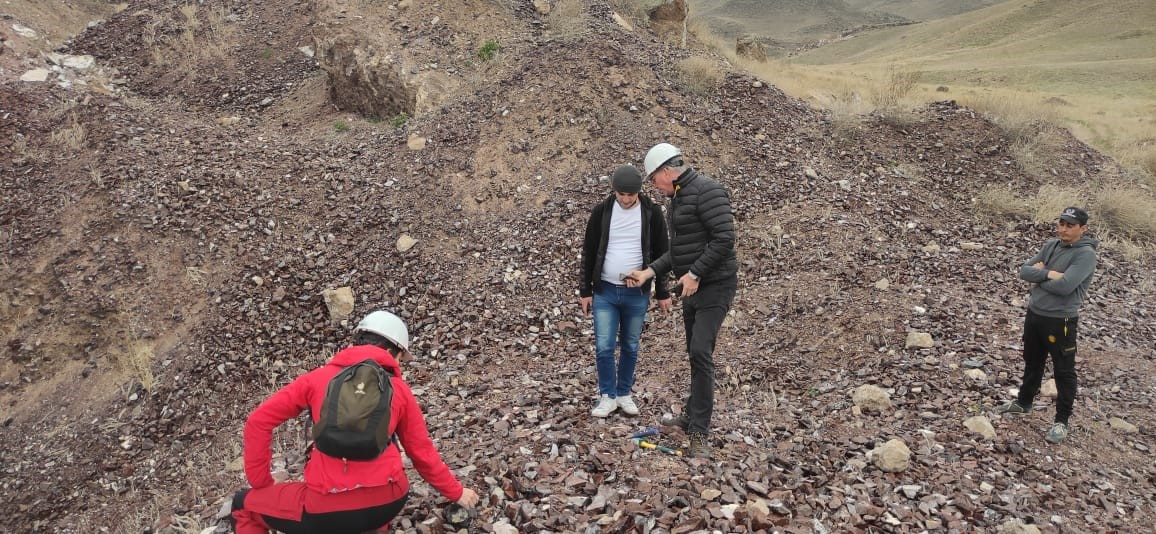



pictures 295, 296:
Lake Sevan, unfortunately again a very rainy day...water is really cold, but crystal clear.
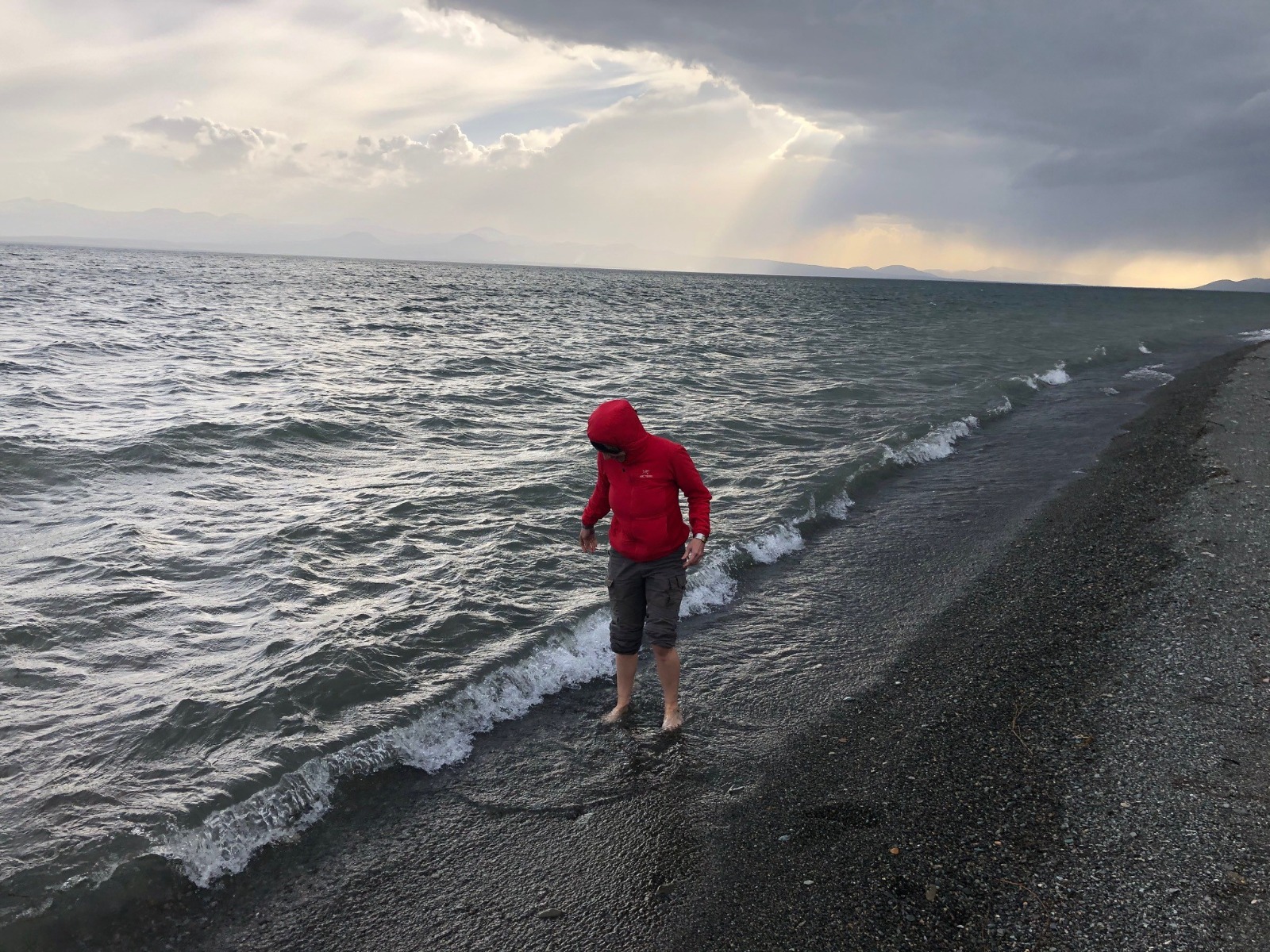
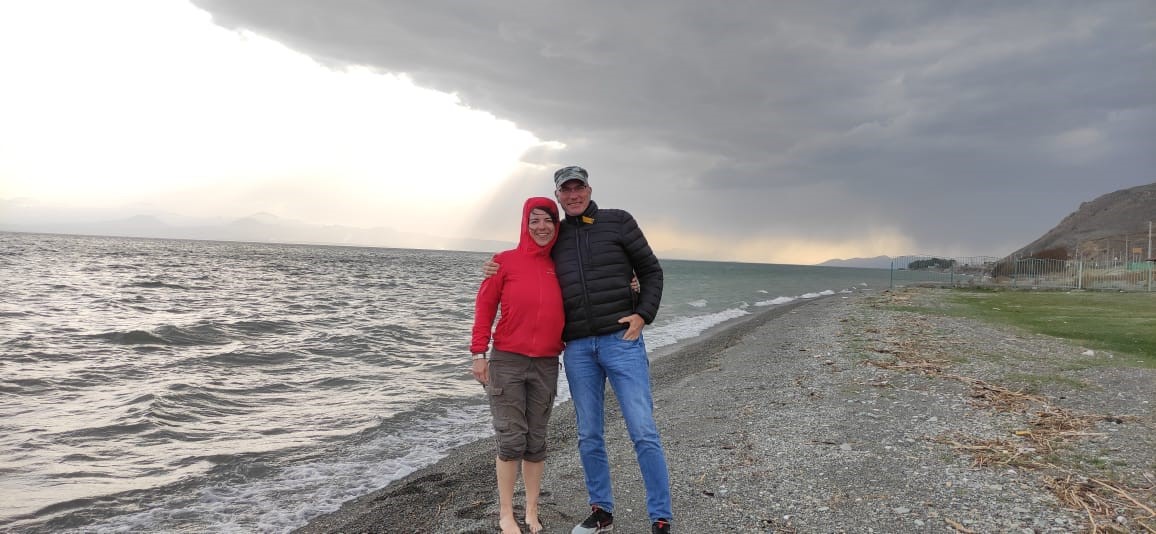
pictures 242 - 244:
From a large copper open pit mine in the north of armenia comes a great quality turquoise, found in larger pieces as well. It is a bit more to the green side than US turquoise, but really nice. The mining company has a department just for this material and is producing high end beads in Jerewan.
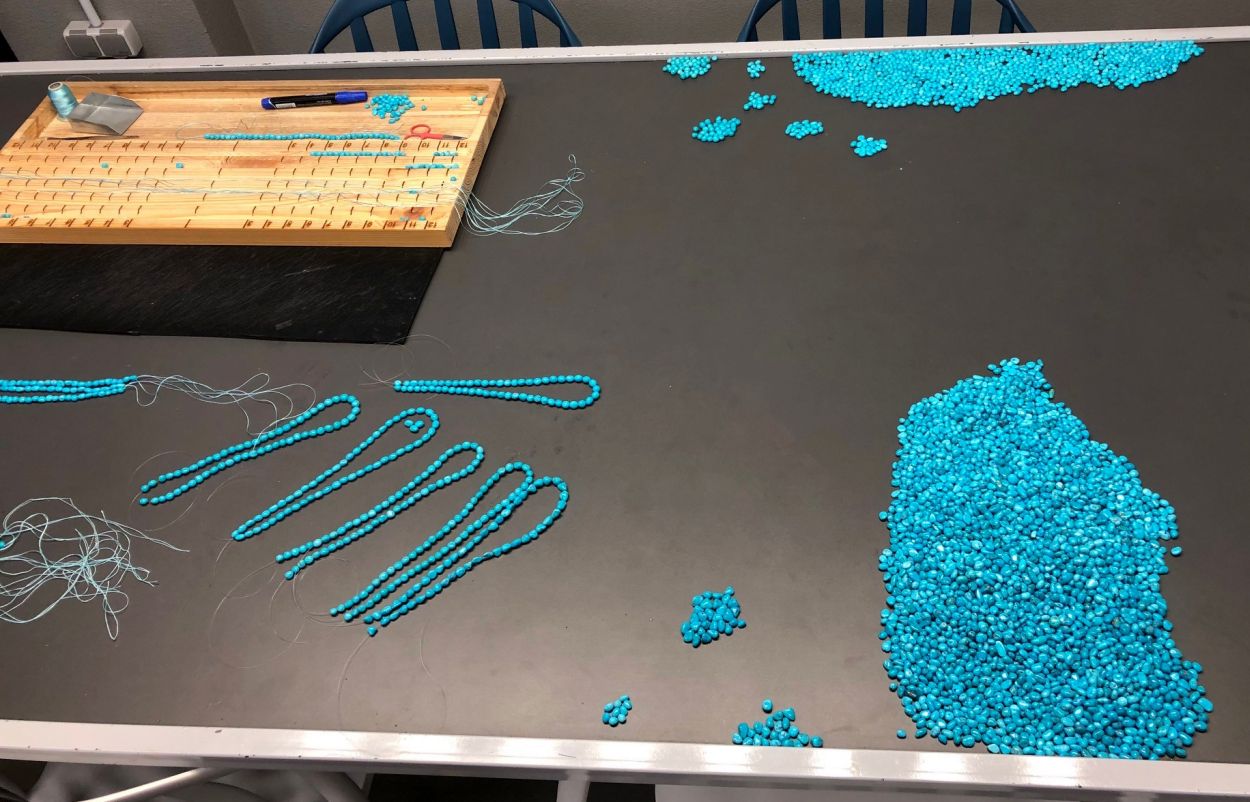
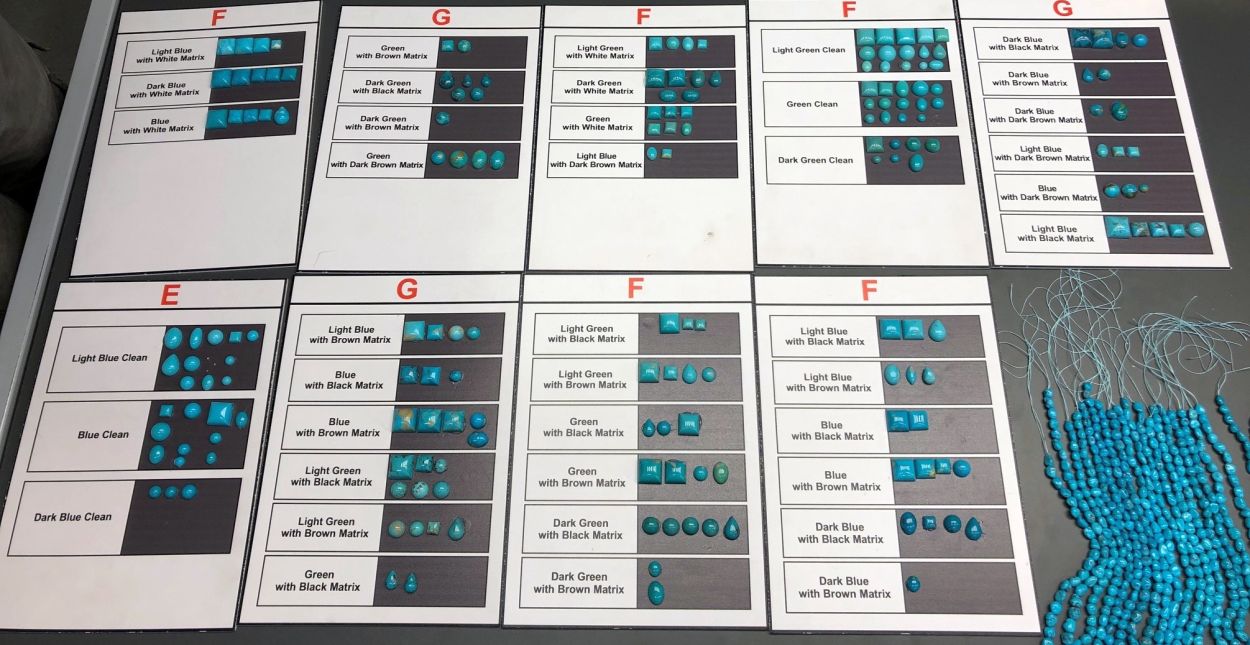
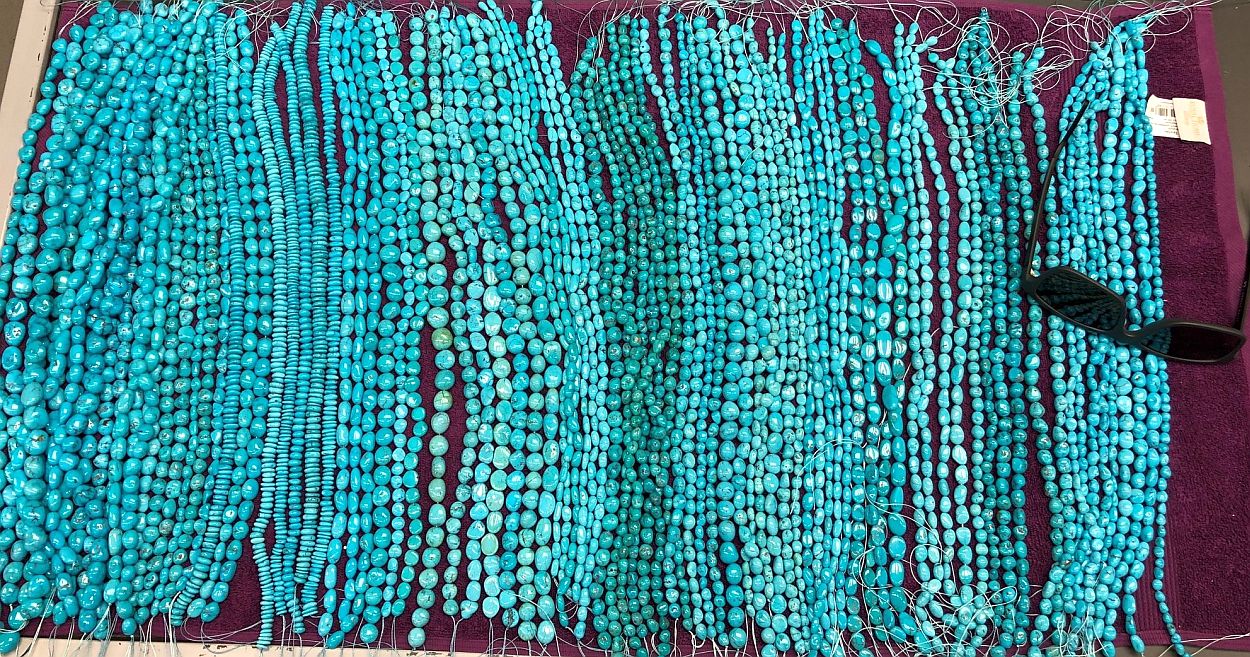
pictures 210, 211:
Caucasian mountain pass to Dilidschan. Still lots of snow!
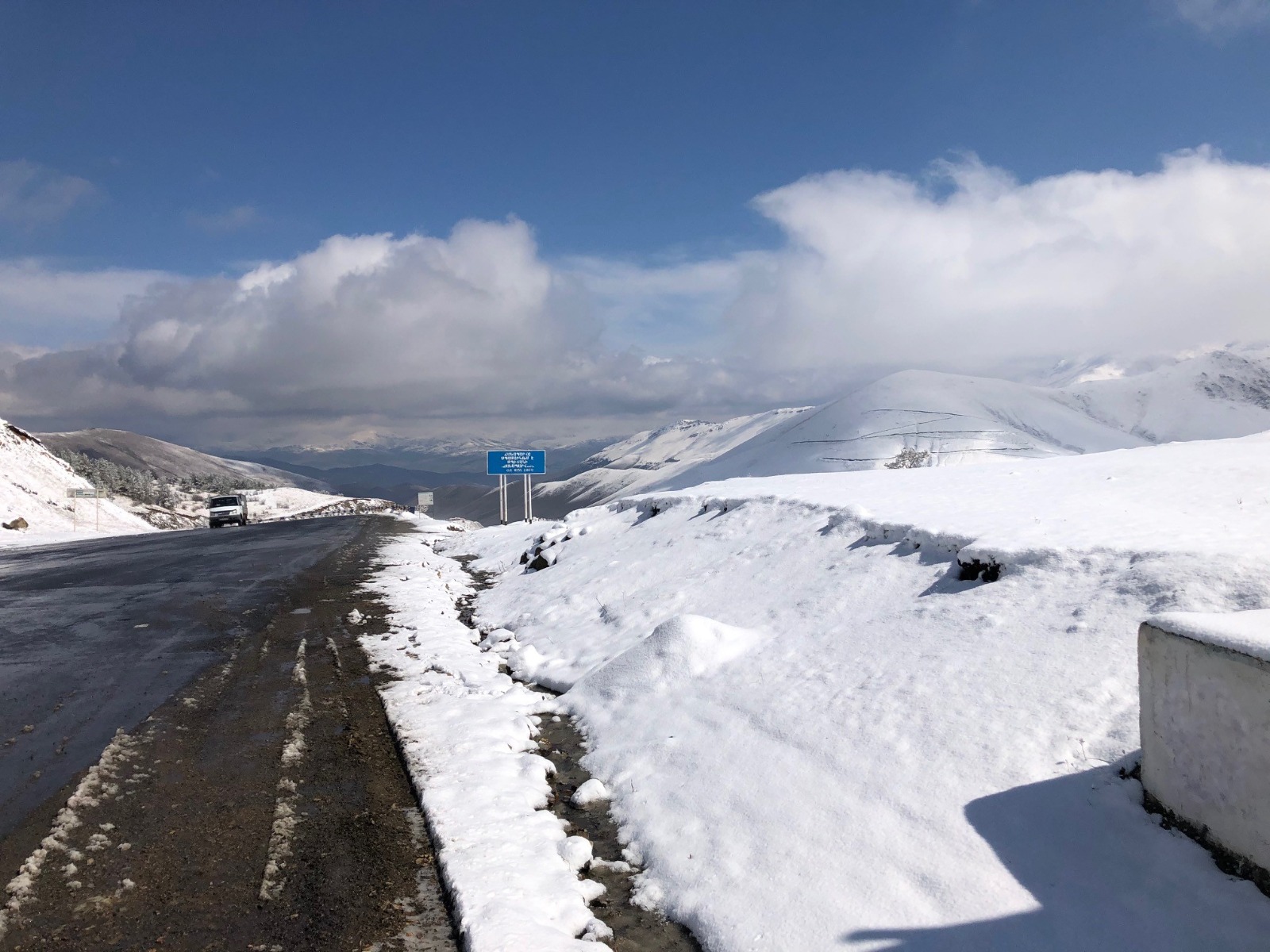
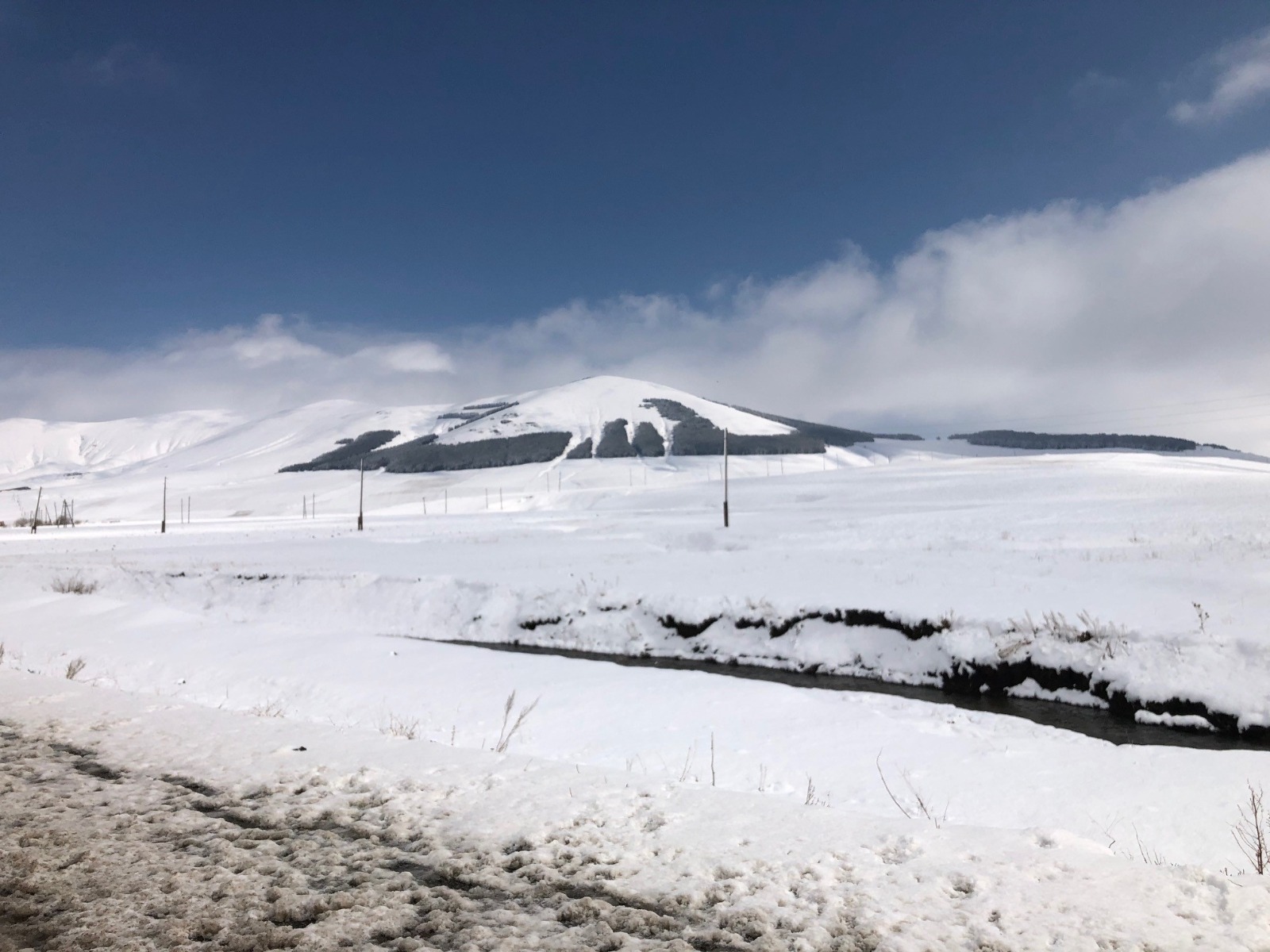
pictures 212-226:
driving all over the country in spring. Staying in very basic B+B places as tourism is mostly unknown in the country. But this way we took the time for hikes, beautiful landscape it is indeed. Here and there you find remains of the old Soviet Empire such as factories and pile of trash. Very simular to other former Soviet countries, it will still take generations to overcome that time.
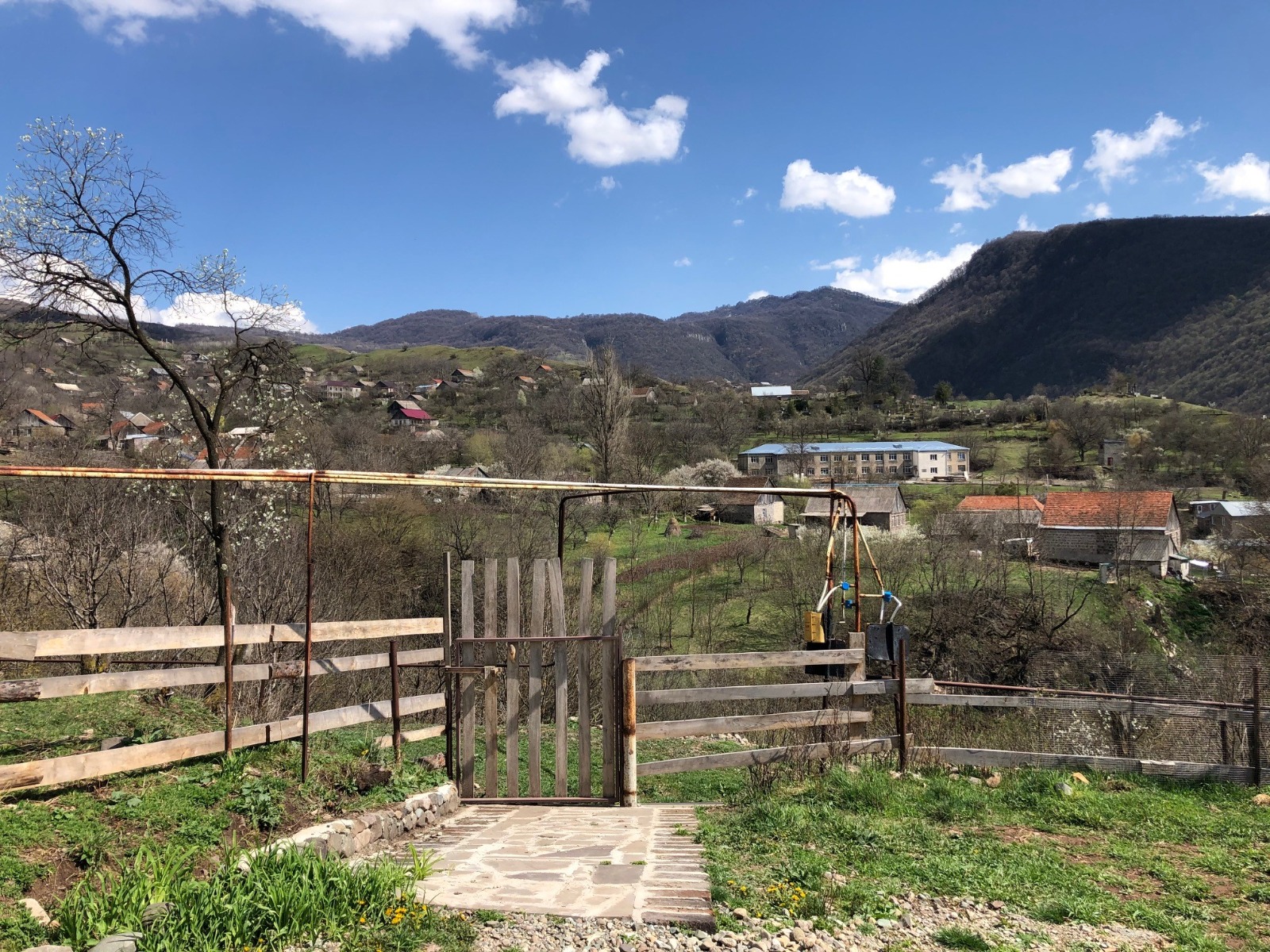
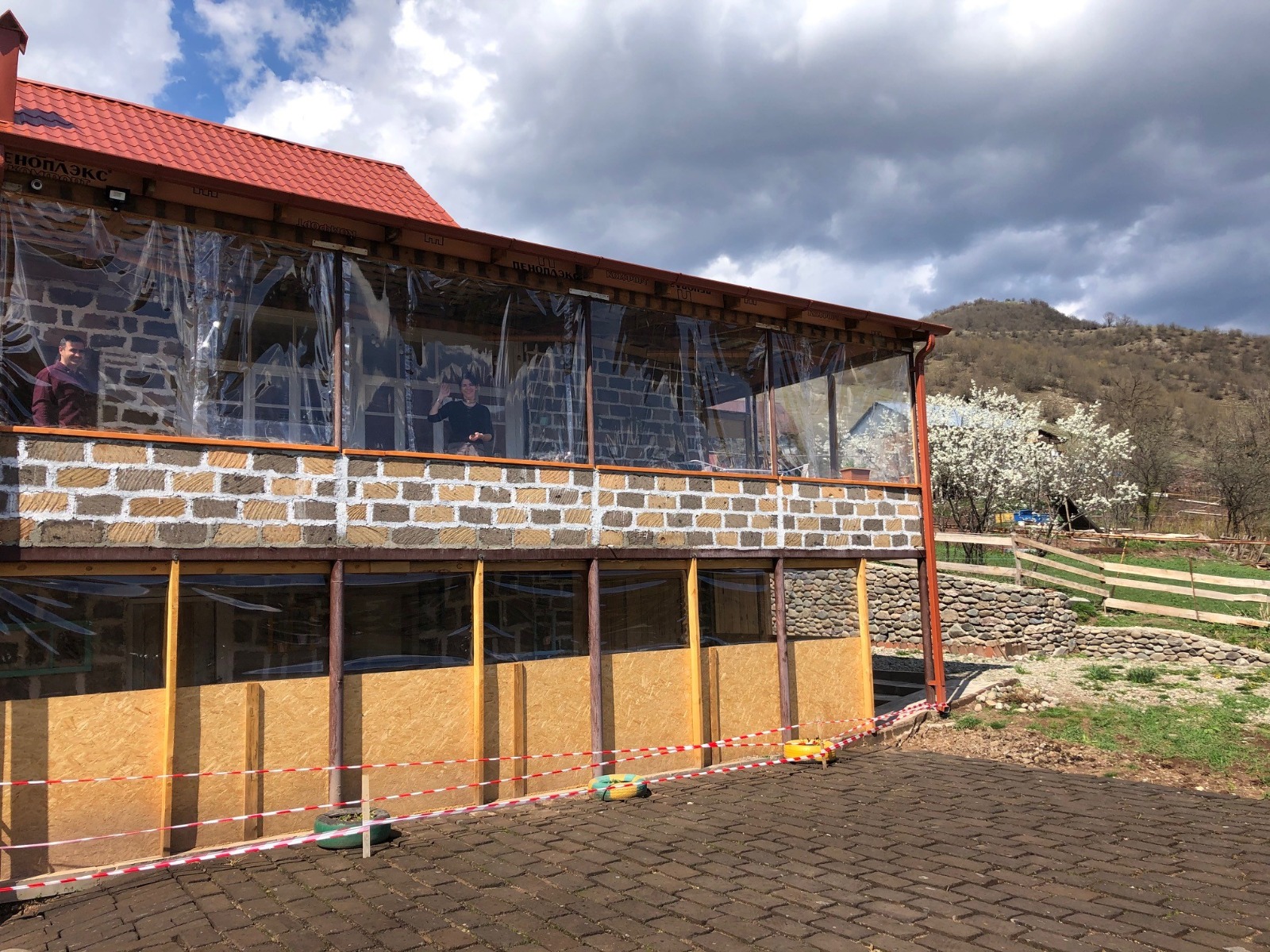
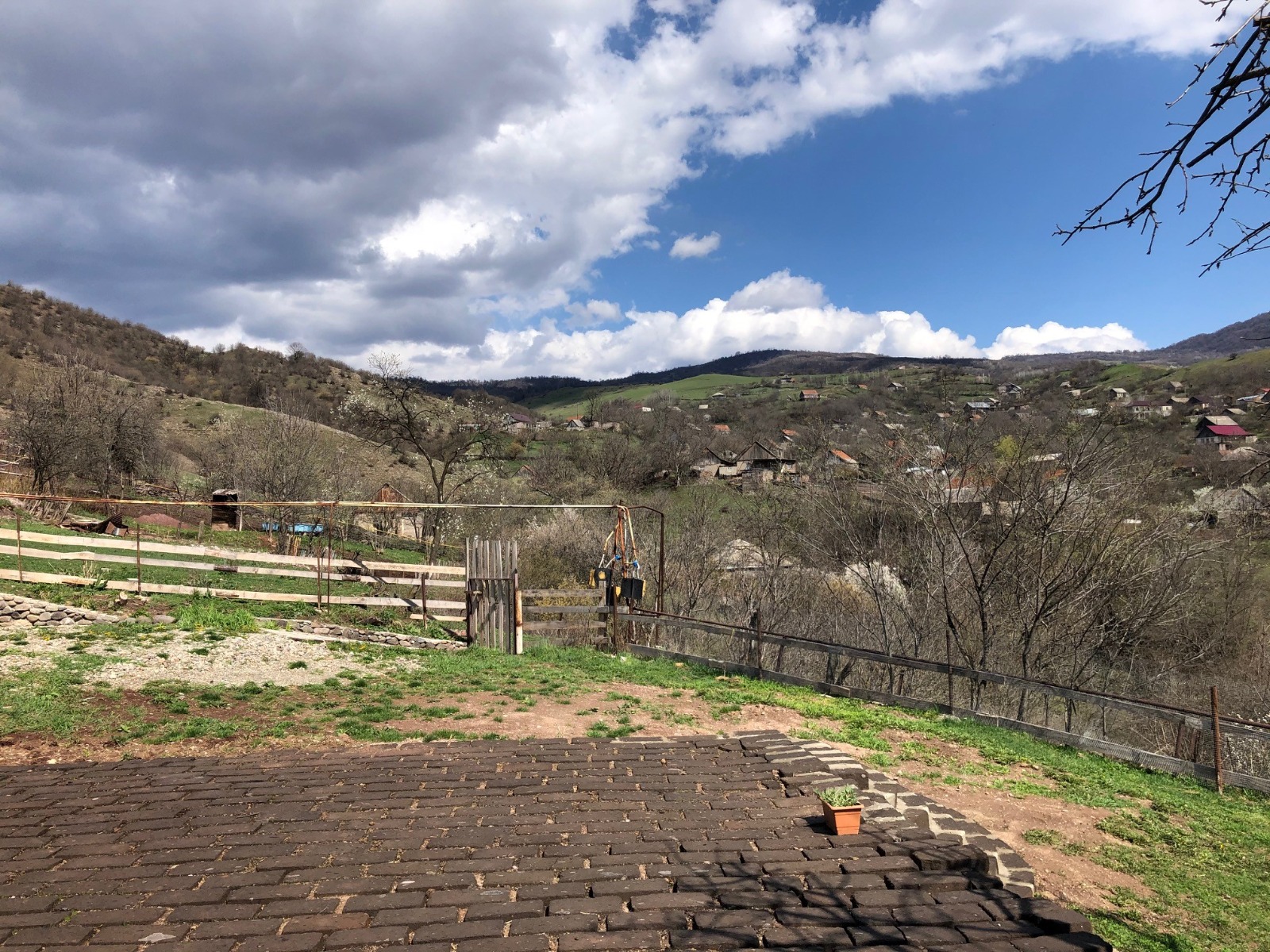
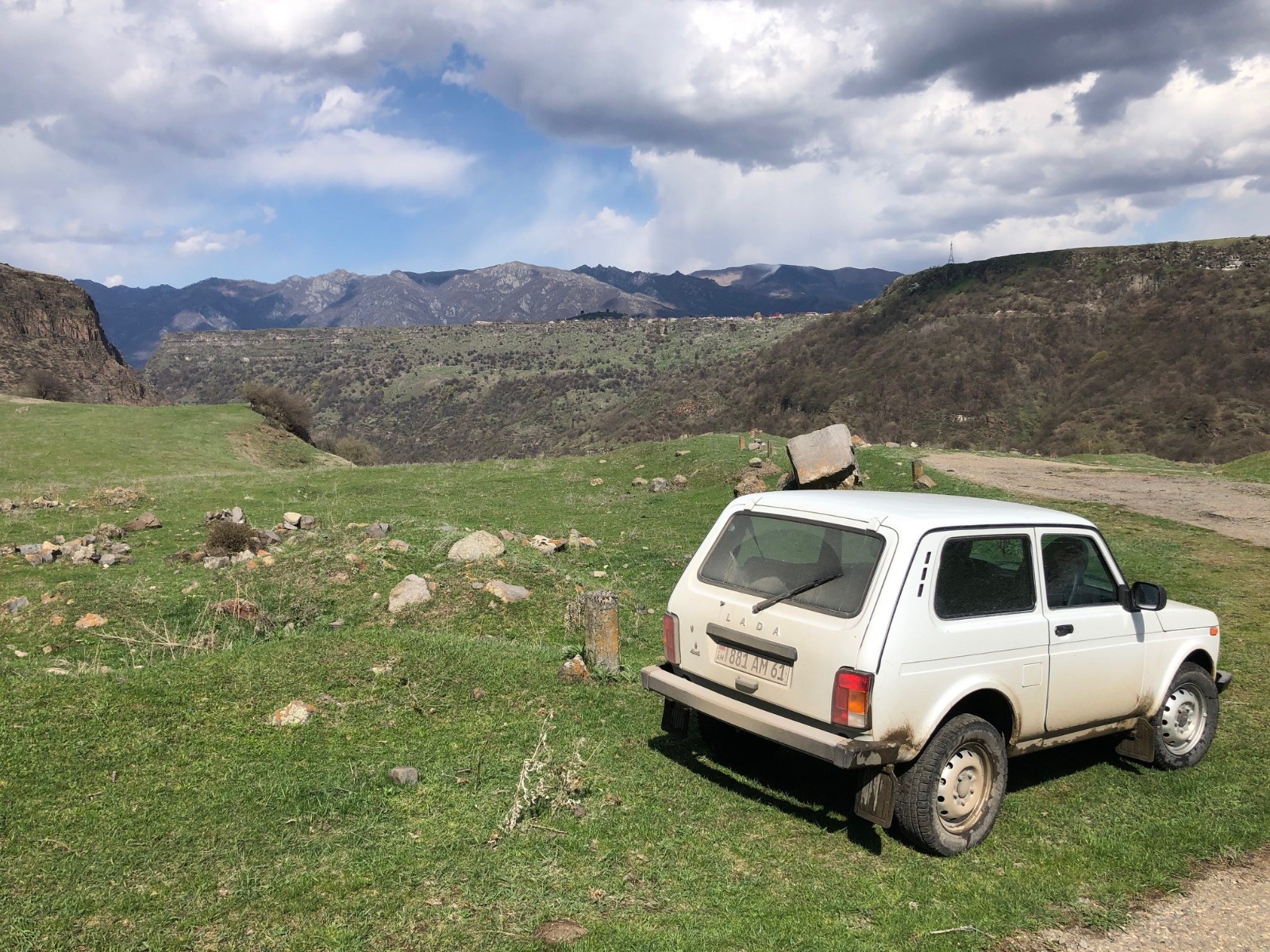
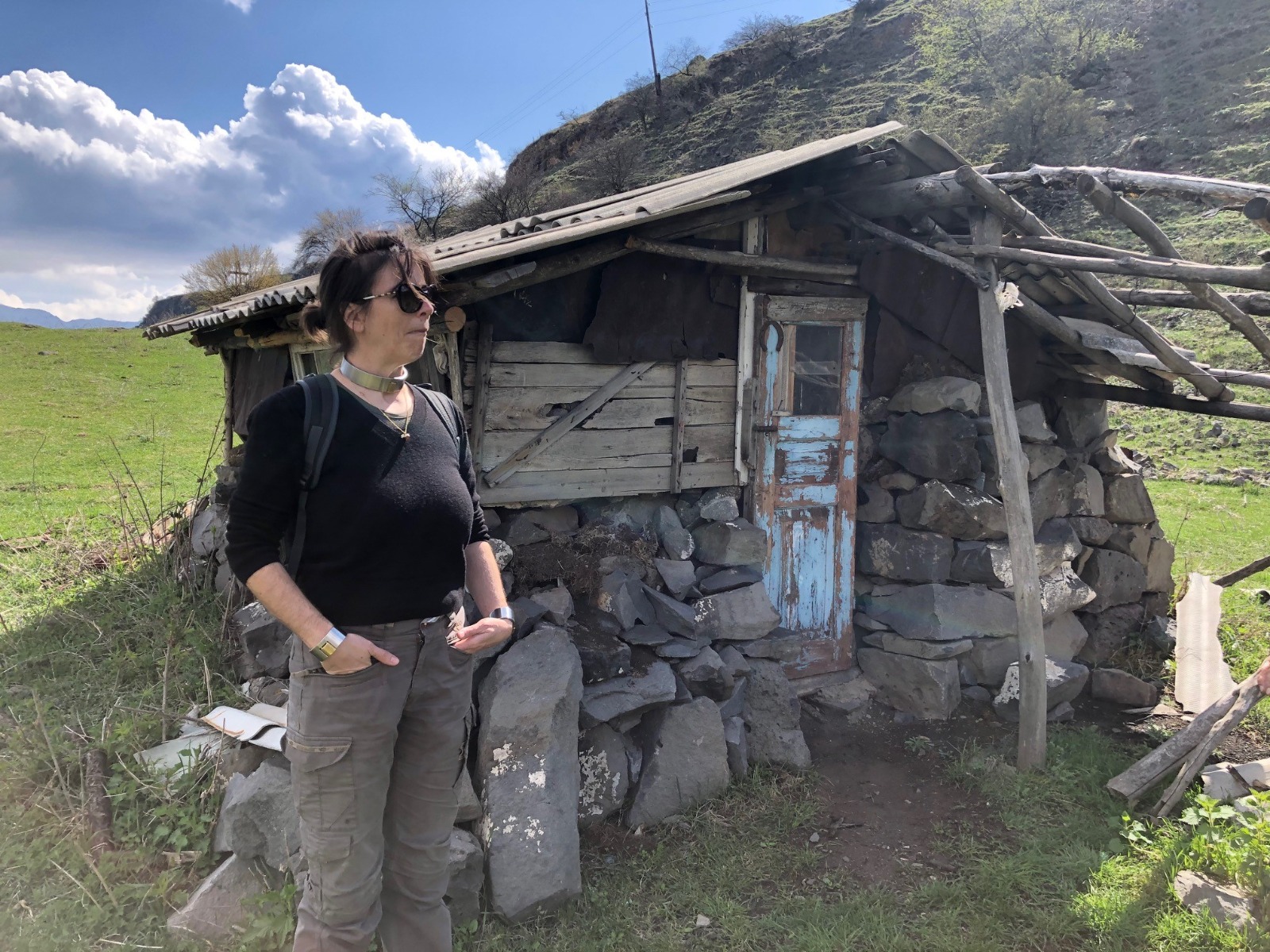
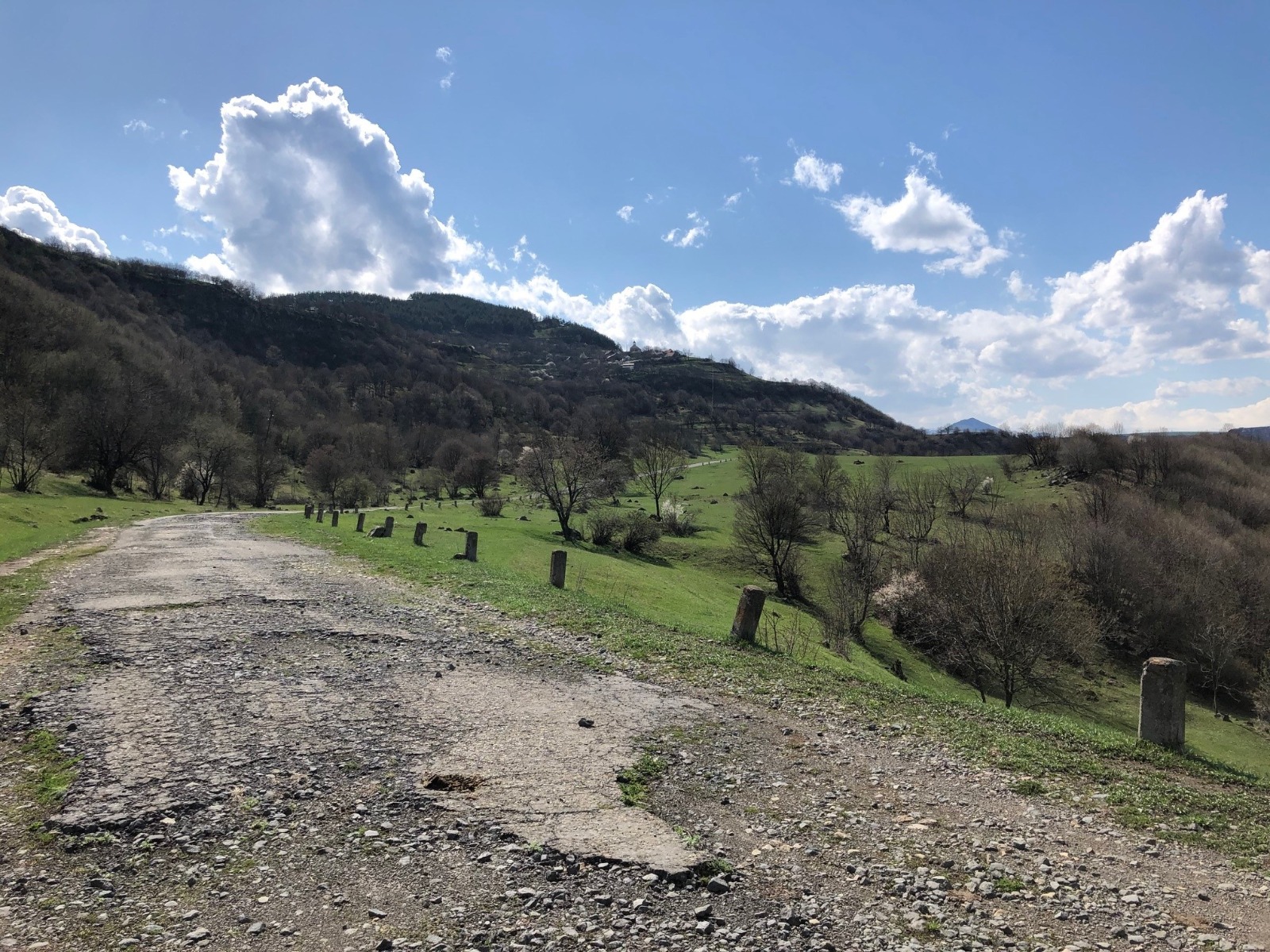
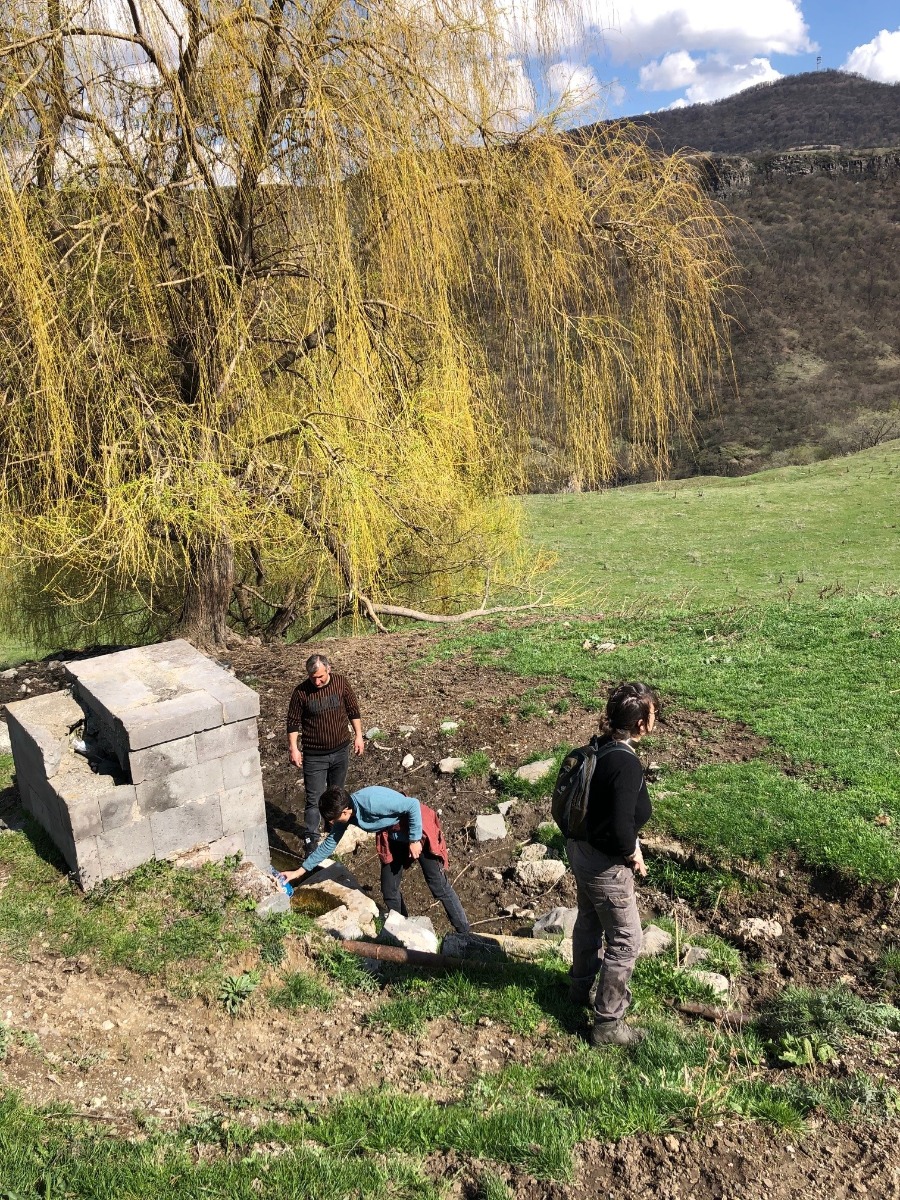
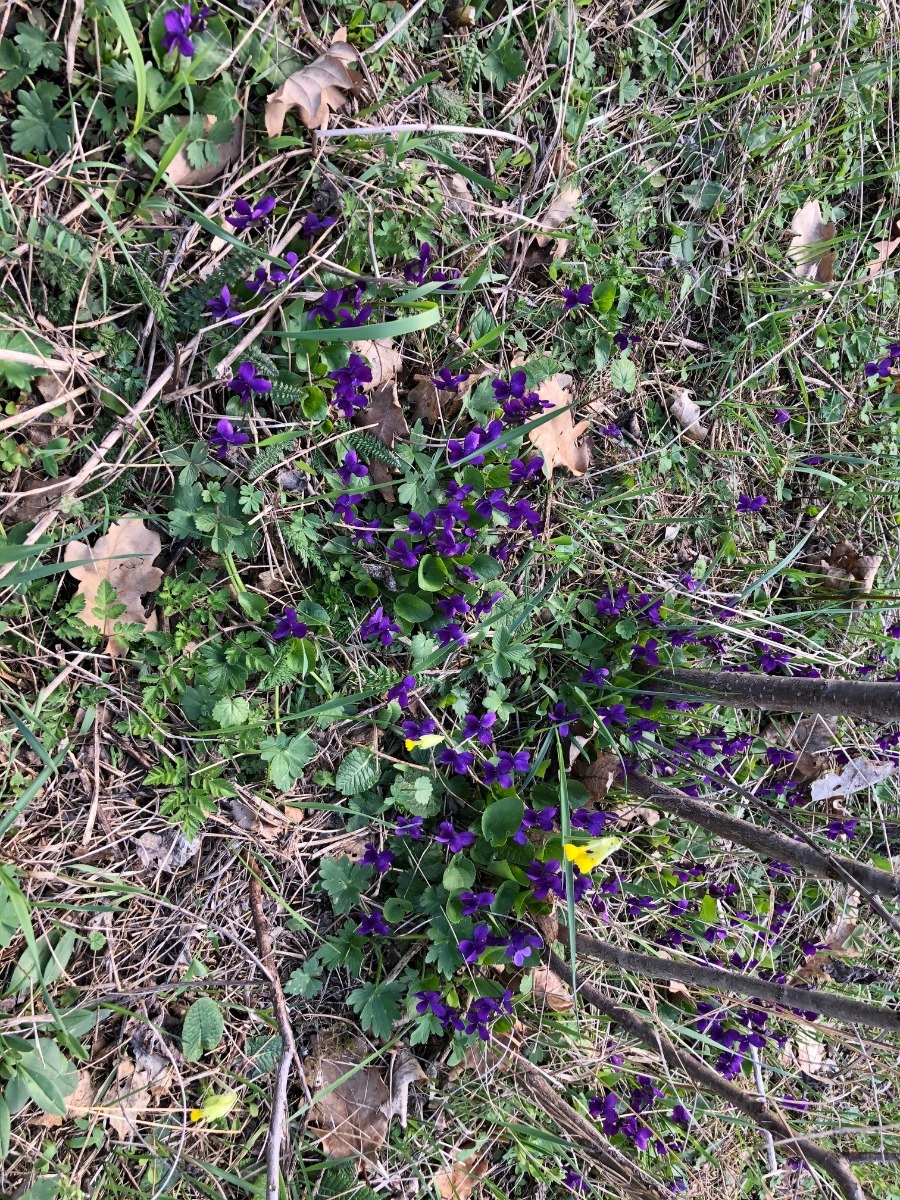
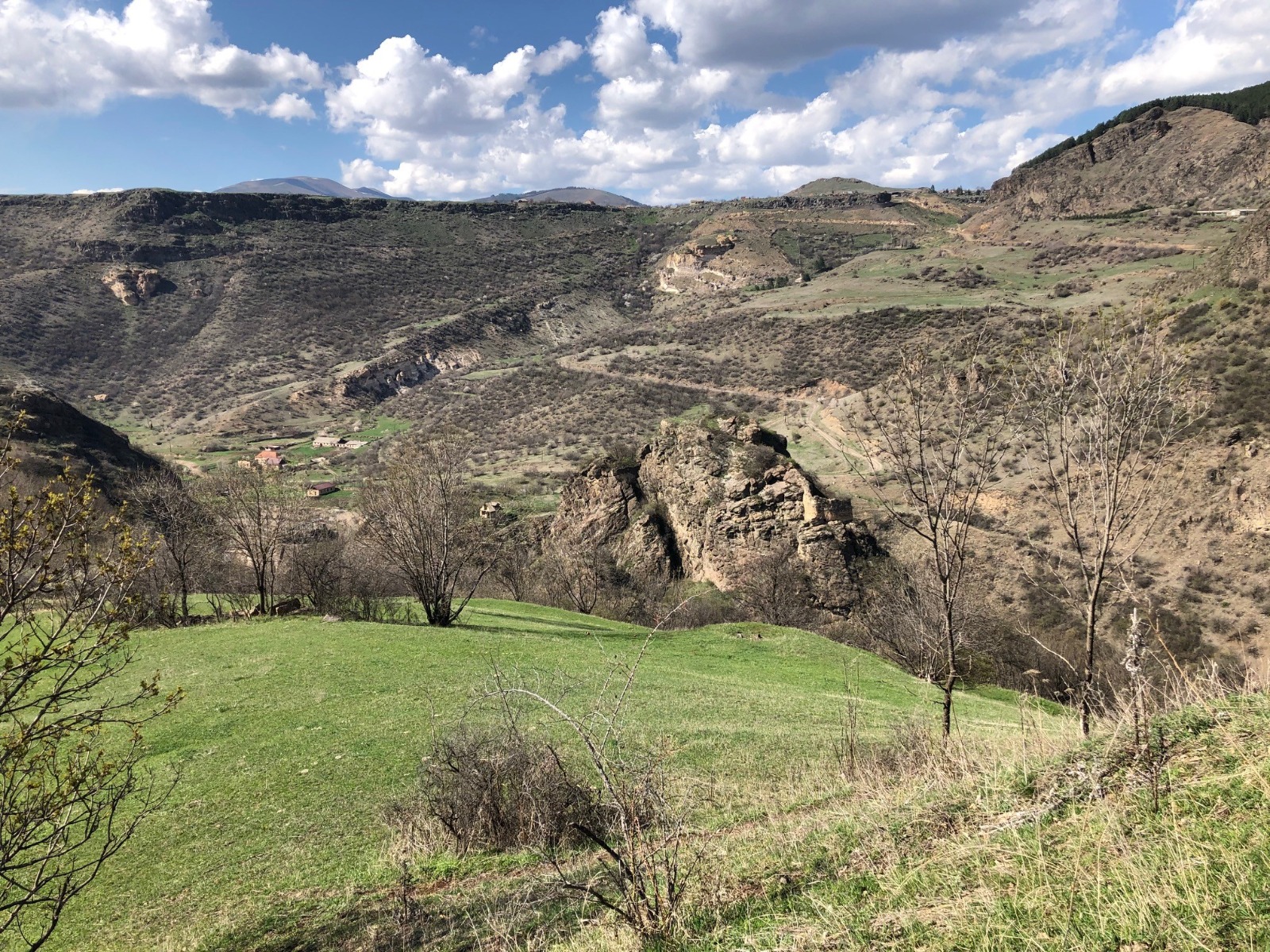

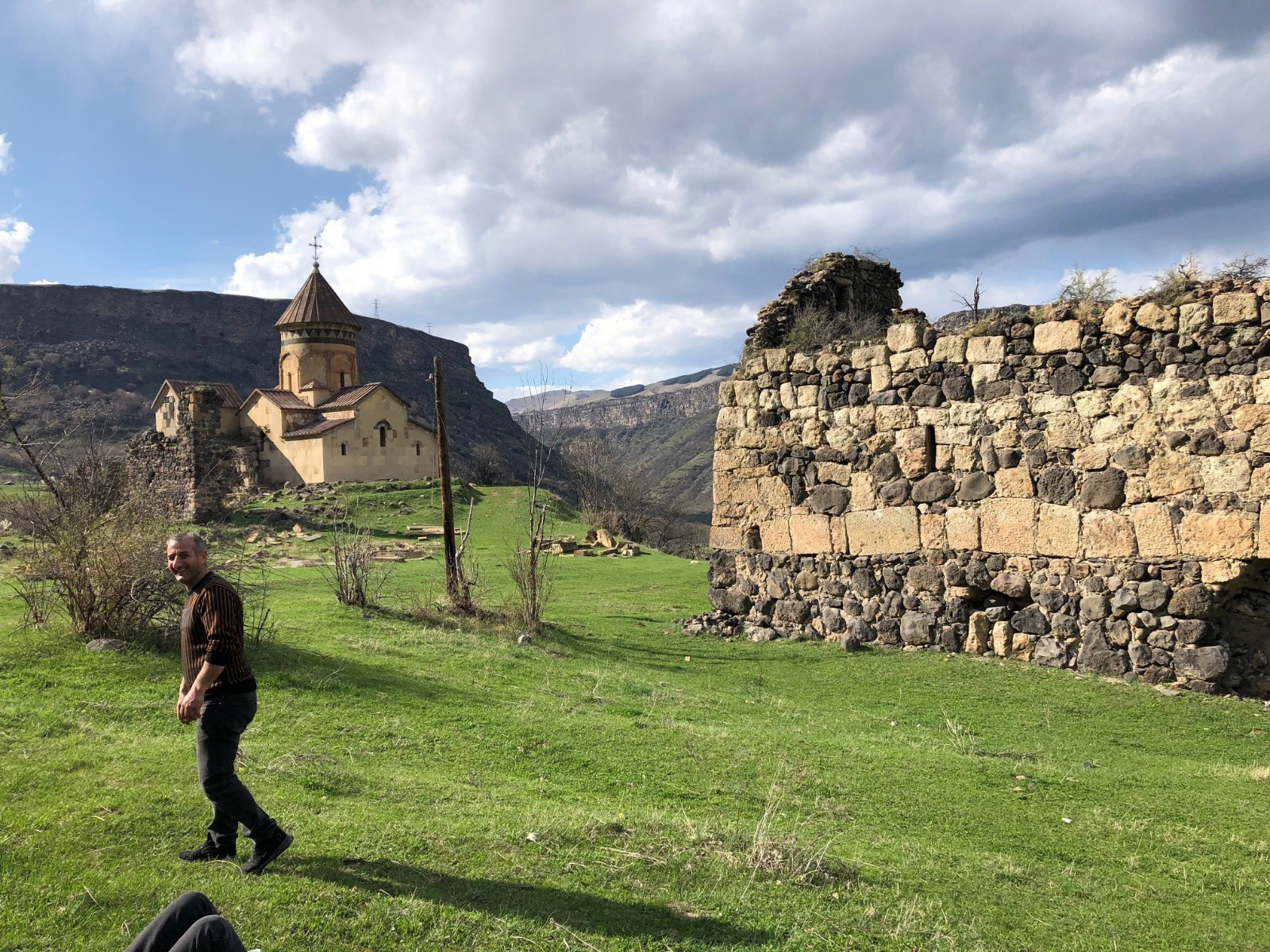
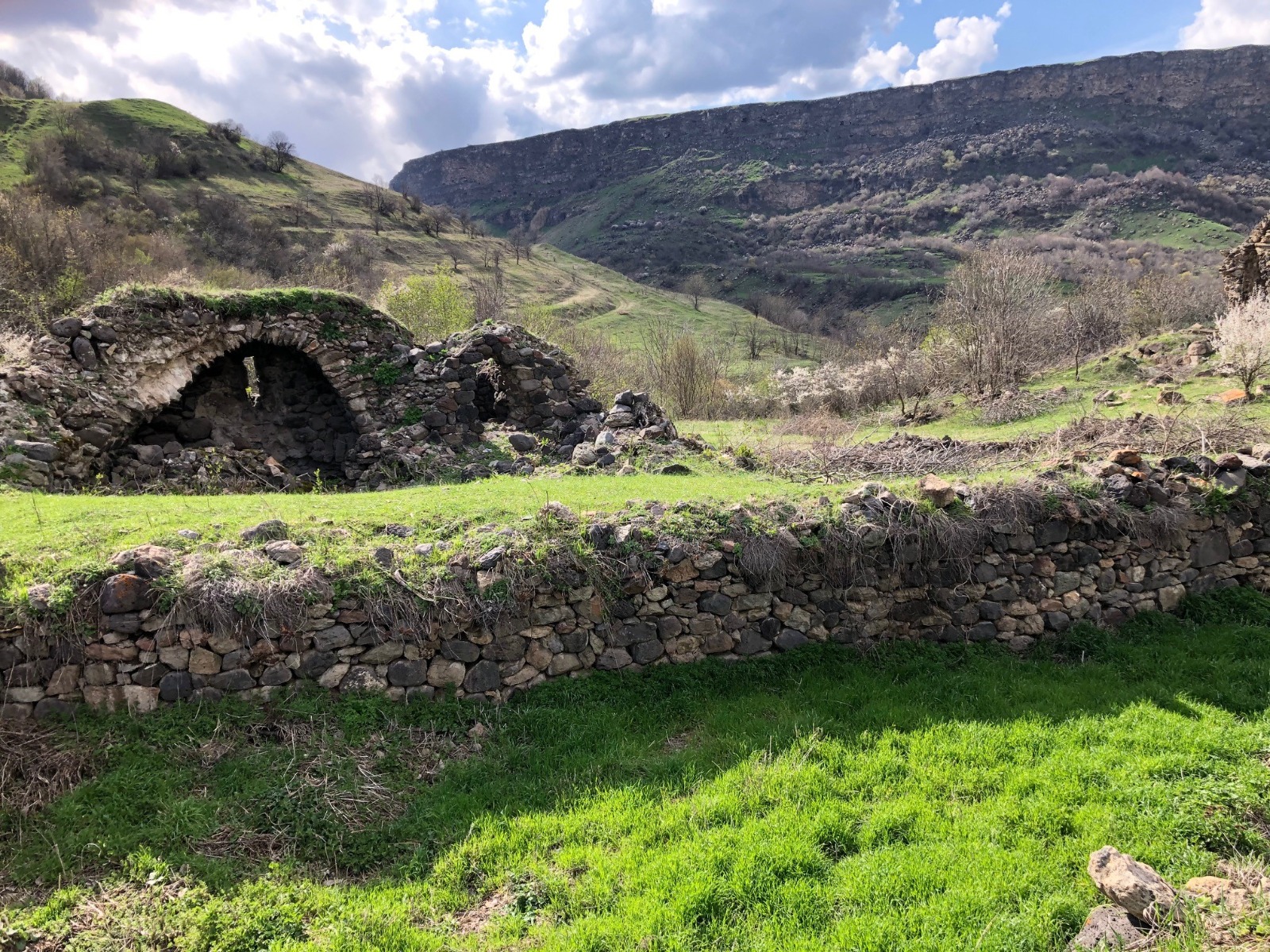
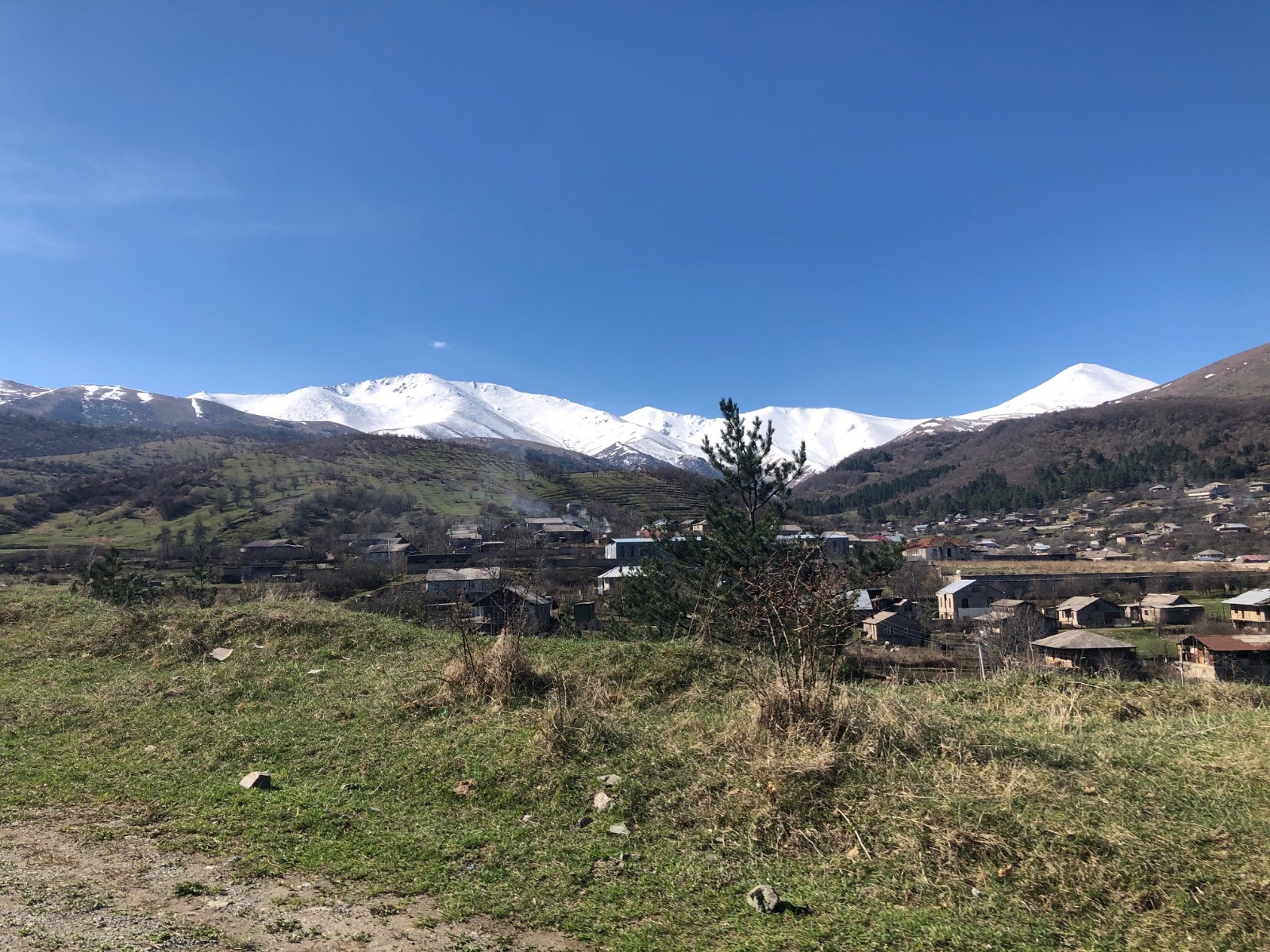
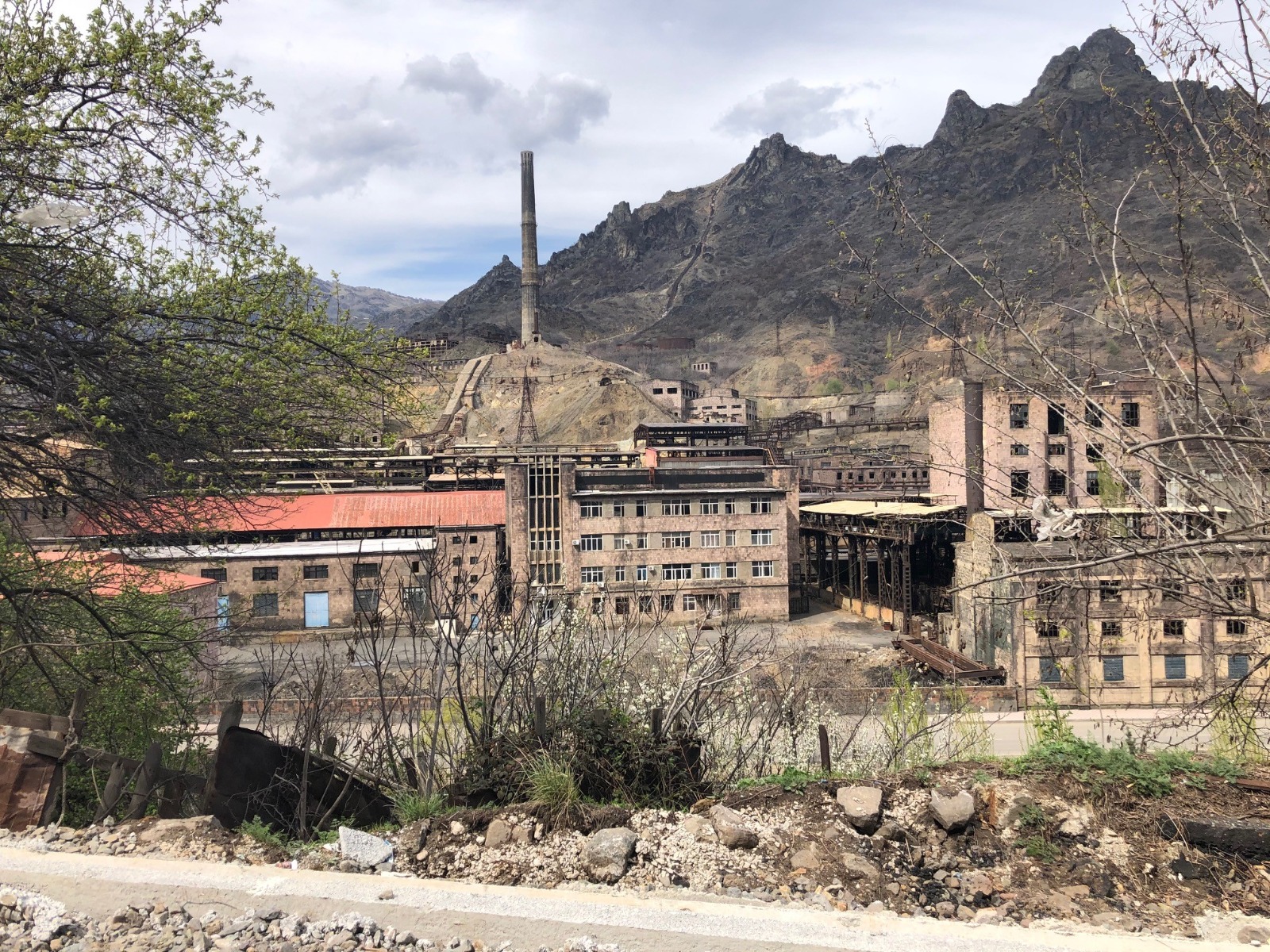
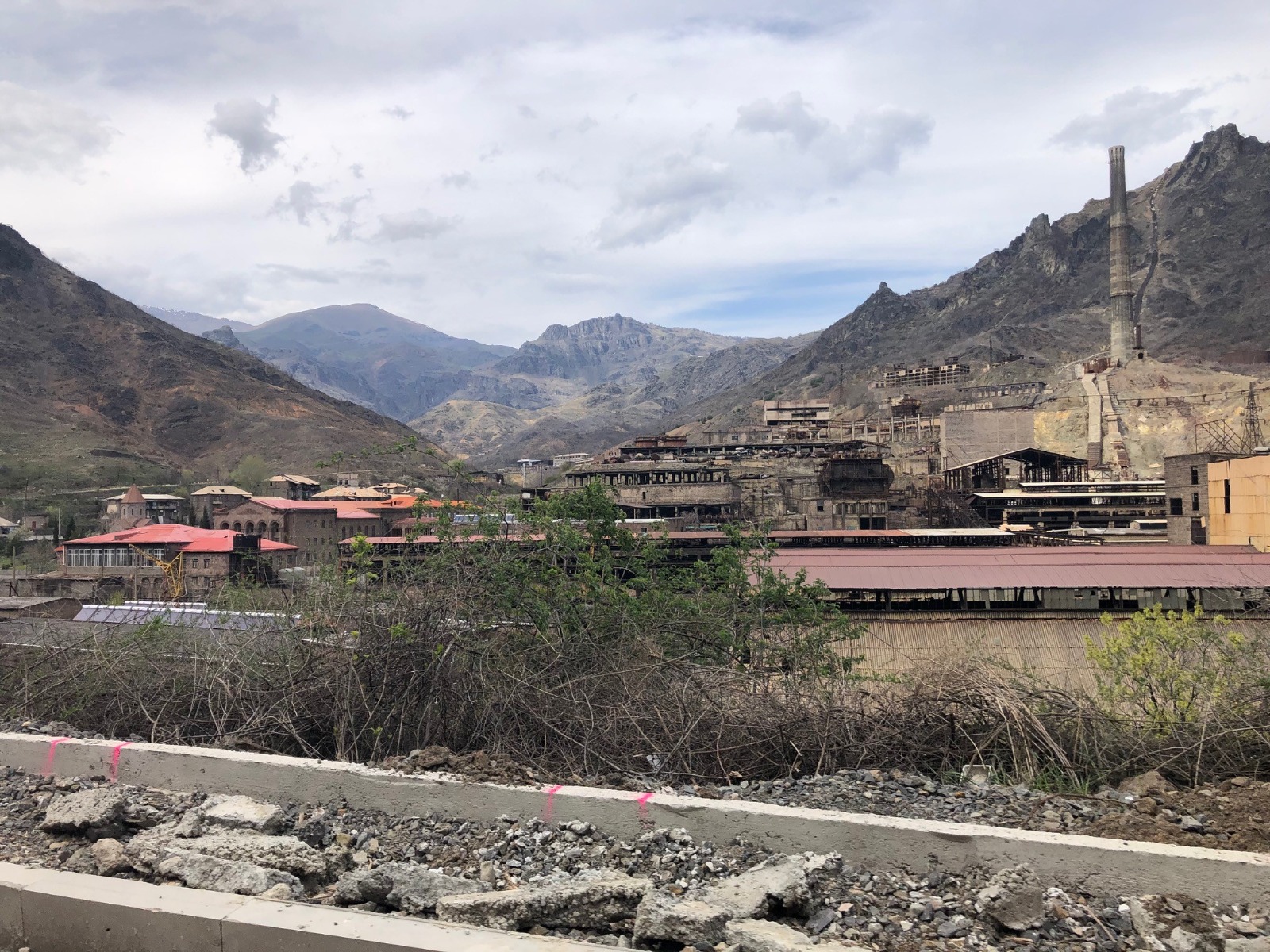
pictures 228 - 231, 271 - 273:
history is everywhere, particular churches as this country is the oldest Christian nation in the world.
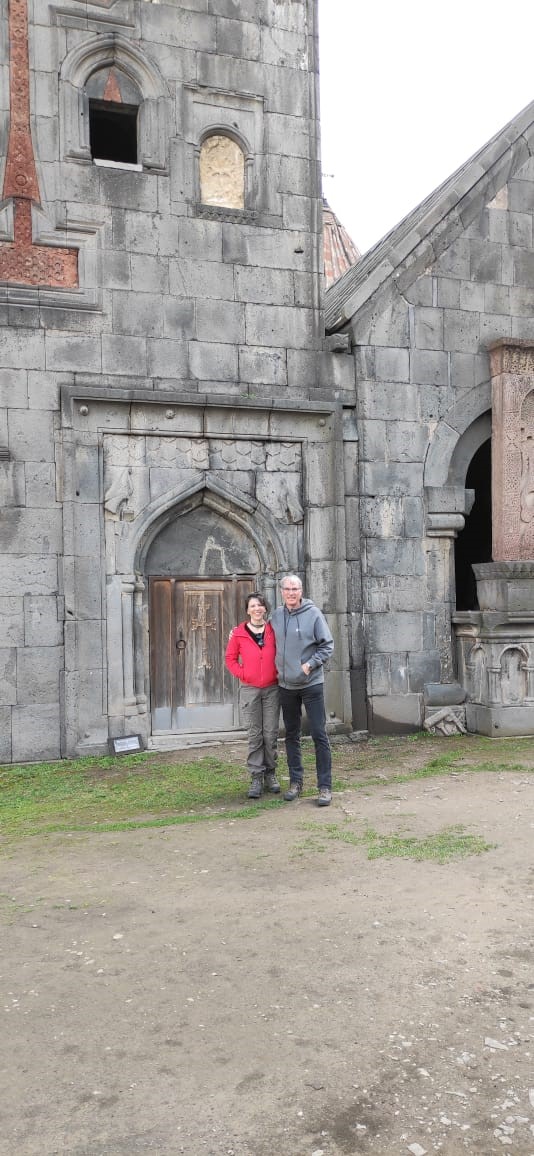
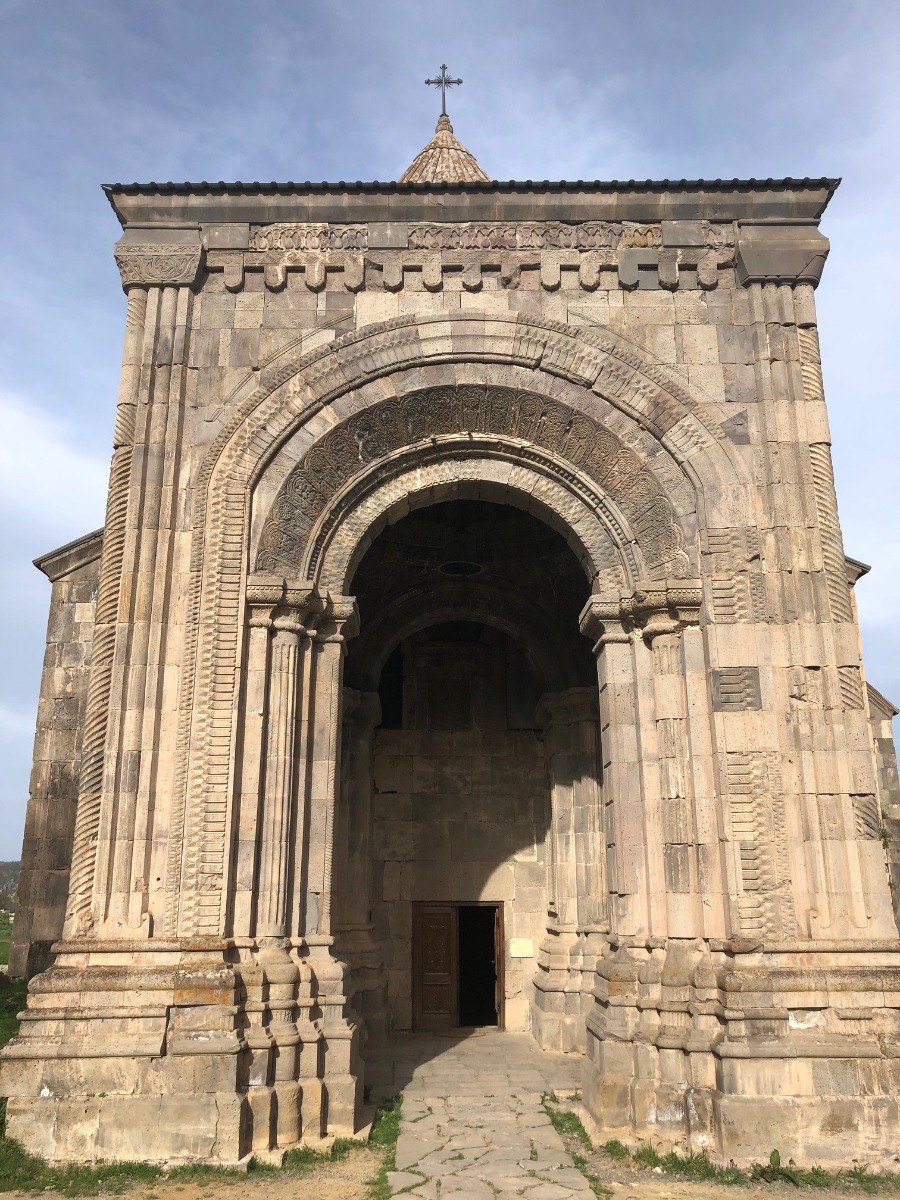
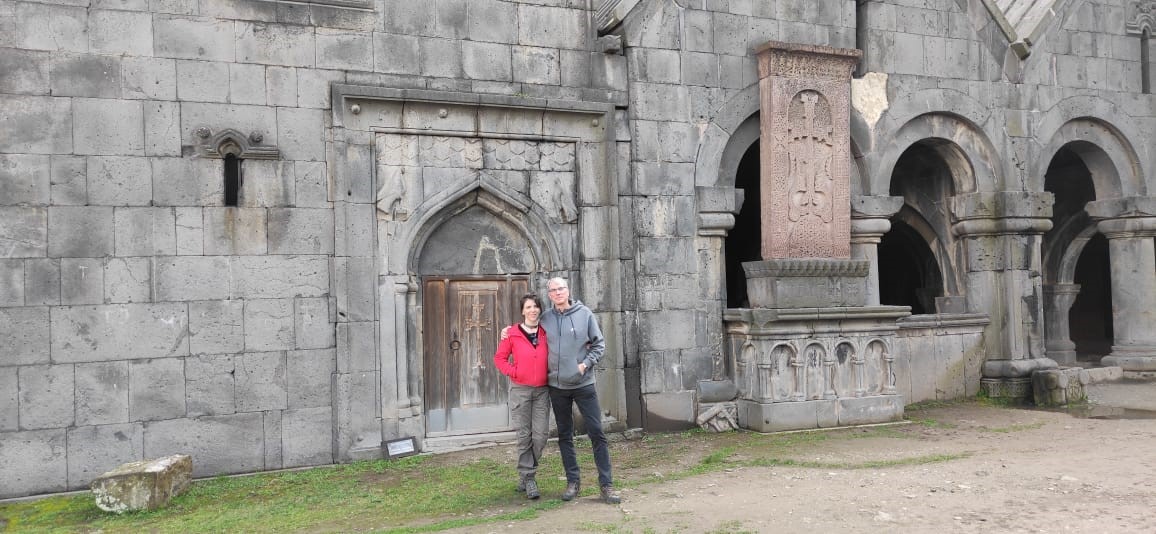
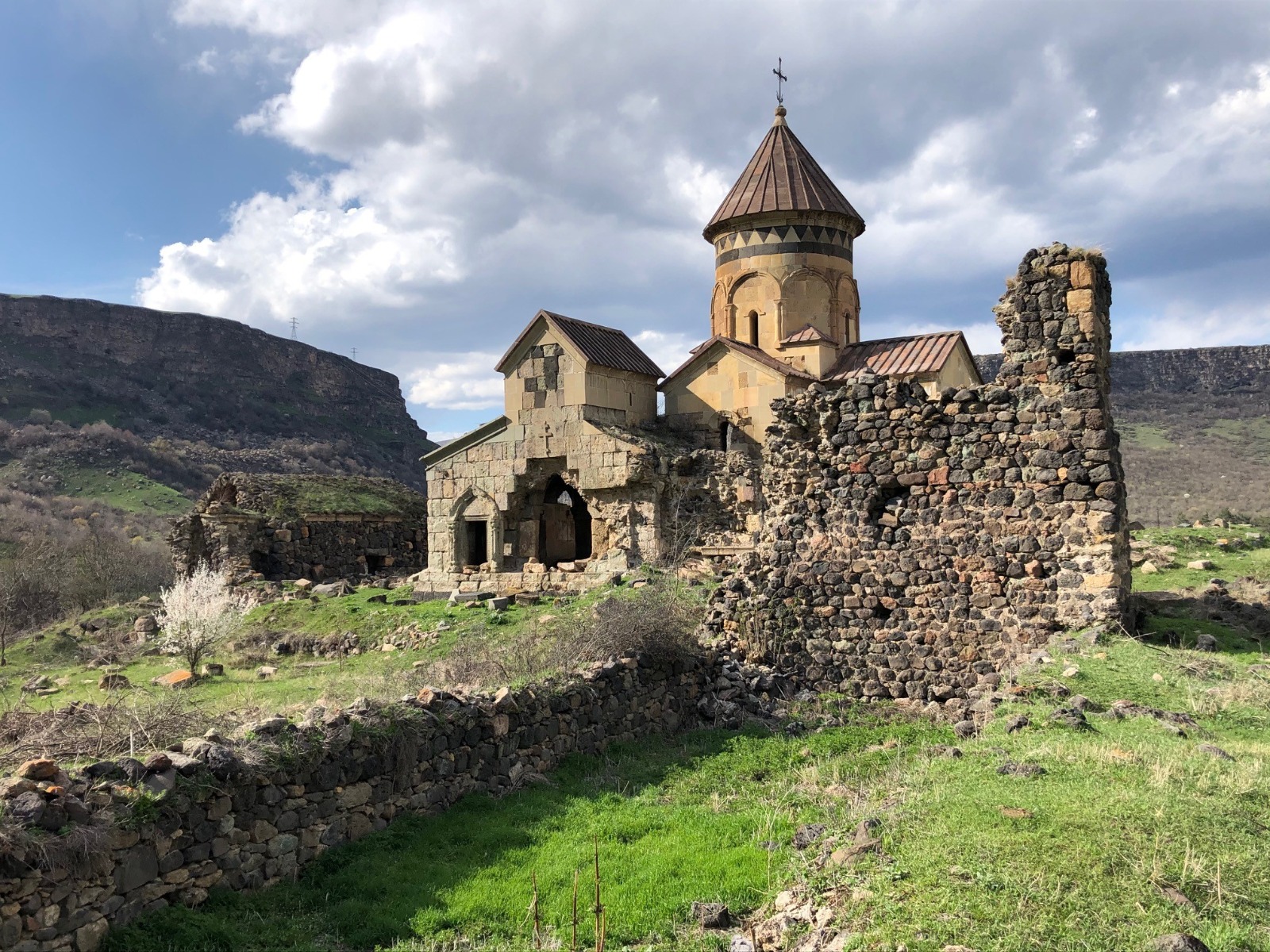
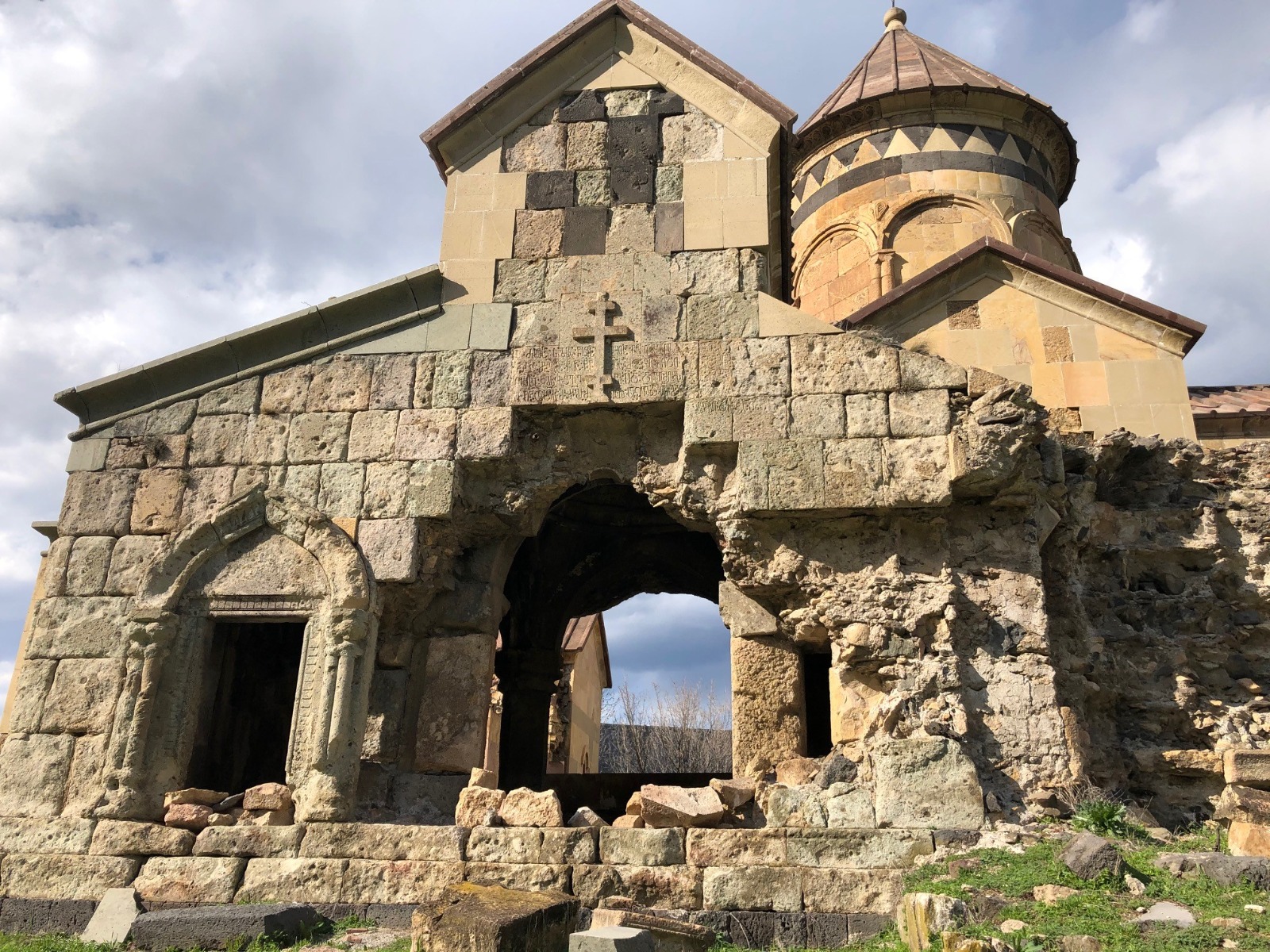
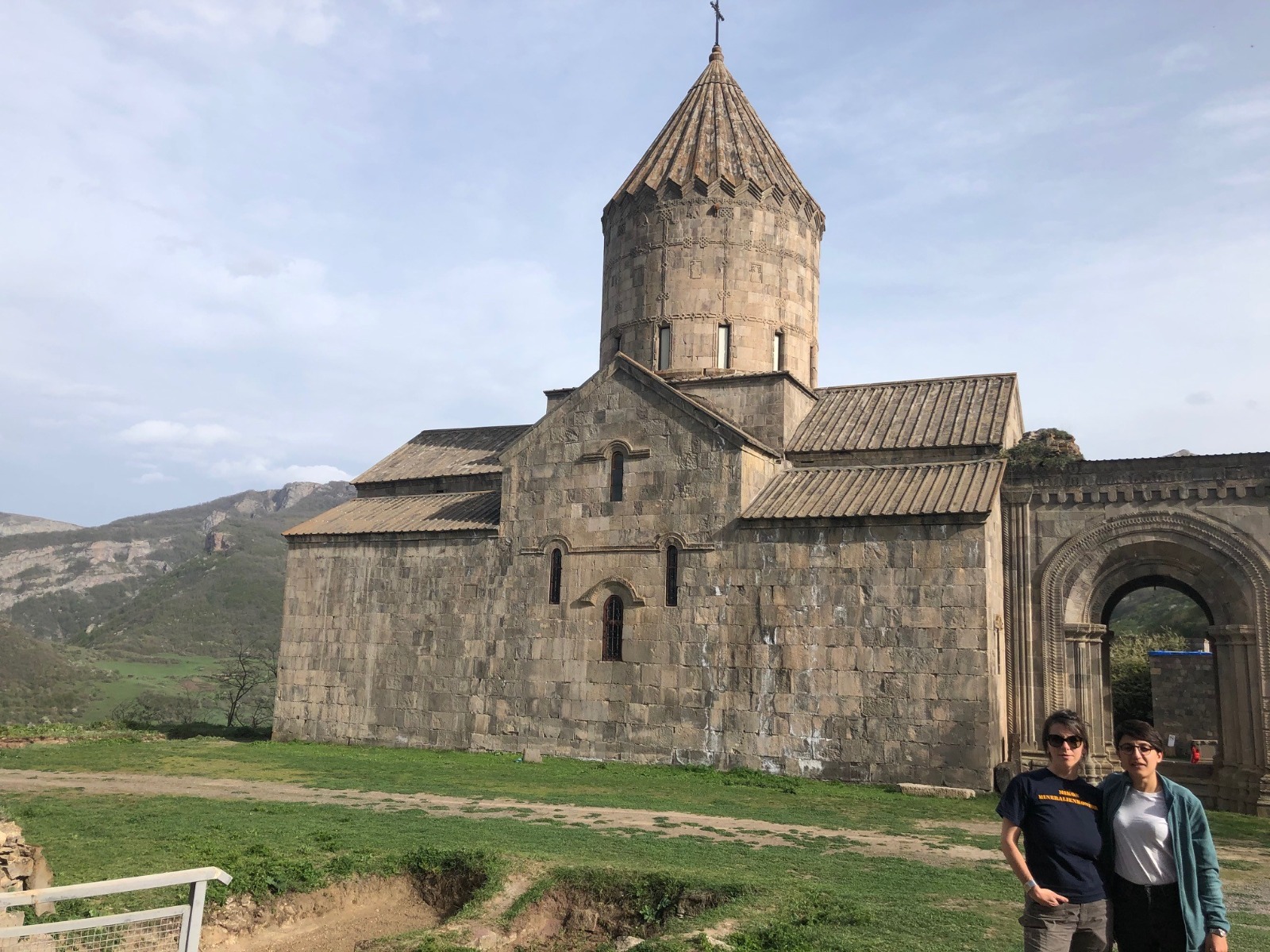
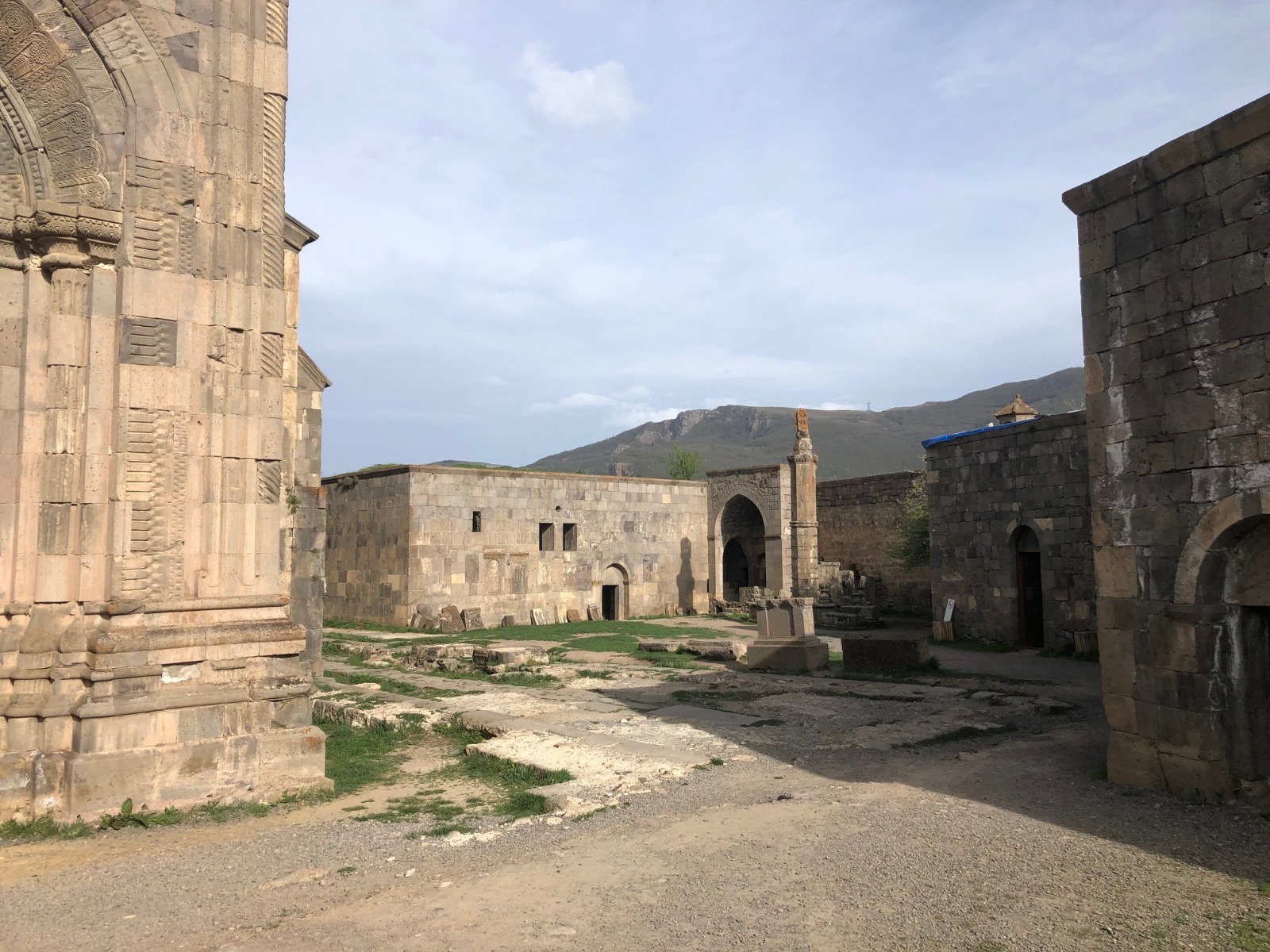
pictures 246 - 266:
mountain hike with a great view to Mt. Ararat located on the turkish side of the mountain range. Still in spring there are lots of flowers but still a bit of snow.

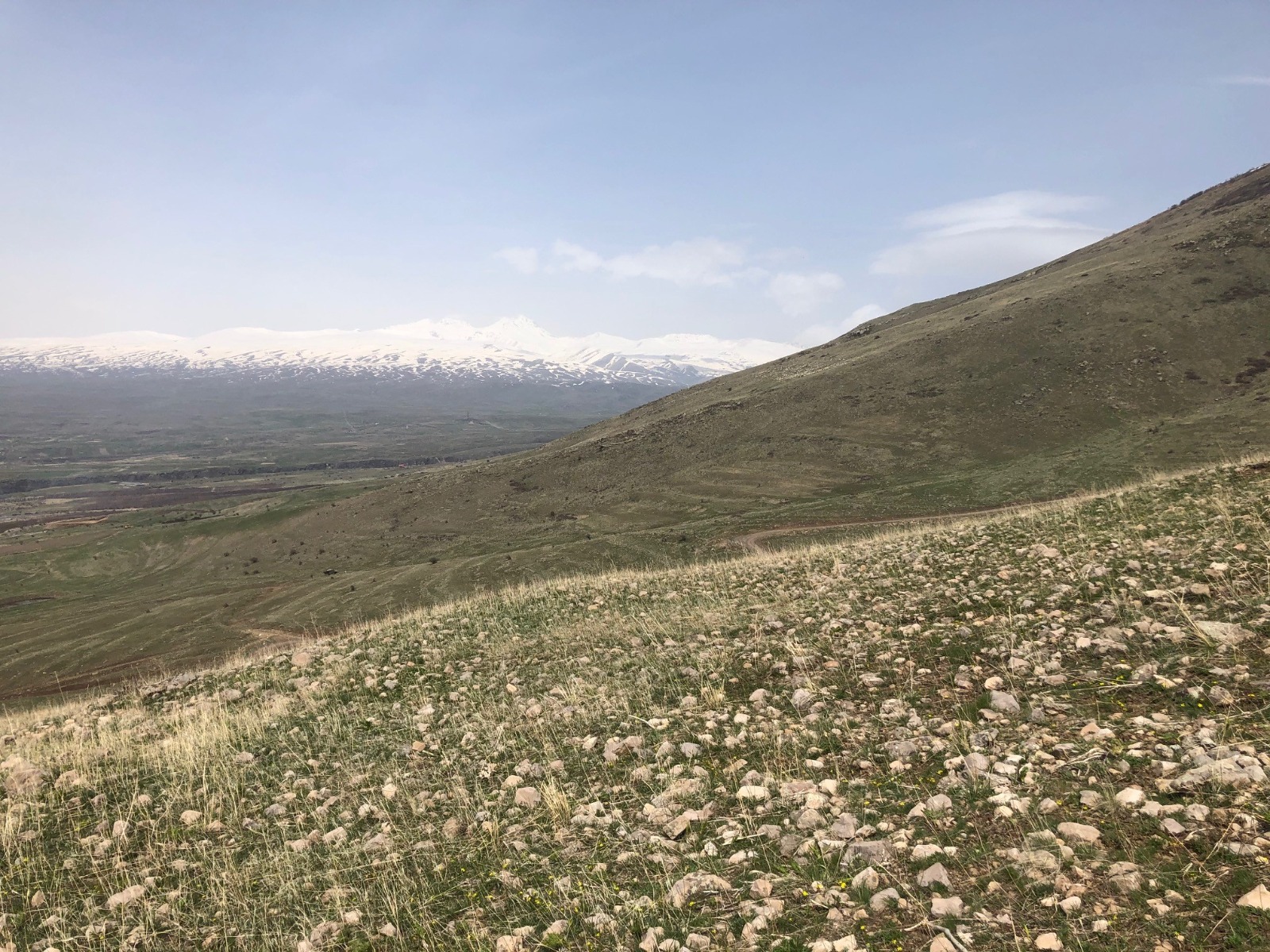
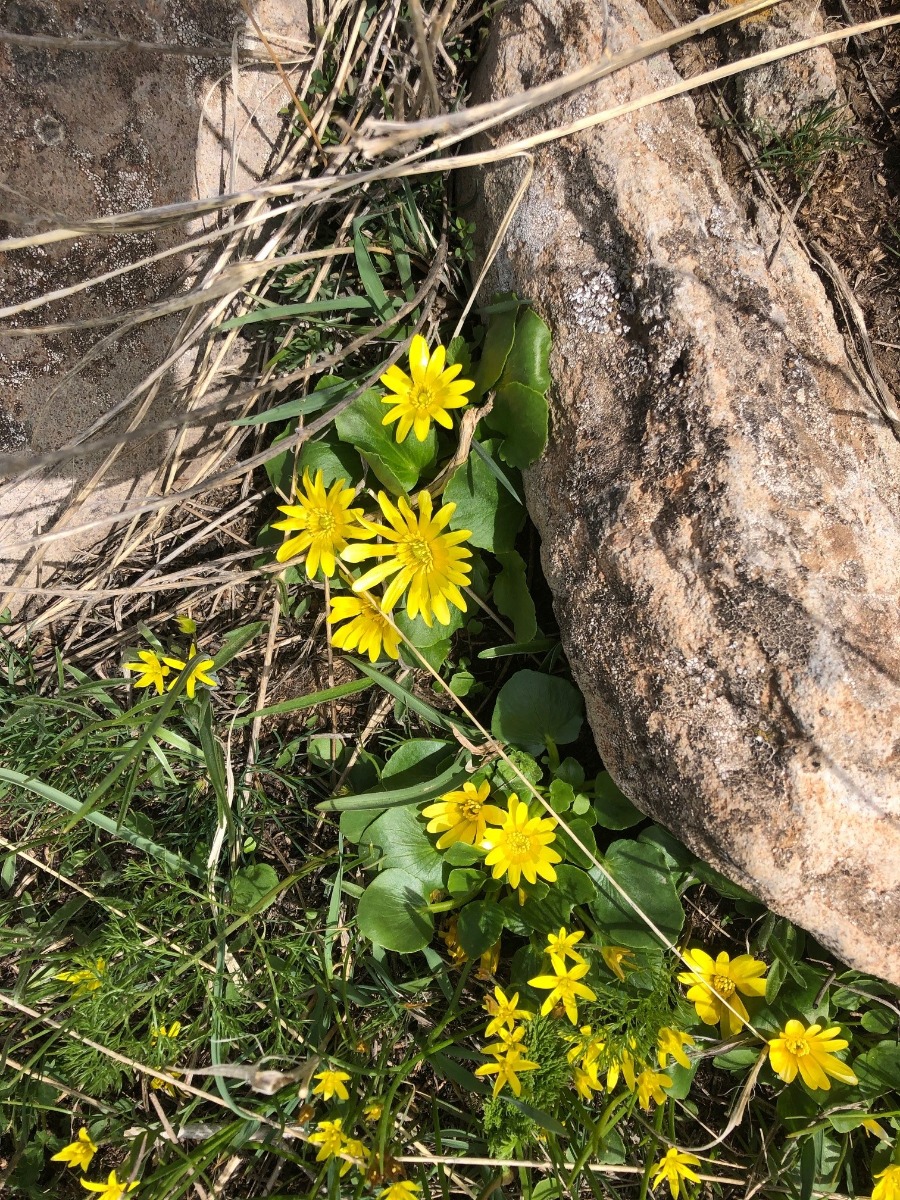
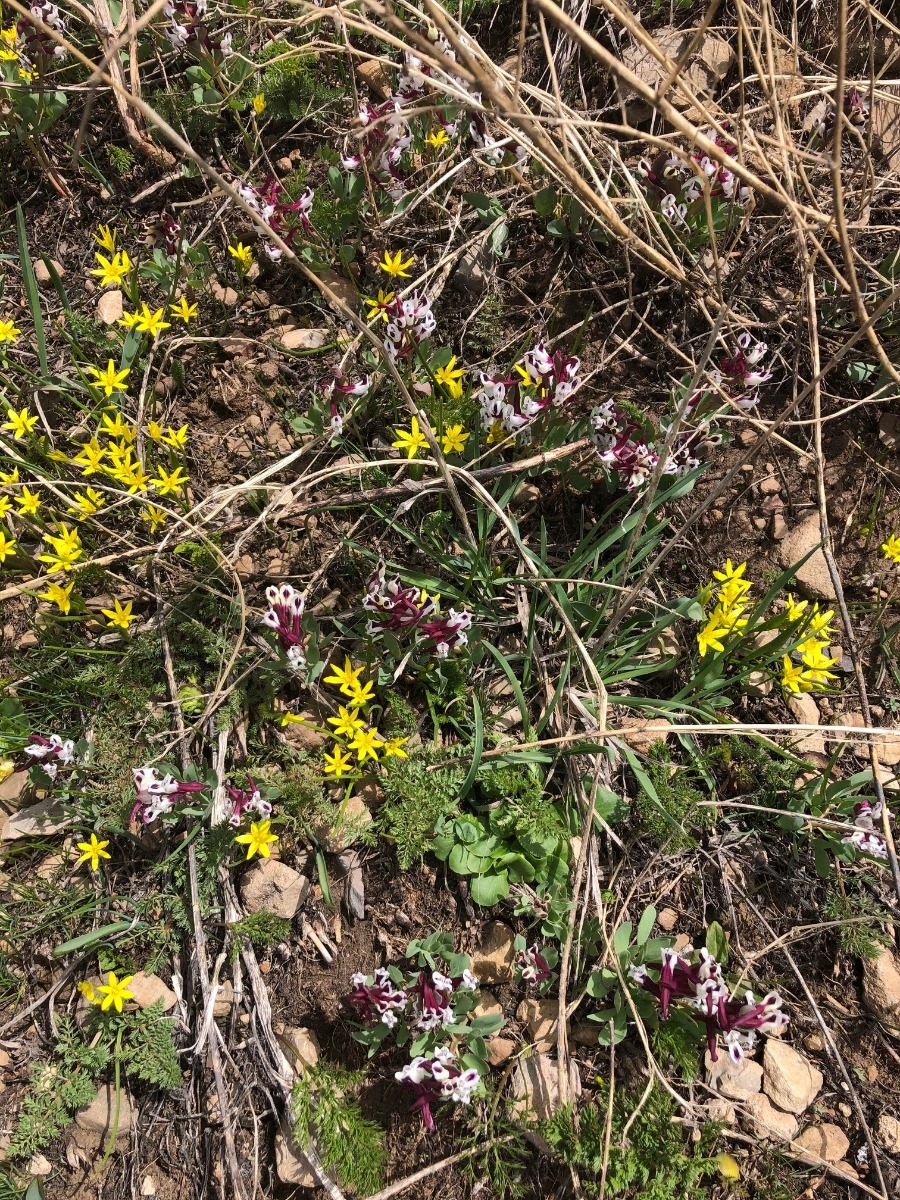
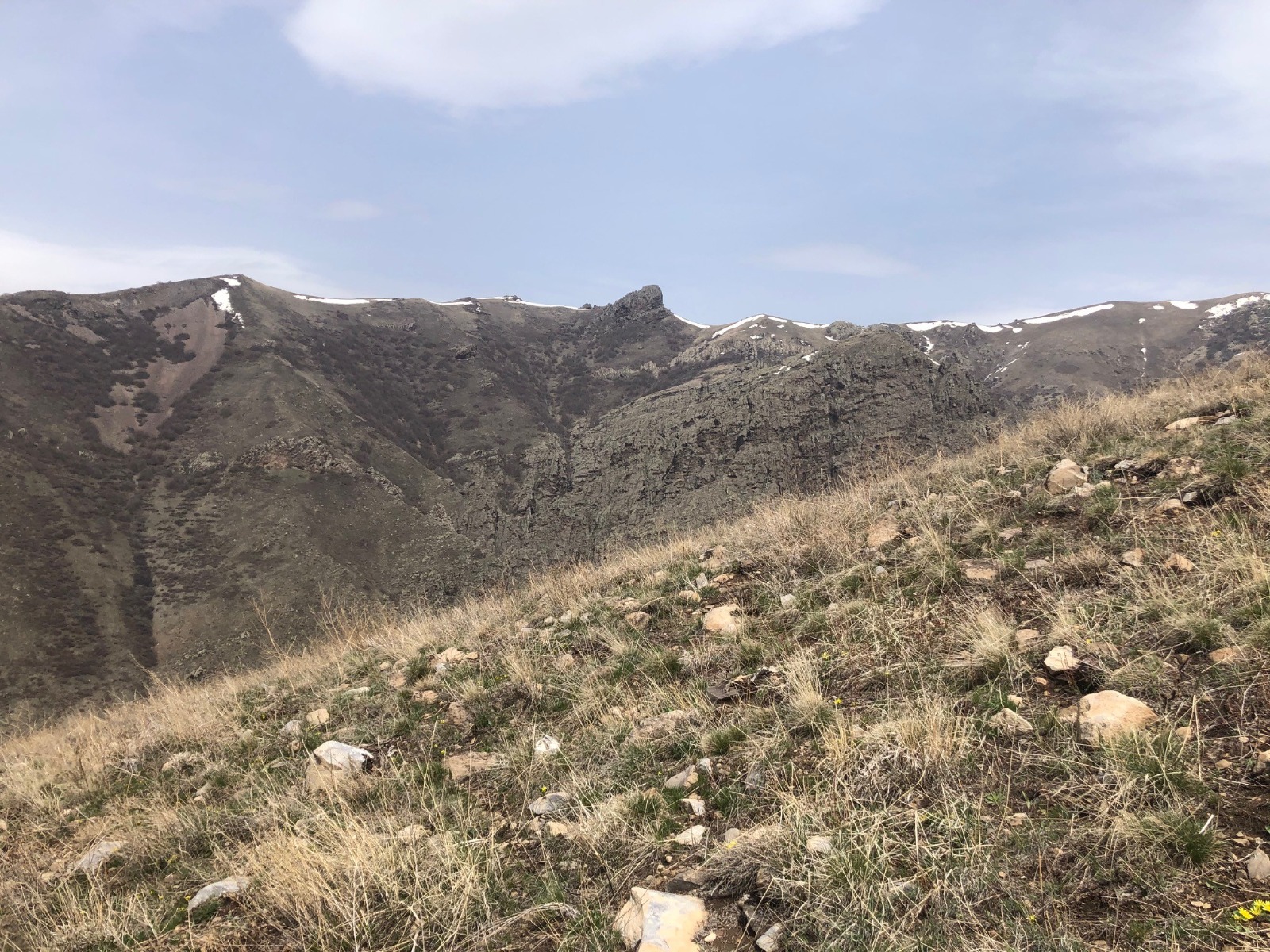
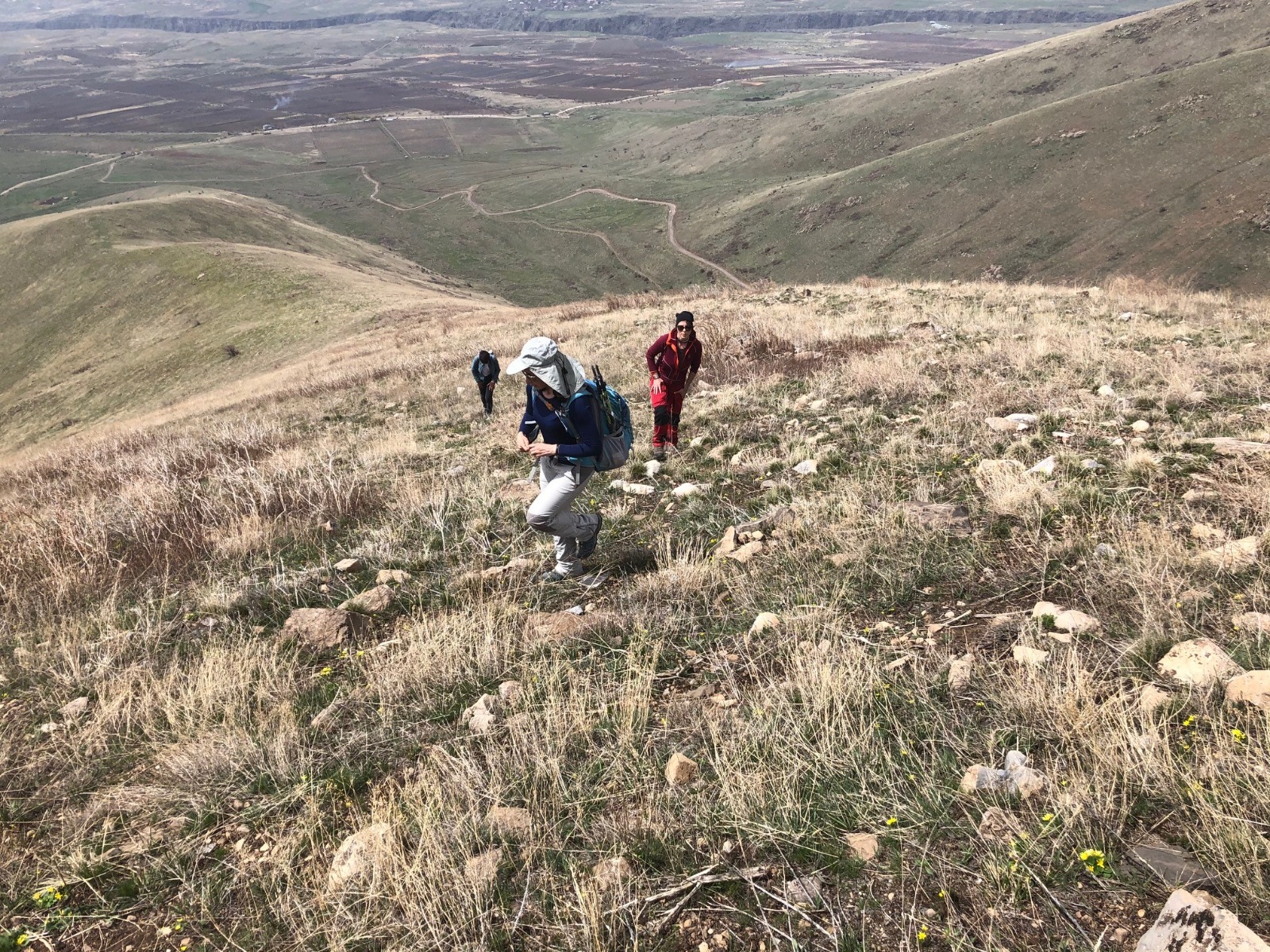
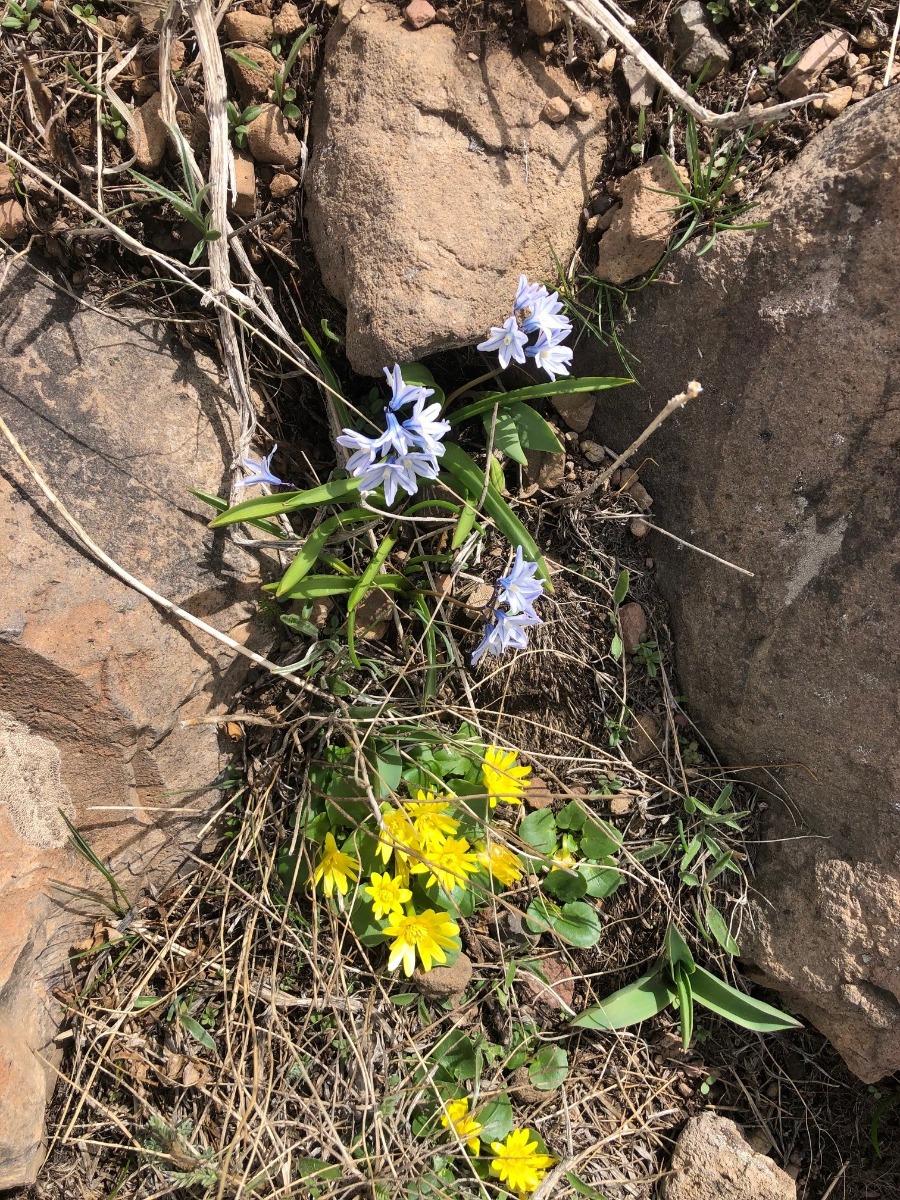
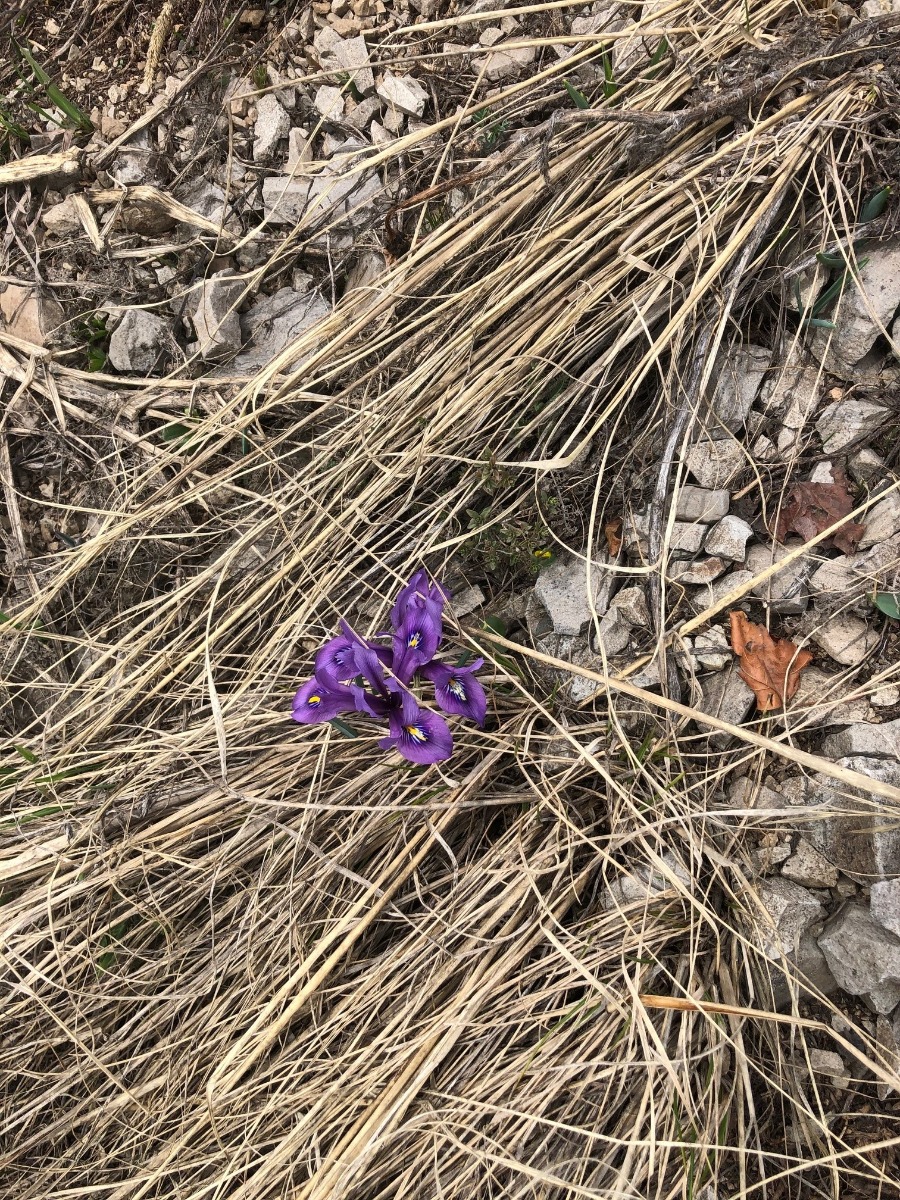
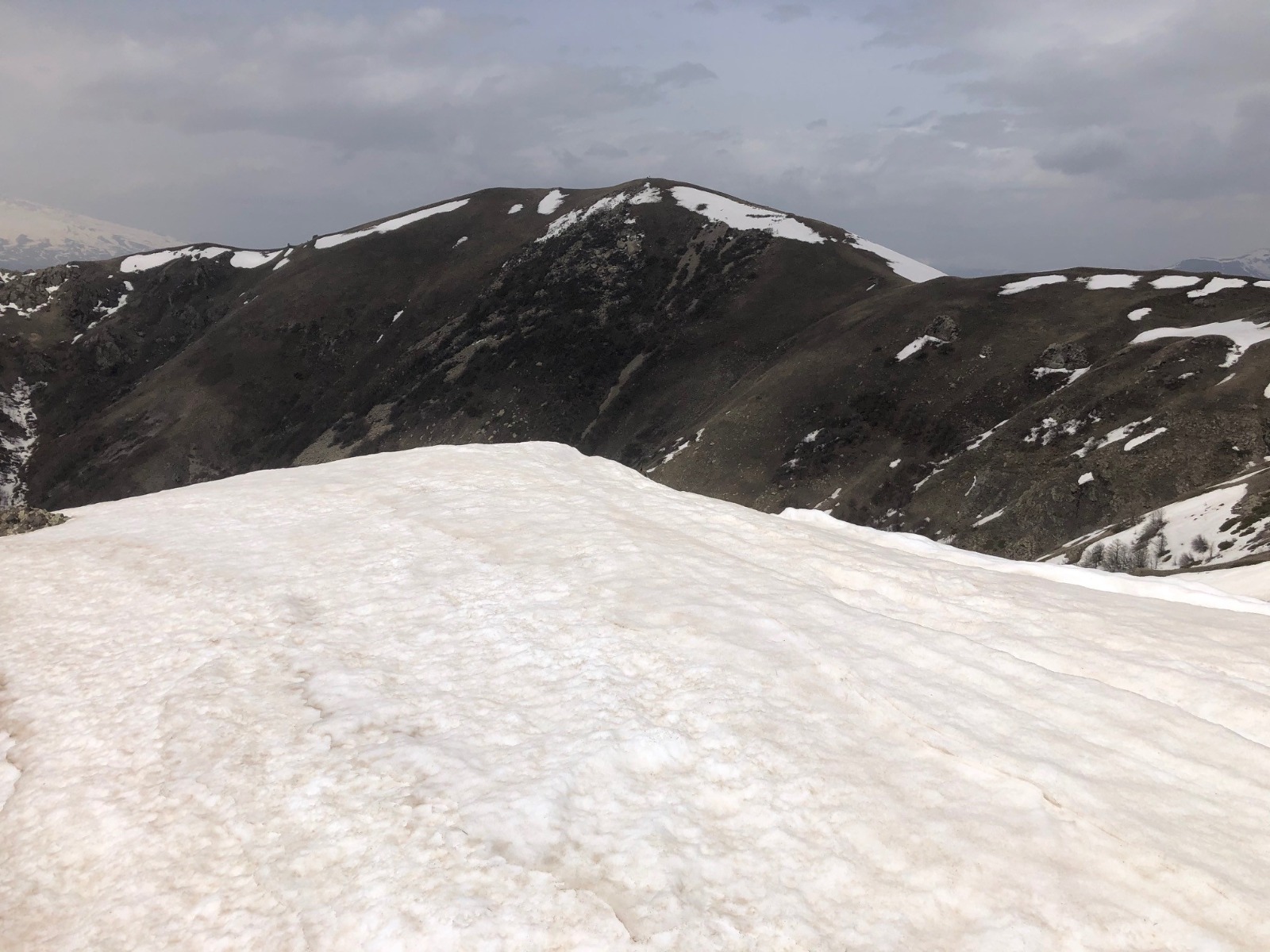
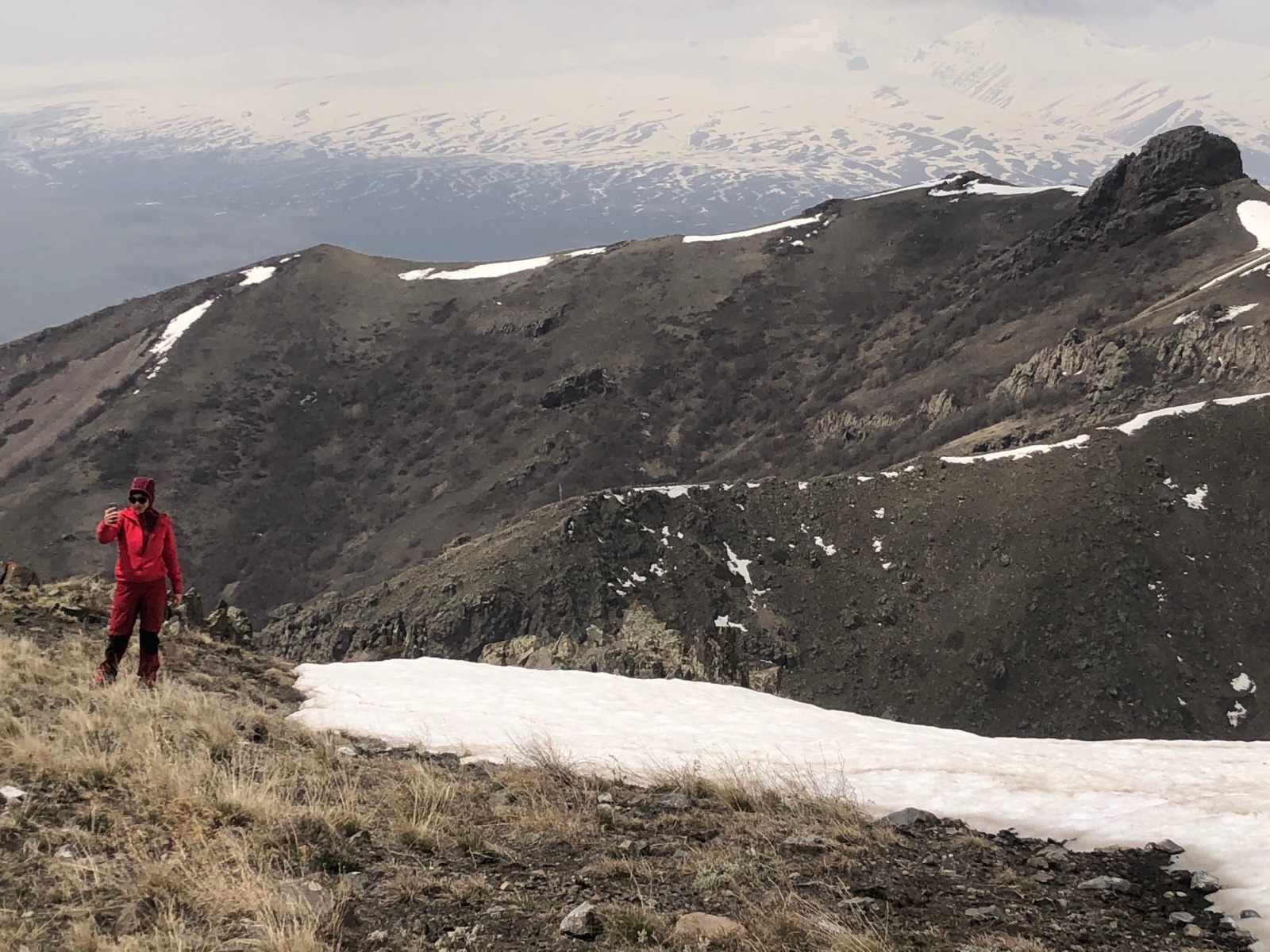
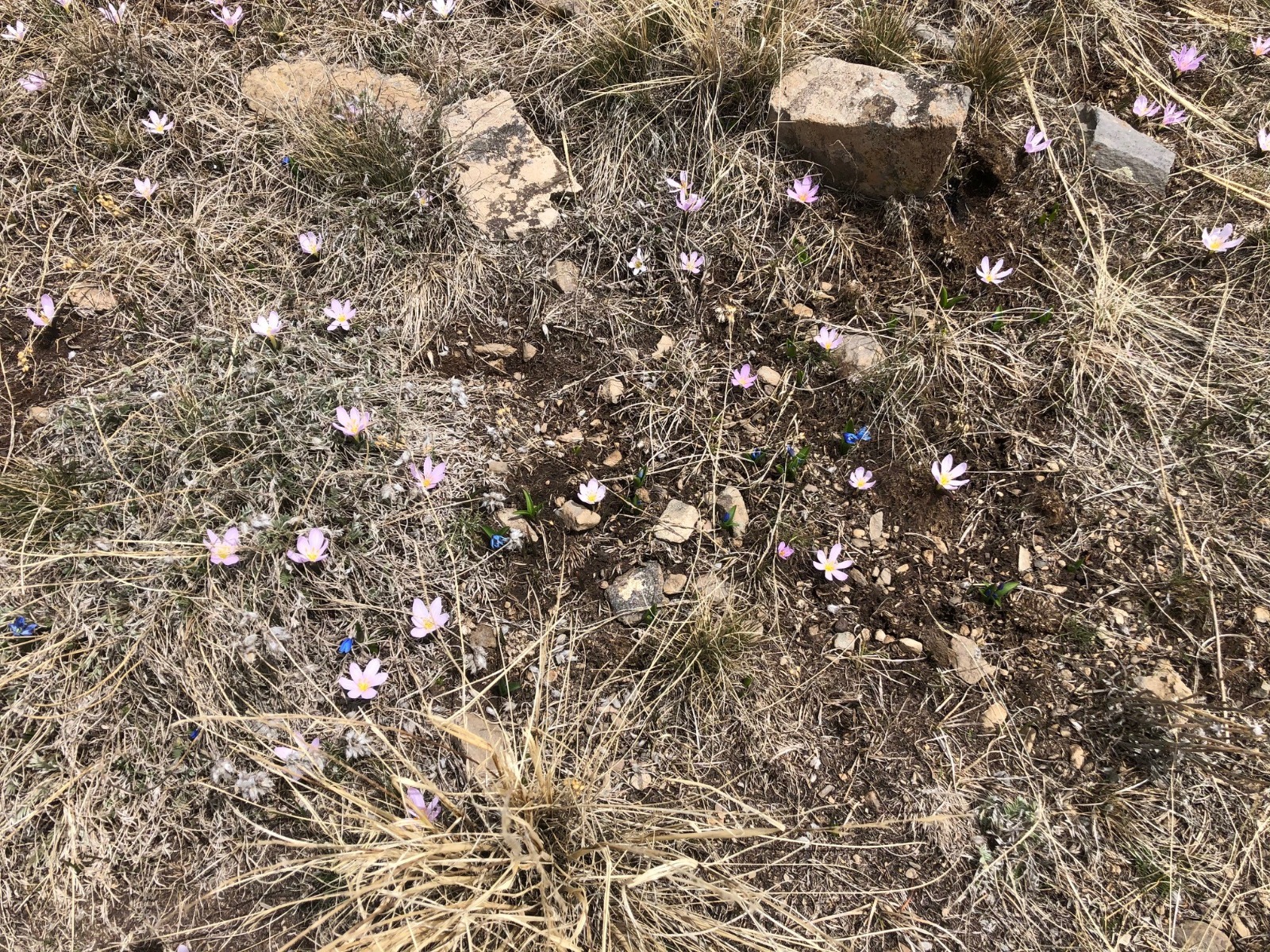
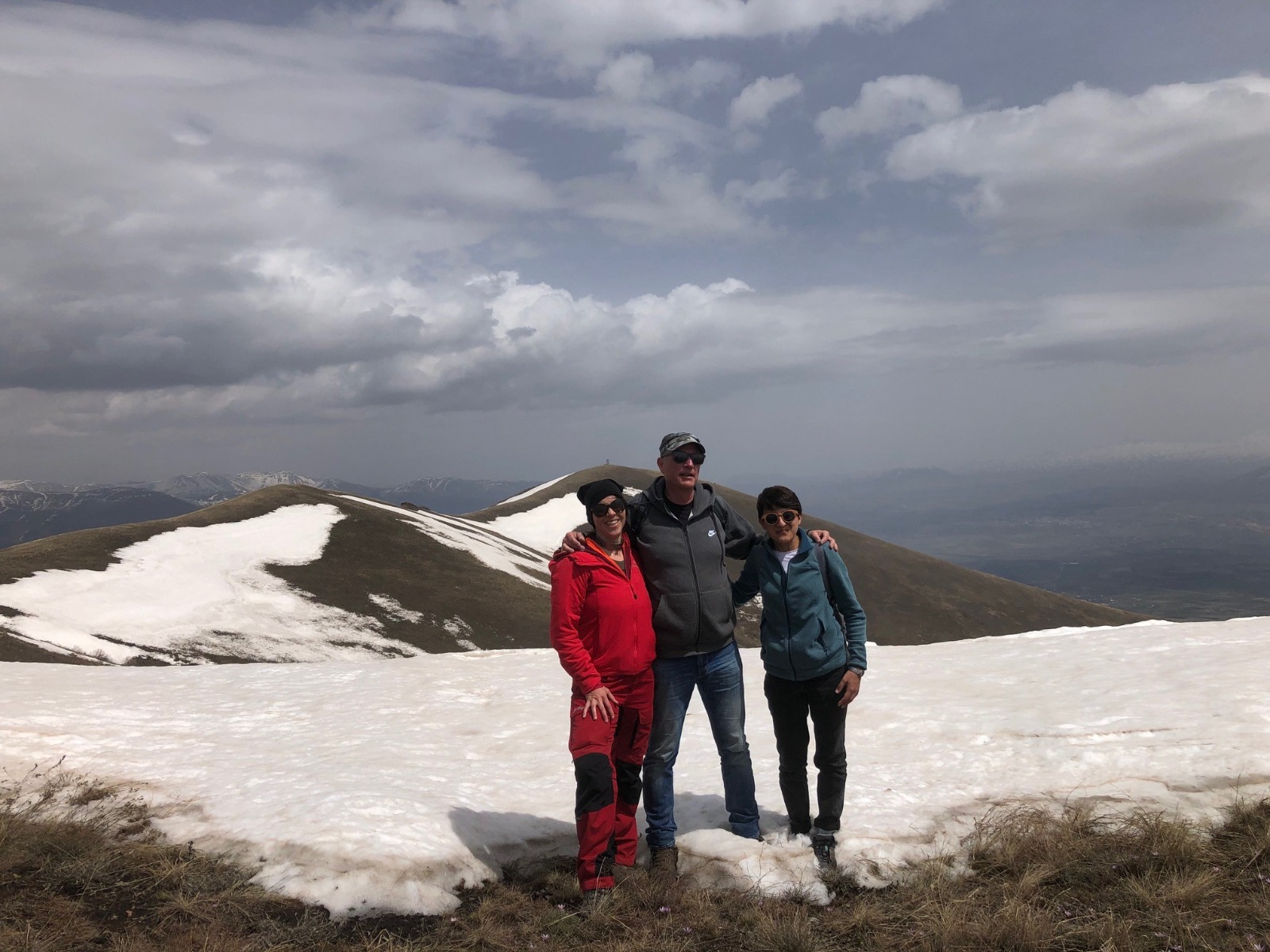
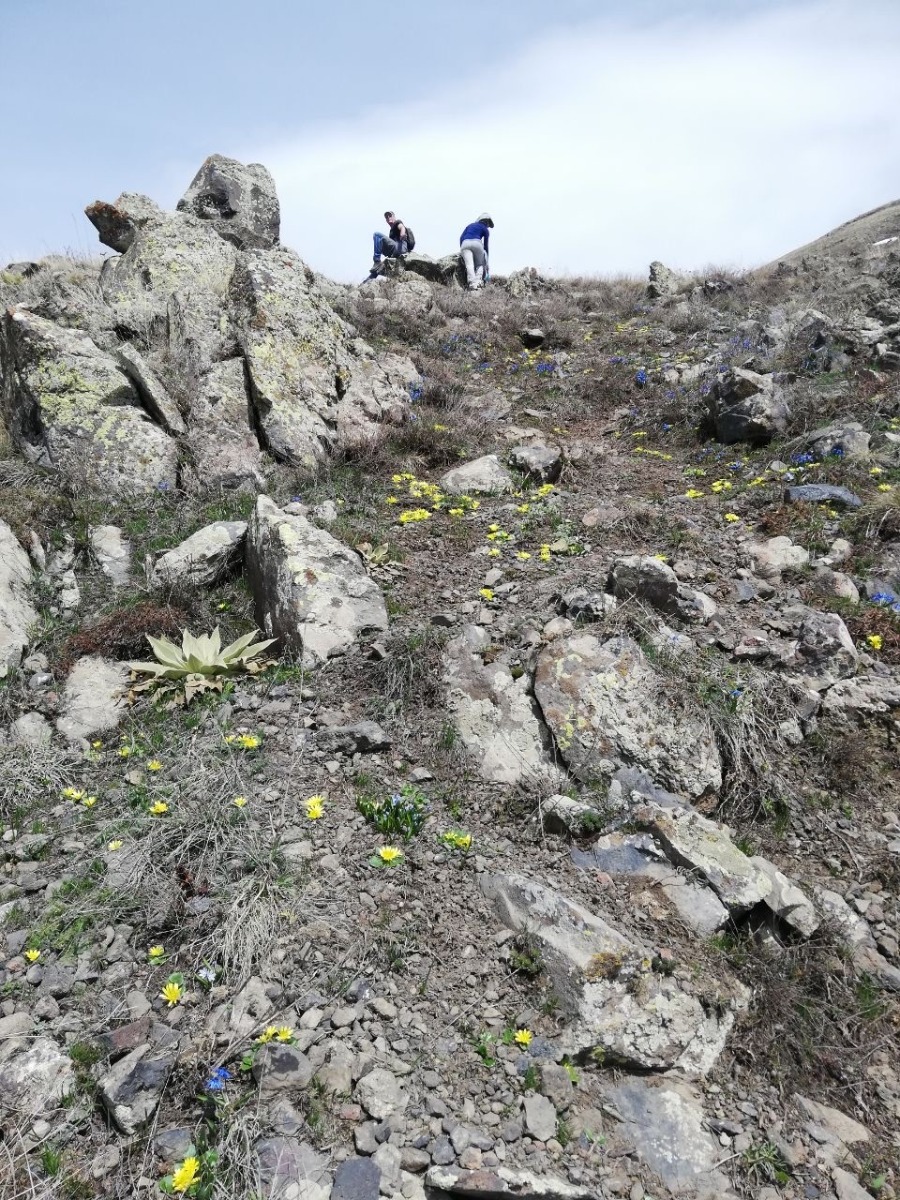
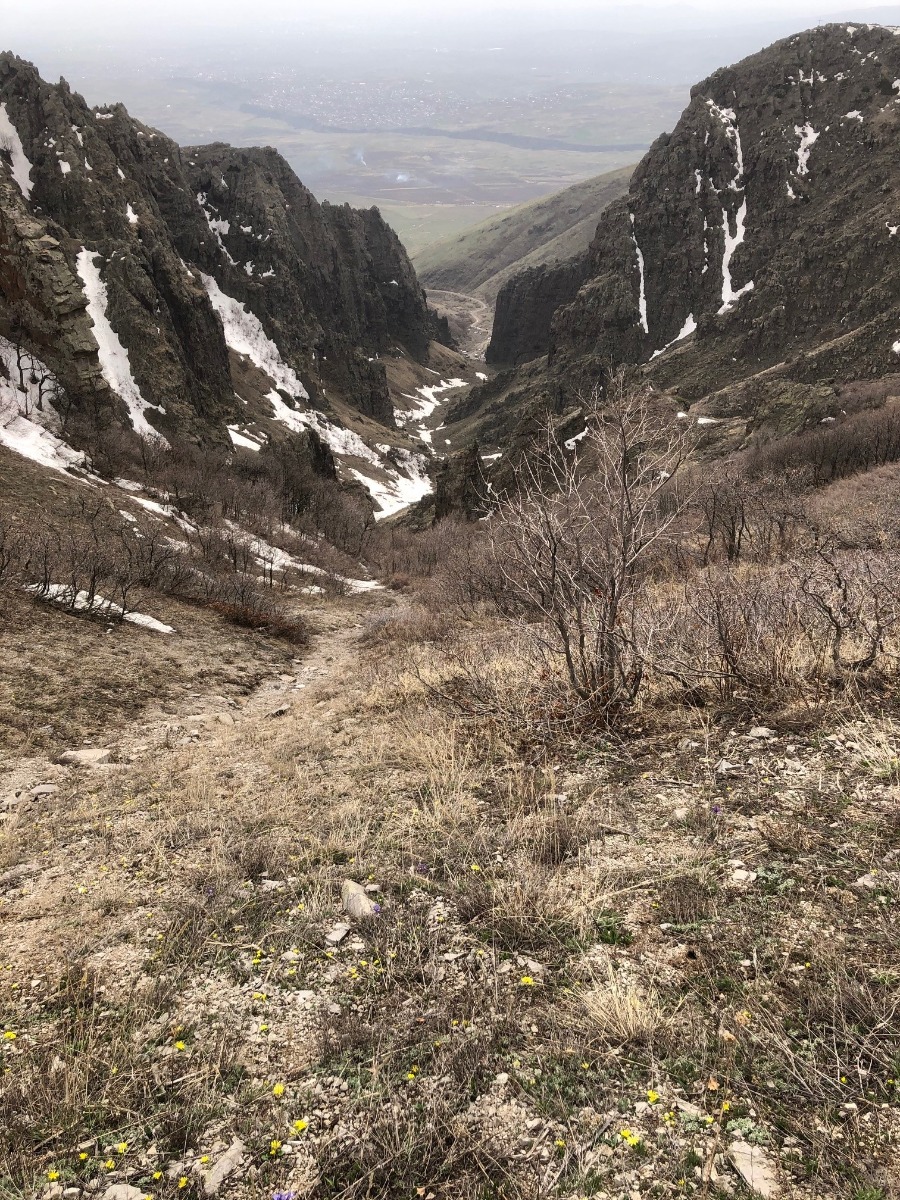
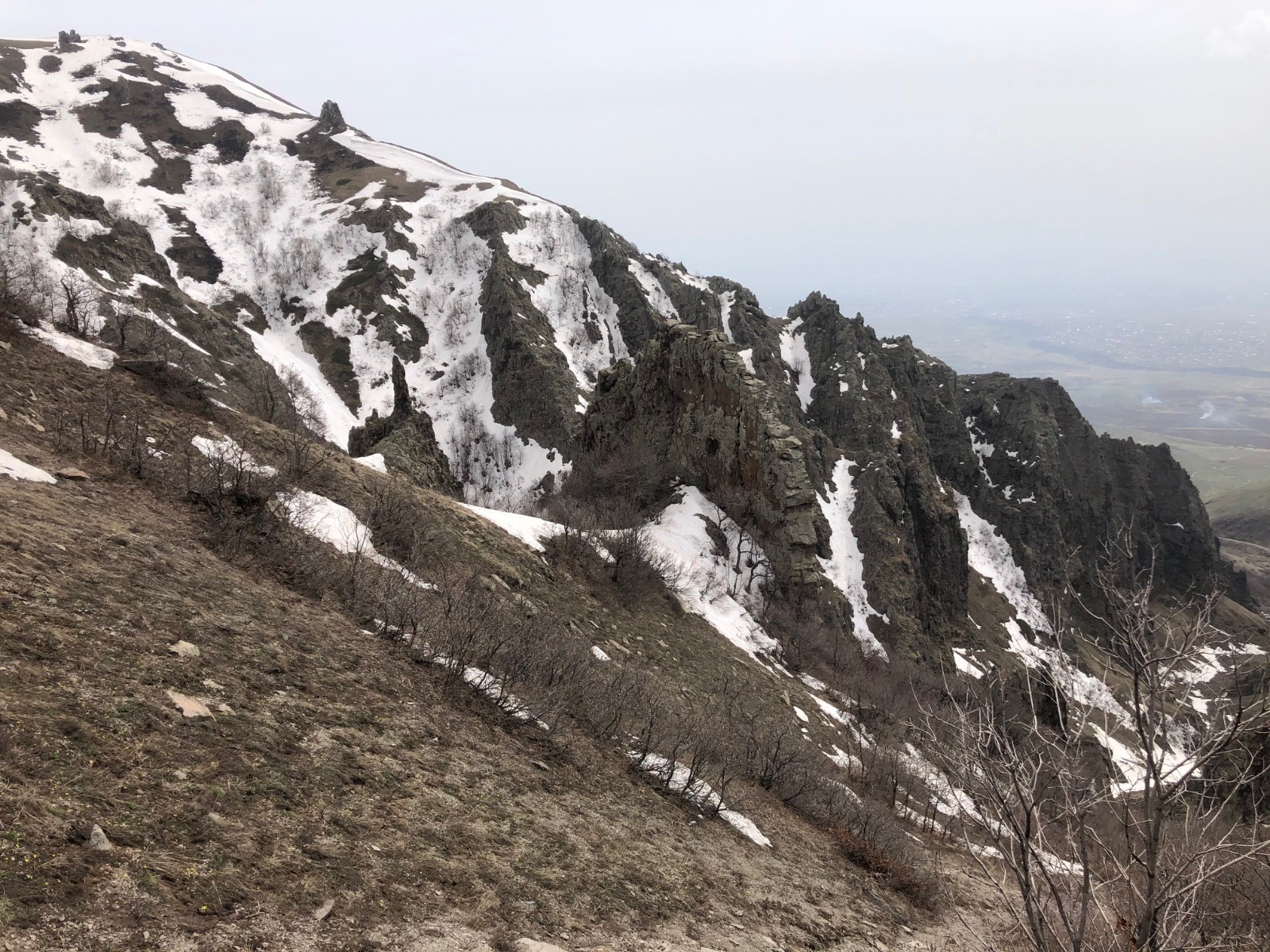
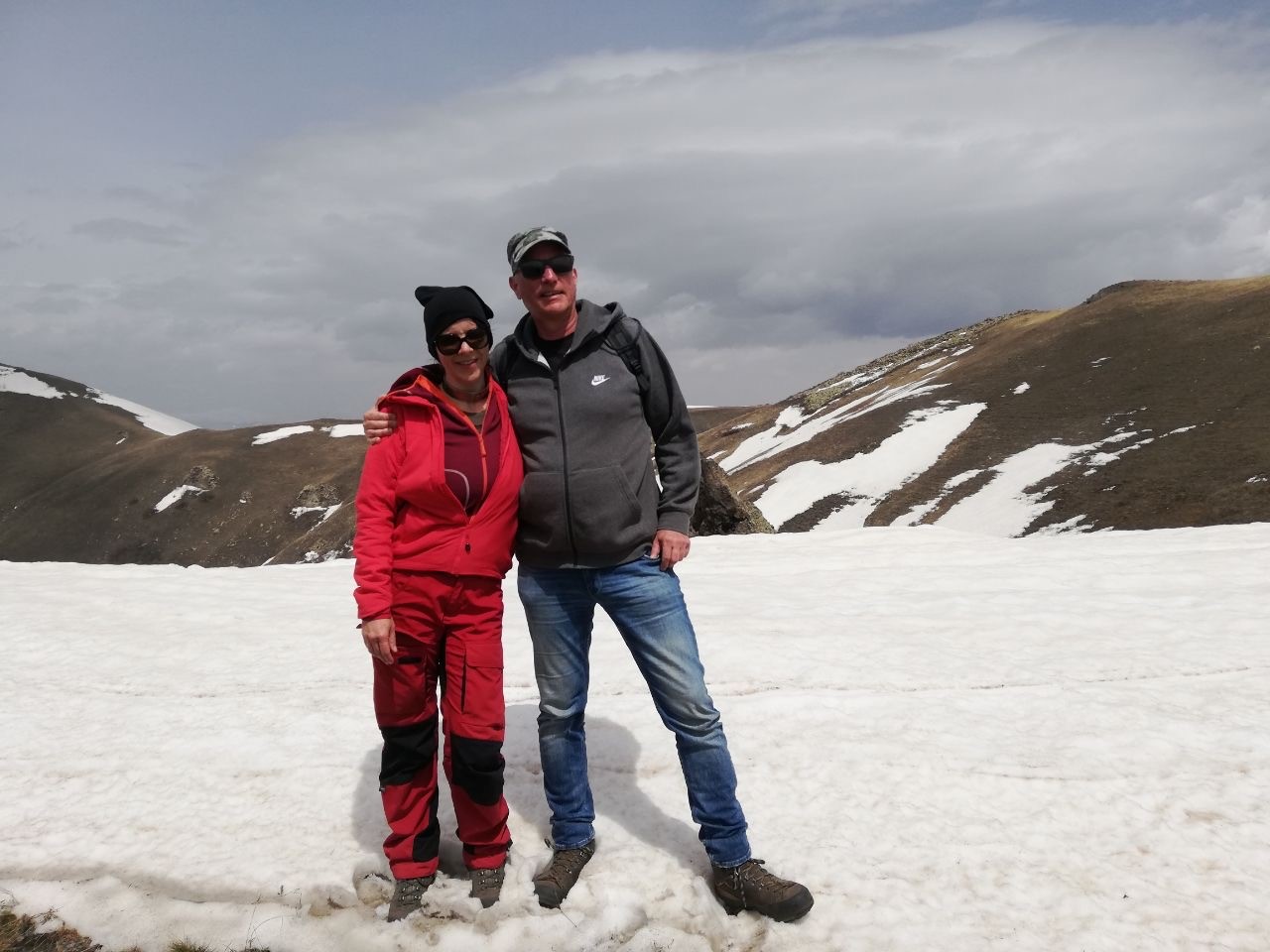
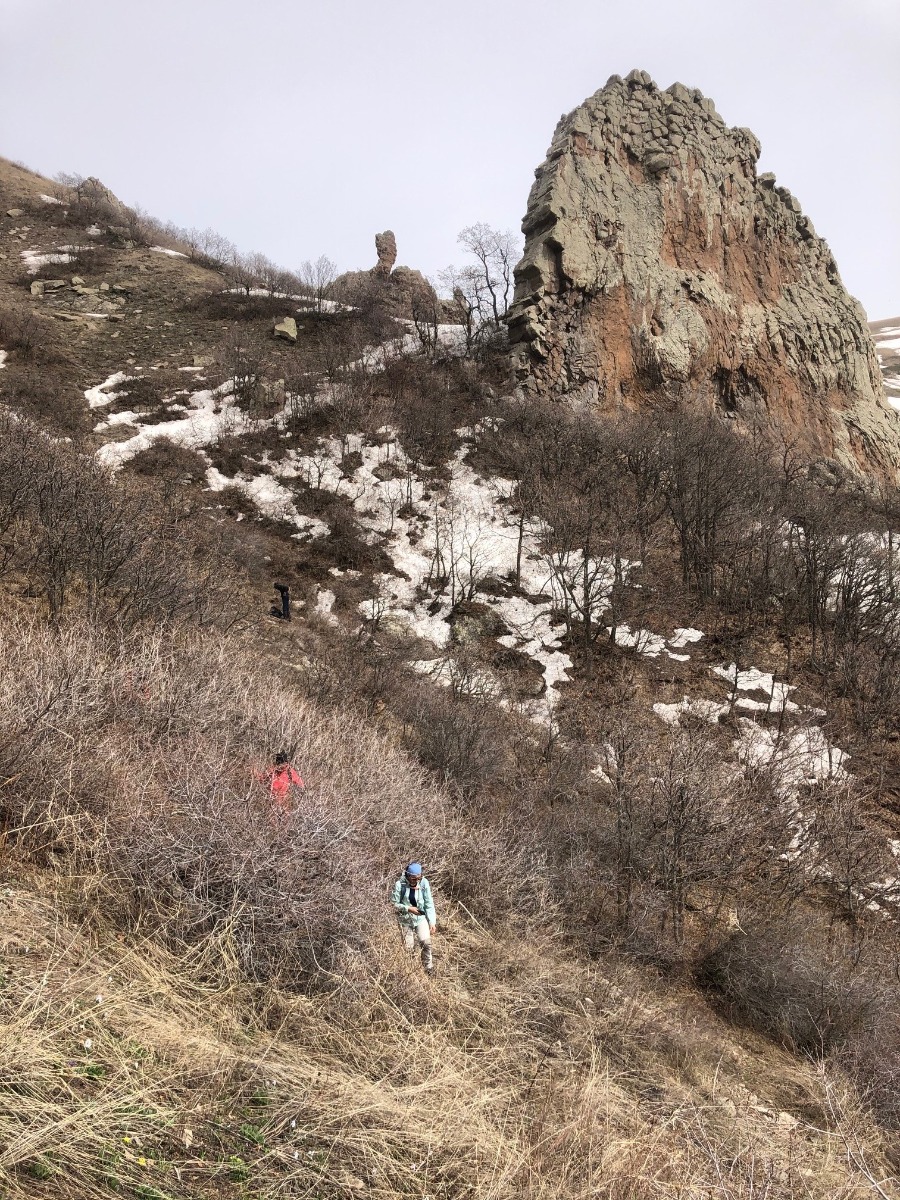
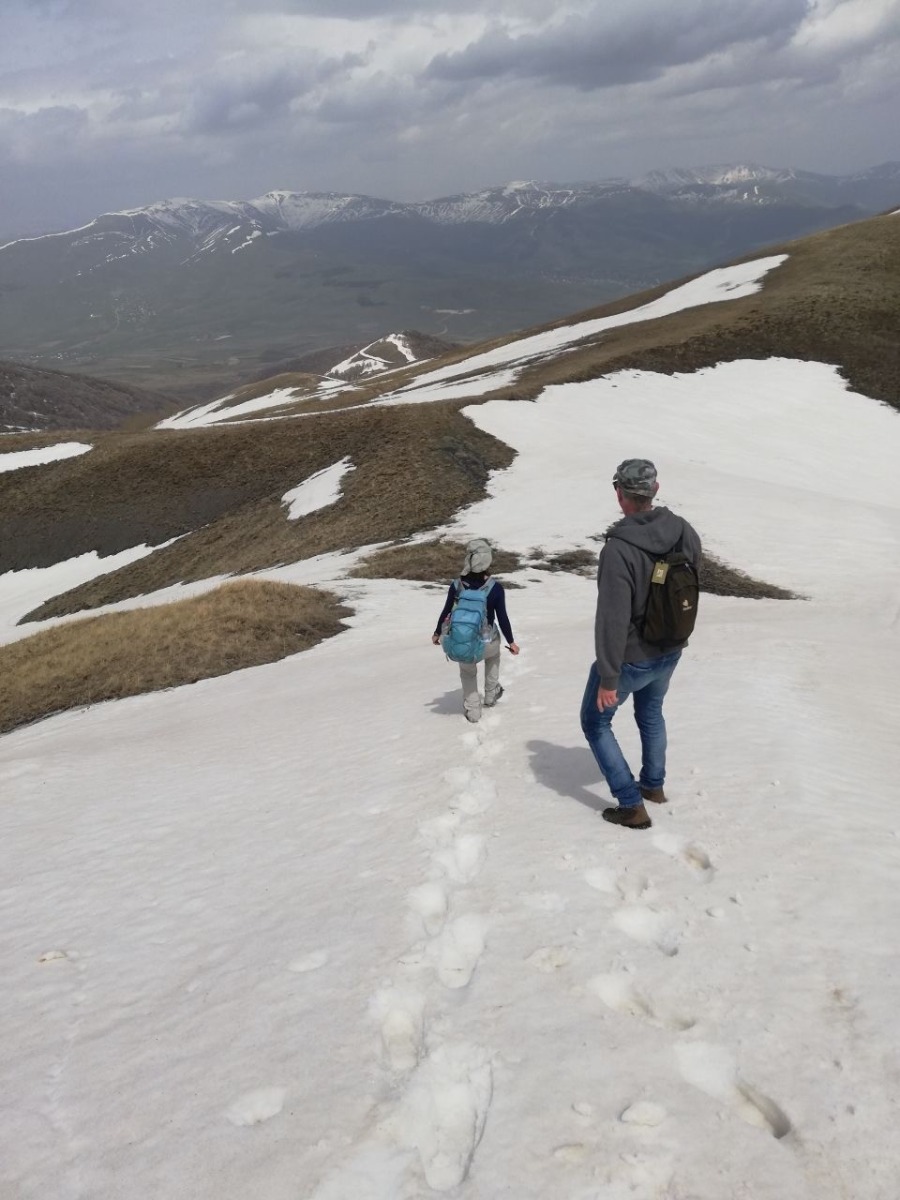

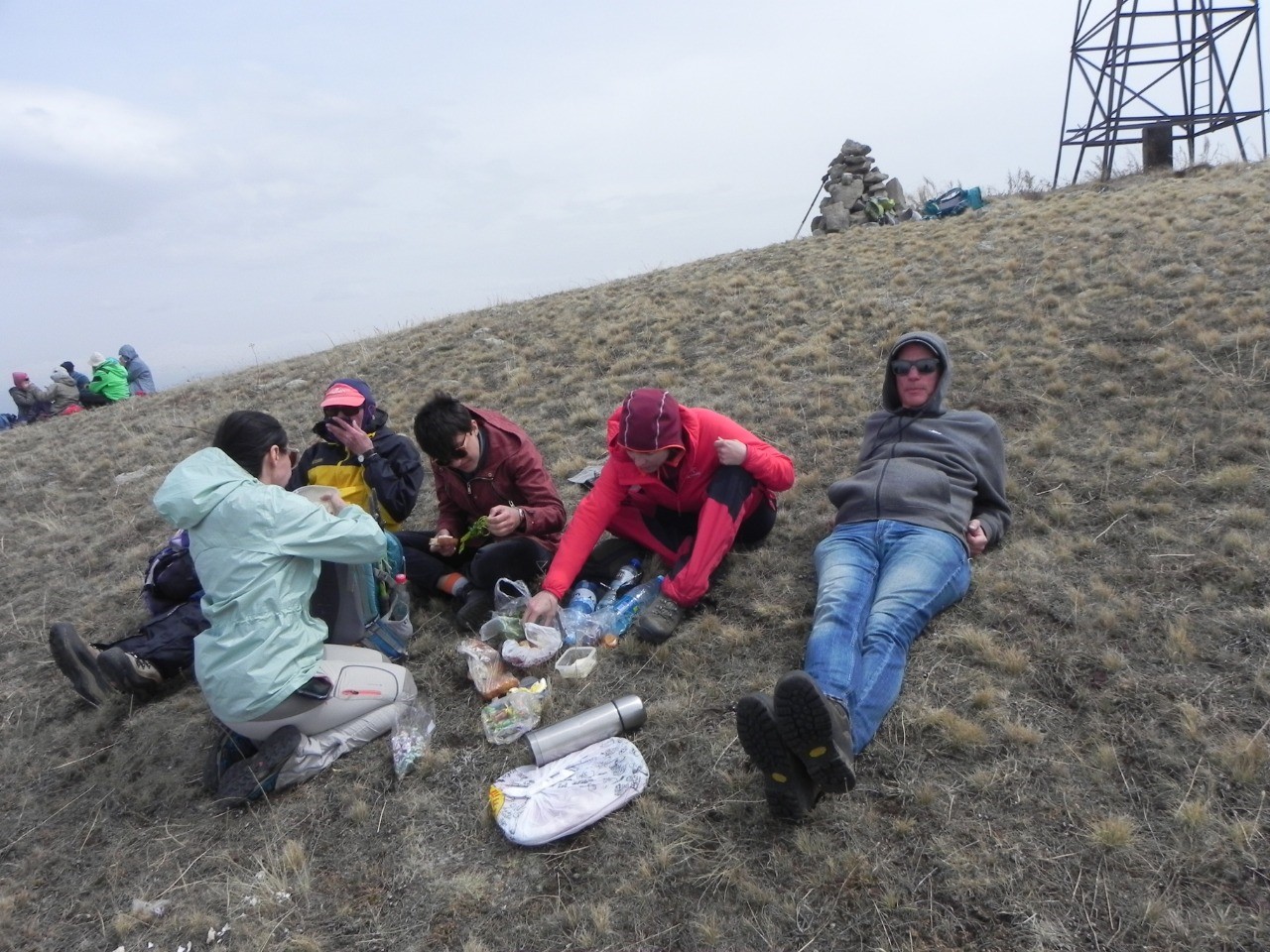
pictures 274 - 290:
Republic of Artsak (Karabach). Actually we wanted to do a city partnership of Stepanakert with my home town Göttingen in Germany. It is such a beautiful place, and opposite to many cities in Armenia all was totally clean and proper. By now this country, one of the very few really demecratic nations in the region, got destroyed by Azerbeijan and all it inhabitans got expelled or killed. Just in the few years since we visited the place. A really terrible and sad story, particular as nobody of the rest of the word cares about it.
We start at the Lachin corridor:
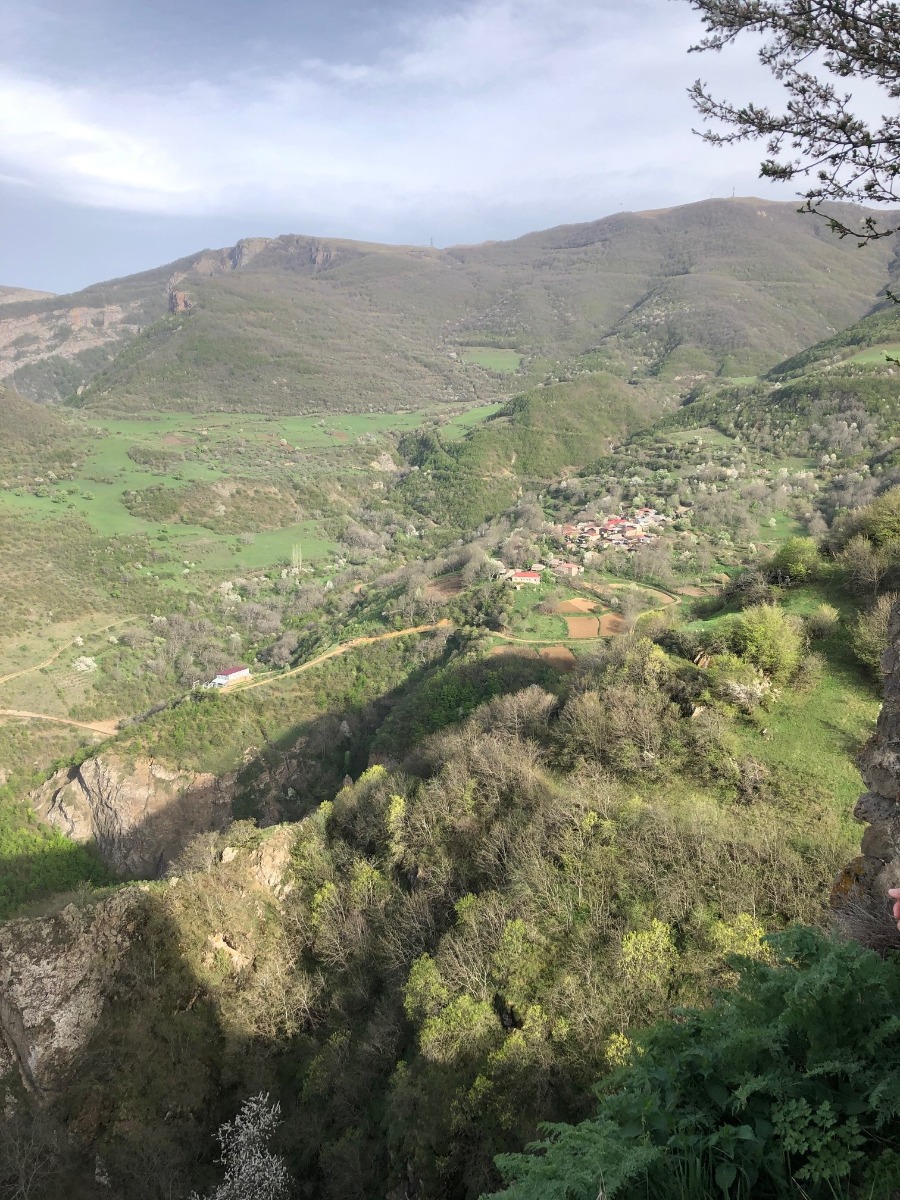
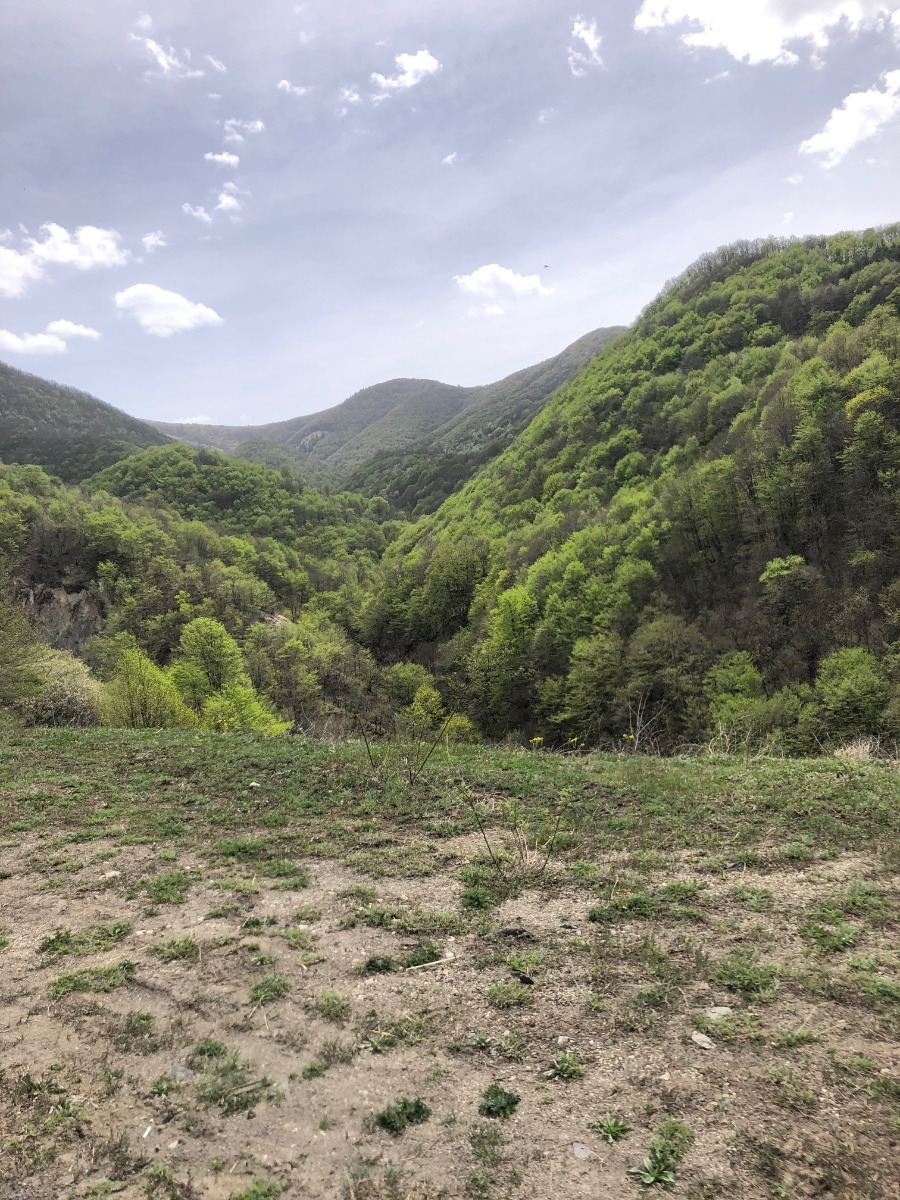
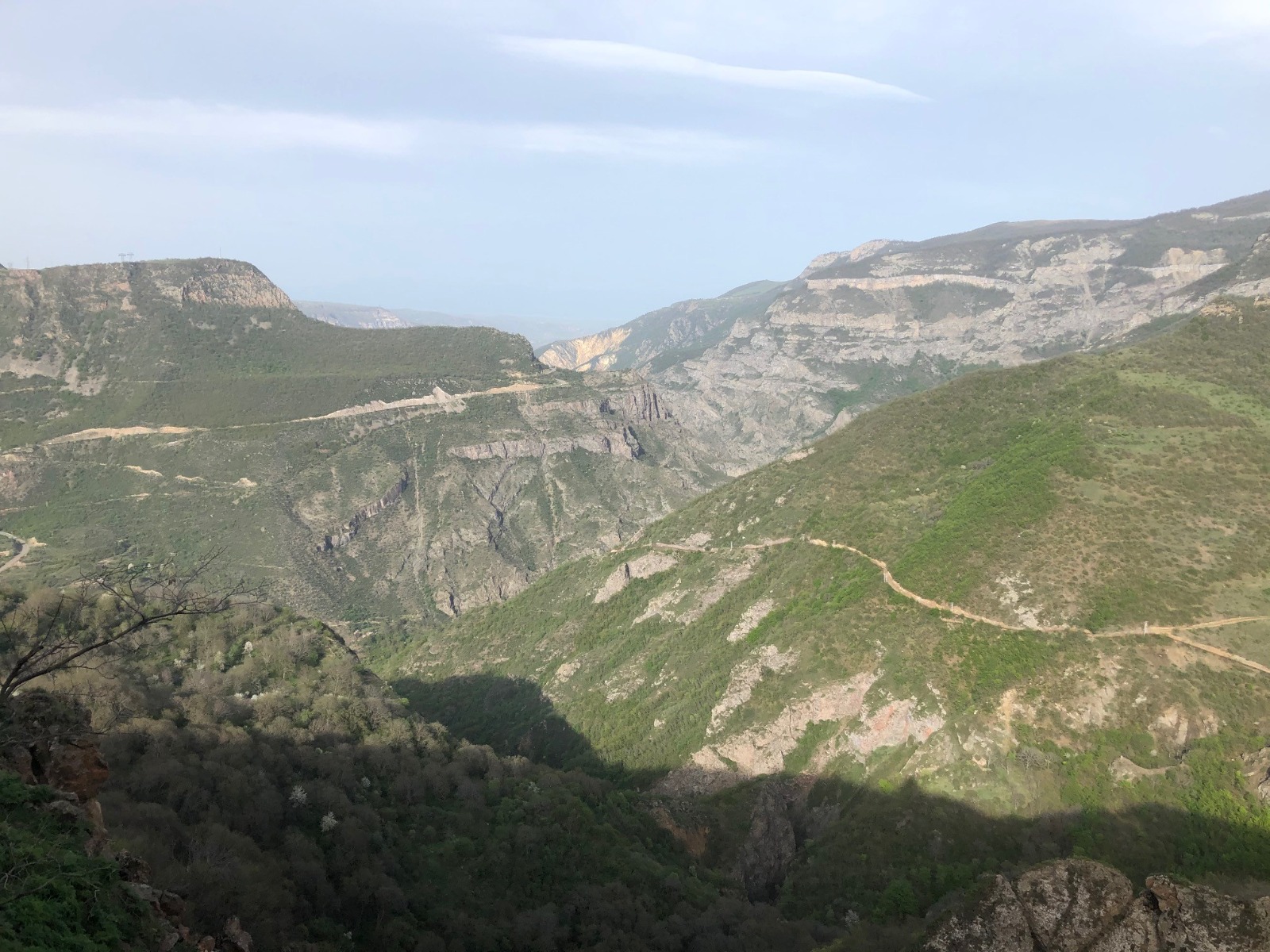
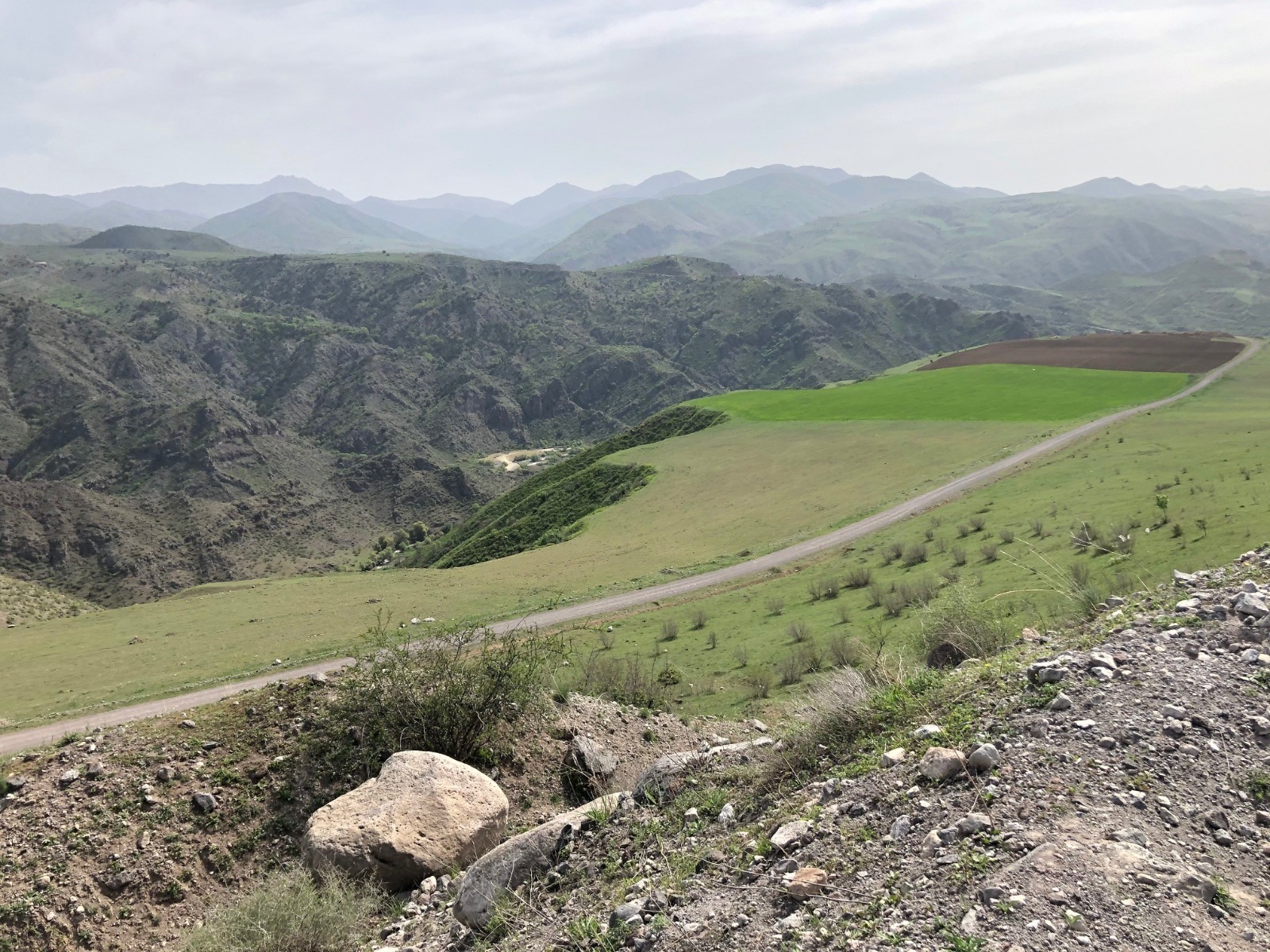
destroyed villages along the Lachin corridor. A narrow road supervised by Russian "peacekeepers". They were really surprised to see us there, but we got escorted well to the Artsak border.
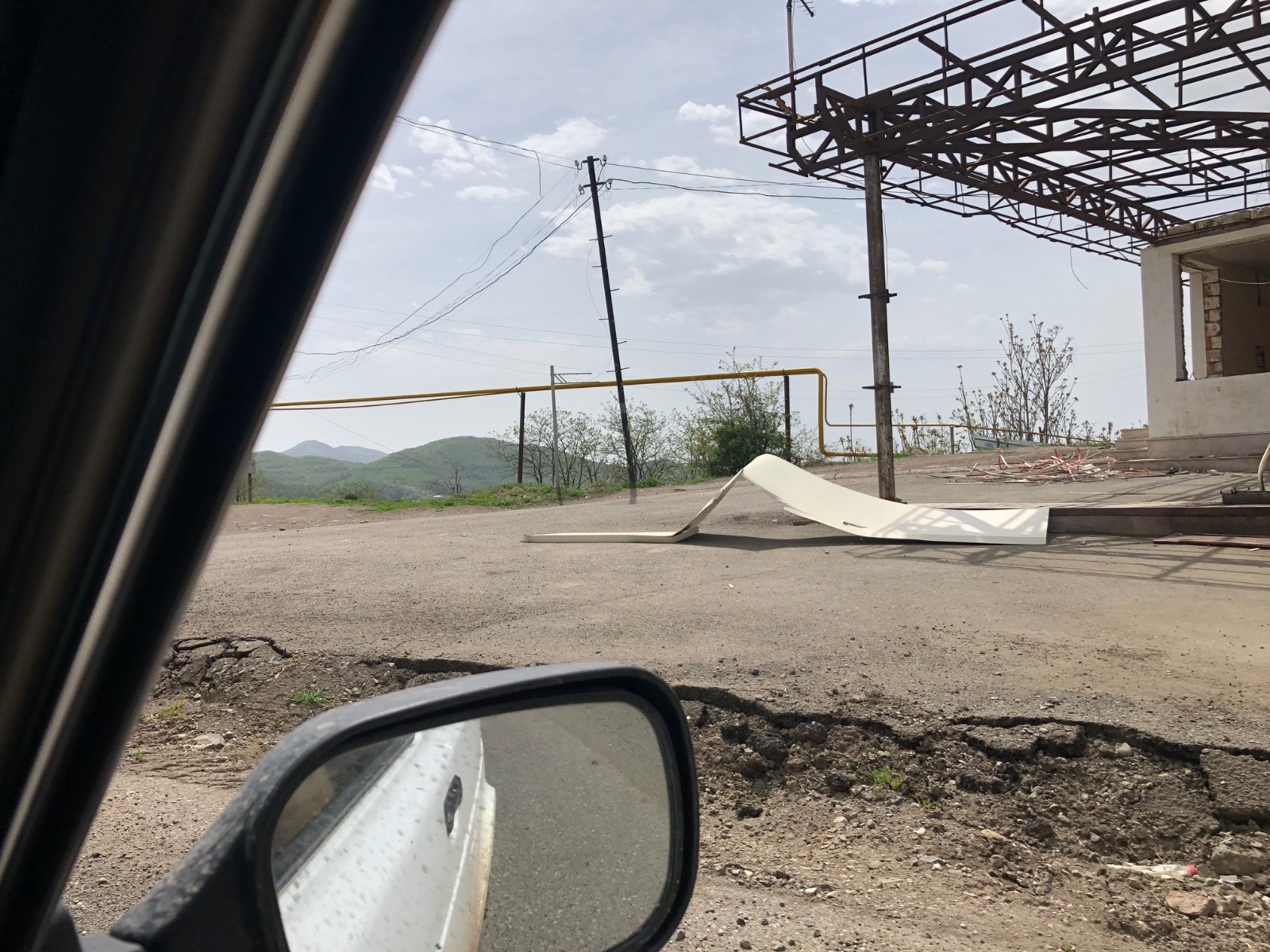
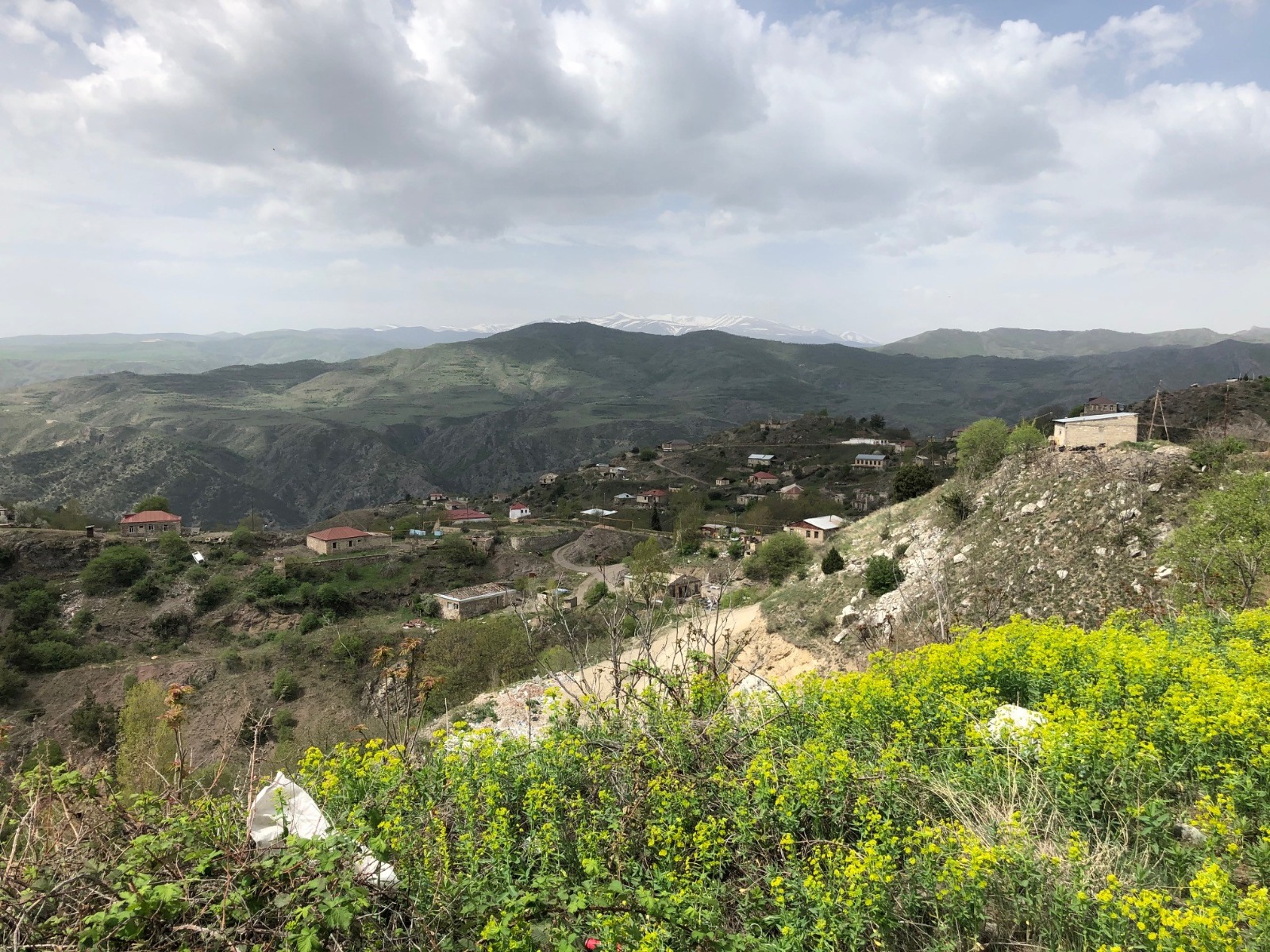
just a pretty place, one well understands why the people like to live here and don't wnat to leave.
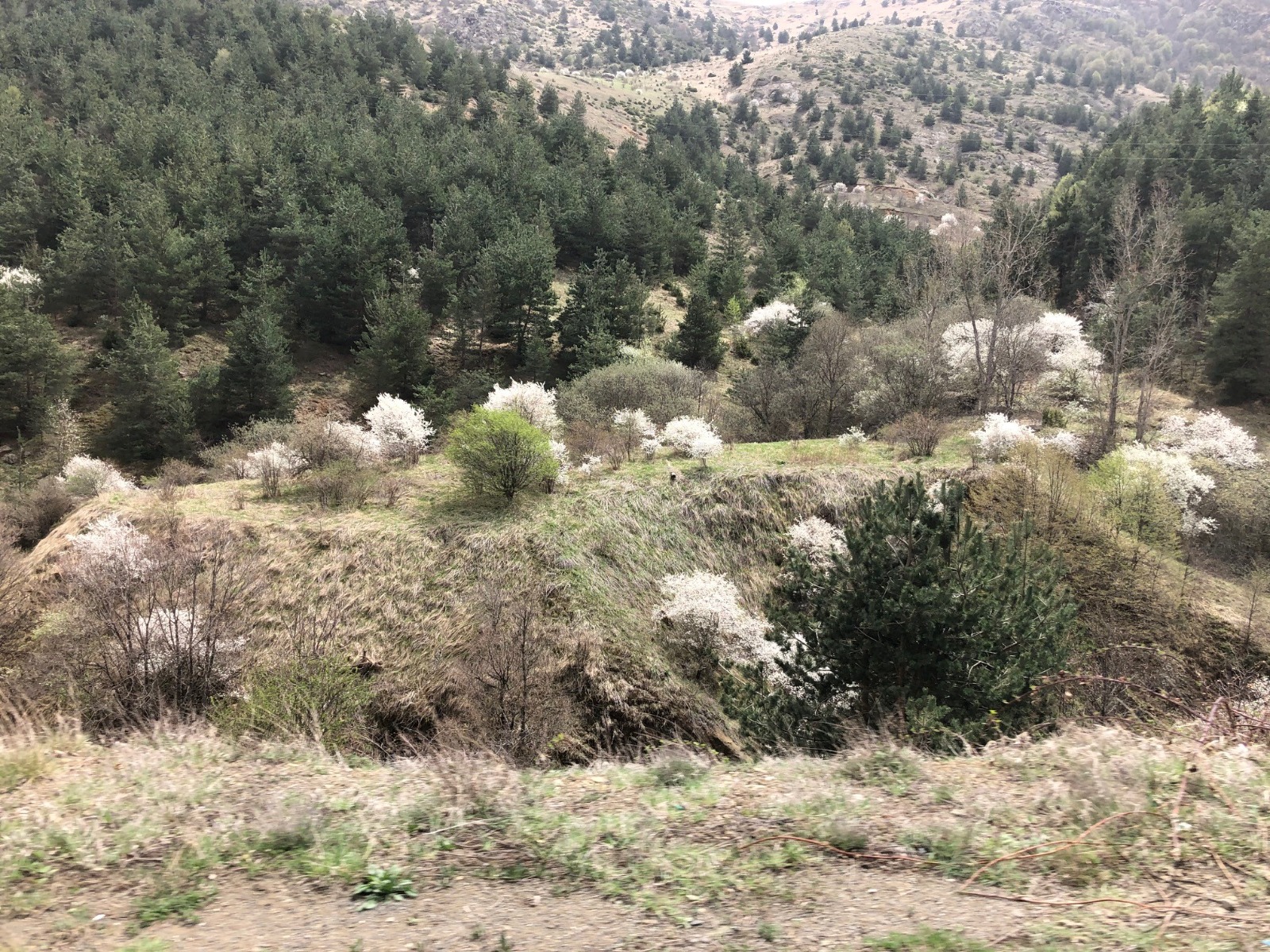
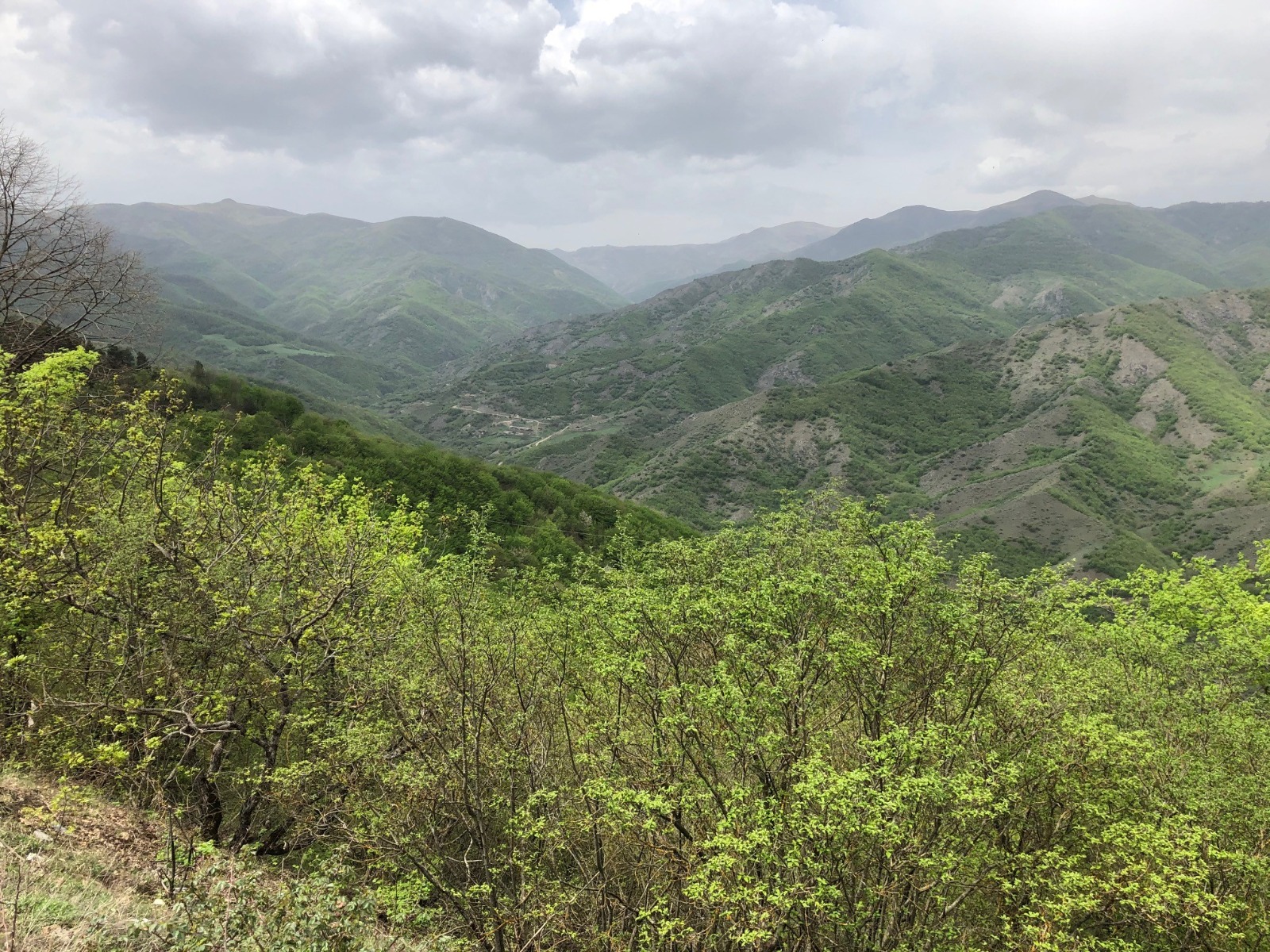
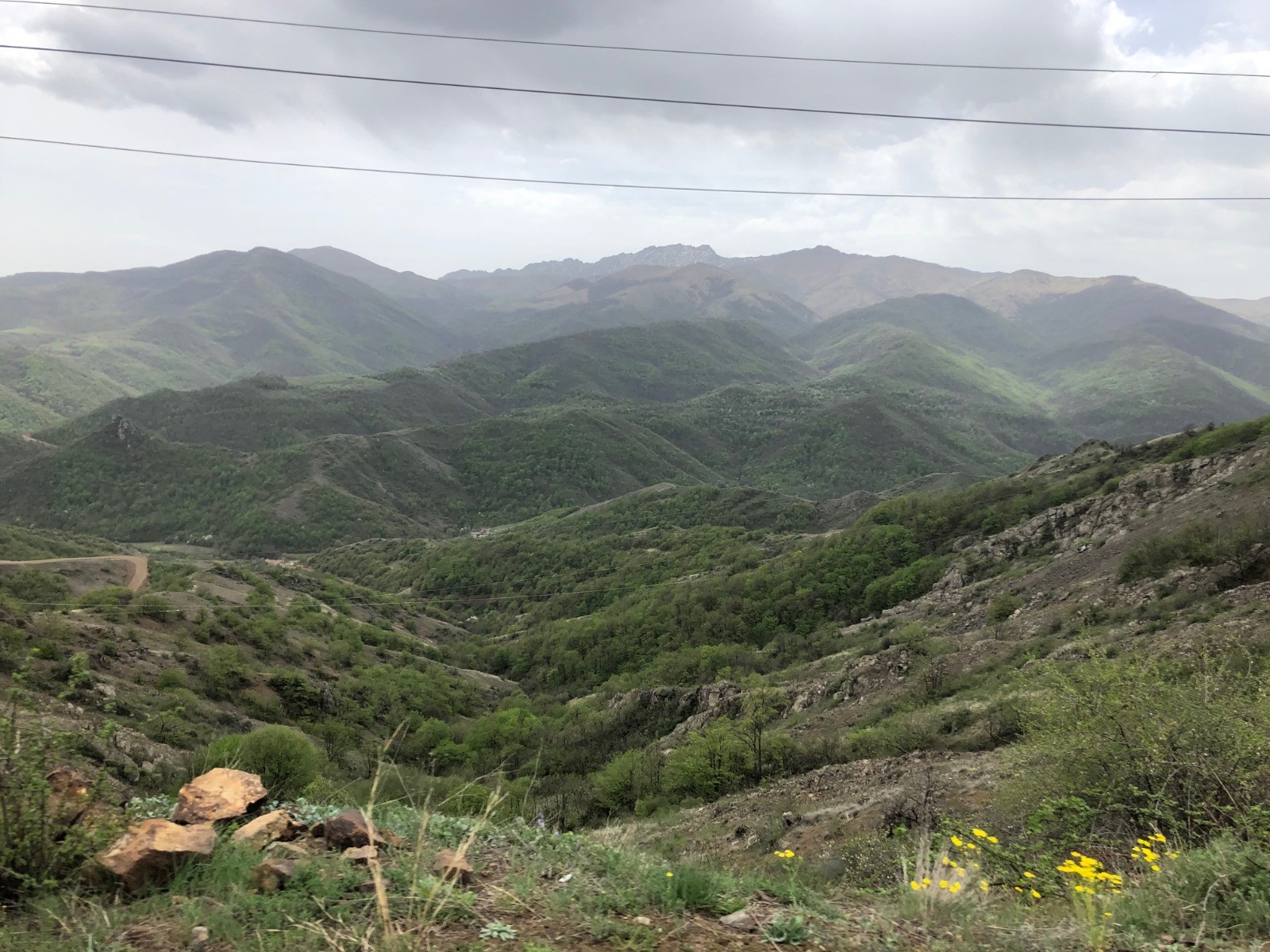
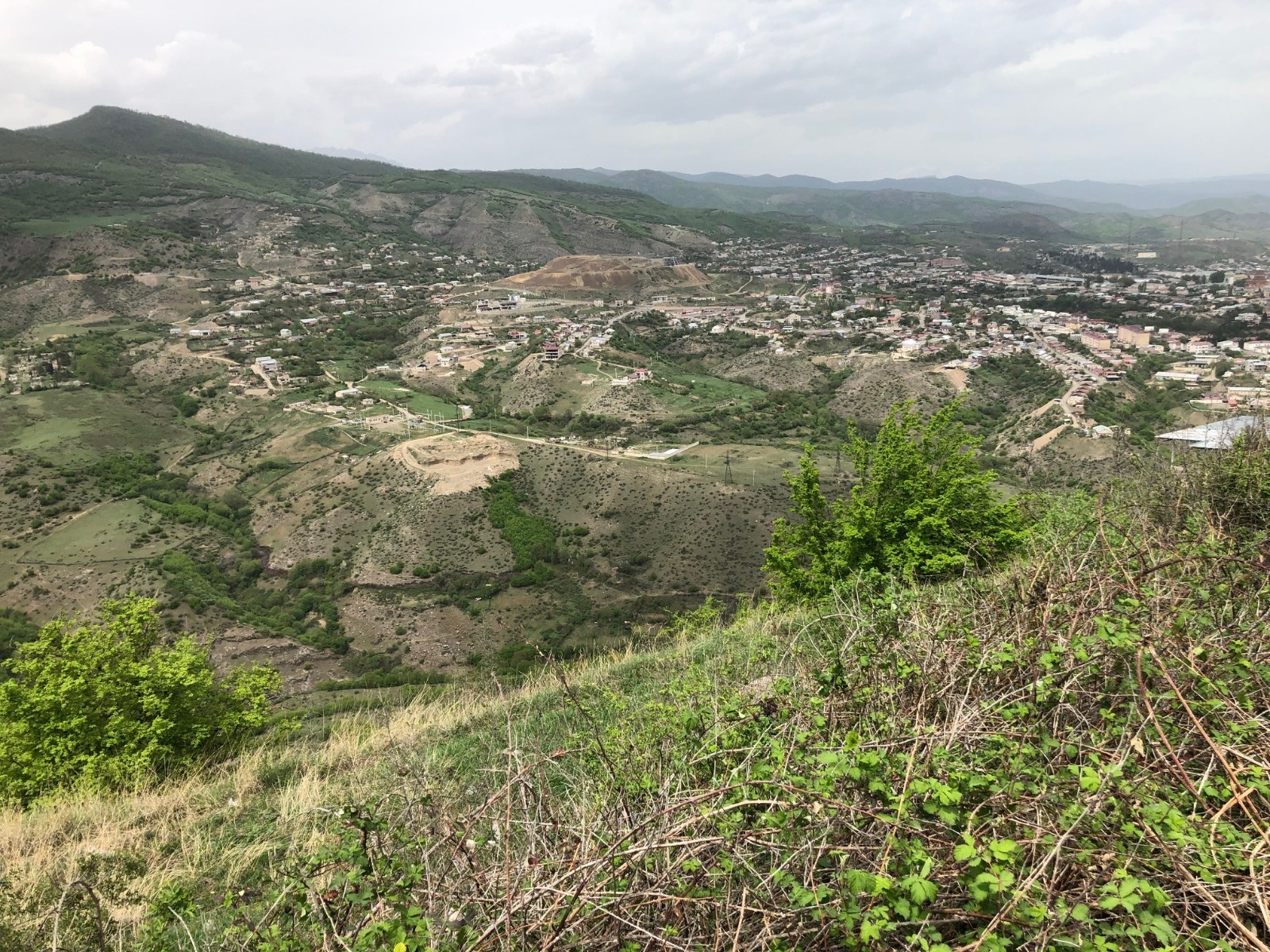
Parlament building (now destroyed):
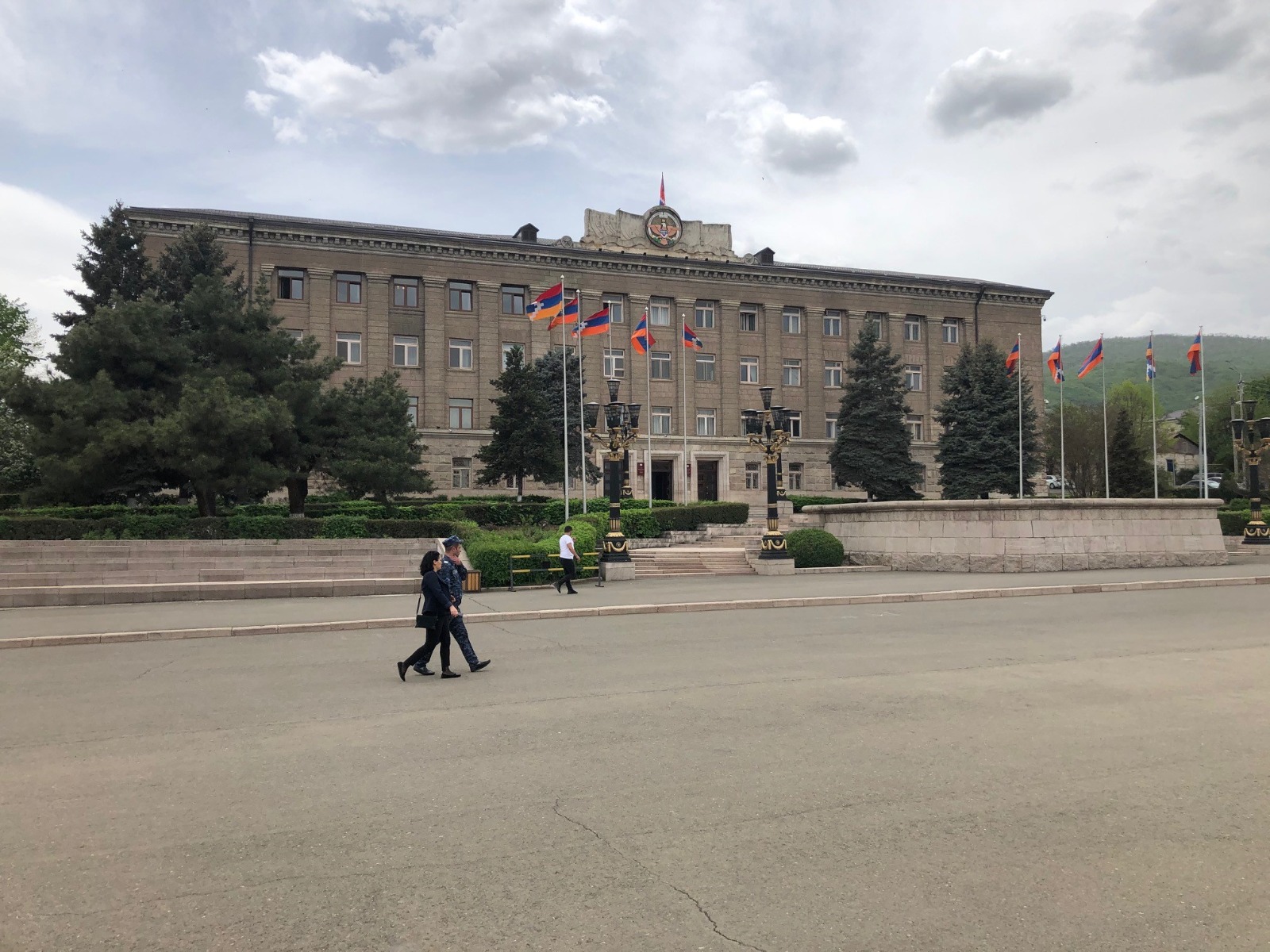
memorial table for the citizens kill by the last war with Azerbeijan.
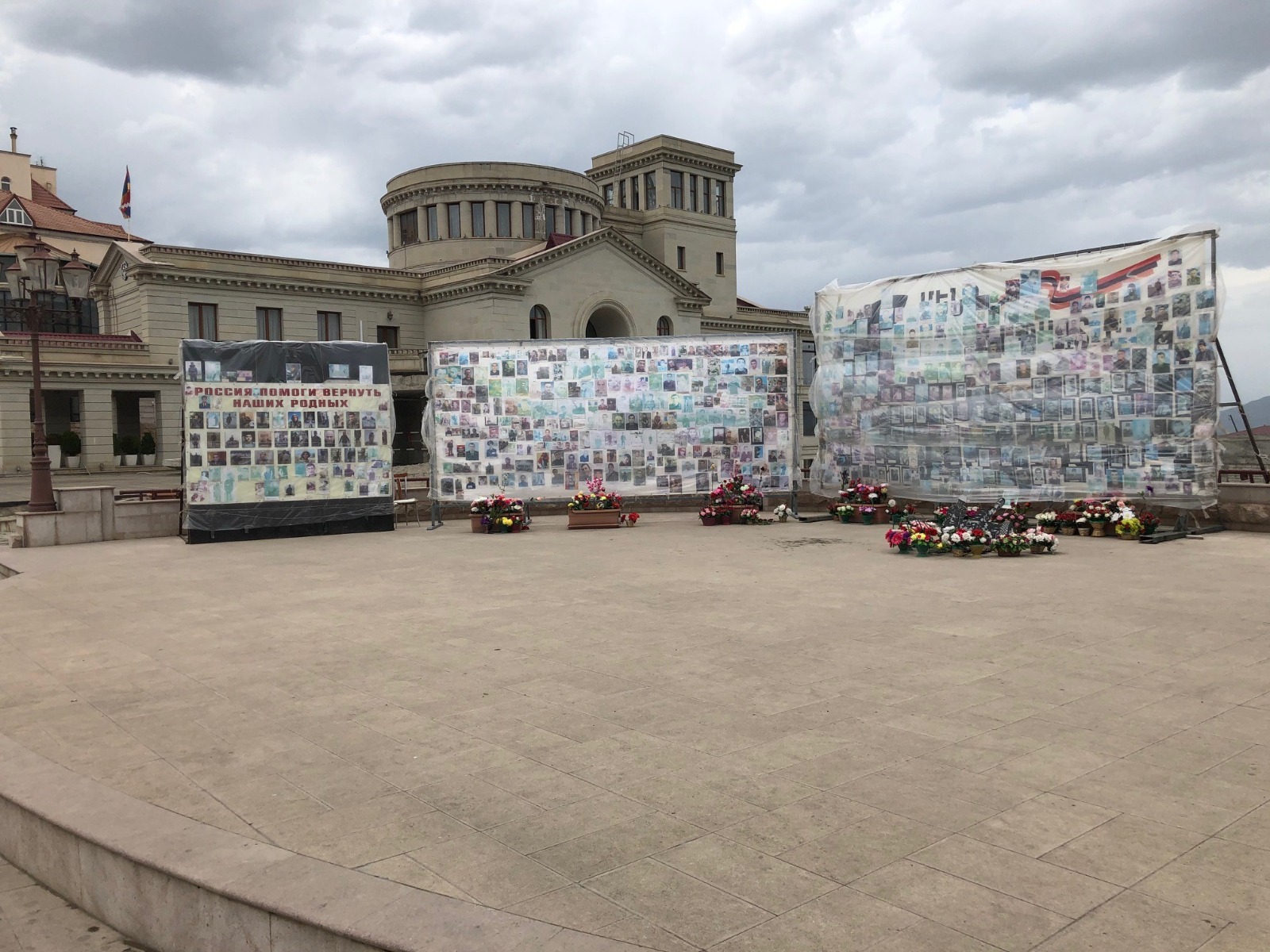
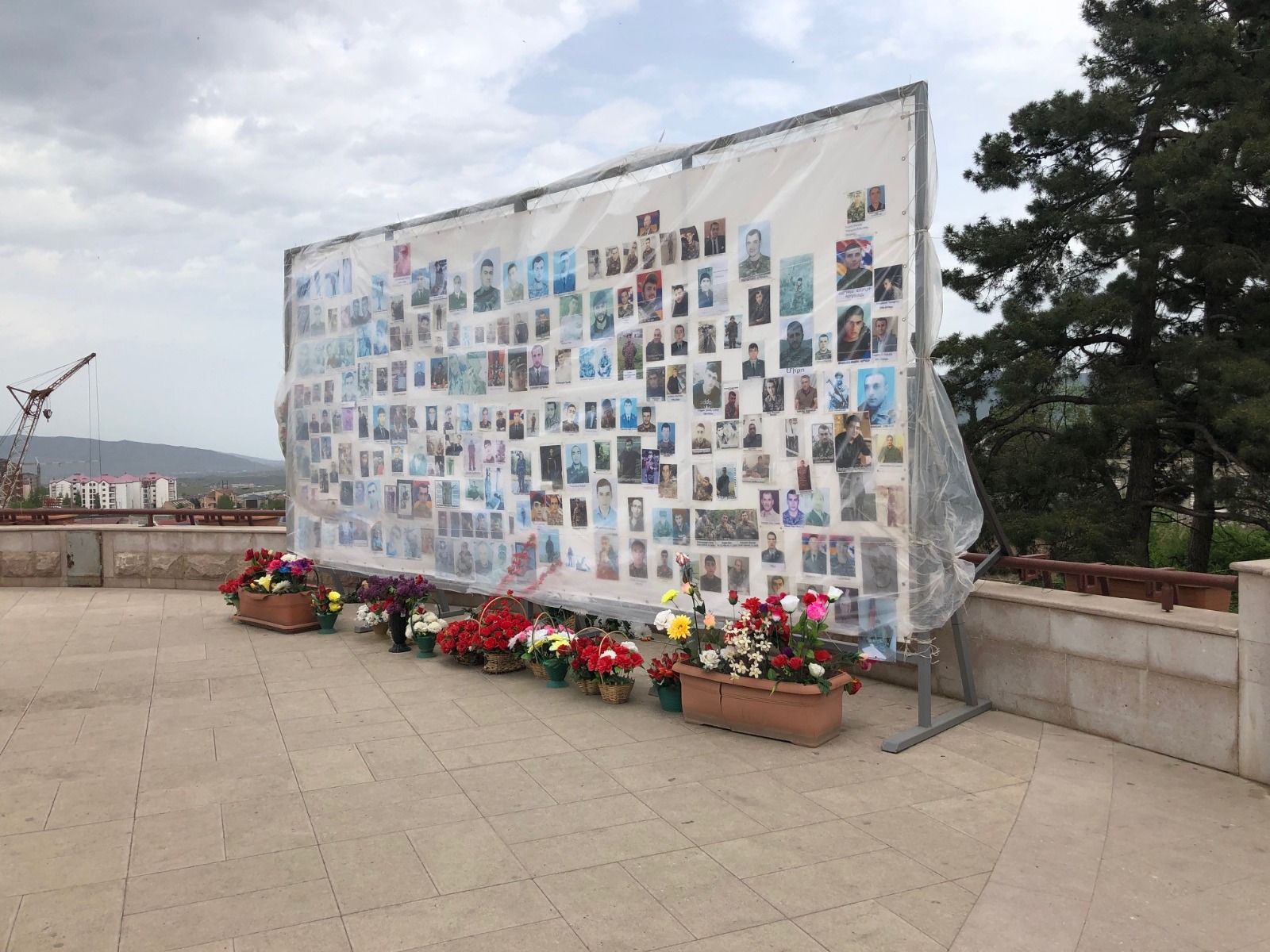
inside a Syrian restaurant in Stepanakert. The family left Syria for the civil war and fled to Hamburg. Being rather wealthy they purchased an appartment there but got so offended by hatered towards refugees, they left for Karabach as there is no hate and they are truely welcome. The German apartment they rent to Germans by now. No idea what happened to this family after the ethnical cleaning.
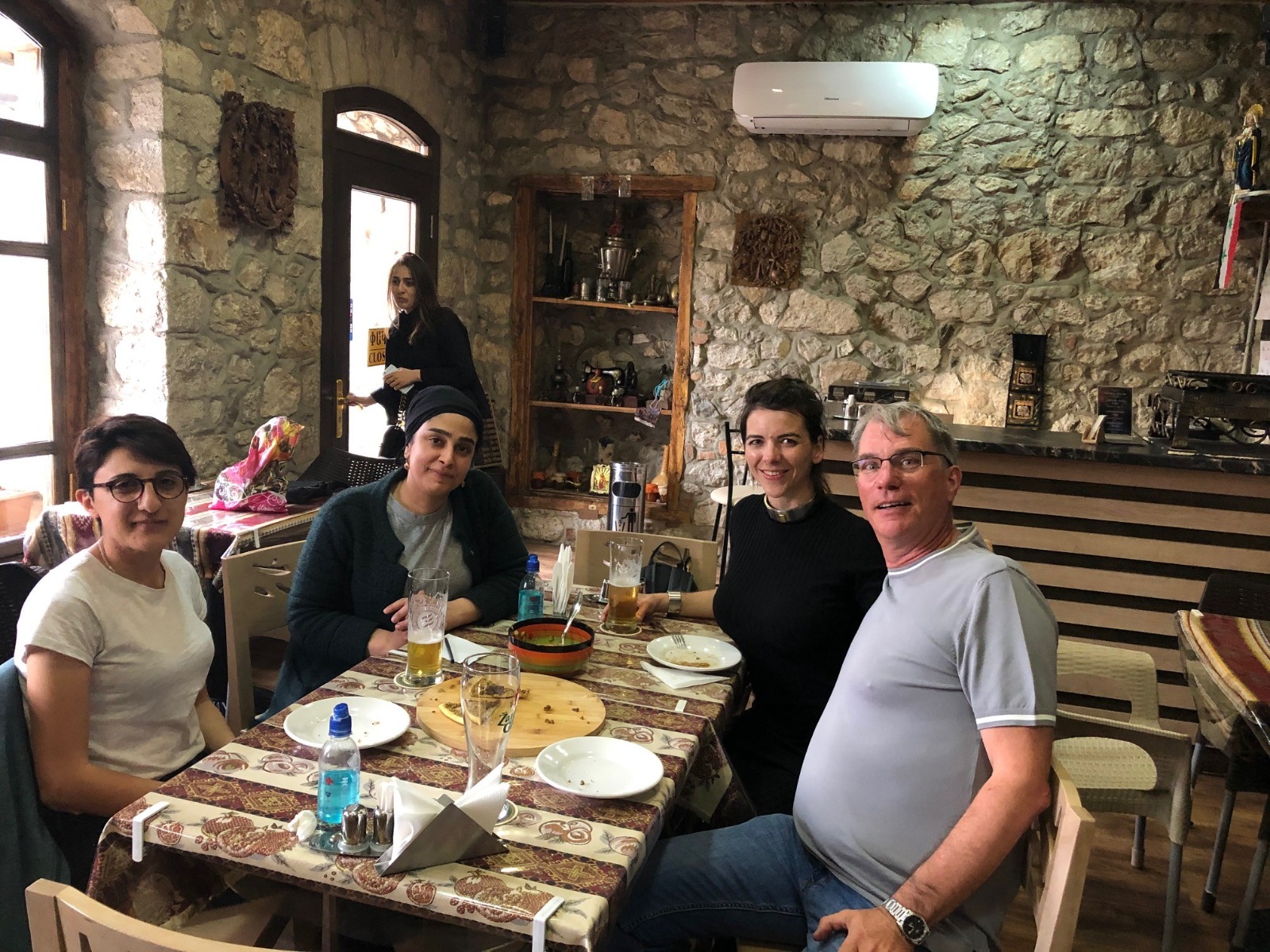
national monument of Artsak.
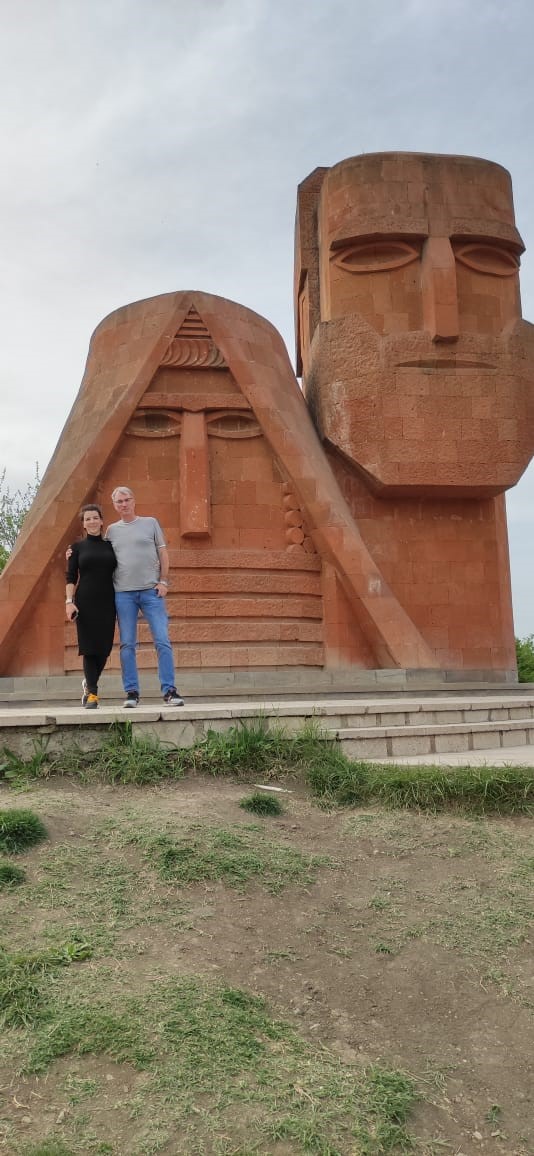
meeting with the mayor of Stepanakert in his office to discuss a partnership. He was most interested in German trash receycling systems and trash trucks. Given todays situation, really very sad.
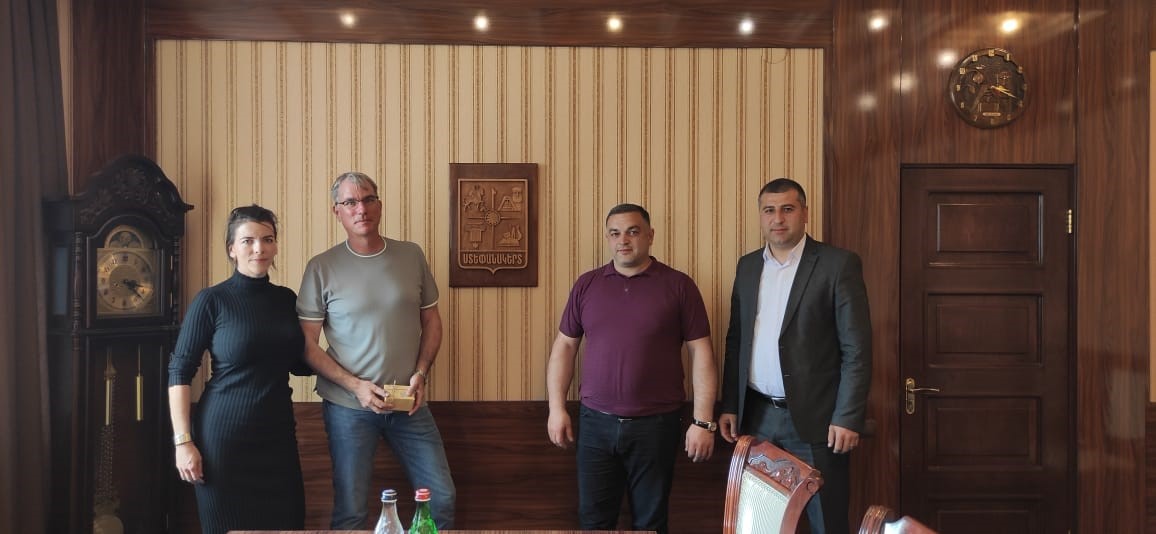
Bolivia:
In Bolivia we are very frequently visiting many different mines. A great country it really is, particular since the first term of Pres. Morales, all road blocks are gone, small scale mining is free and unrestricted and so are exports. No need for papers meaning no need for bribing anybody. We wish more countries would become like this.
Now you start landing on the highest commercial airport in the world at 4.300m elevation in the city of La Paz or more correct at El Alto. There we always get our trucks, have an office with a great friend and lawer and a home base as well.
Pictures 297-303: Very im portant in La Paz as in other towns: fresh fruit shakes! Terrific!
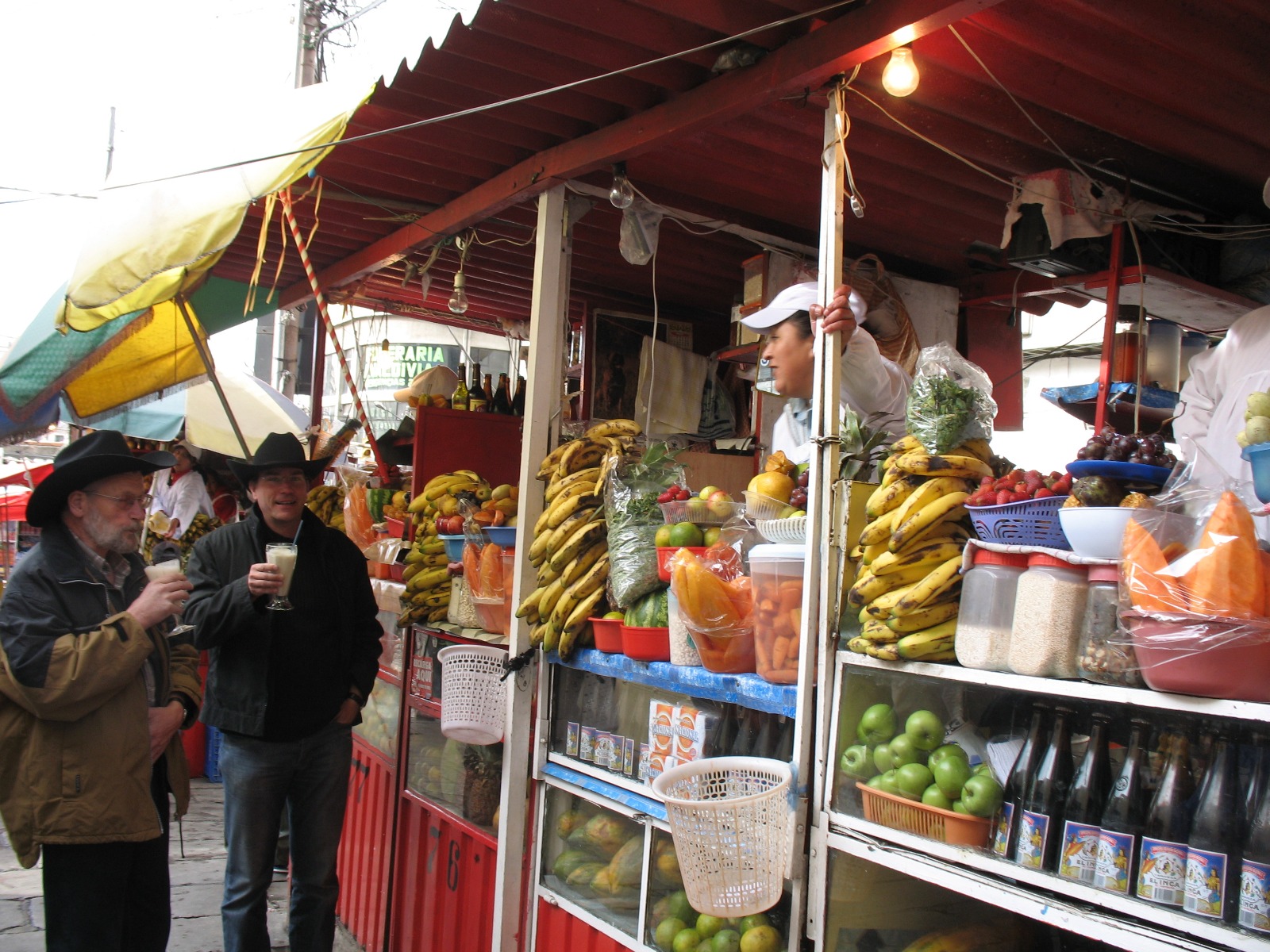
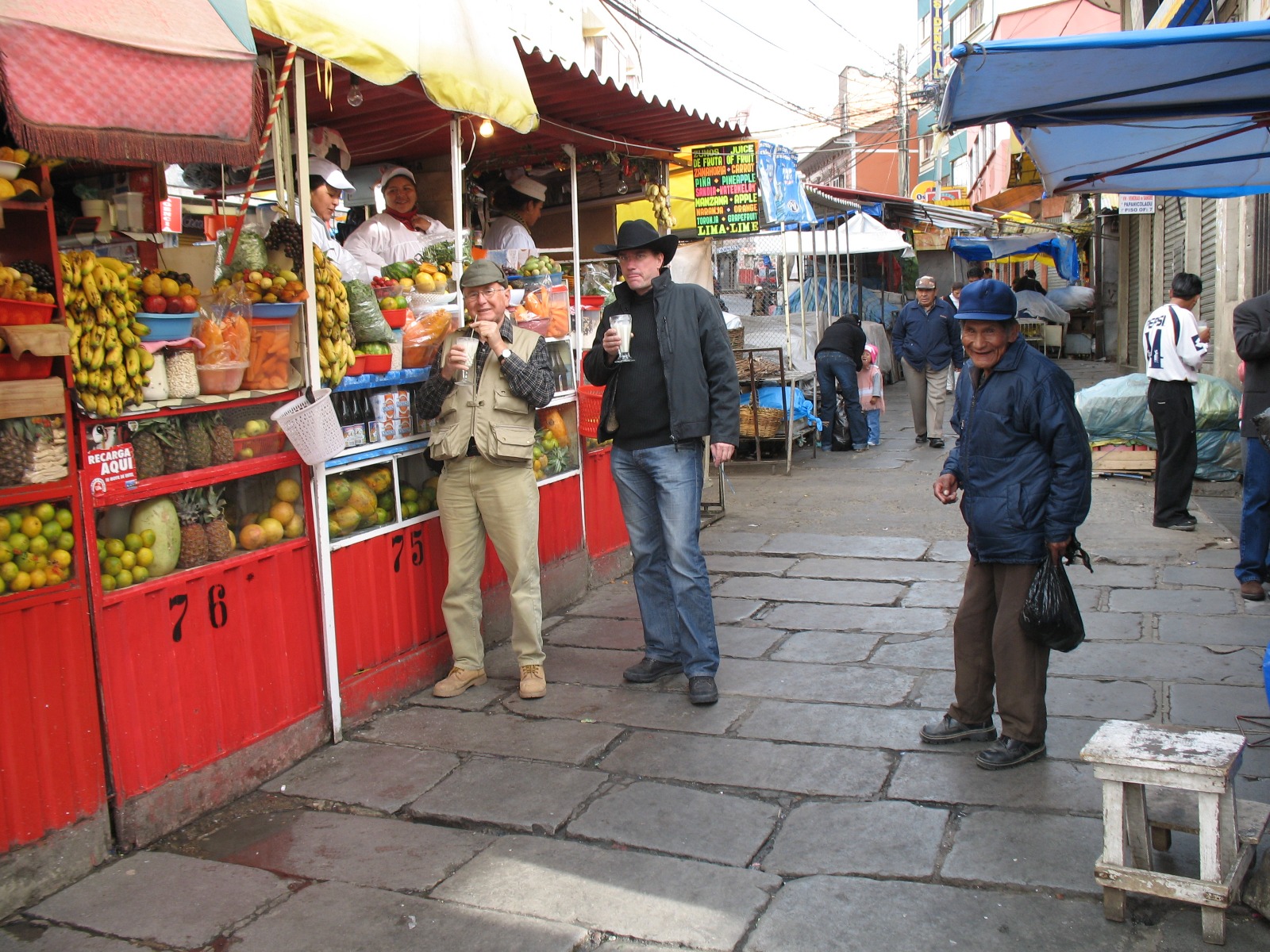
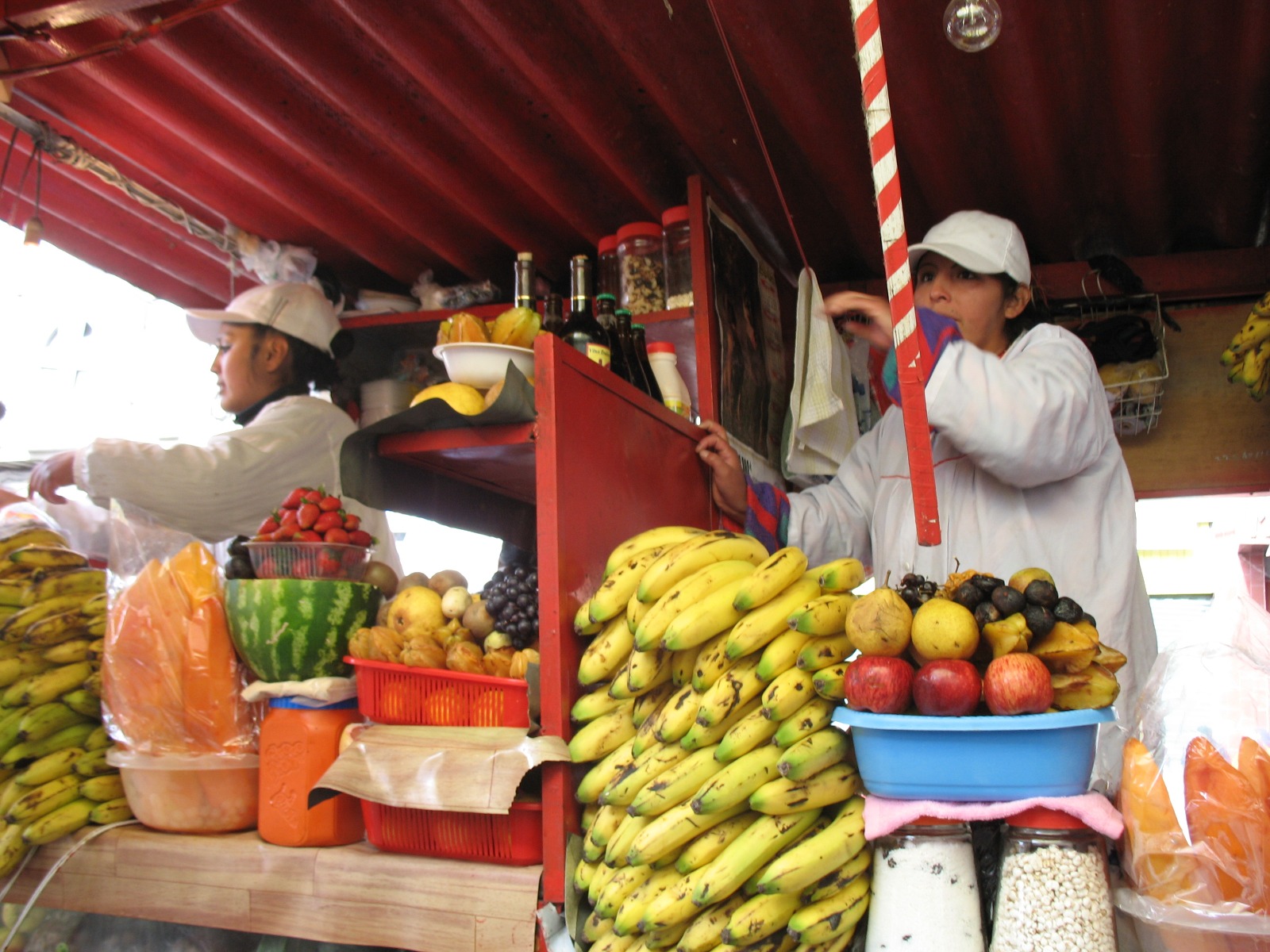
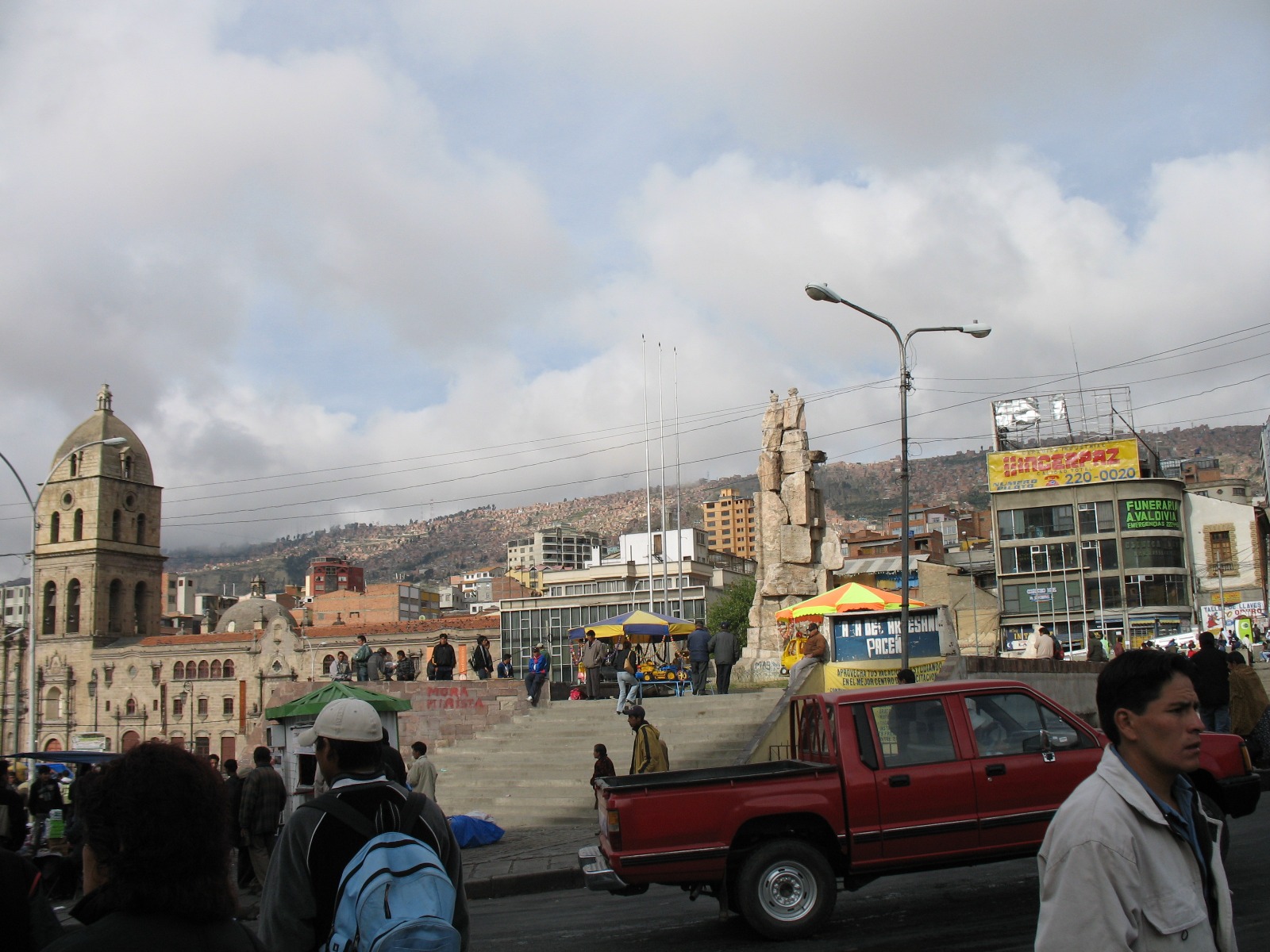
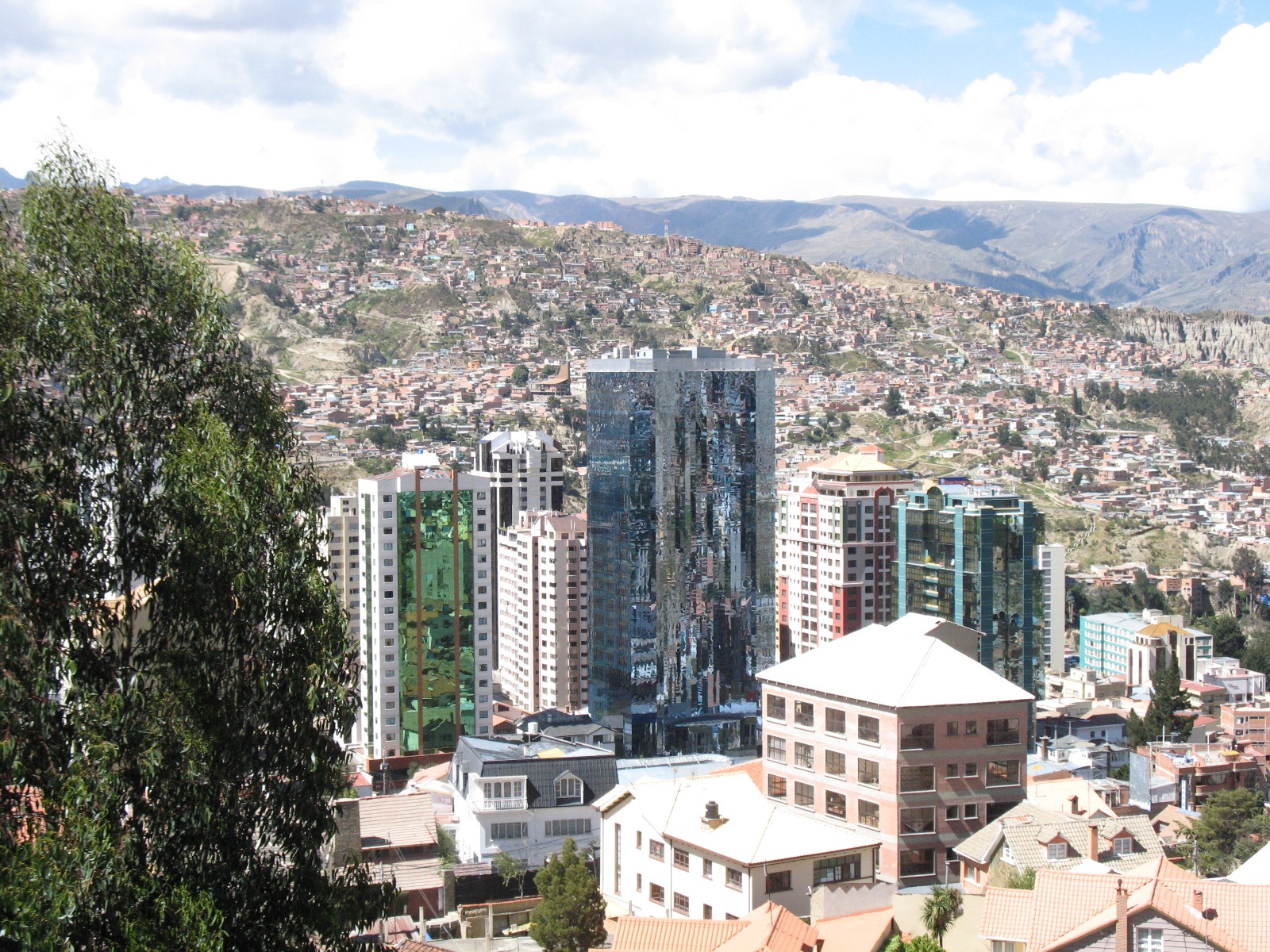
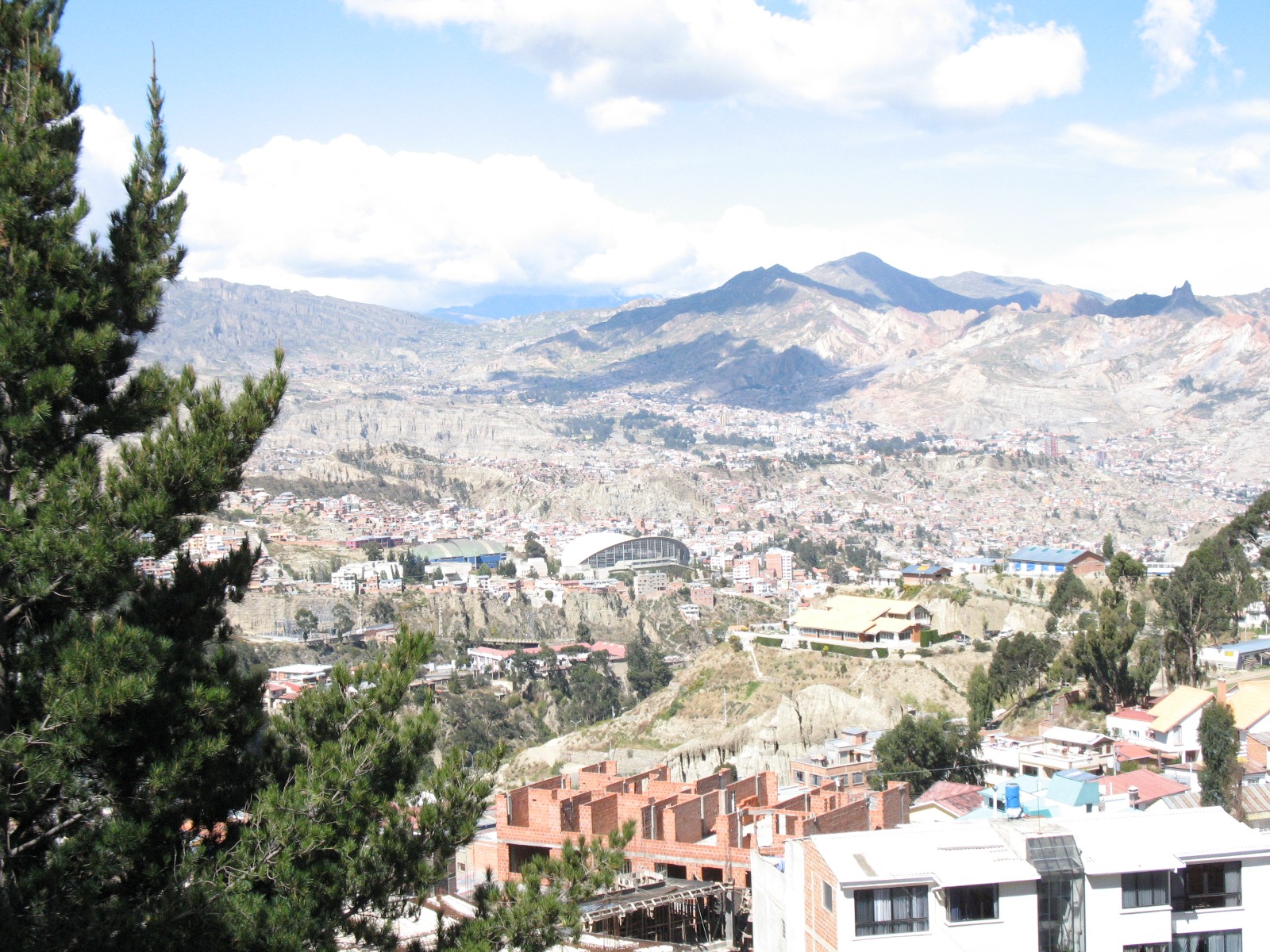
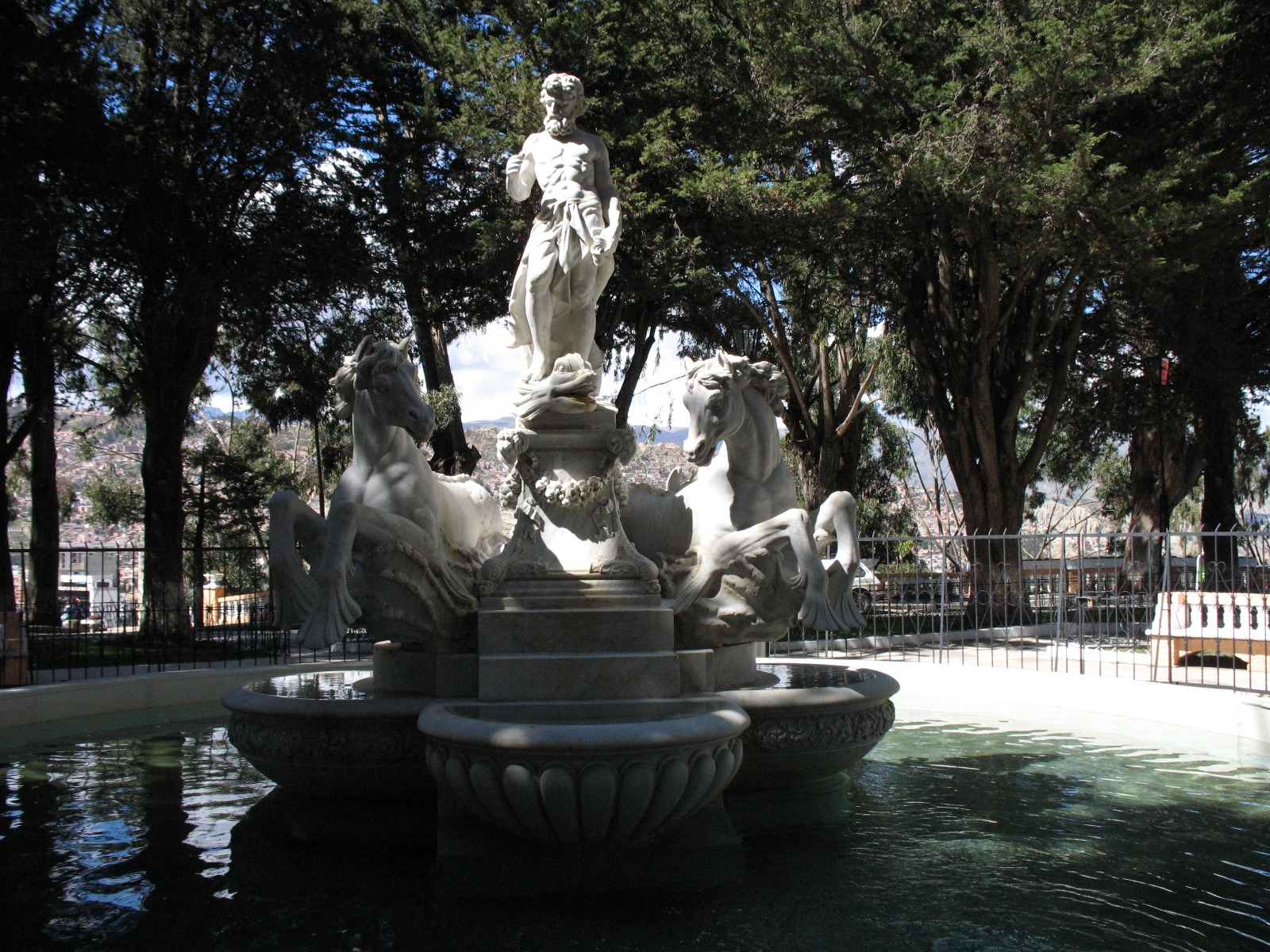
Pictures 303-314: Our first trip goes to Corocoro, a famous copper mining town. Lots of native copper there, most popular are the pseudomorphs of nat. copper after aragonite crystals.
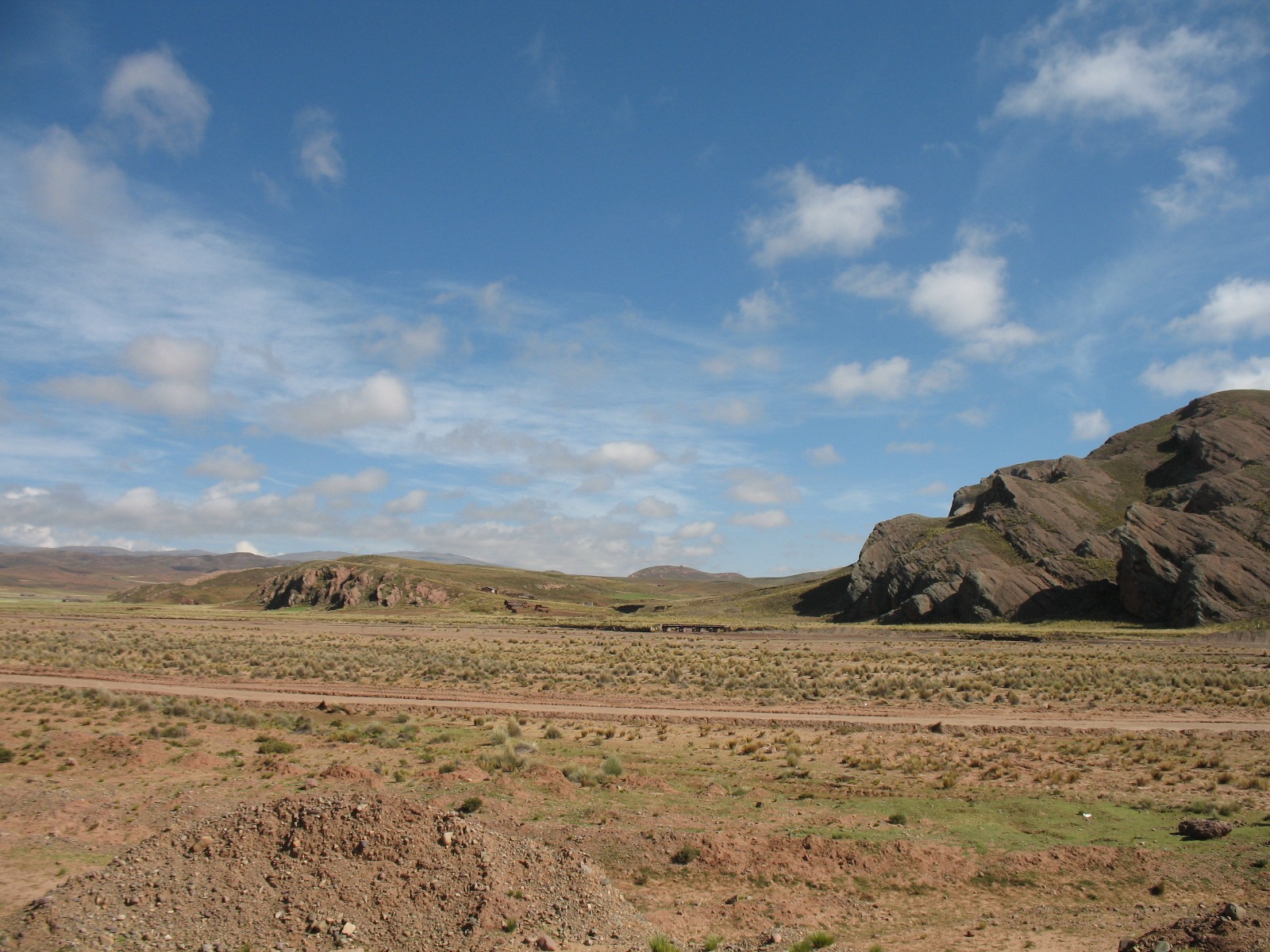
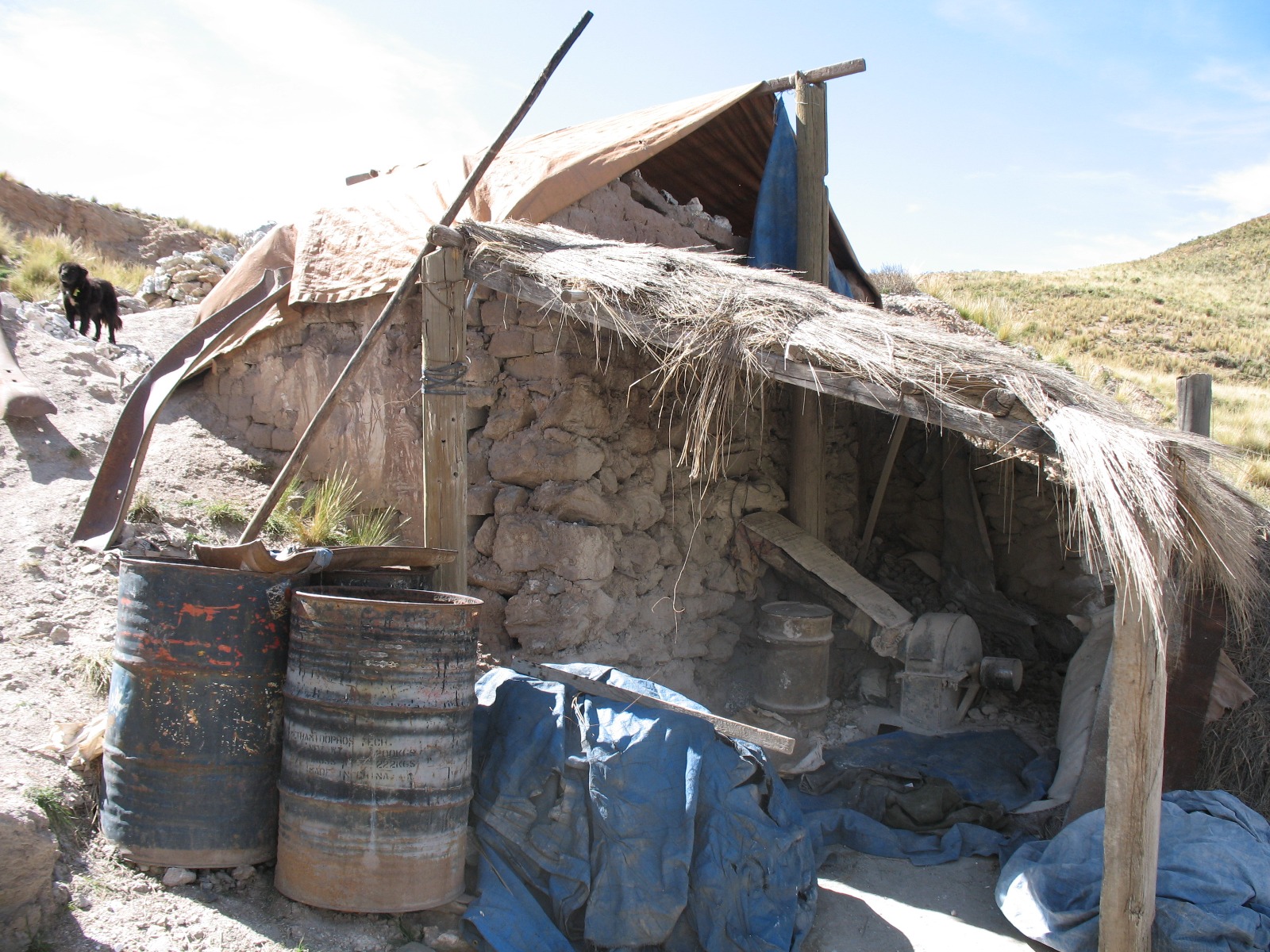
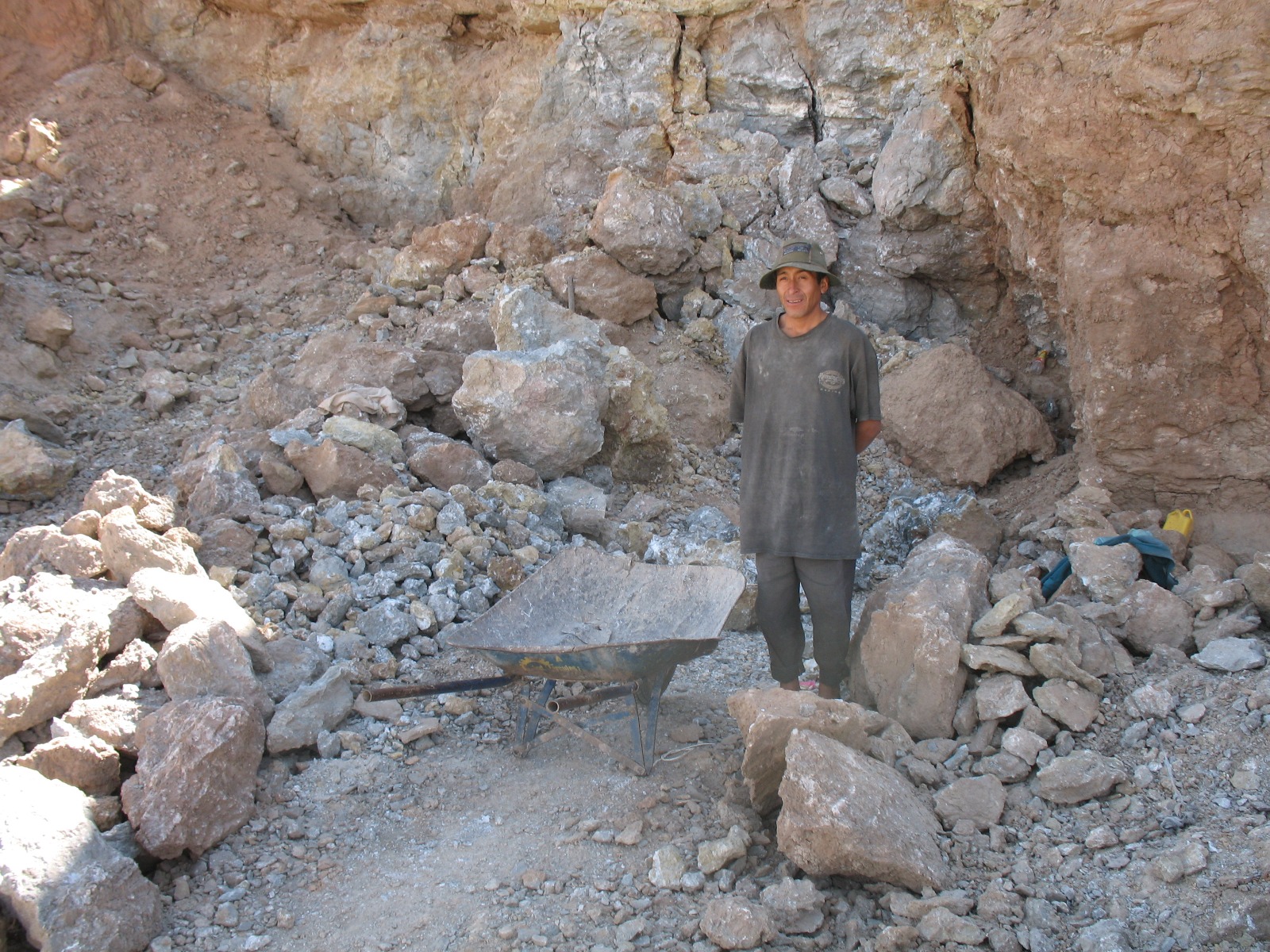
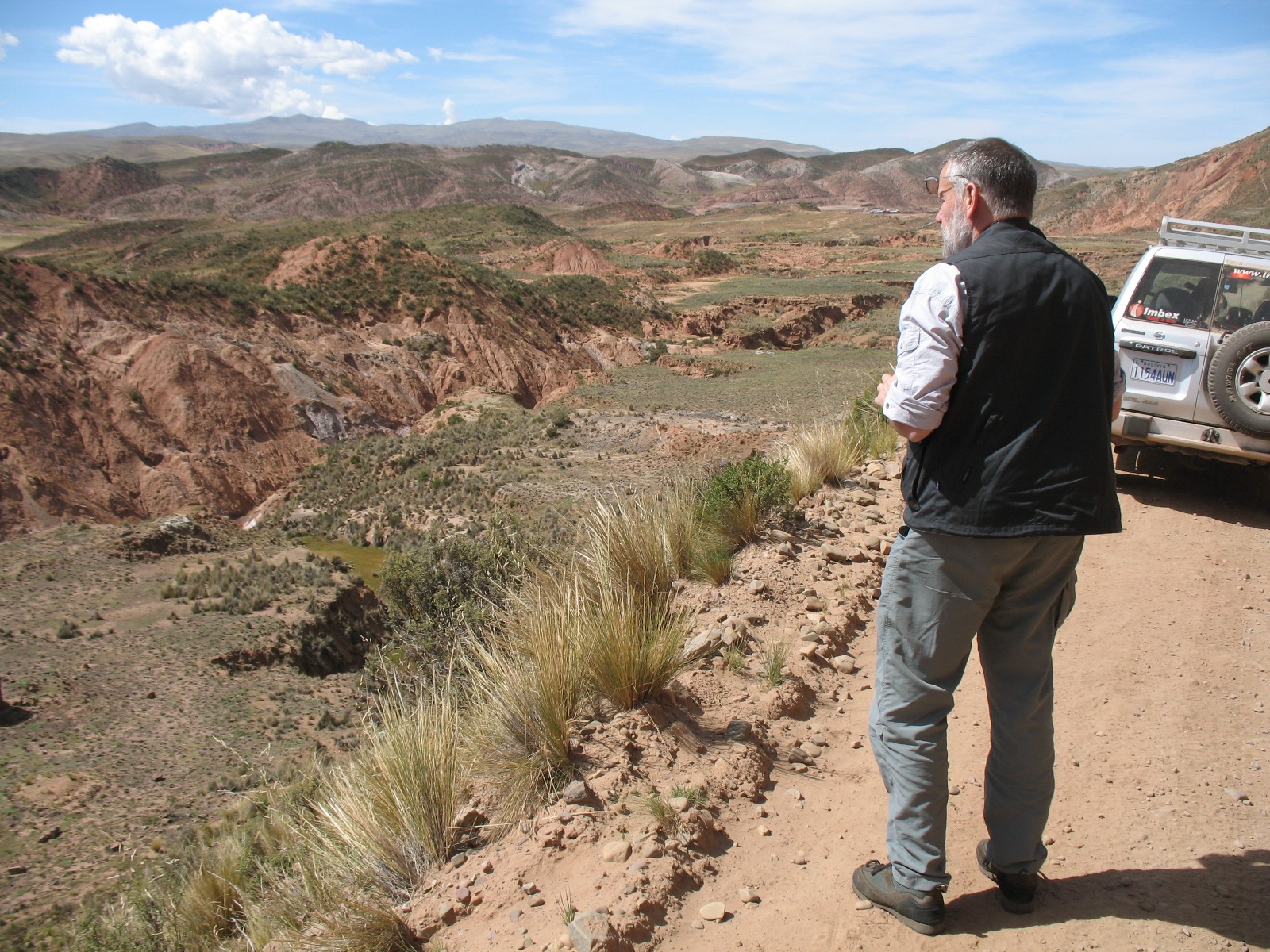
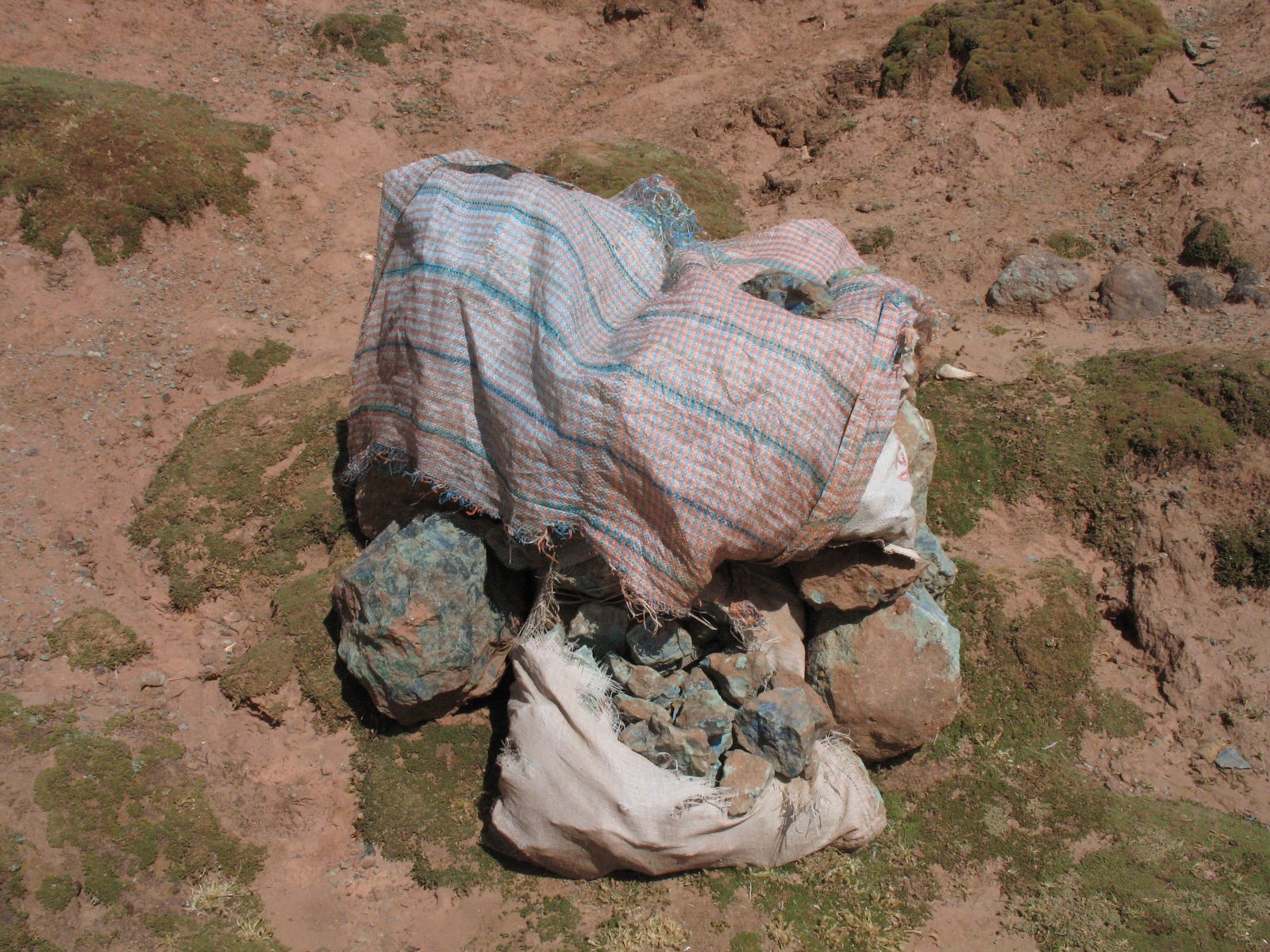
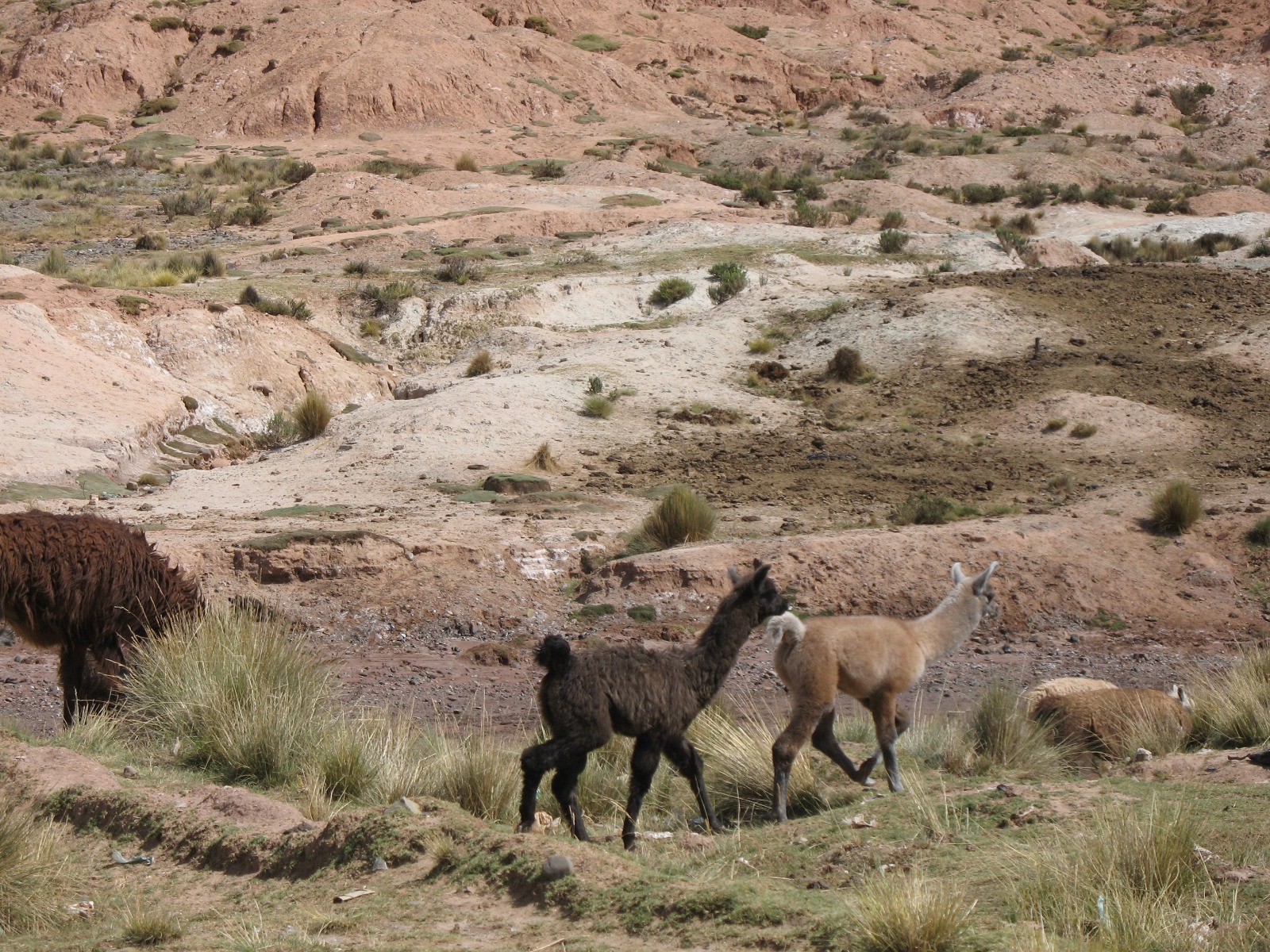
The copper you find in concretions and layers in a clay, heavily eroding into the valley. And of course with old ladies in town where they sell it in small bags.
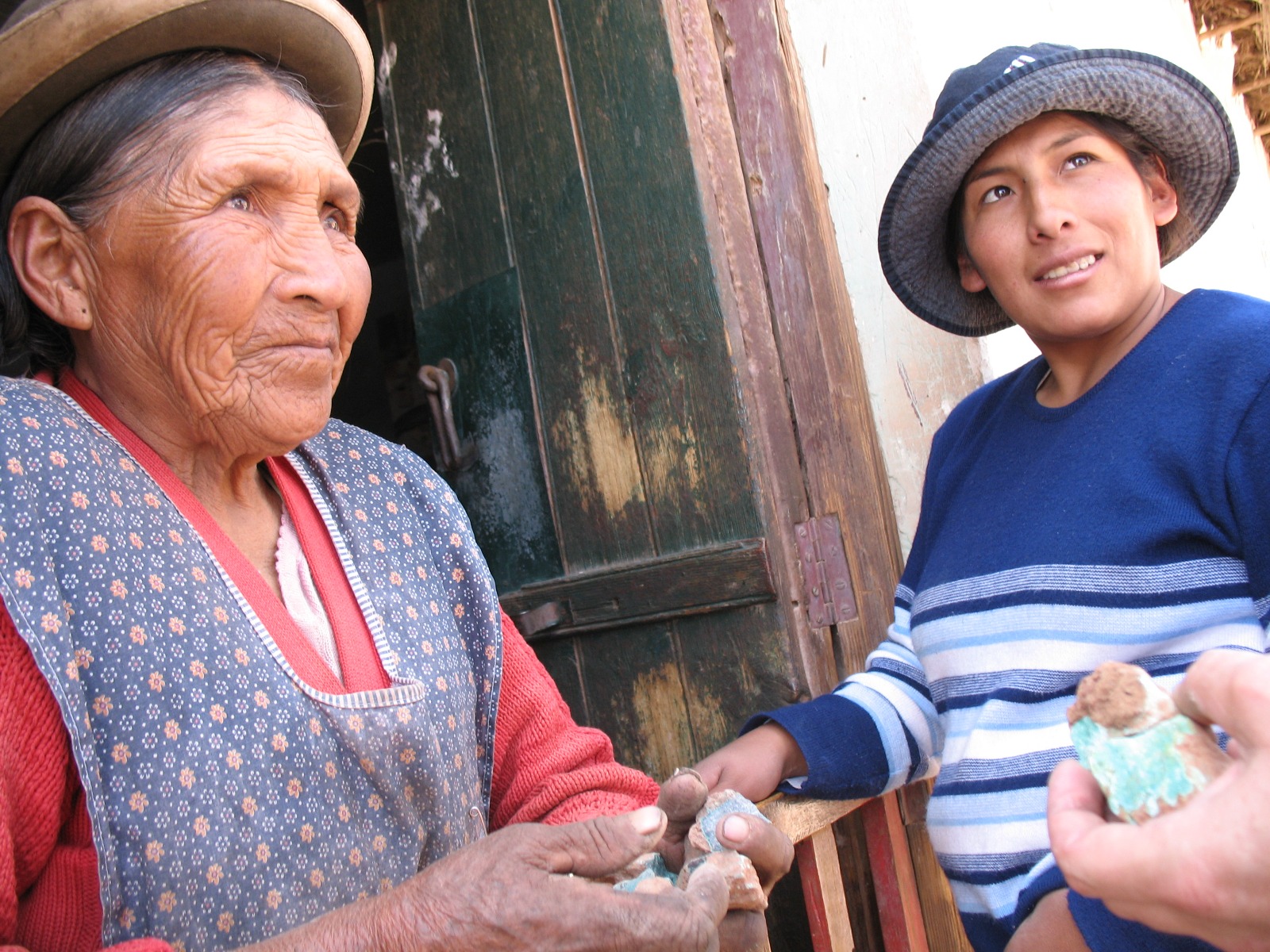
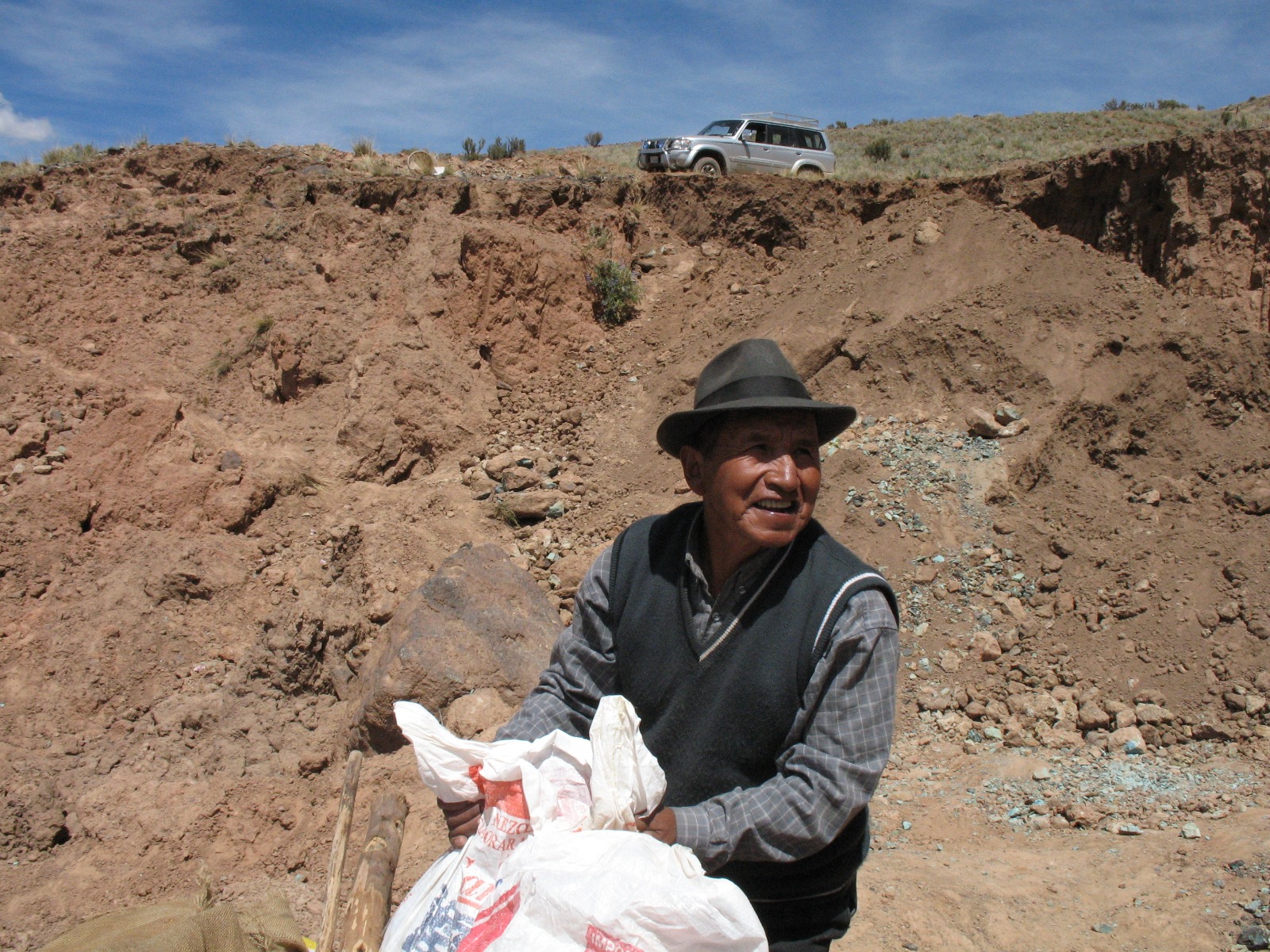
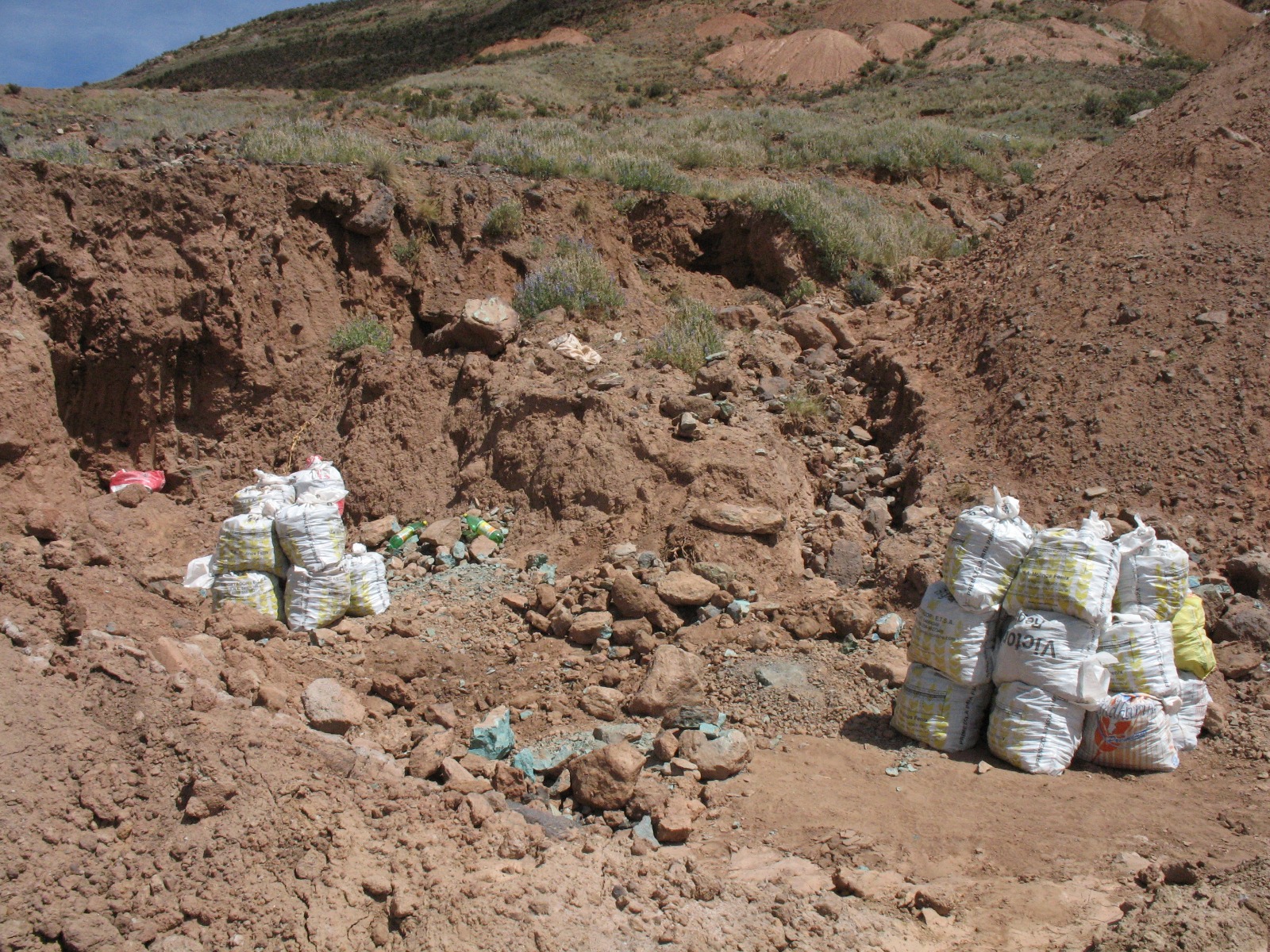
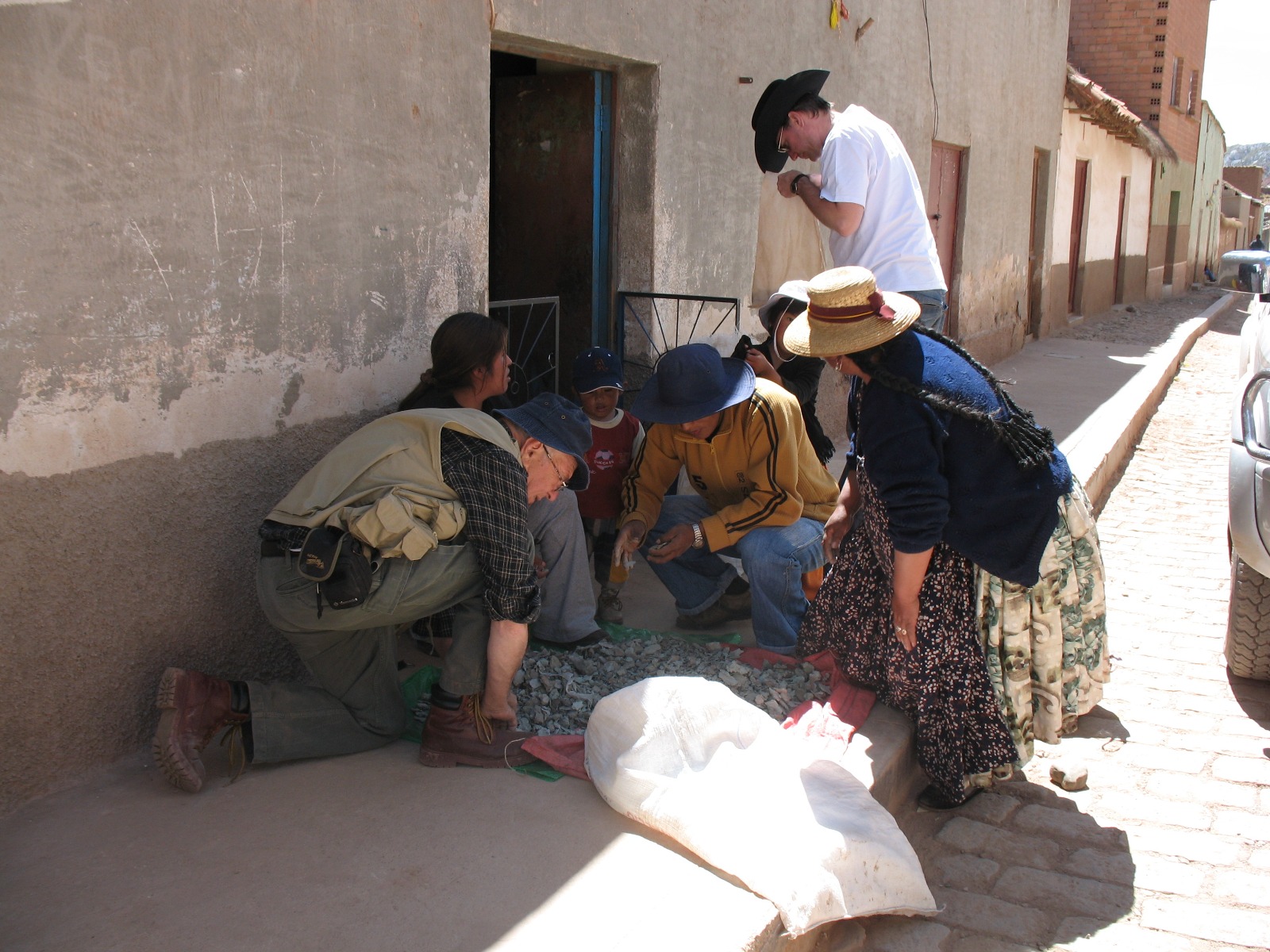
This lady here on the town square makes the finest ice cream you can imagine, just like in Florence, but all by hand and in a very old fashioned way. A cup of it is like 10 USD-cents!
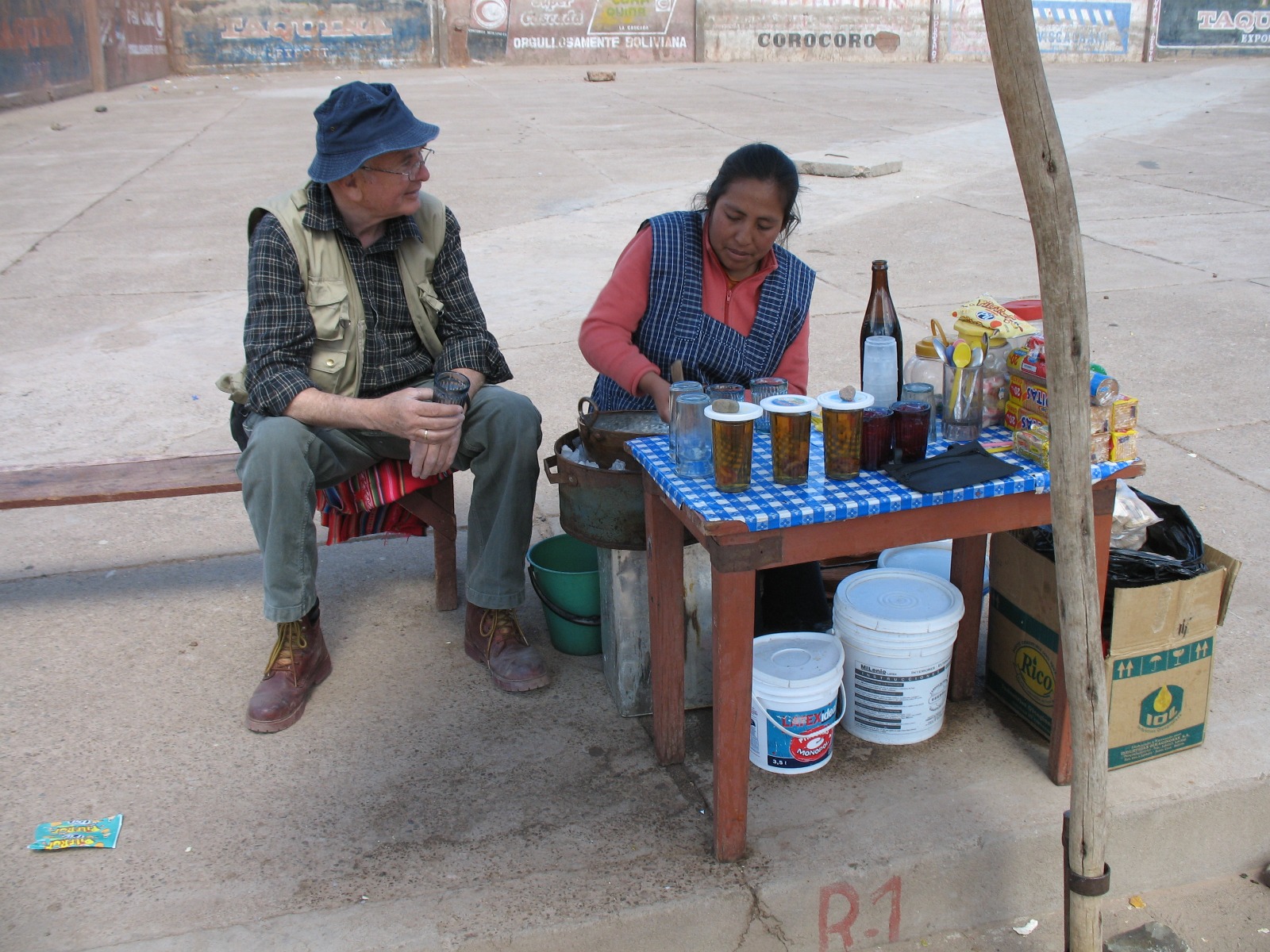
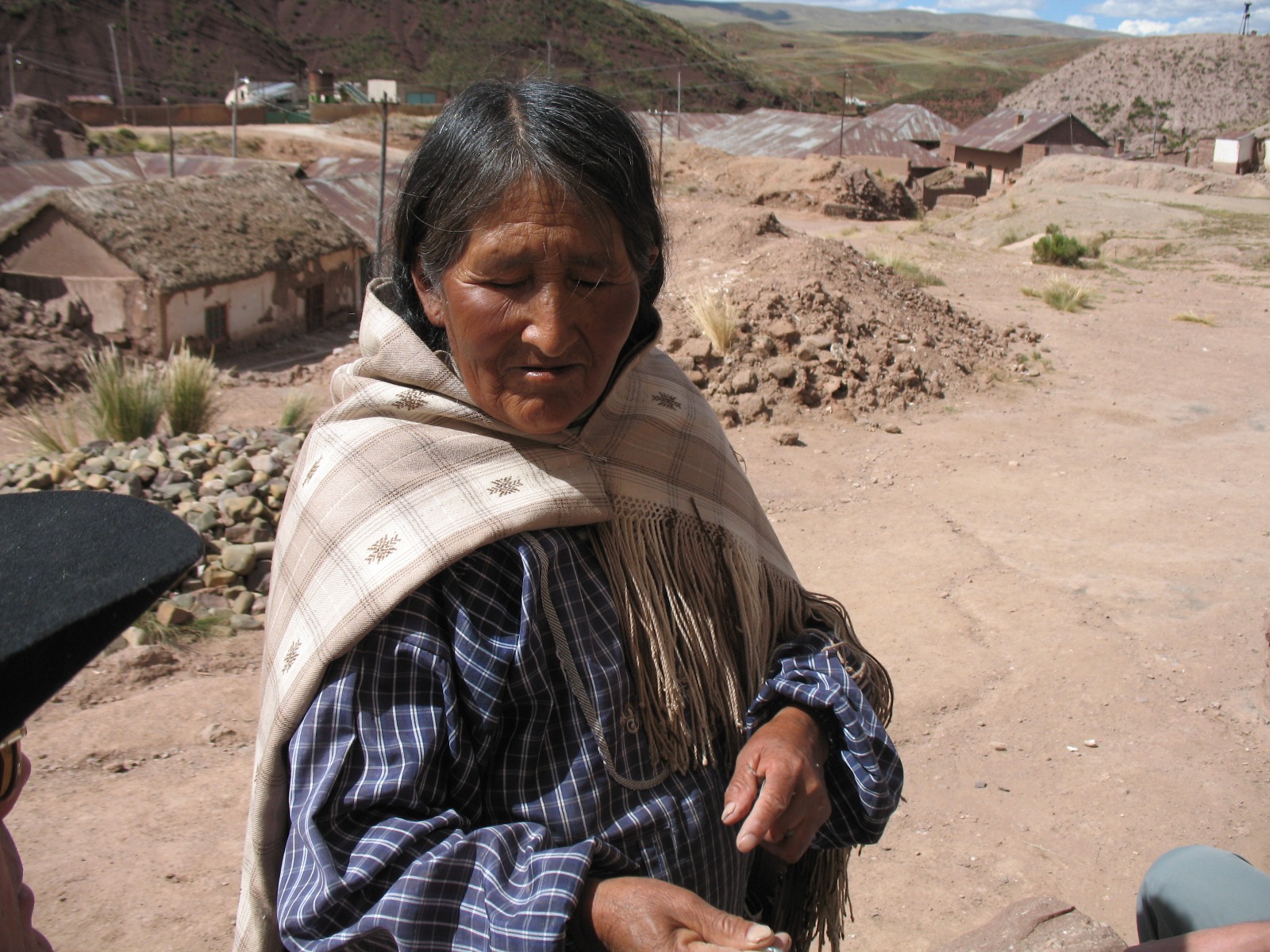
From there we are going back through La Paz to Poopo, type location of cylindrite, found at Mina San Francisco. The mine is still in production and yields basically the full periodic table!
Pictures 315-320:
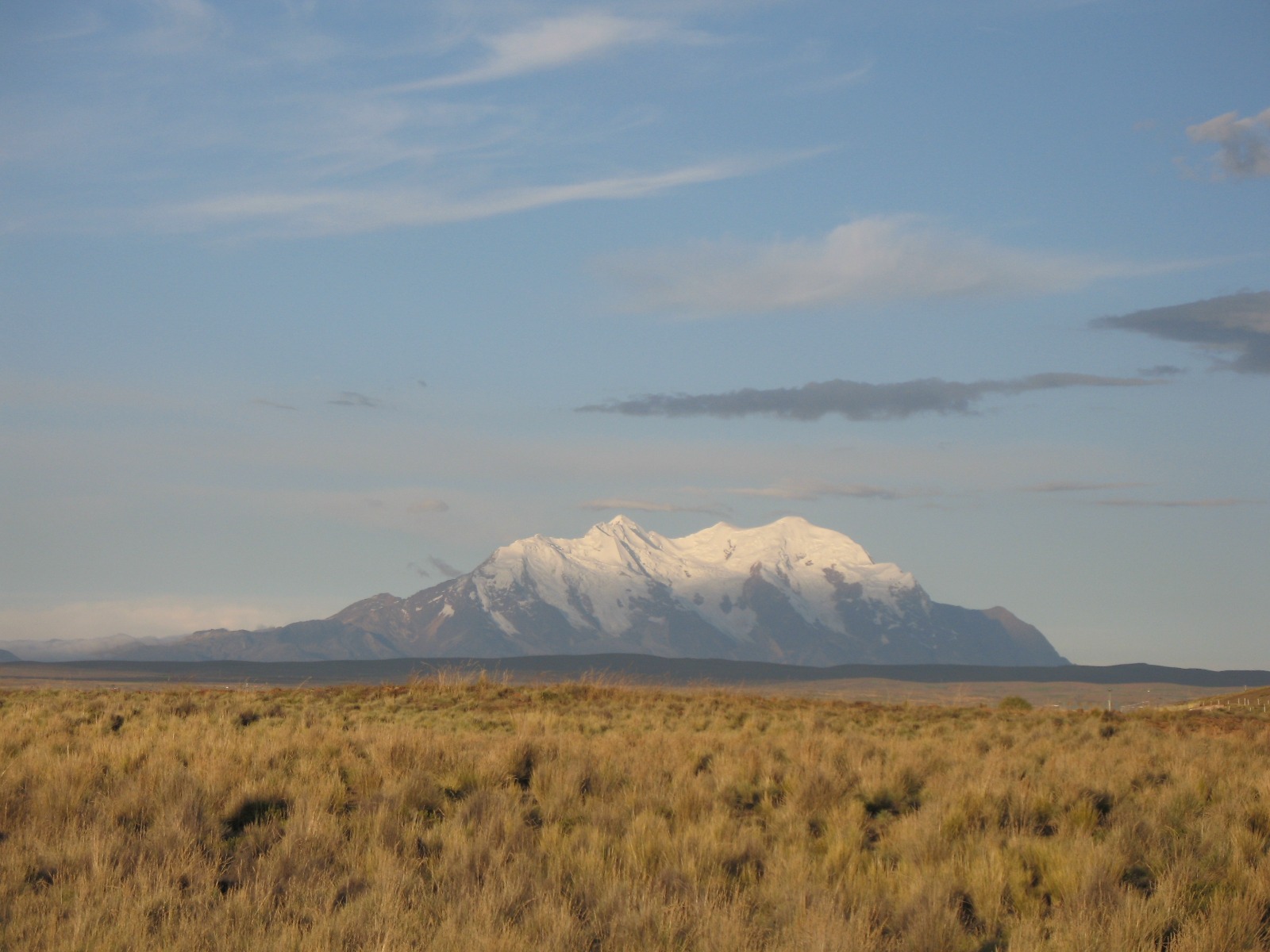
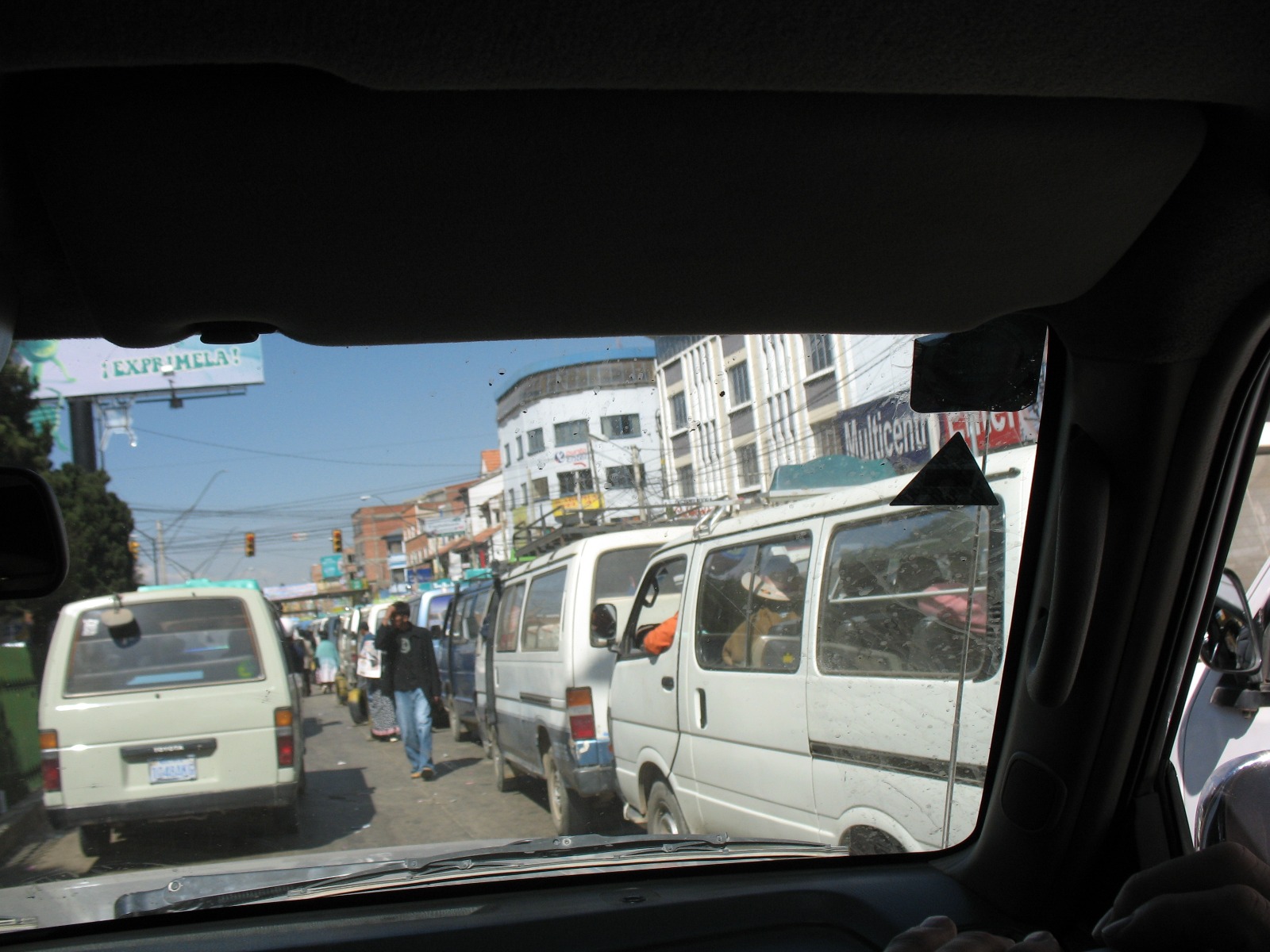
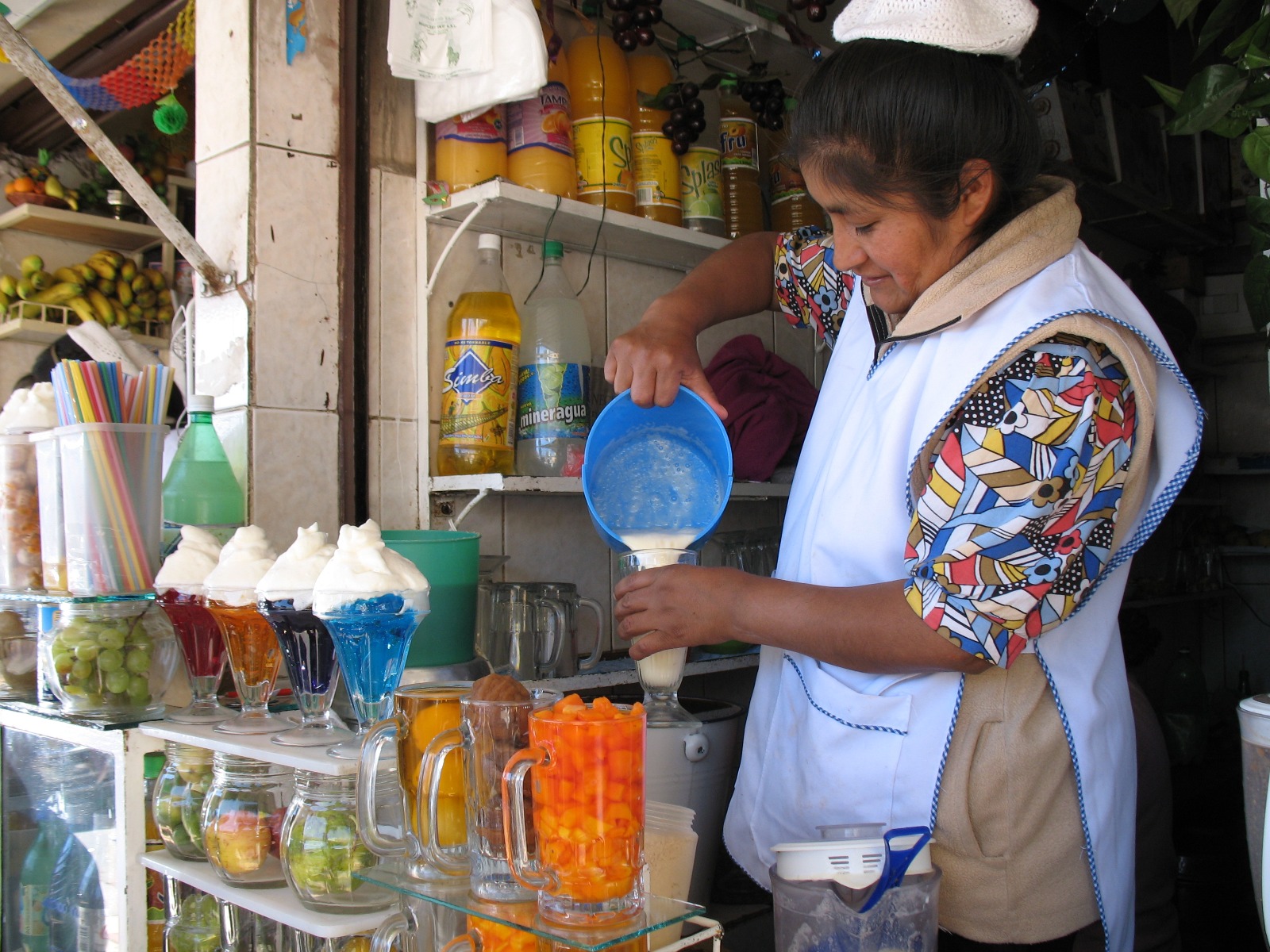
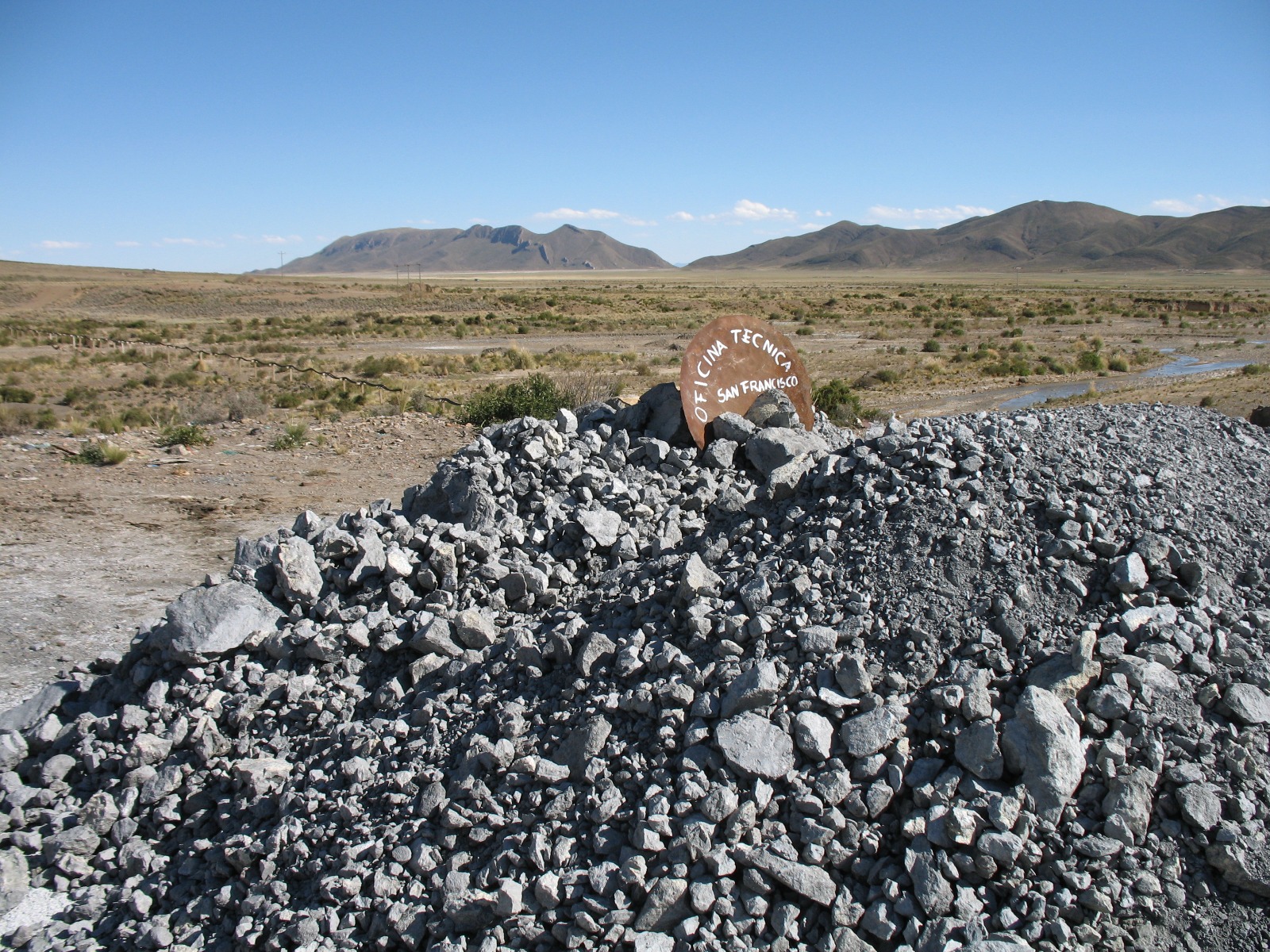
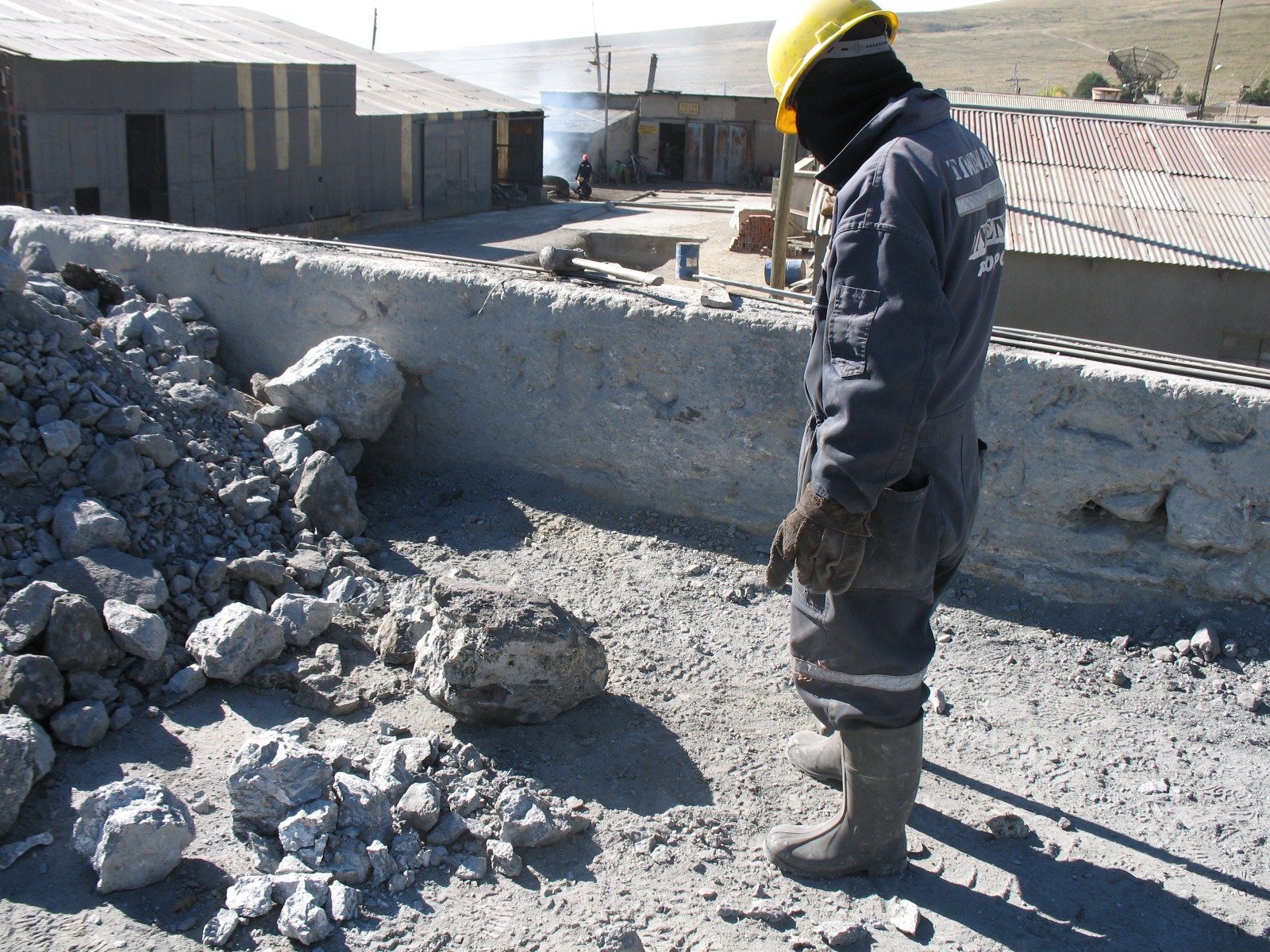
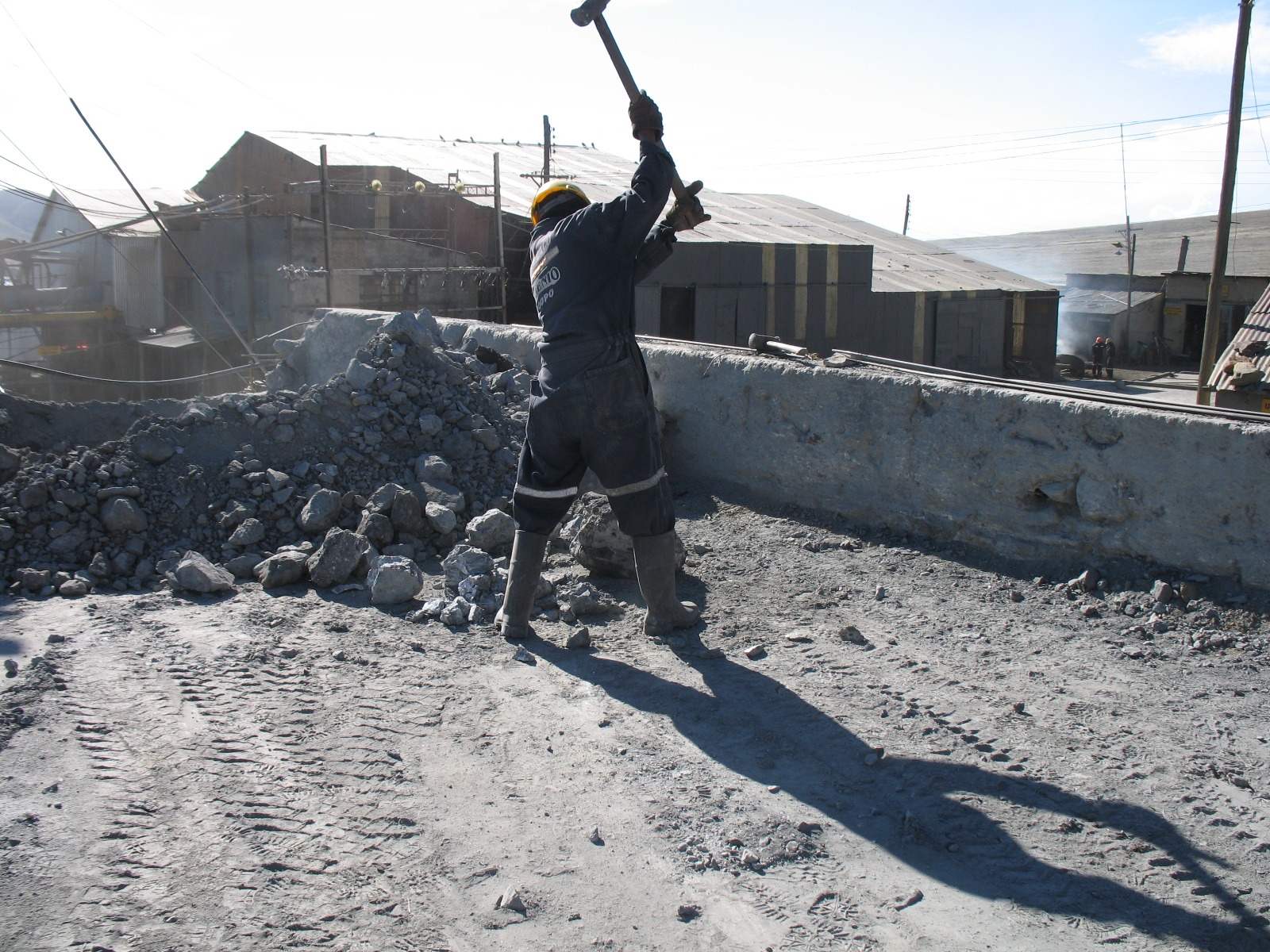
Pictures 321-381:
our next target is the silver mine of Atocha. Still in operation, actually with German made mining equipment from 1908 (!) it took some time and effort to get there but the material is really rich in silver and we got an extended trip underground.
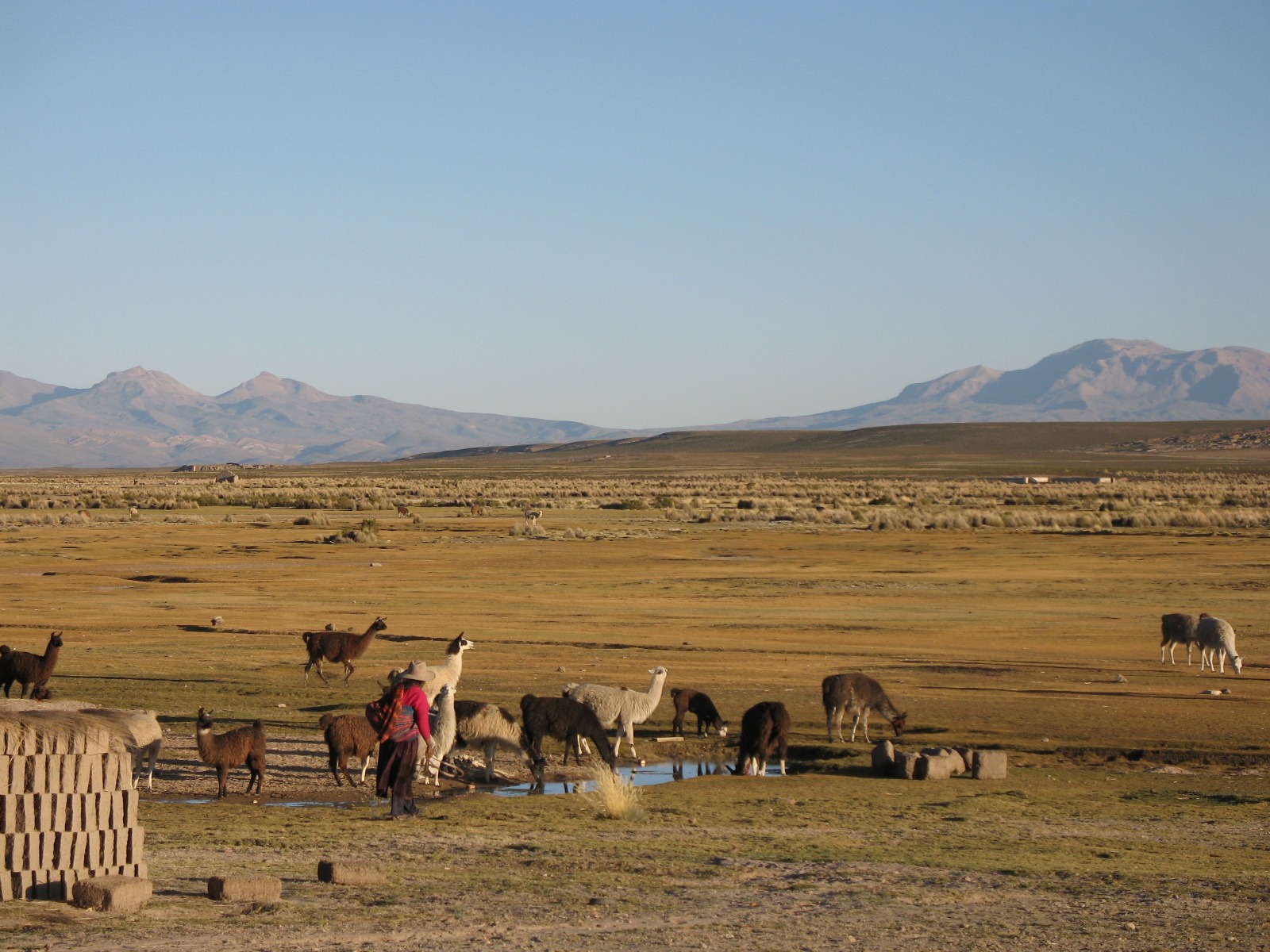
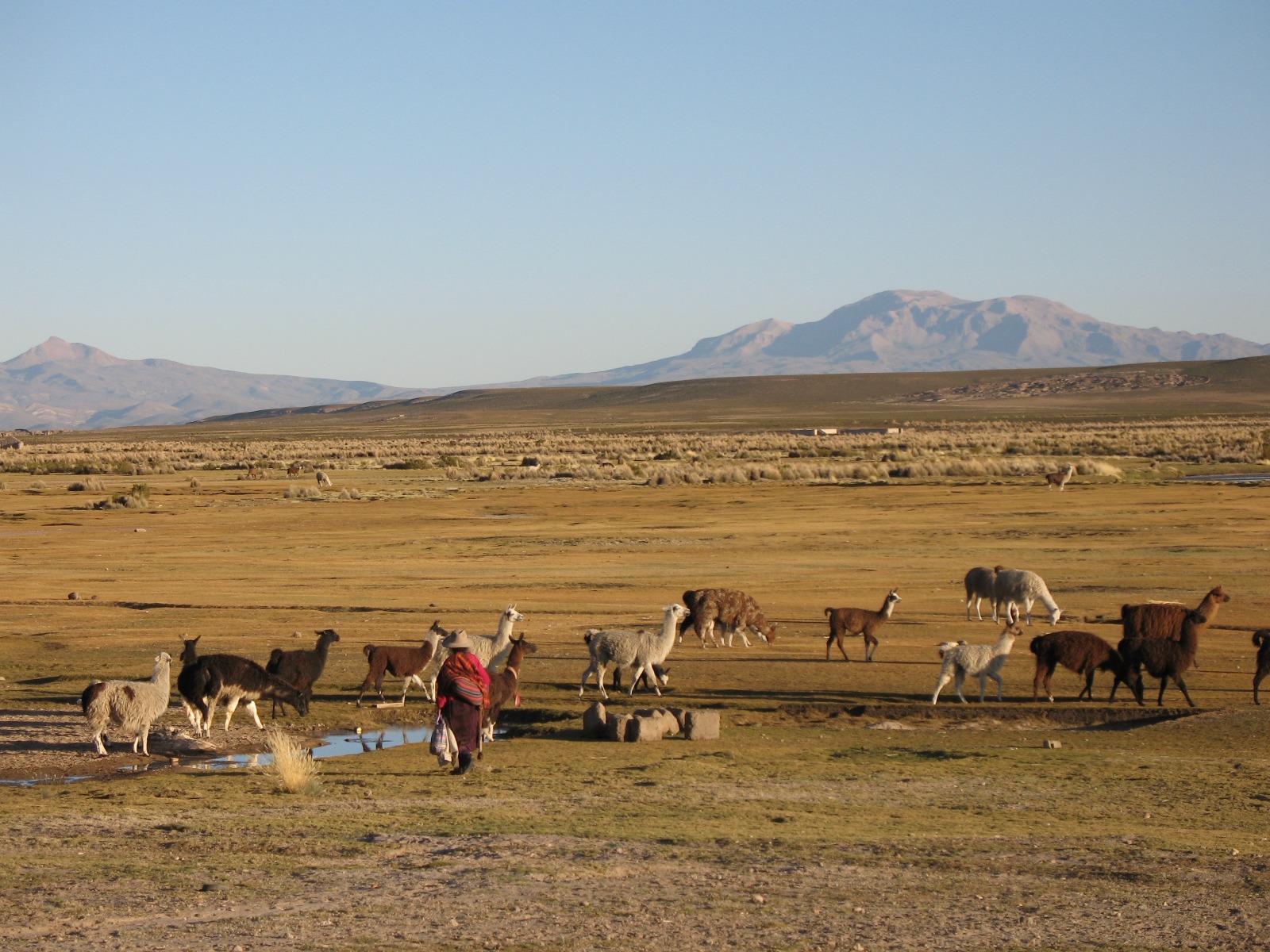
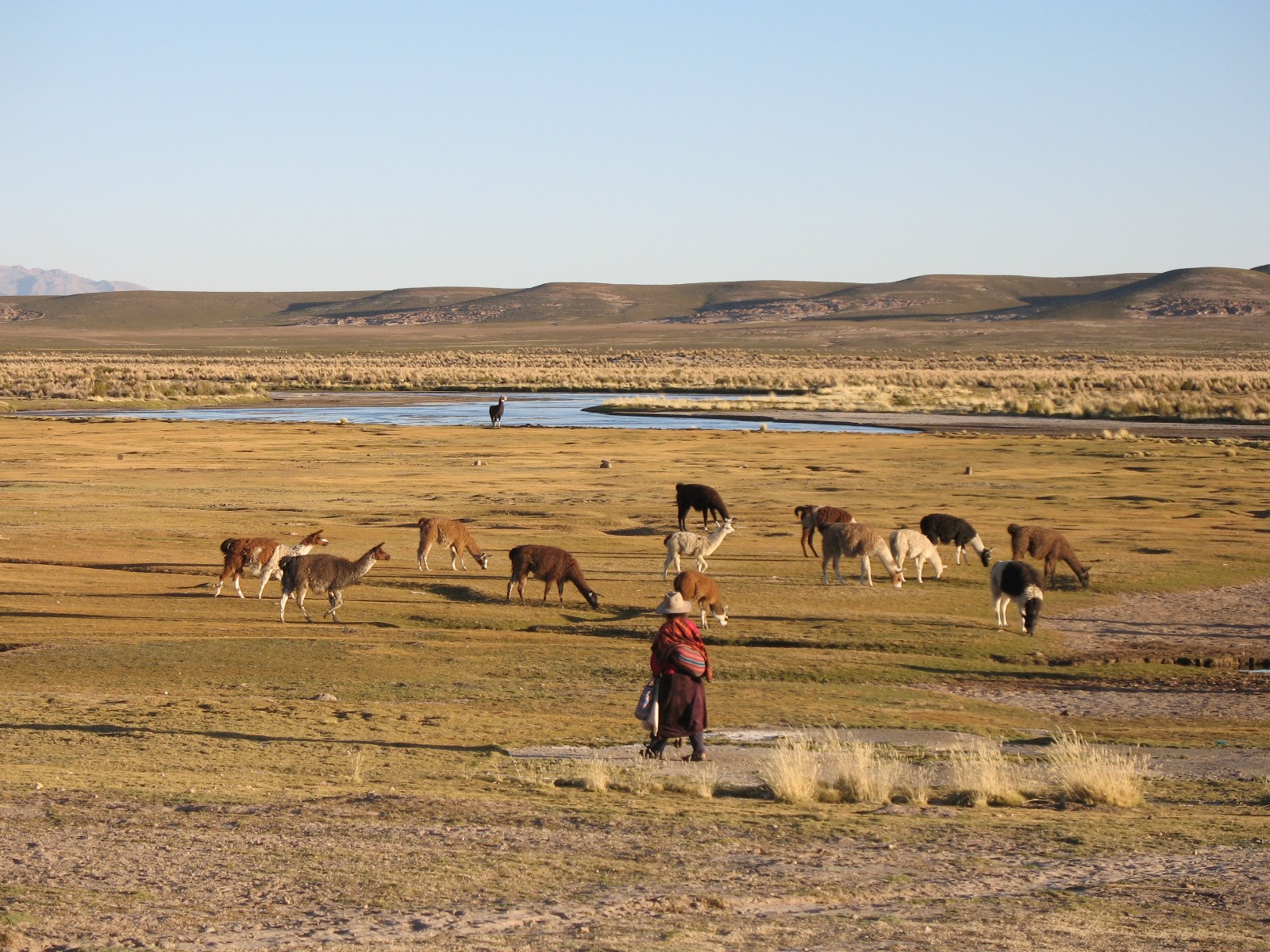
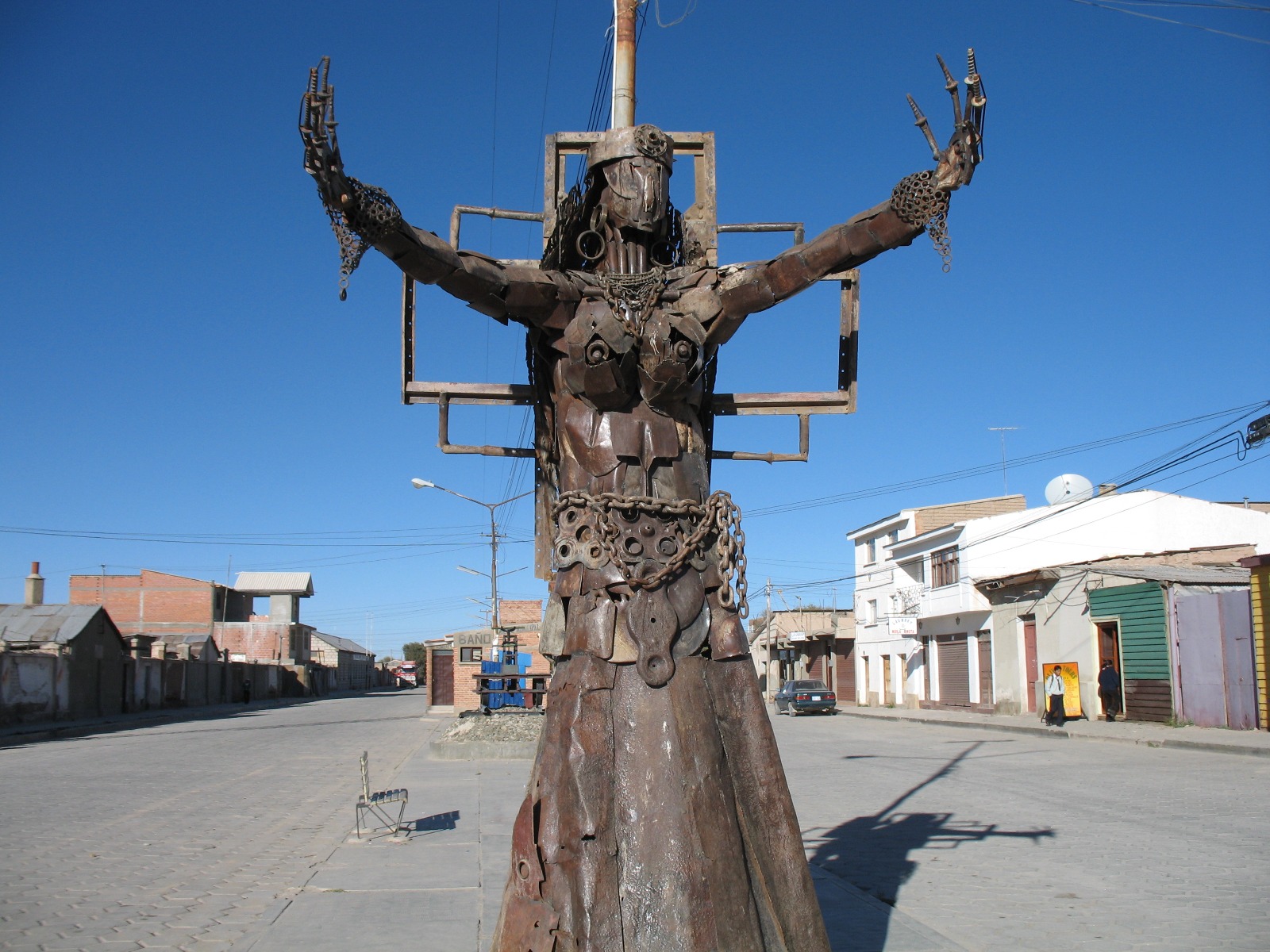
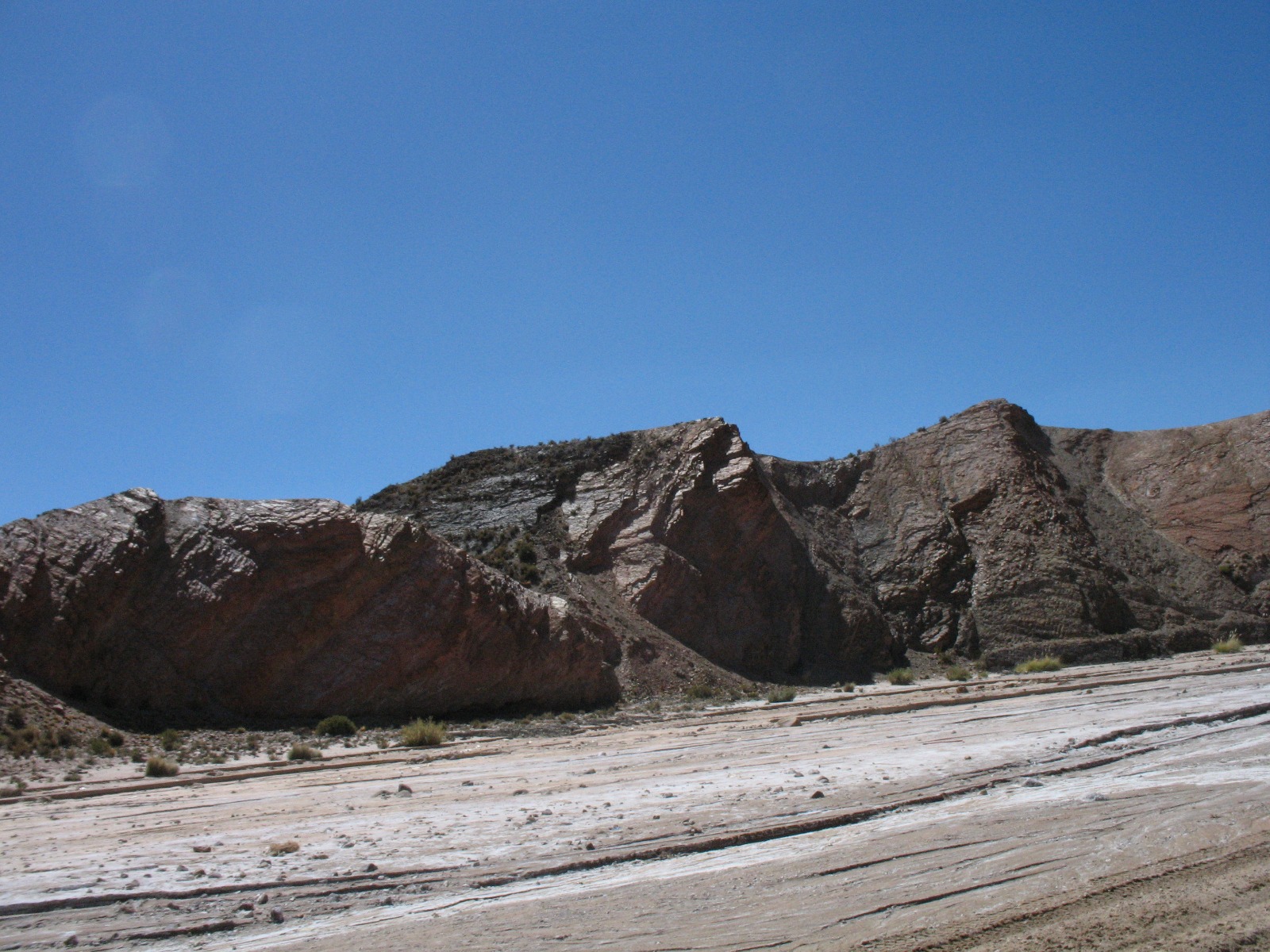
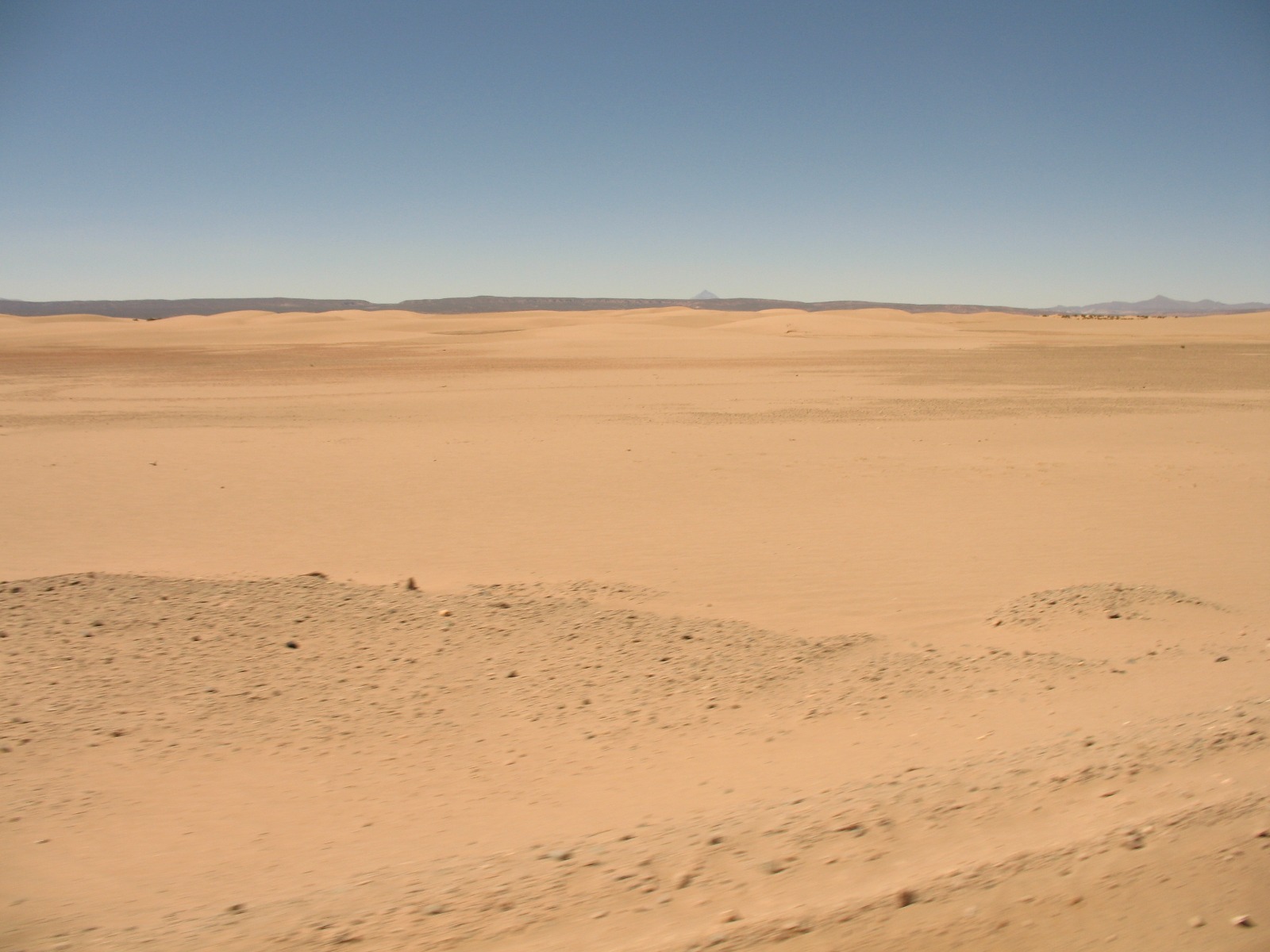
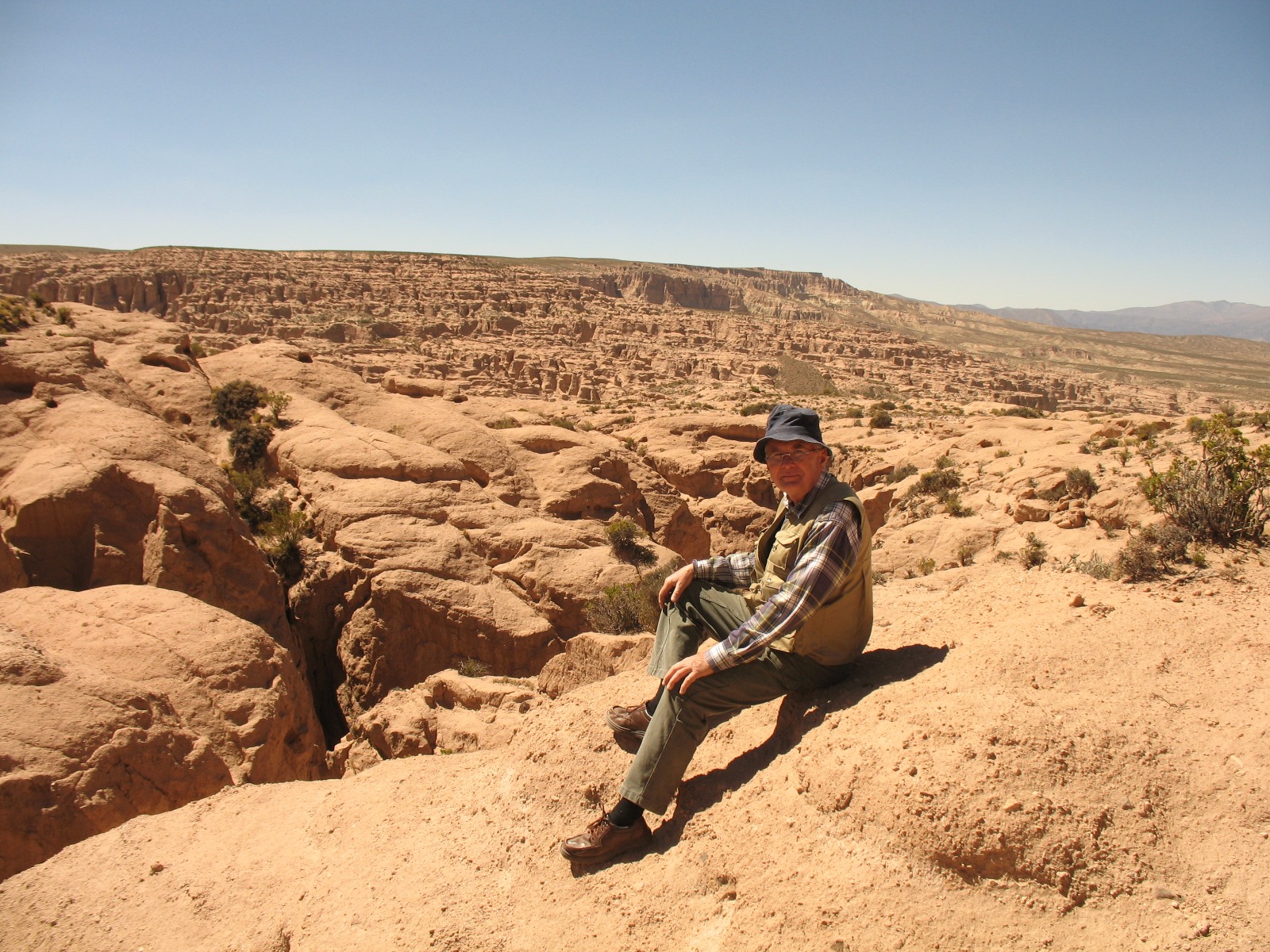
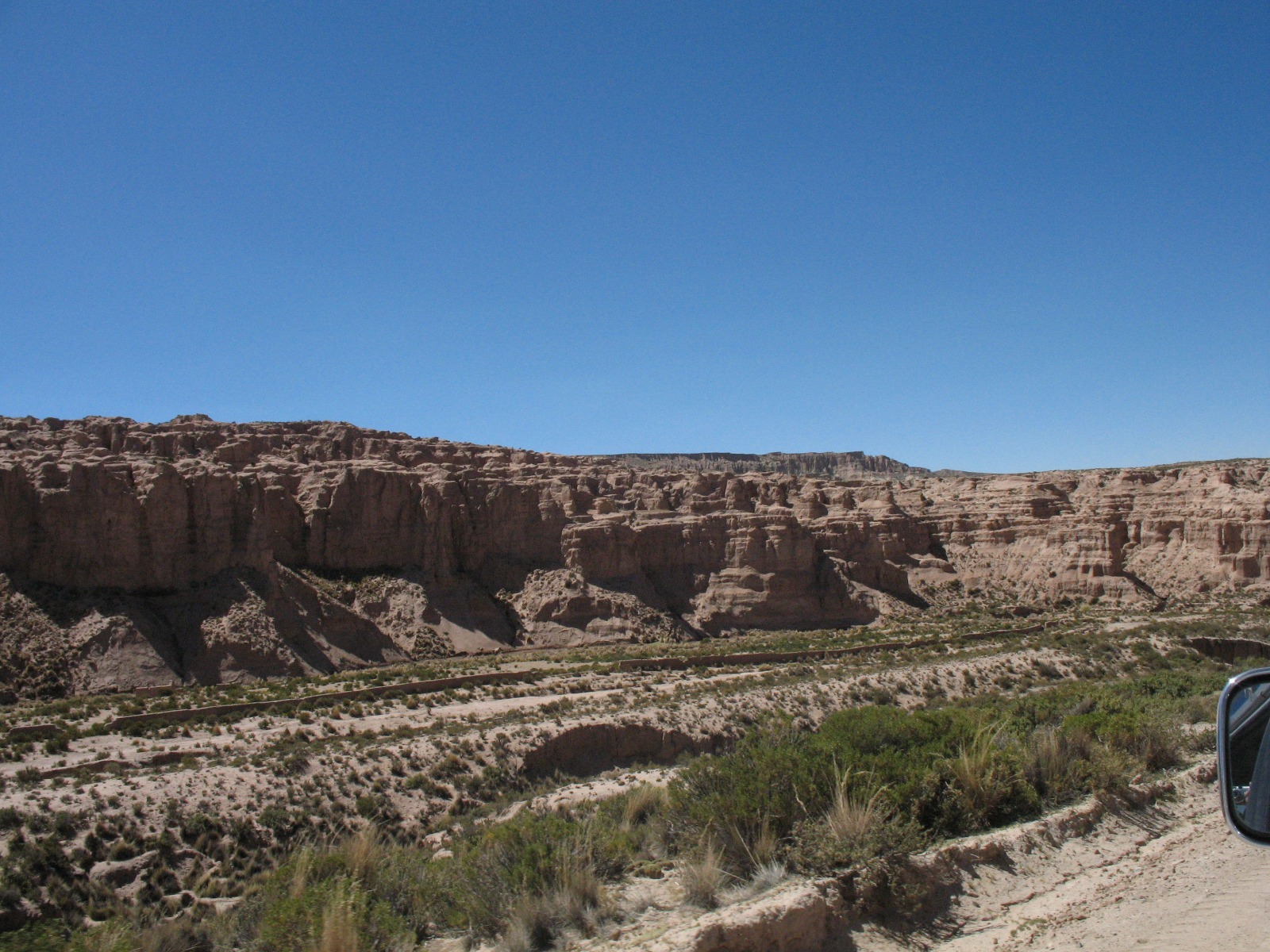
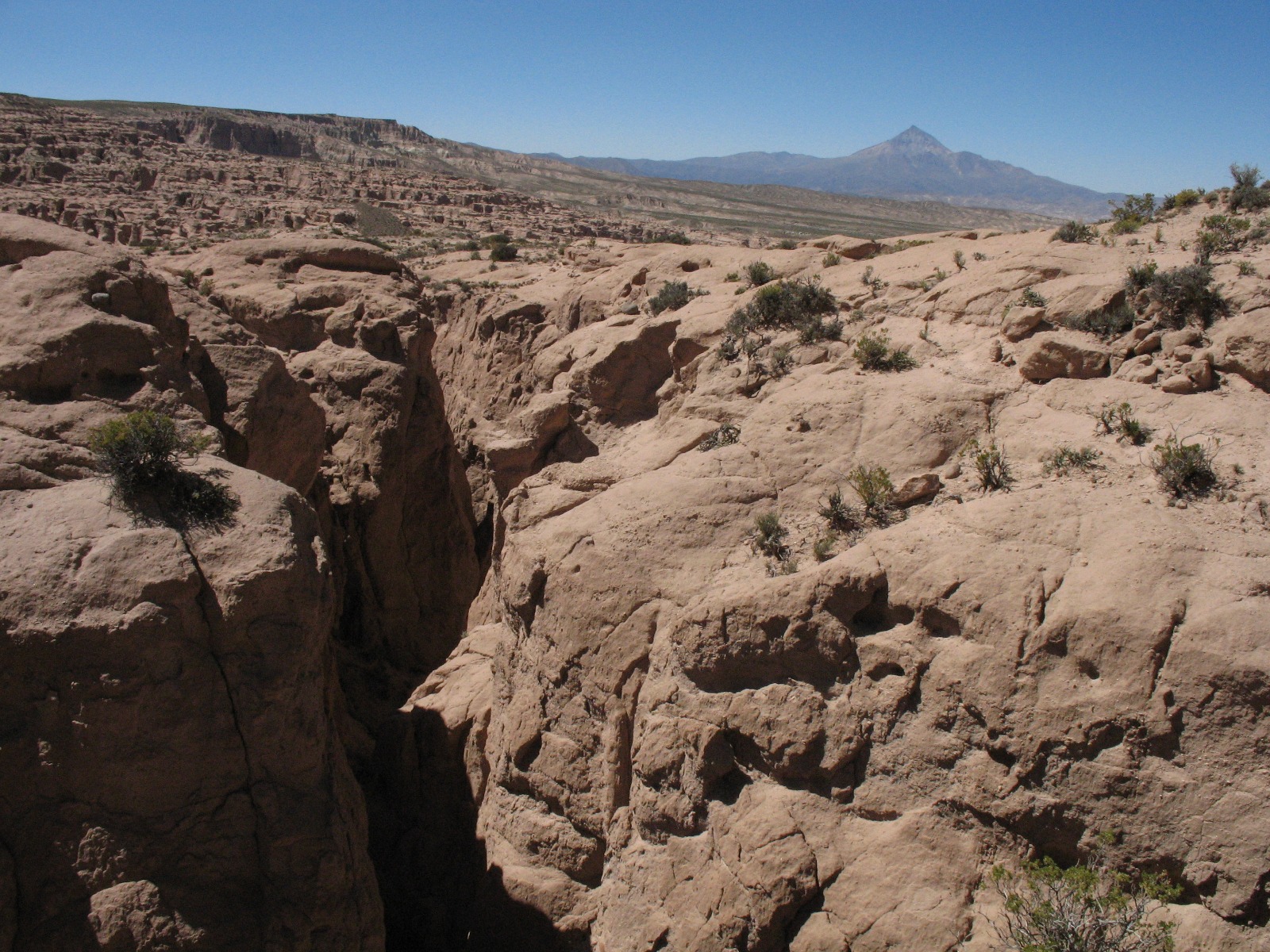
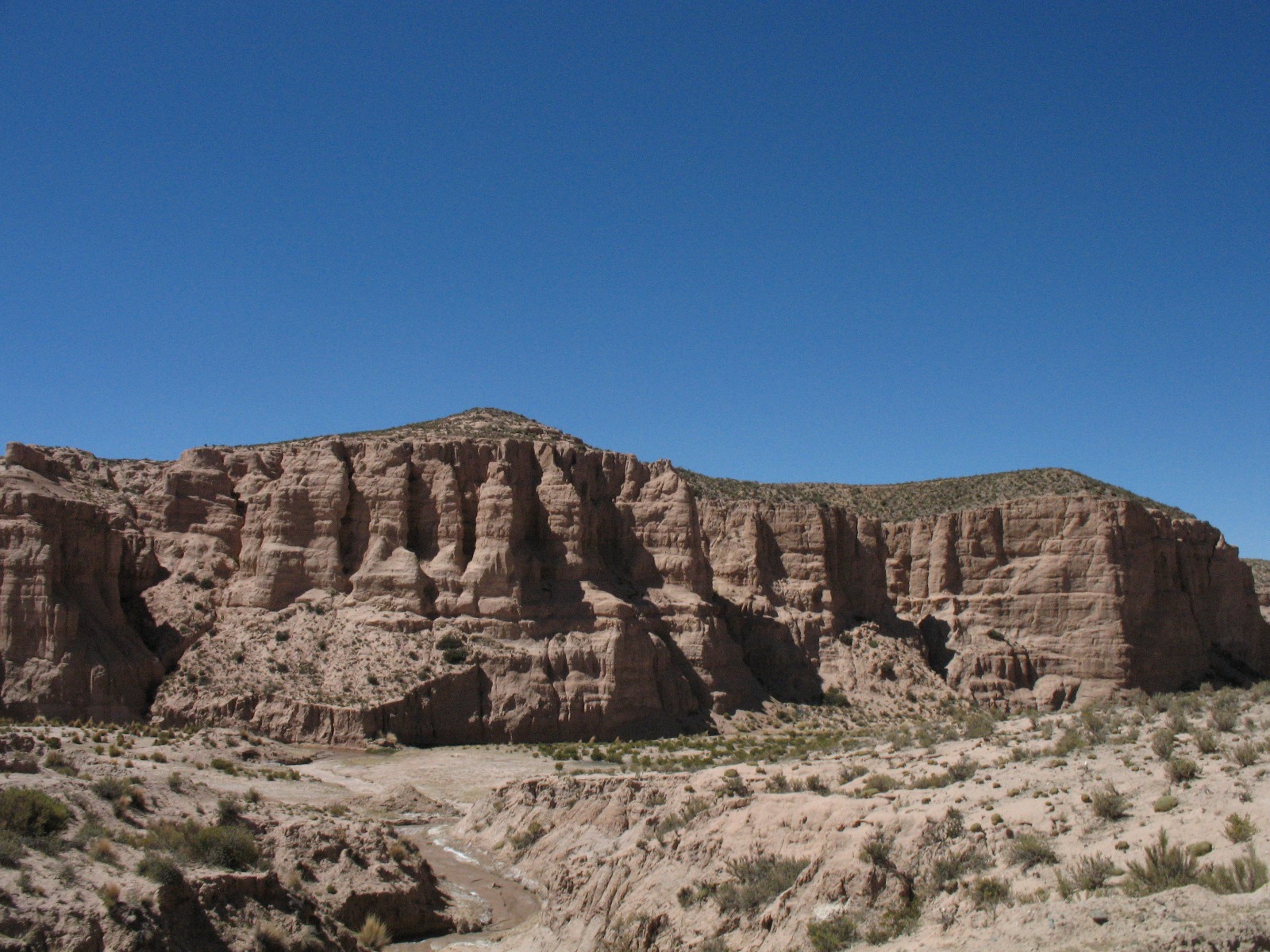
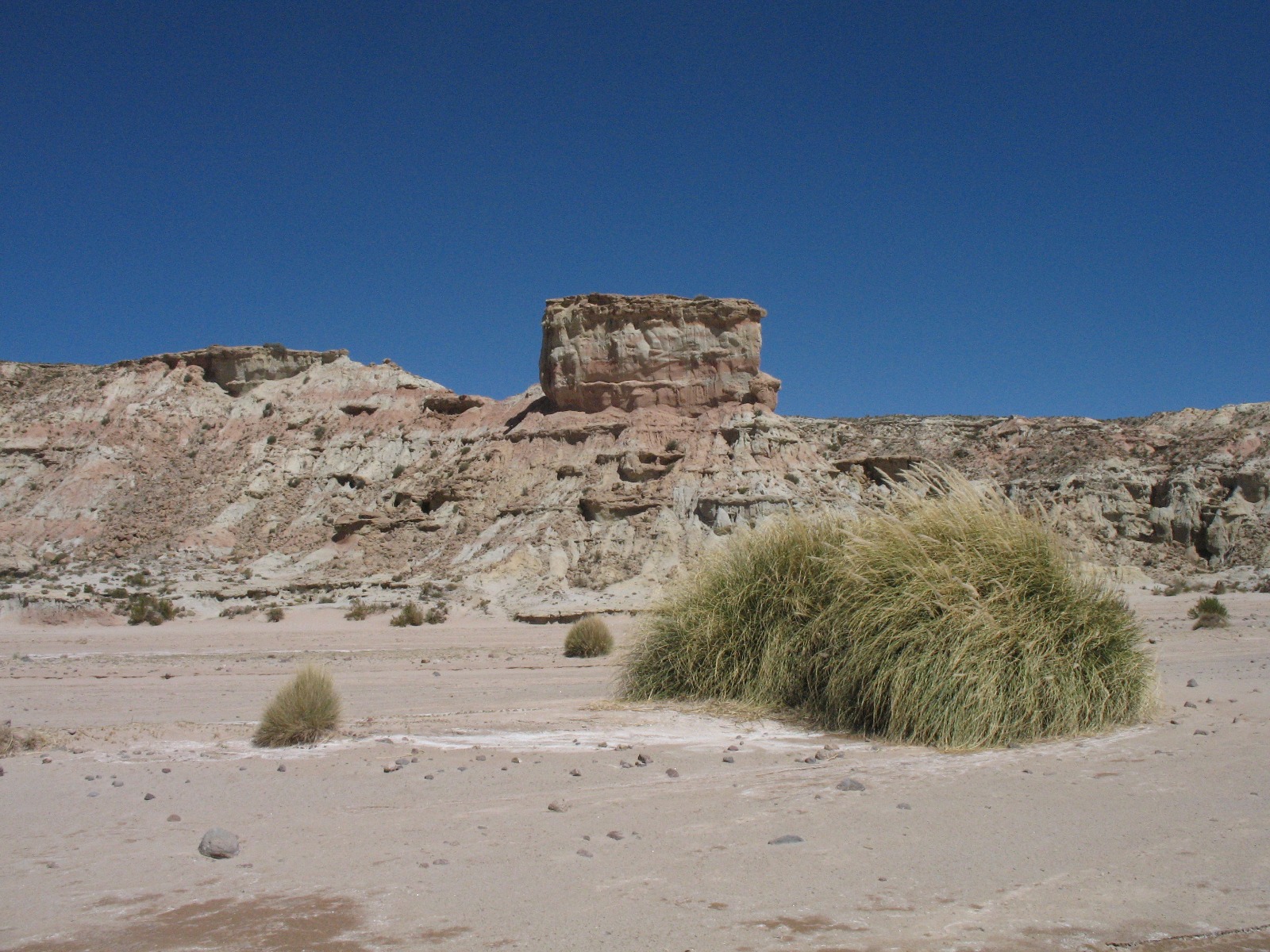
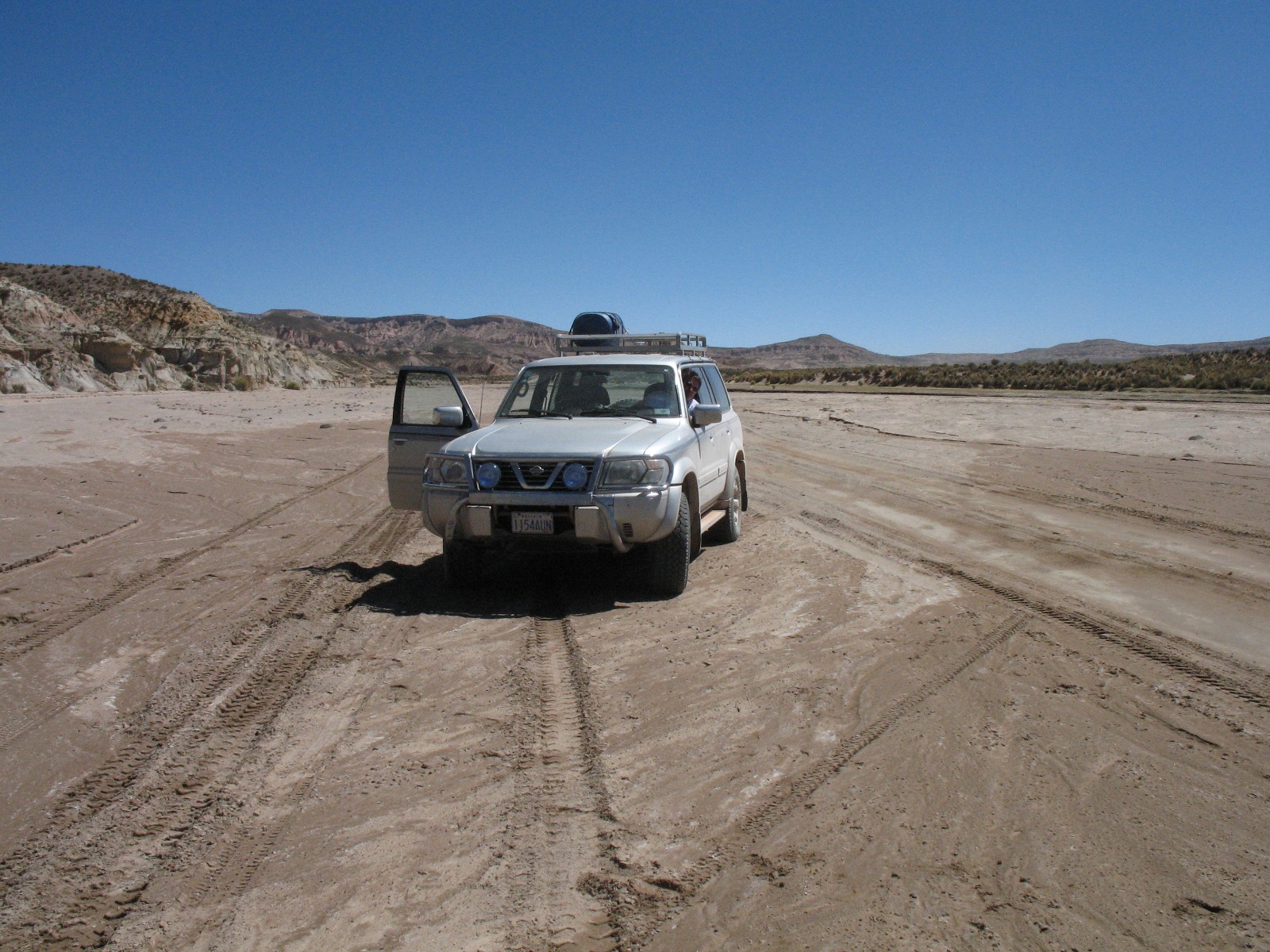
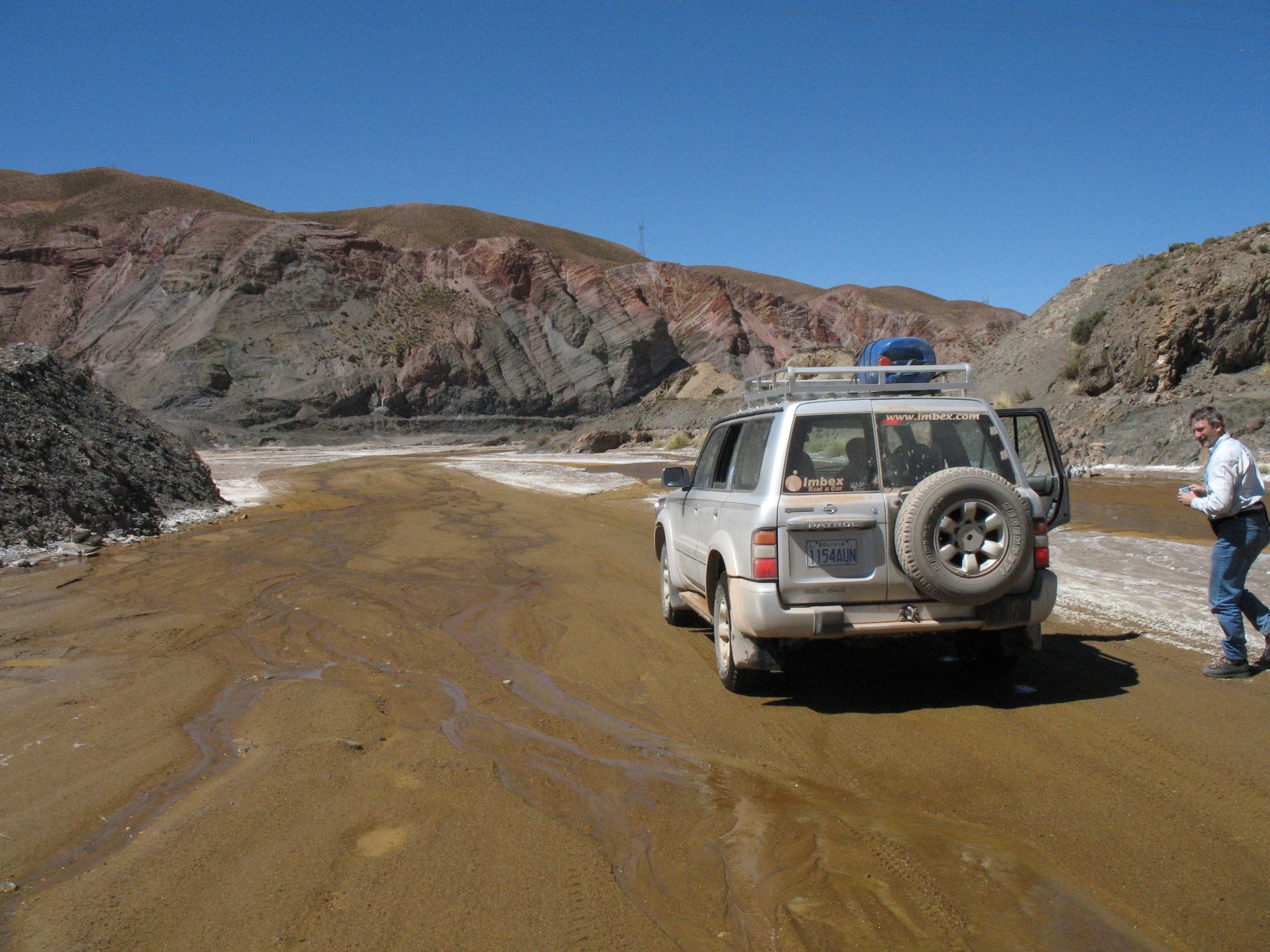
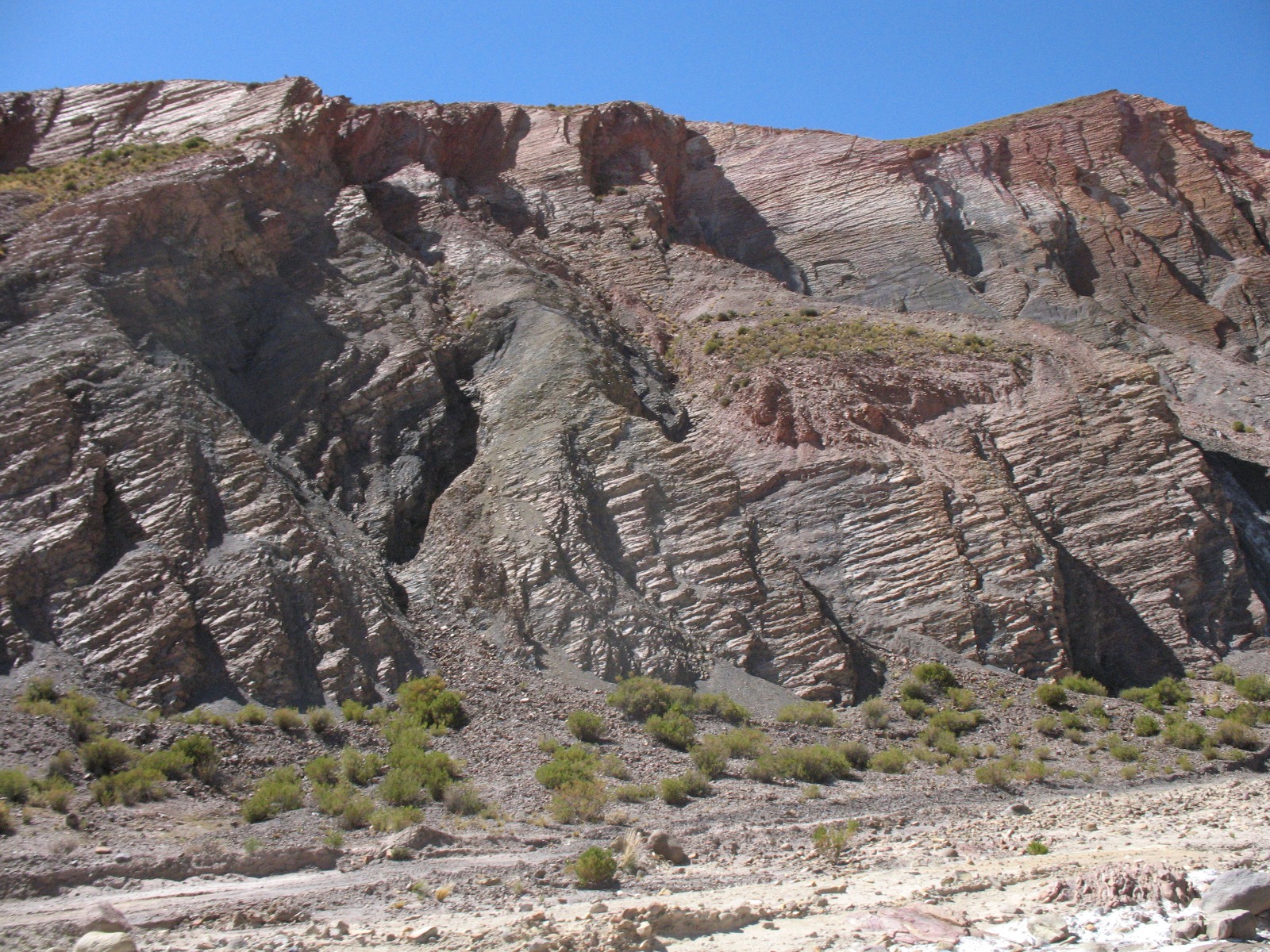
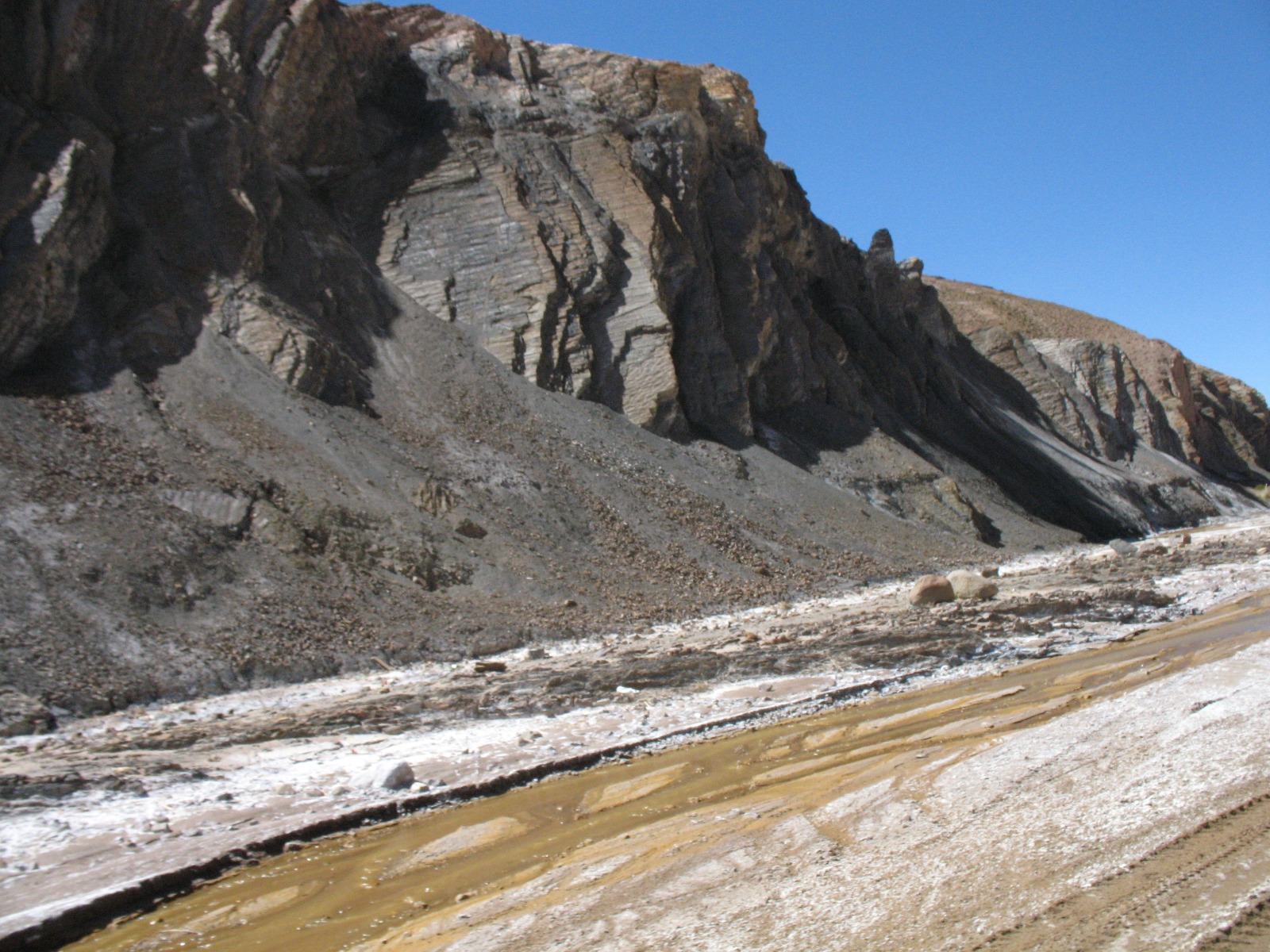
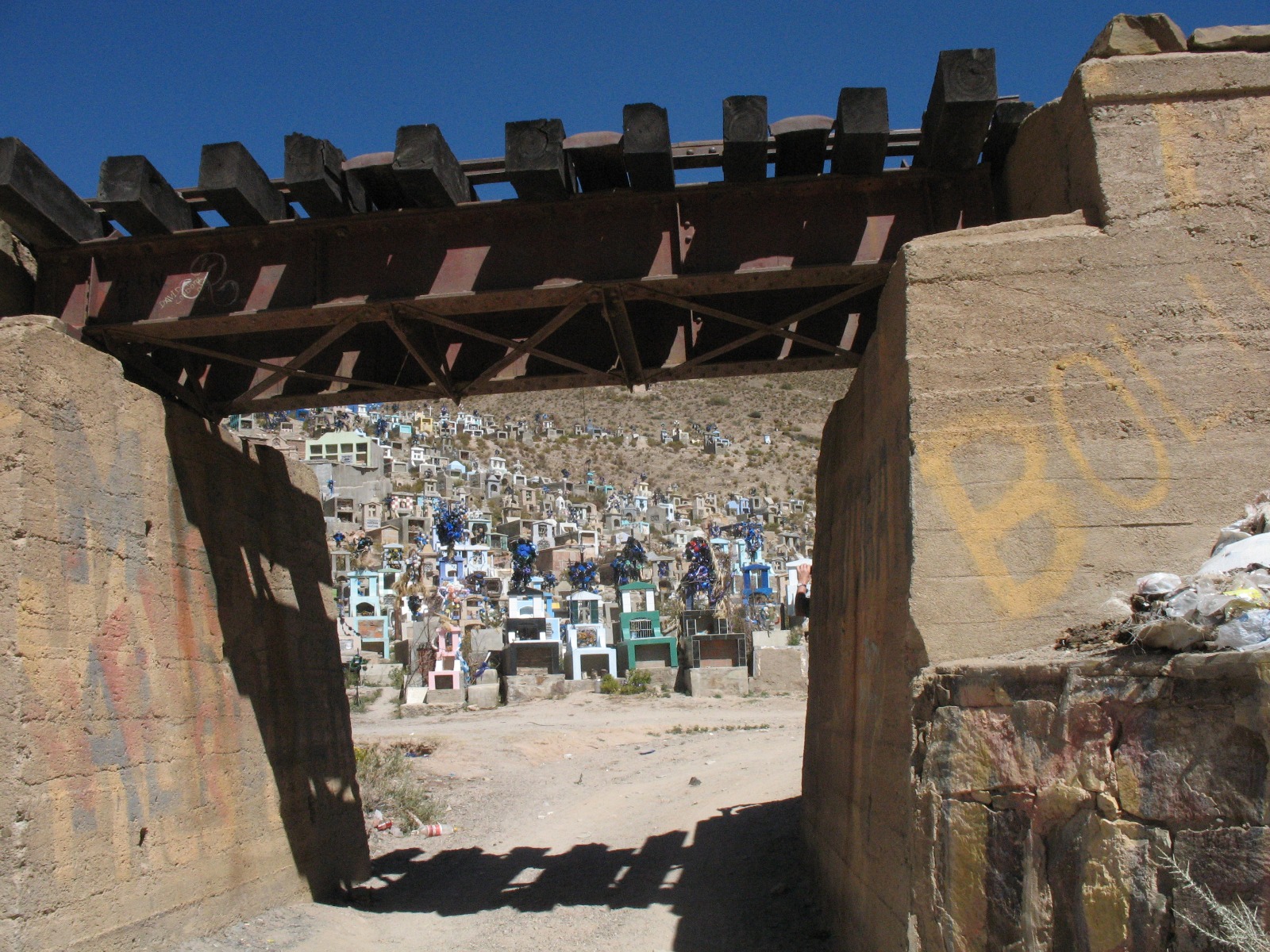
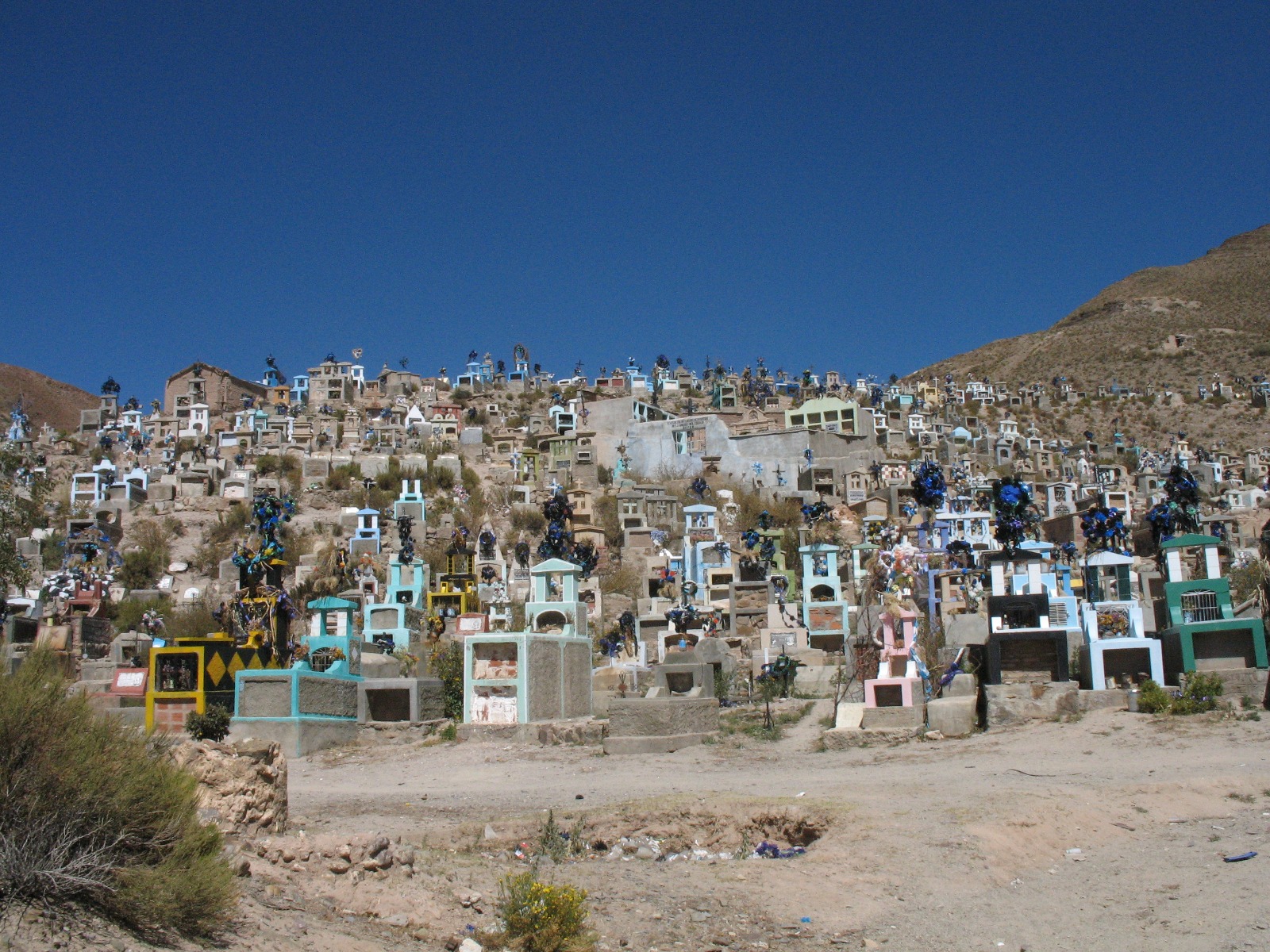
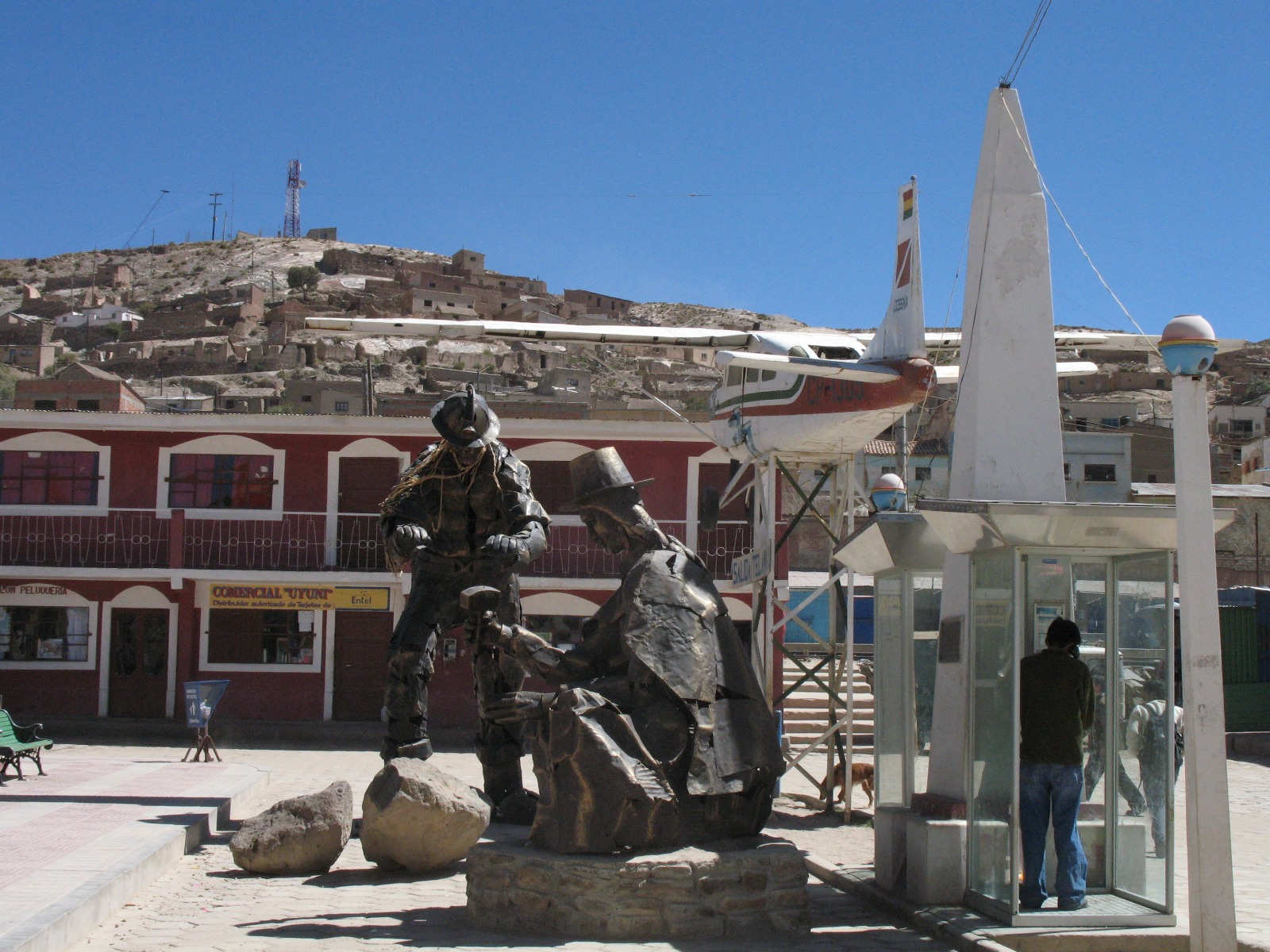
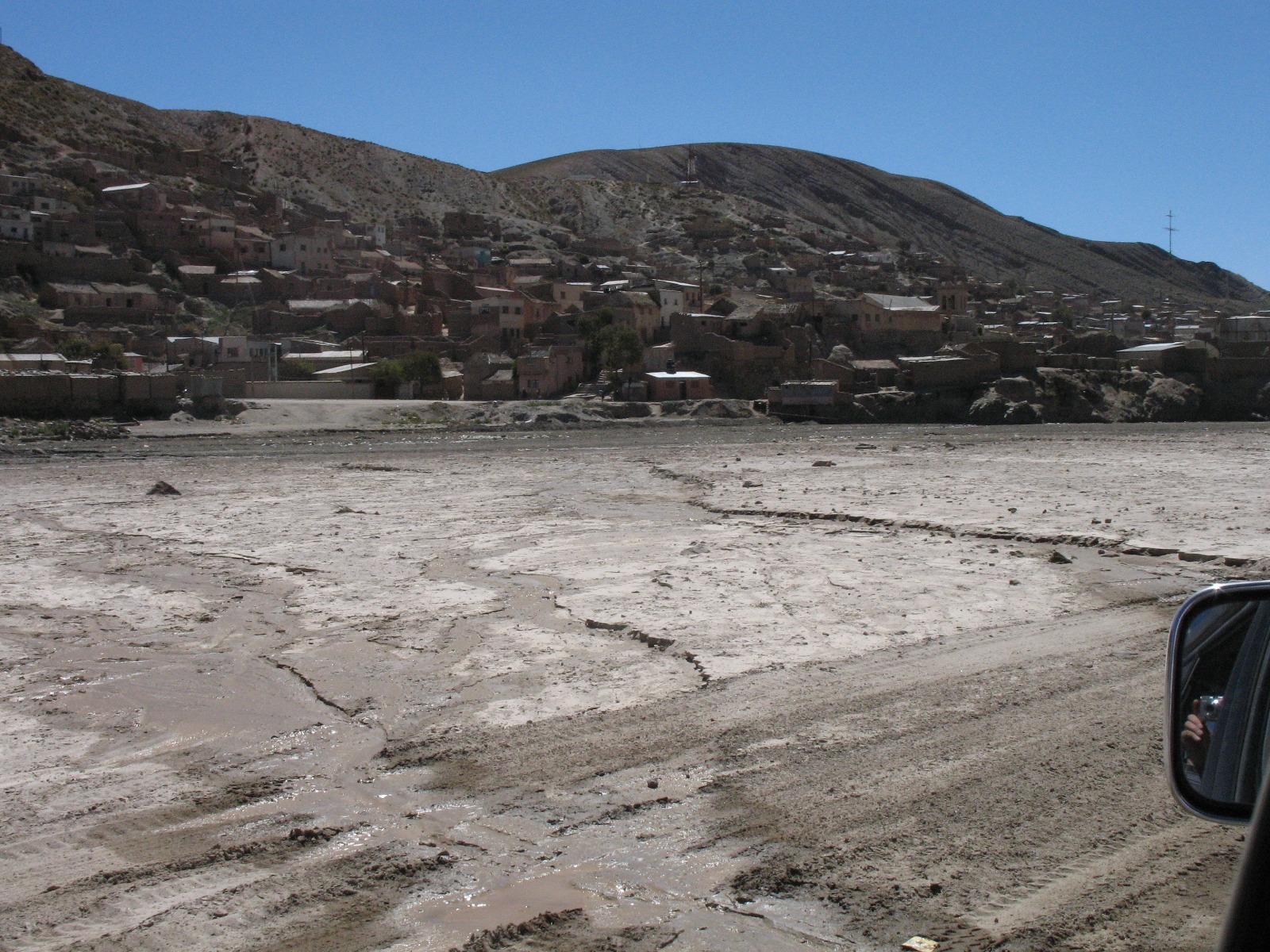
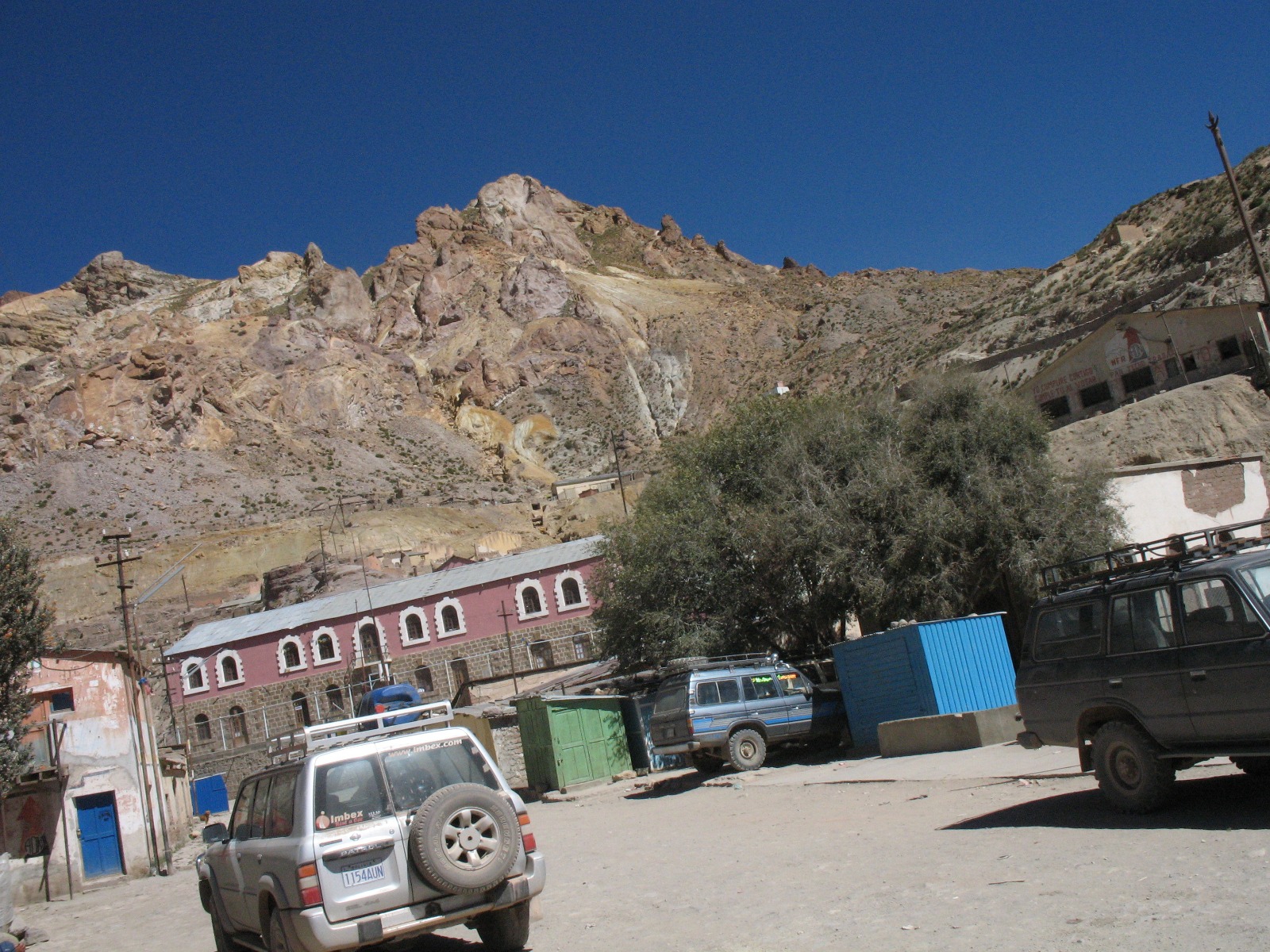
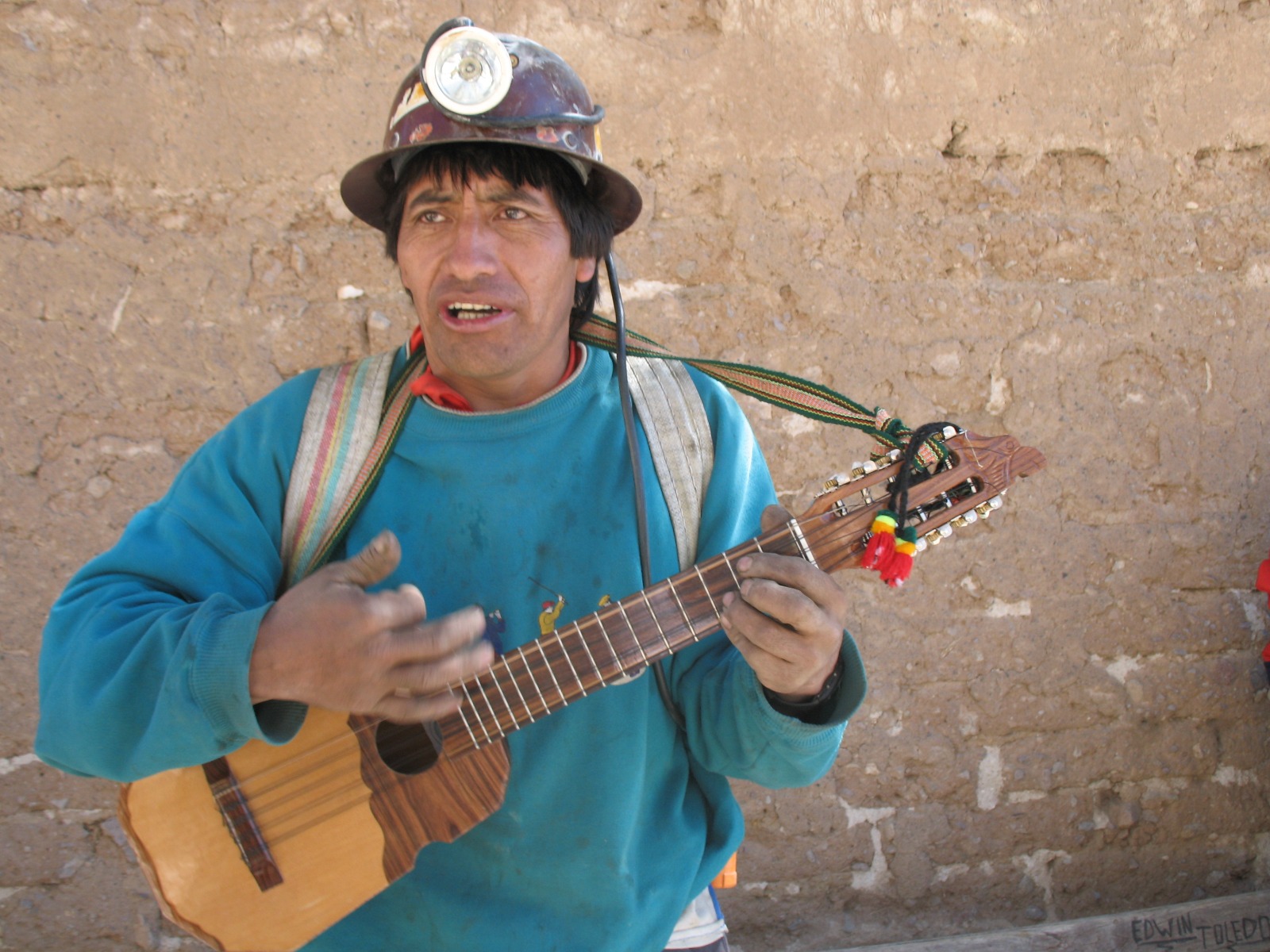
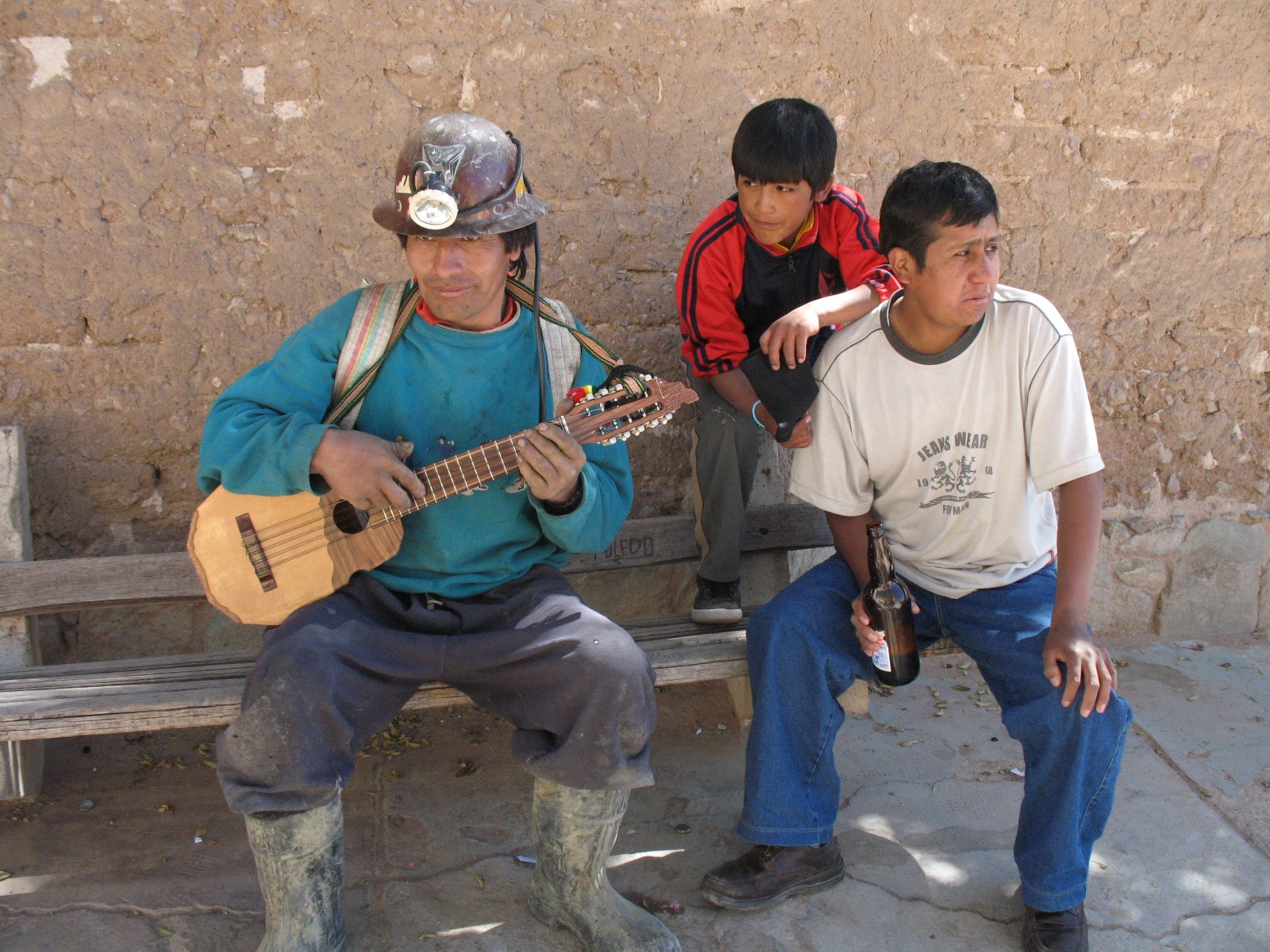
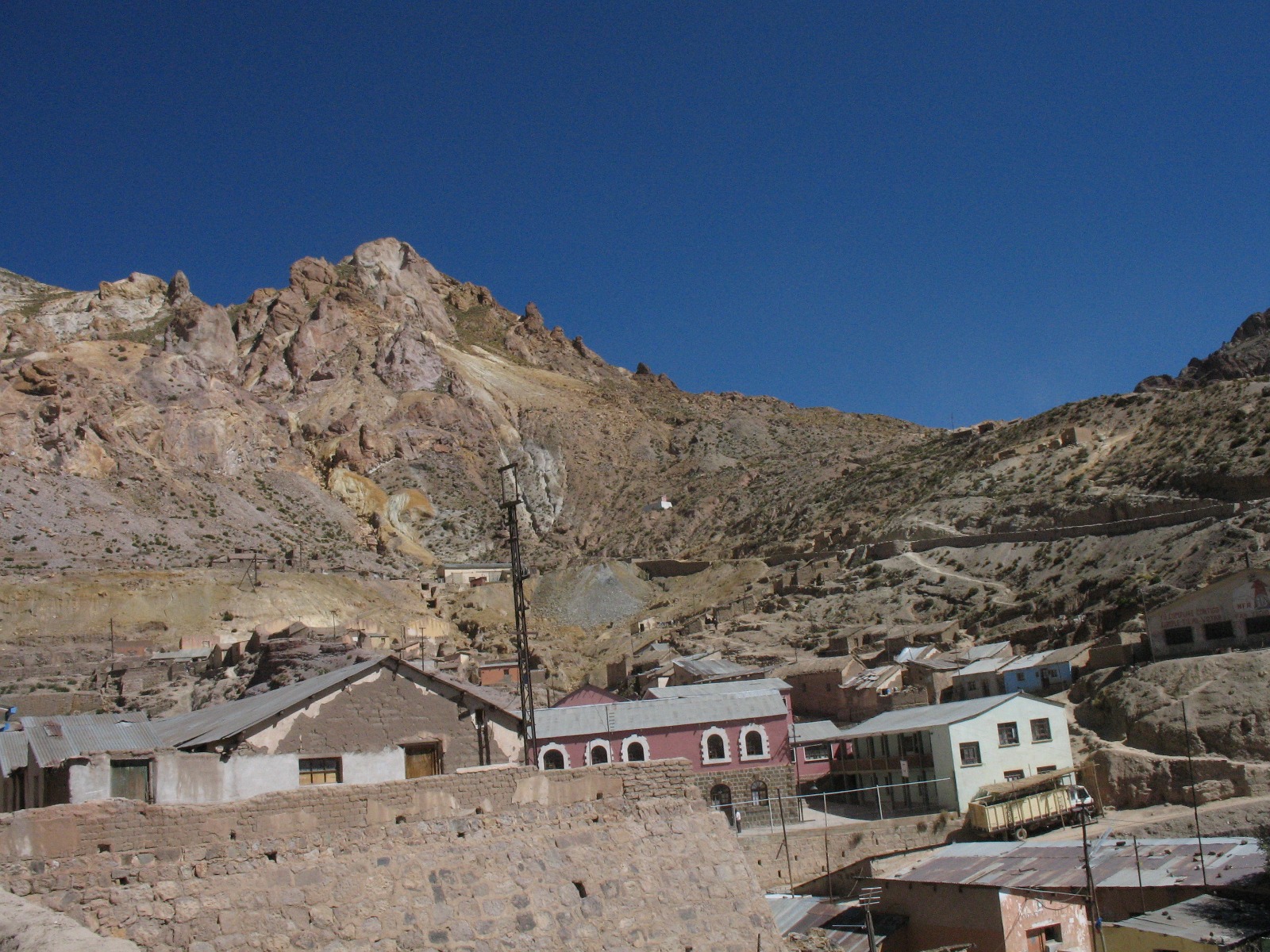
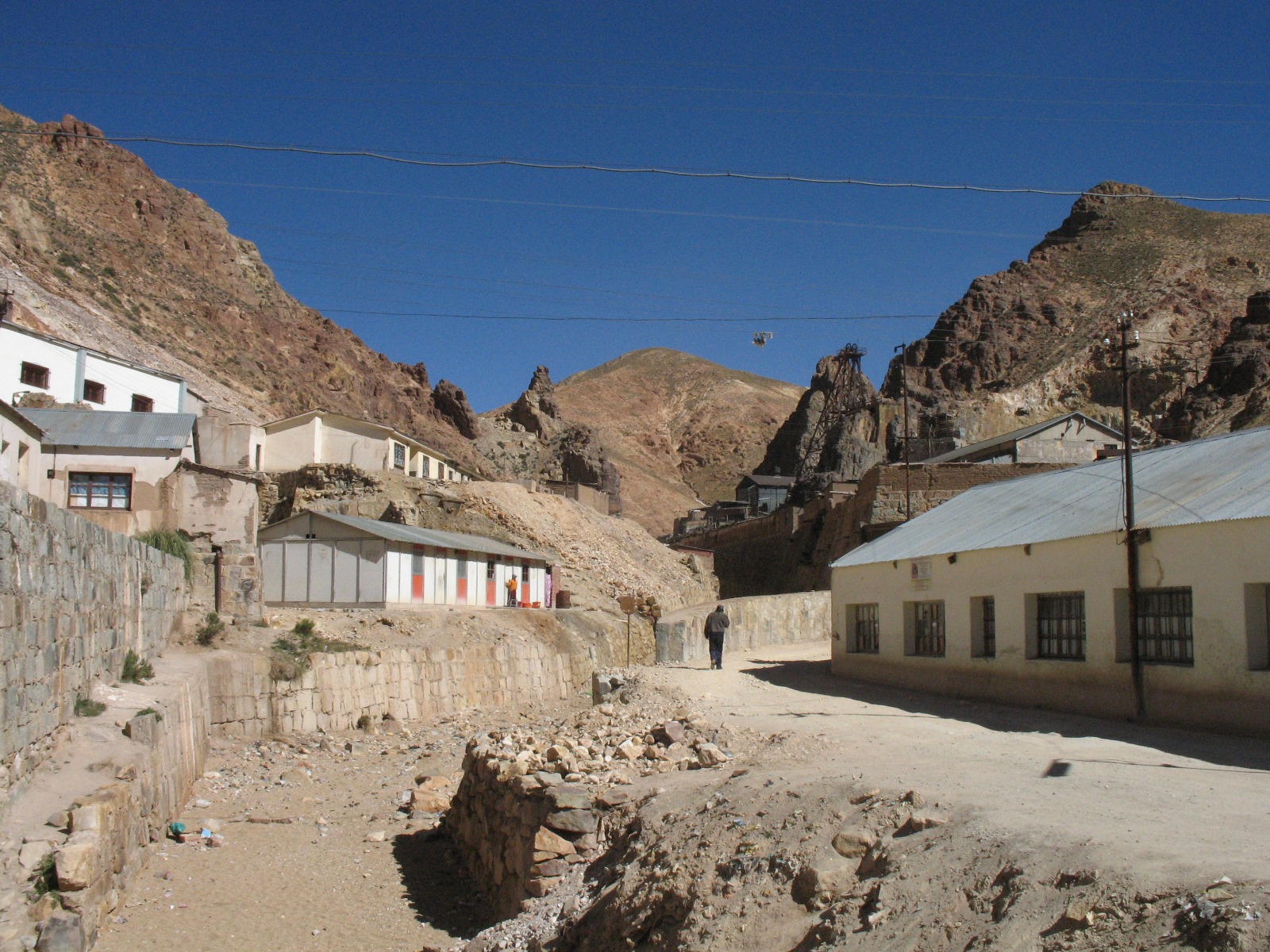
repairing the ore bags.
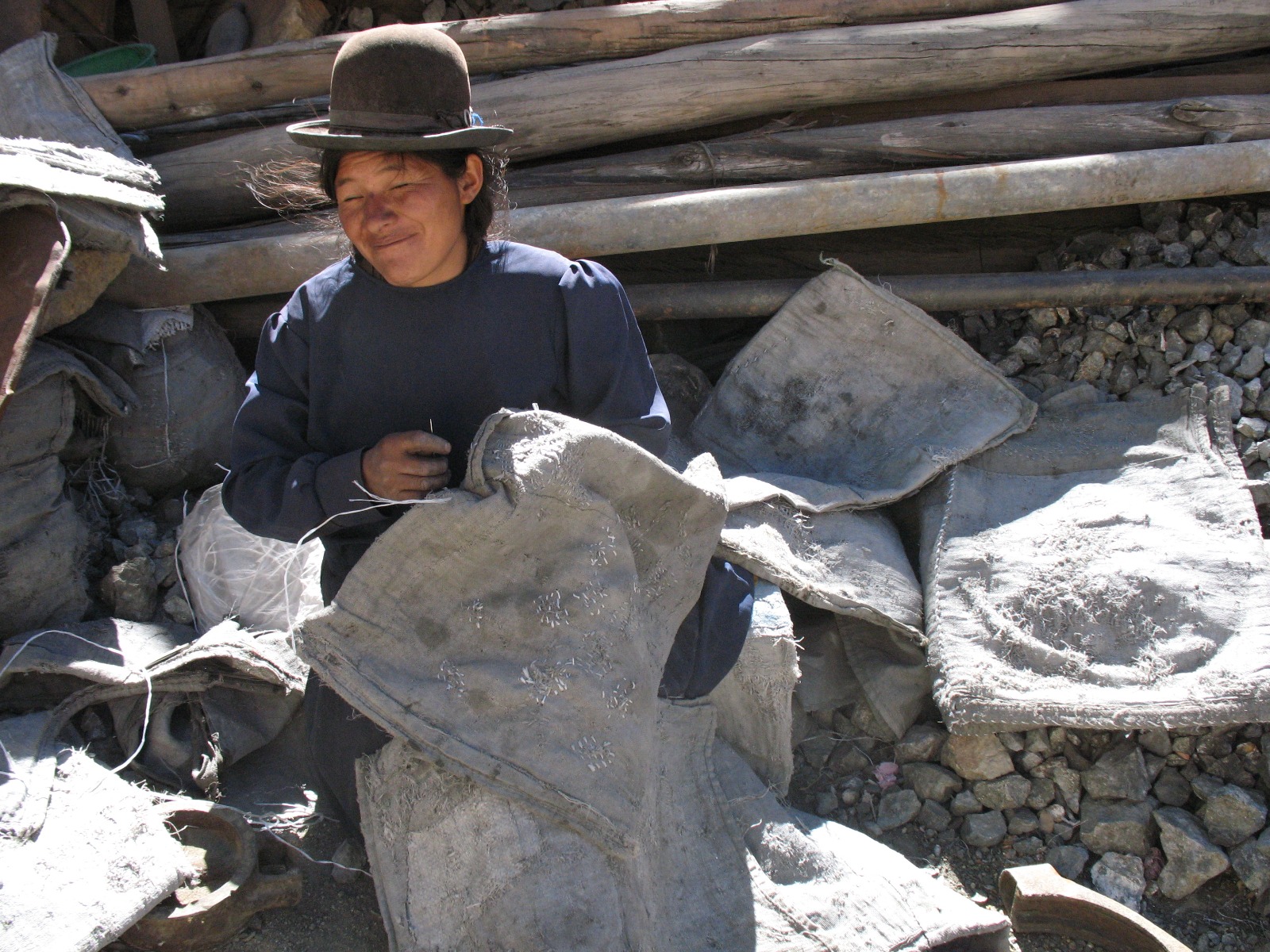
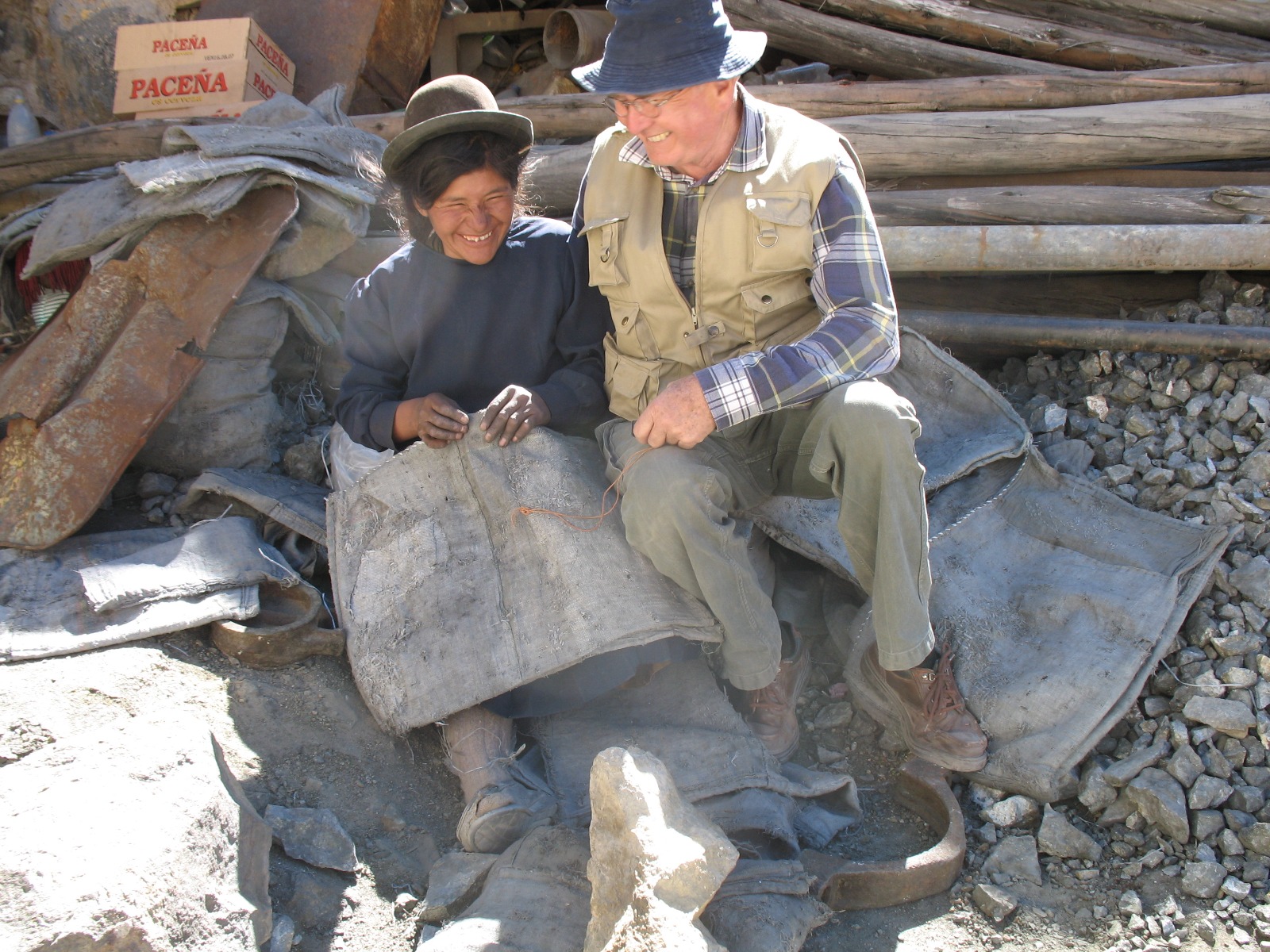
dumping in the crusher.
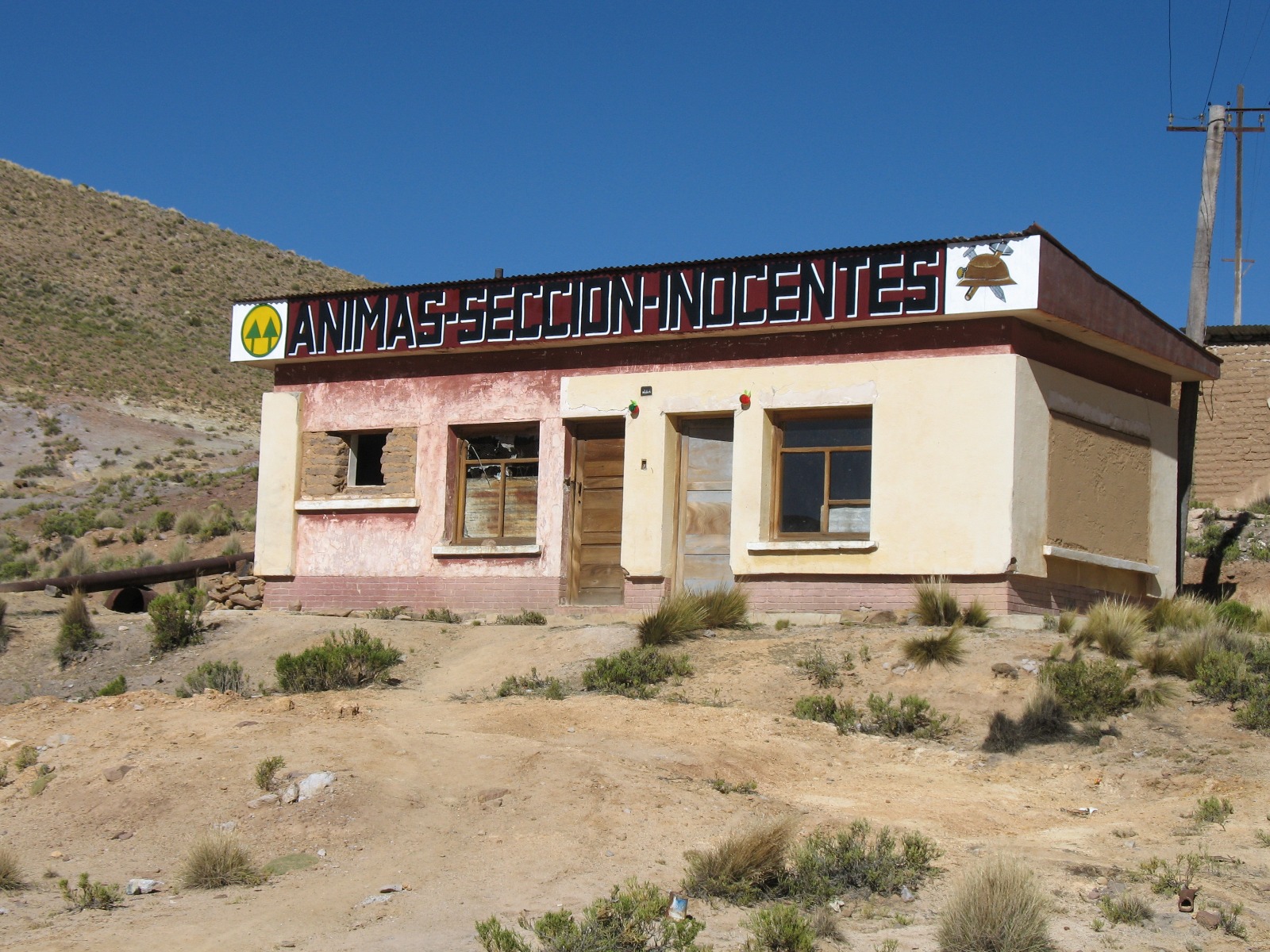
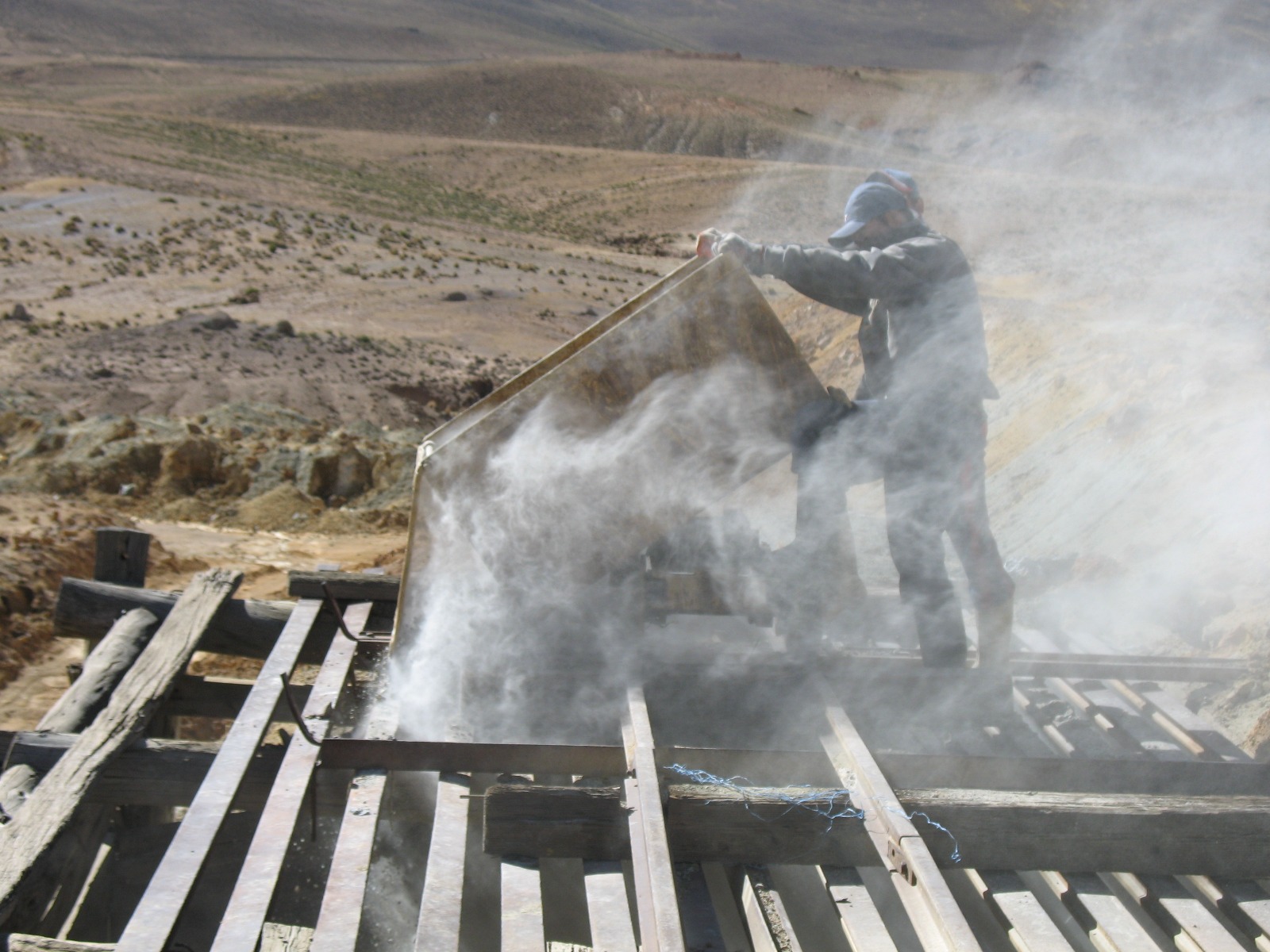
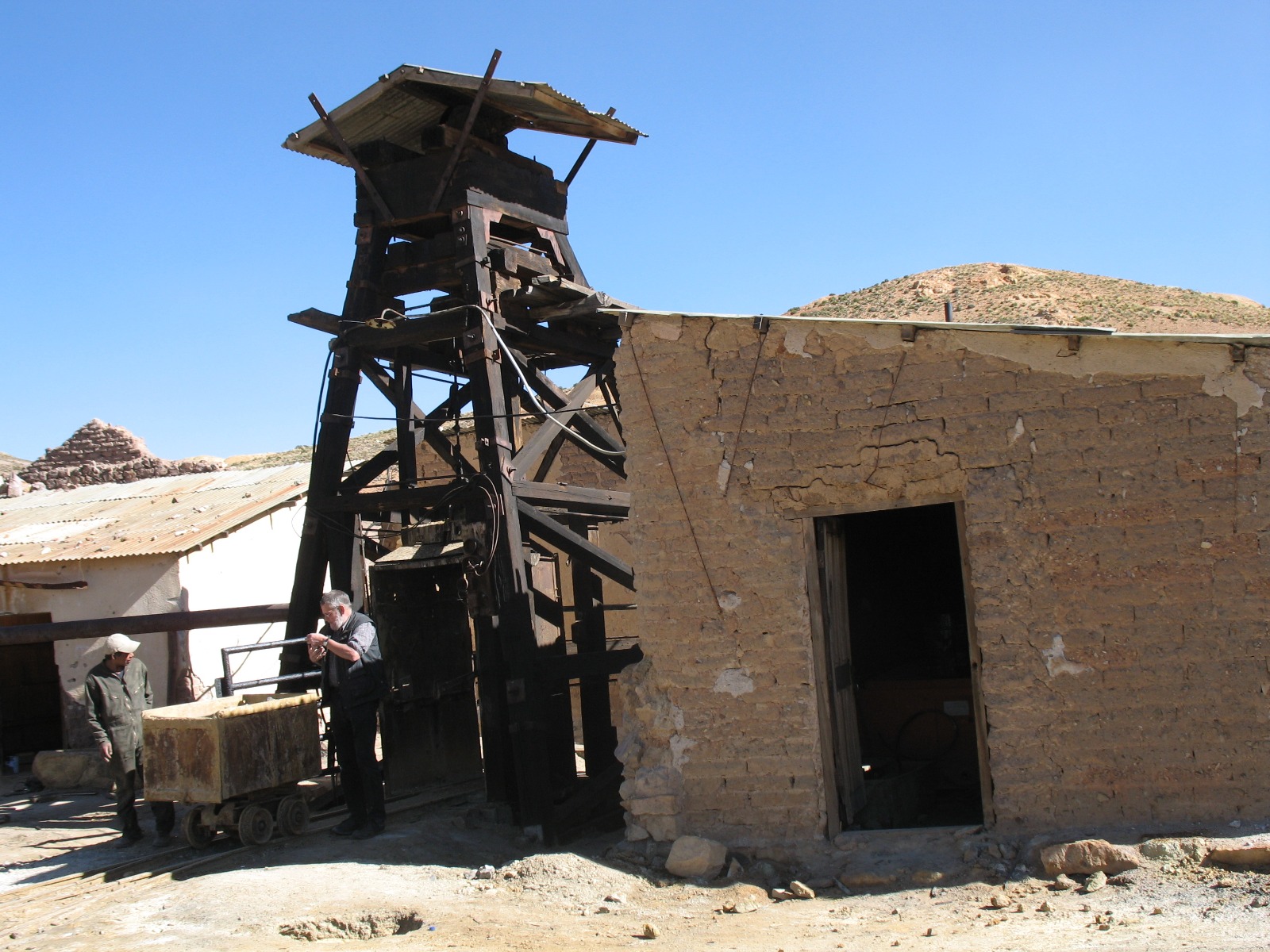
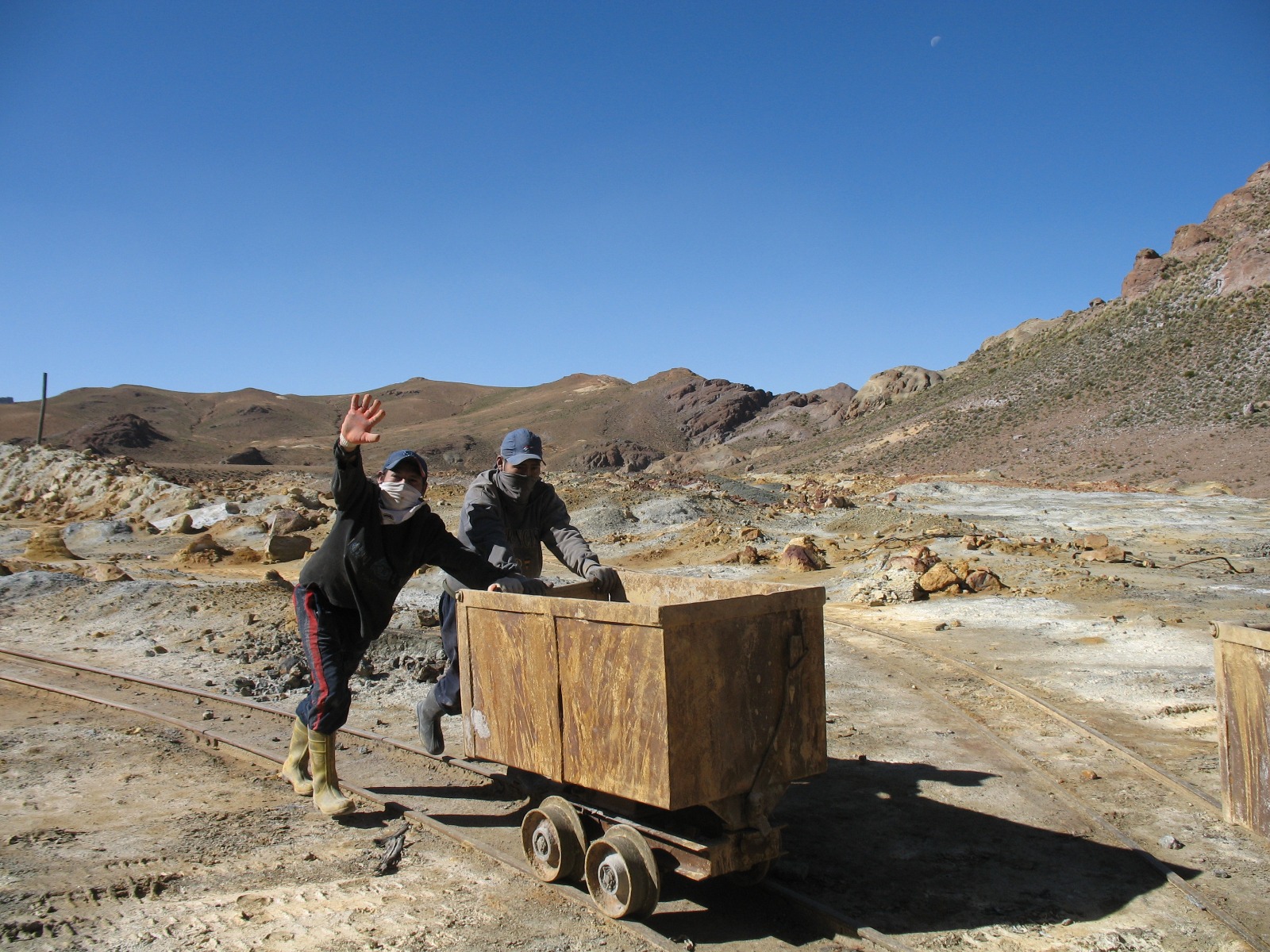
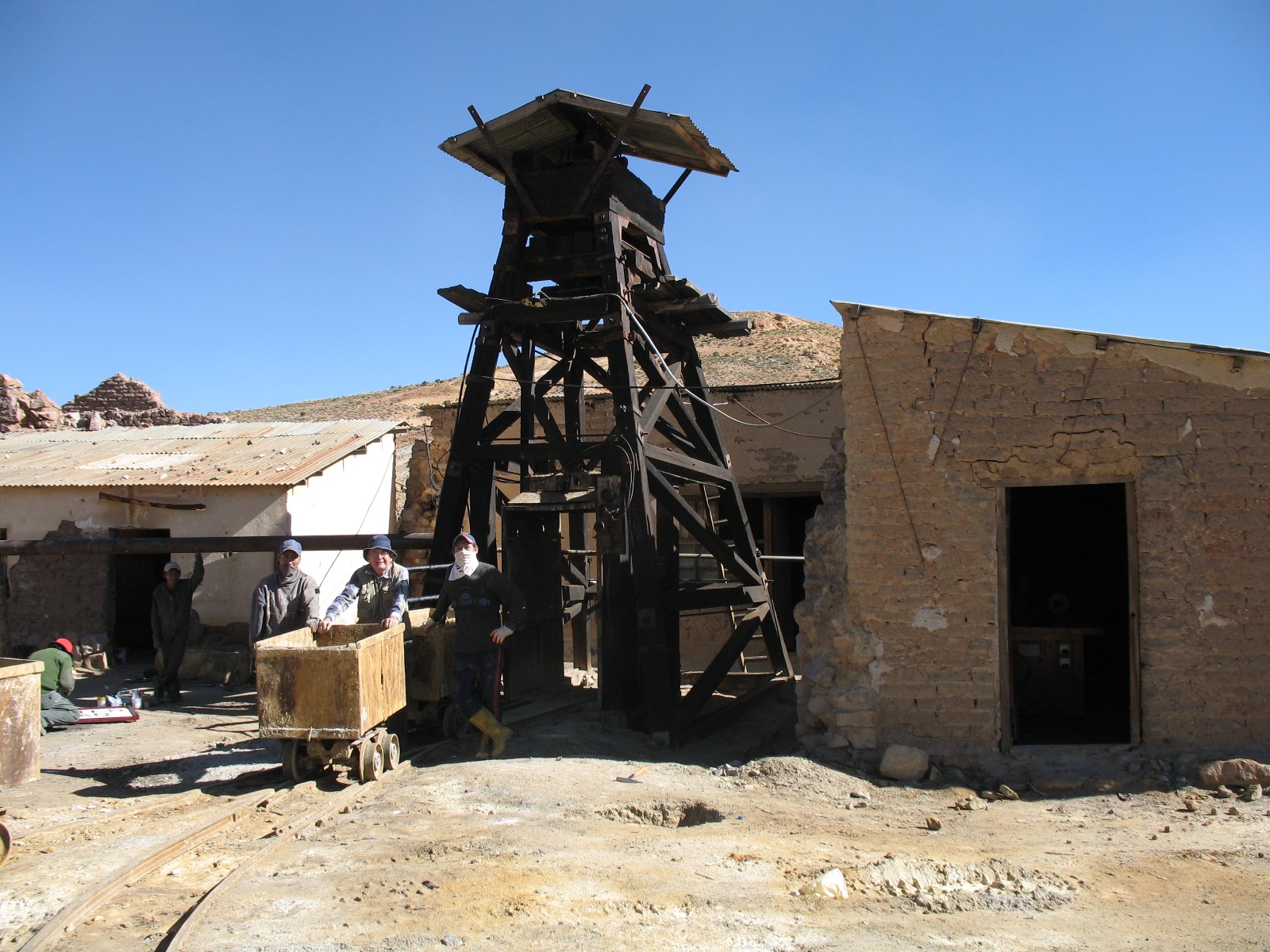
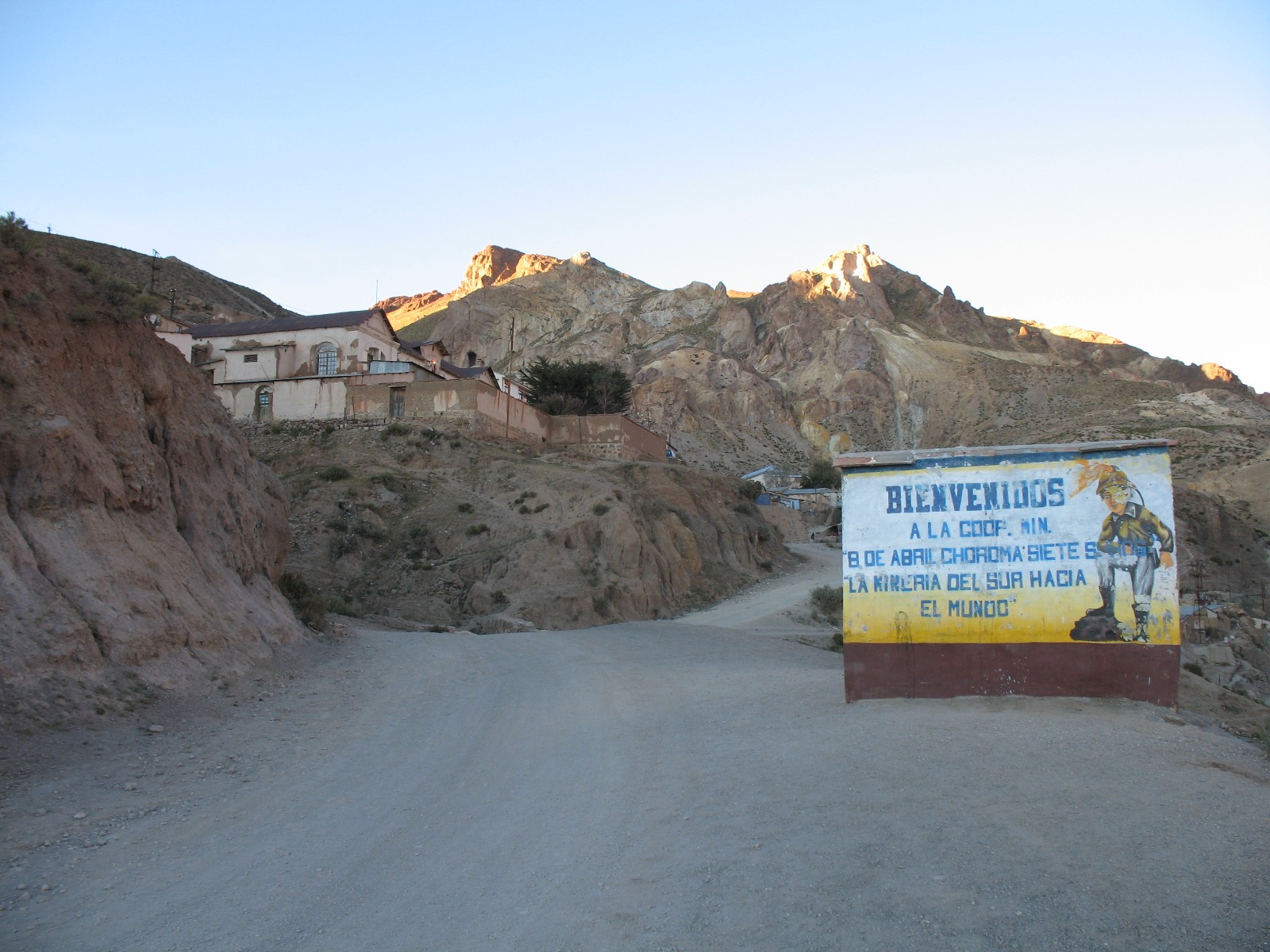
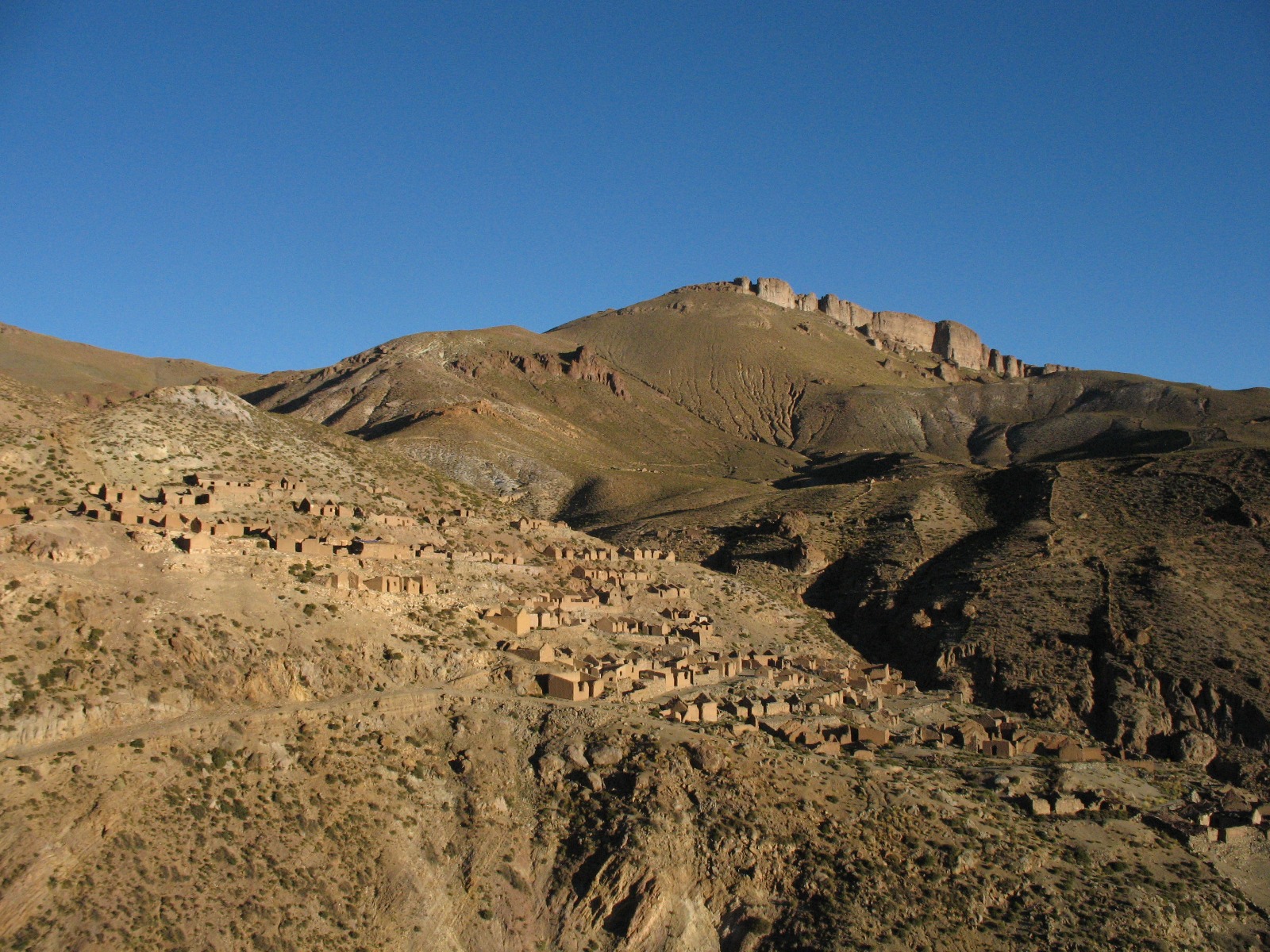
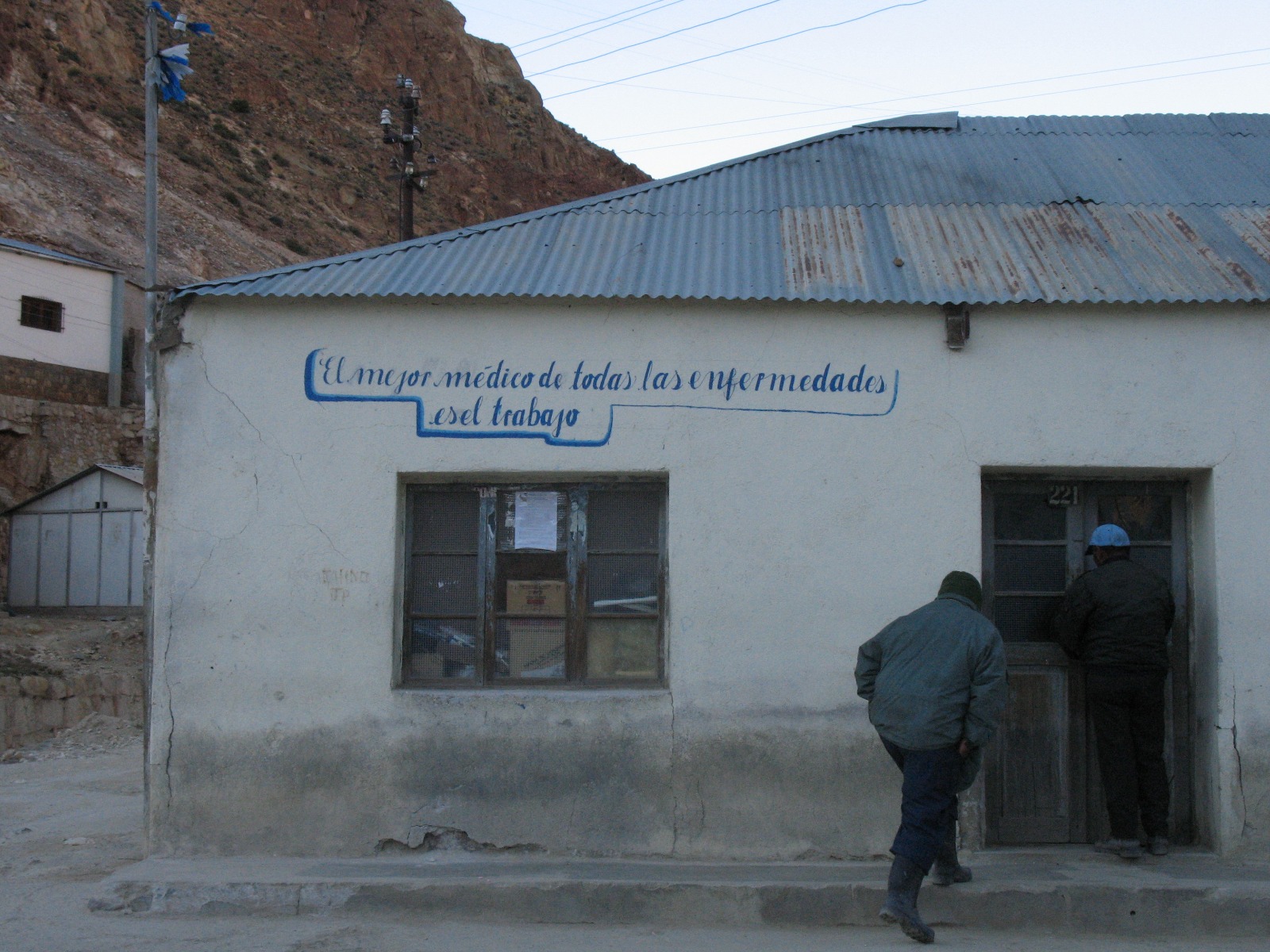
going underground in an 120 year old elevator!
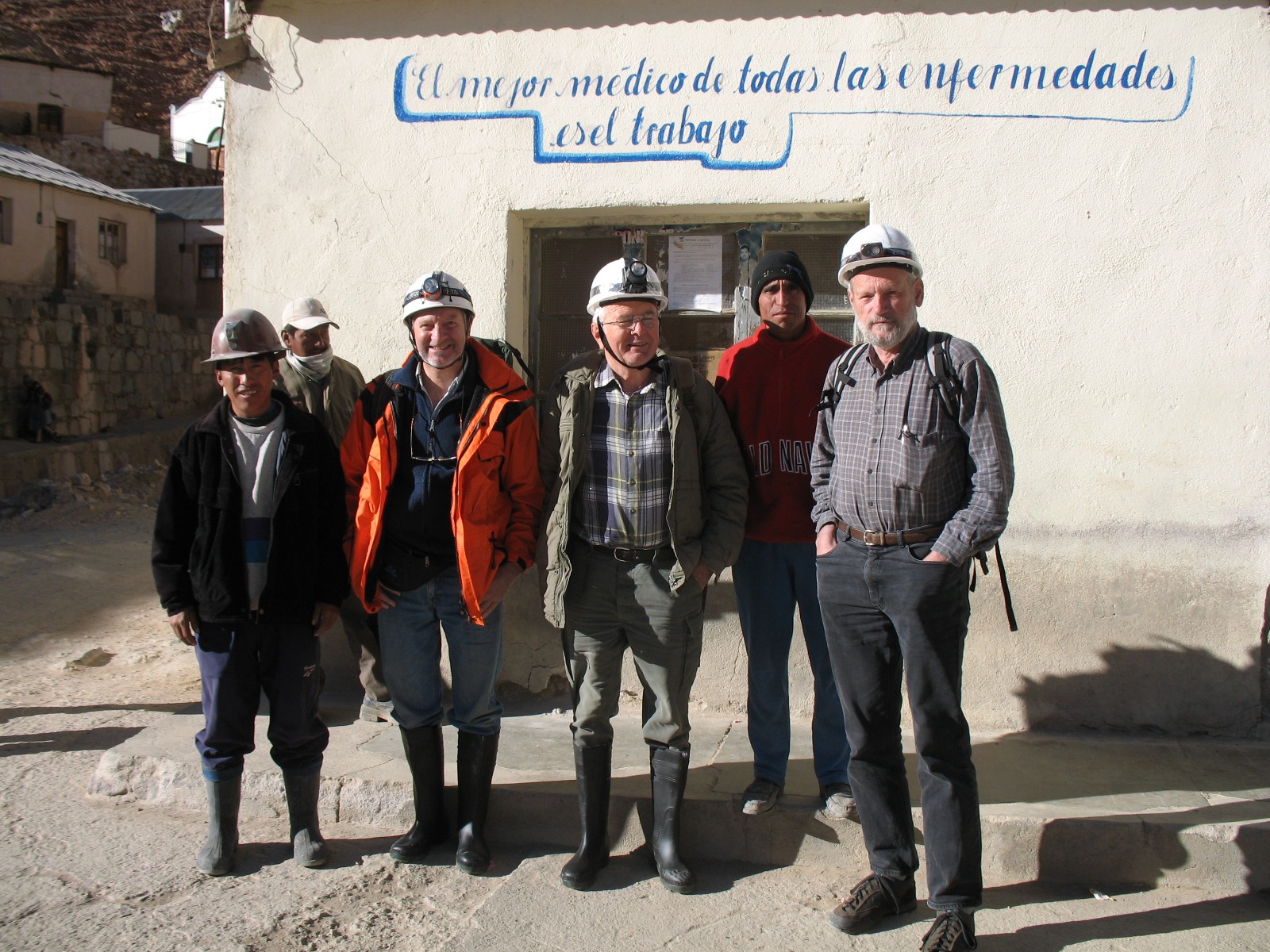
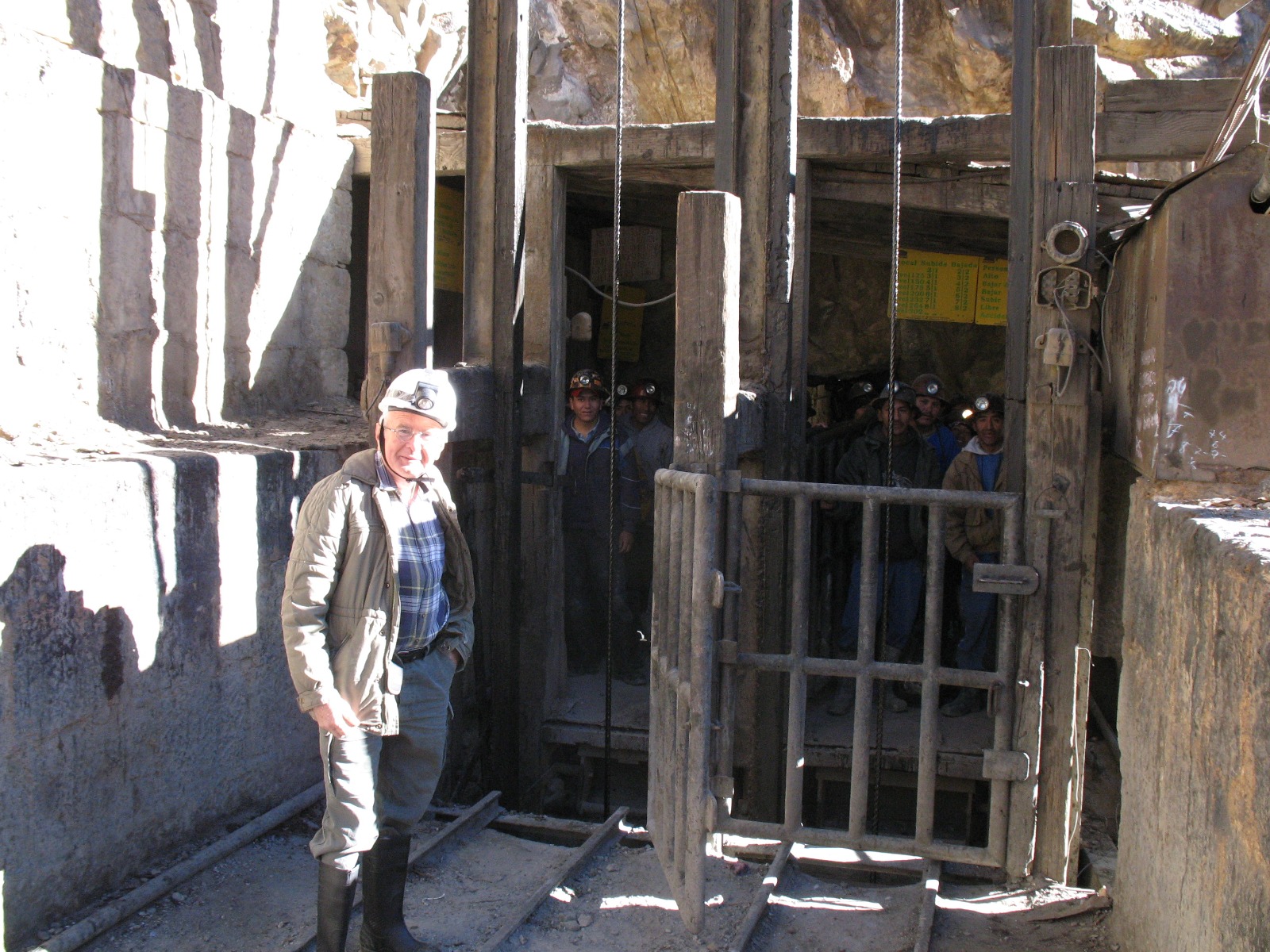
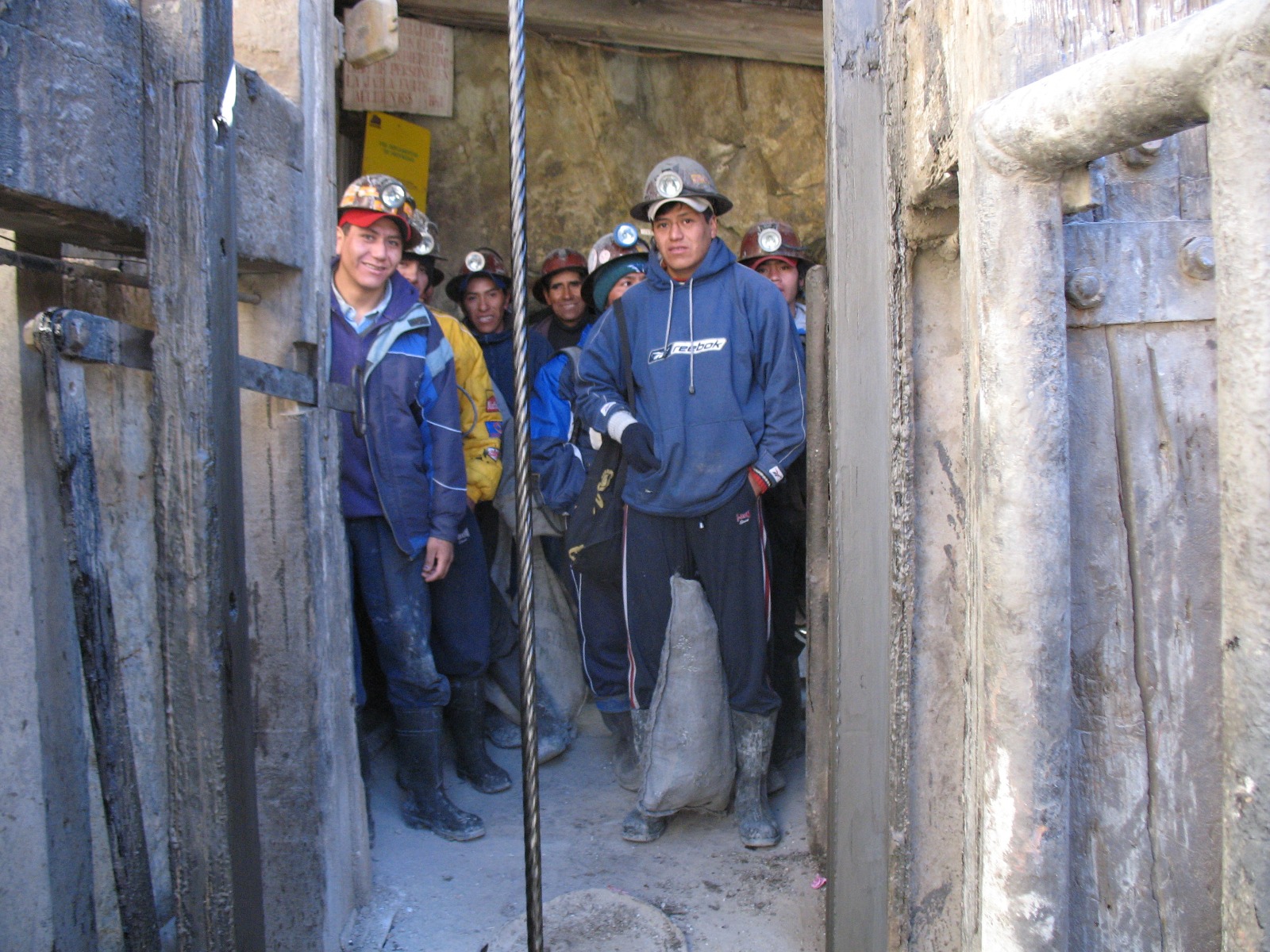

never forget to bring your coca leafes!
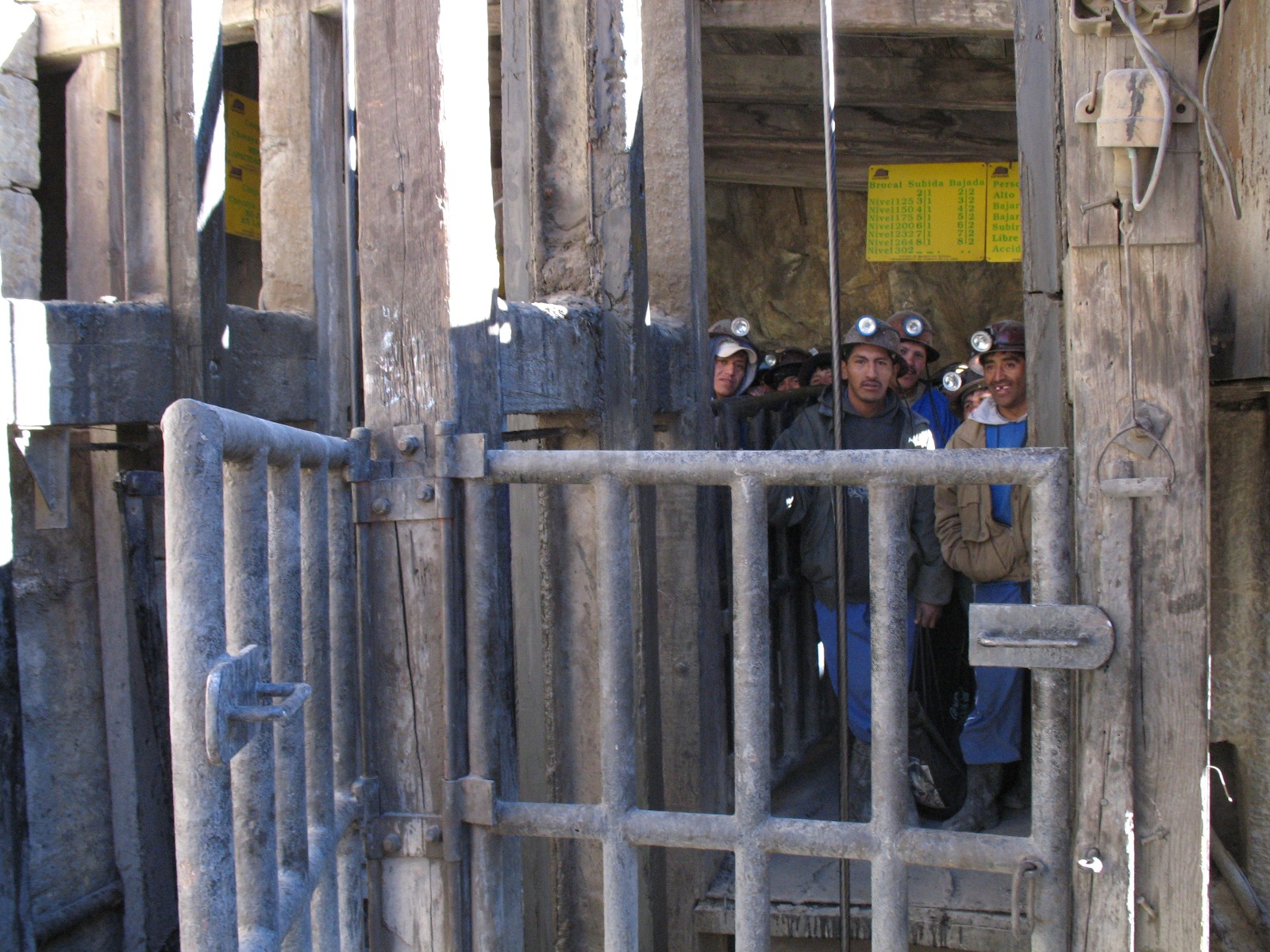
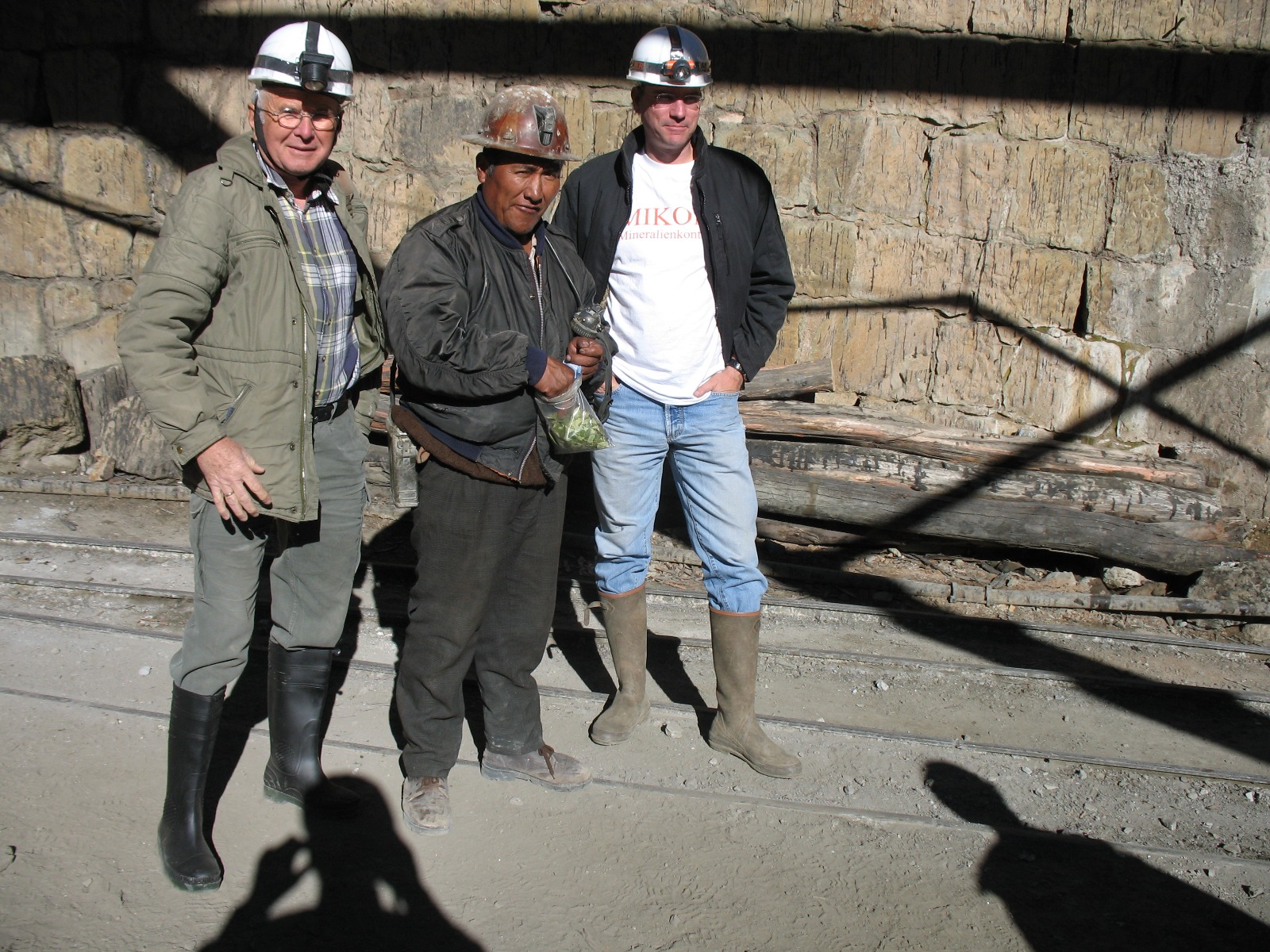
and of course the Dynamite sticks!
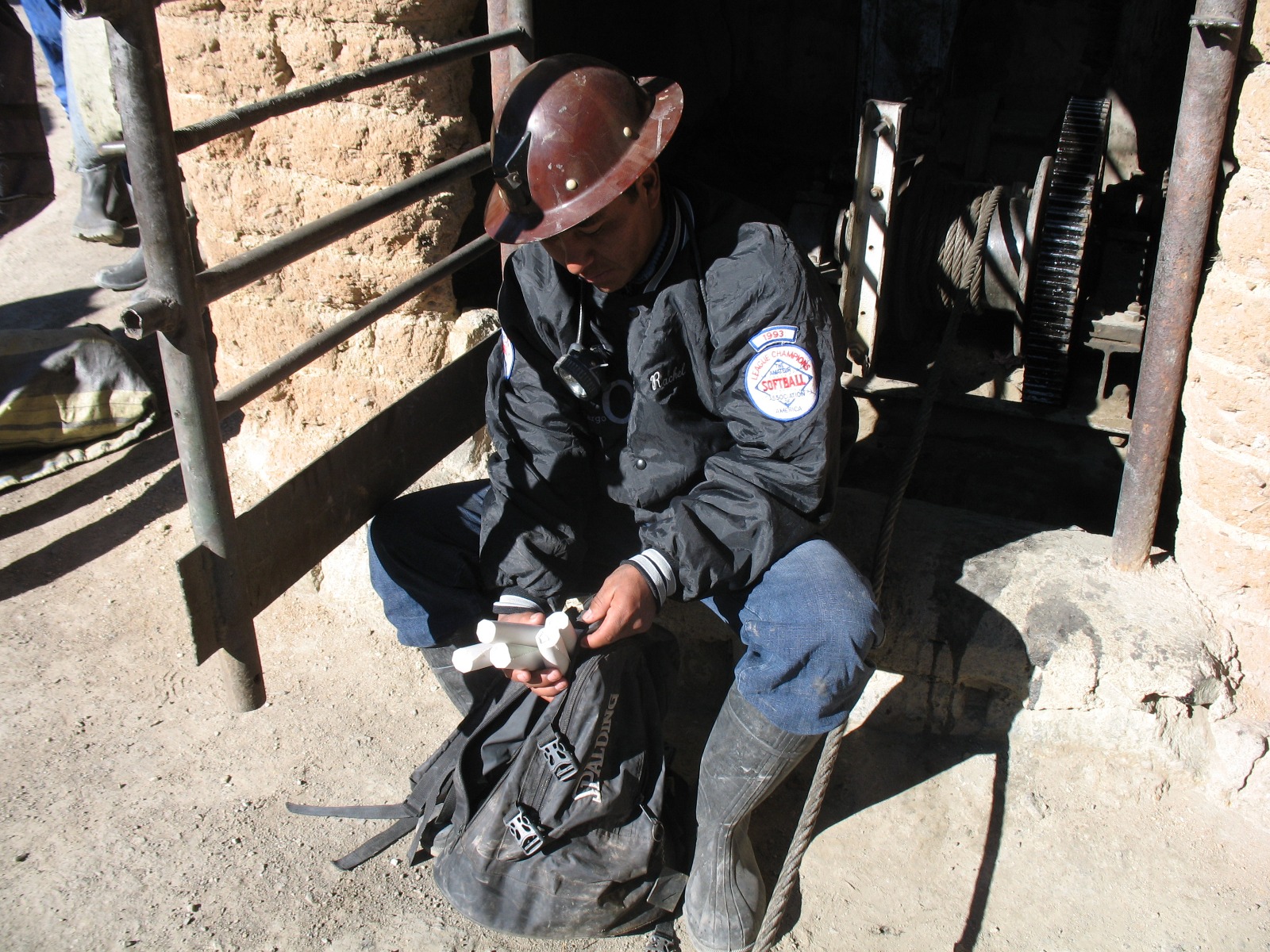
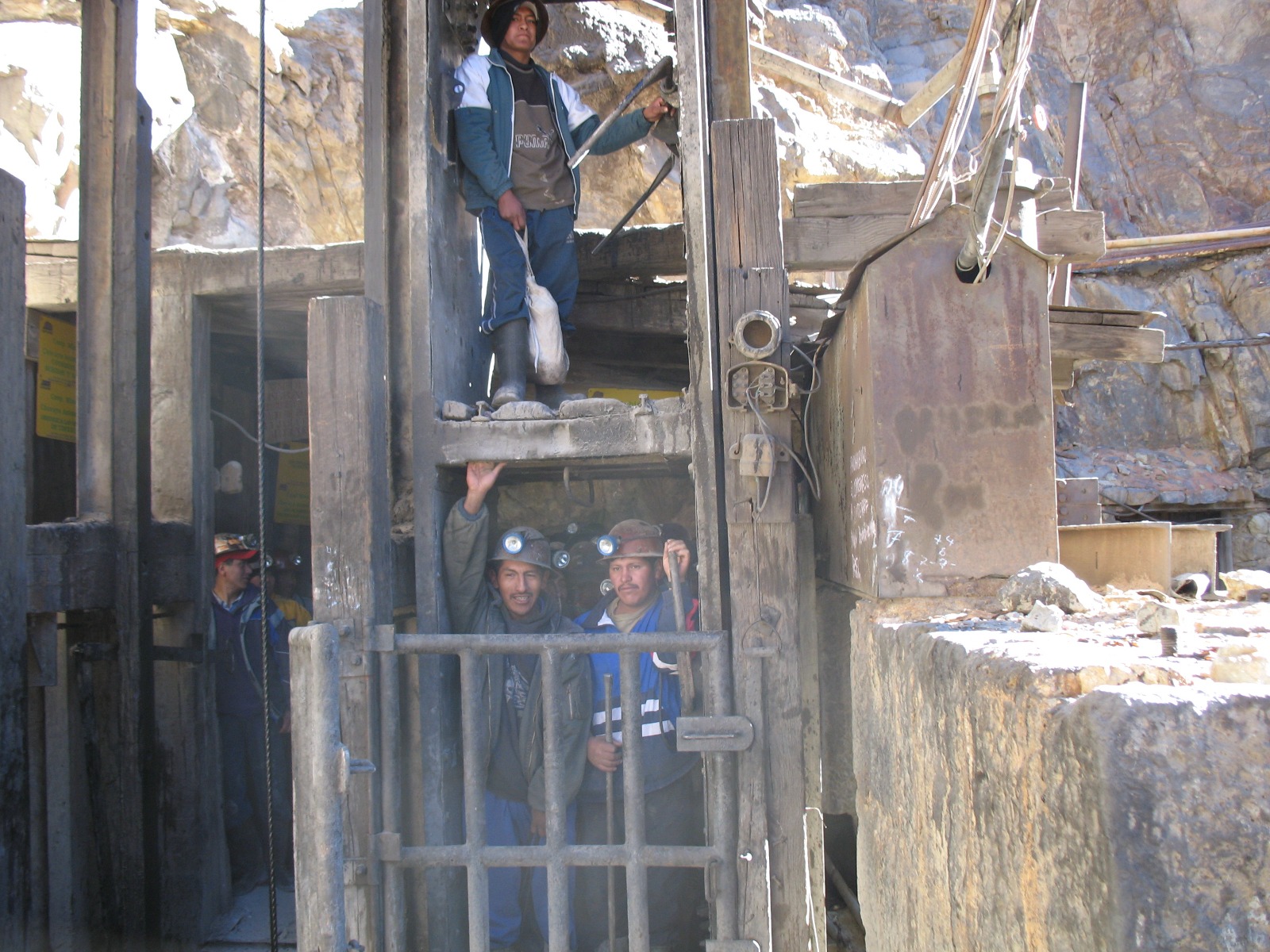

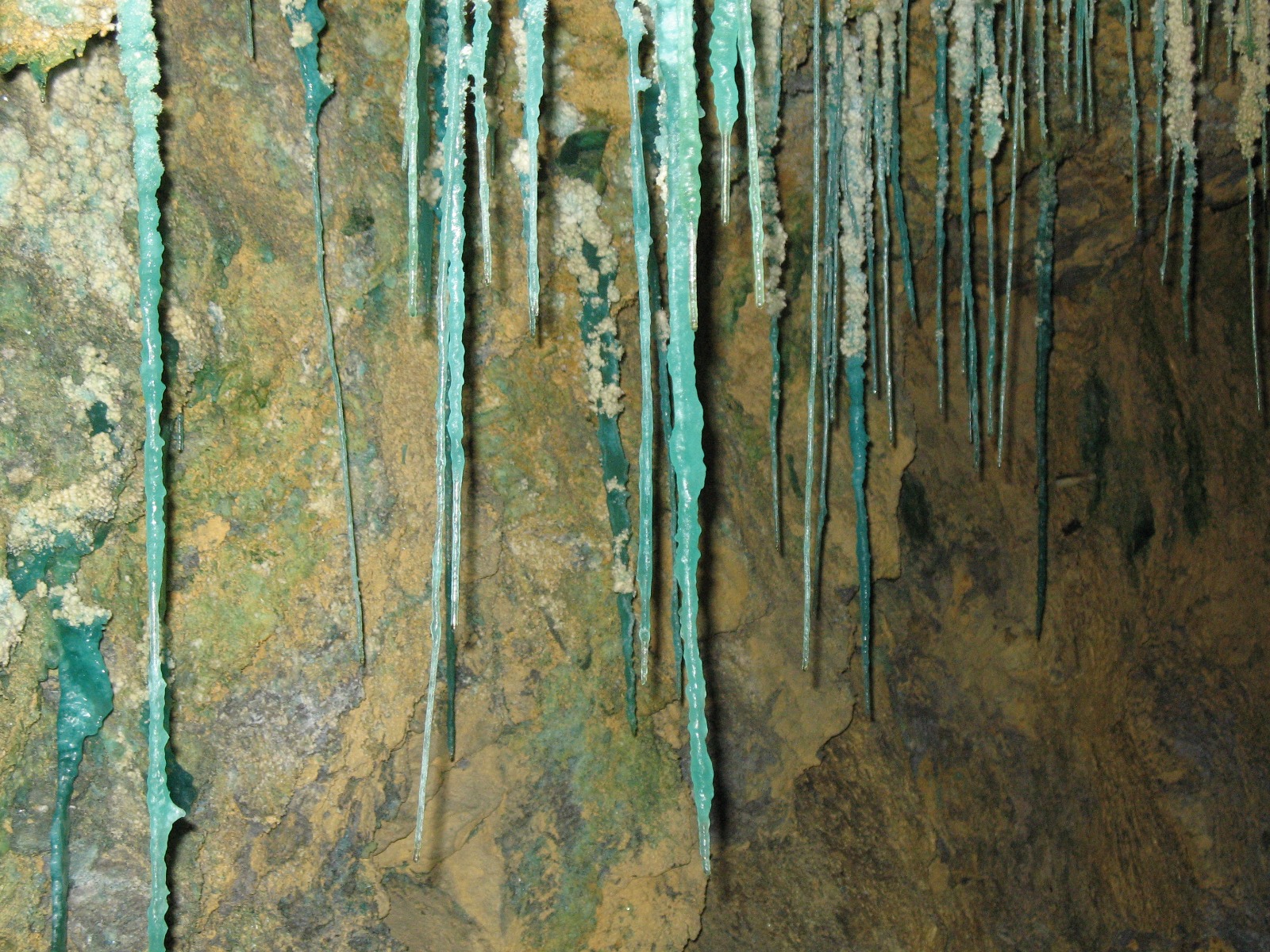
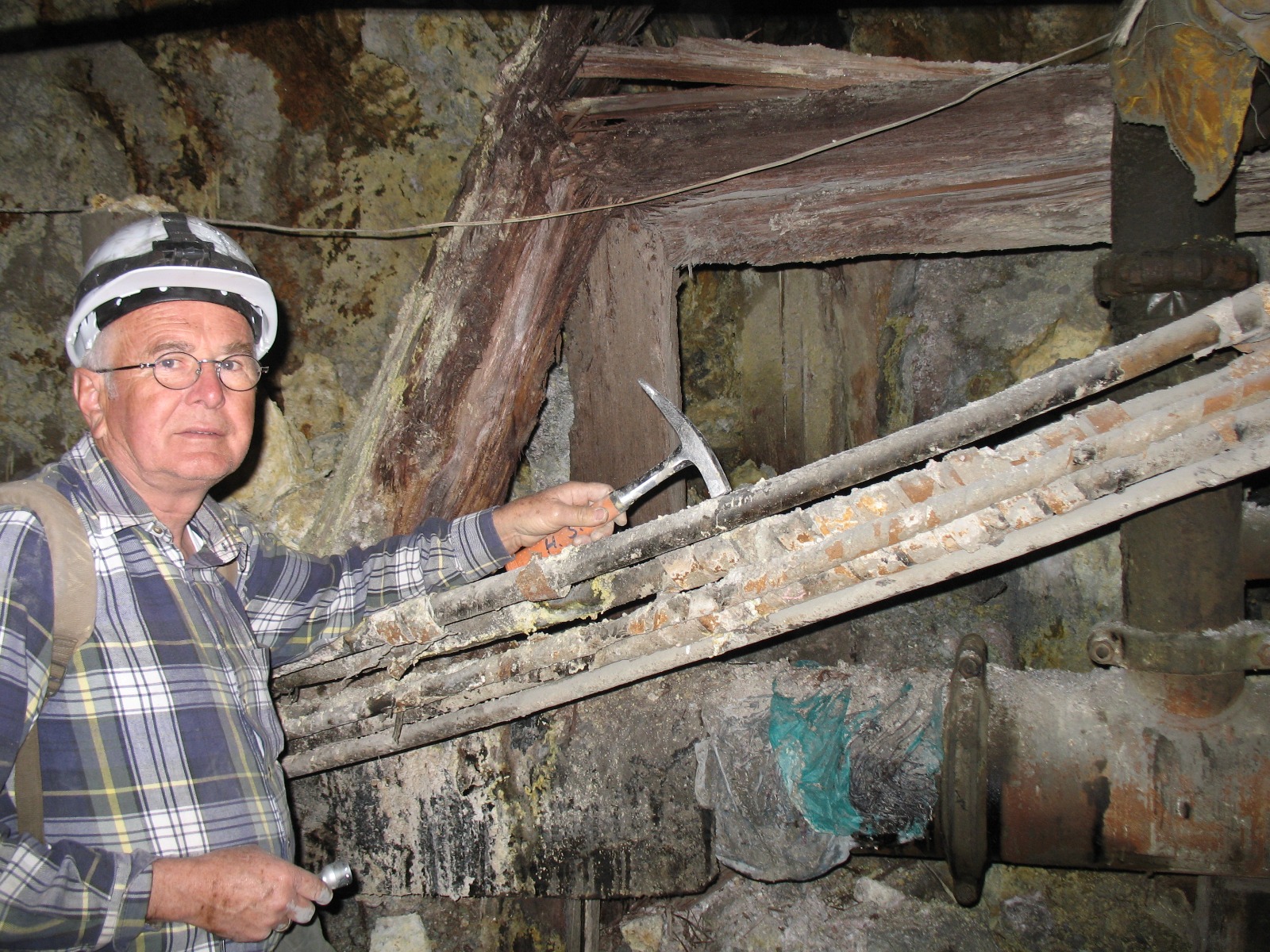
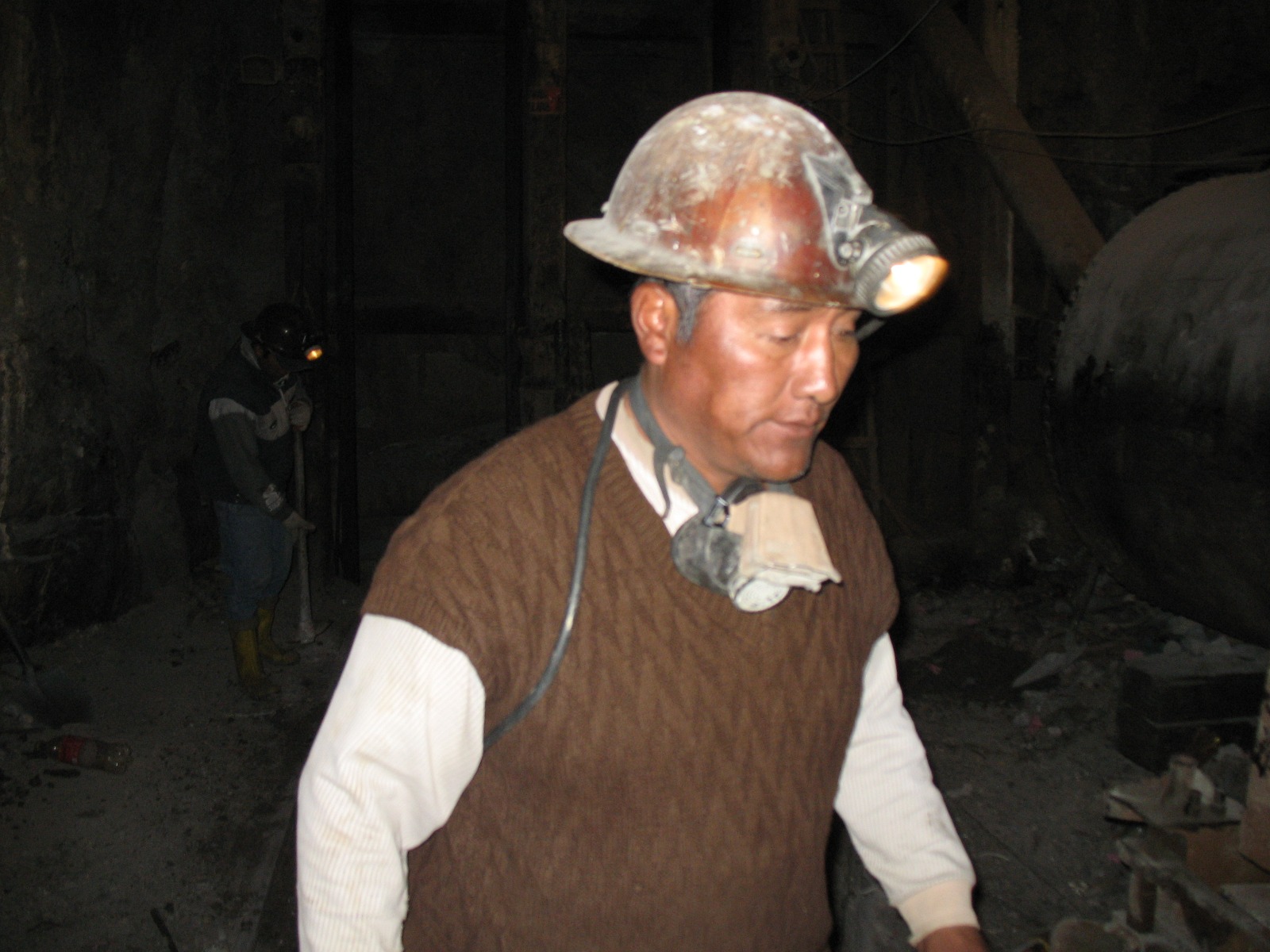
sulfate minerals underground. Only to look at, nothing worth collecting.
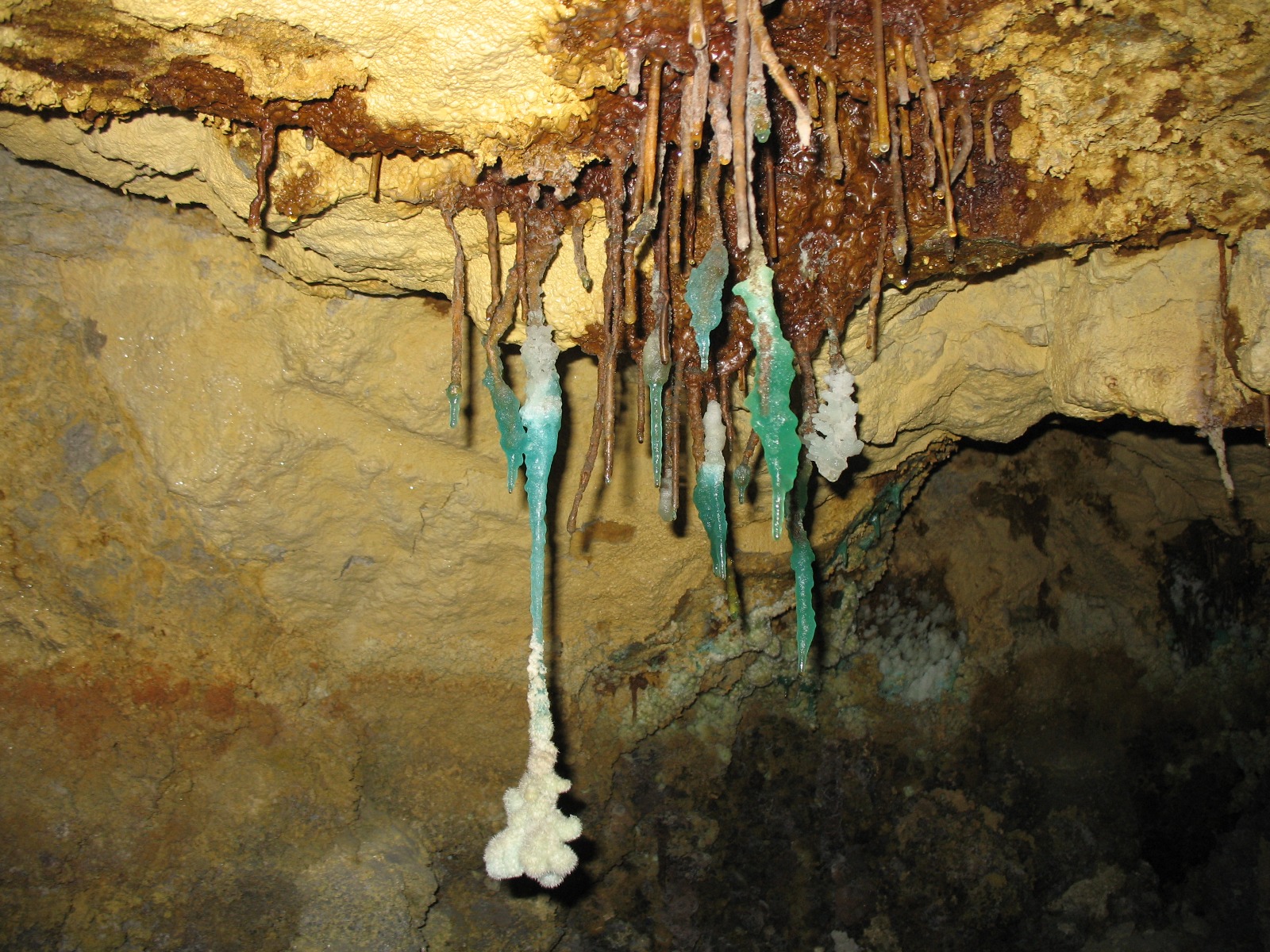
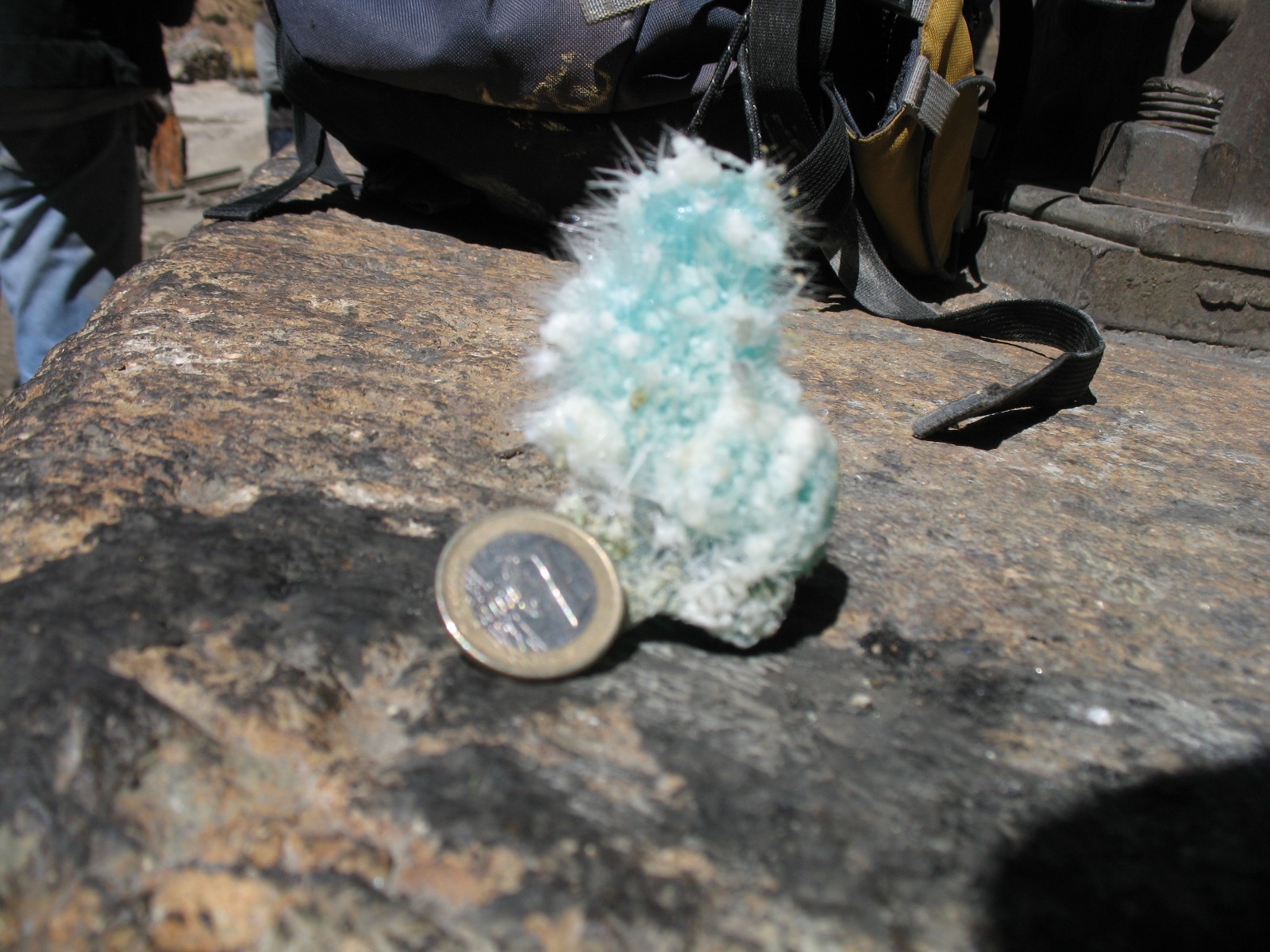
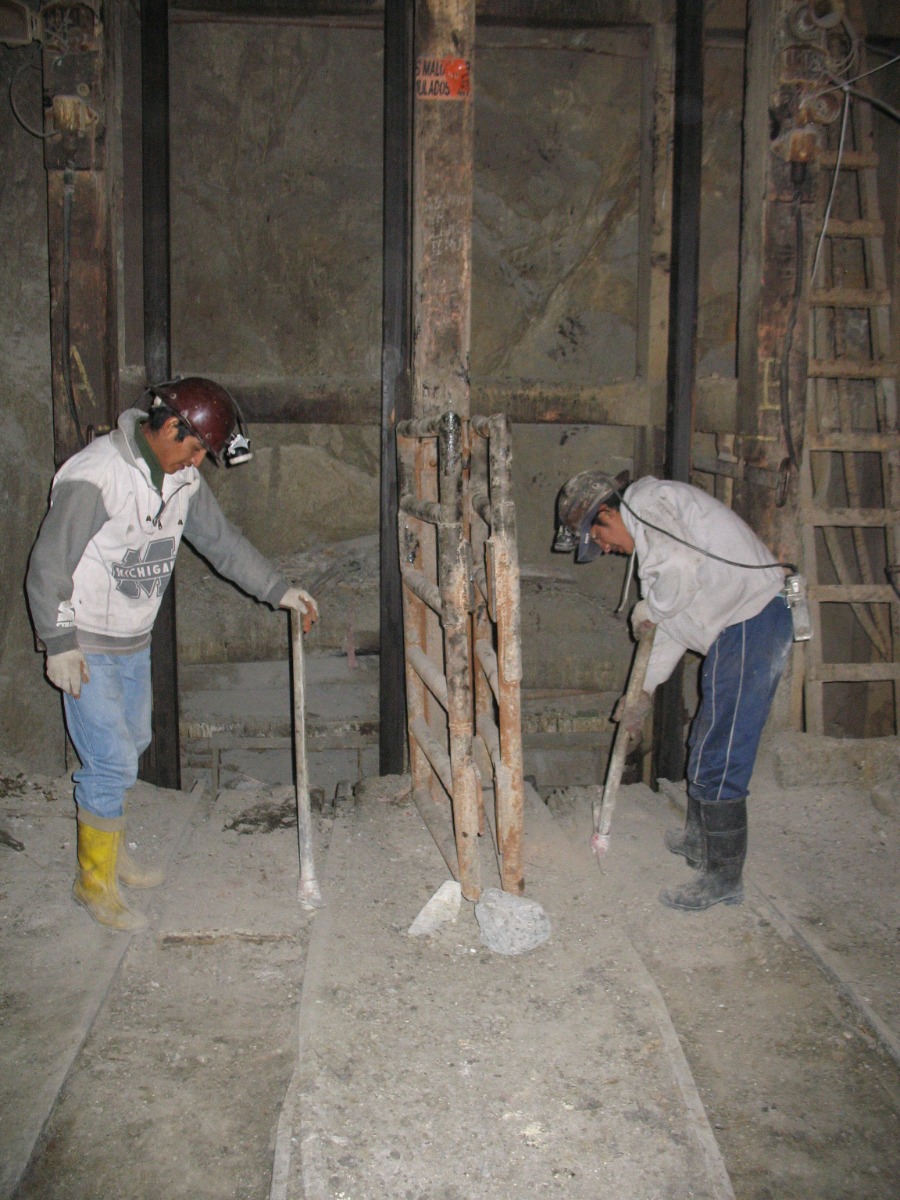

pictures 383-387:
the next stop will be Tasna, famous for wolframite and bismuthinite crystals. Elevation 5000+ m!
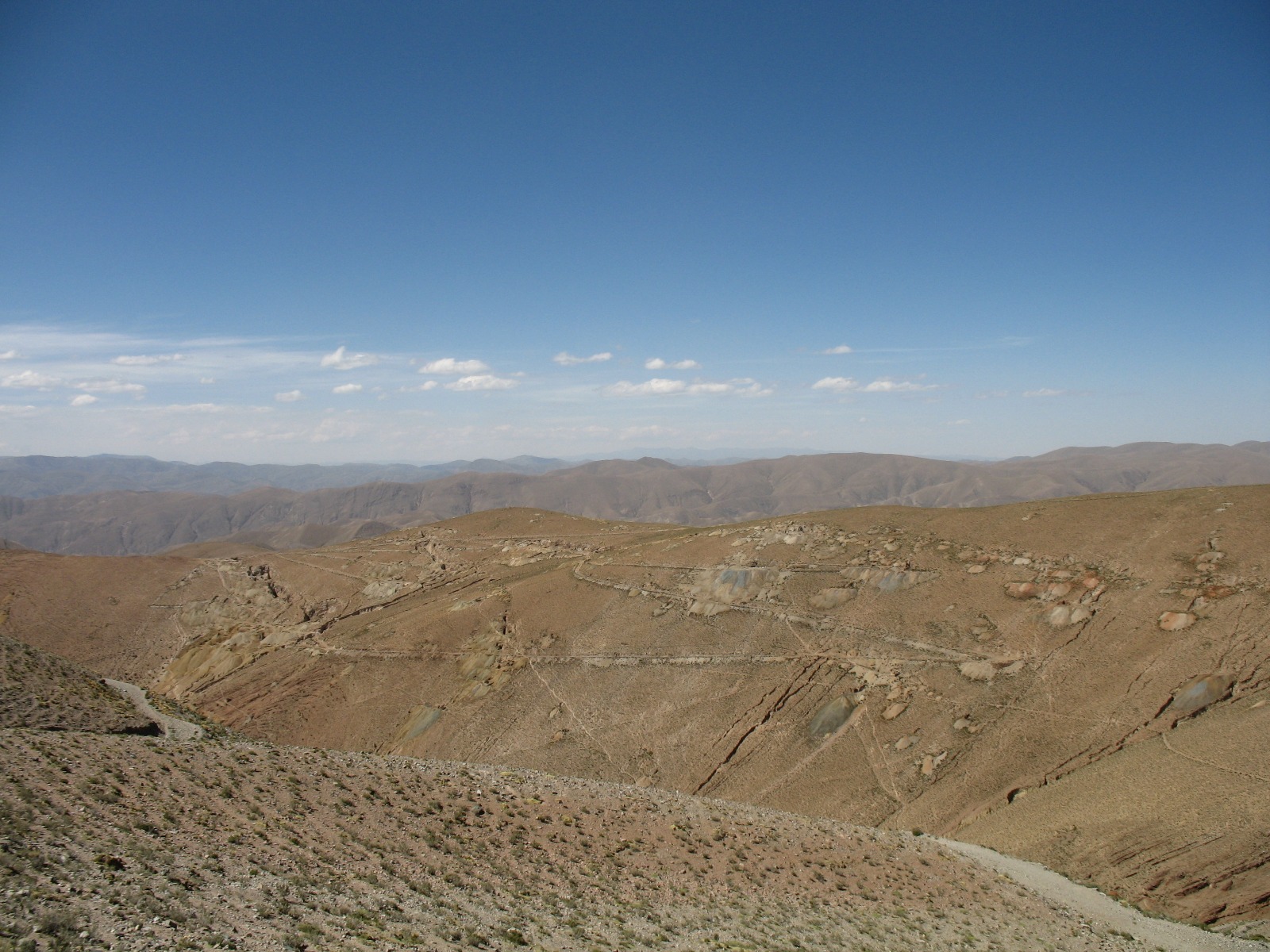
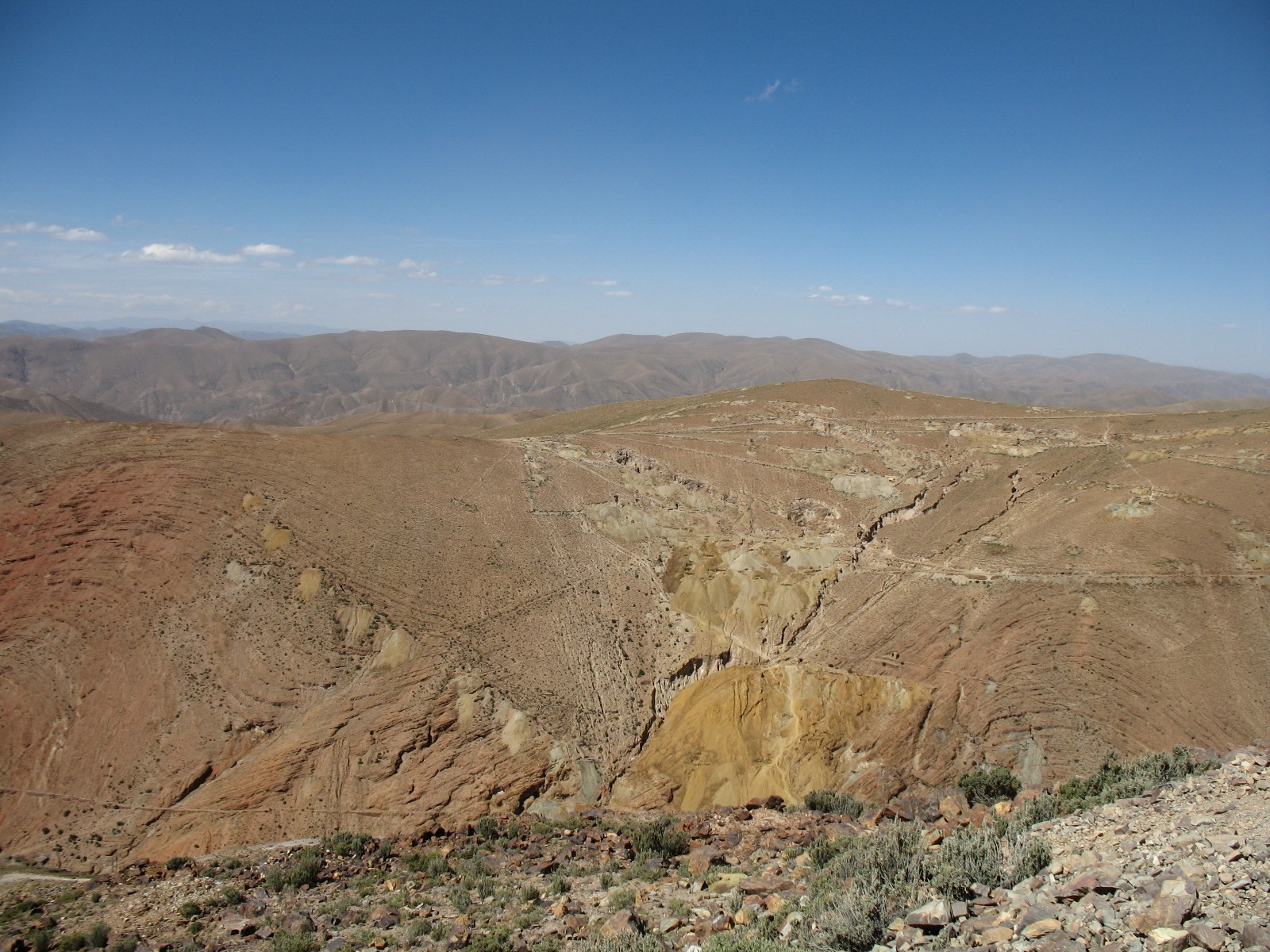
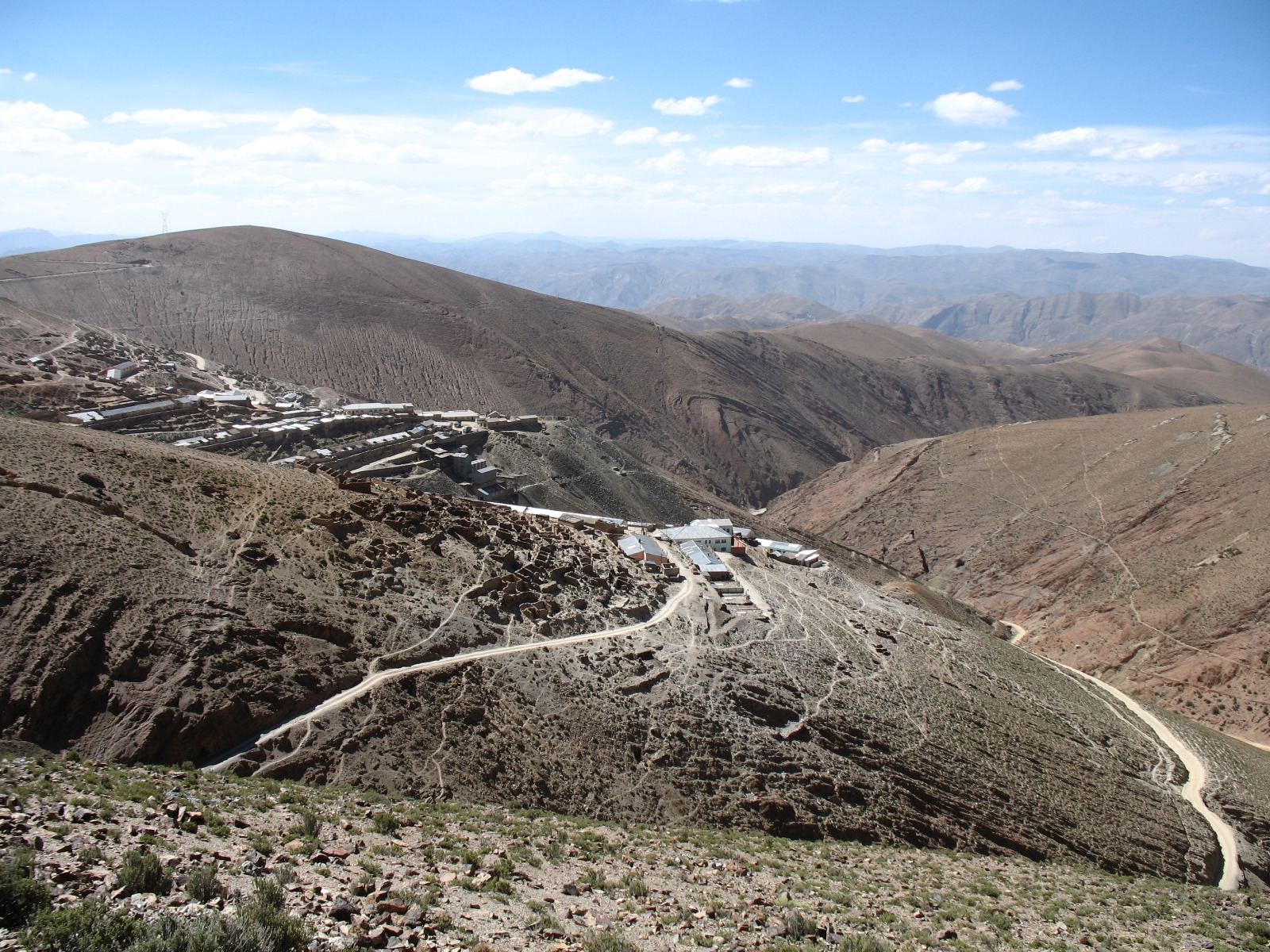

Great view from our "hotel" to the butcher shop next door!
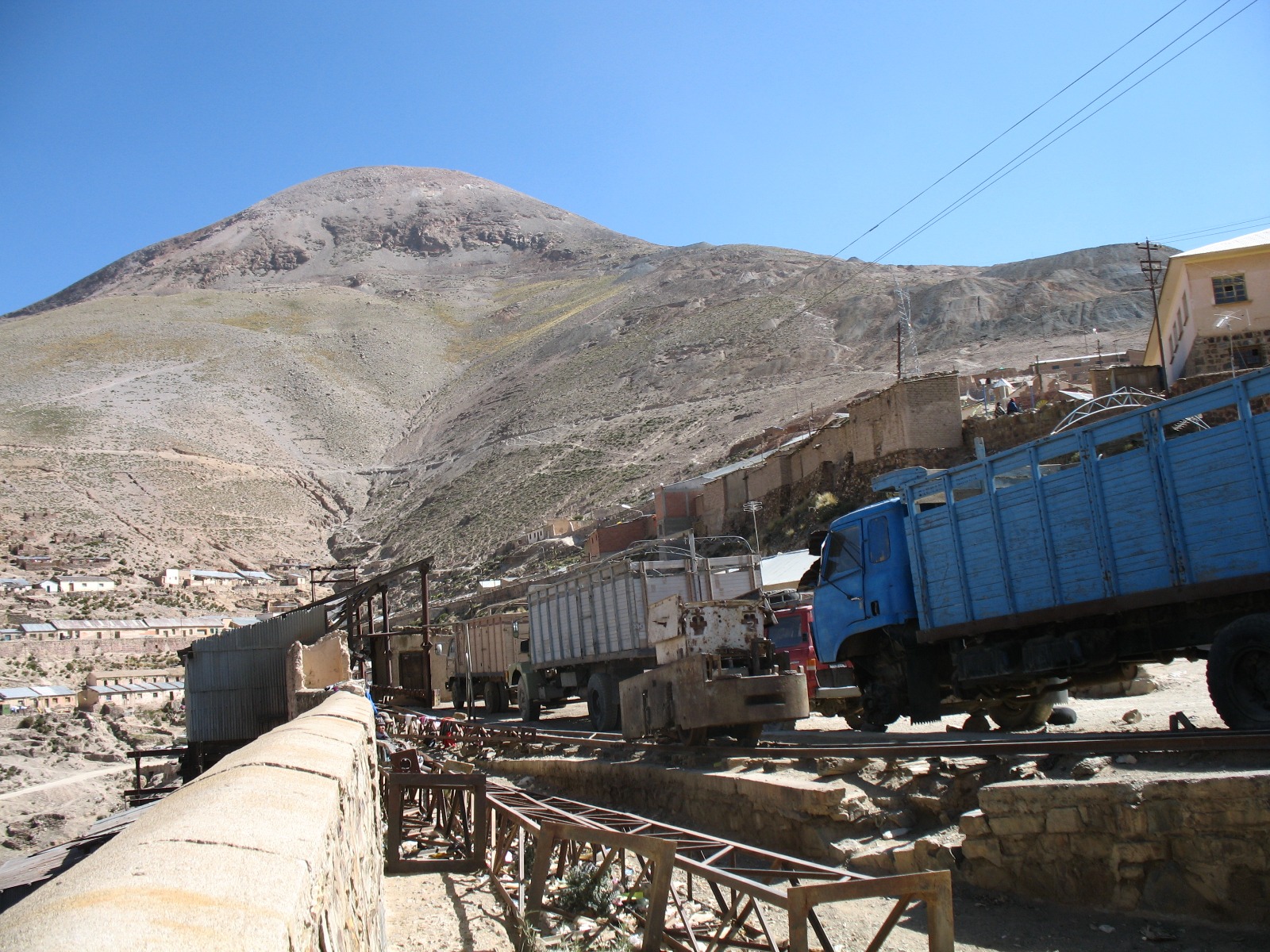
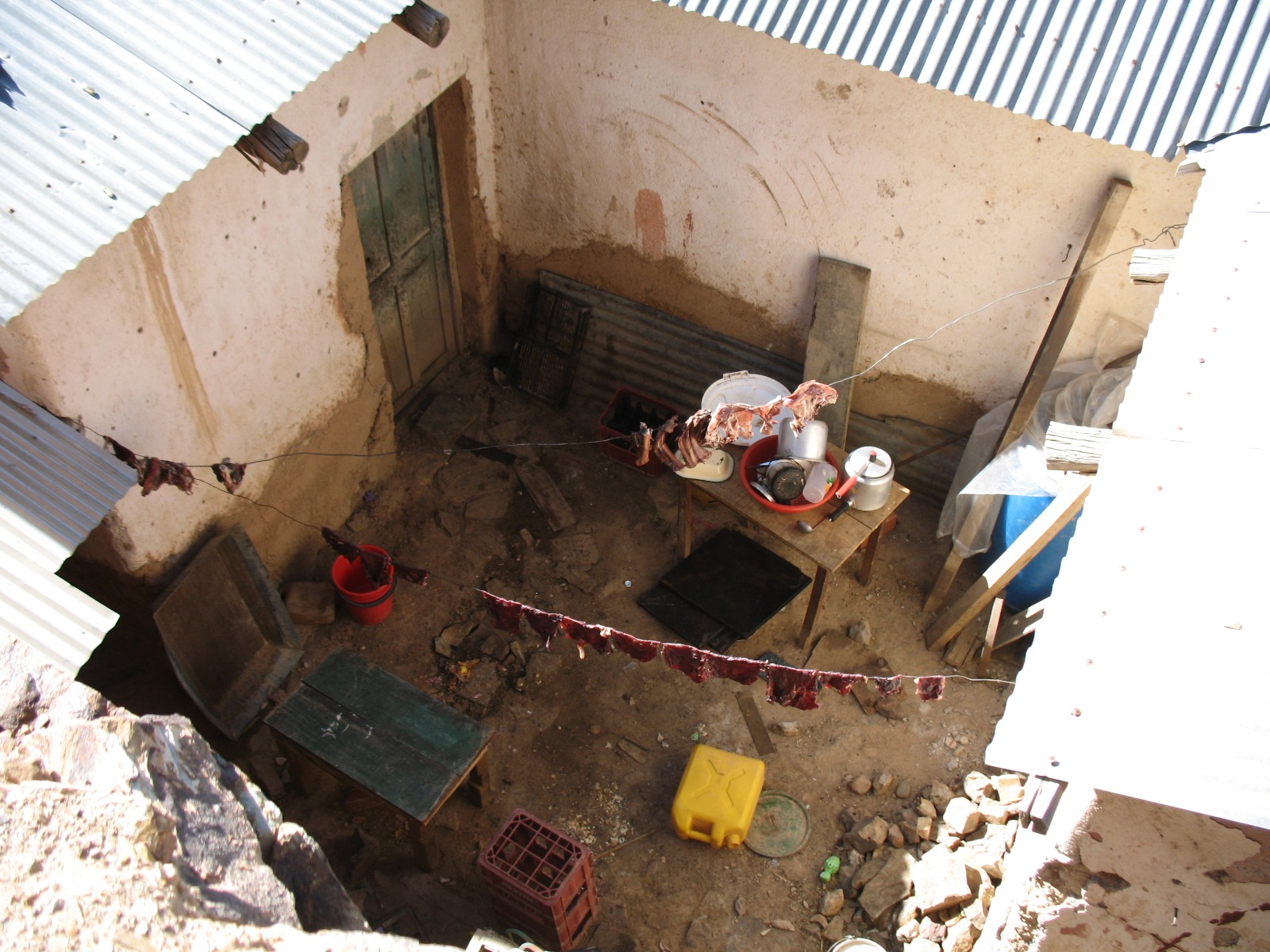
pictures 388-437:
Our trip to the salar de Uyuni and onwards to Salar de Empexta to see our sulfur mine. We actually own the mining rigths to this open pit area! The place is very remote, only a small military outpost, maybe 5-10 miners and a few hot springs are found there. And lots of the finest sulfur crystals on earth!
But first shopping in a typical shop in Uyuni...!
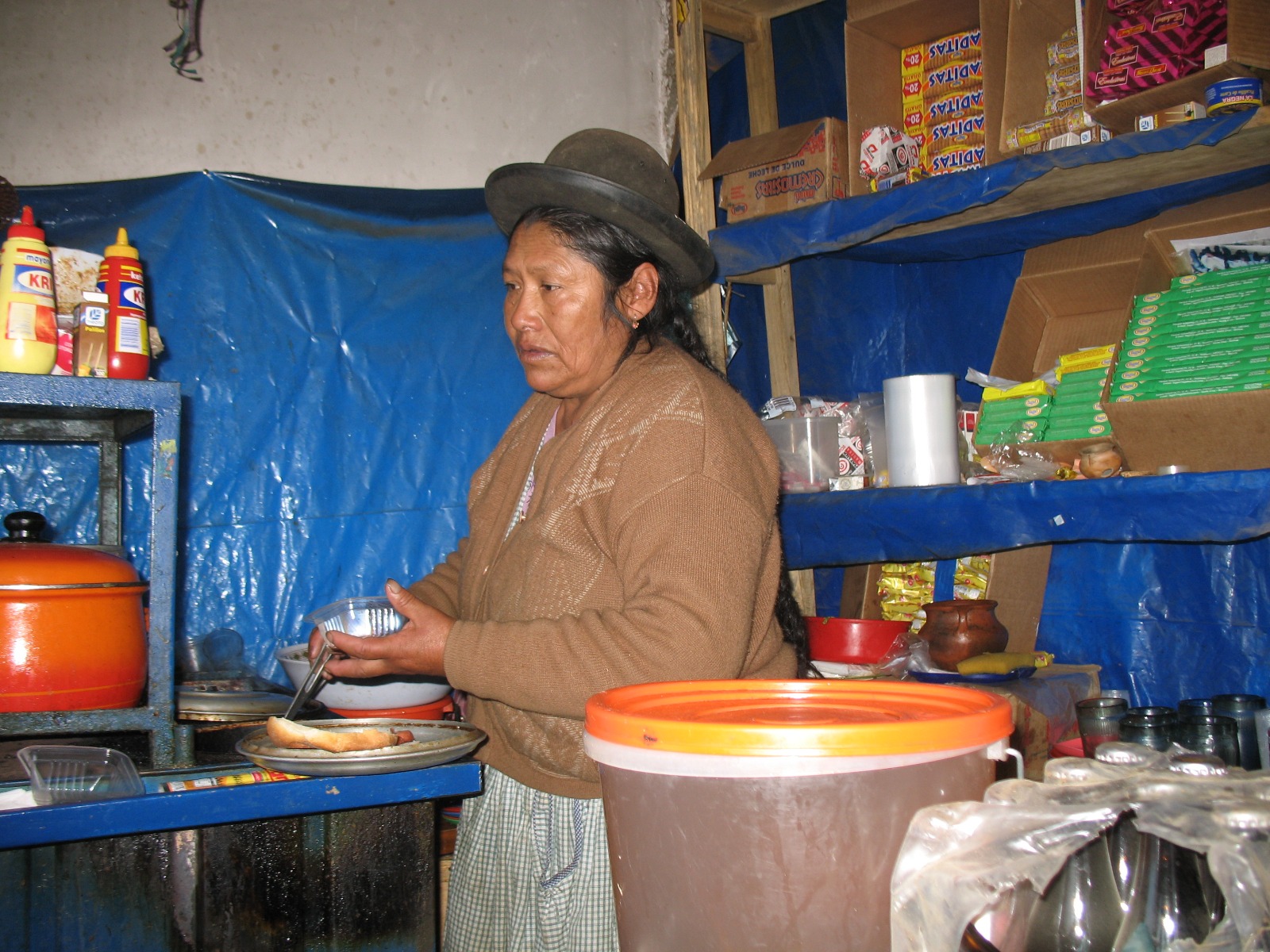
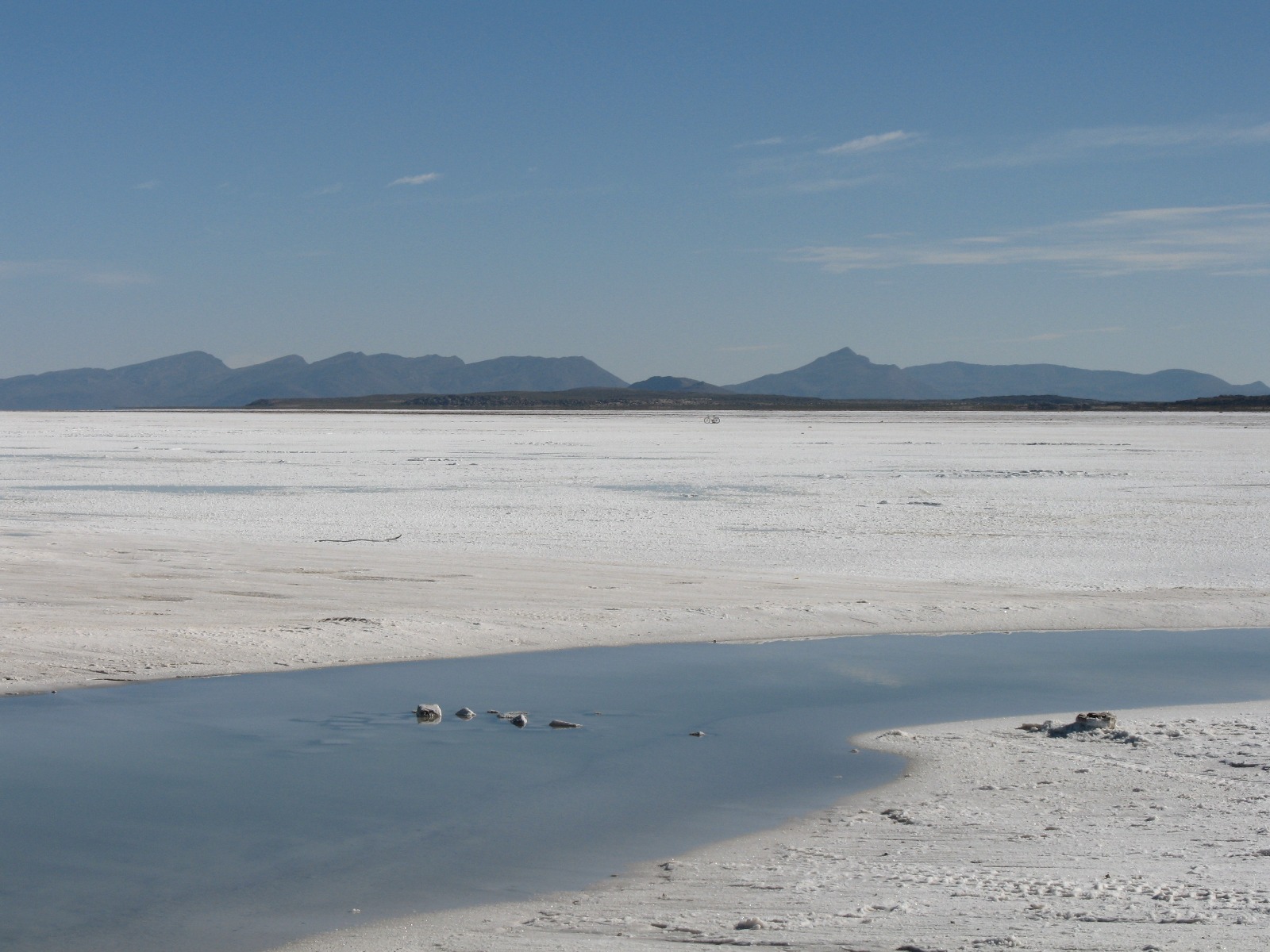
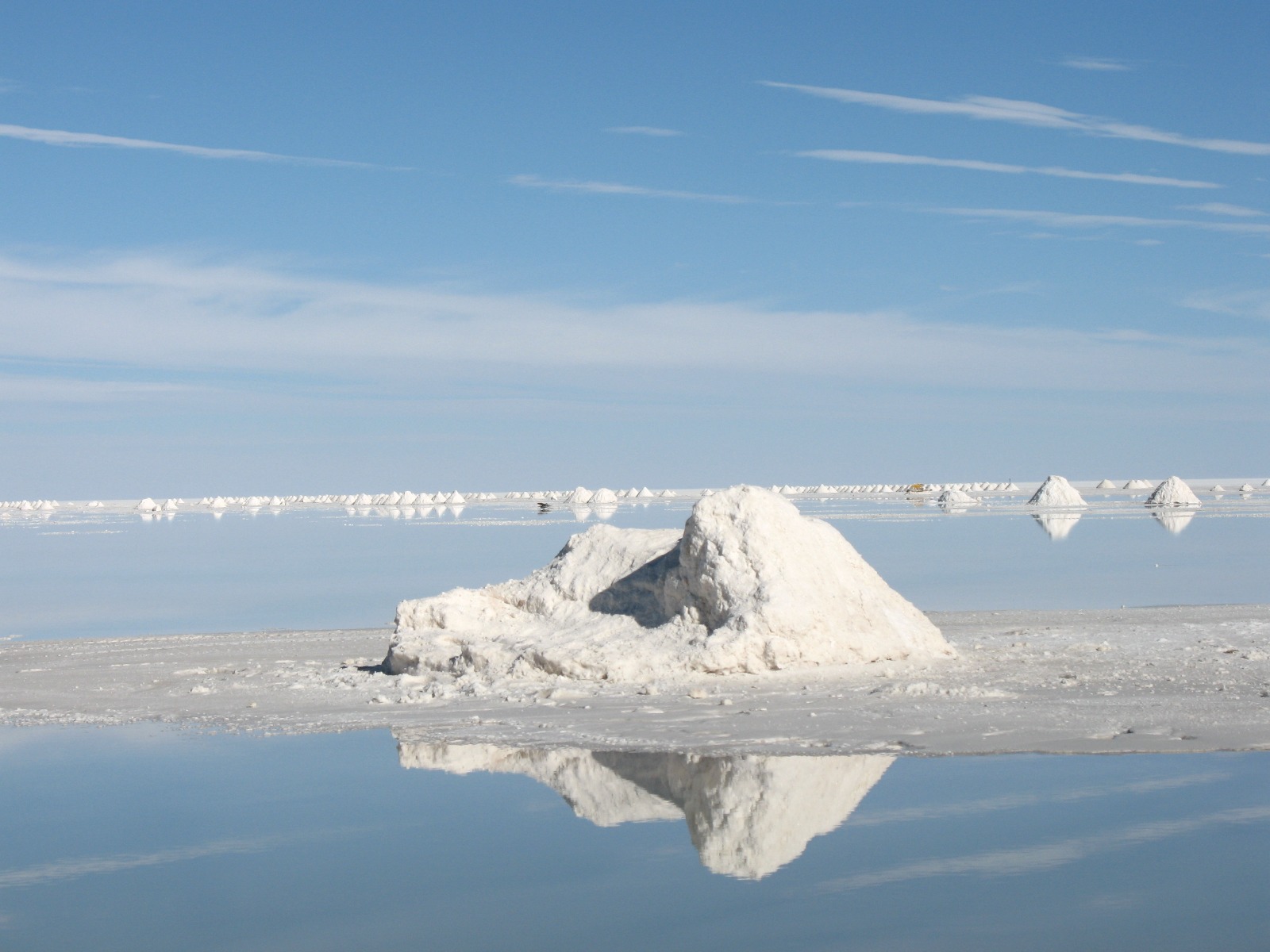
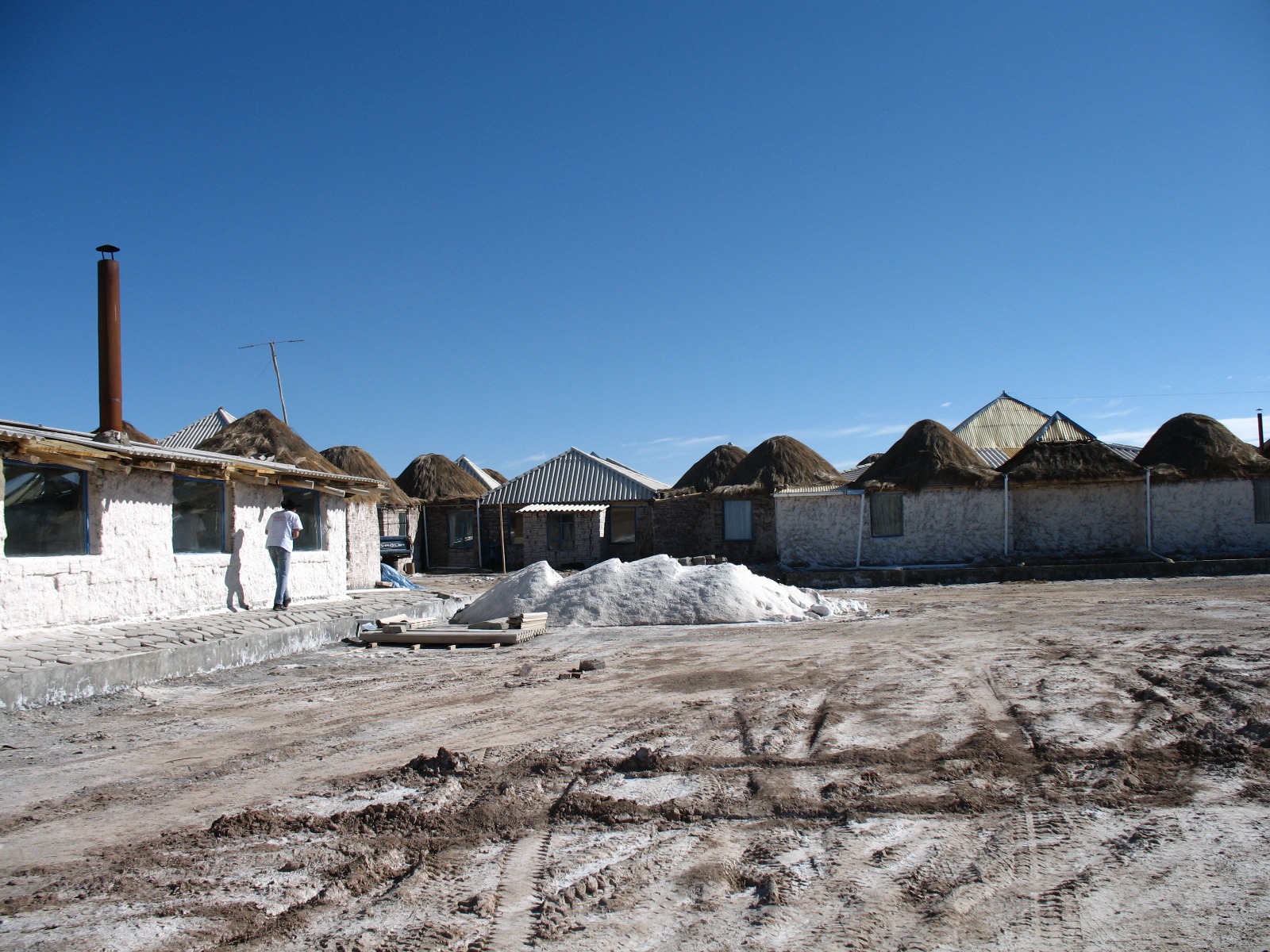
visiting a "salt hotel" just outside Uyuni:
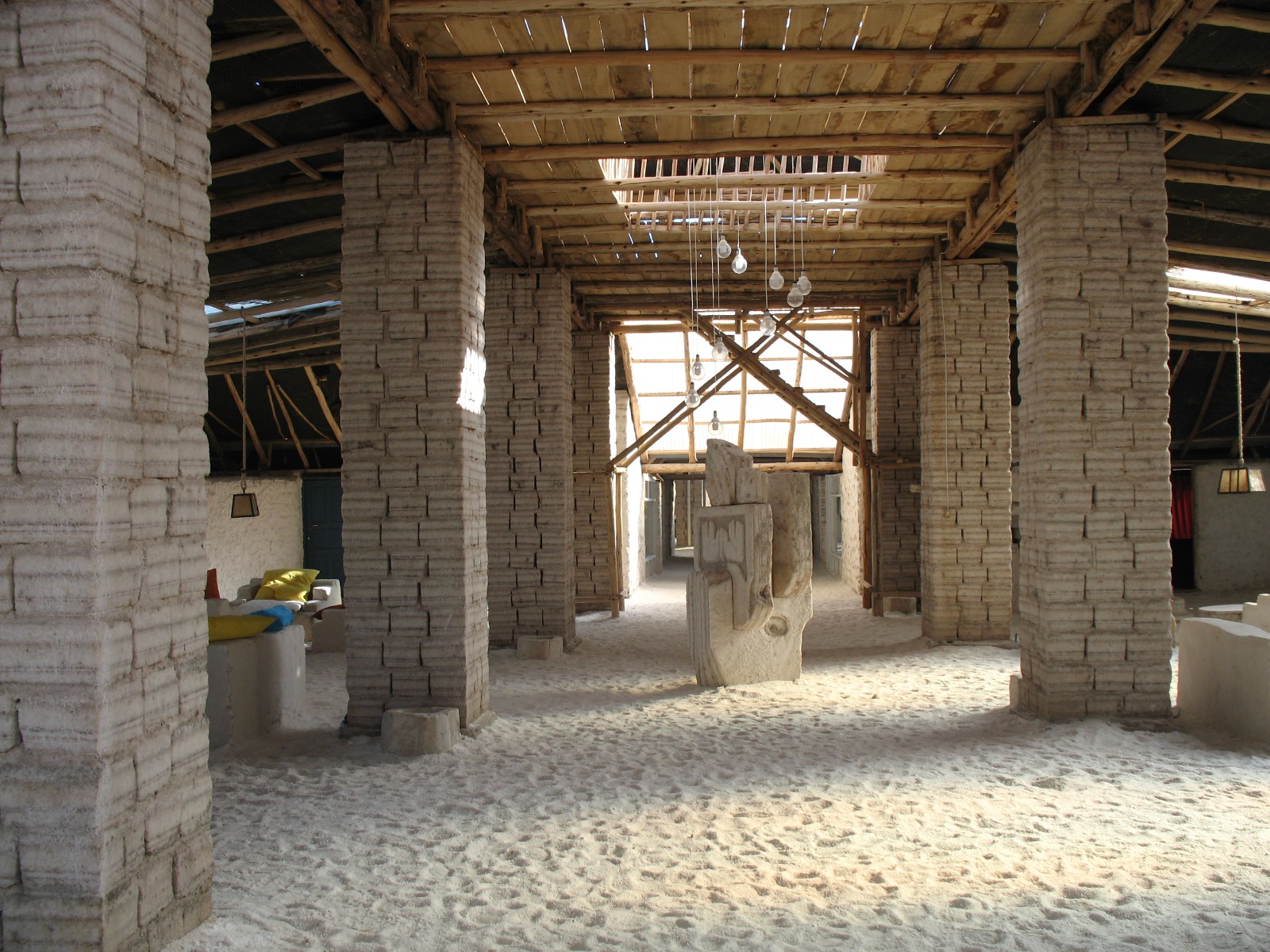
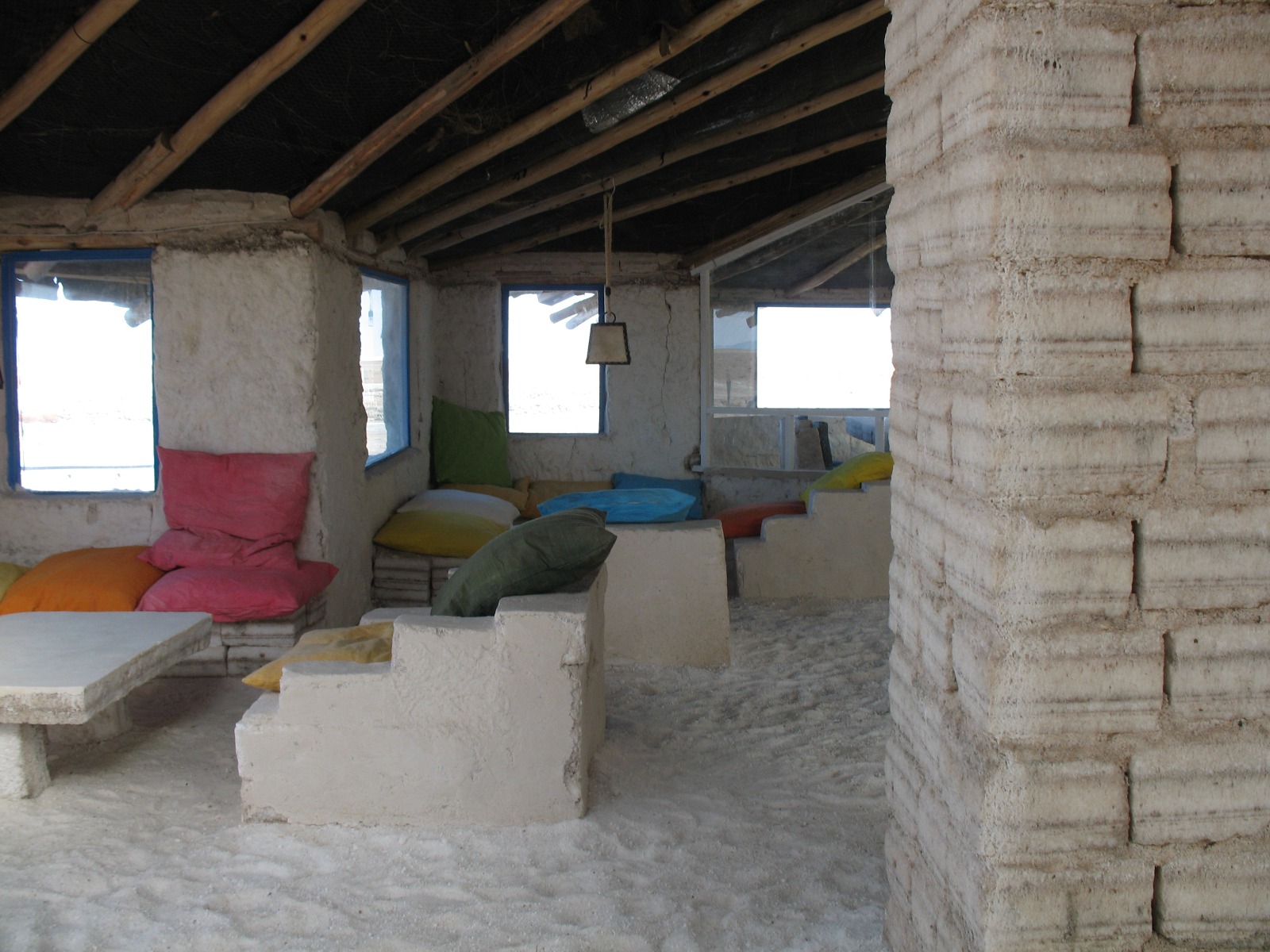
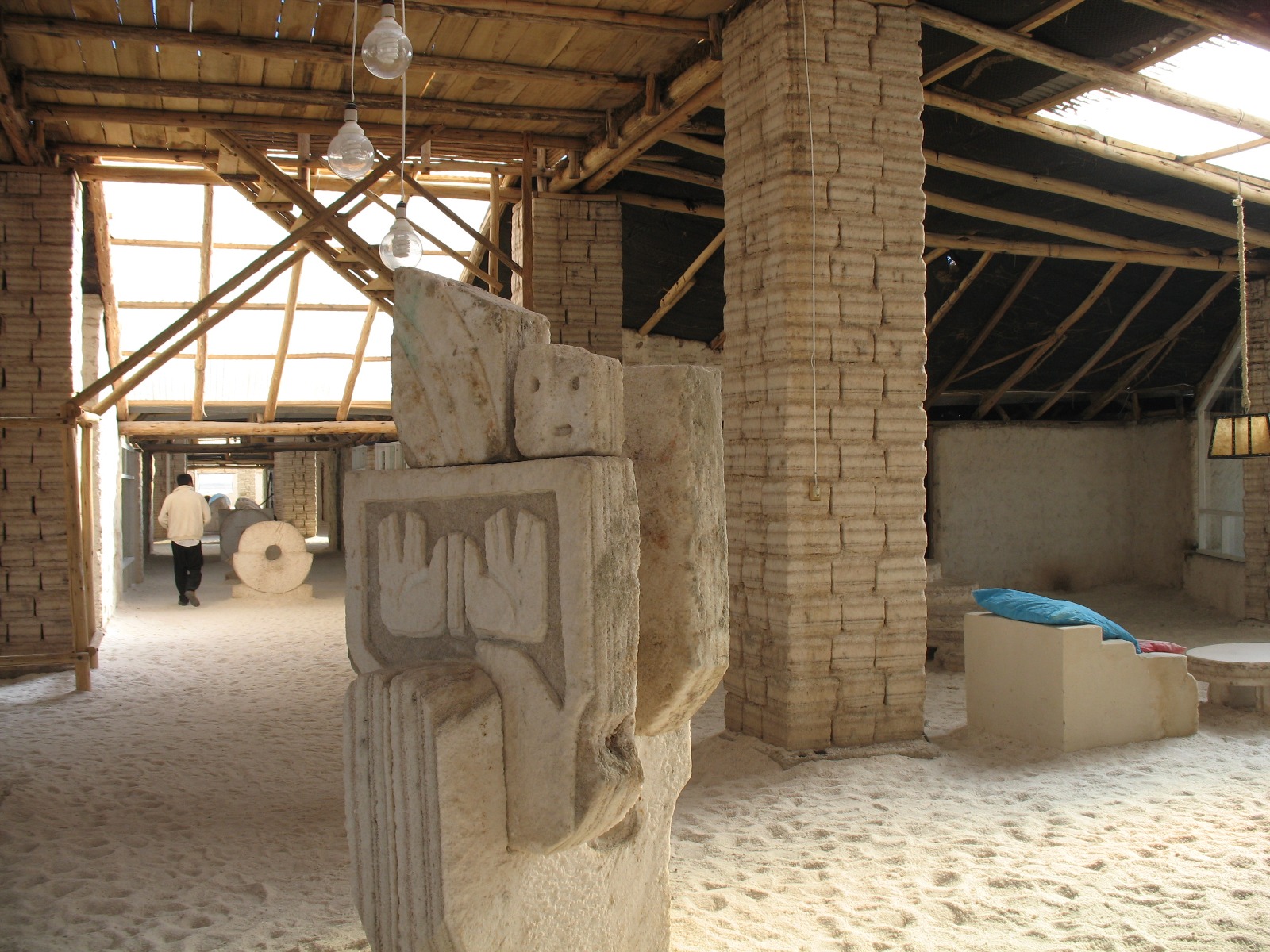
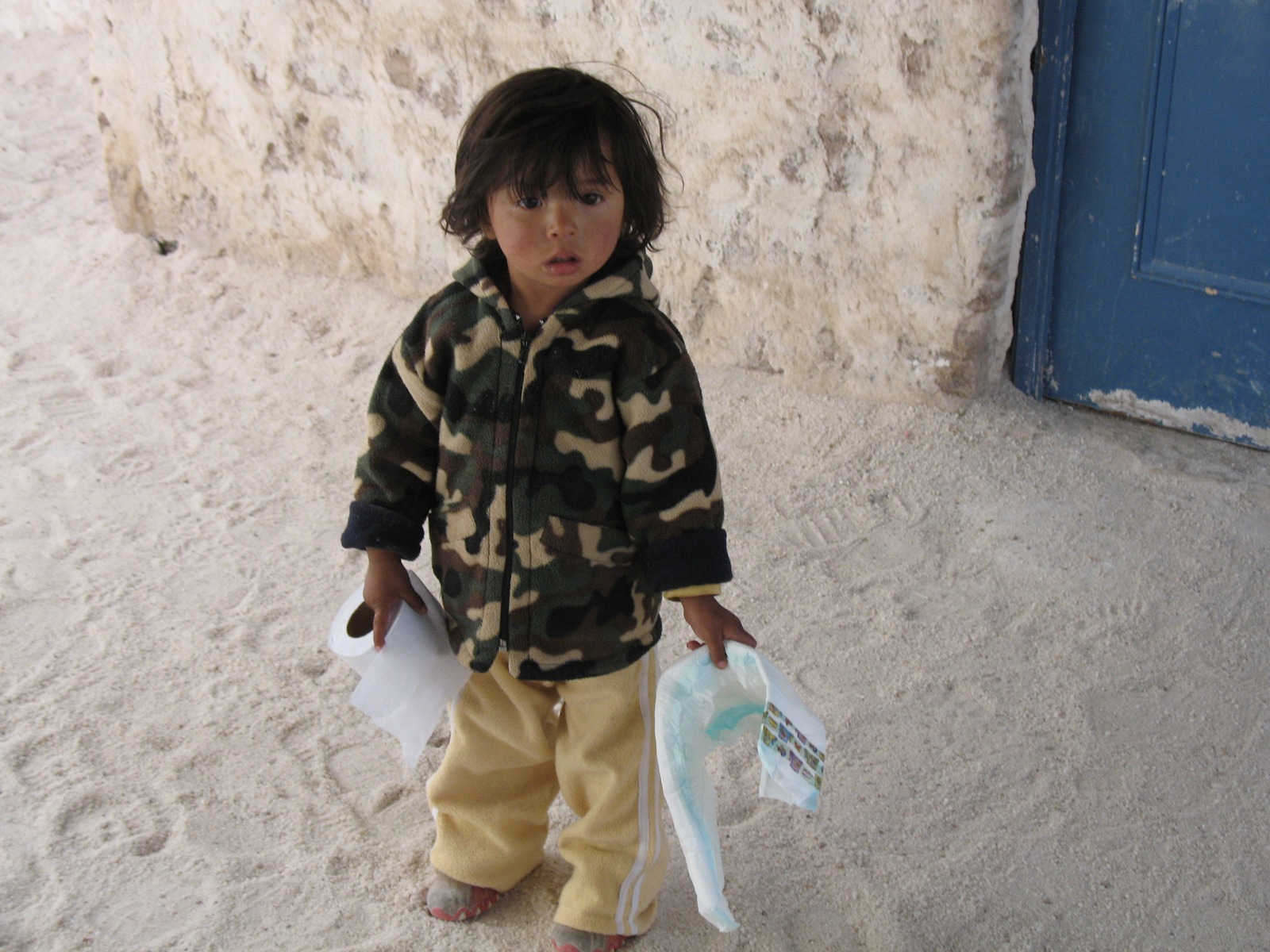

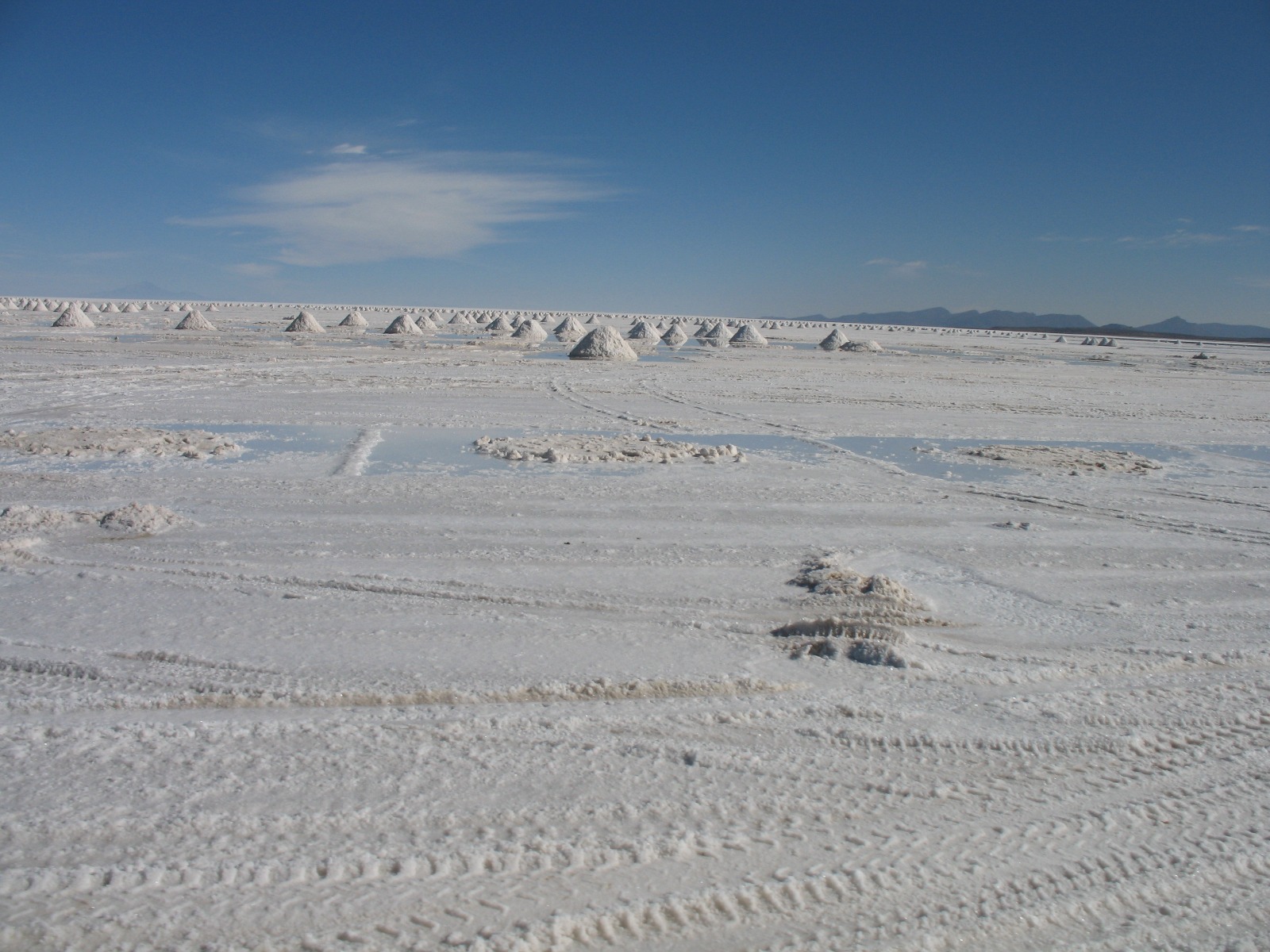
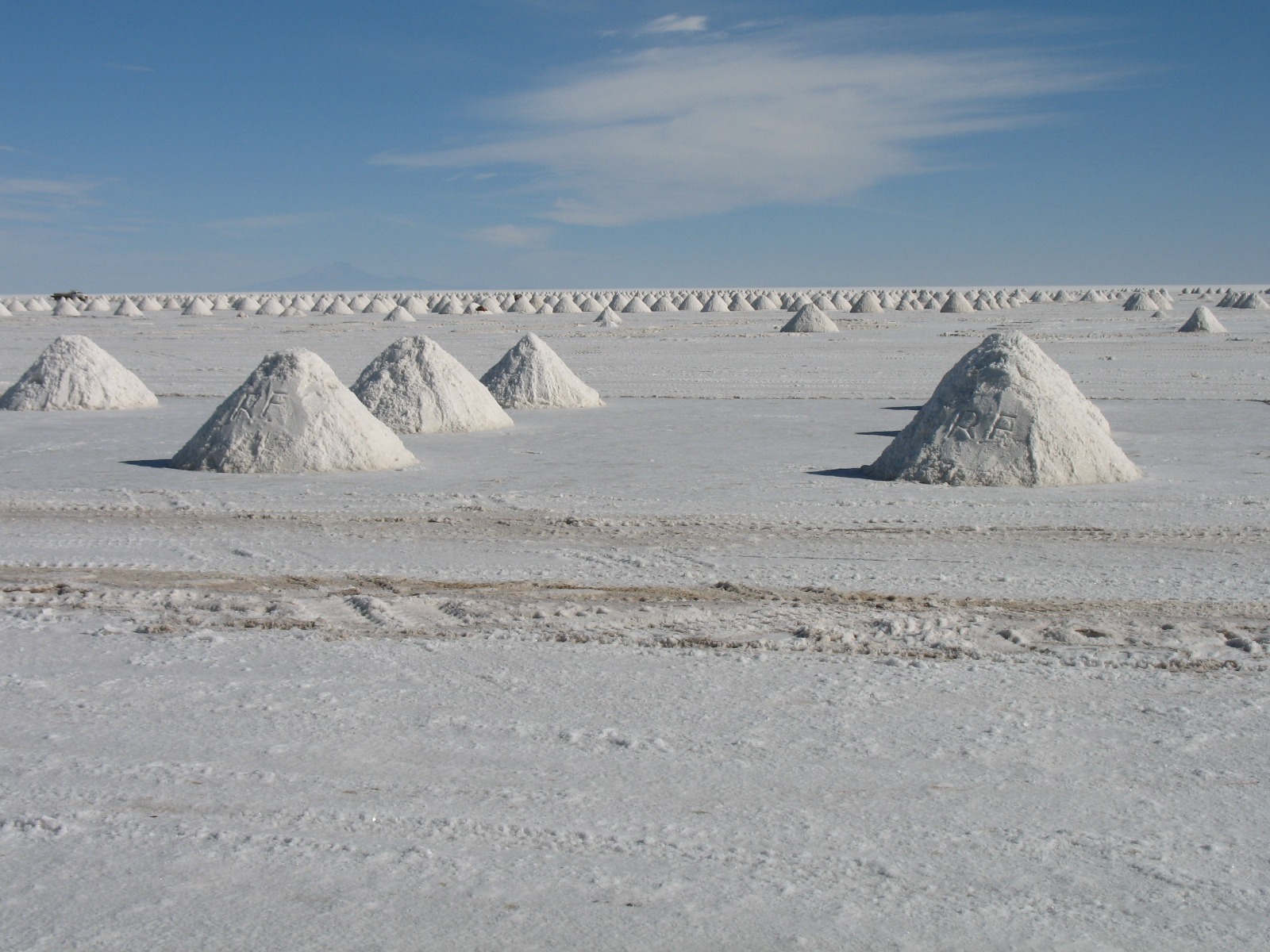
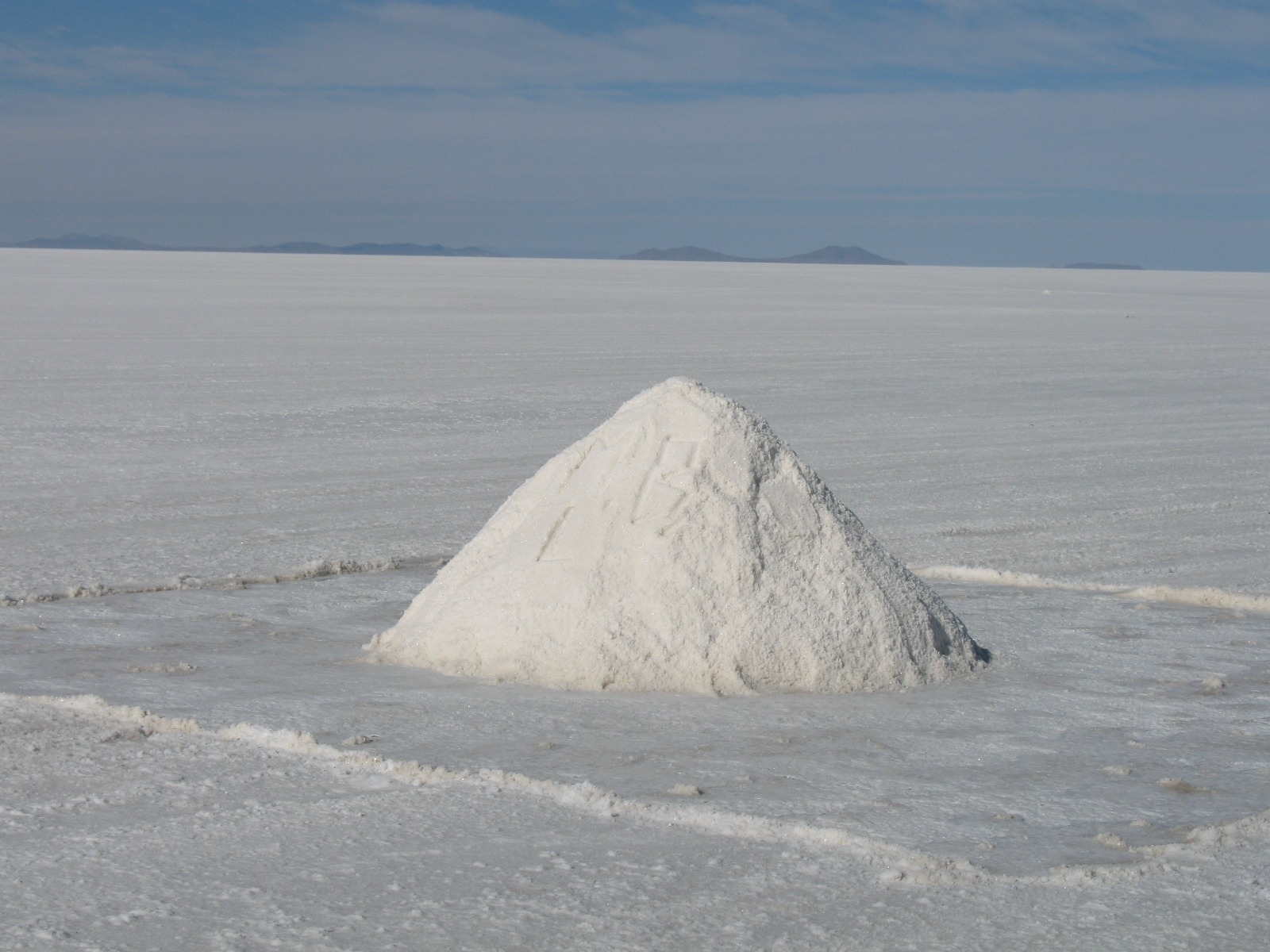
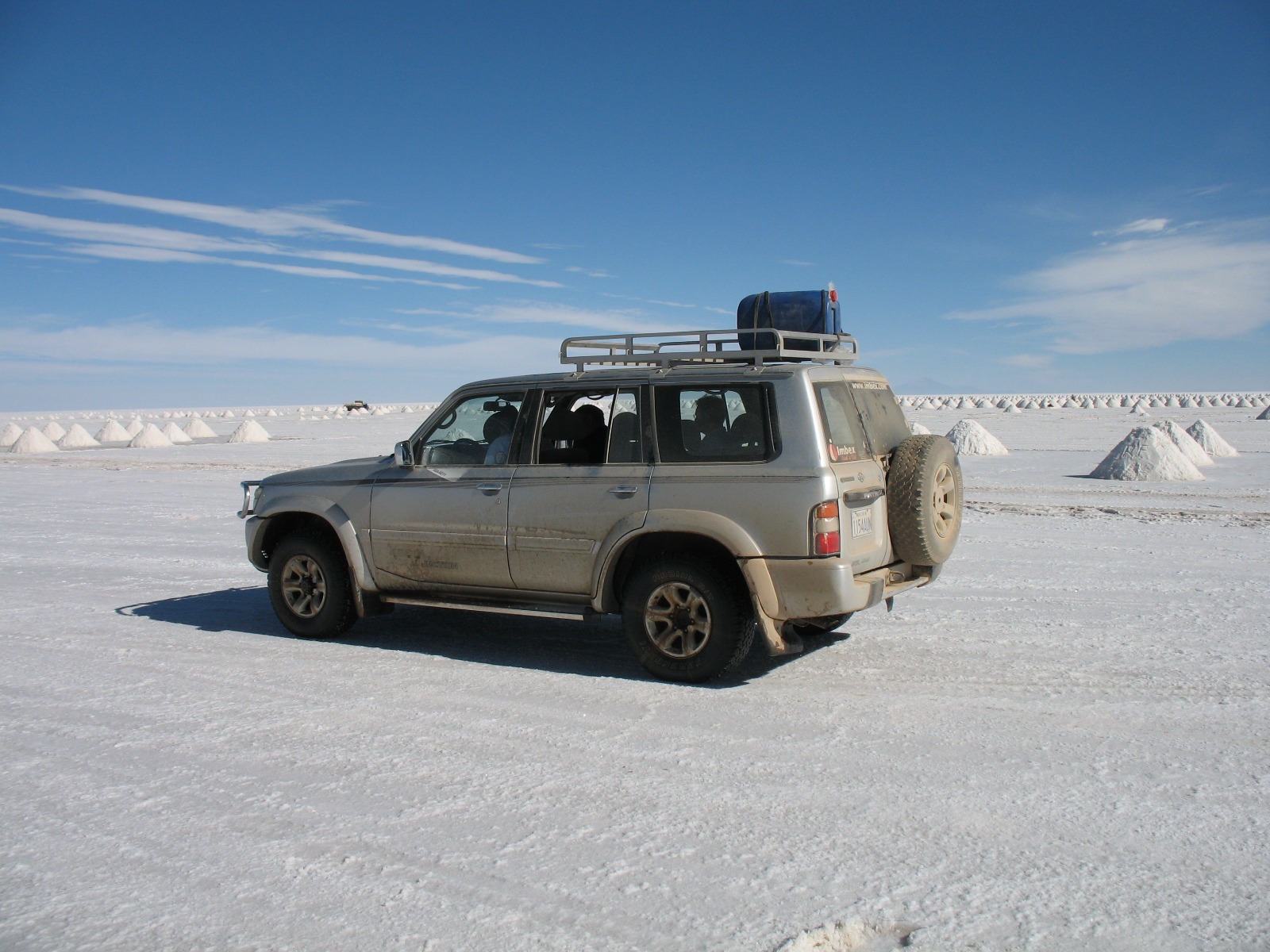
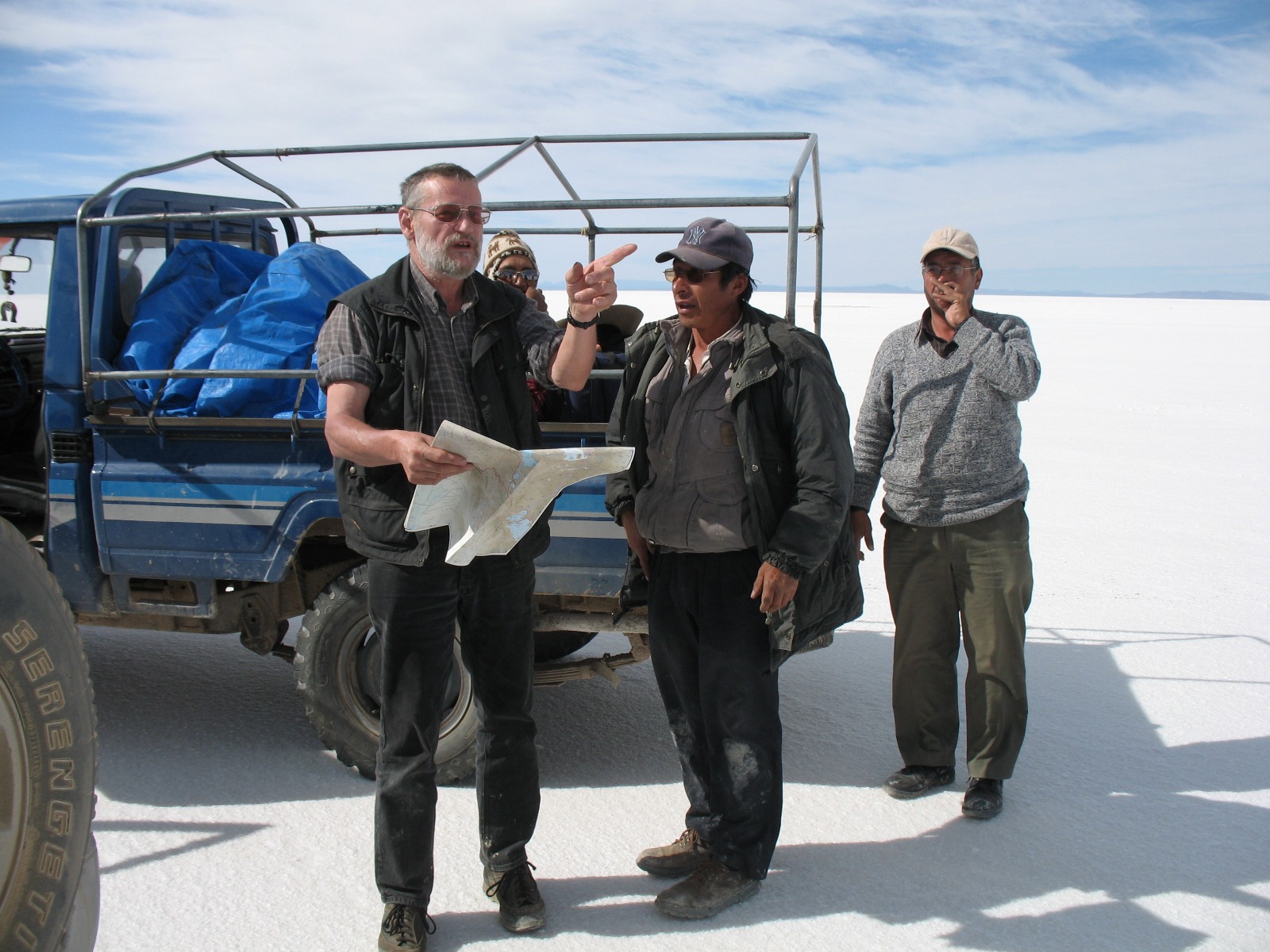
sometimes under the solid salt crust there is just mud, many 100 m of plain mud and you don't want to get stuck in that...the tricky part crossing the salar is the exit.
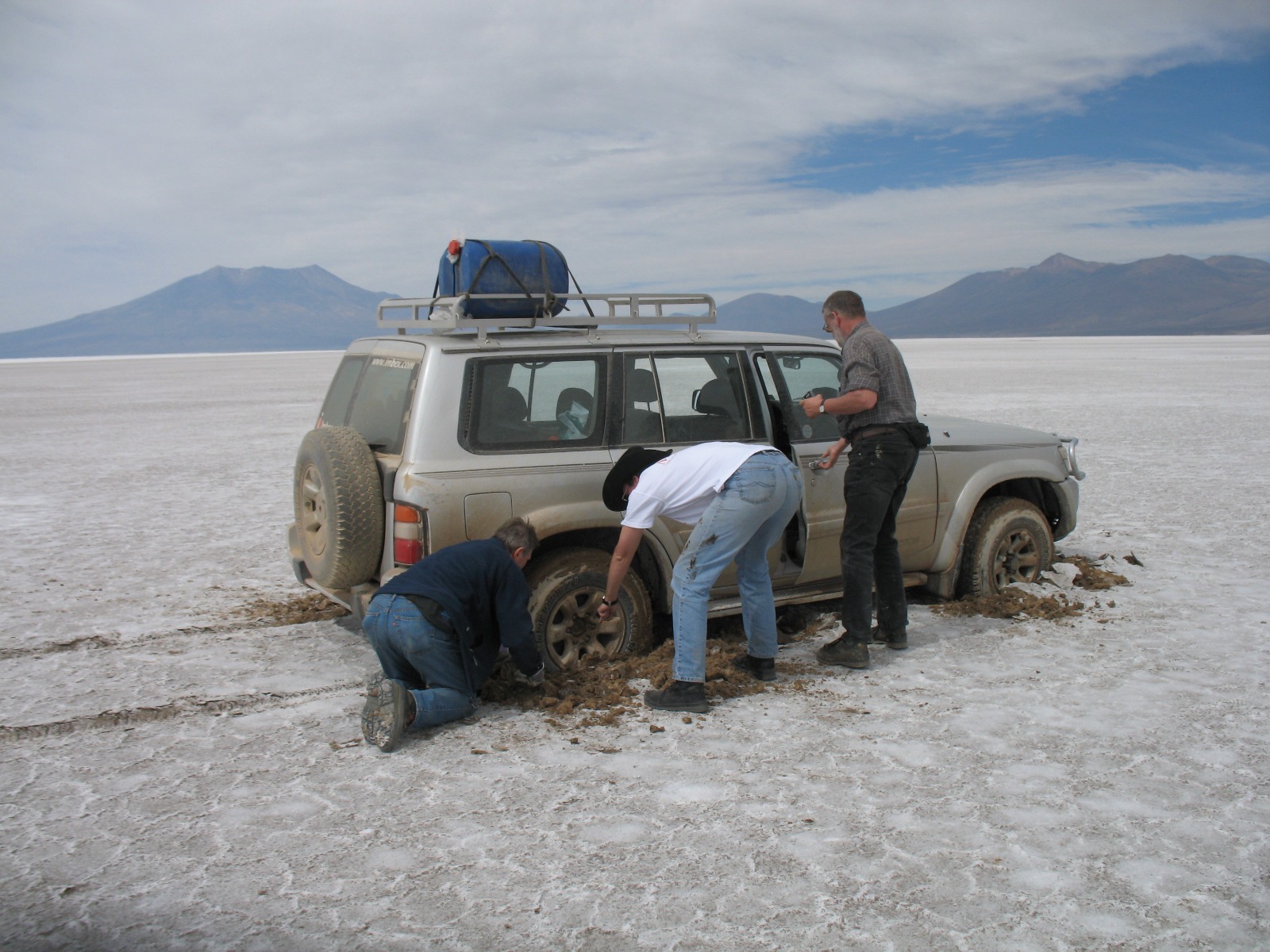

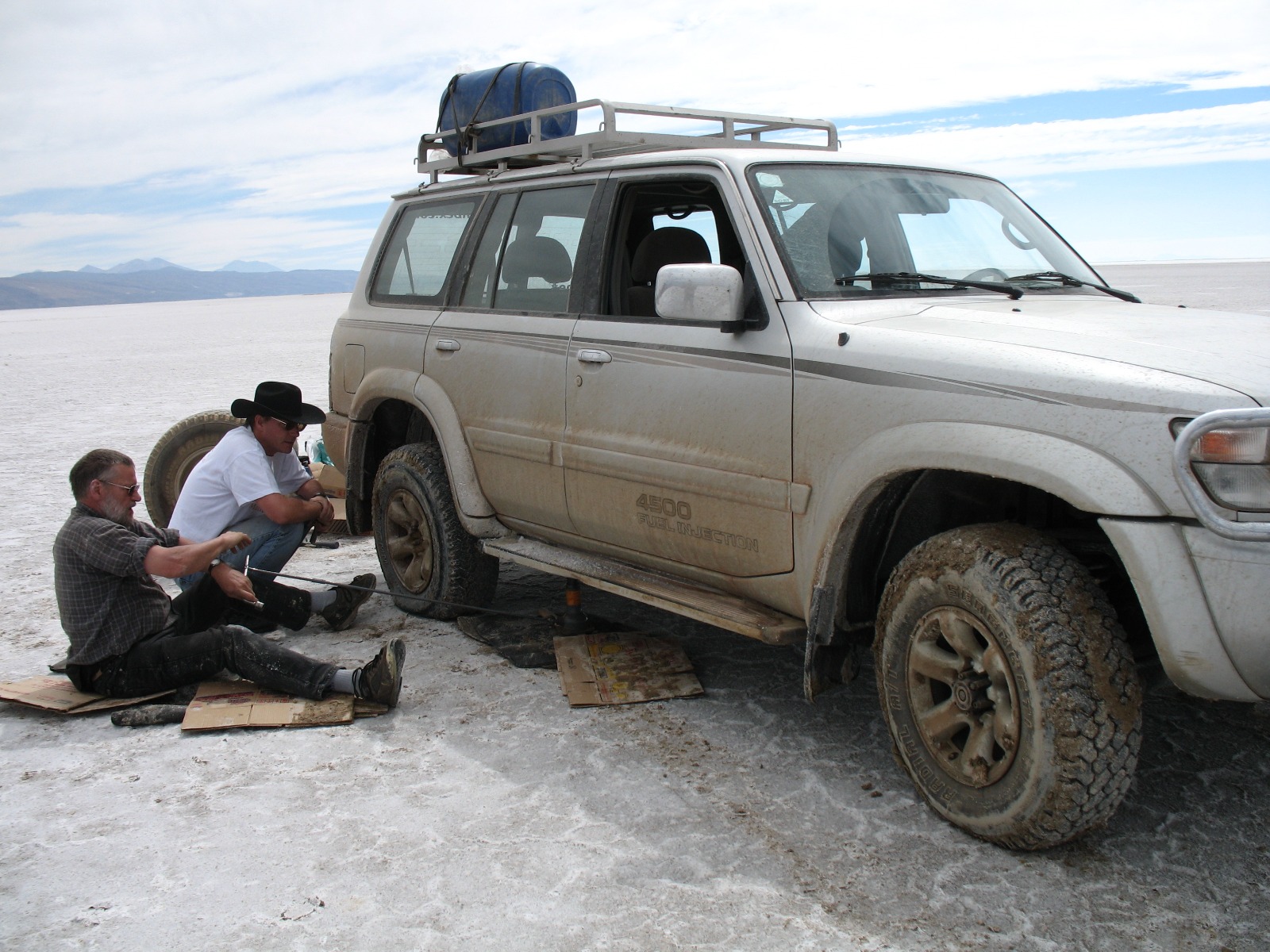
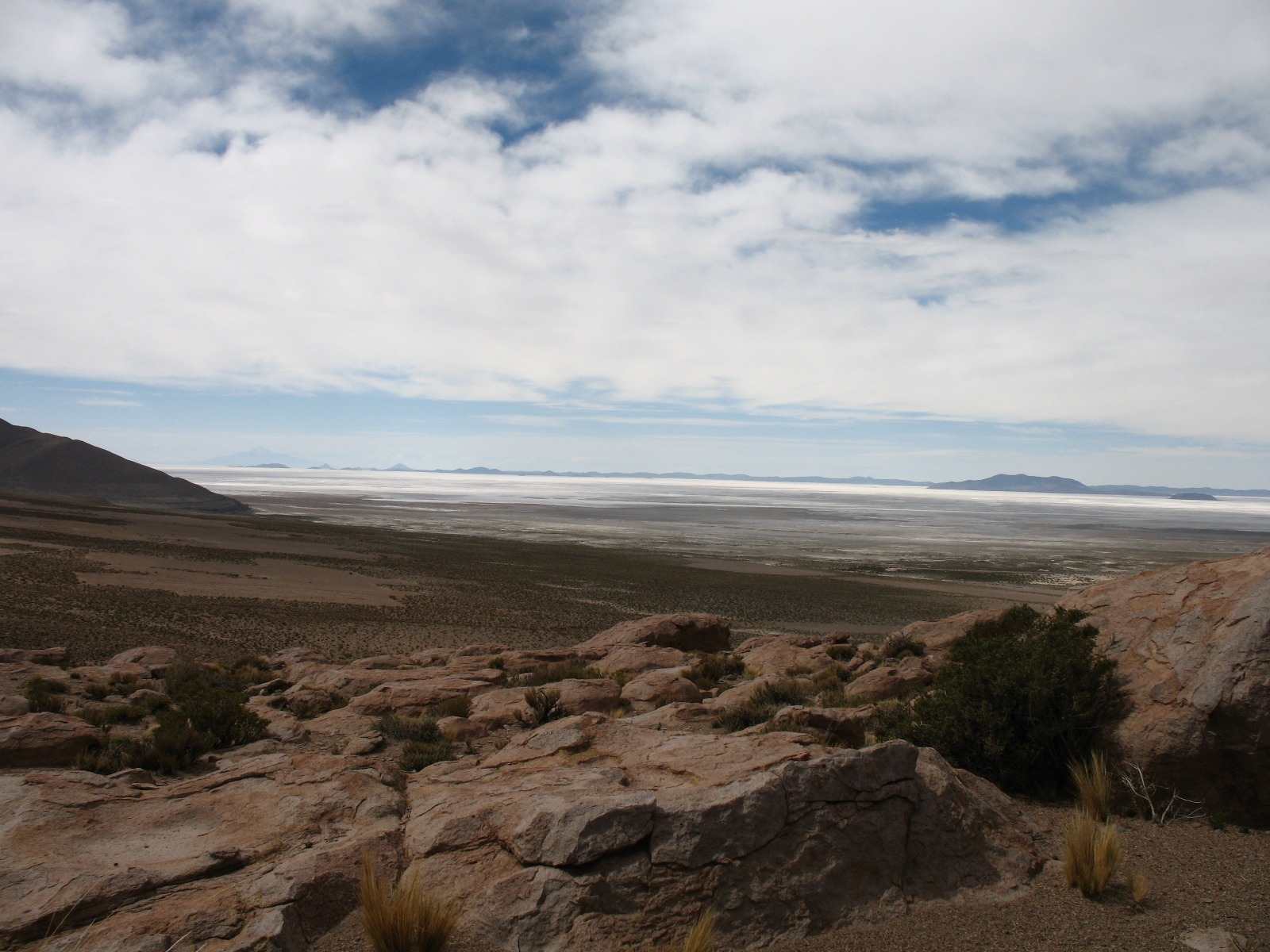
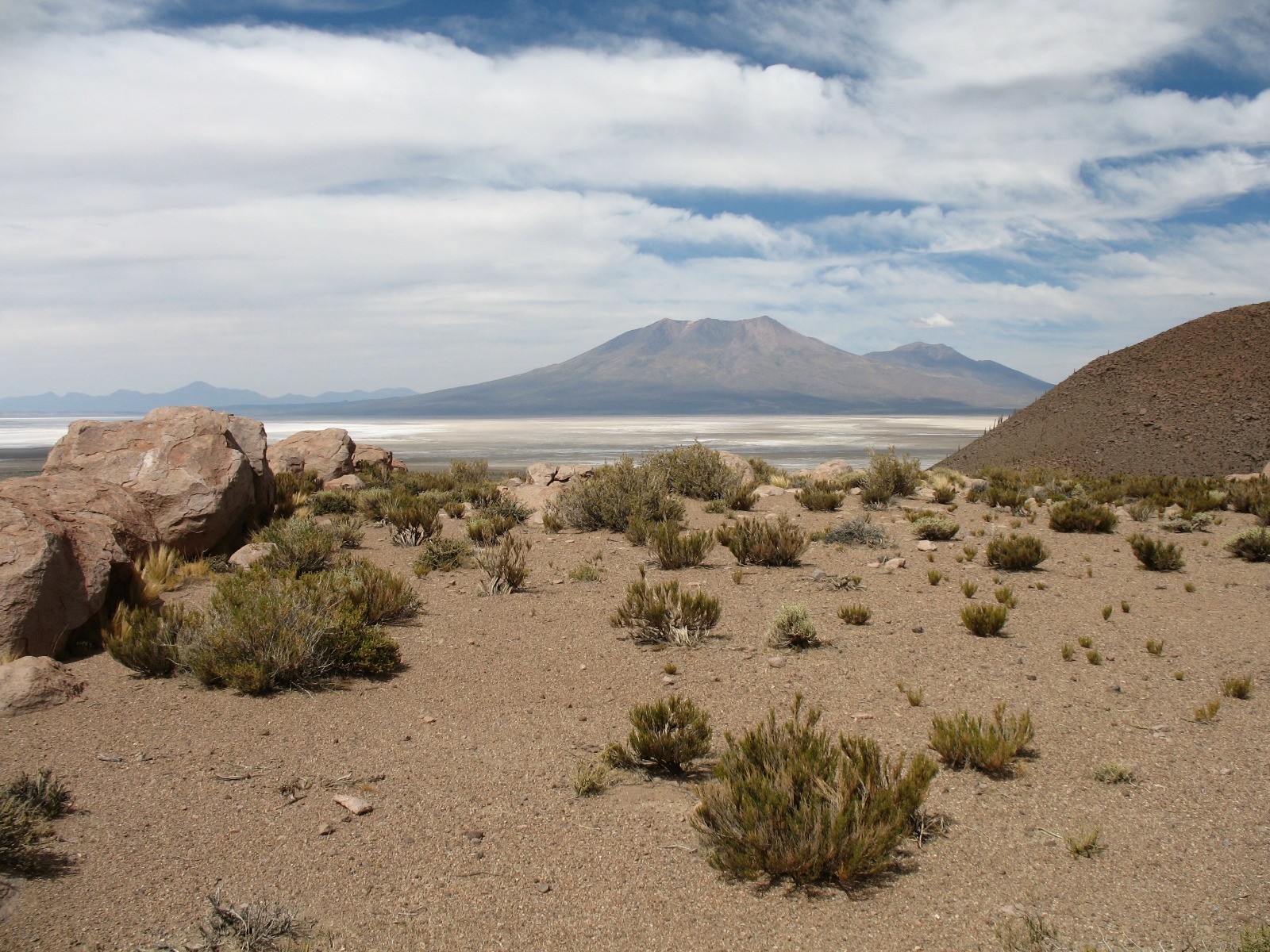
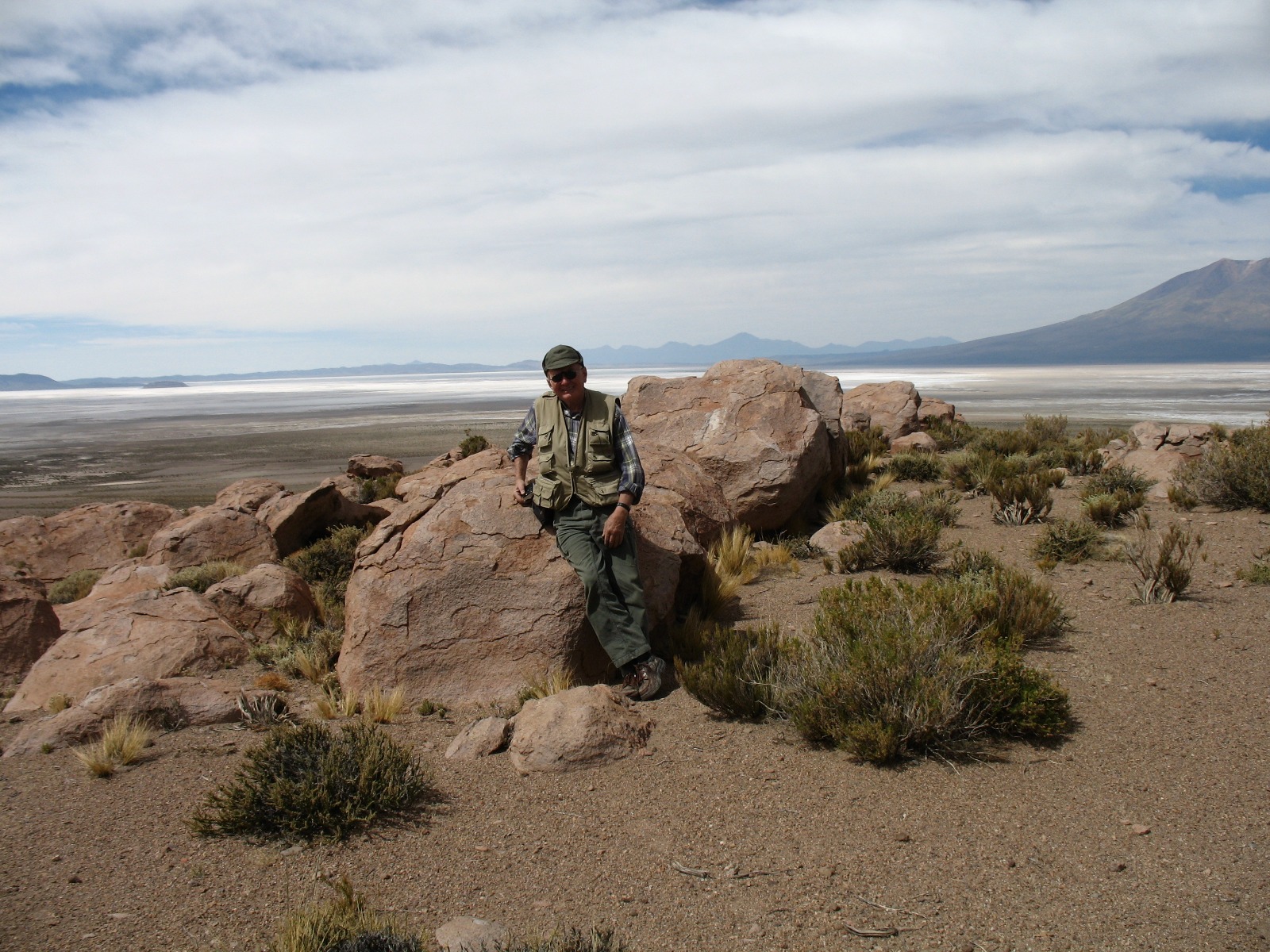
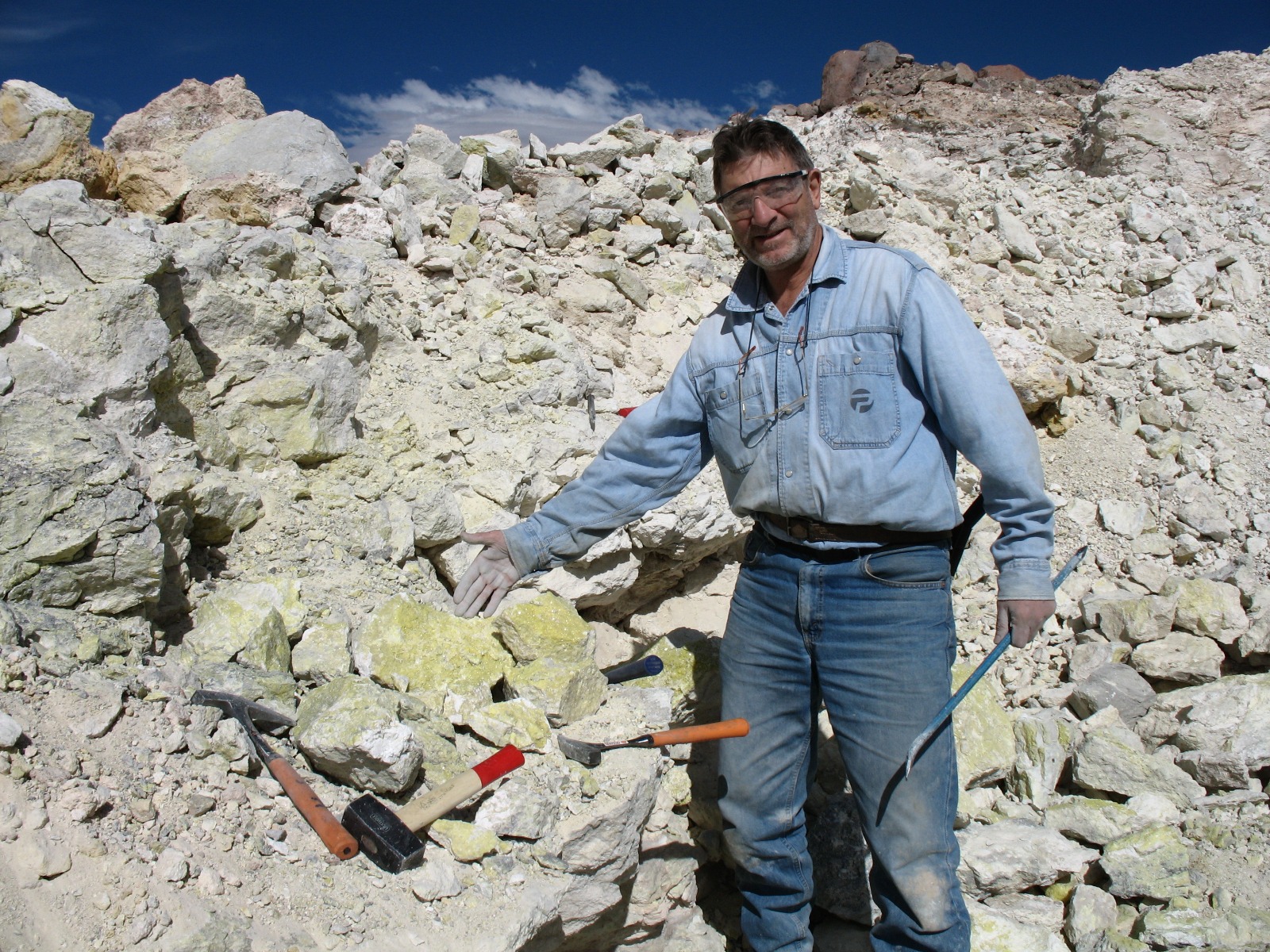

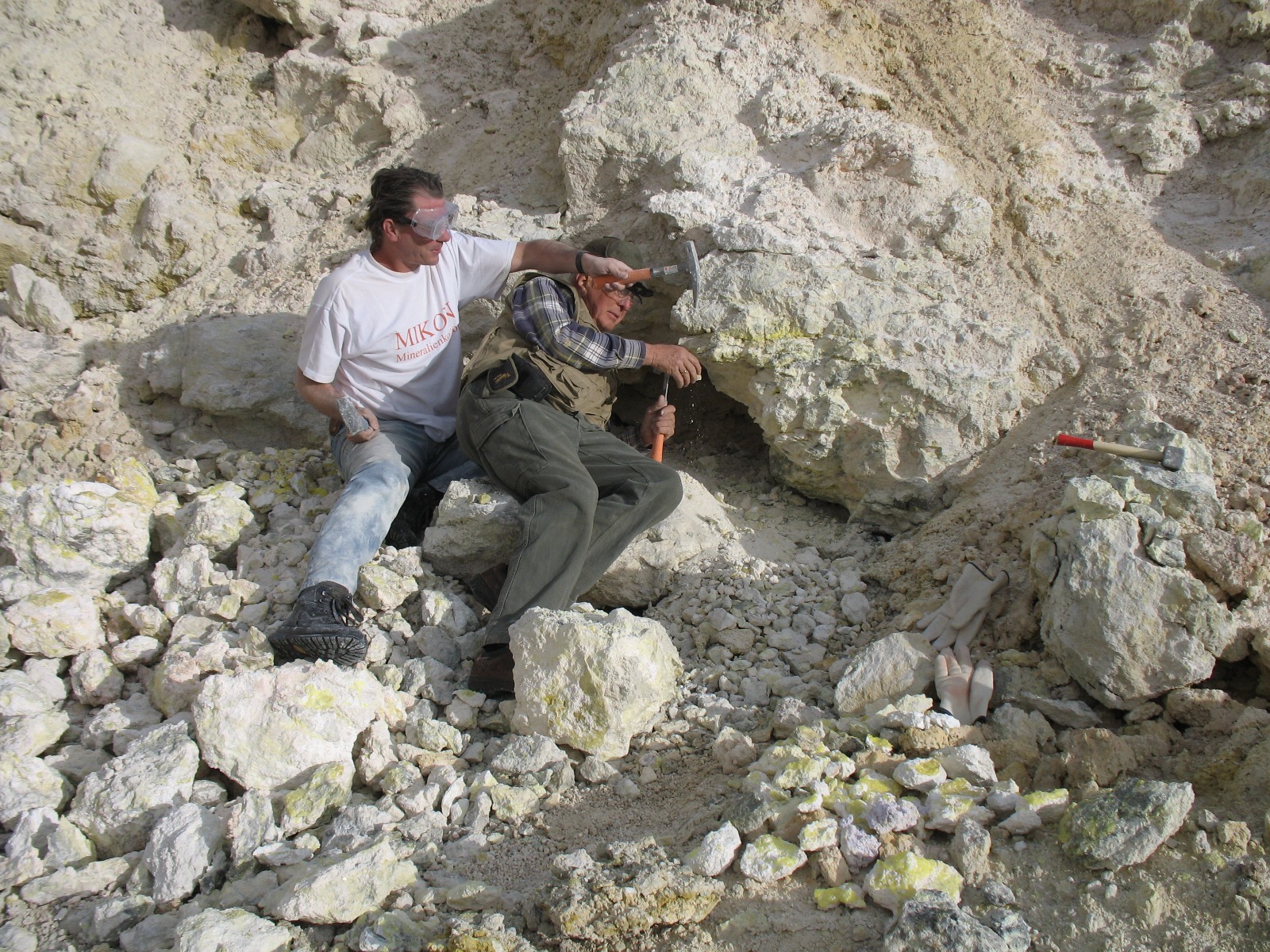
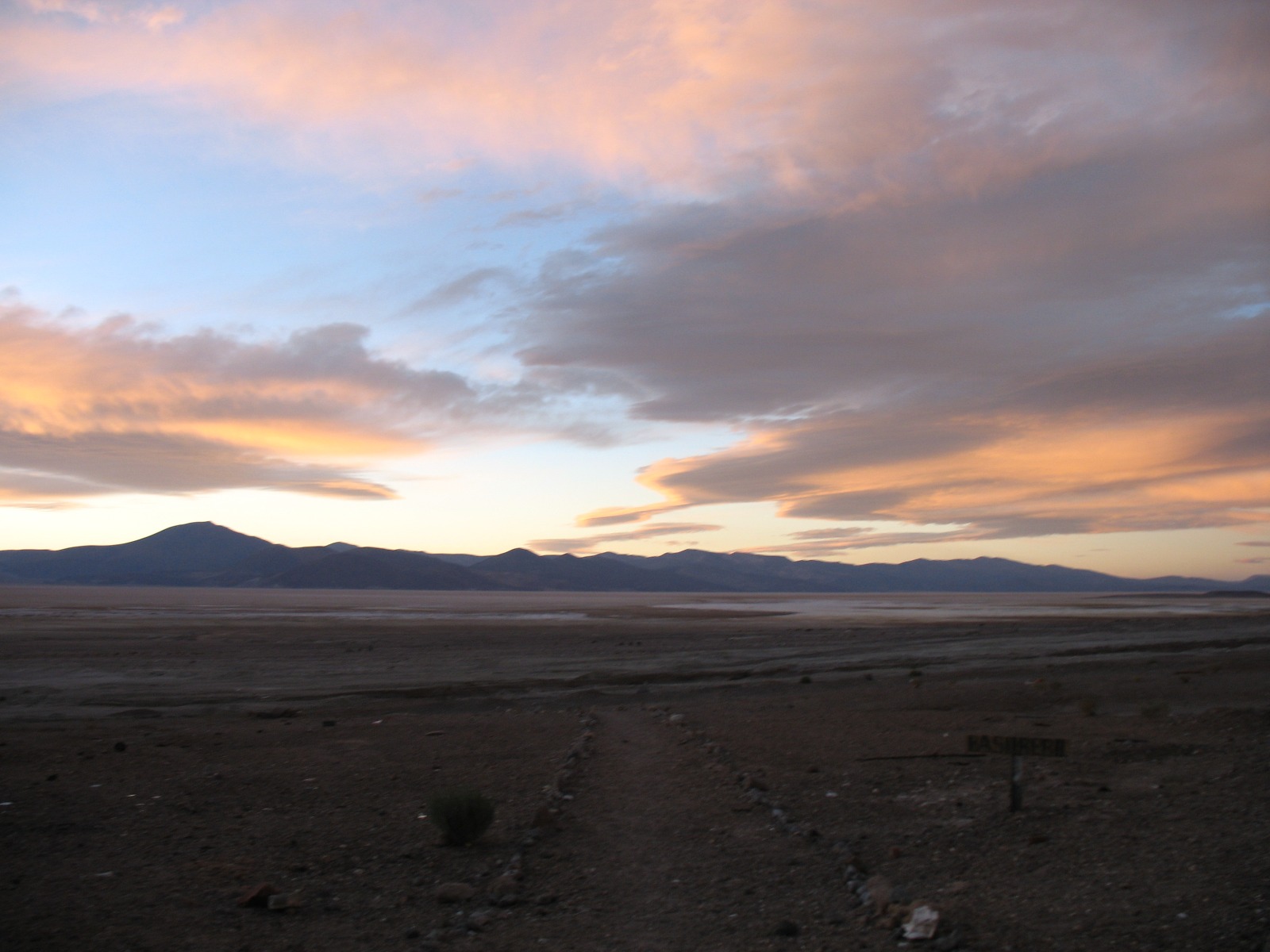
our "hotel" is the military post...very nice officer and the soldiers prepared us beds and hot water. In return we left them food as they don't get much and it always comes late.
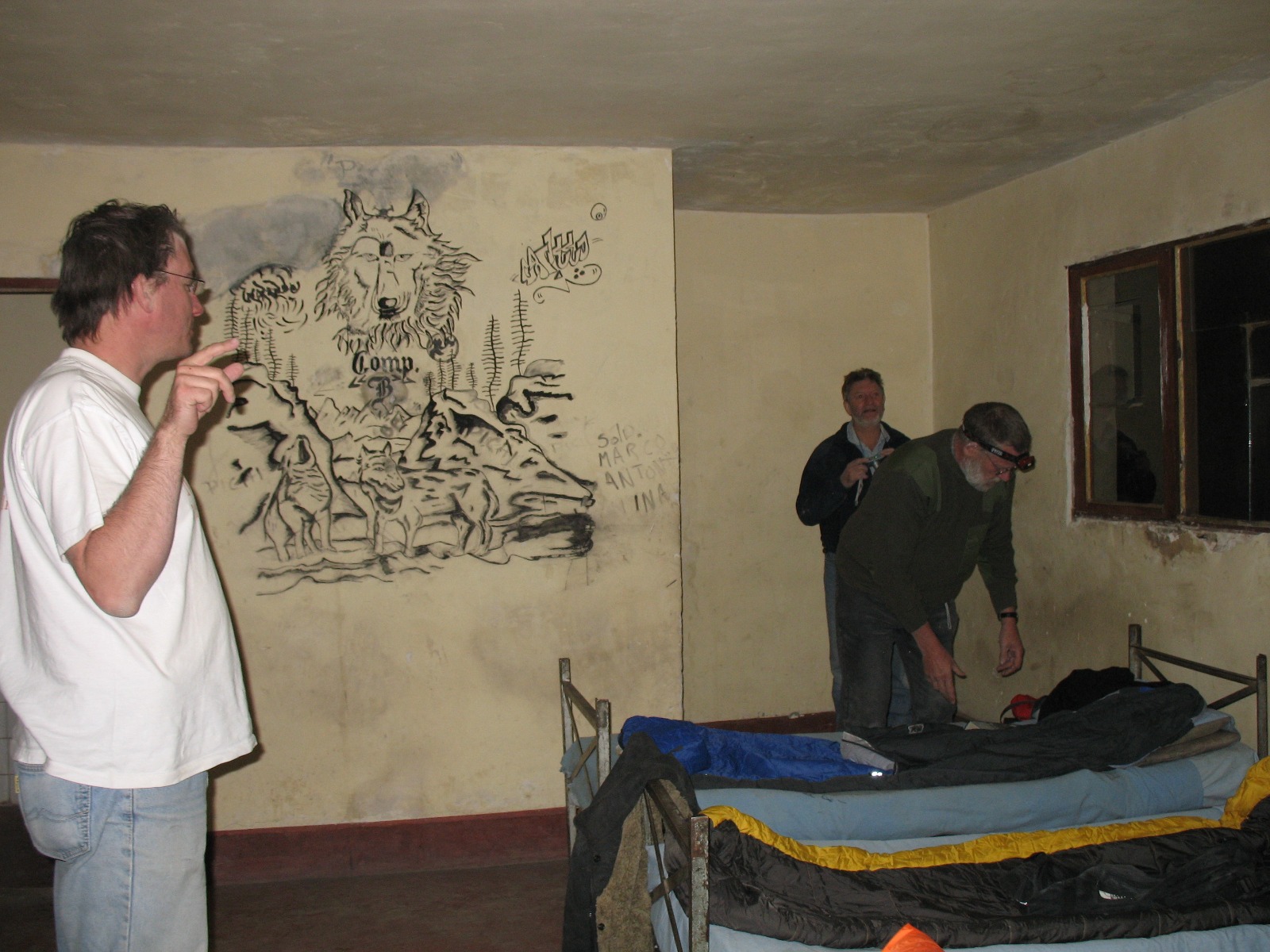
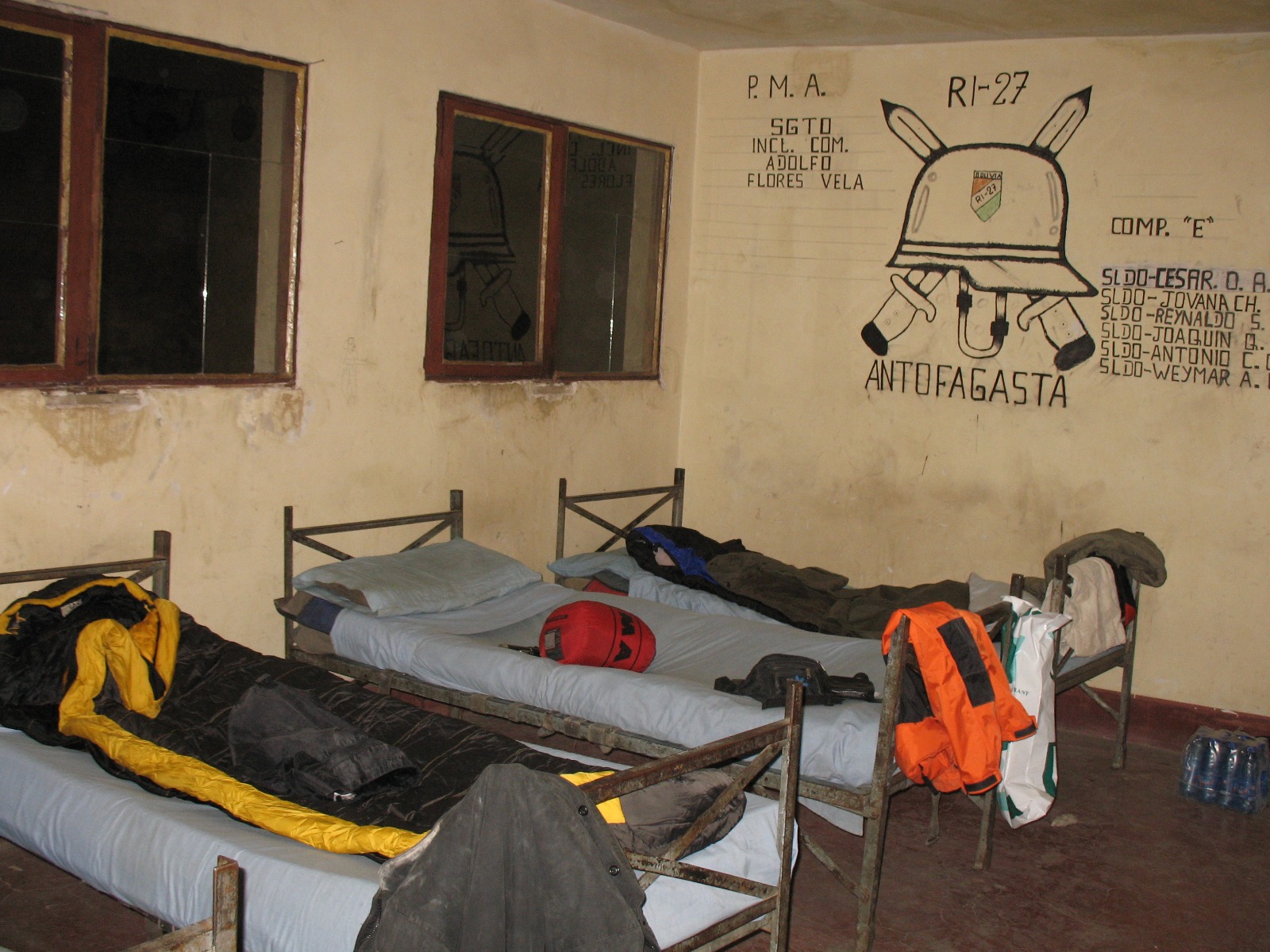
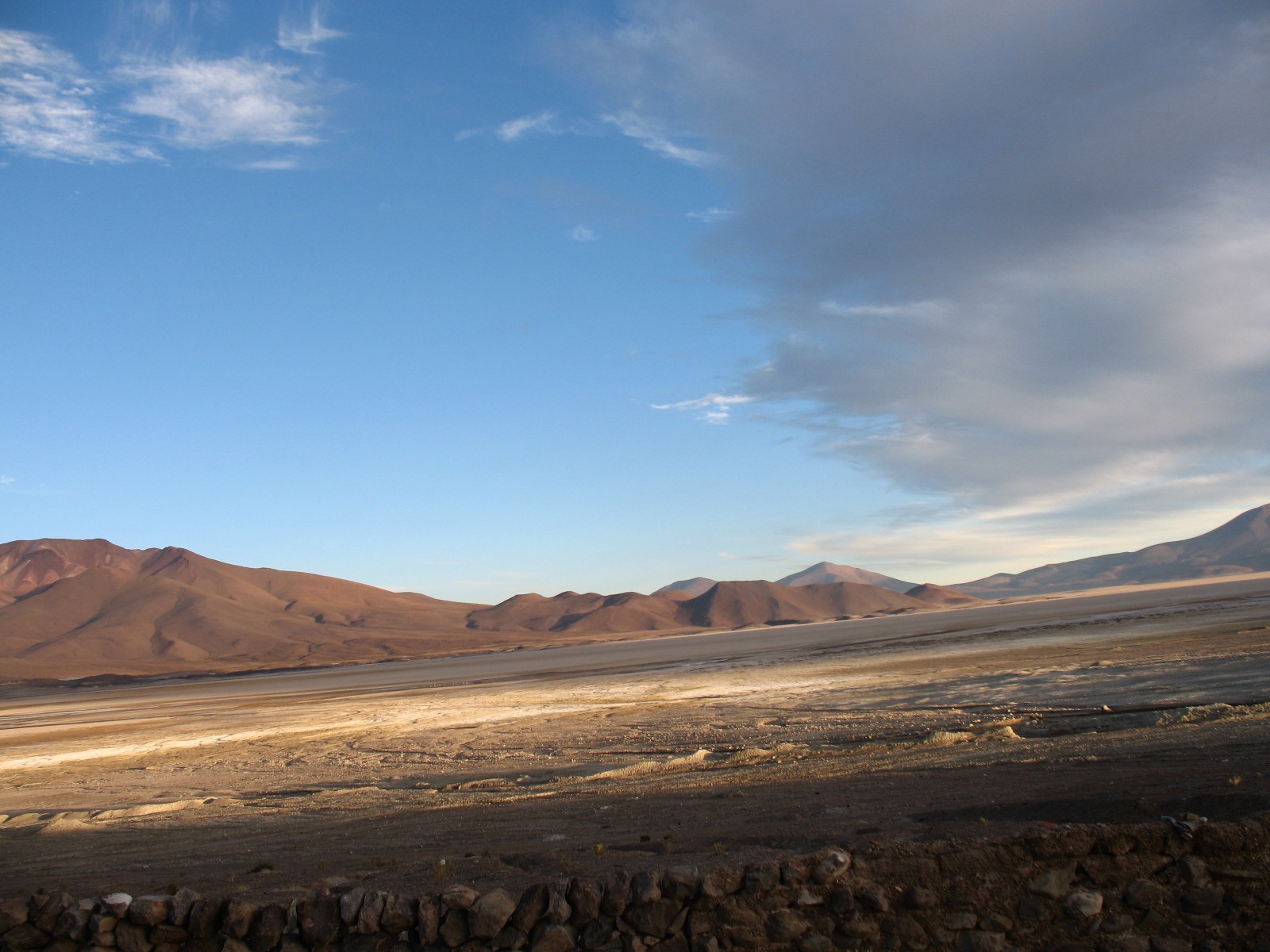
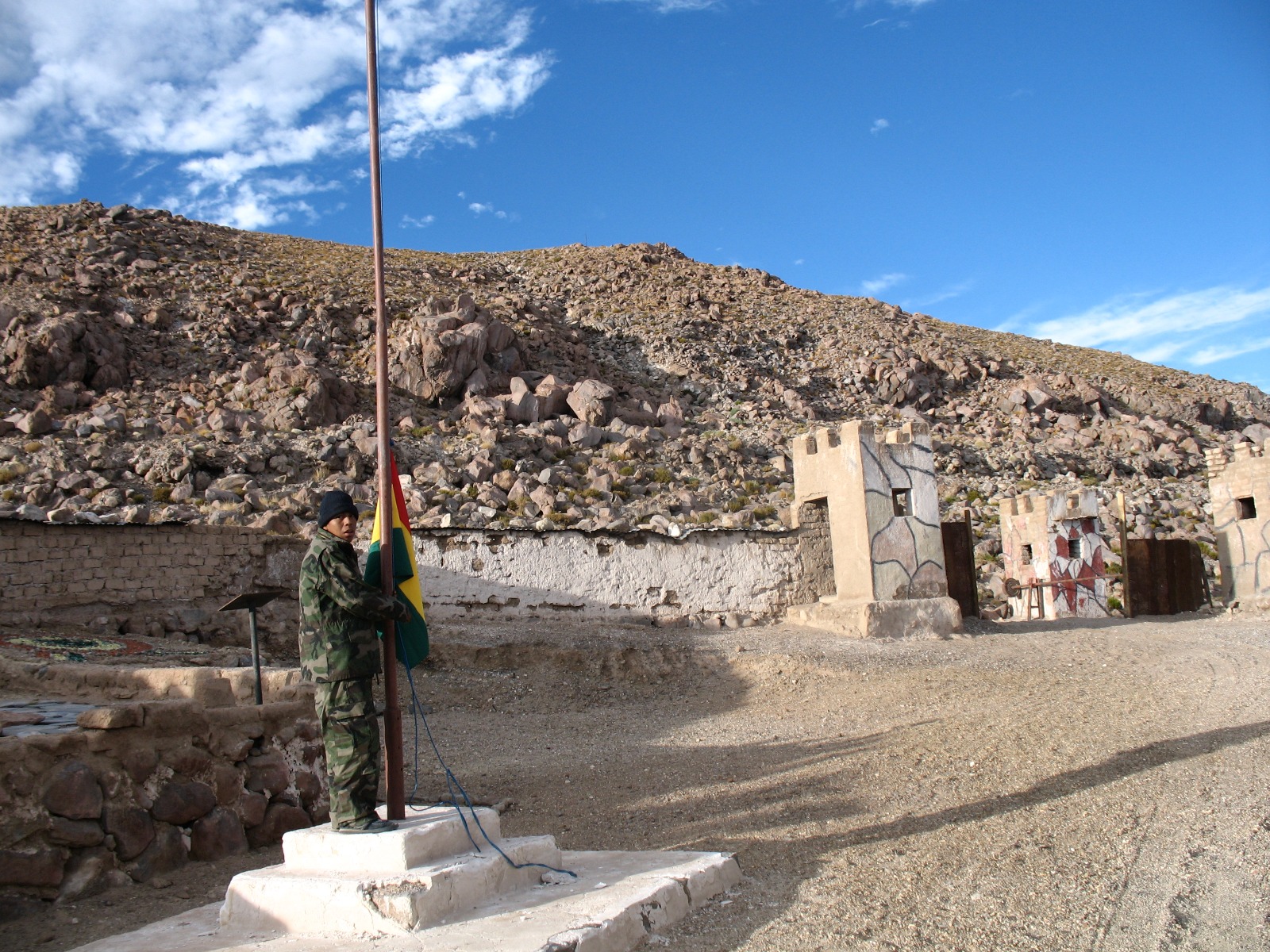
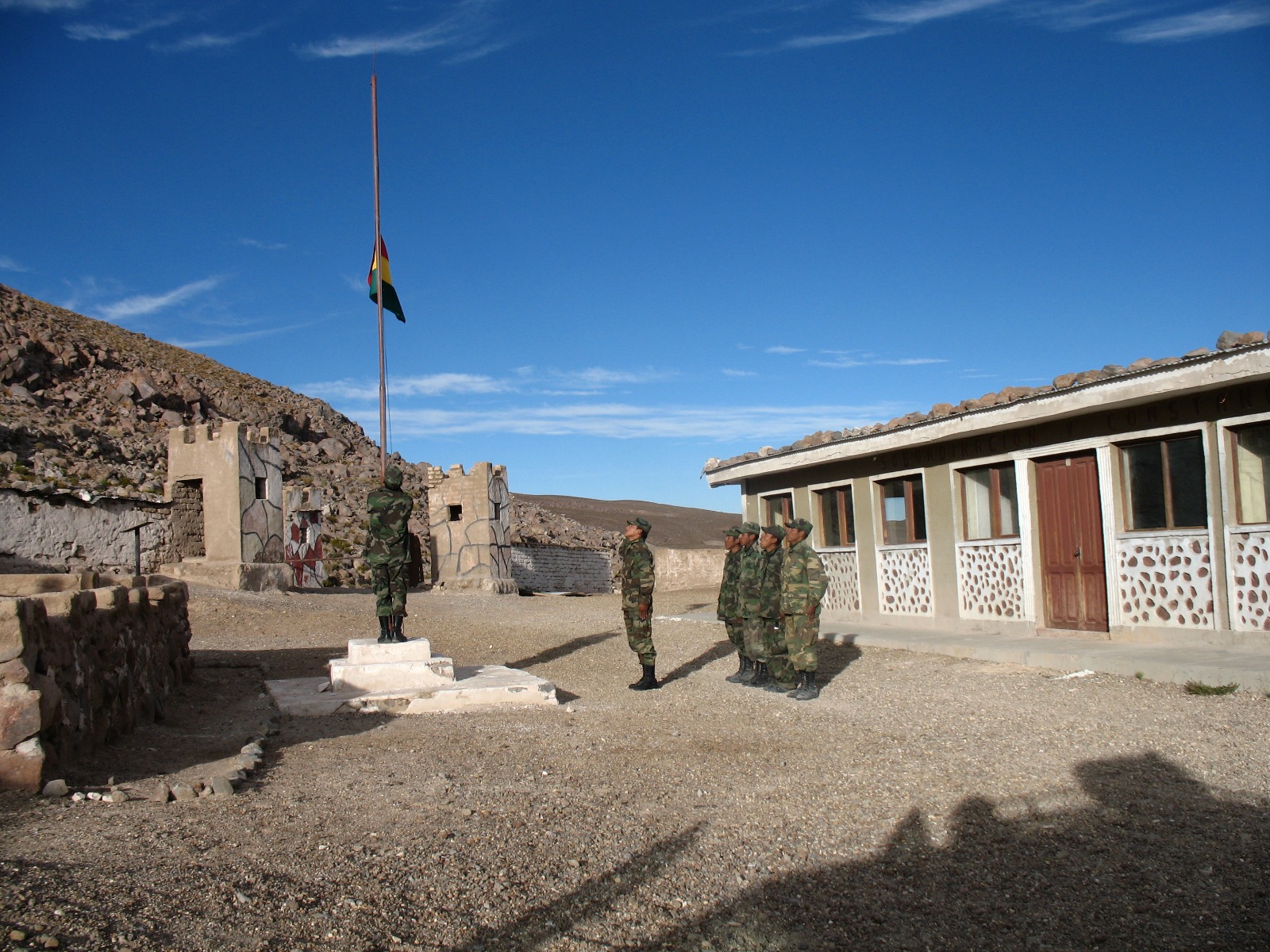
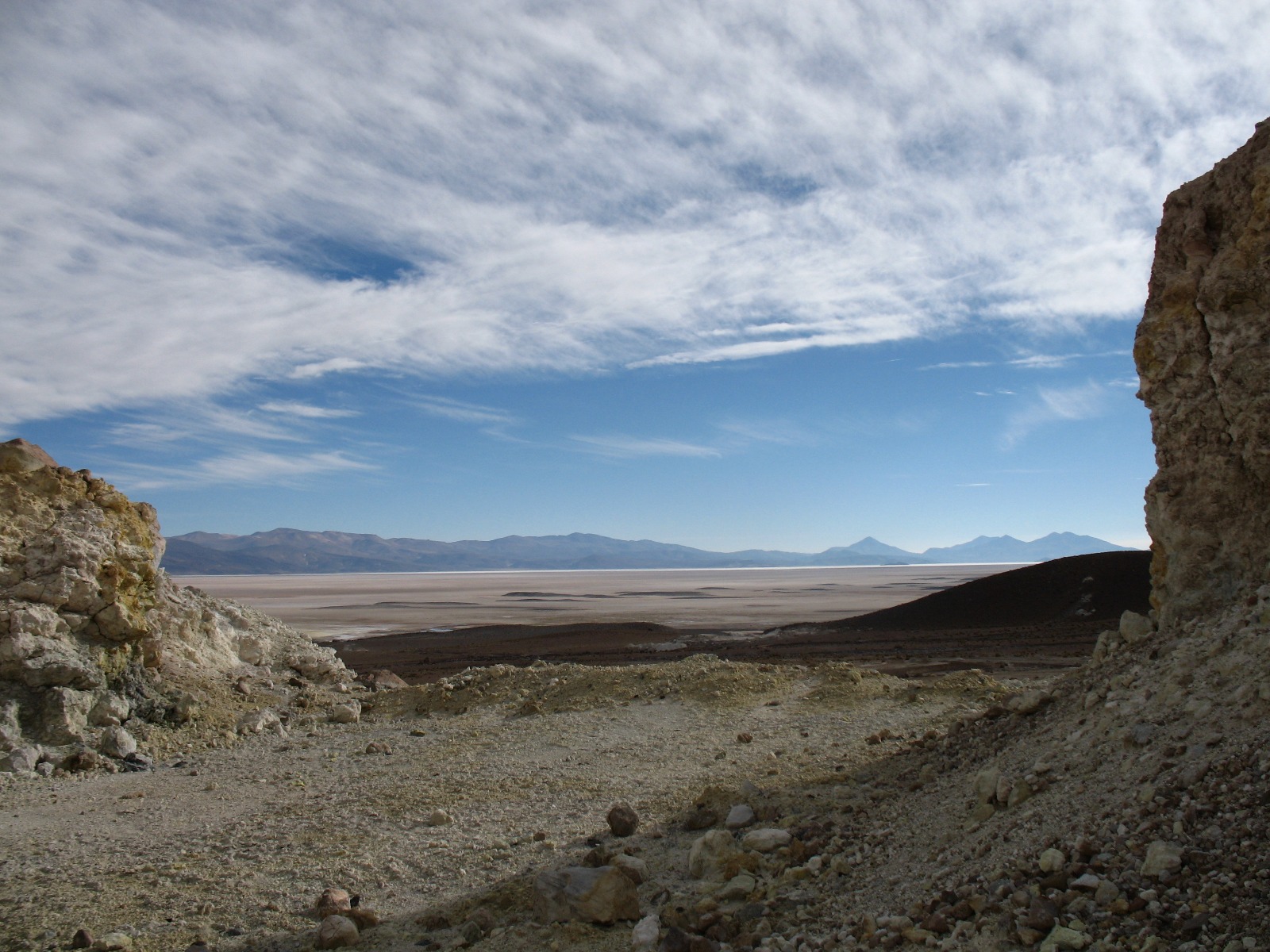
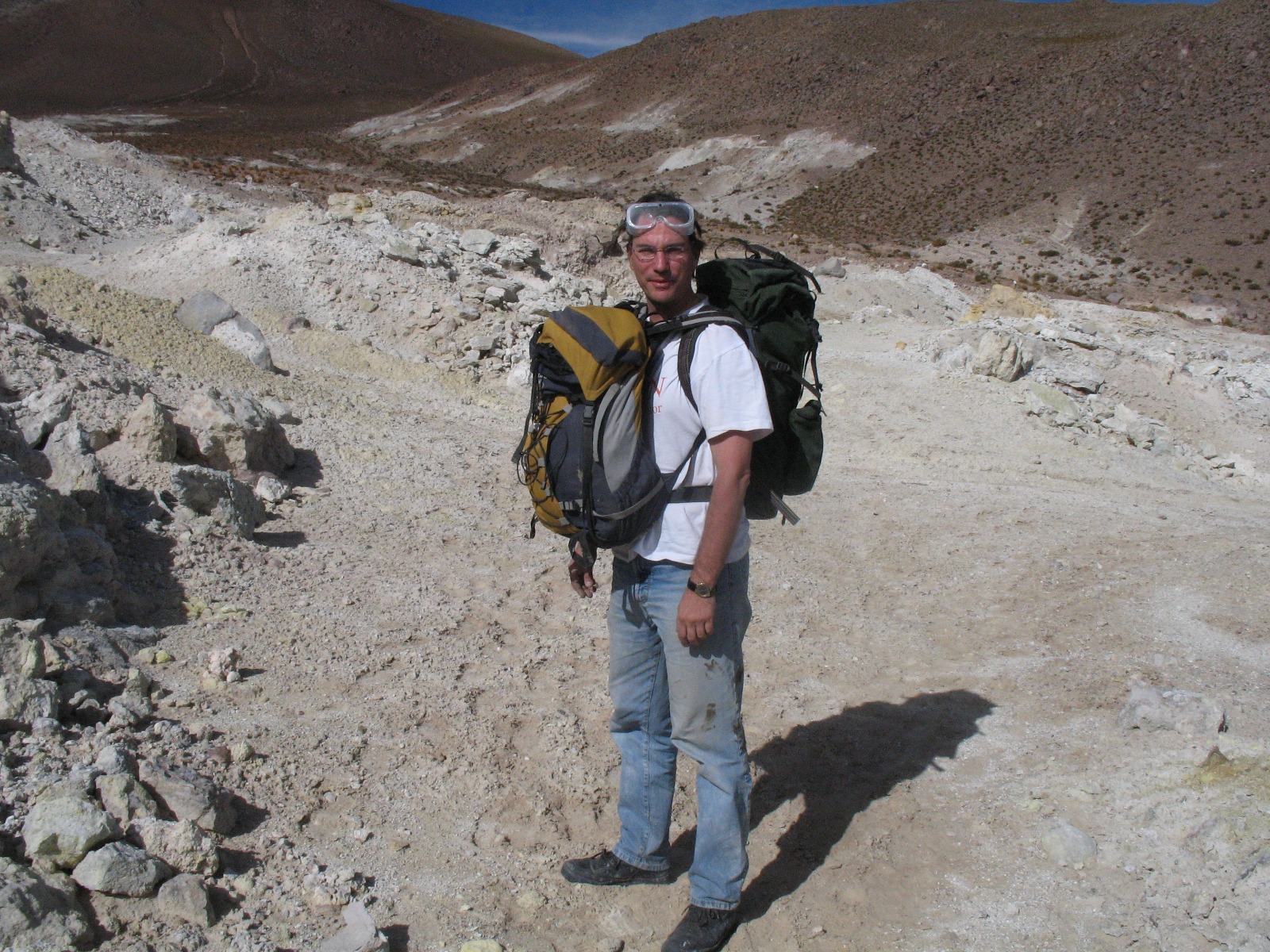
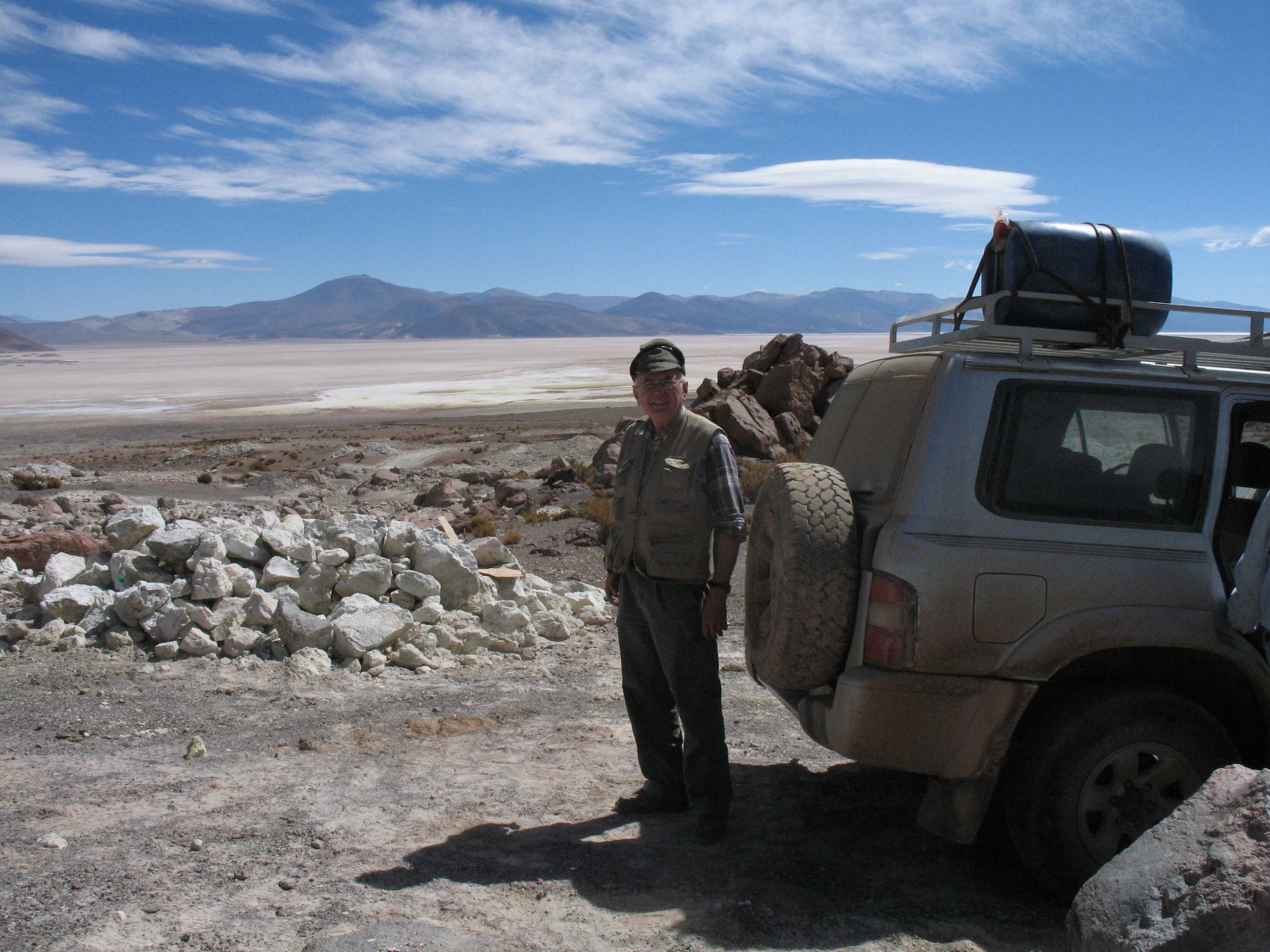
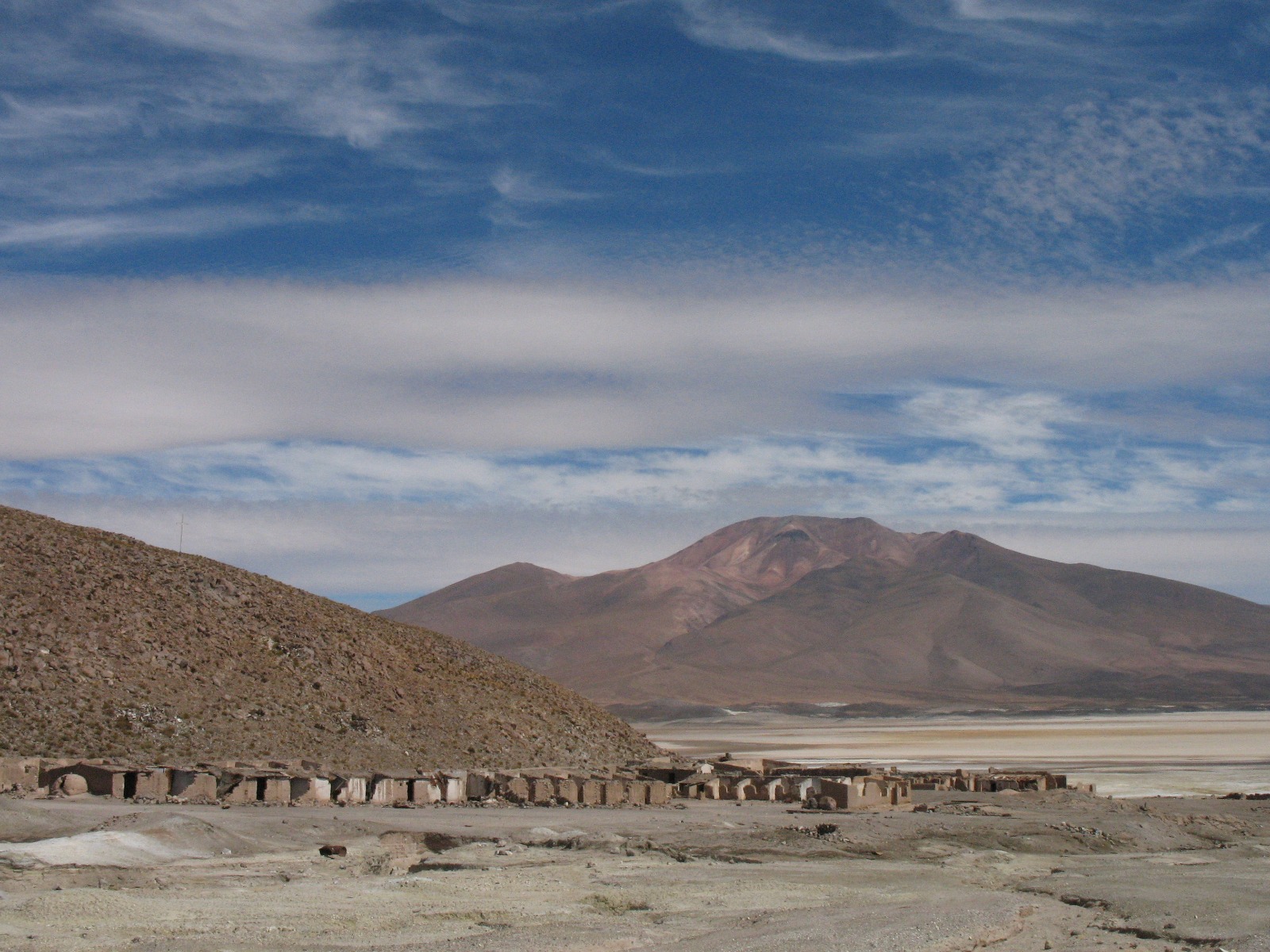
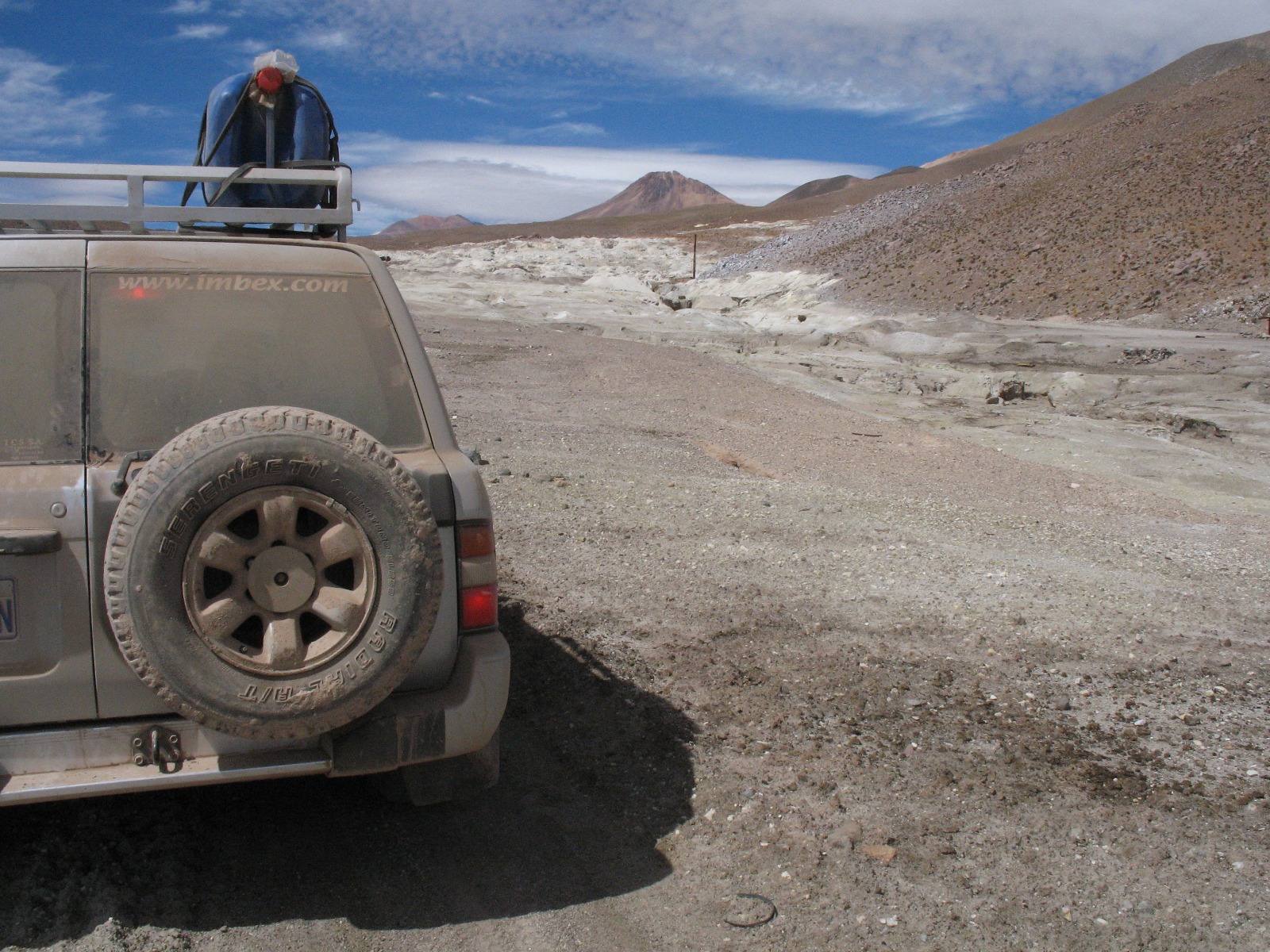
reaching the Empexta hot springs, the first bath after 3 days in the sulfur! At the mine and the military post there is no water...
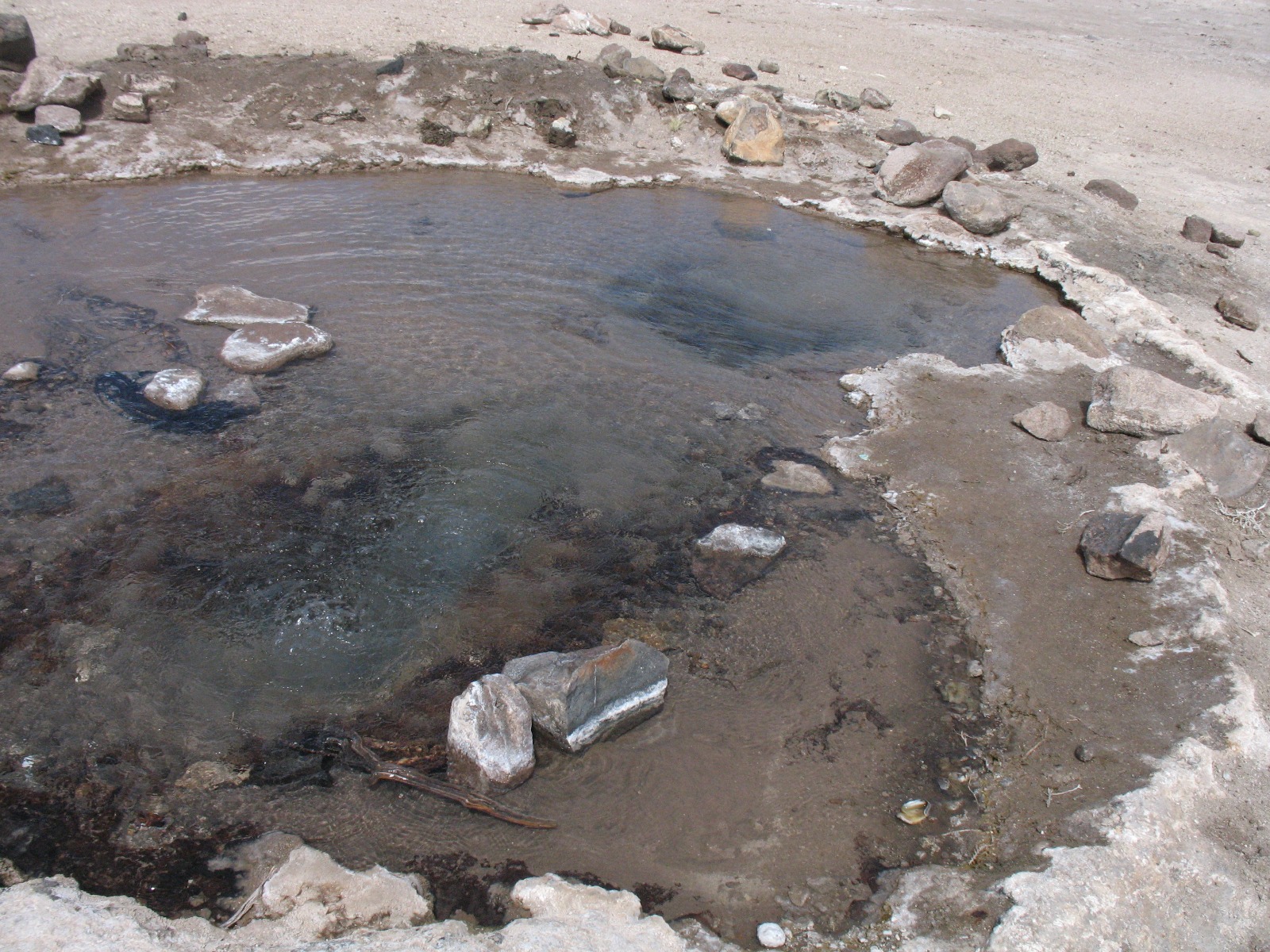
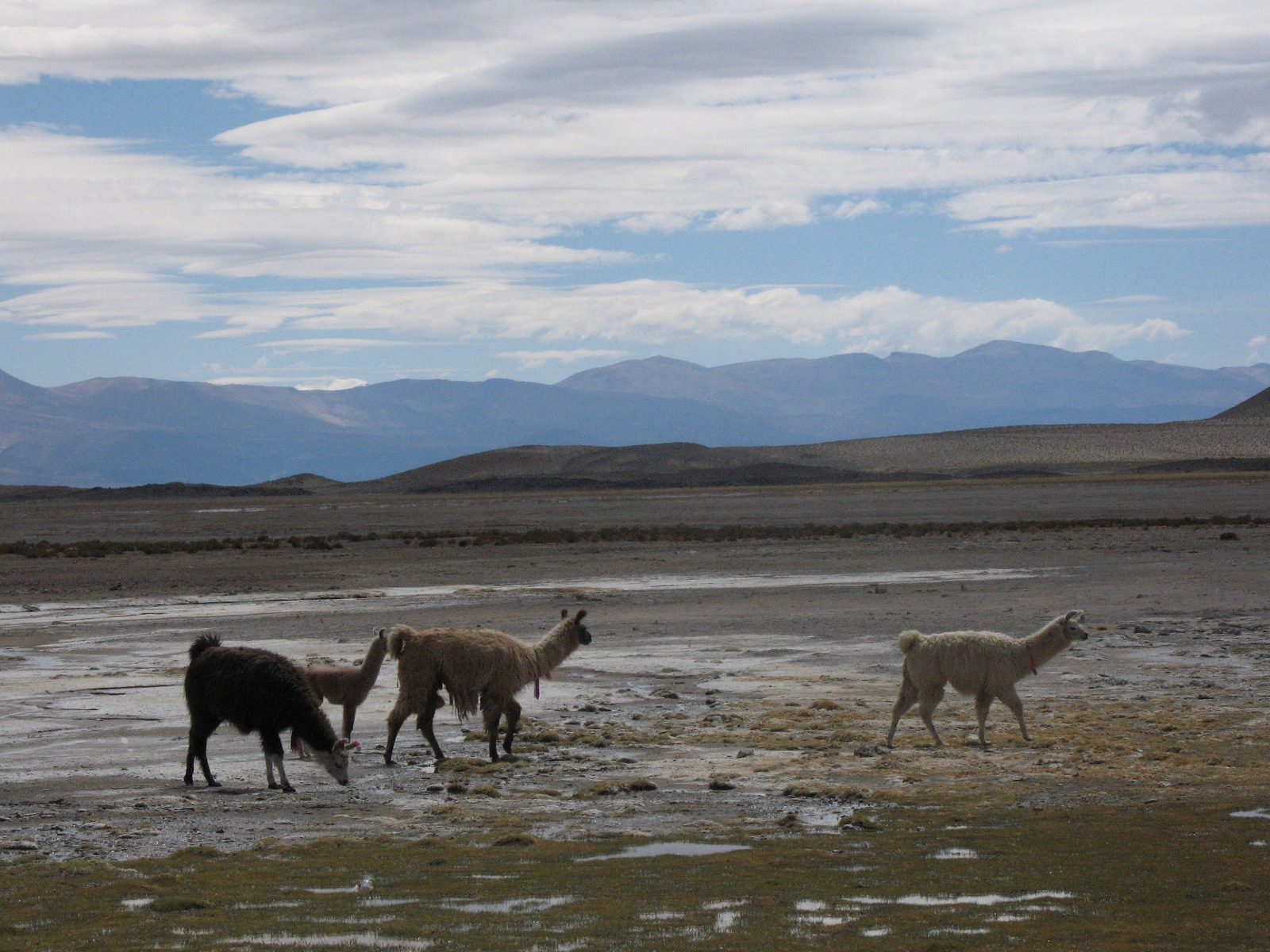
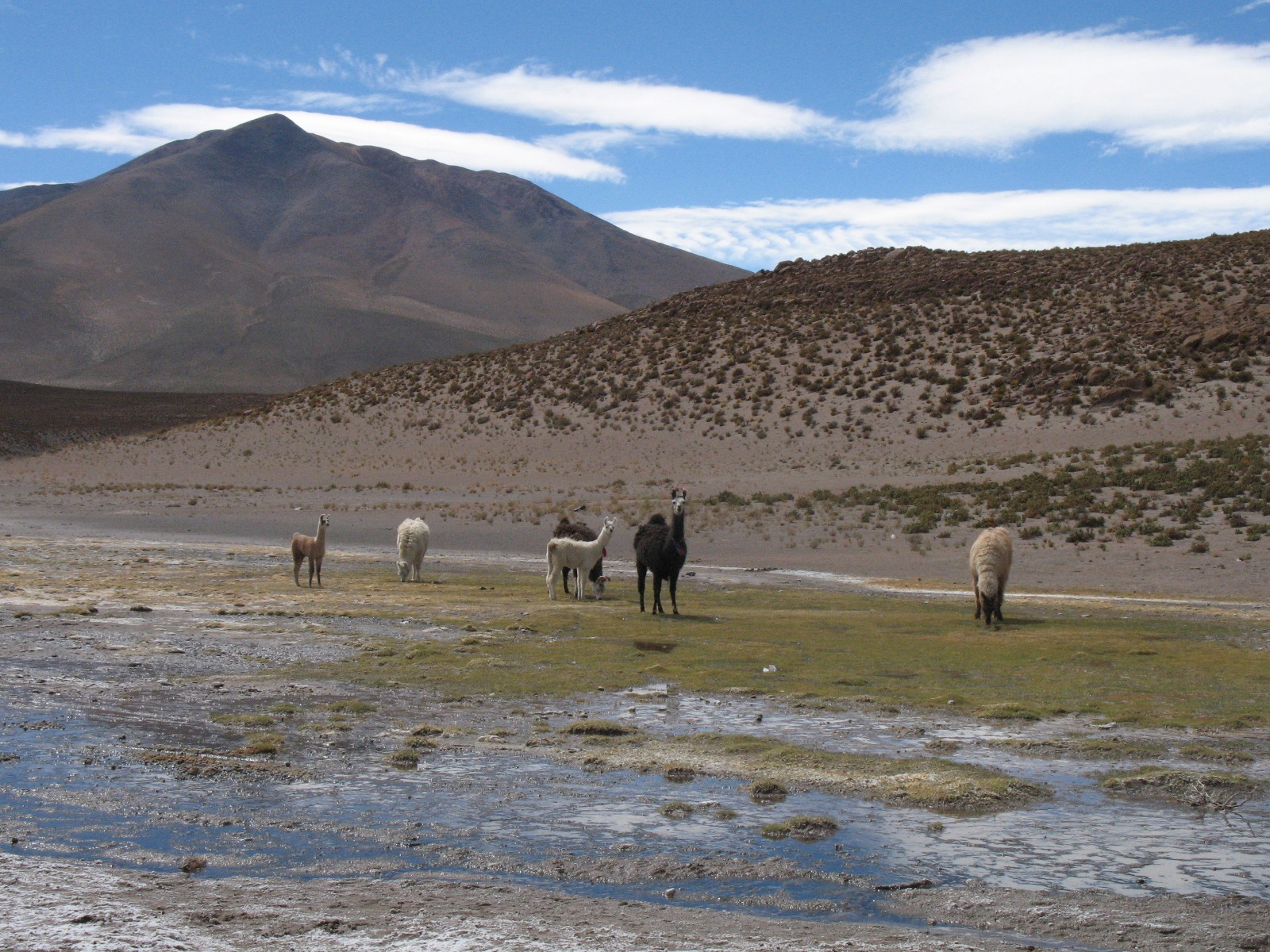
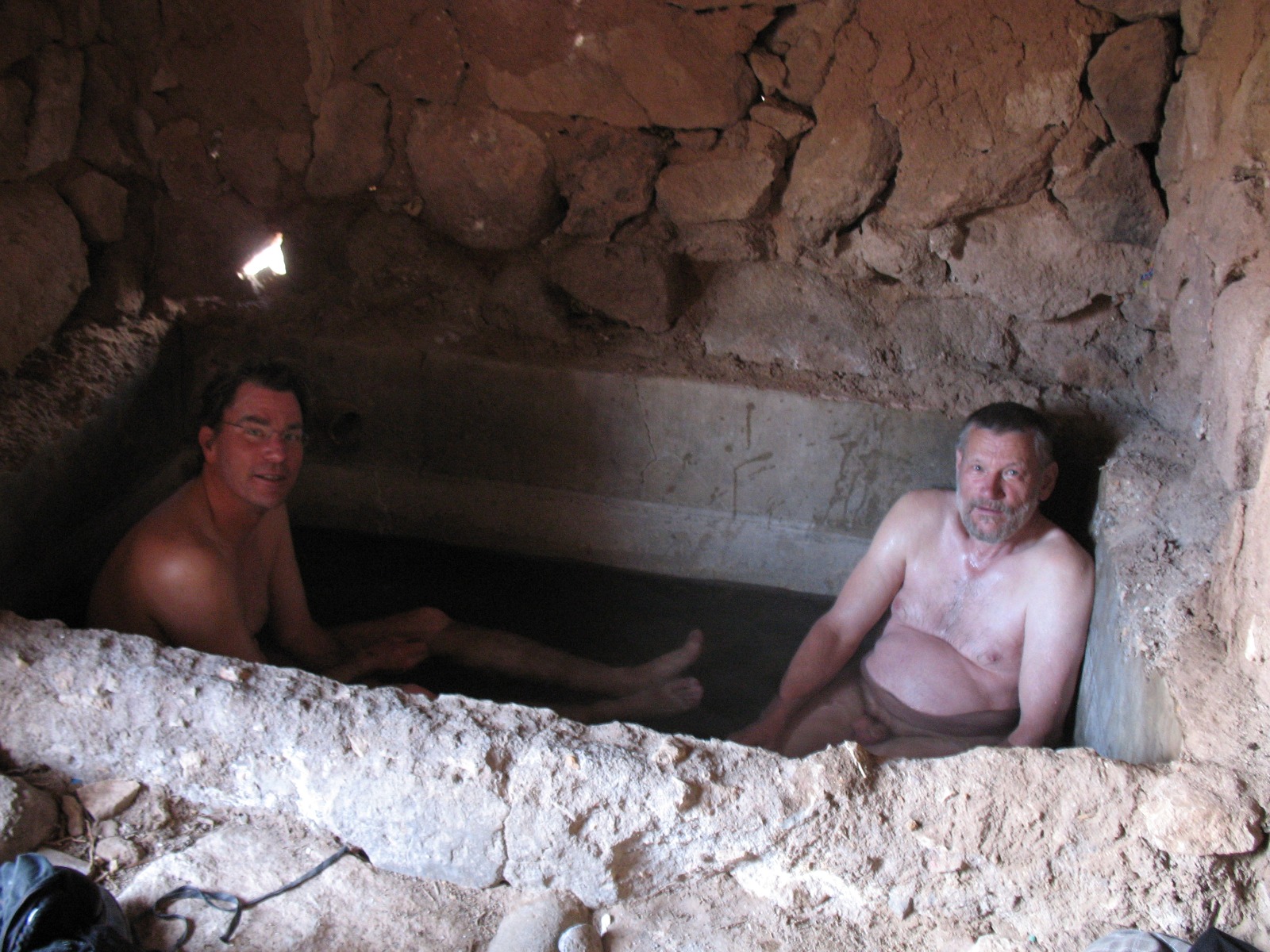
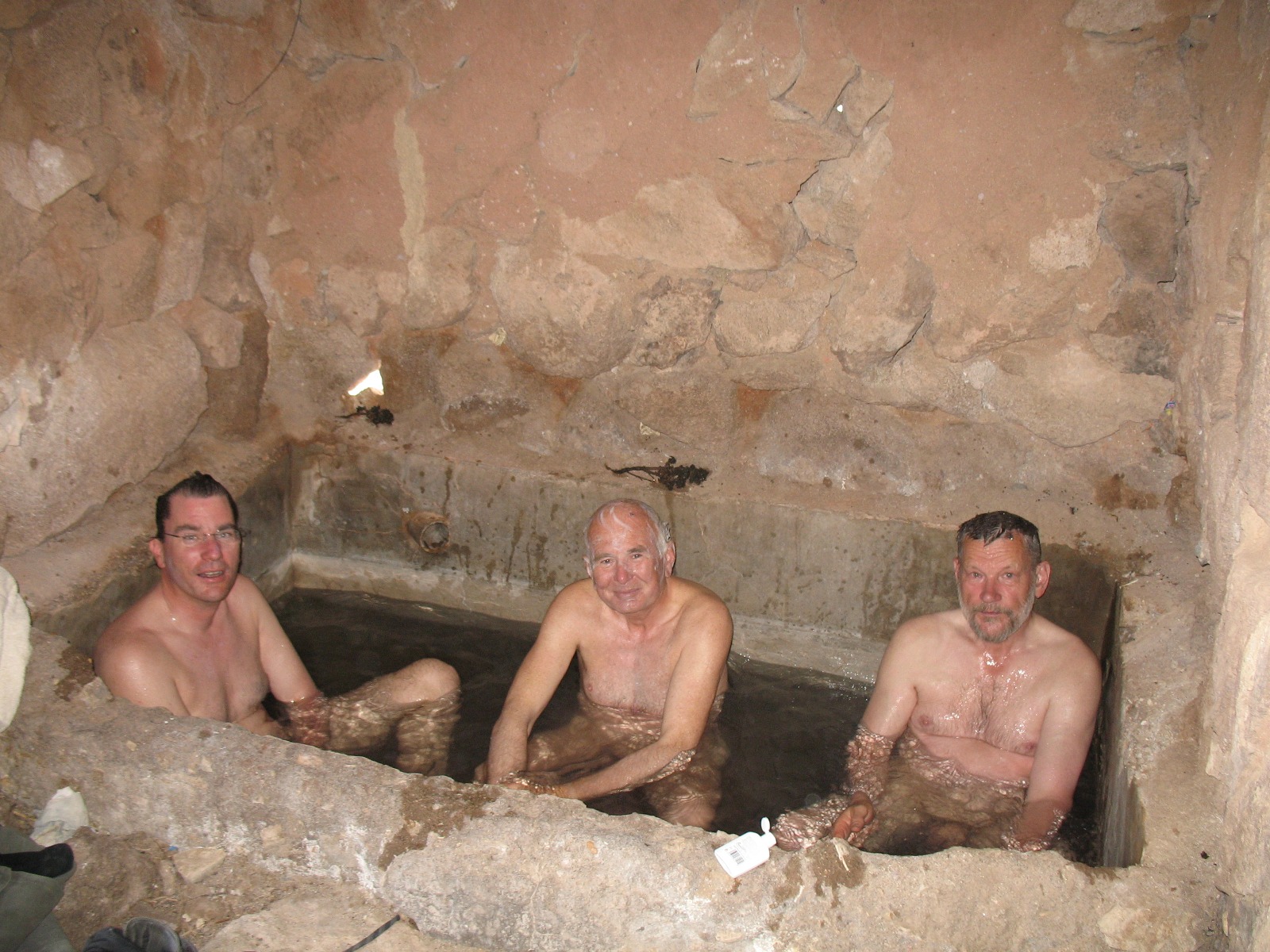
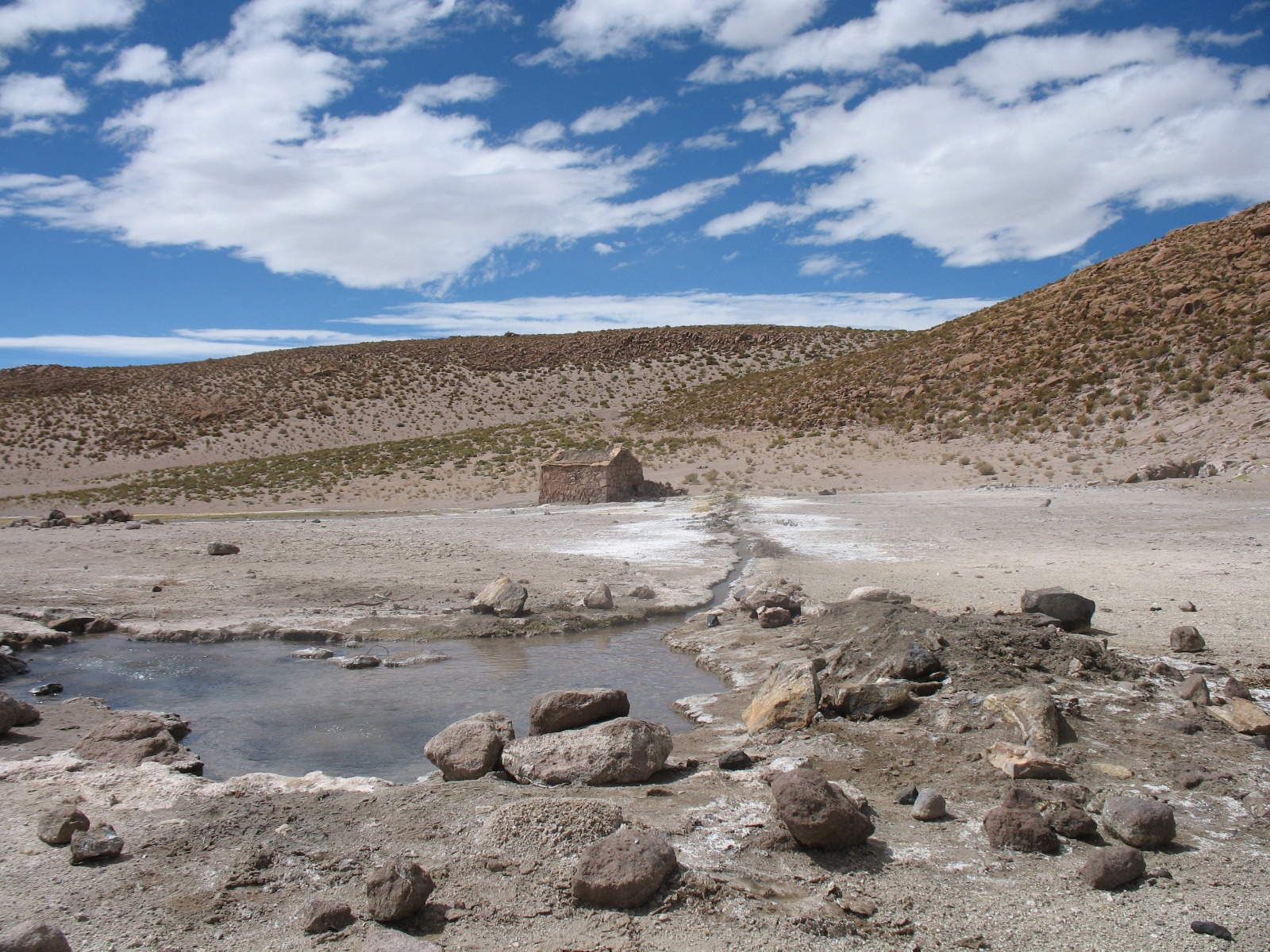
and now back to Uyuni, truck is totally full with sulfur specimen.
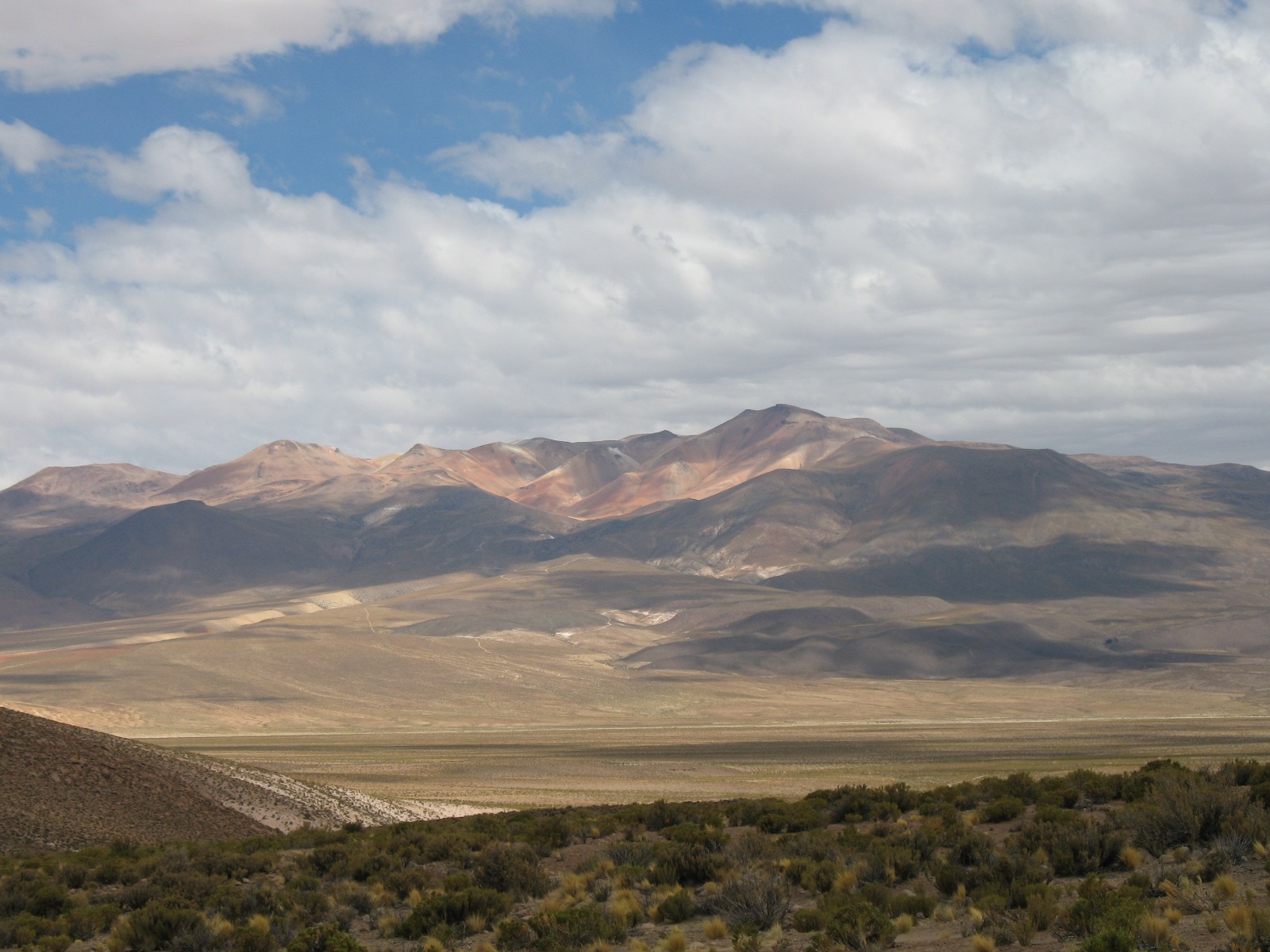
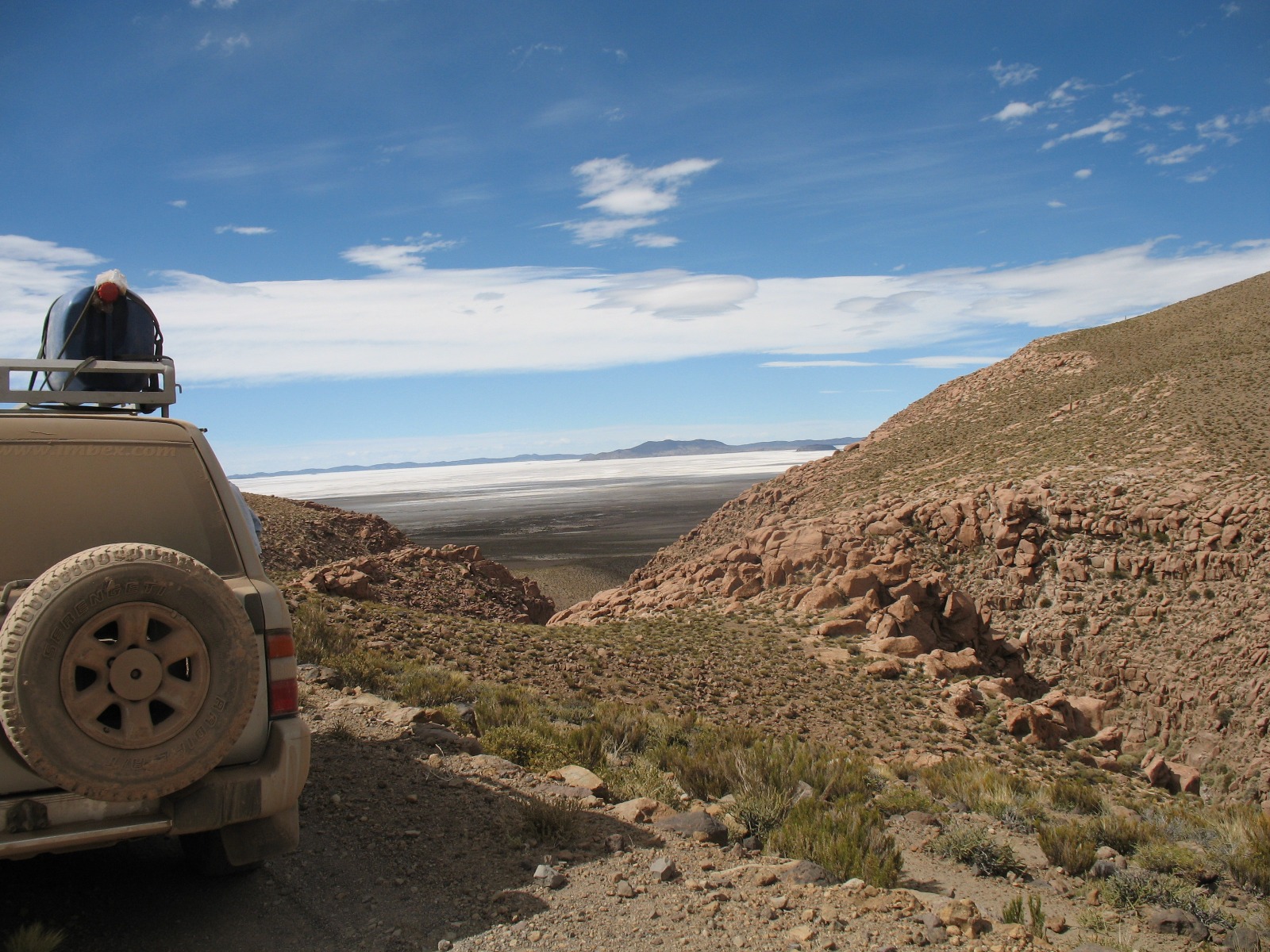
on the way there was a small farmer inviting us to a fresh meal!
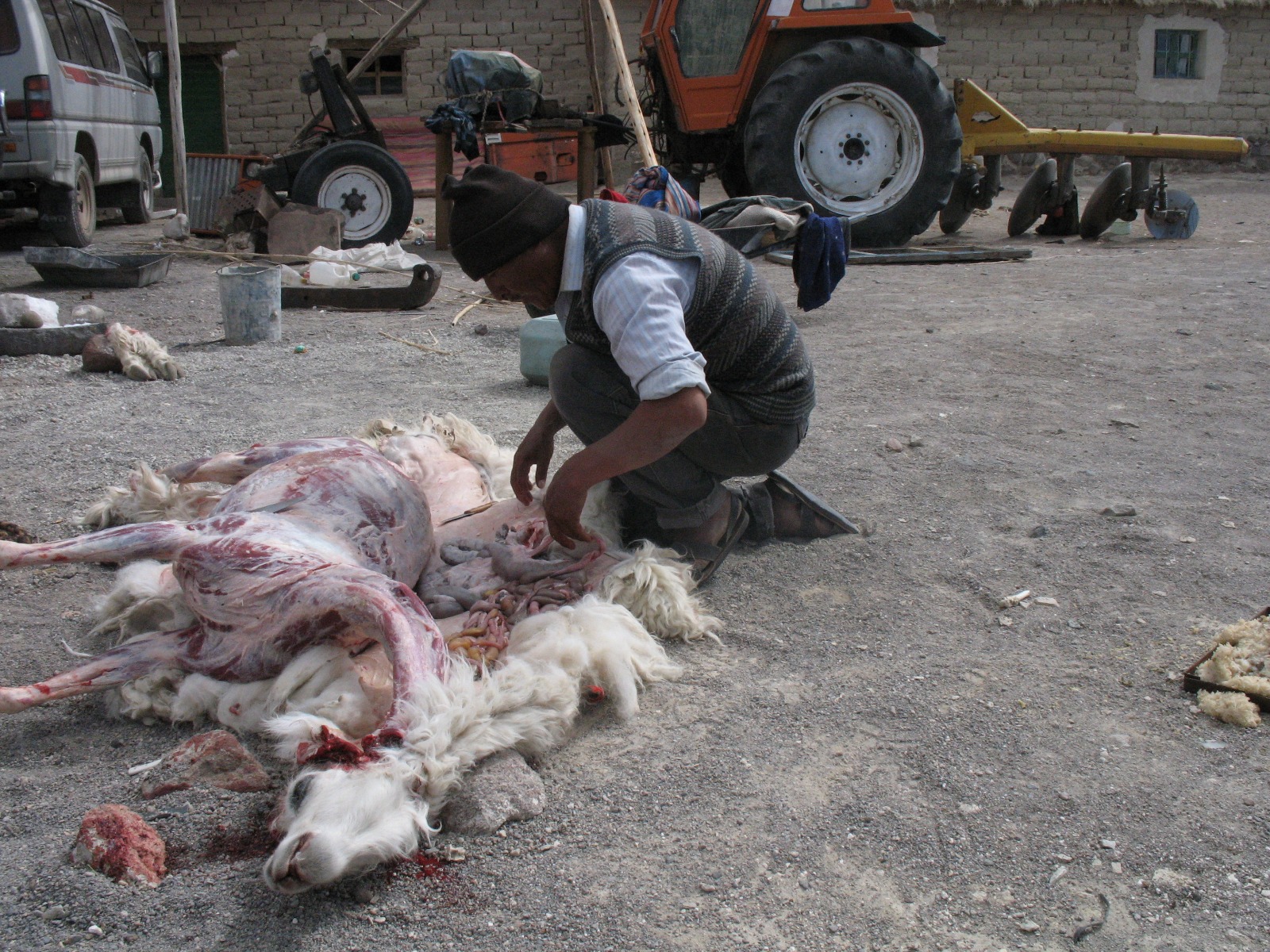
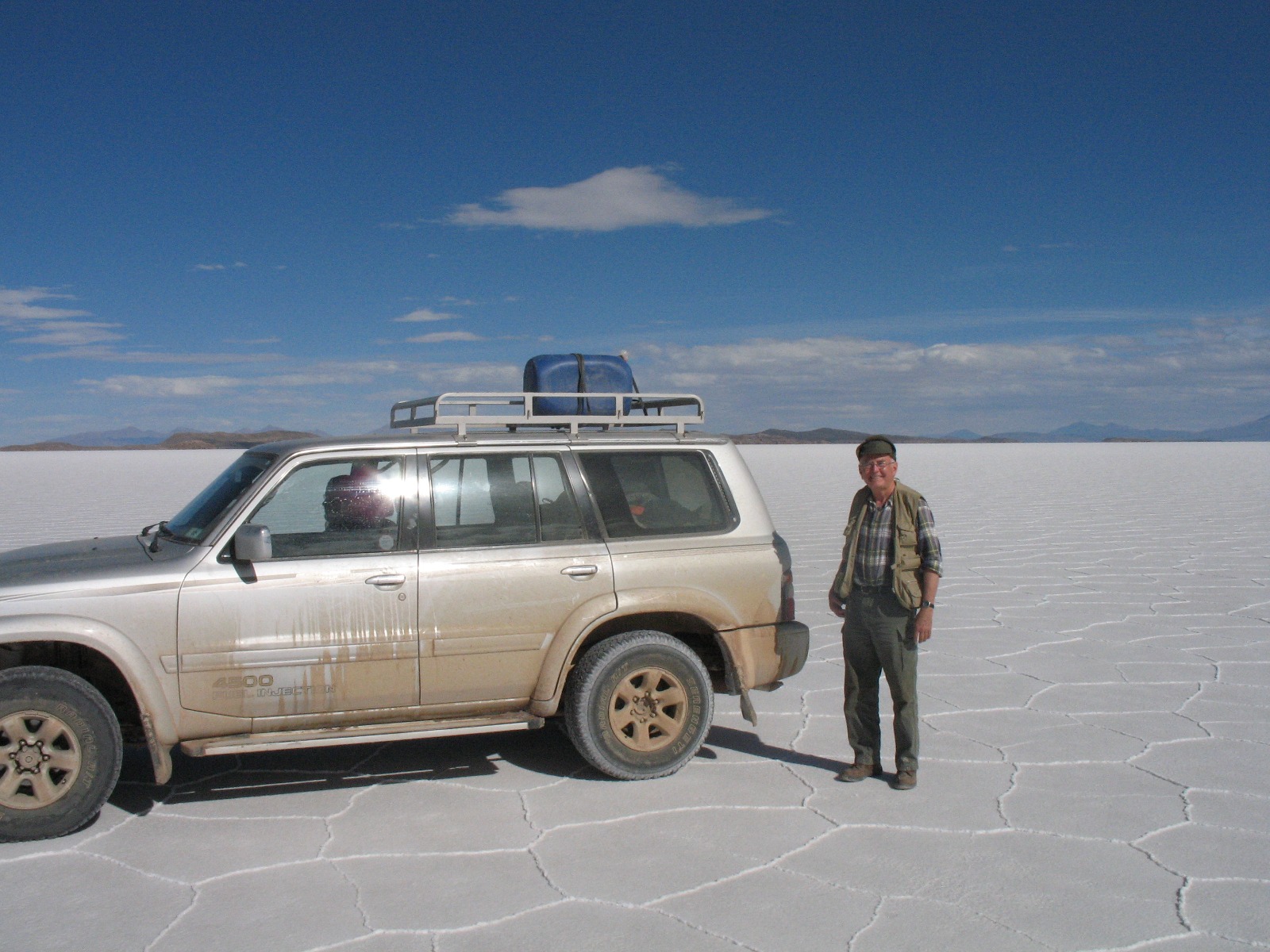
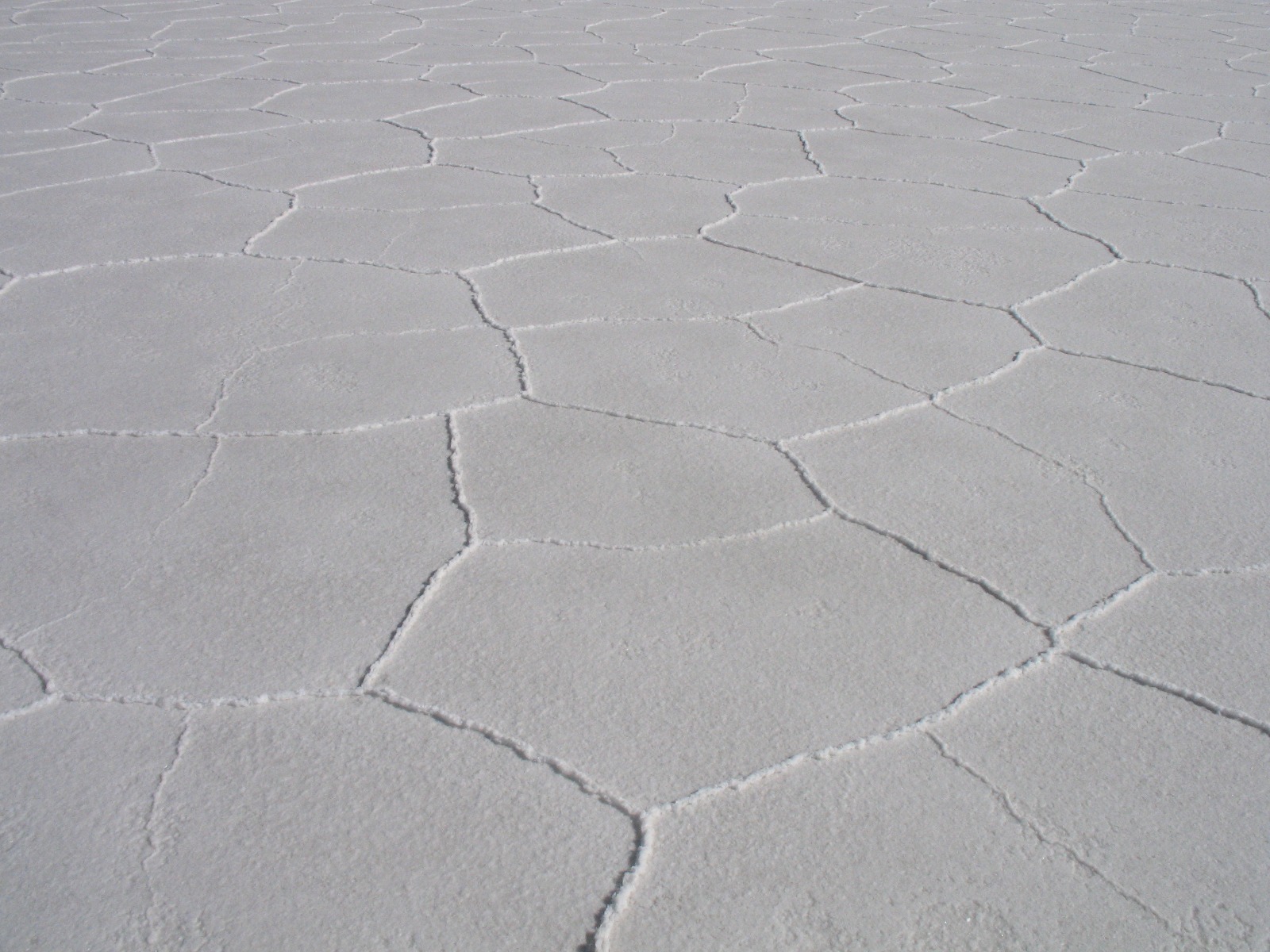
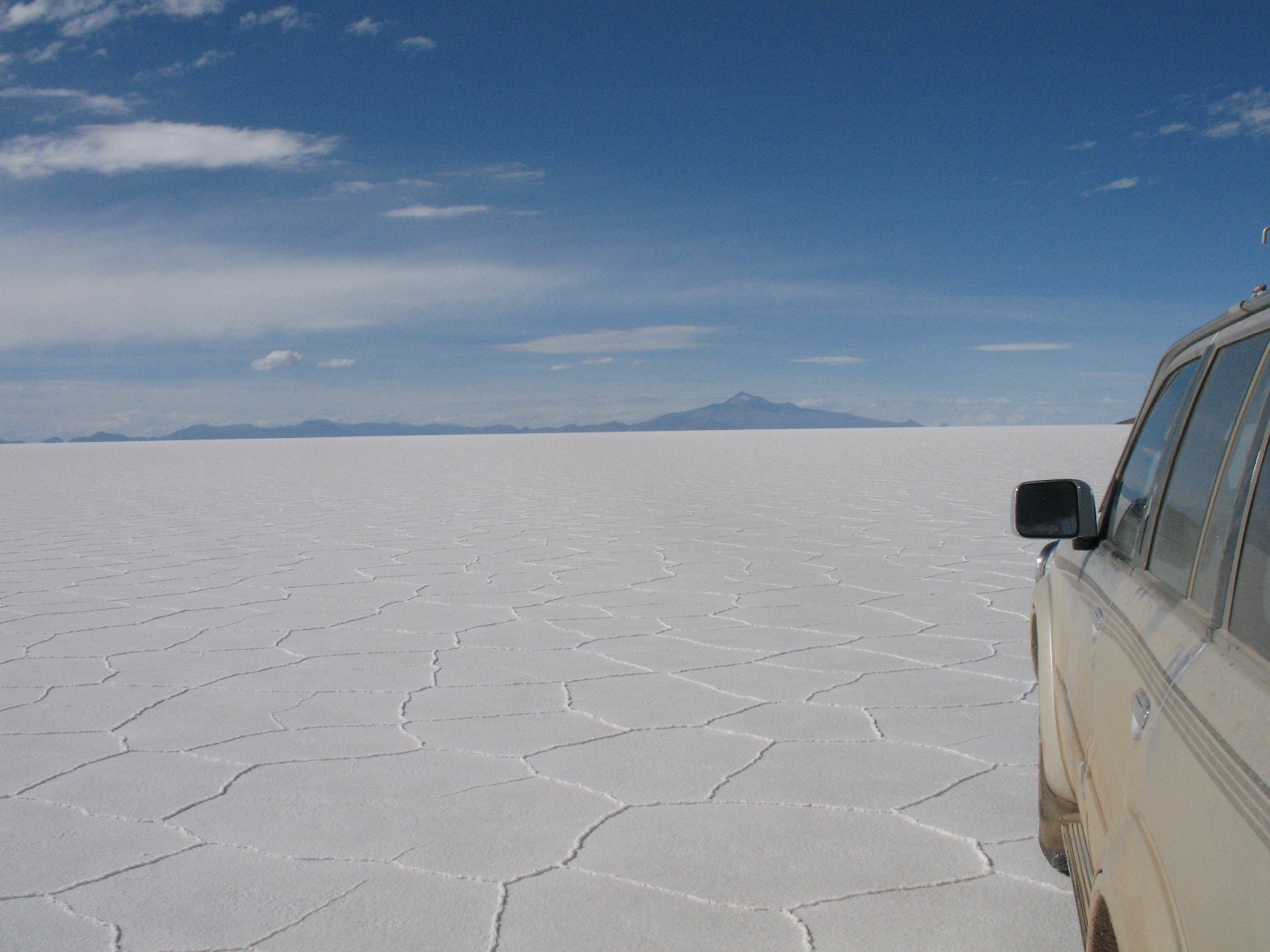
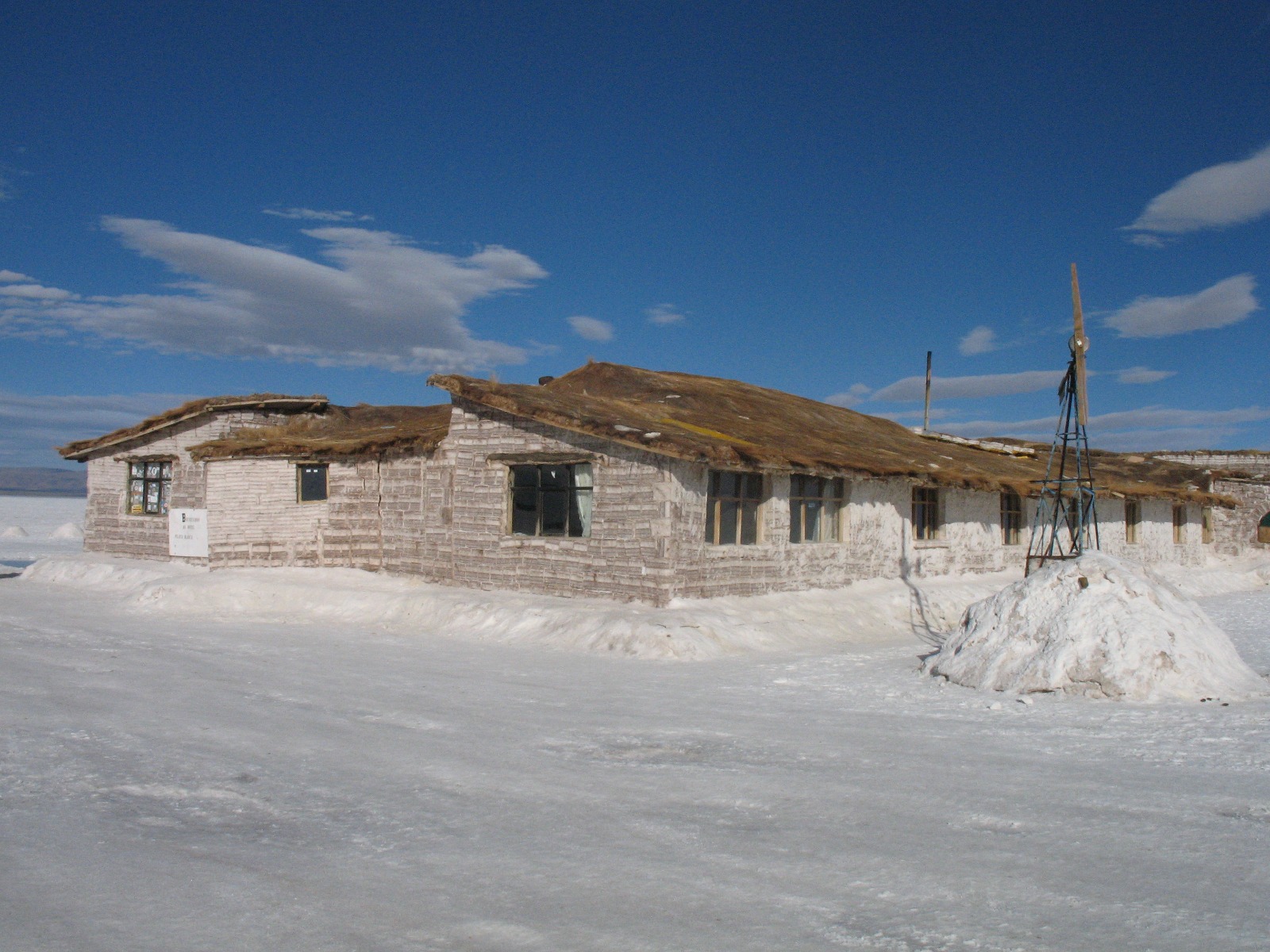
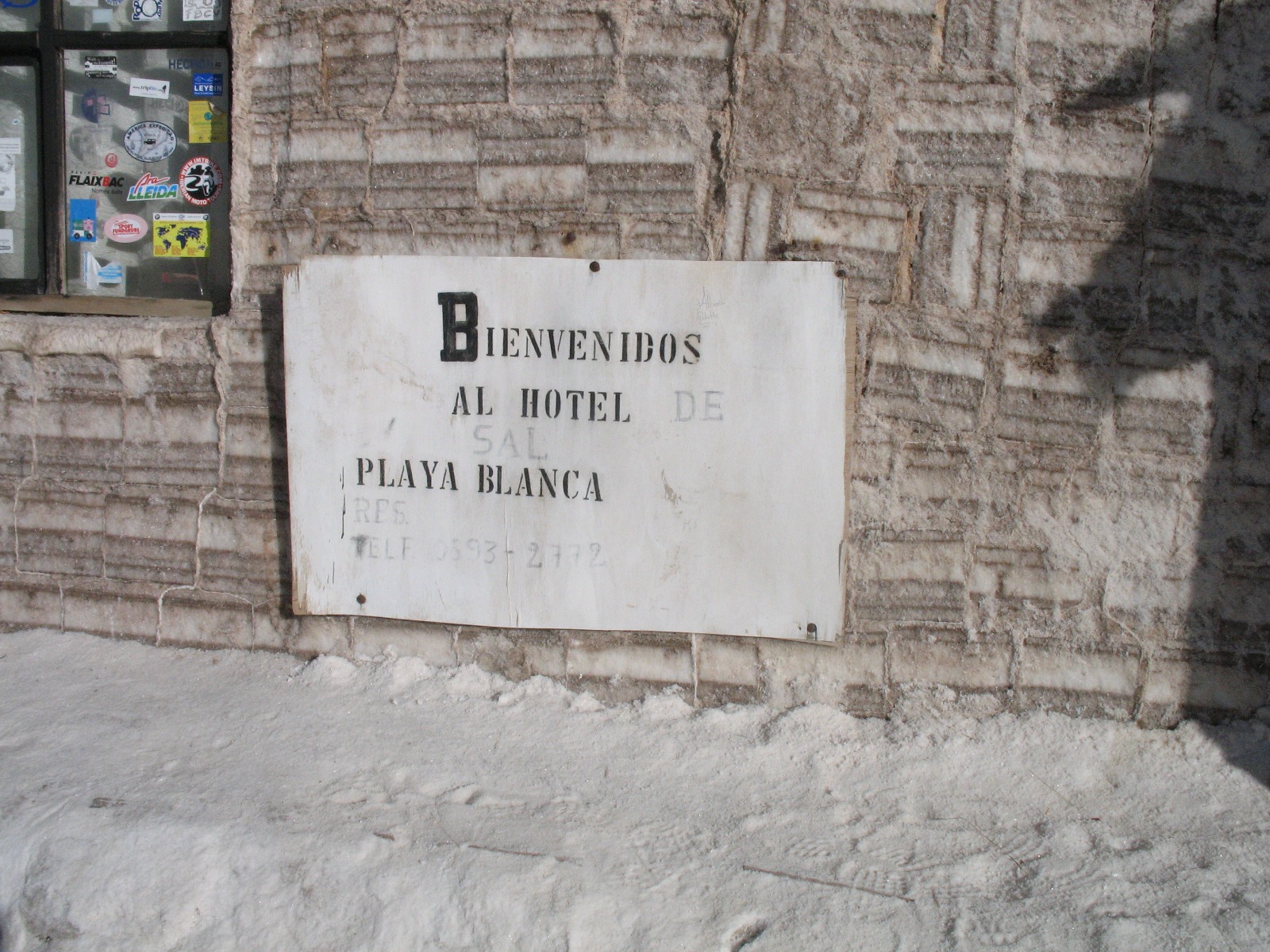
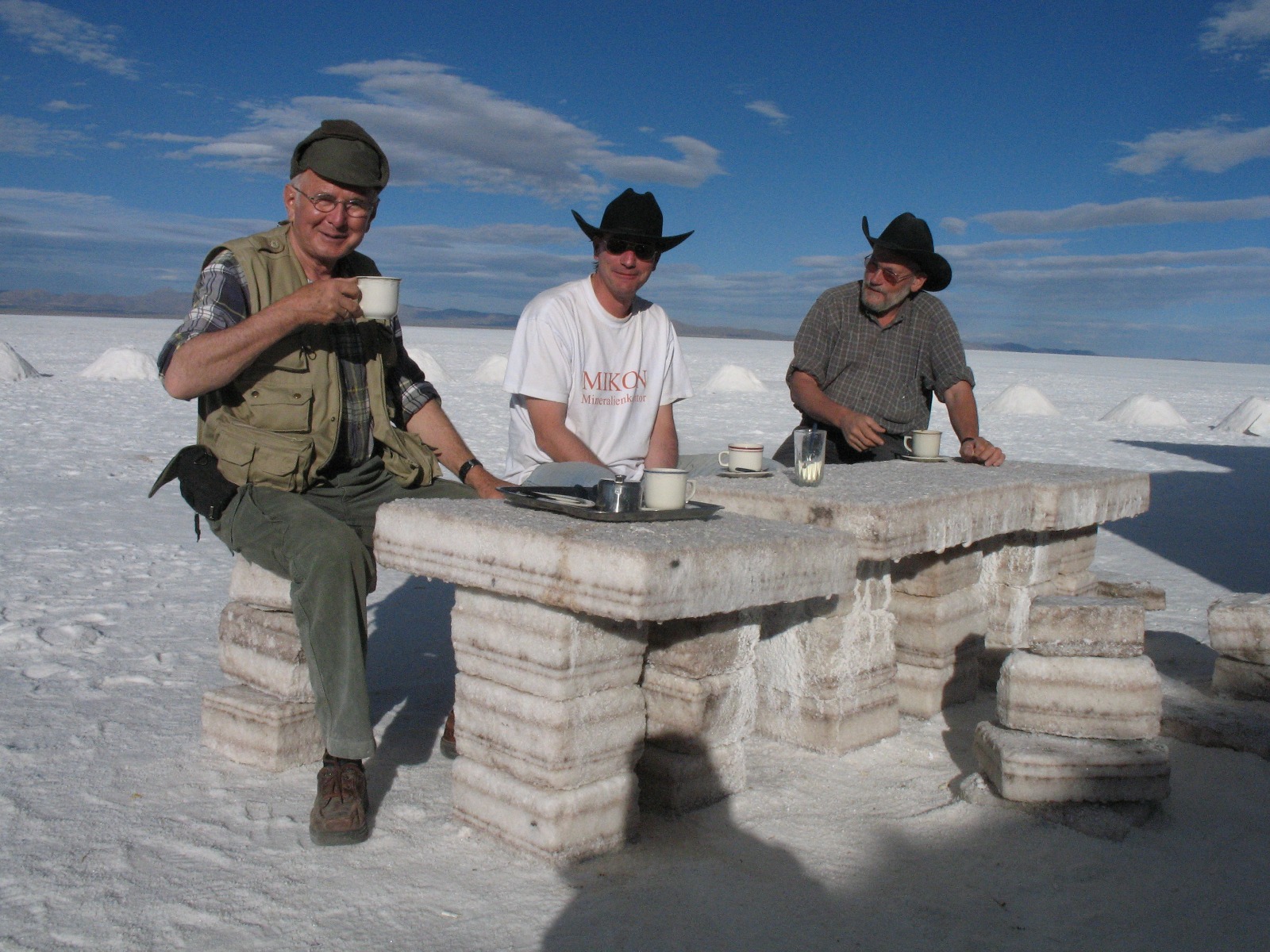
pictures 438-464: On the way to Potosi. Starting of with the usual flat tire on the great roads...
Potosi is UNESCO world cultural heretage and famous for its silver mines. We are going to see all of it, including underground collecting in an actually operating mine, not in one of the local tourist traps...!
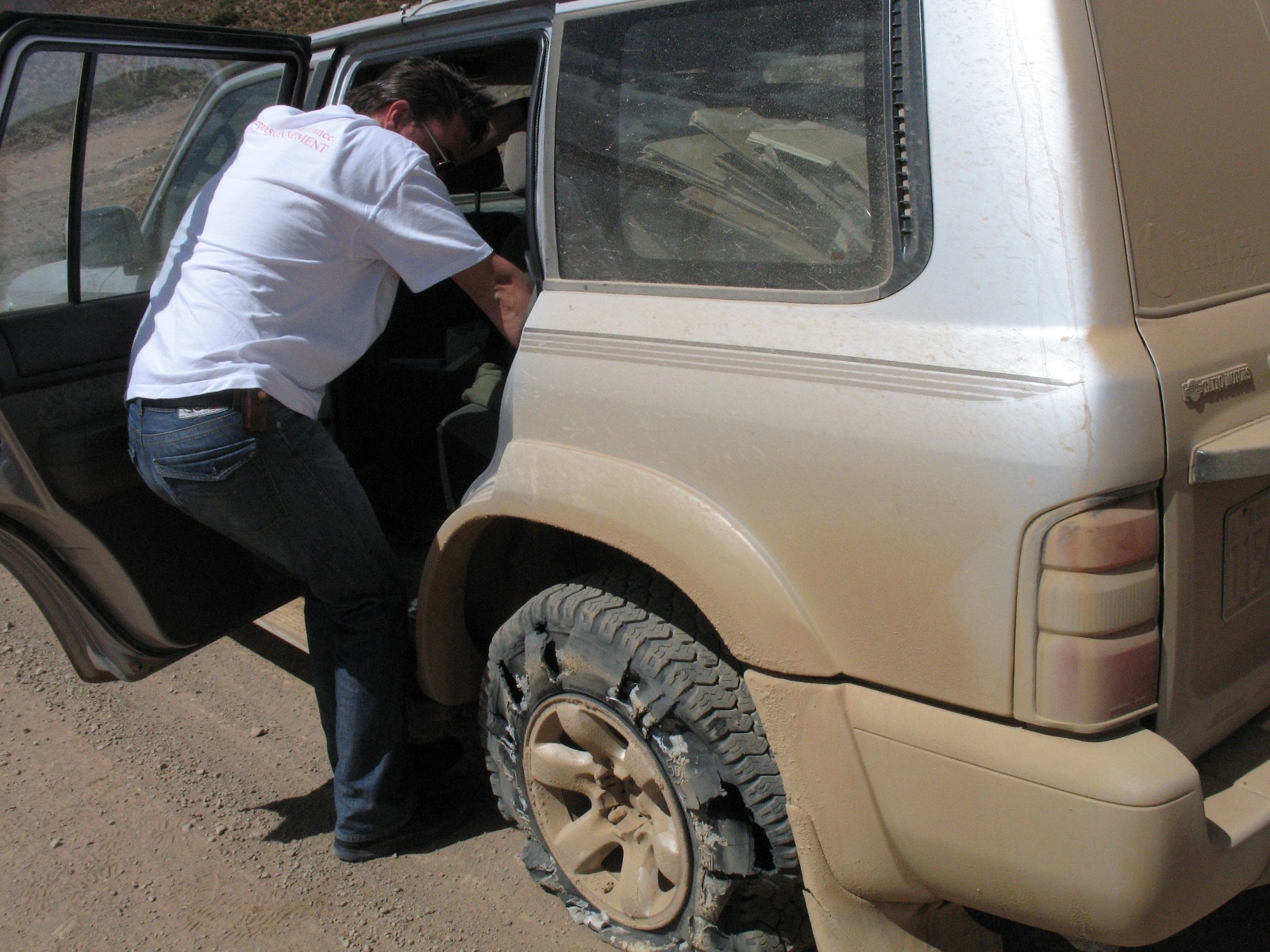
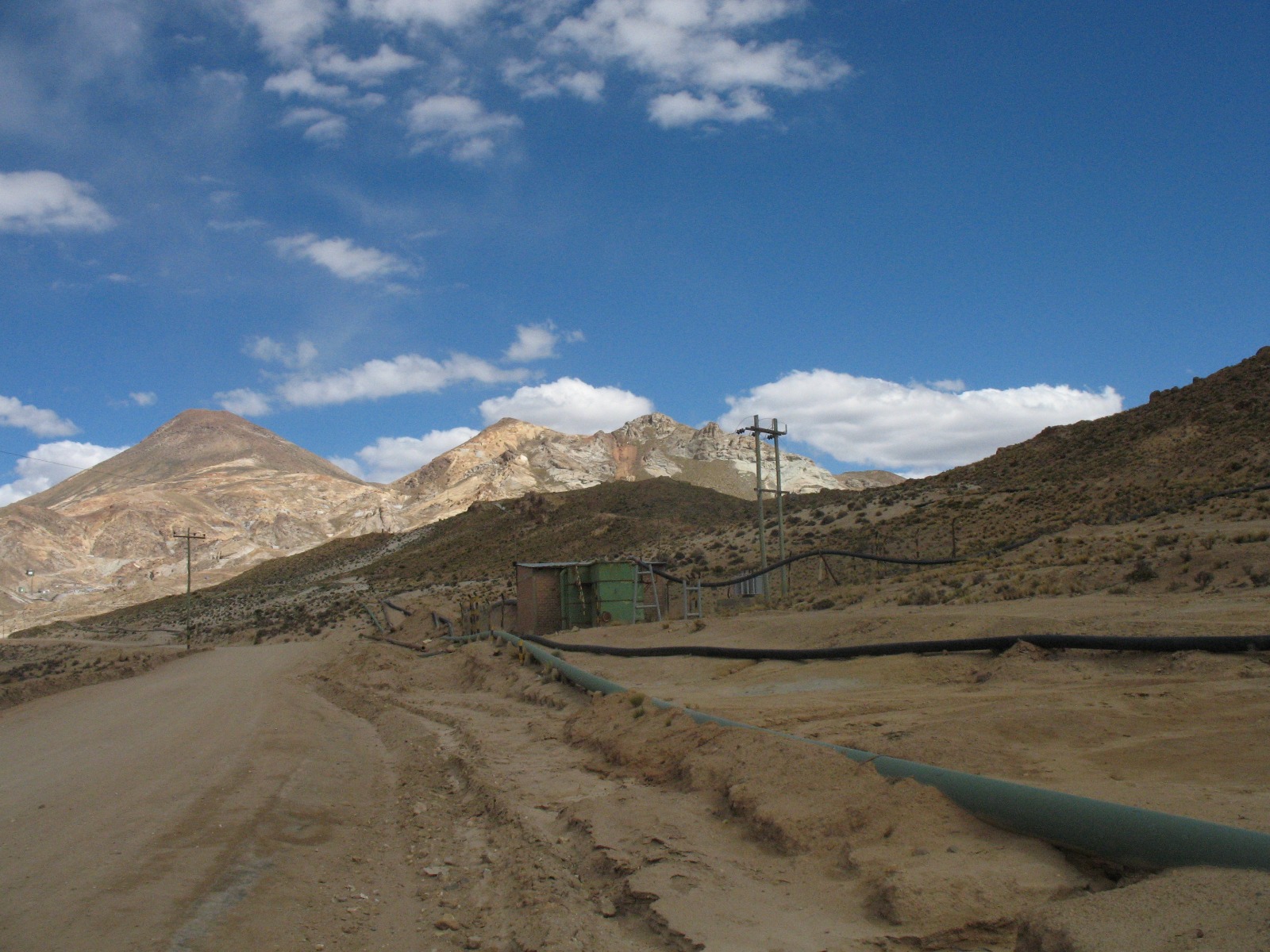
Casa de Moneda, Potosi
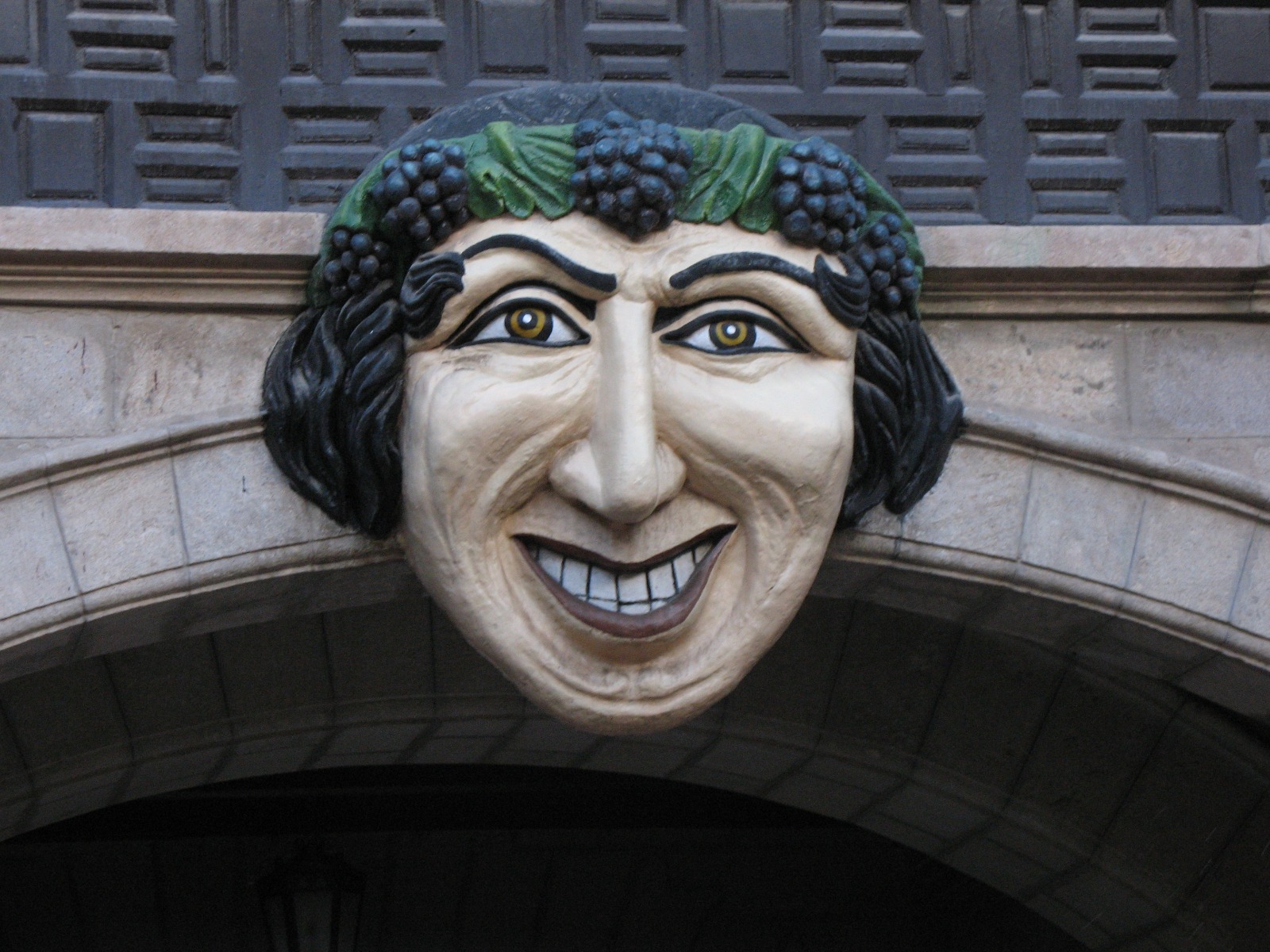
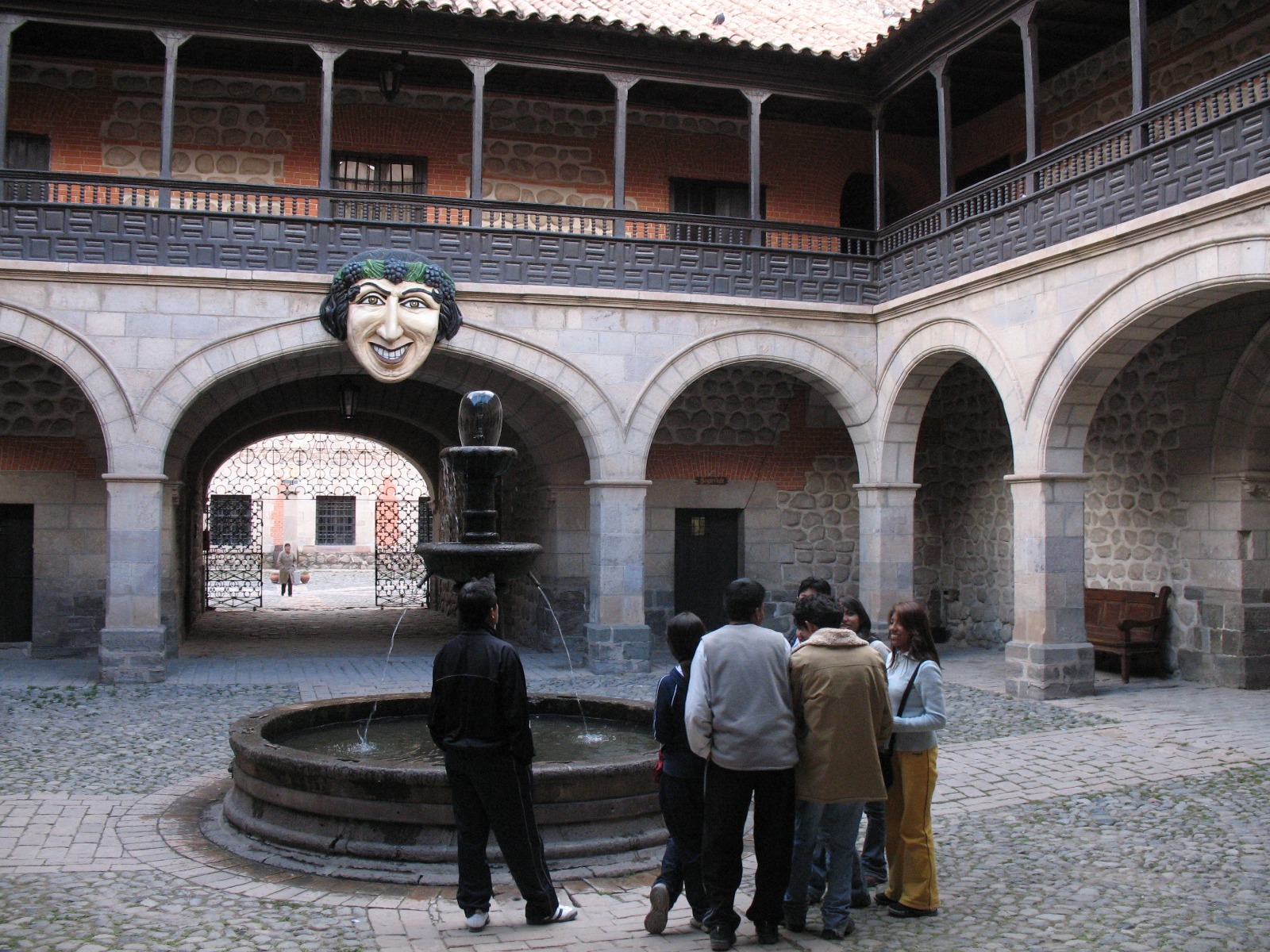
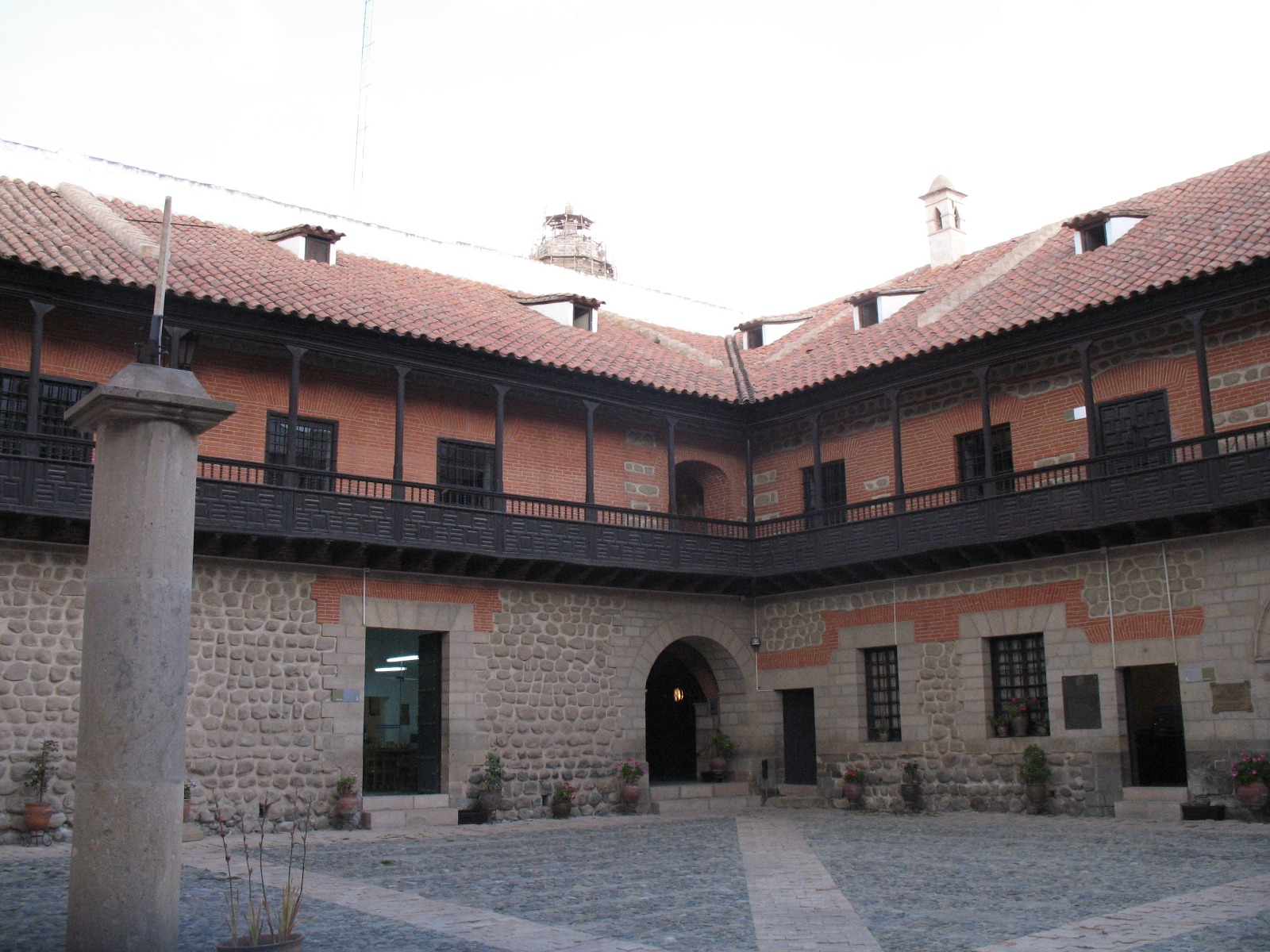
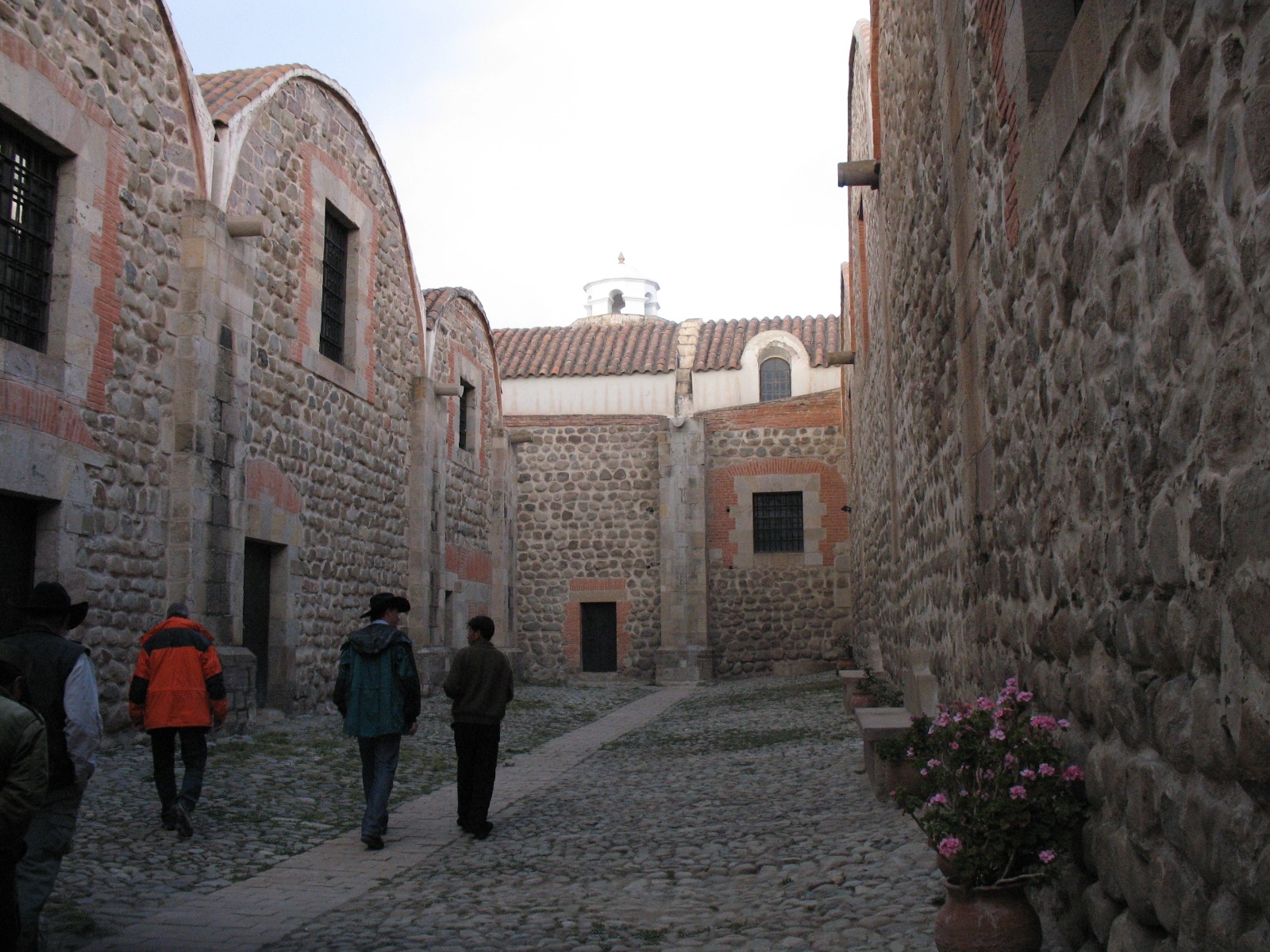
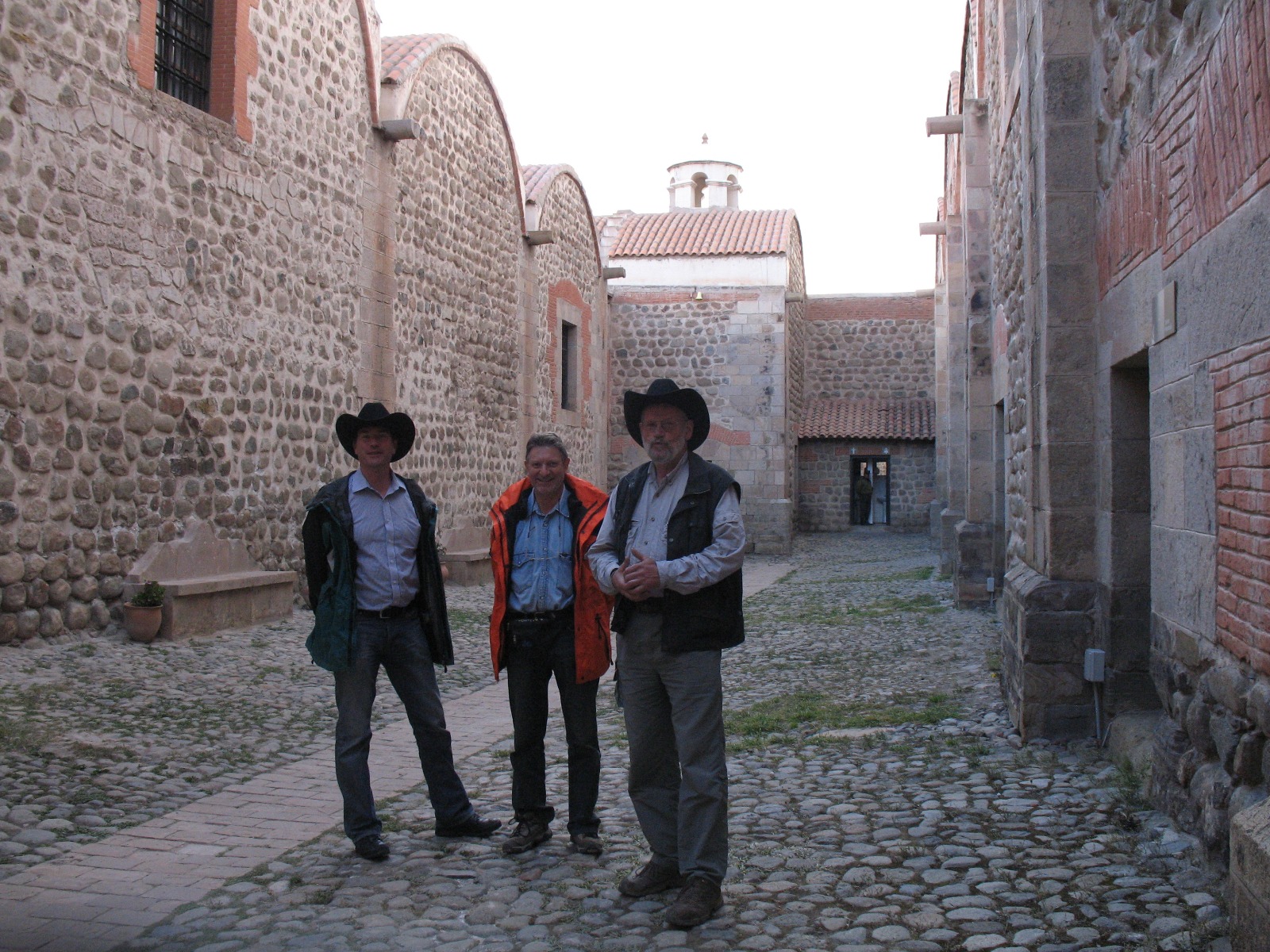
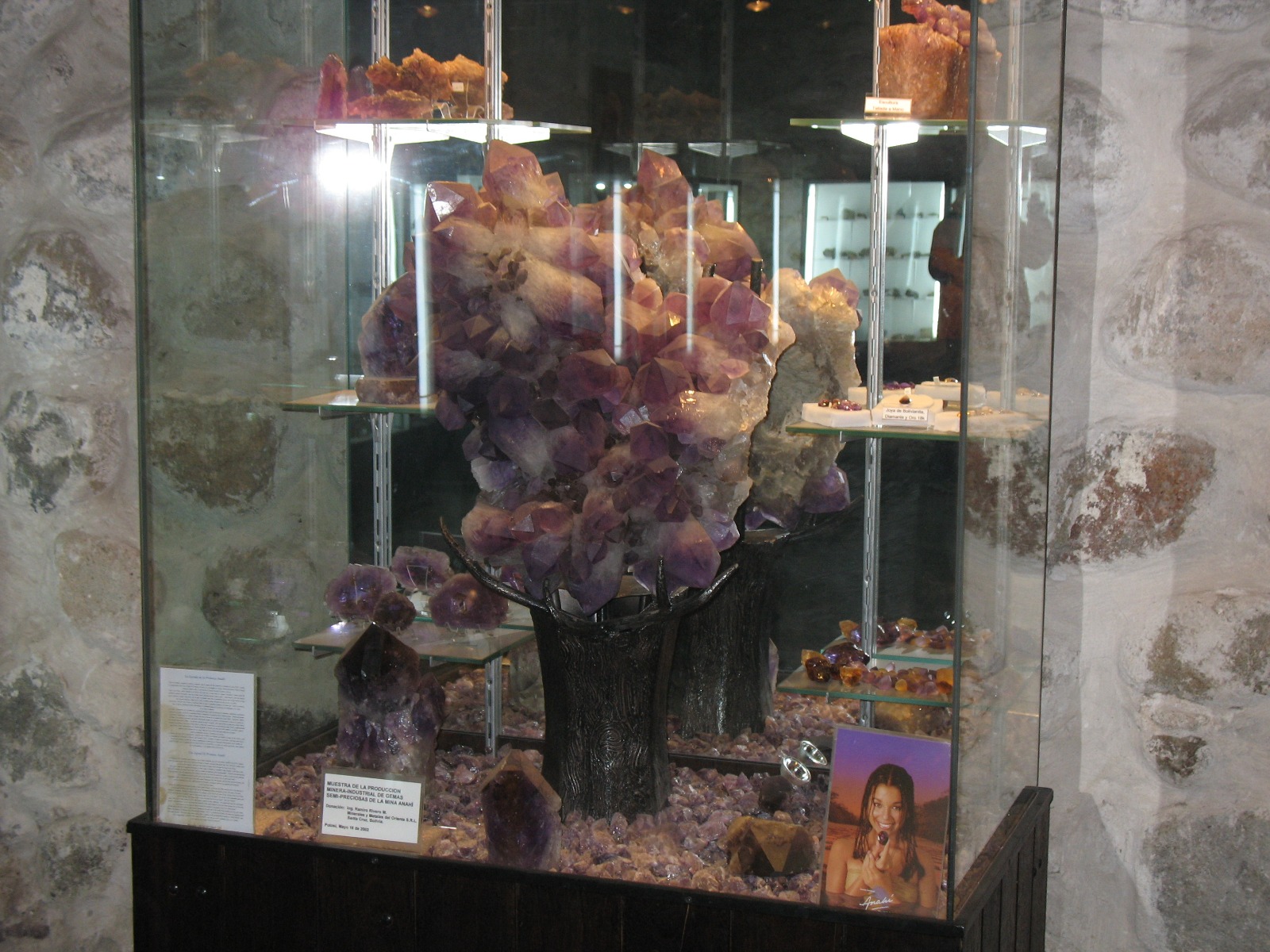
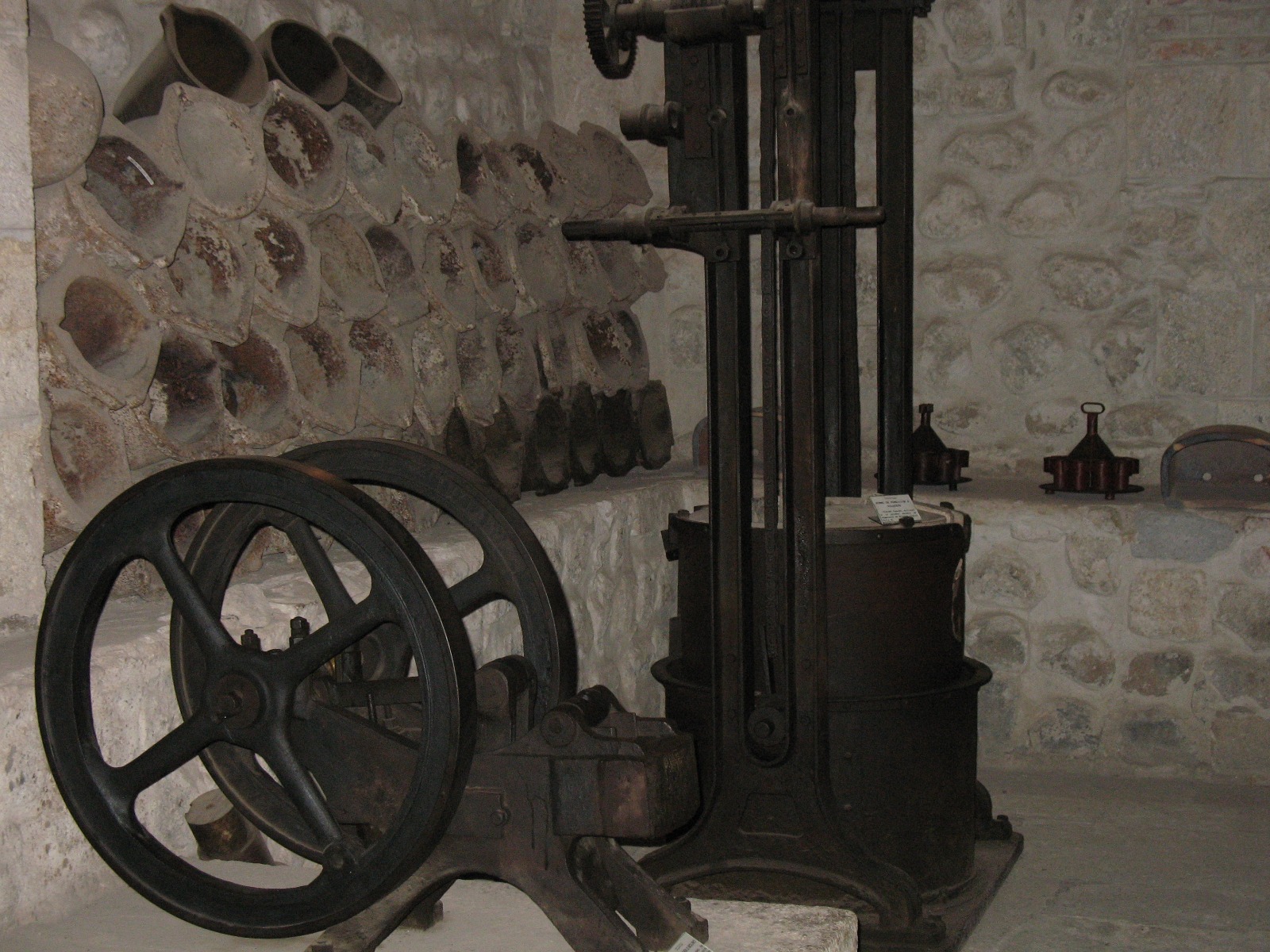
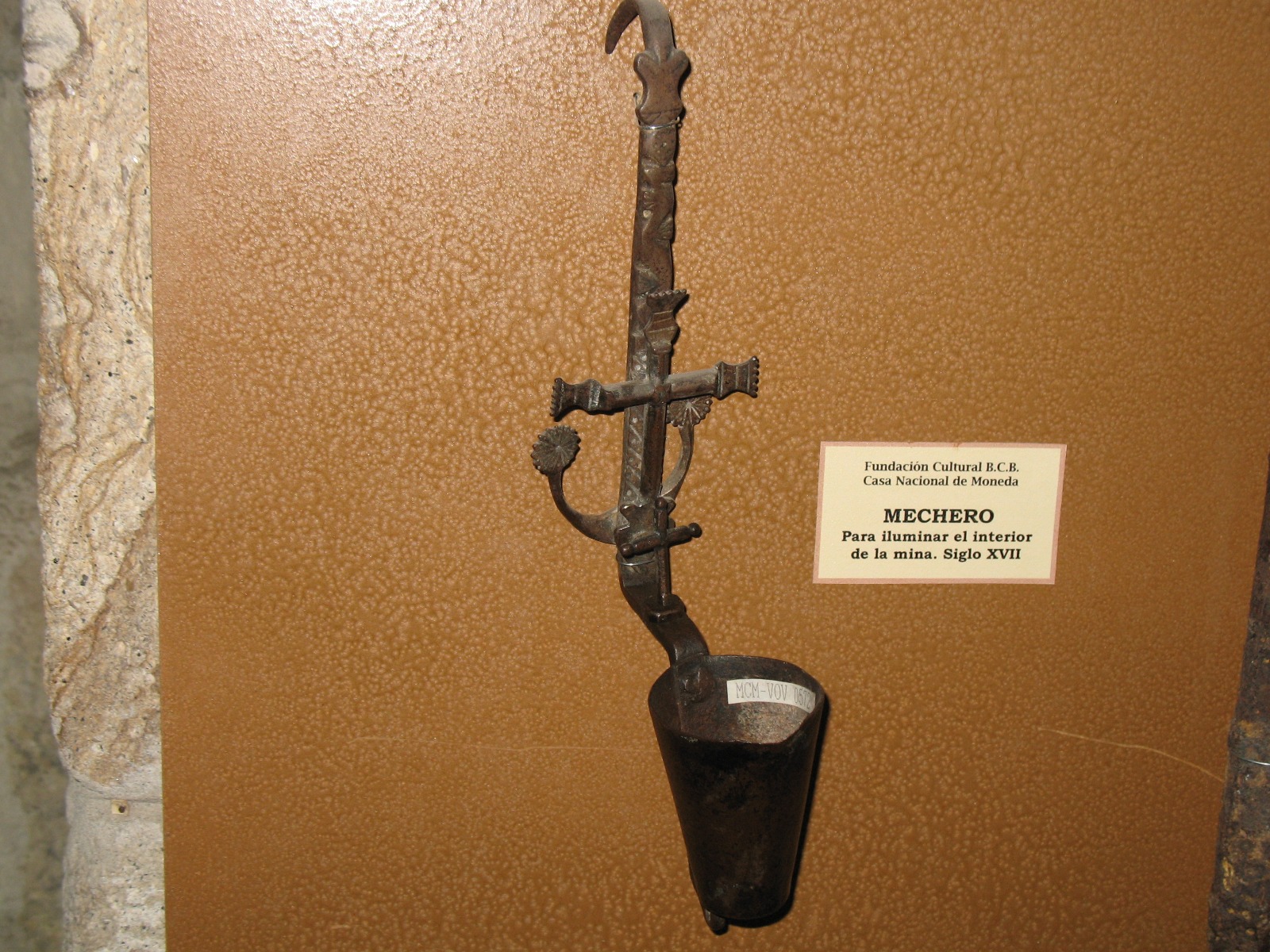
view to Cerro Rico from one of the city plazas.
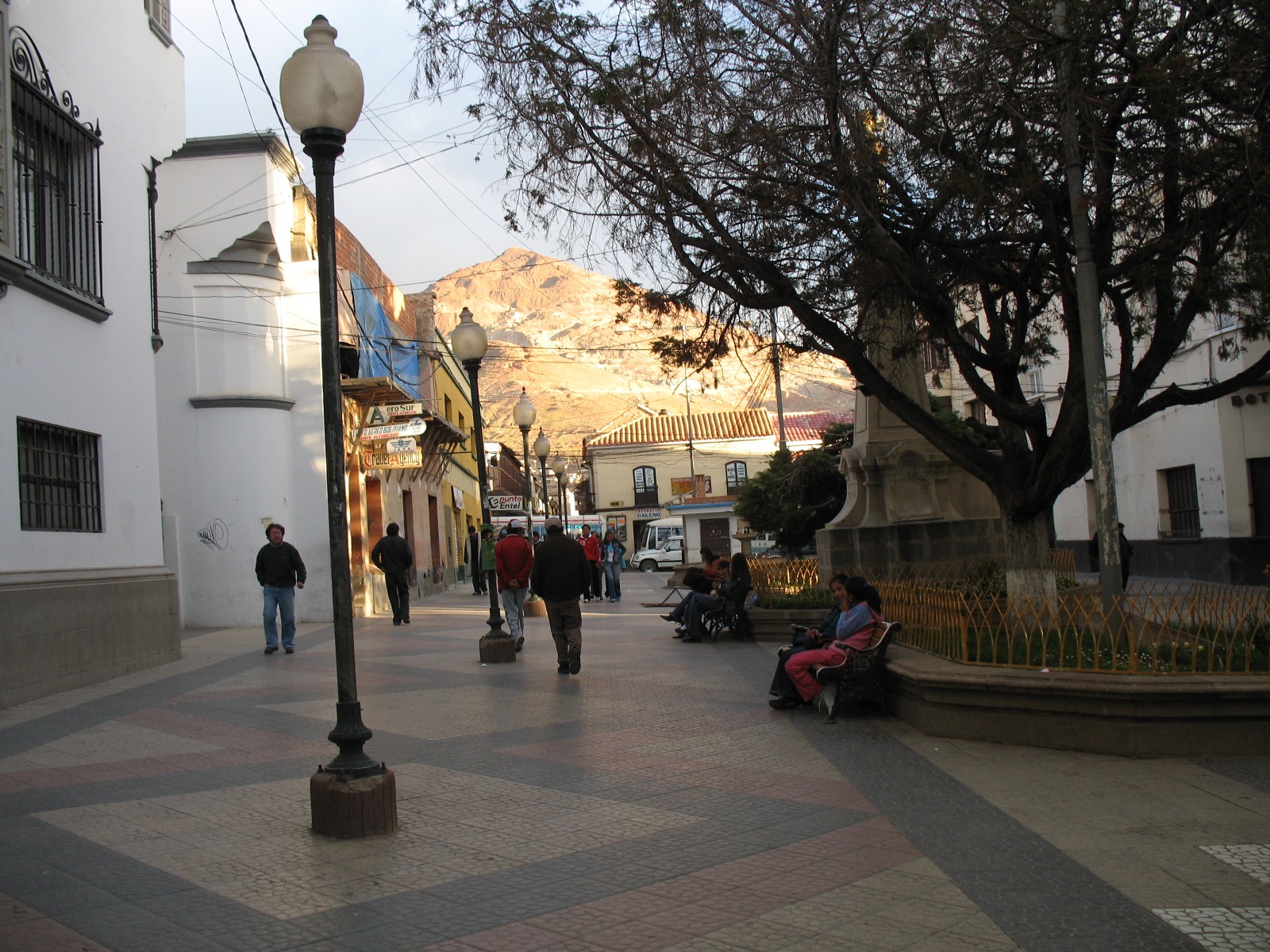
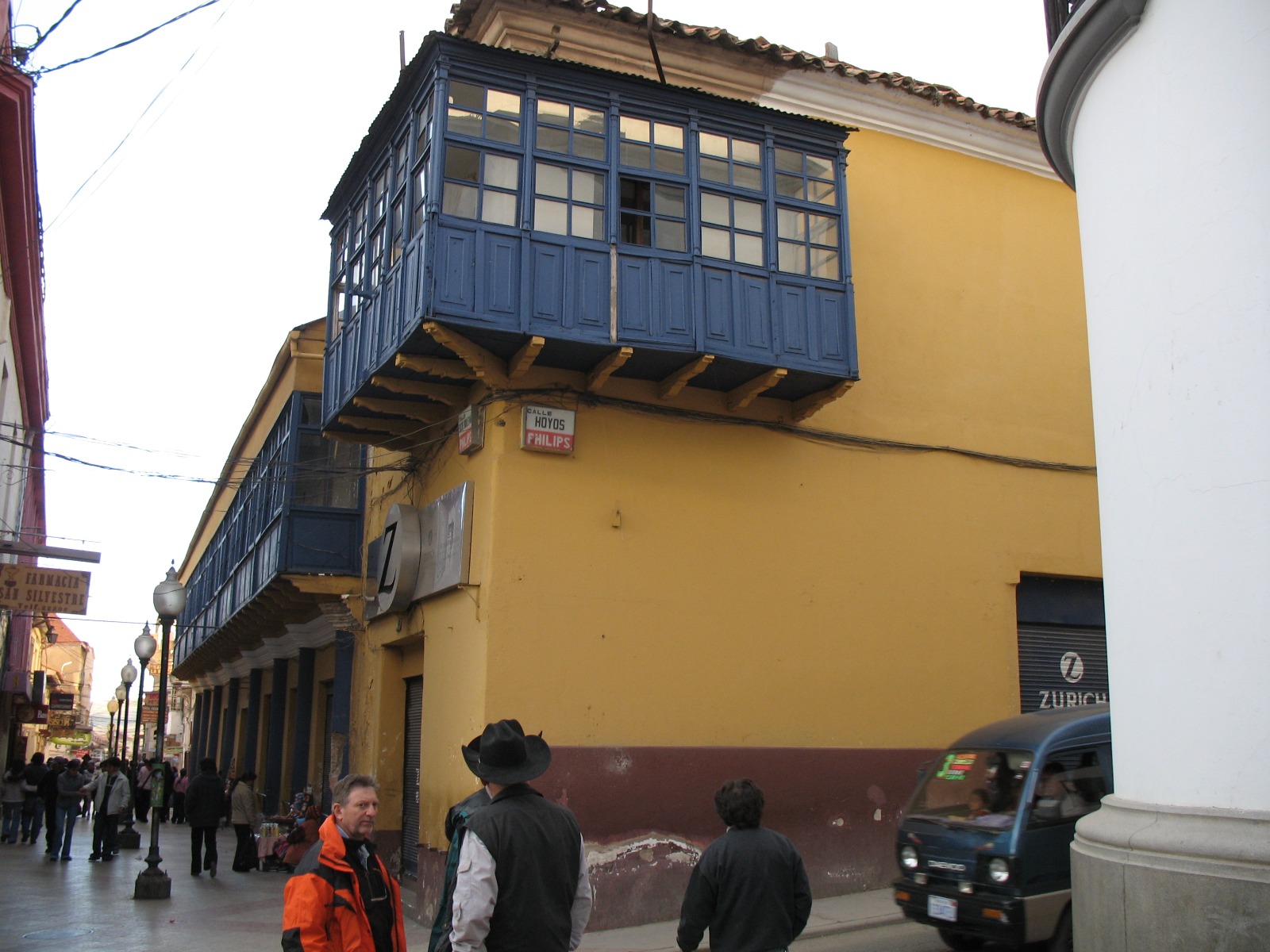
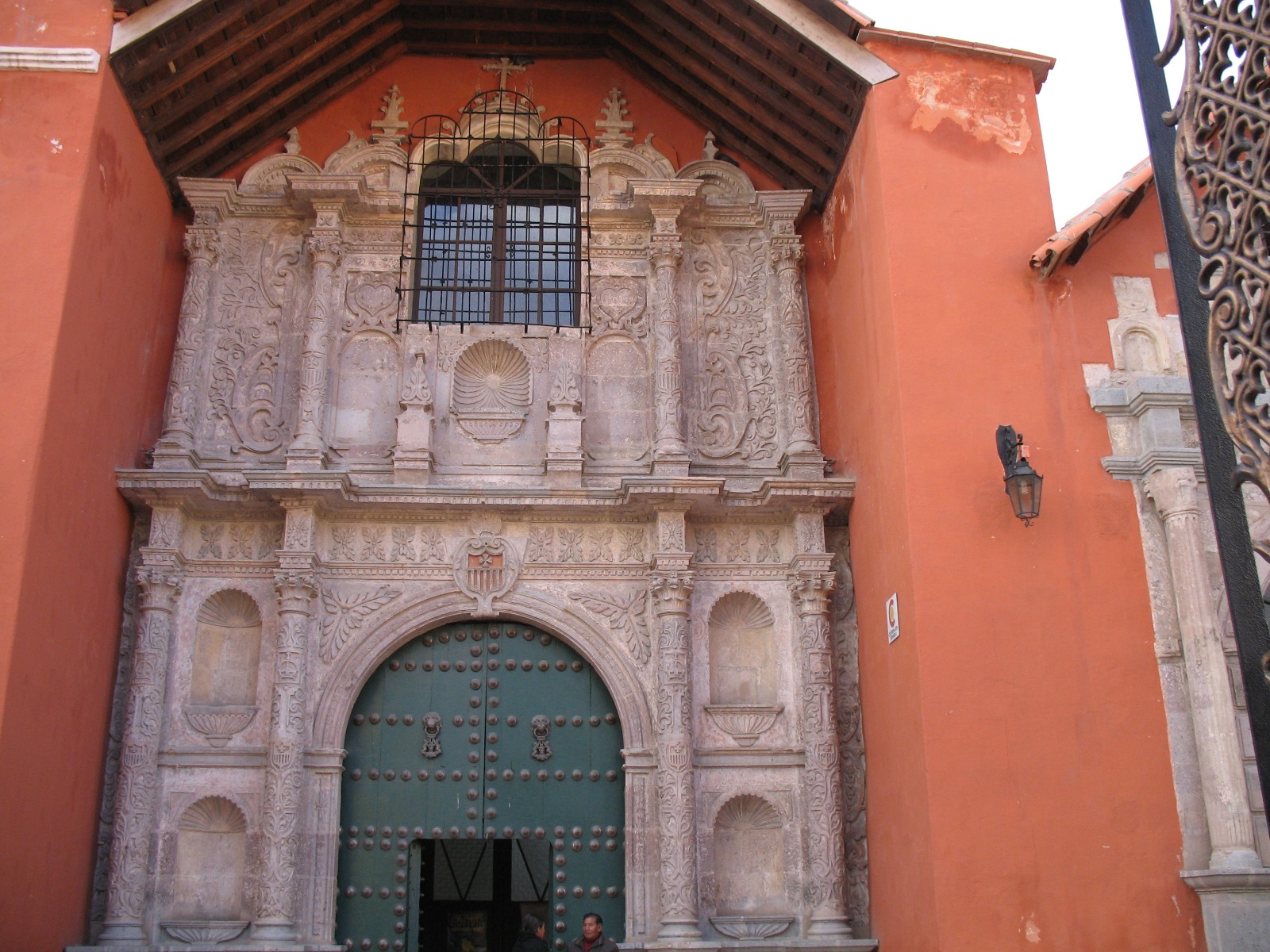
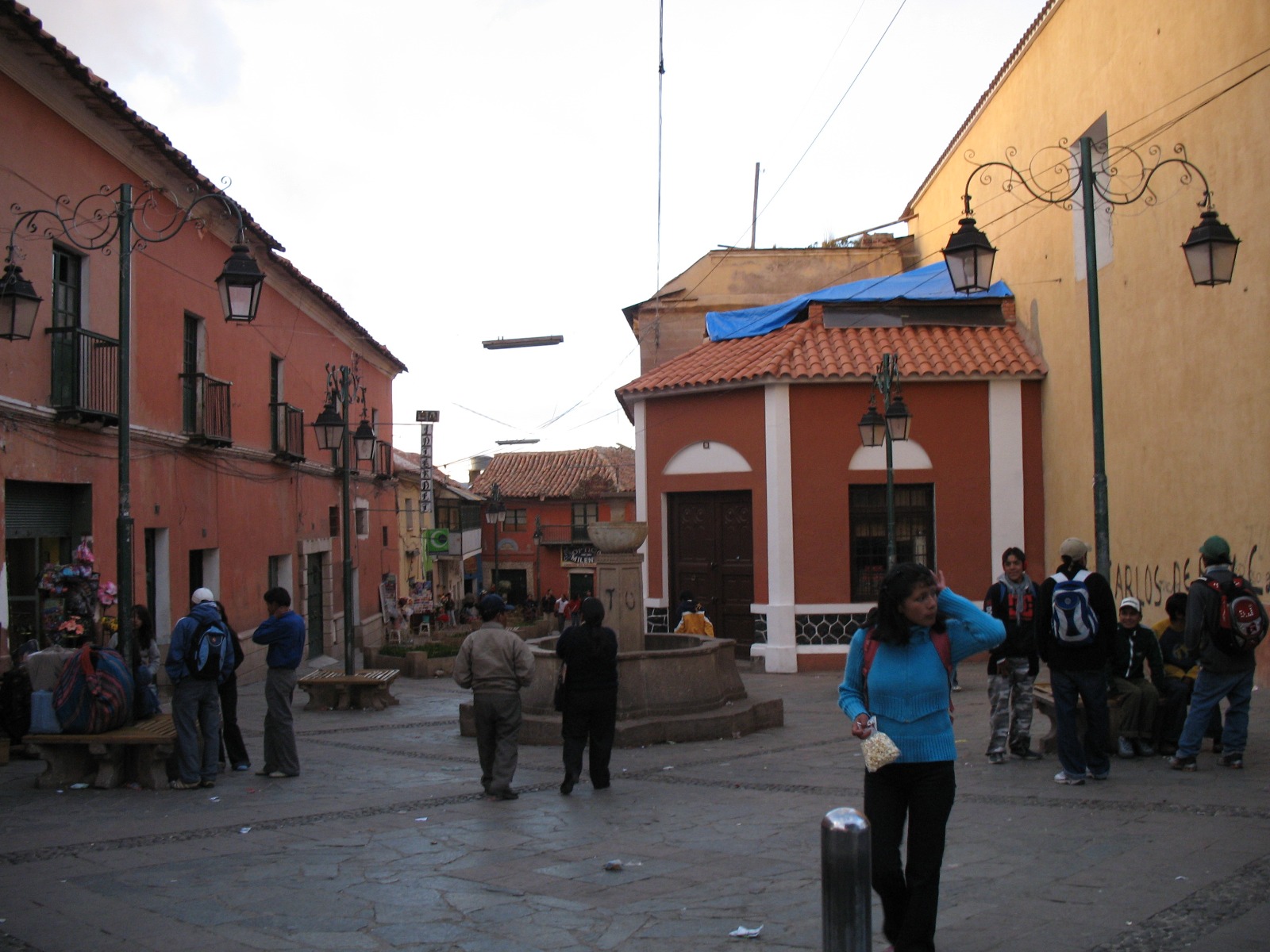
going underground at Cerro Rico. The best to find beside some silver minerals is actually apatite, it comes in large crystals with quartz.
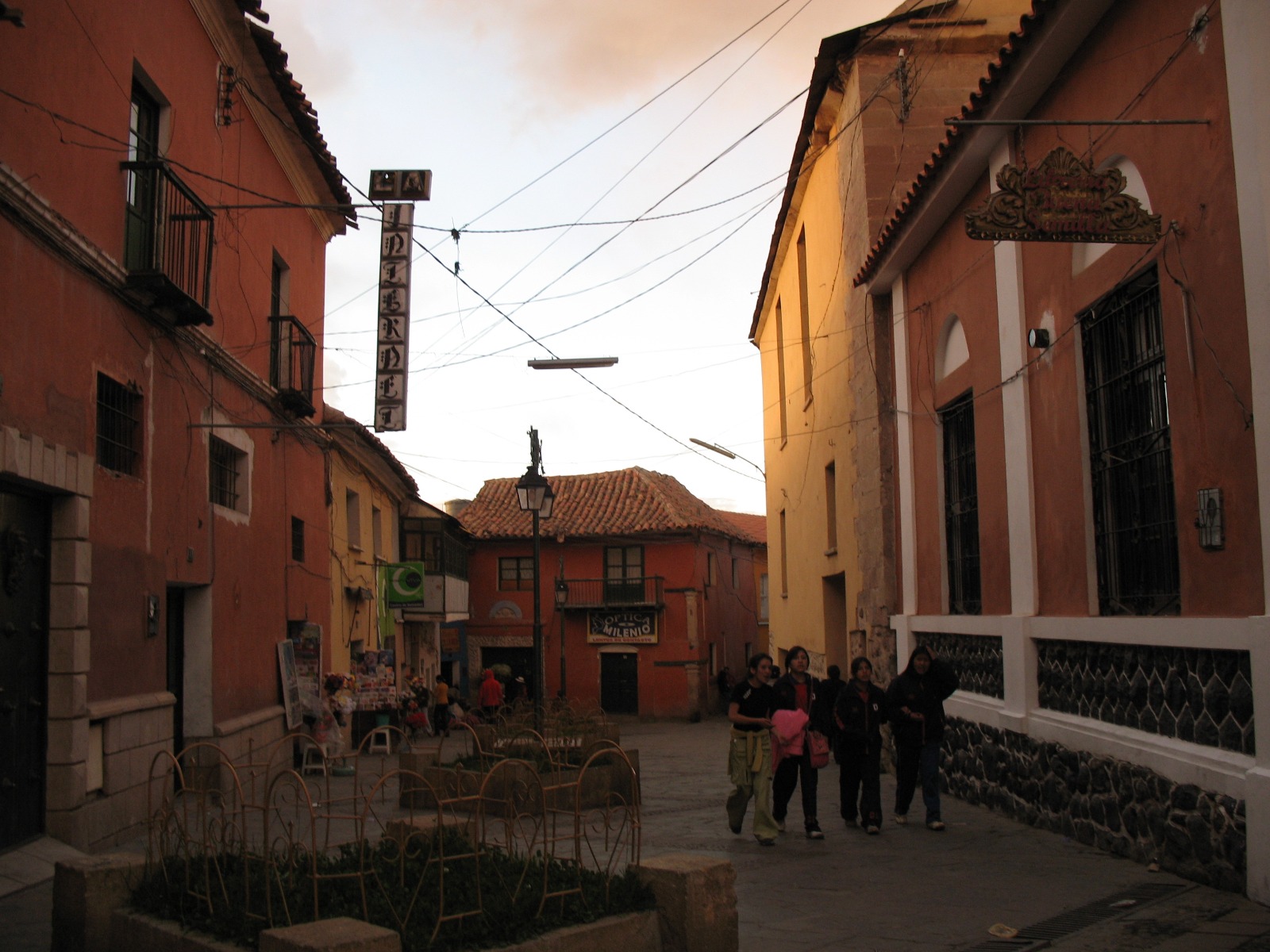
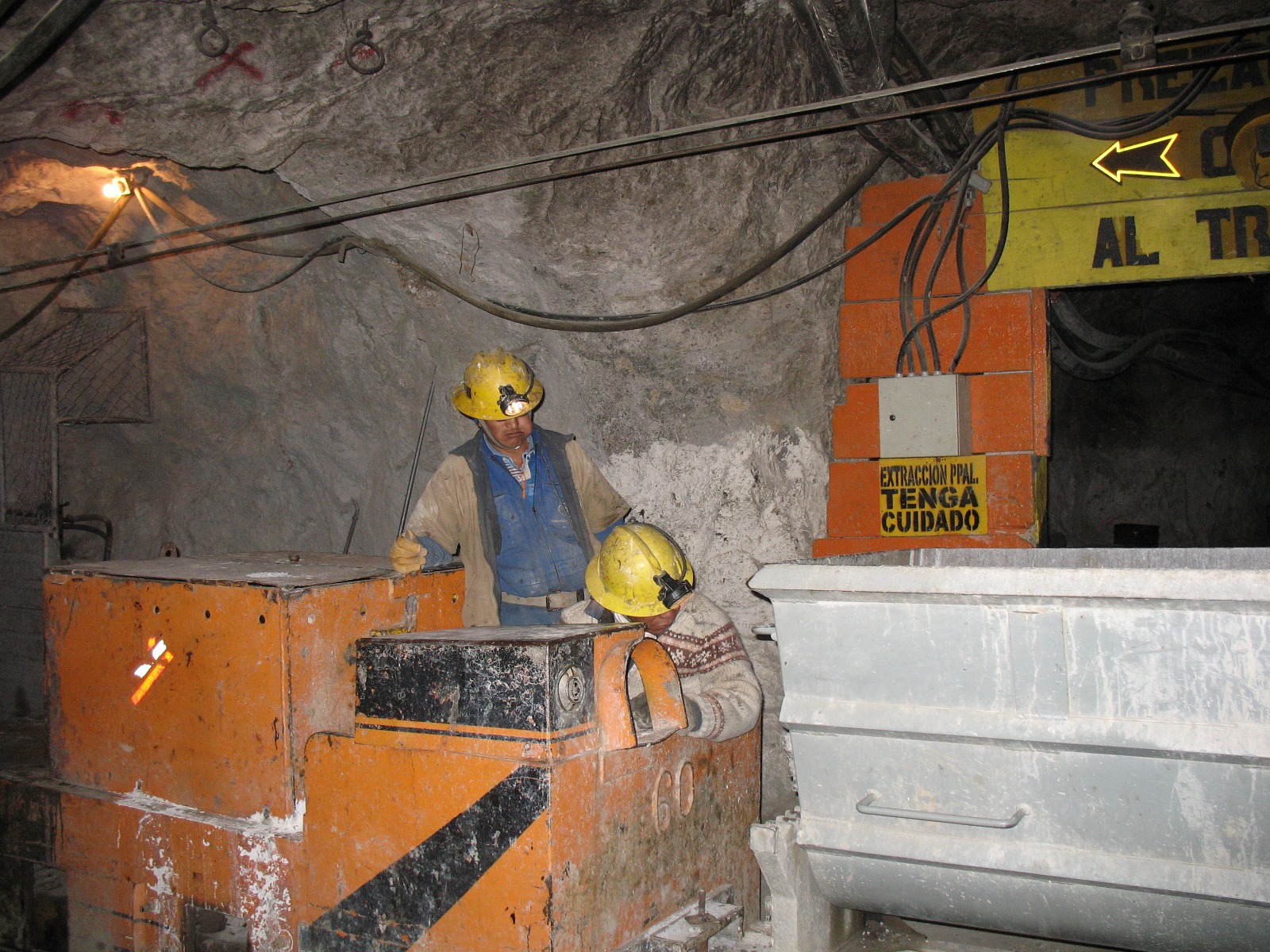
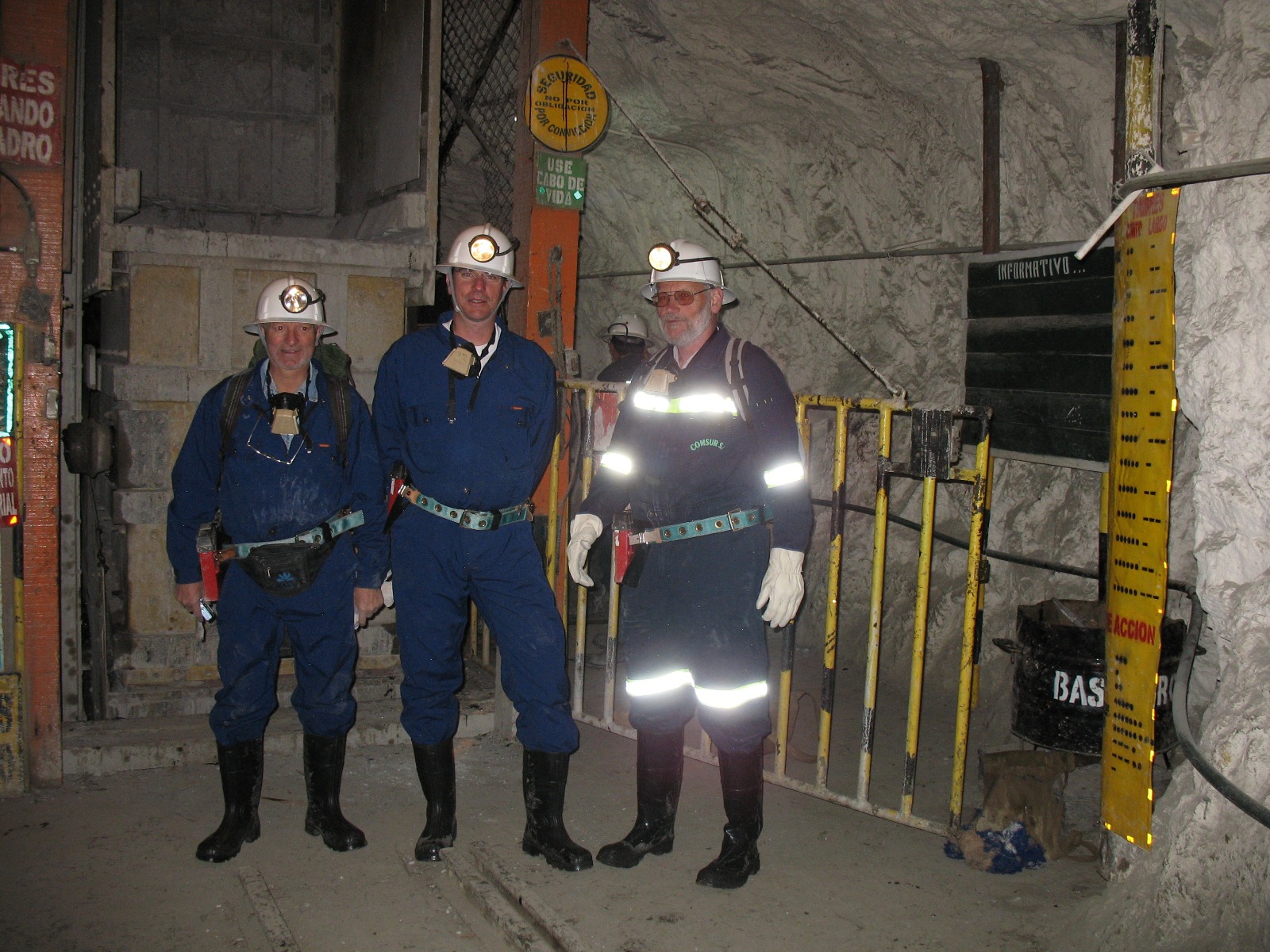
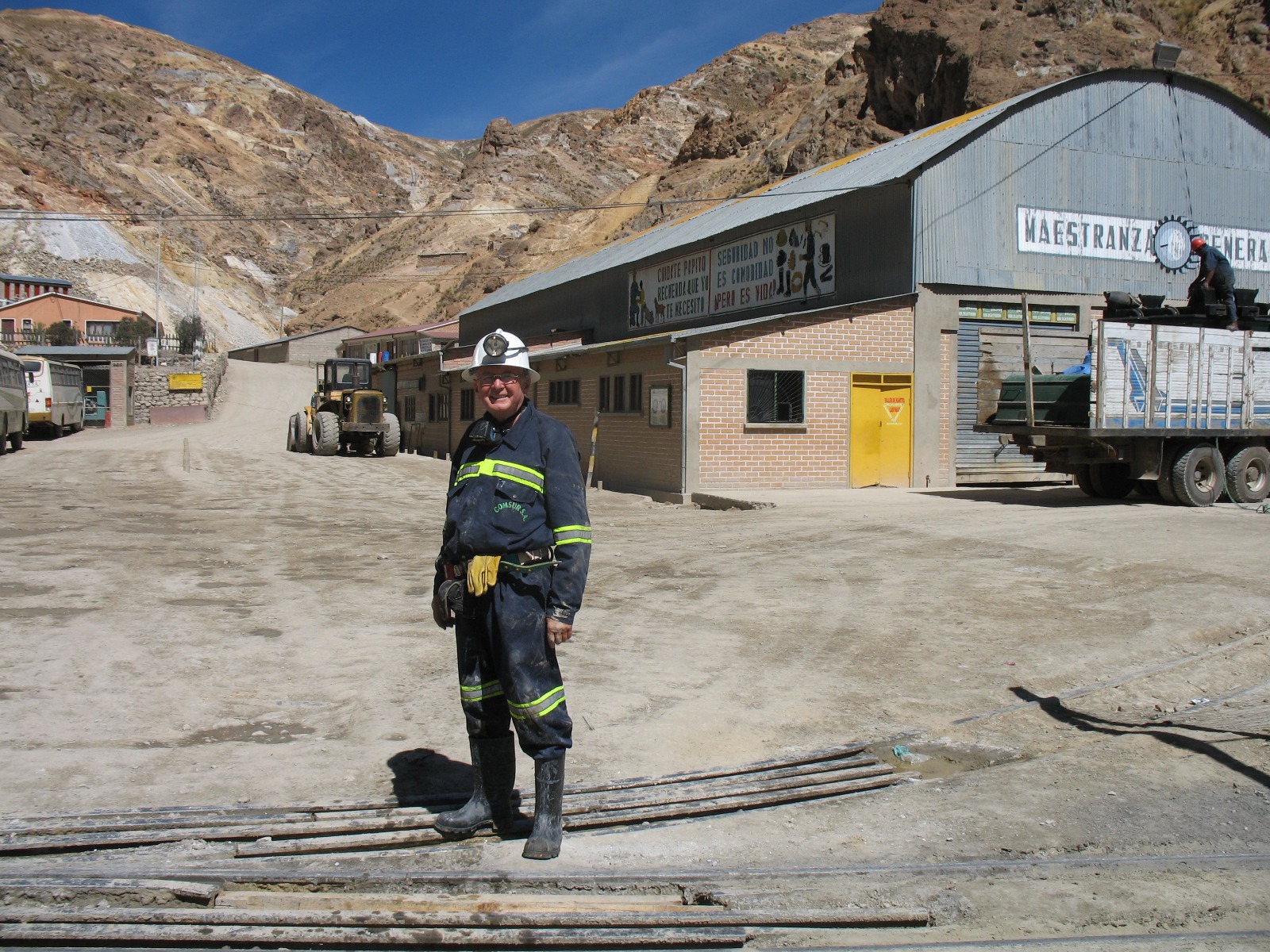
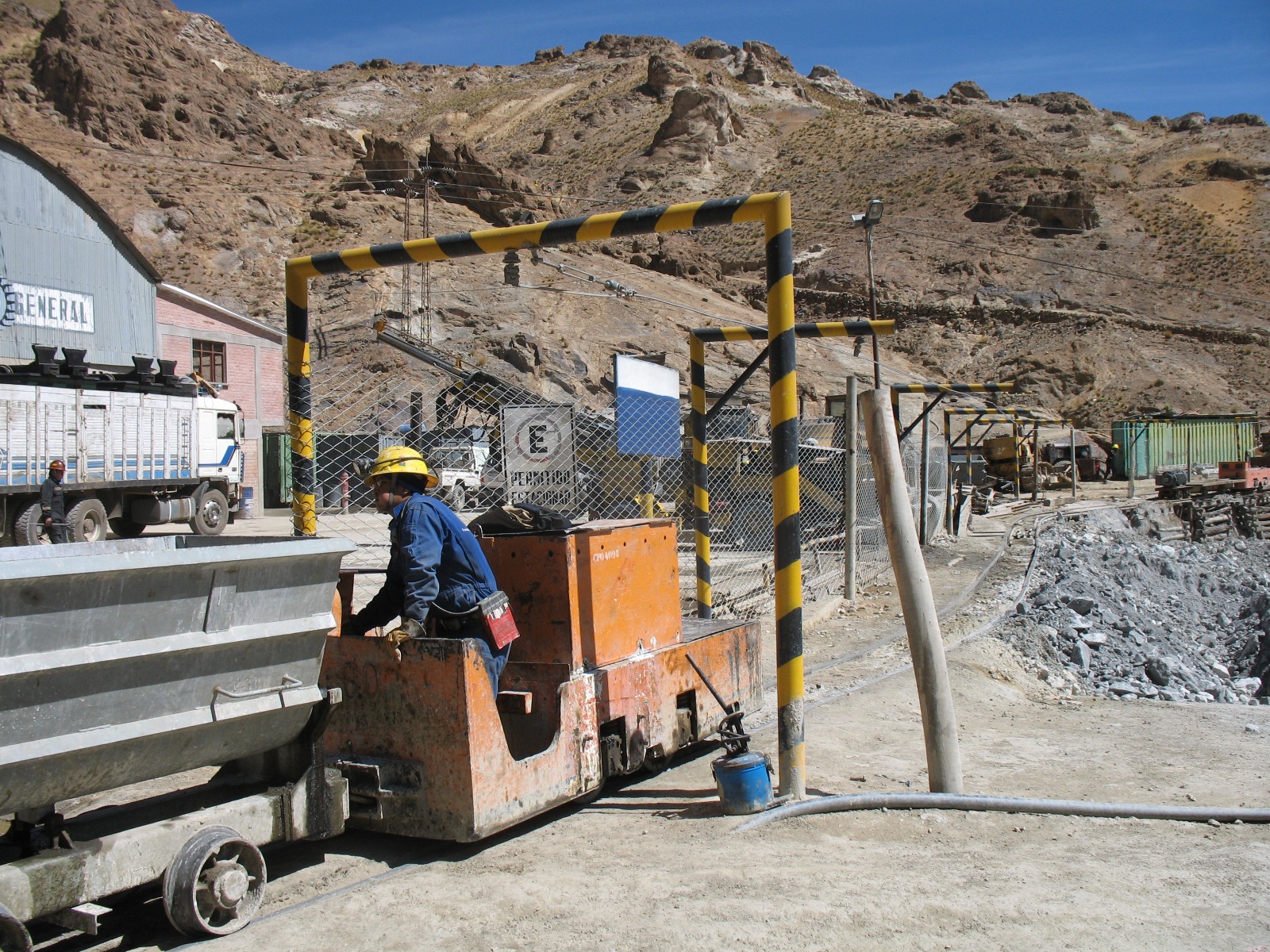

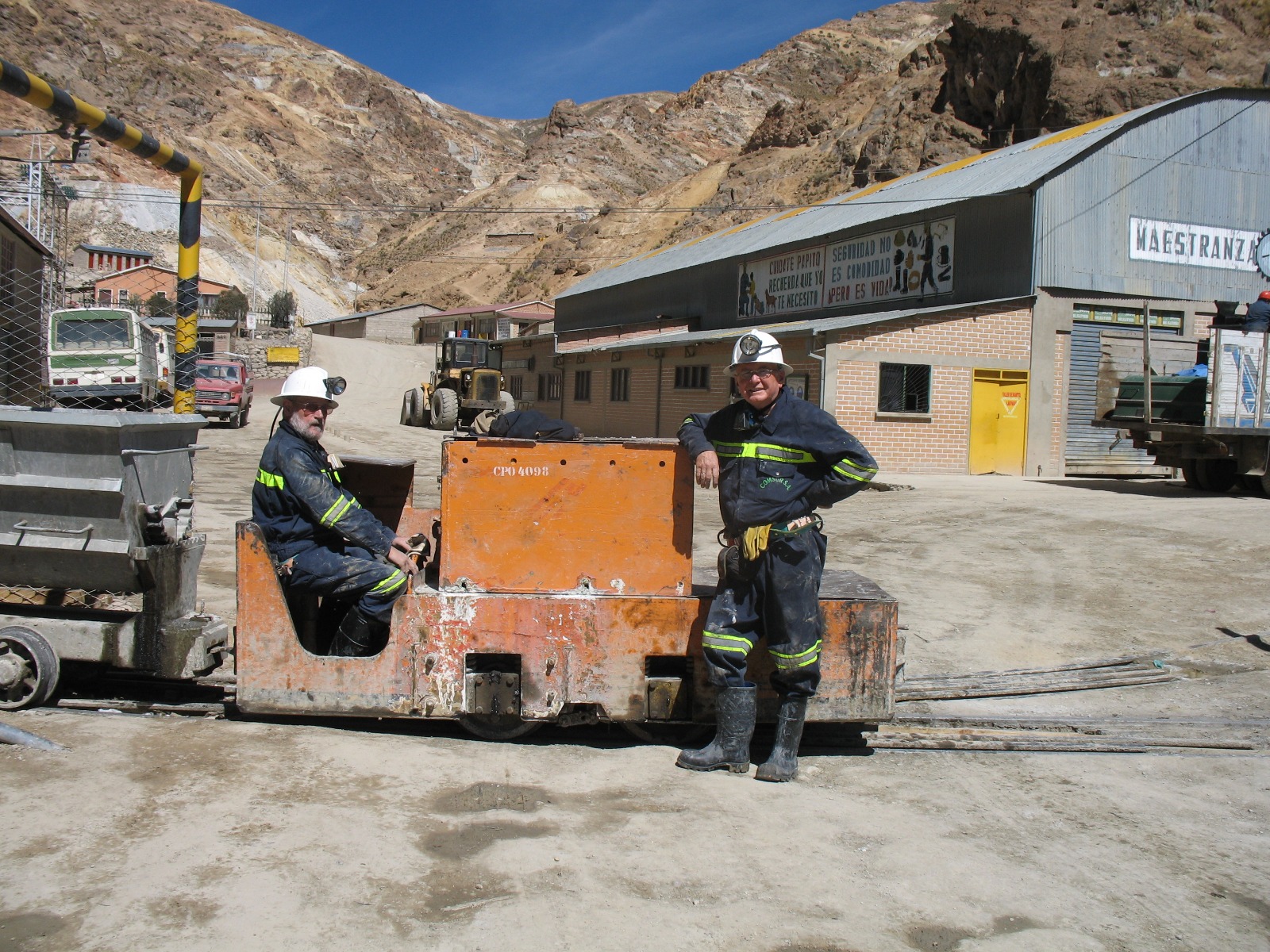
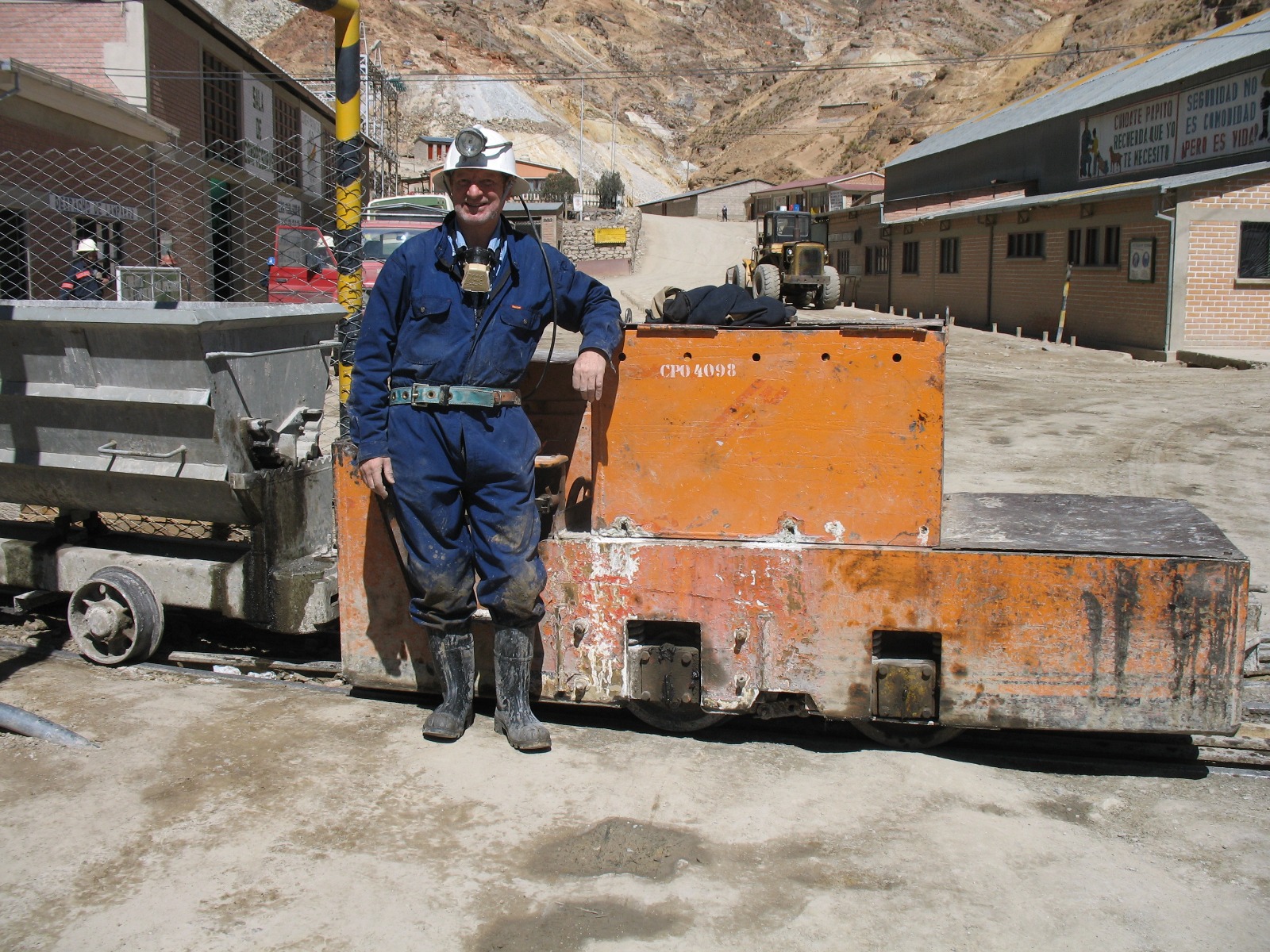
local shop in Potosi, you find everything you need: booze, explosives, sugar water and a candle...perfect for the live underground.
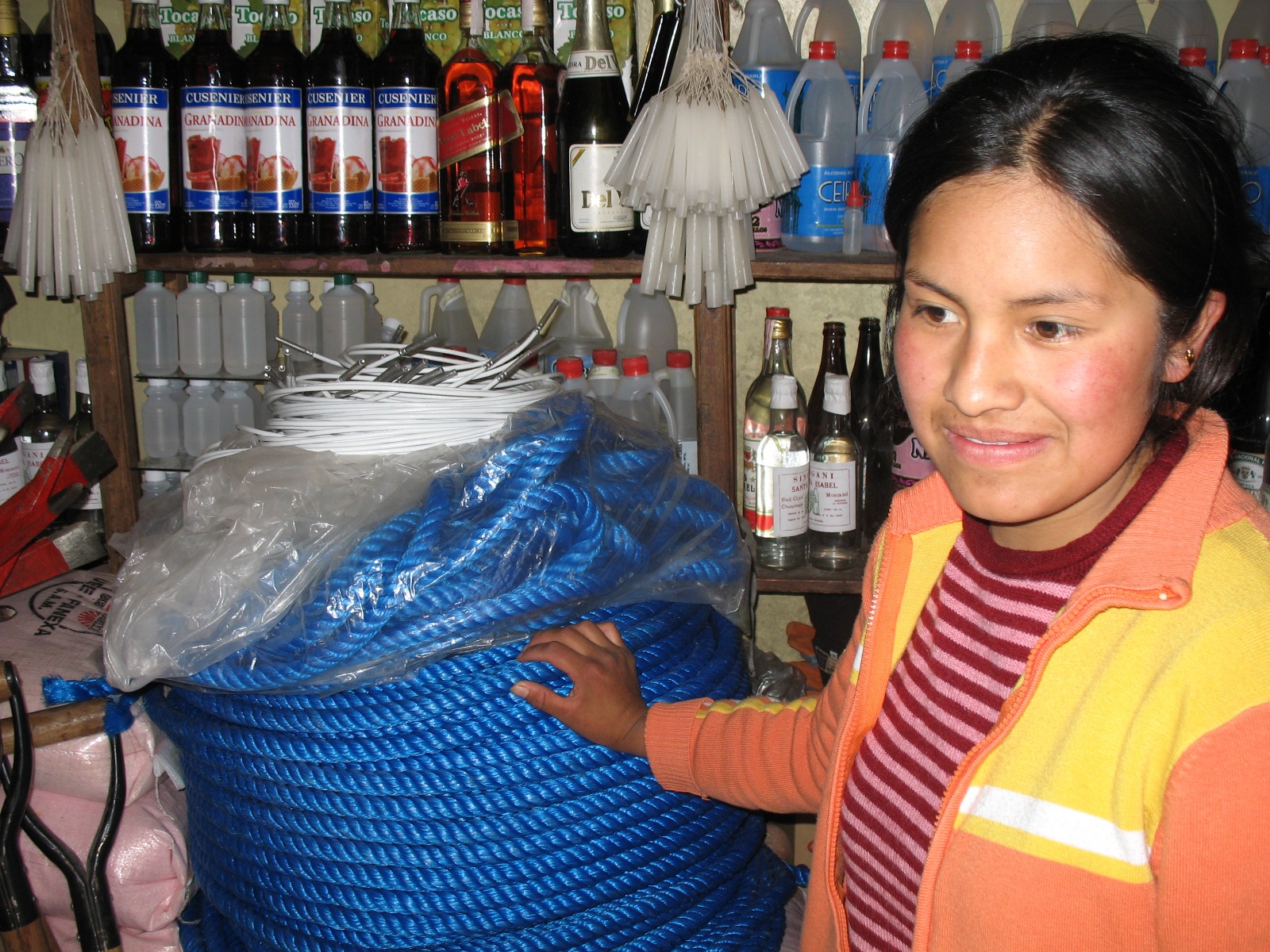
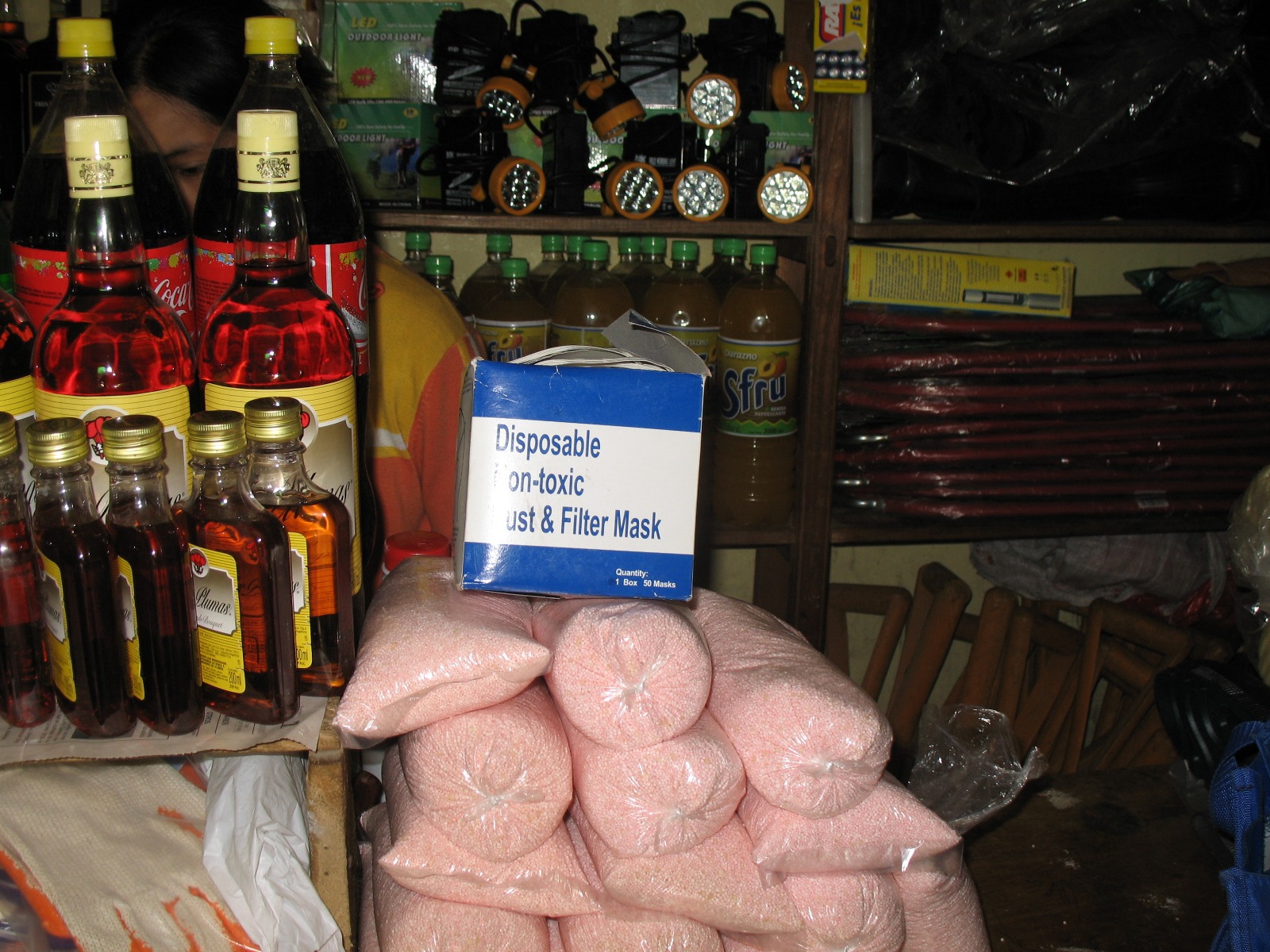
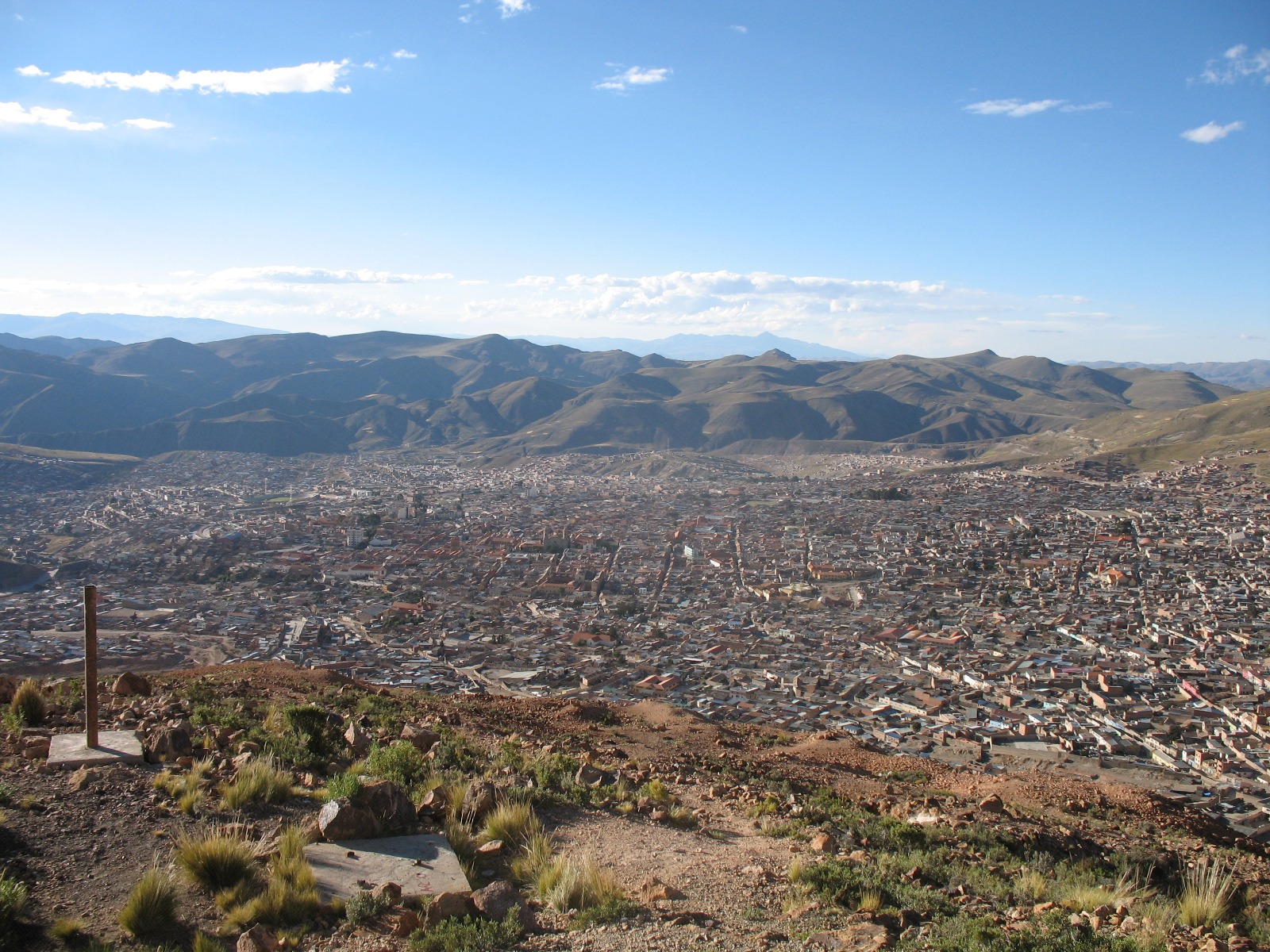
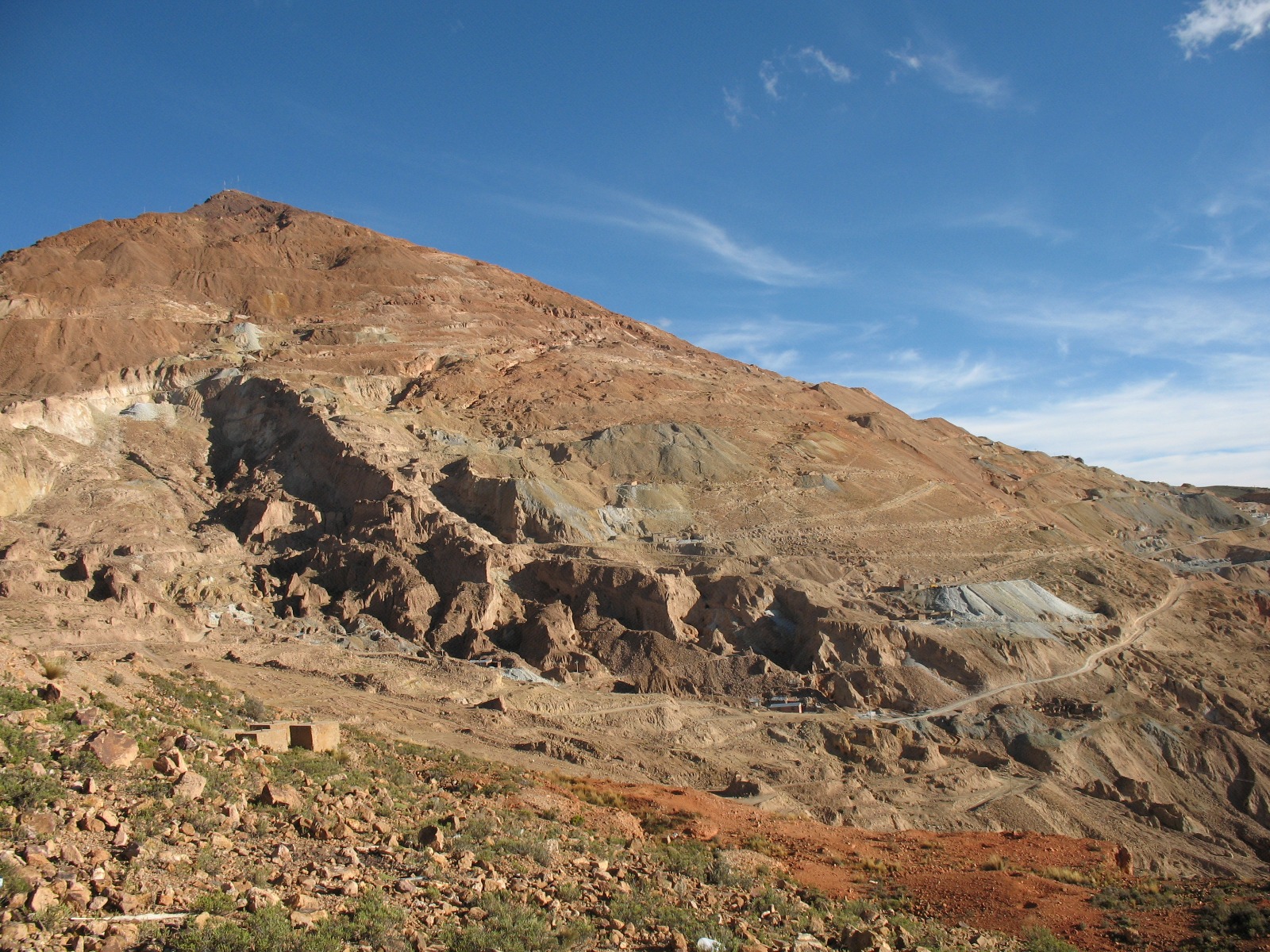
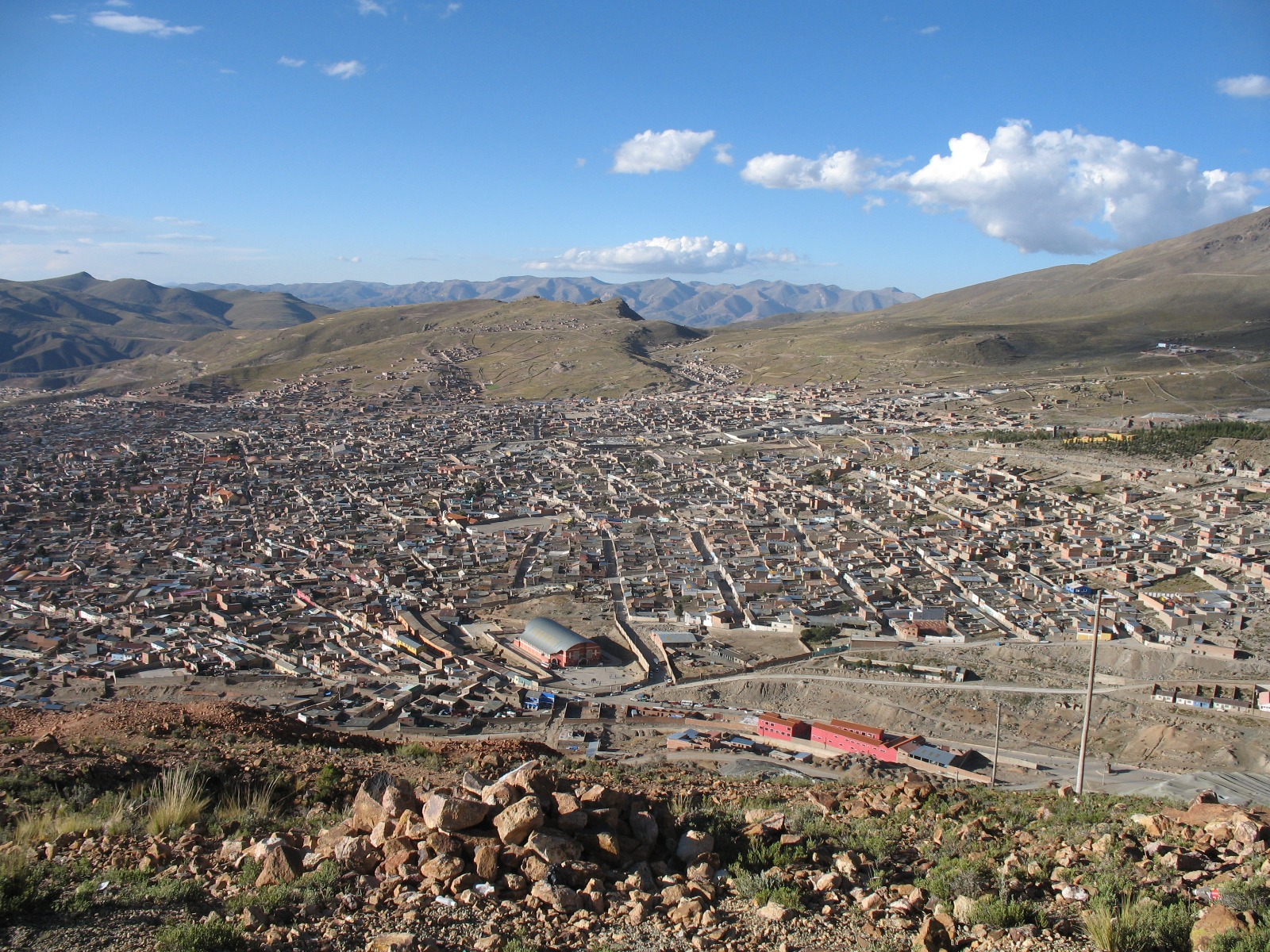
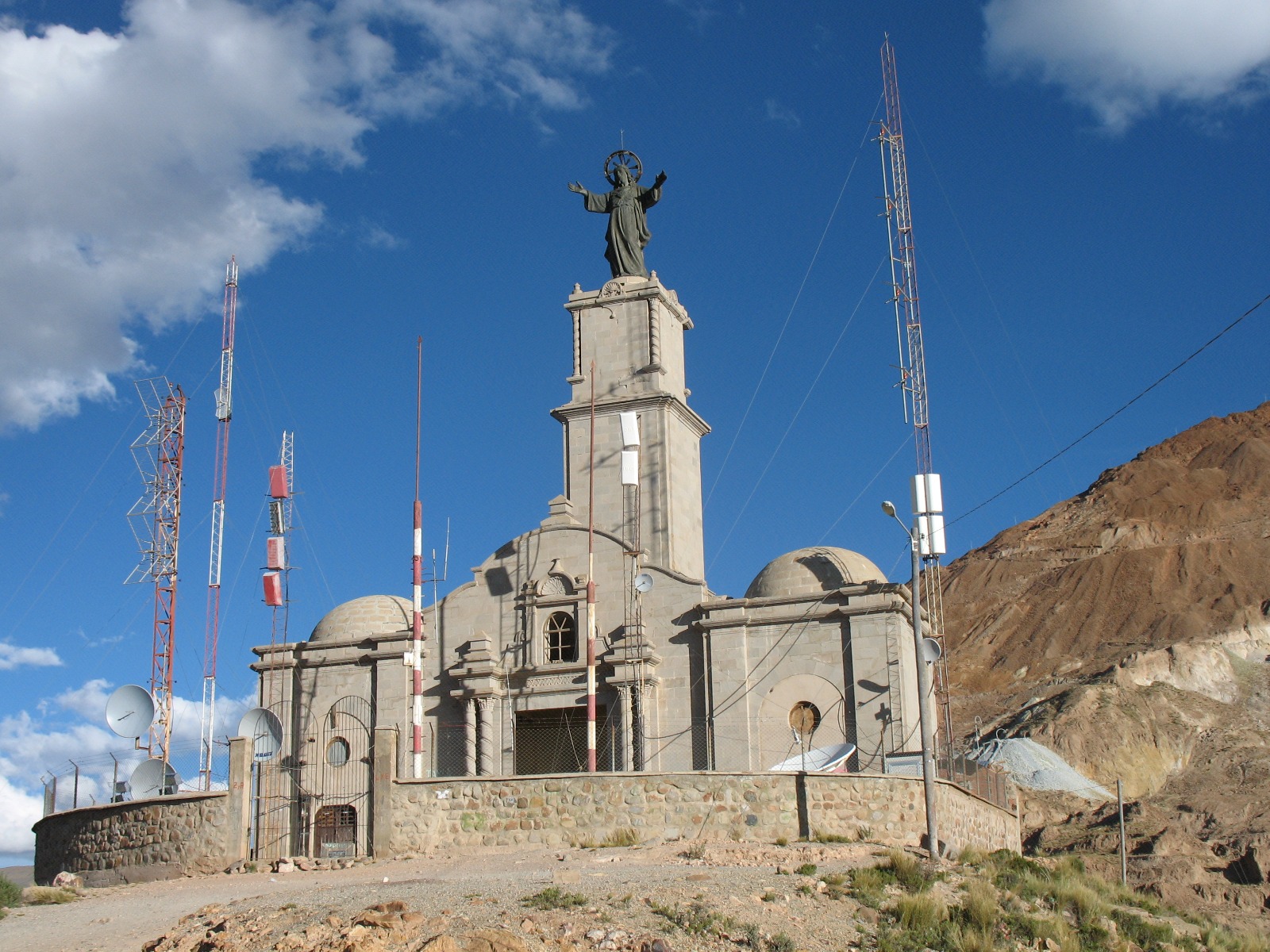
pictures 465 - 468: from Potosi the next aventure start going to Mina Porko and onwards to Mina El Dragon, famous for a large number of rare selenium minerals. See article in the Mineralogical Record! After a number of visits since 1989 the vein now is pretty much gone and little is left on the dumbs. none the less a great hike in total wilderness makes it always worth it.
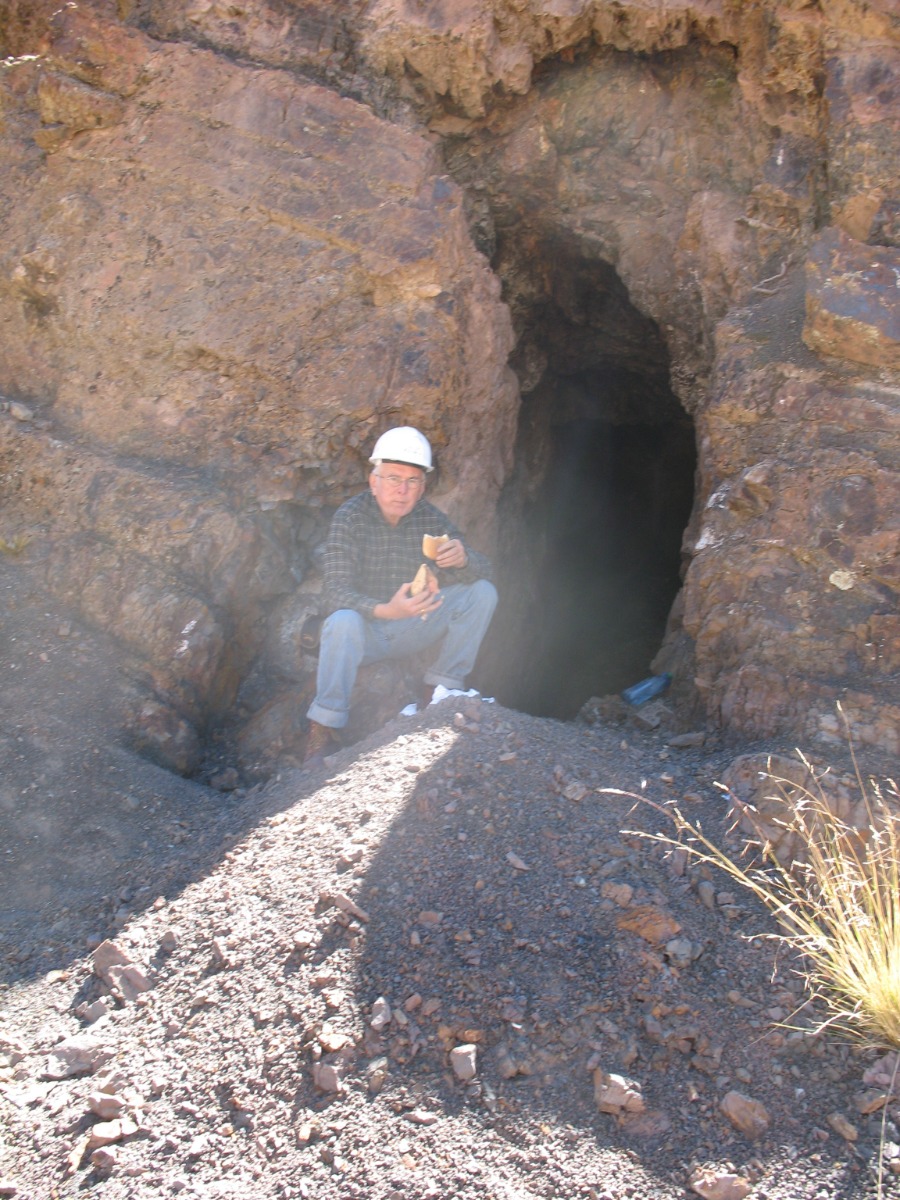
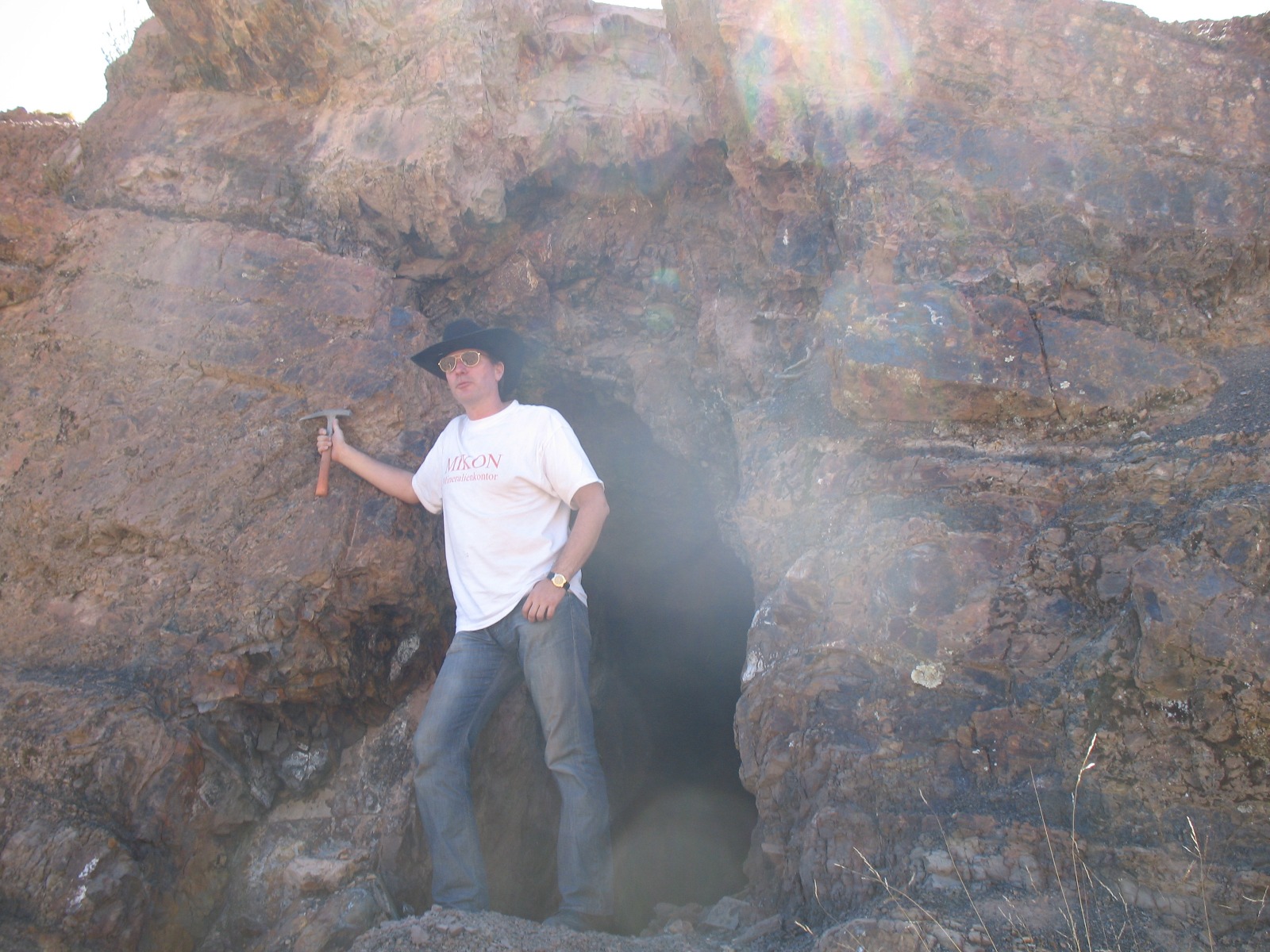
Mina El Dragon is on 4500m elevation so vegetation around there is rather small but still existing and quite interesting, even so I don't understand to mus about it, but I always try to capture a bis of wildlife along the trips as well.
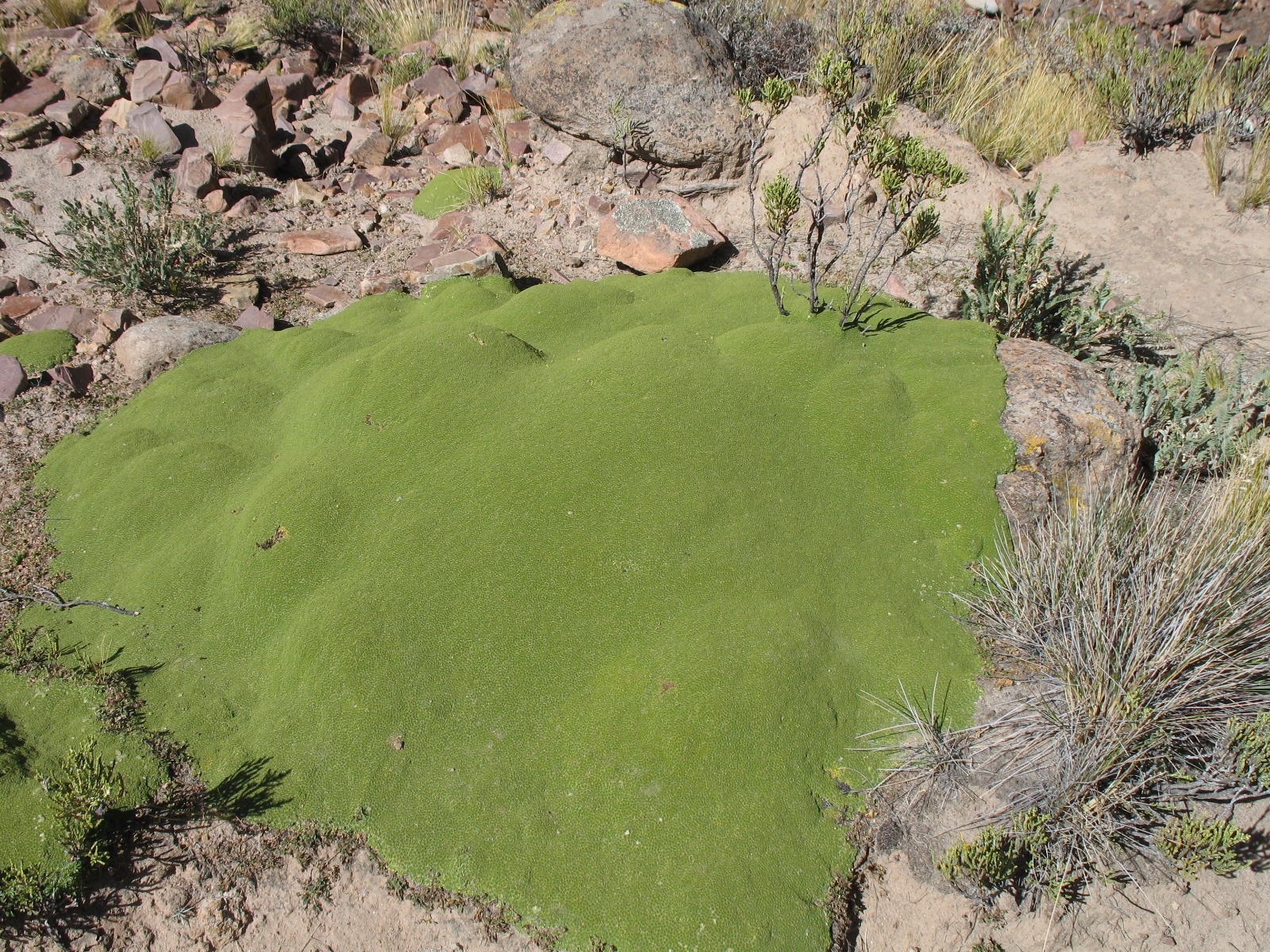
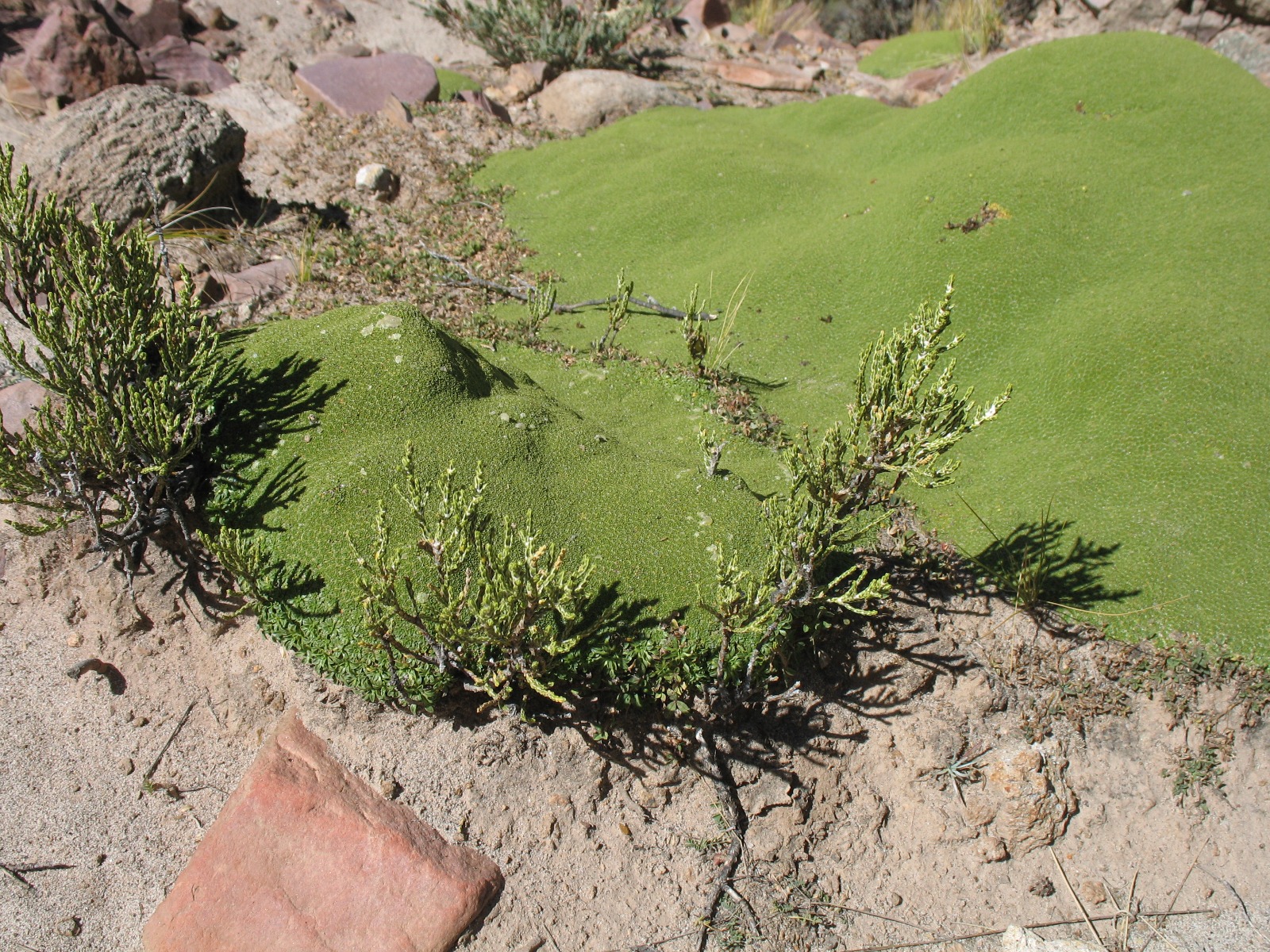
pictures 469 - 470: back in Mina Porko we got told by the cooperative "El Cementario" there just was a large find of native silver, and indeed they got like 500 kg (!!) of pure silver in one of the miners houses. Individual pieces were up to 50 kg! As we did not carried enough cash on us for such a purchase we still bougth all we could of the smaller pieces. This is the kind of opportunities you only get aware of by being on site the right moment. A day later all would have gone to the smelter in Potosi.
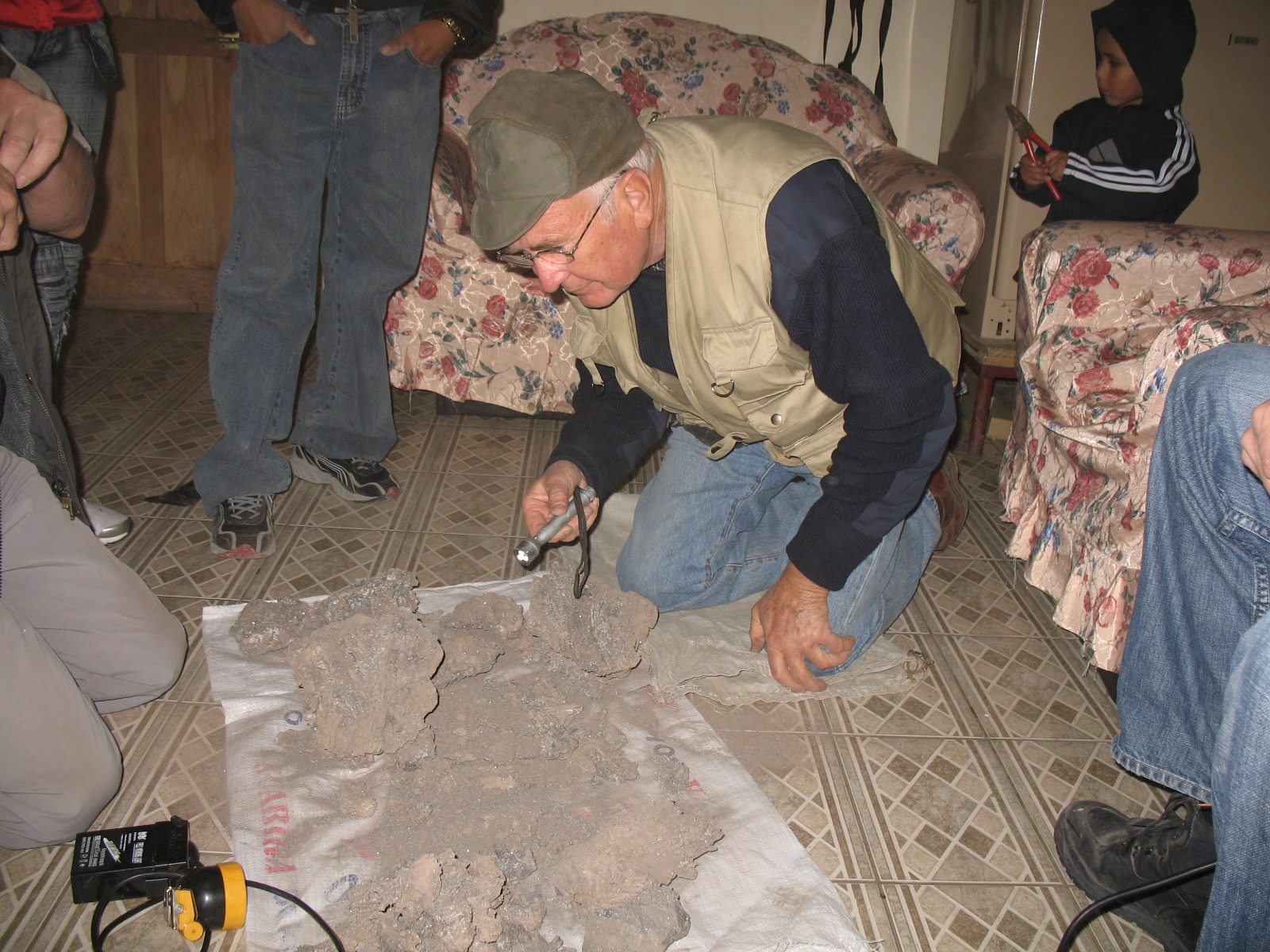
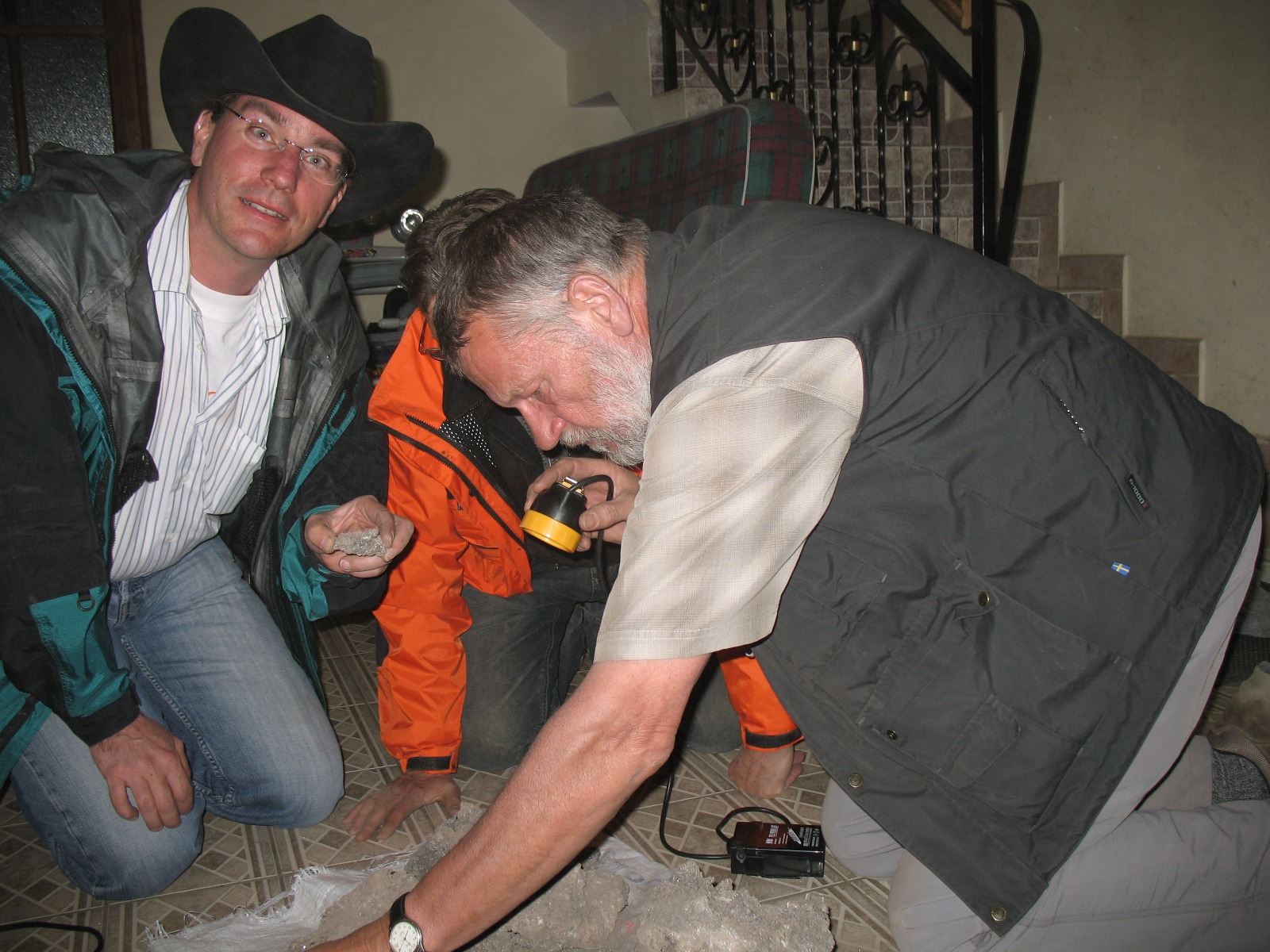
pictures 471-488: we are leaving the Altiplano to travel to the actual capital of Bolivia: Sucre. A beautiful town in between jungle and mountains, mild climate, green, lots of culture and life. As you can see, we are getting right in the middle of typical fista life, a we are getting there around May 1st, a very important holiday.
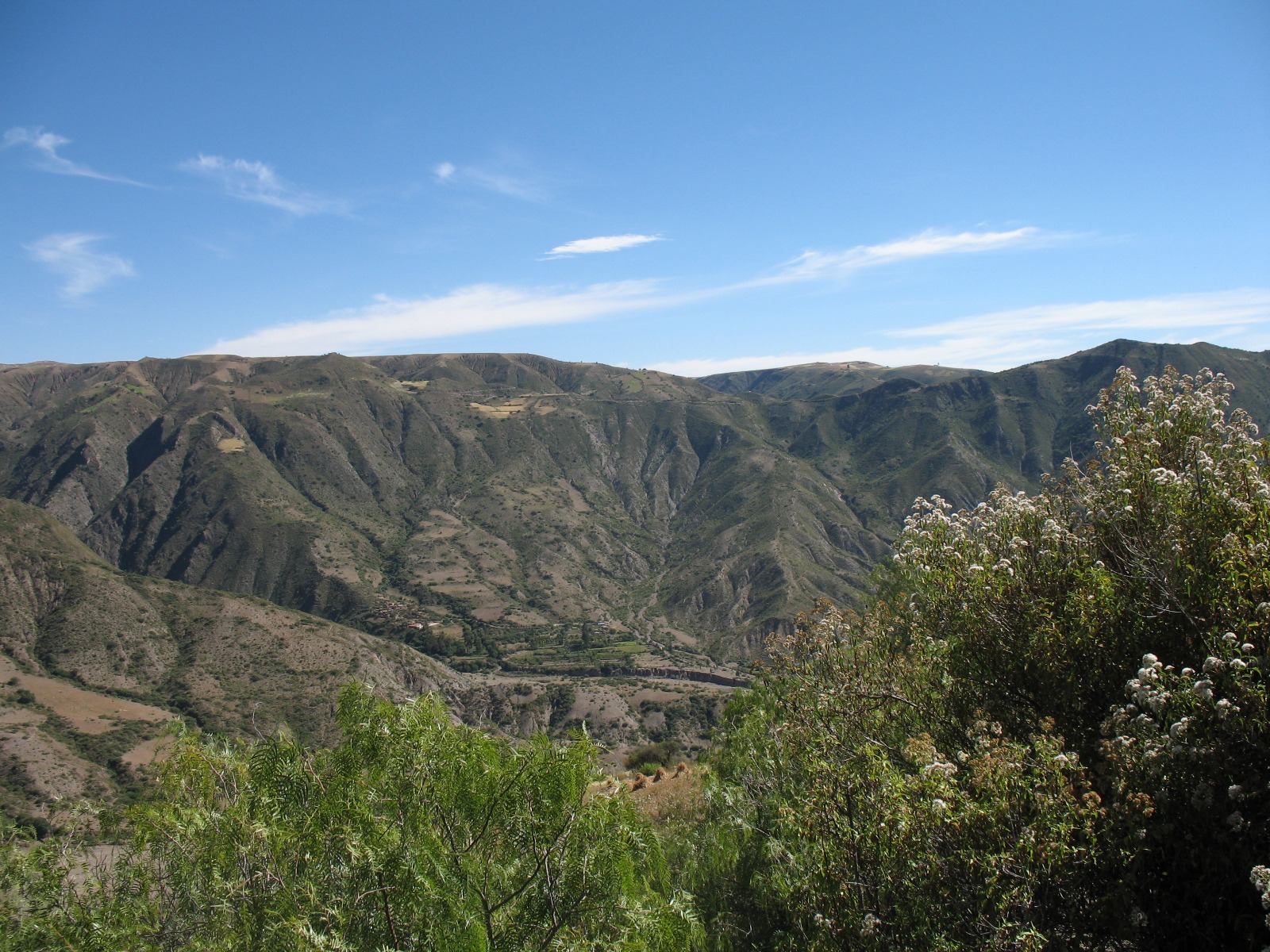
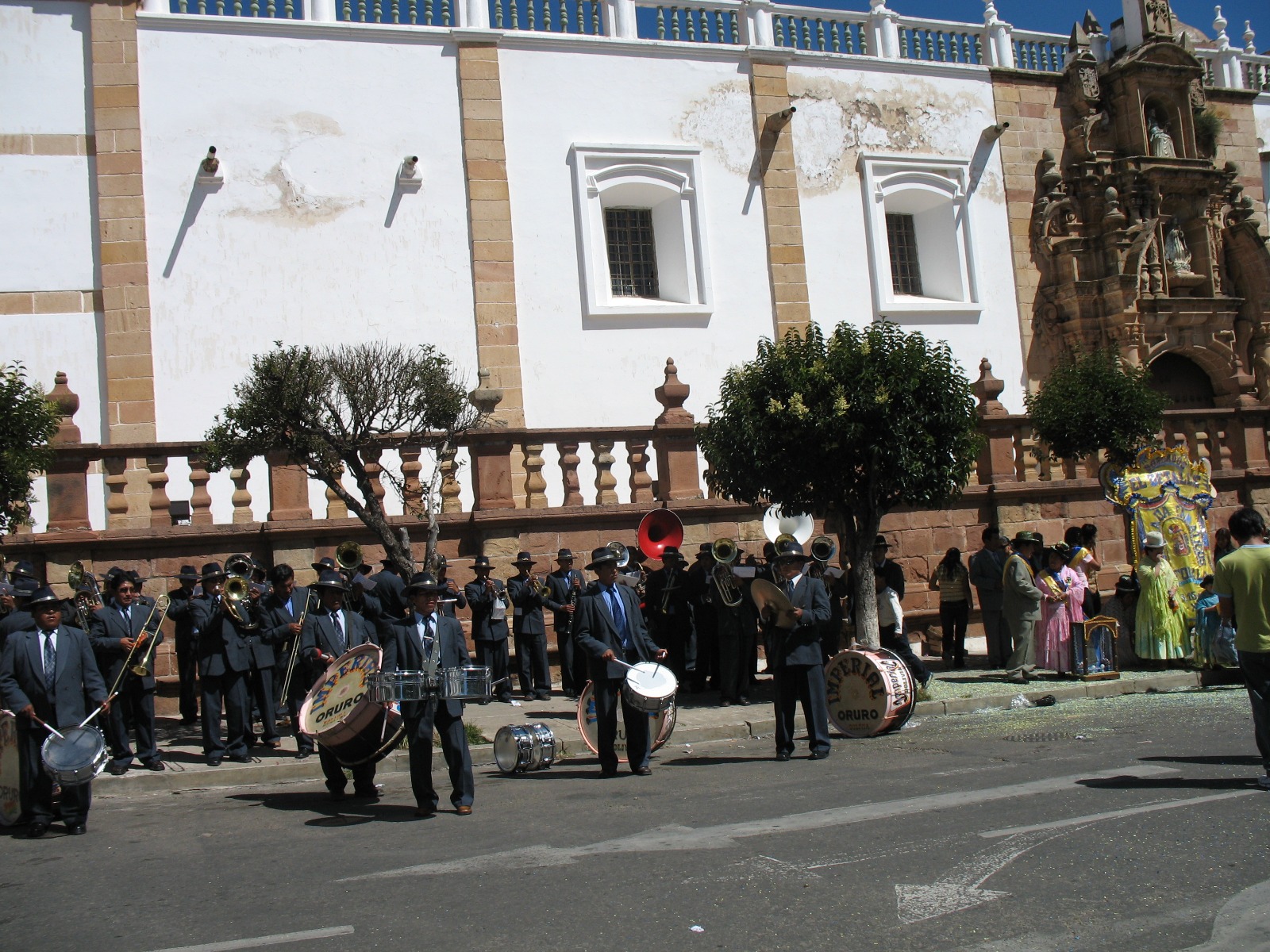
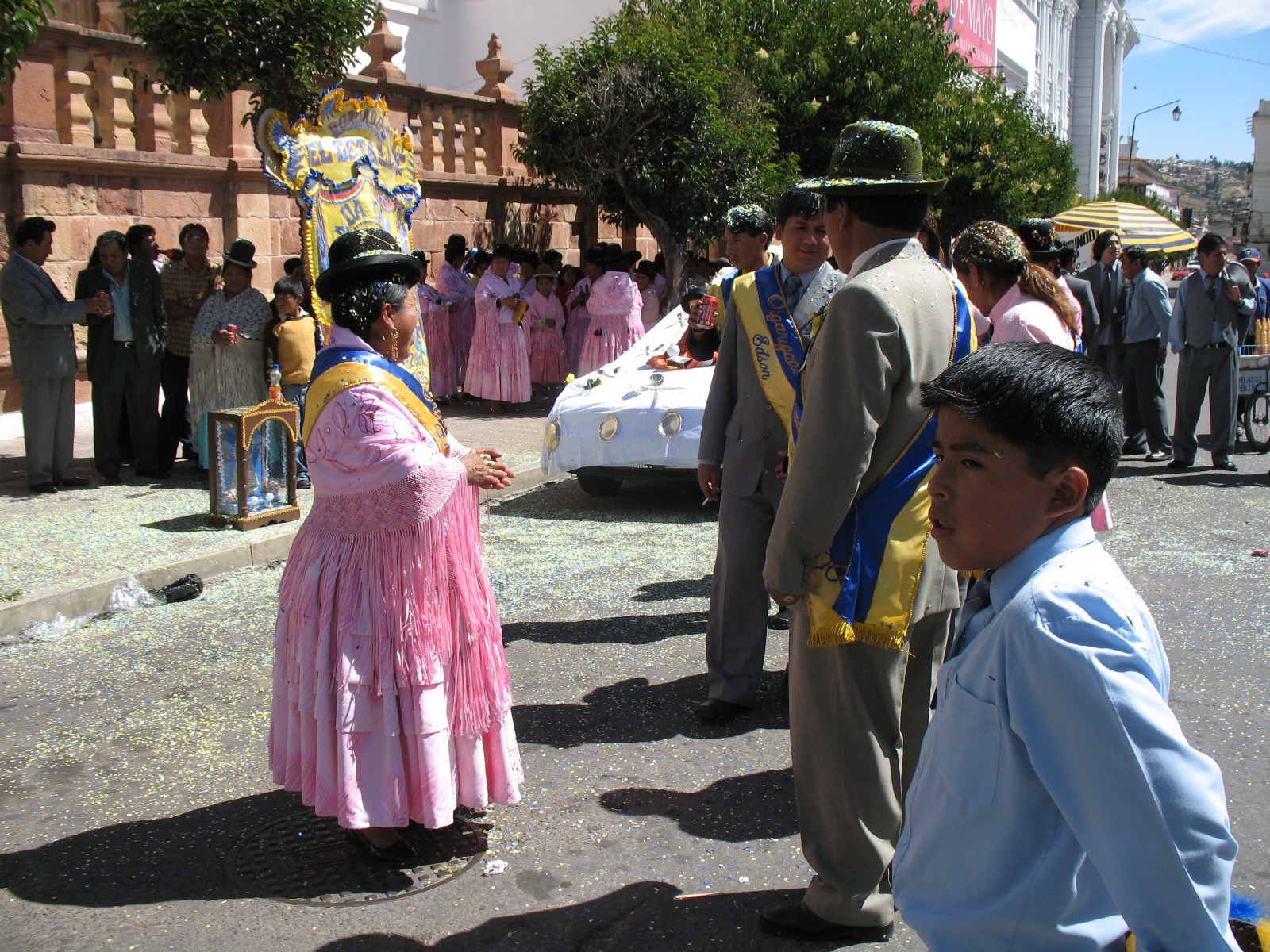
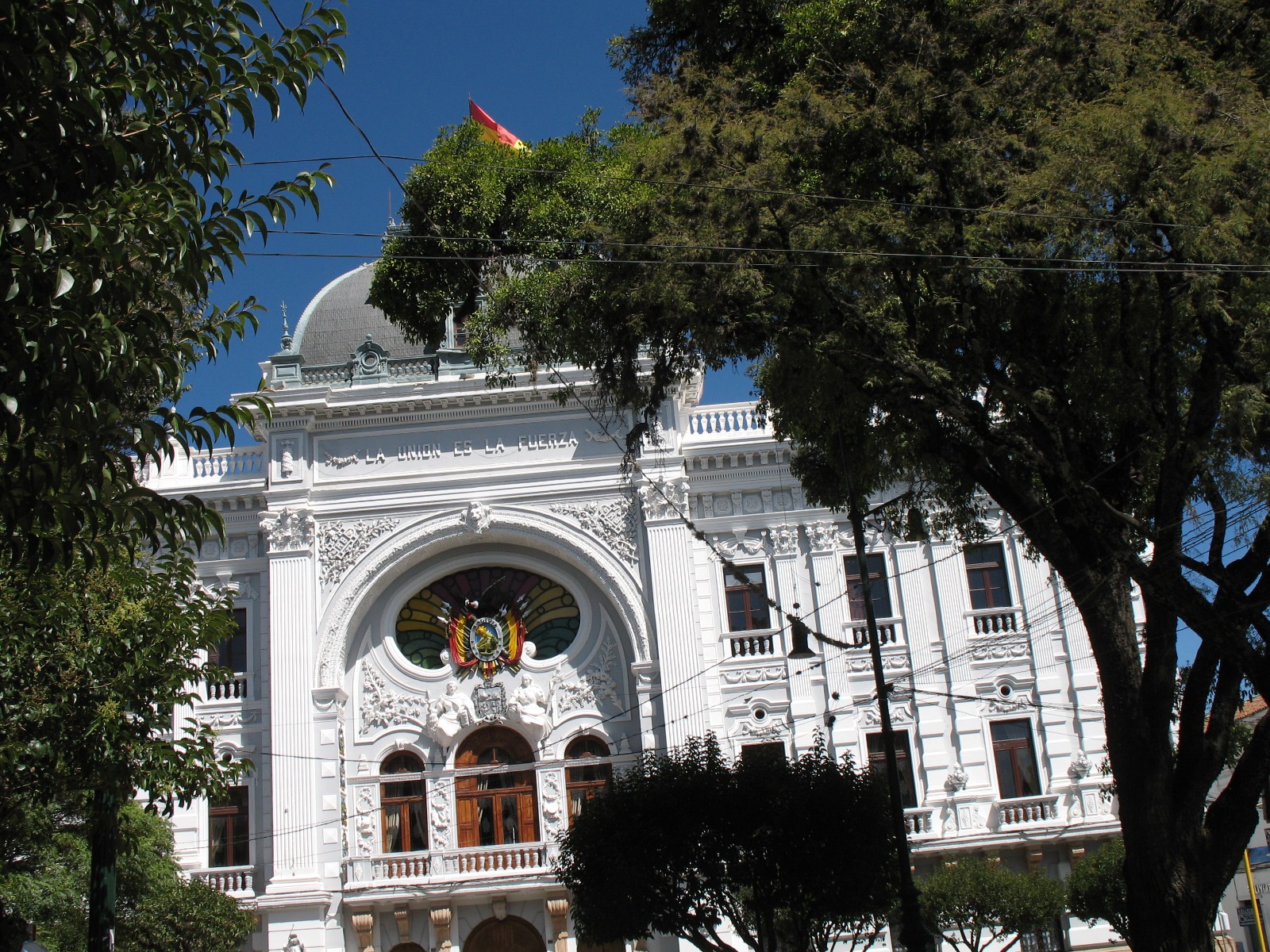
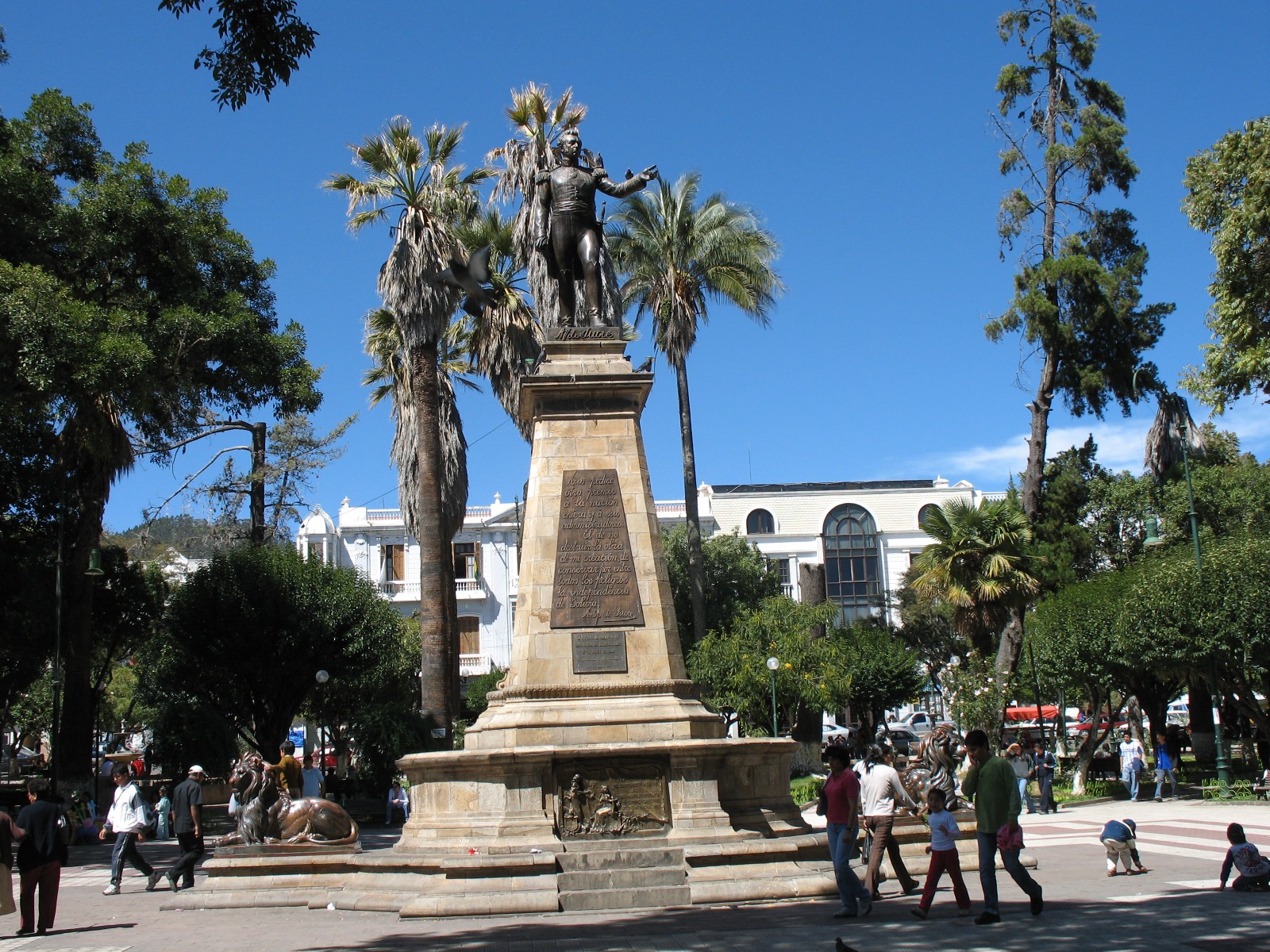
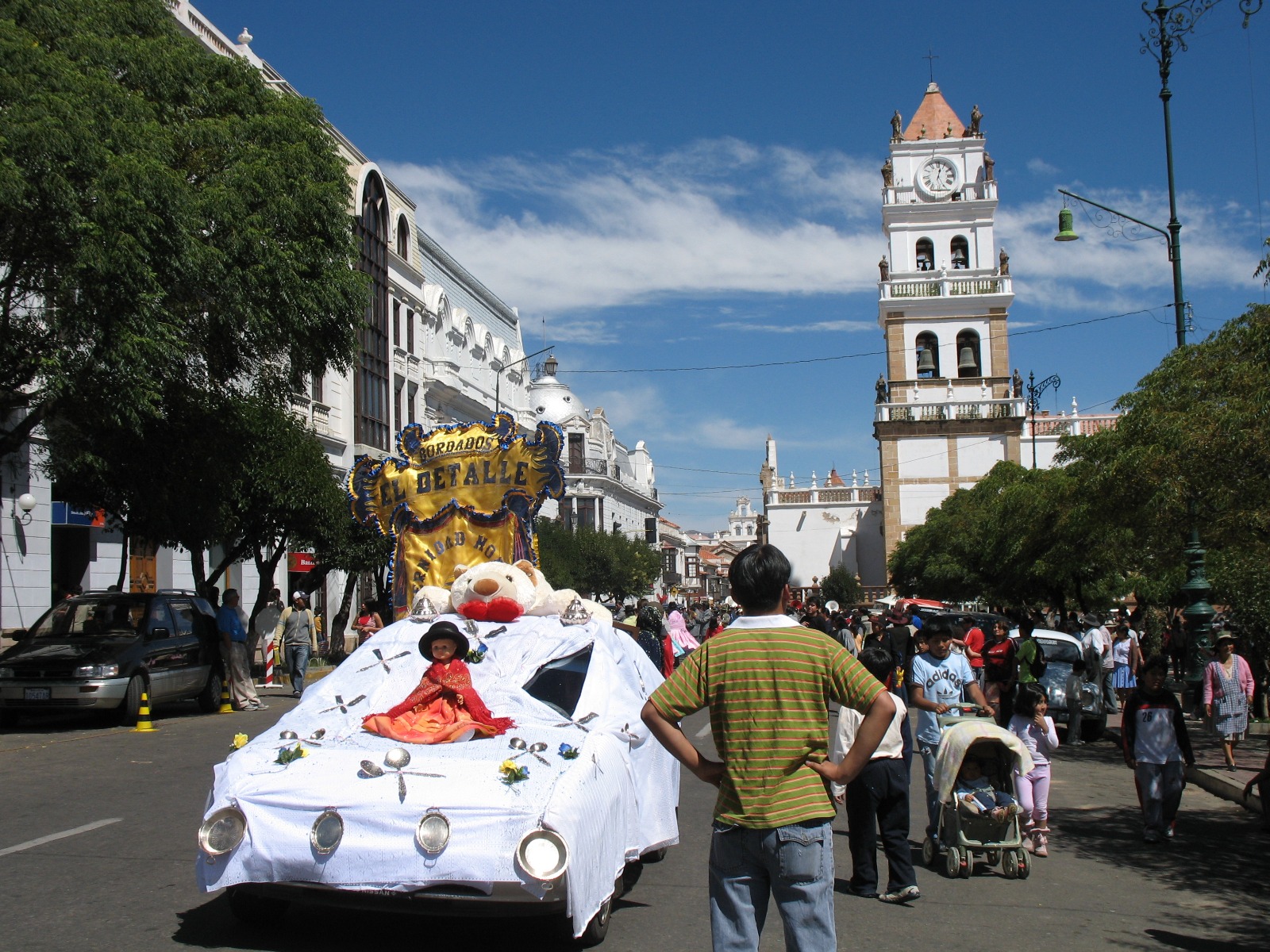
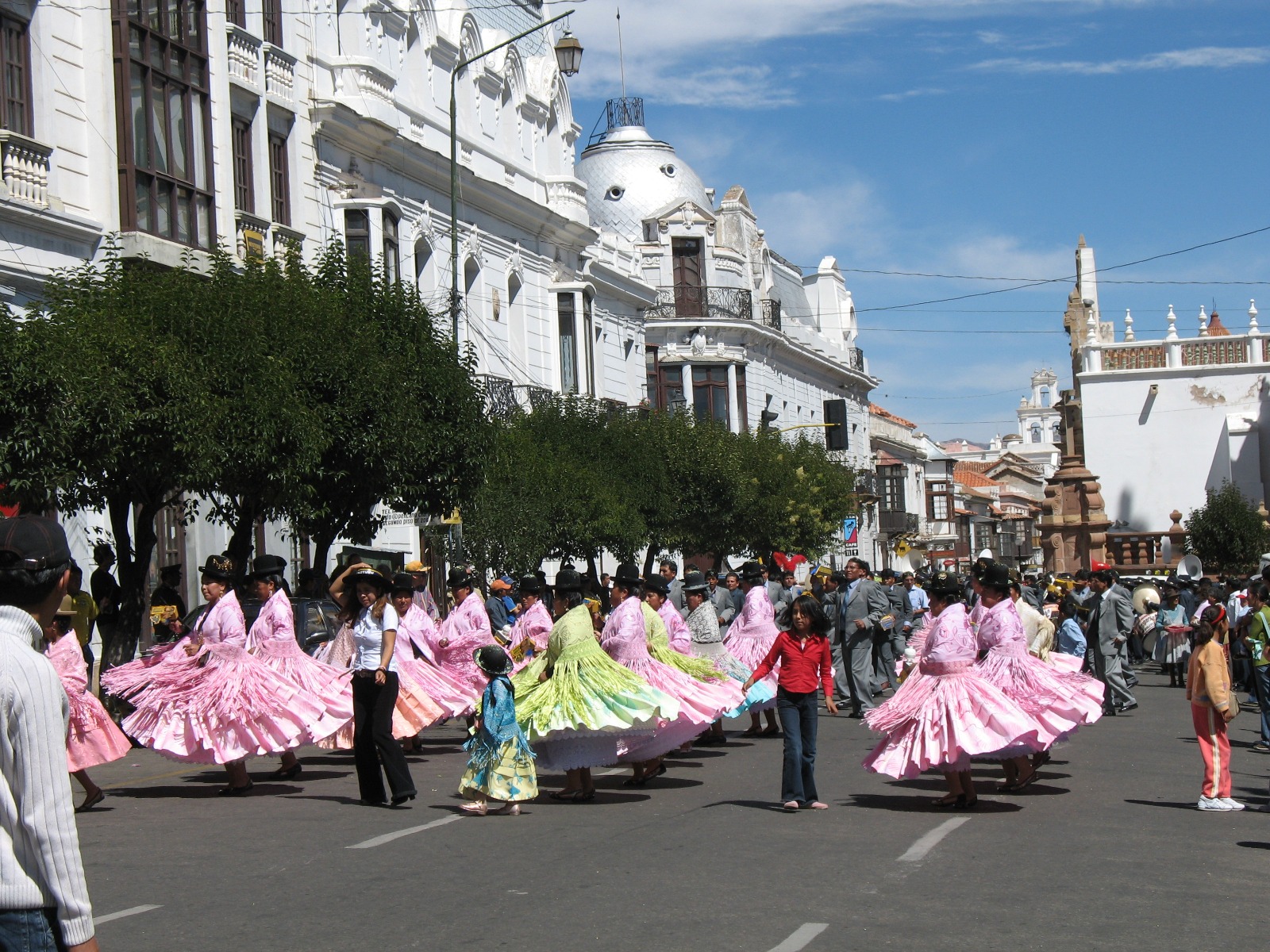
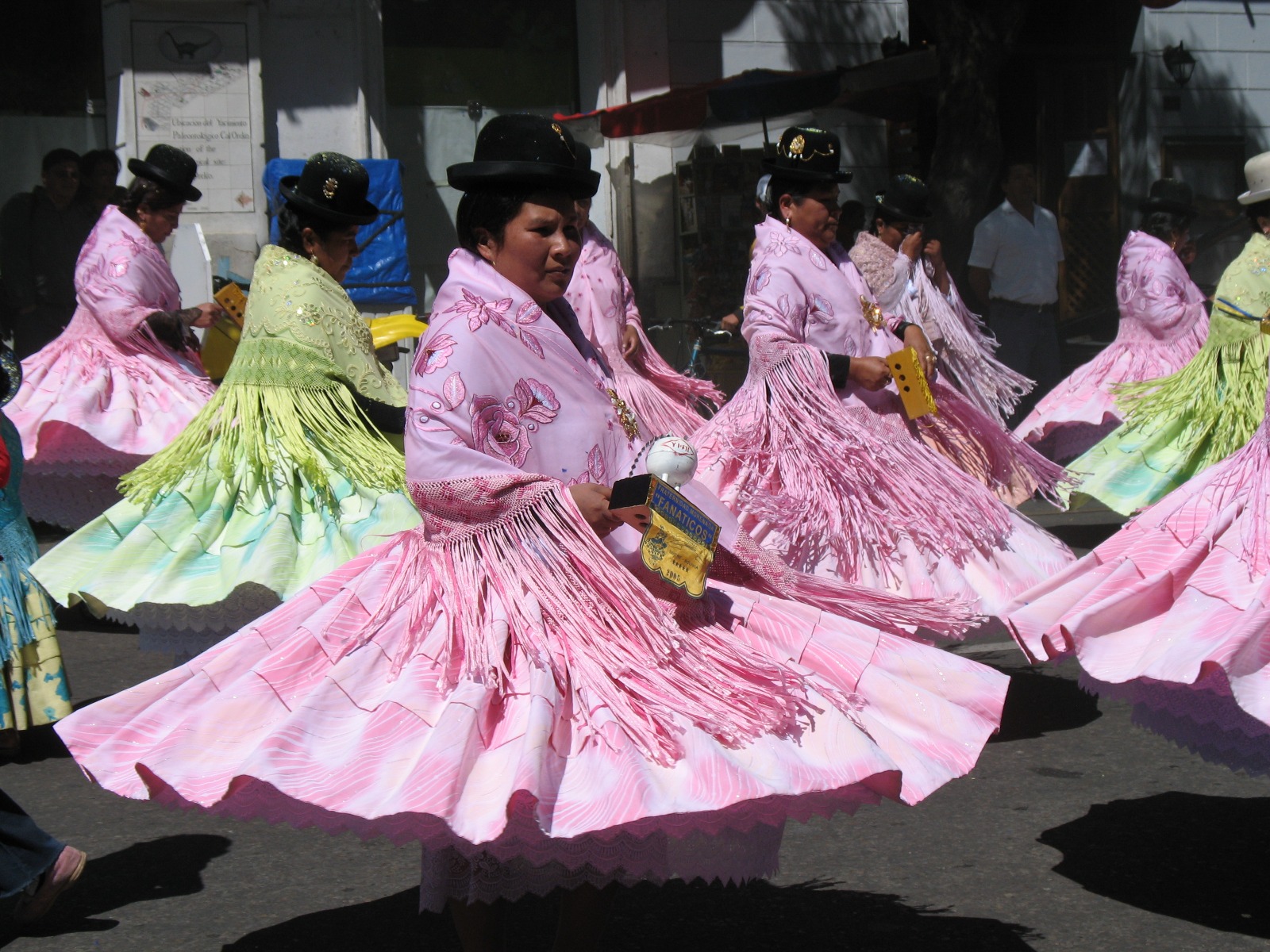
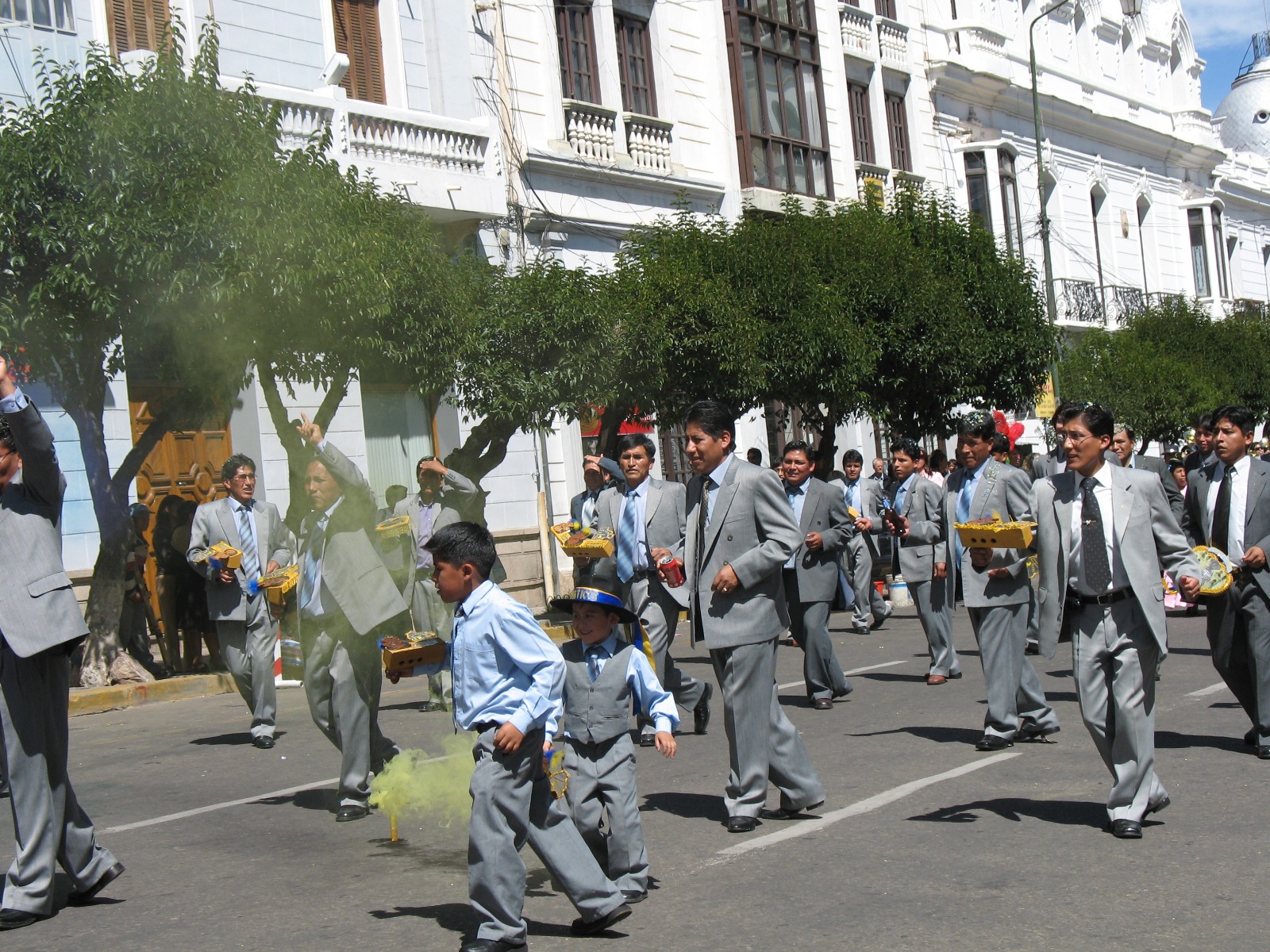
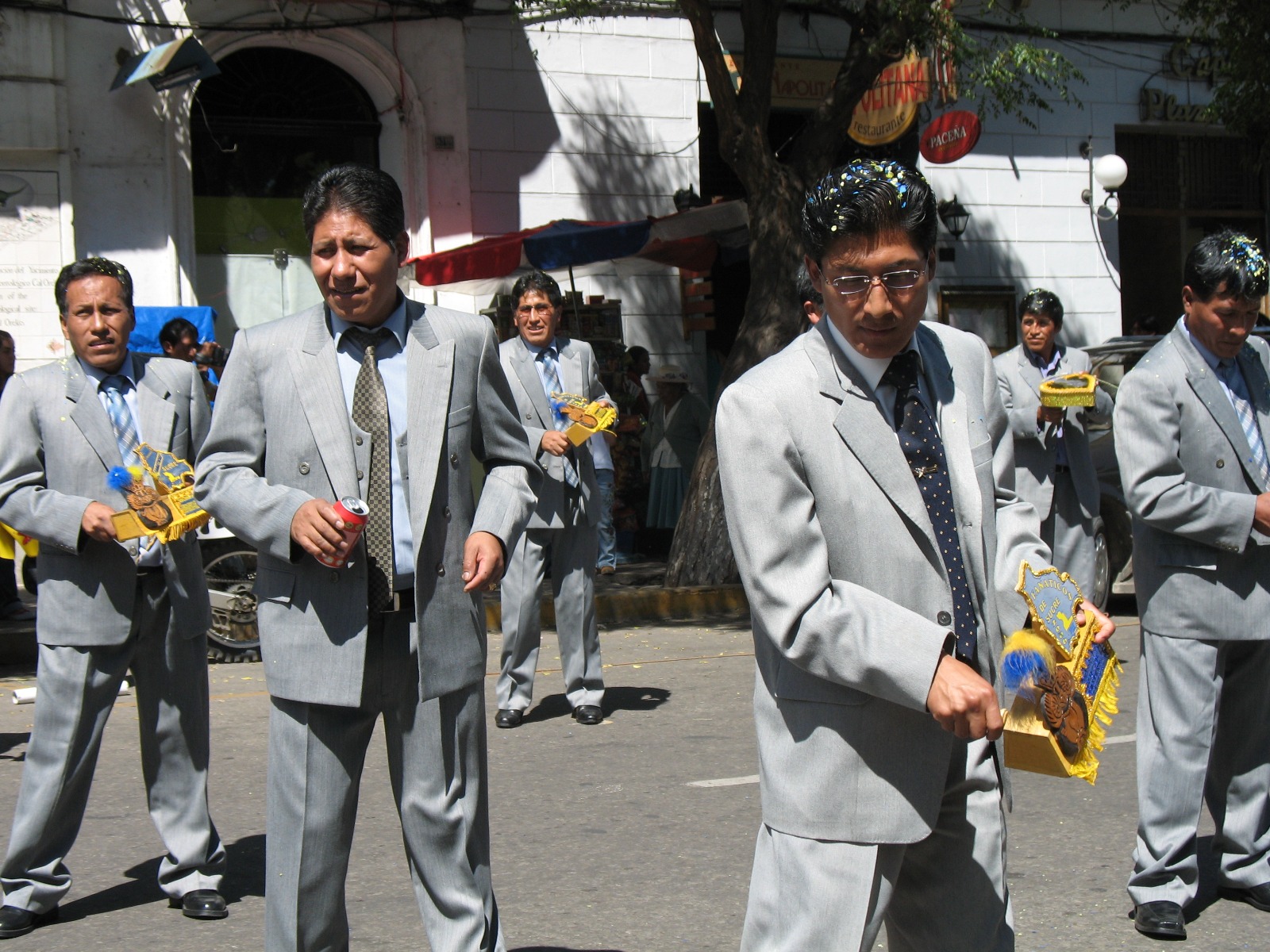
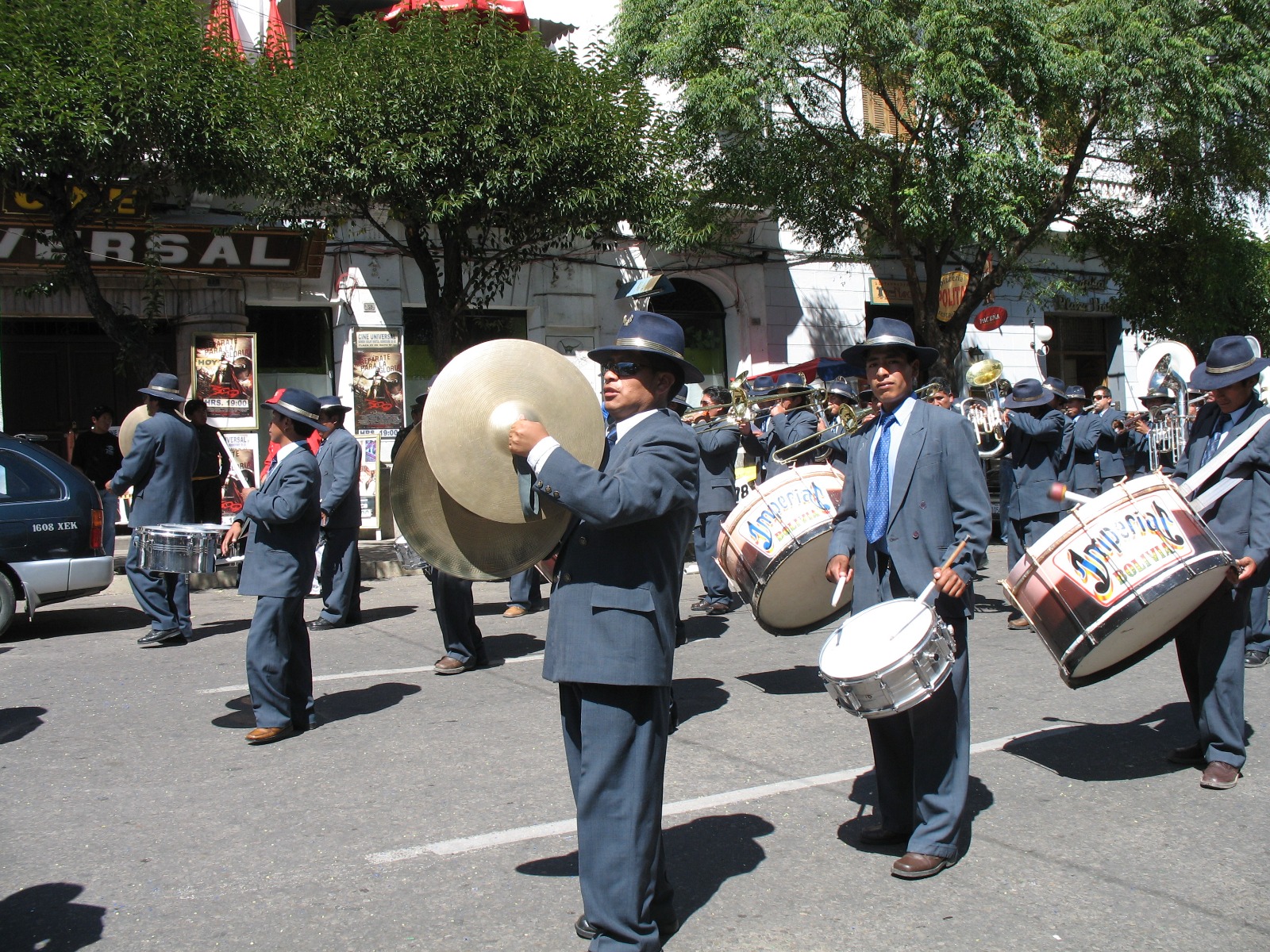
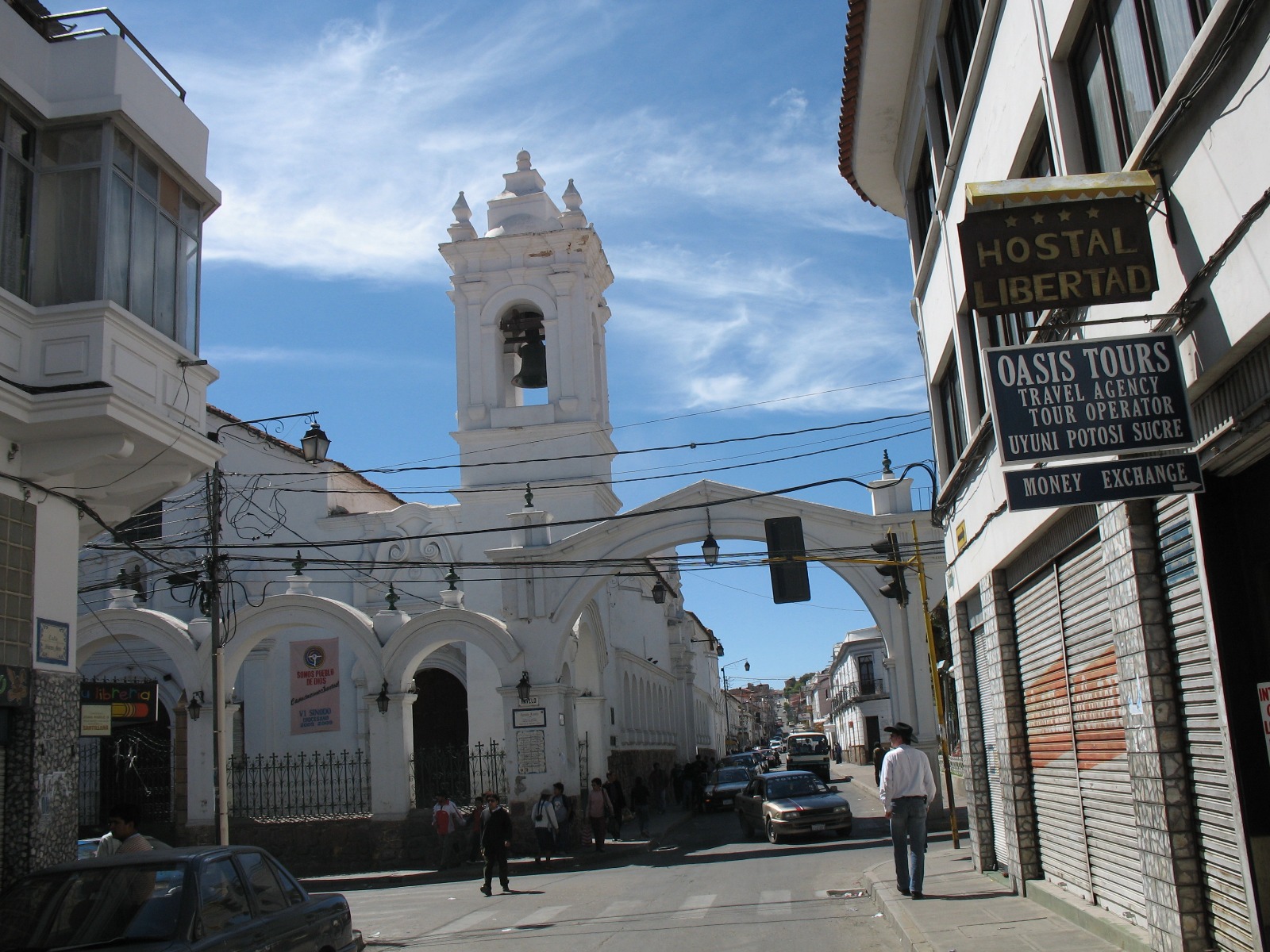
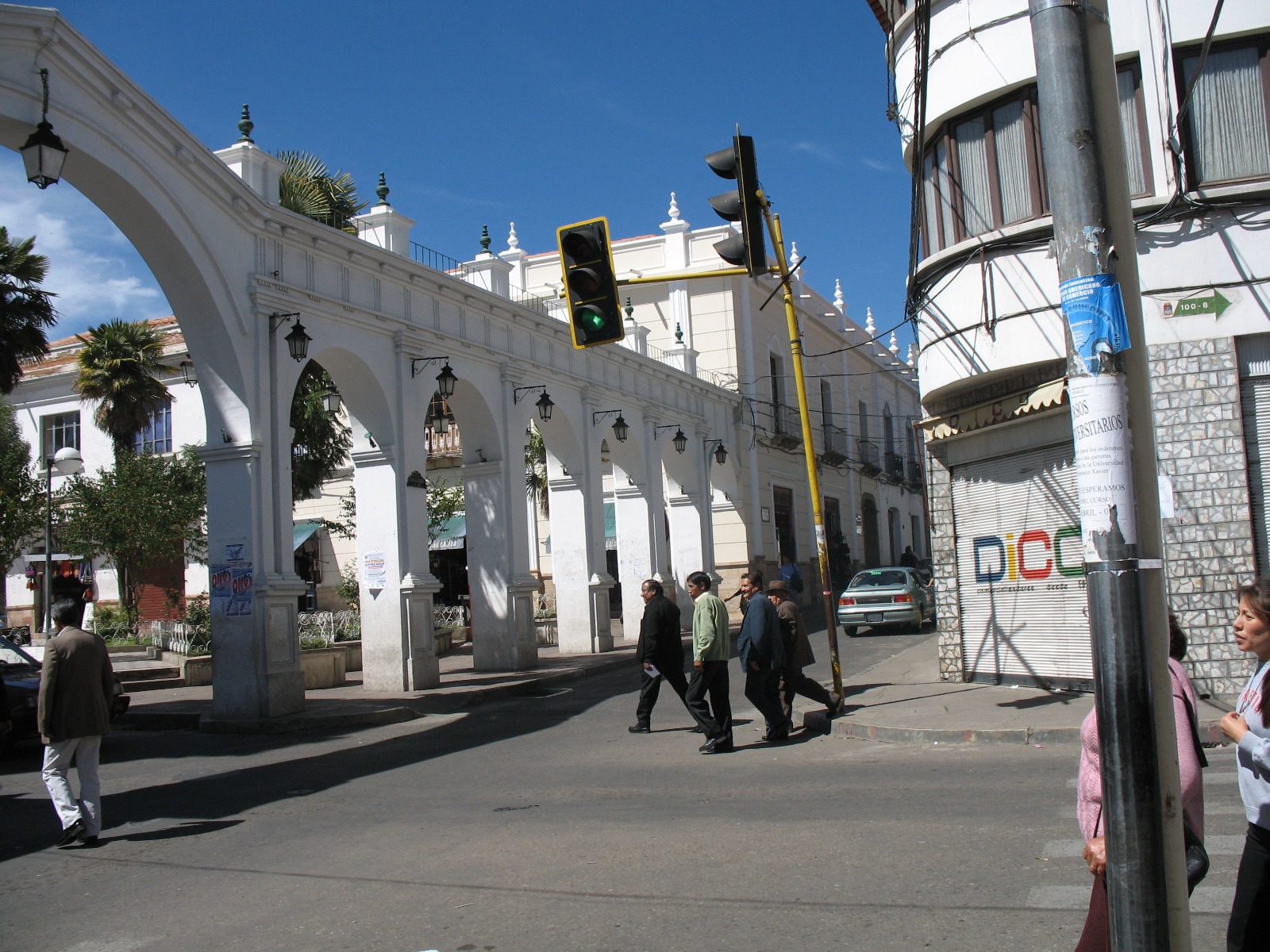
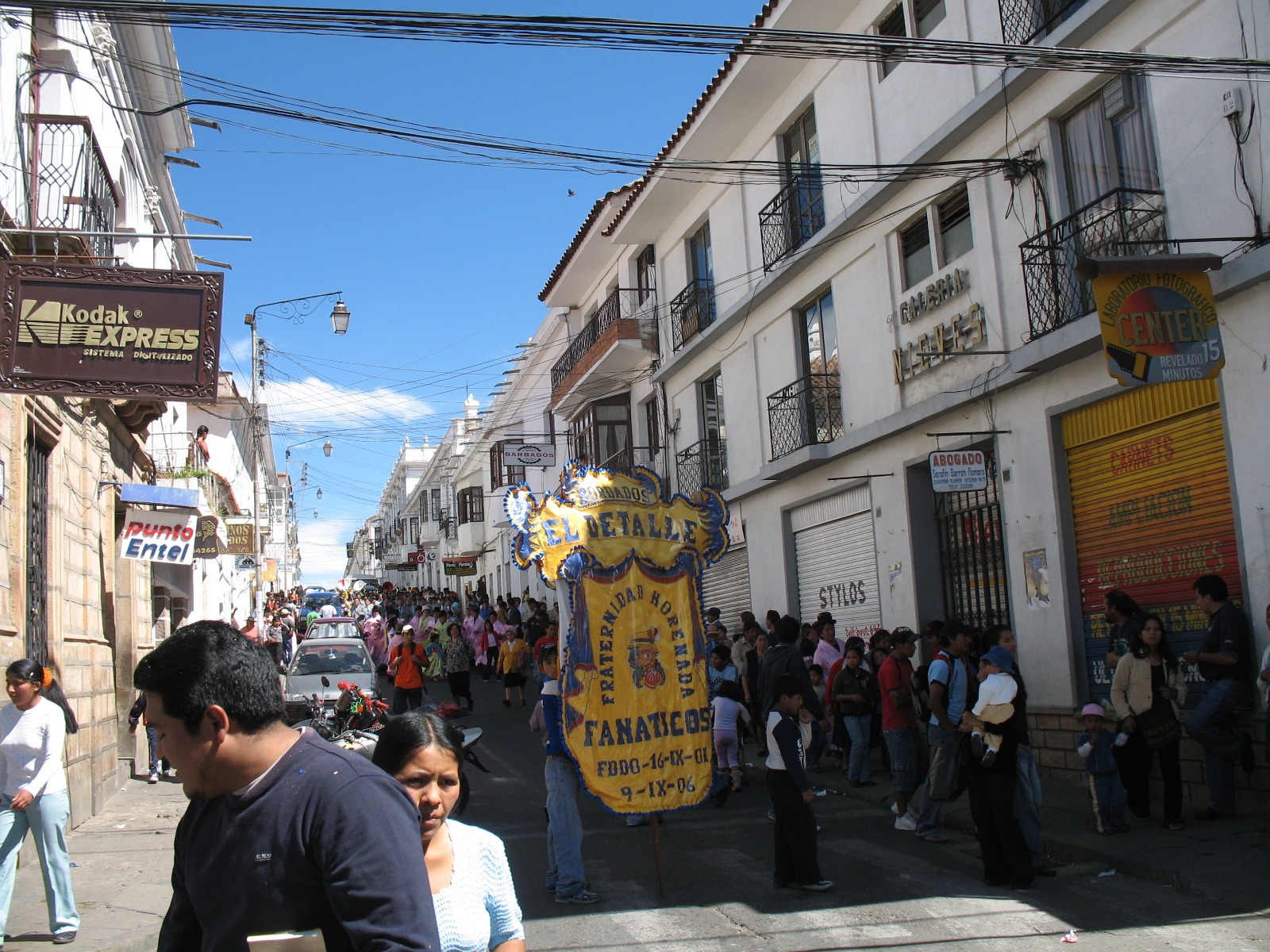
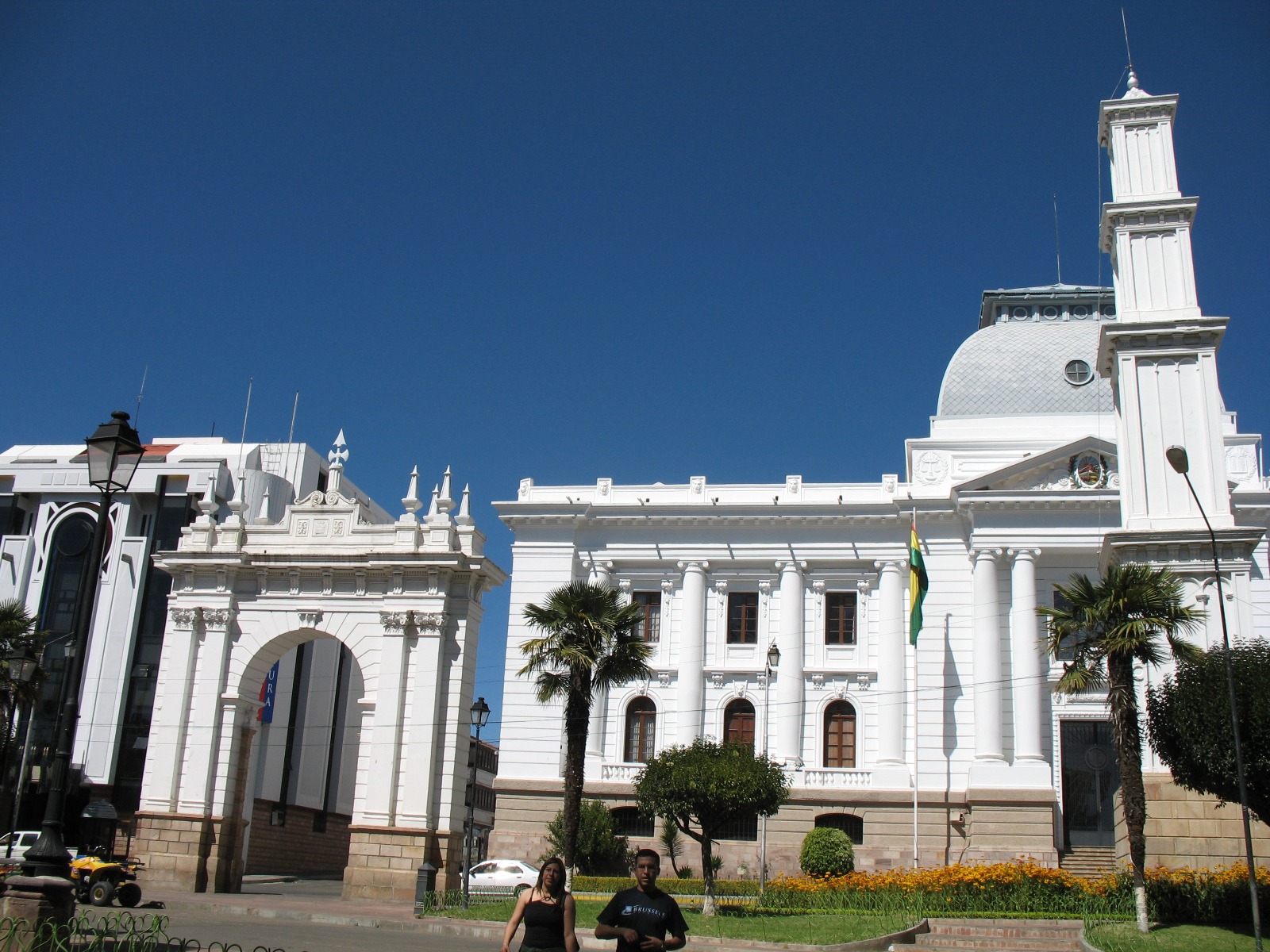
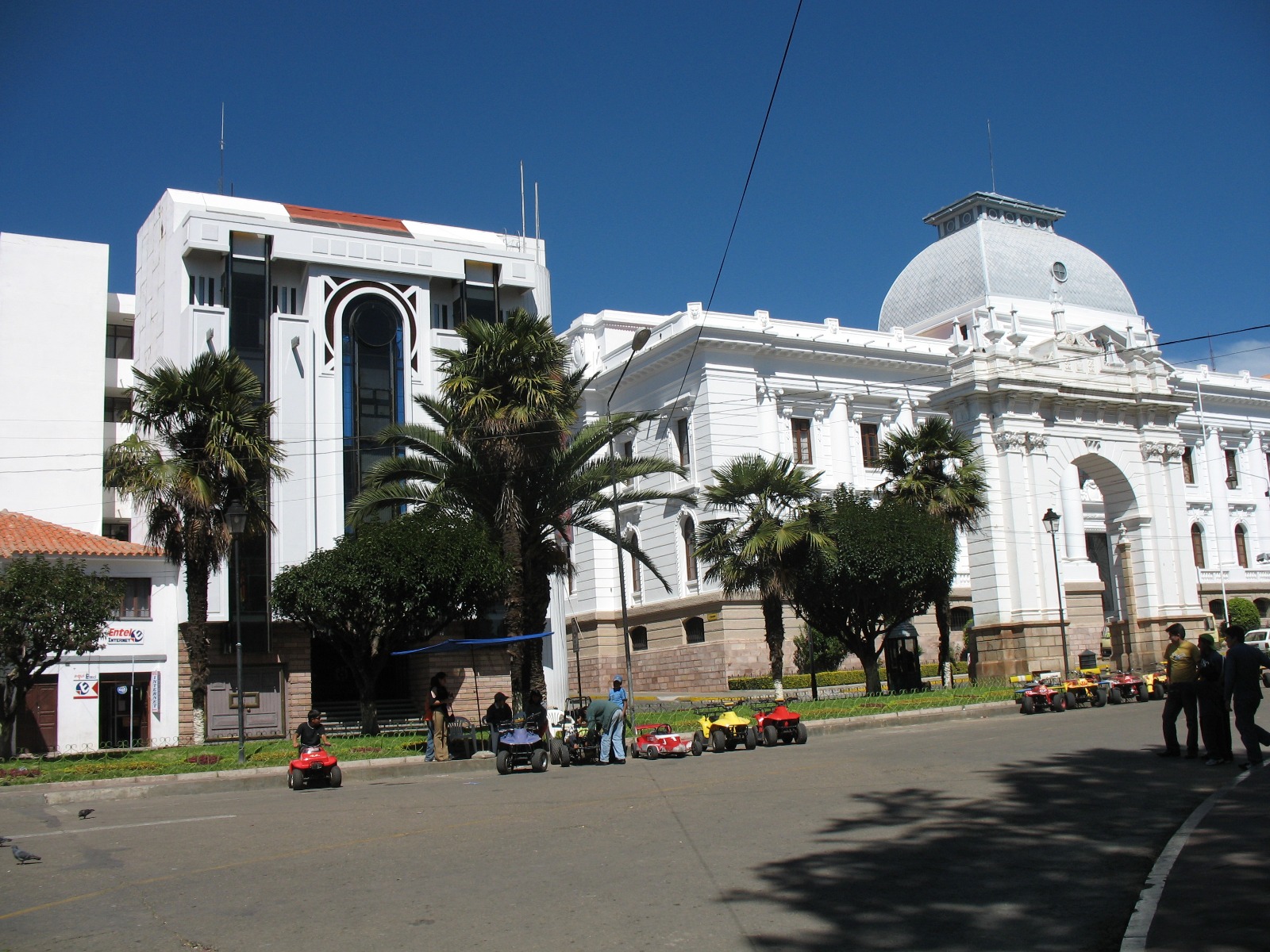
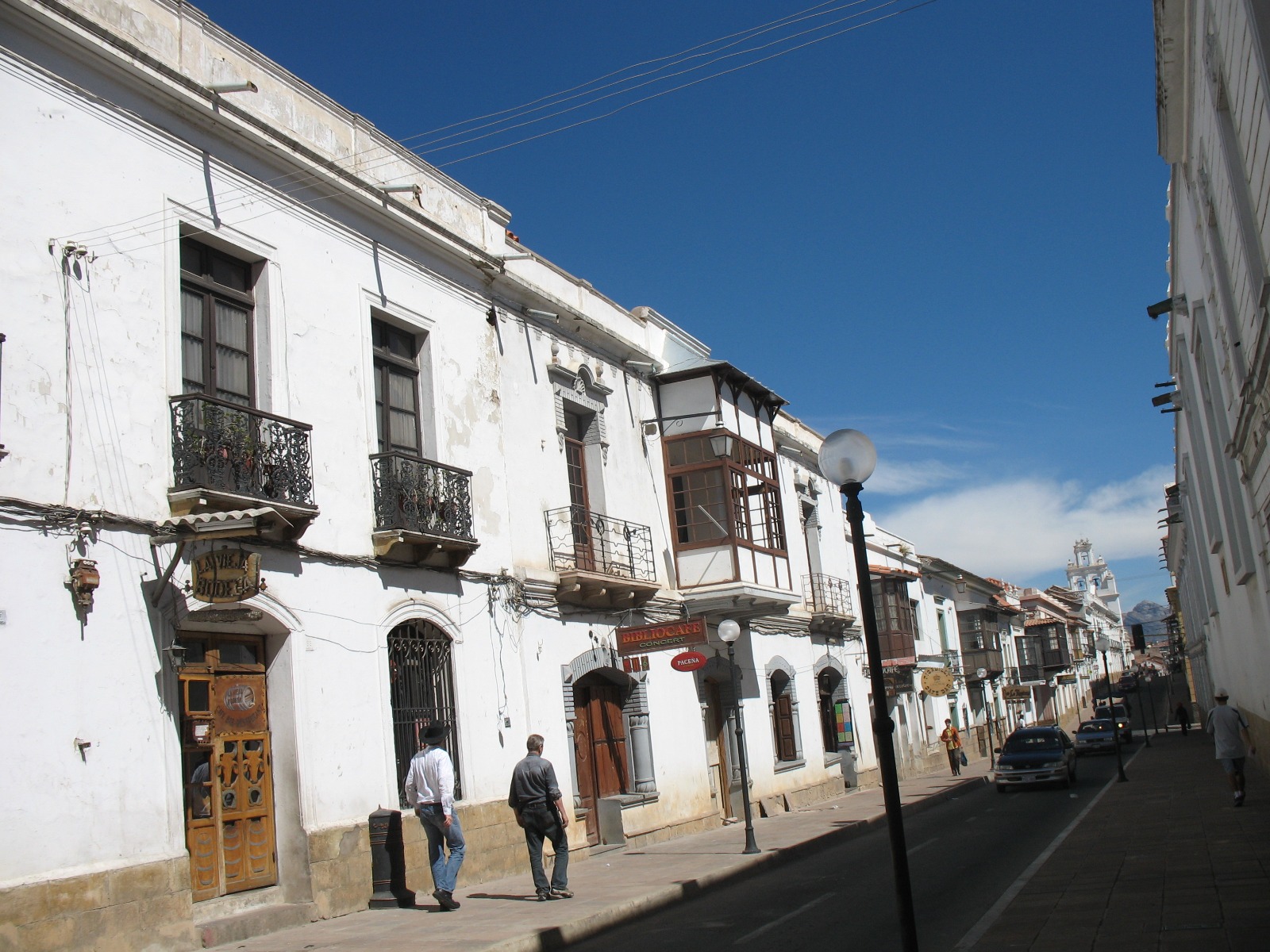
pictures 489 - 507: Going to Colquechaca, the richest silver mines in Bolivia and most likely on earth. Beside typical silver minerals like pyrargyrite you do find a full series of Germanium rich sulphosalts such as argyrodite and canfieldite, forming nice micro crystals. That is what we are aiming for and got quite lucky! 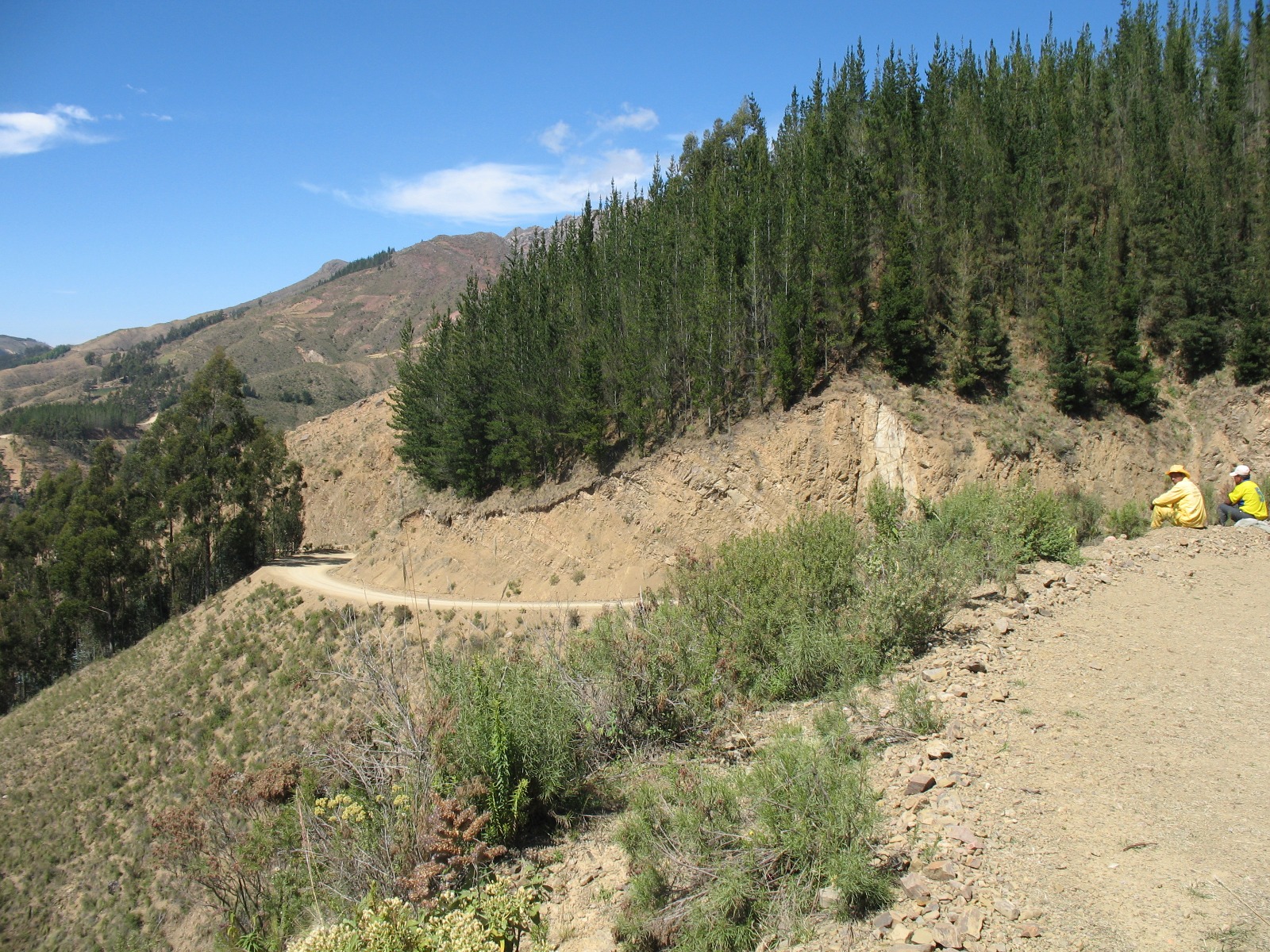
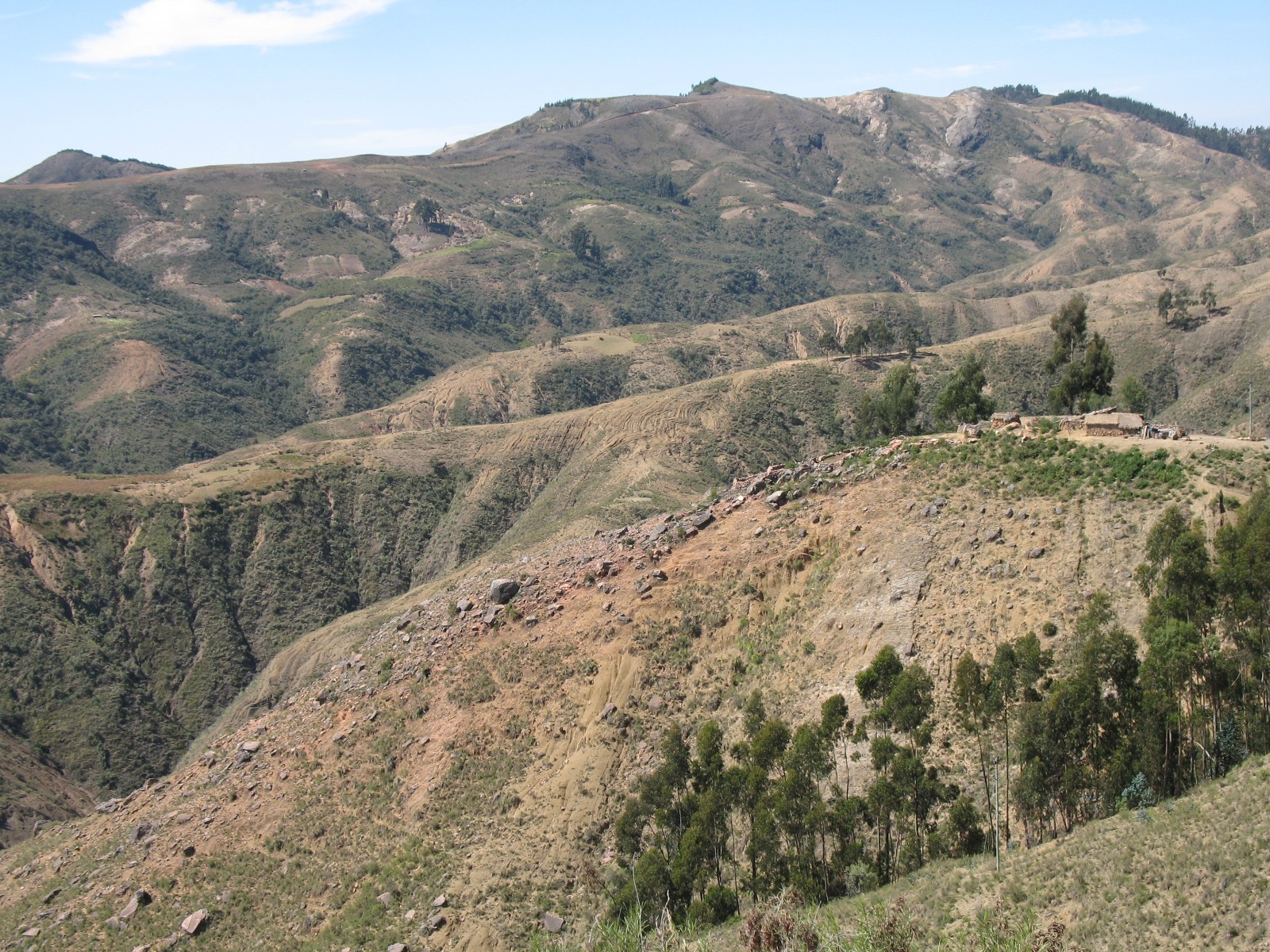
Buying a veggy snack on the way...wow, they are really hot!
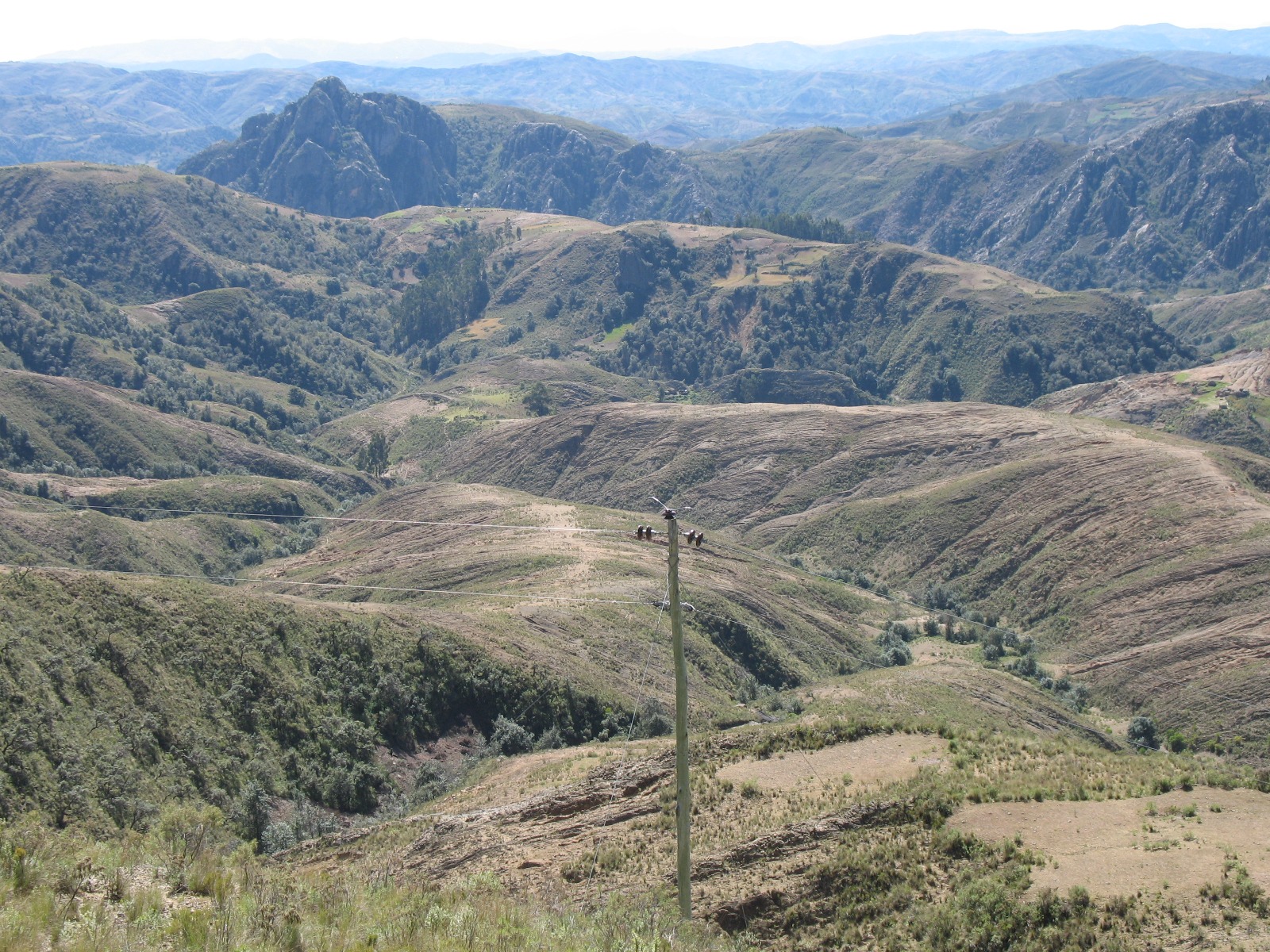
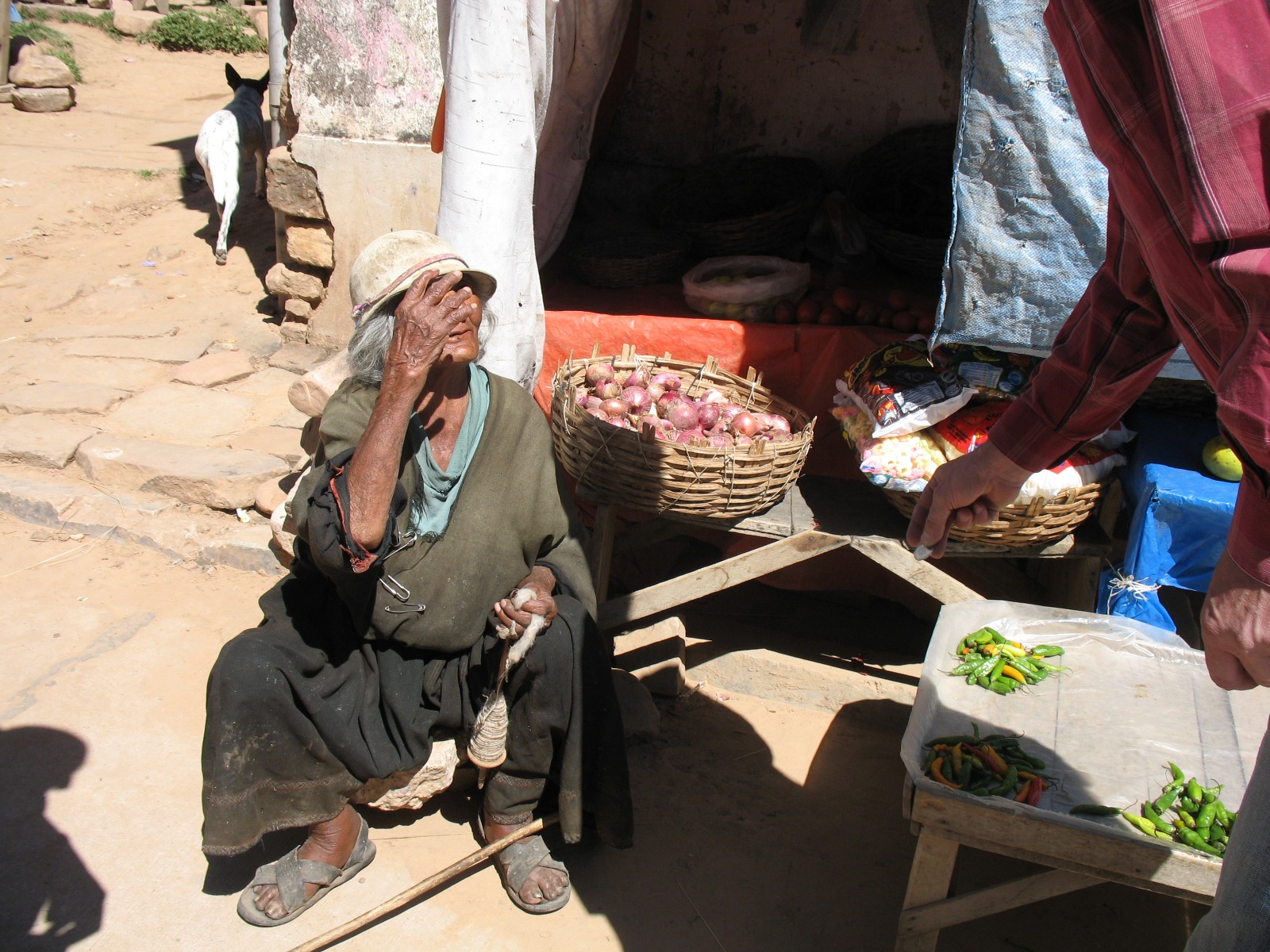
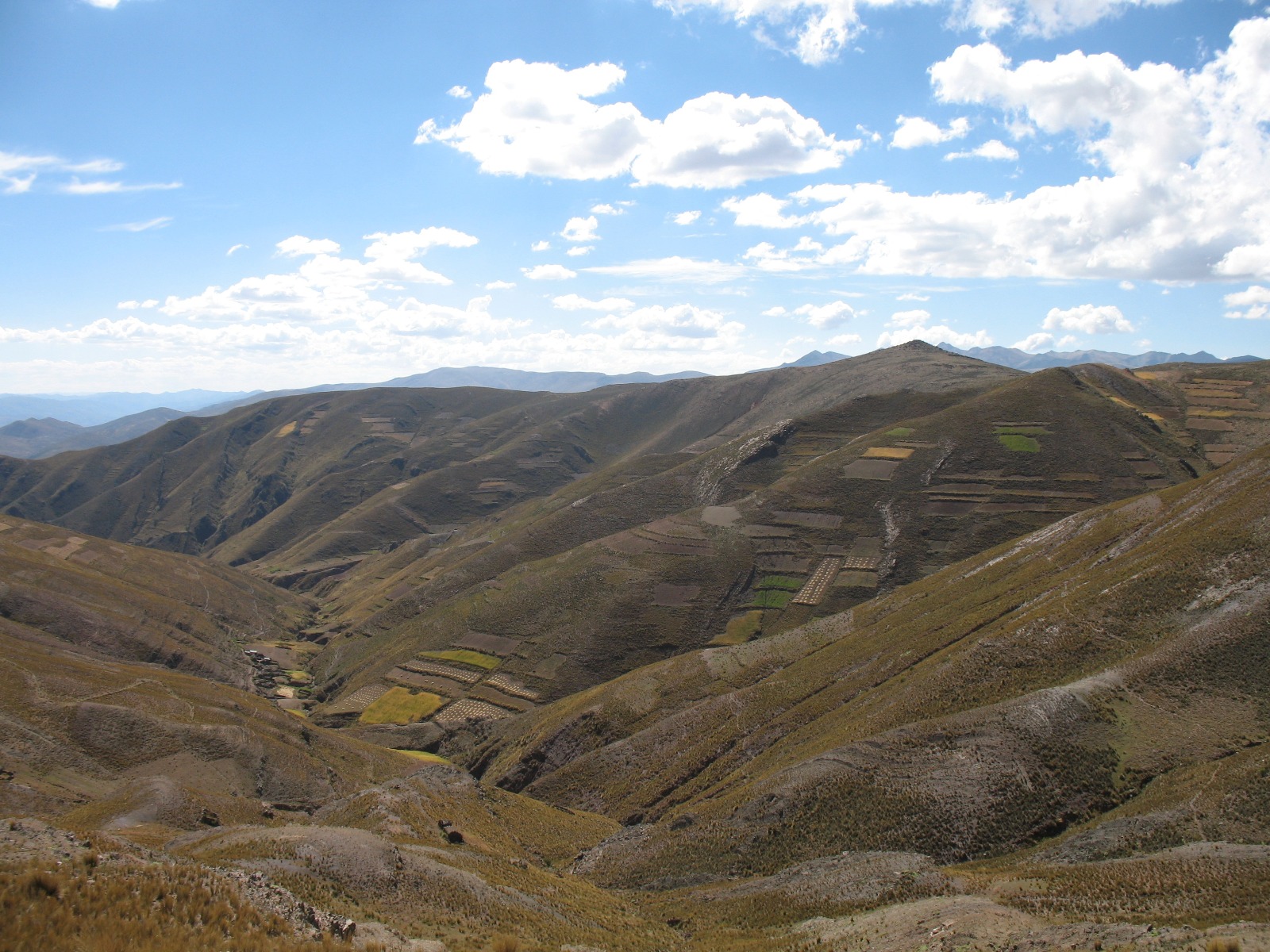
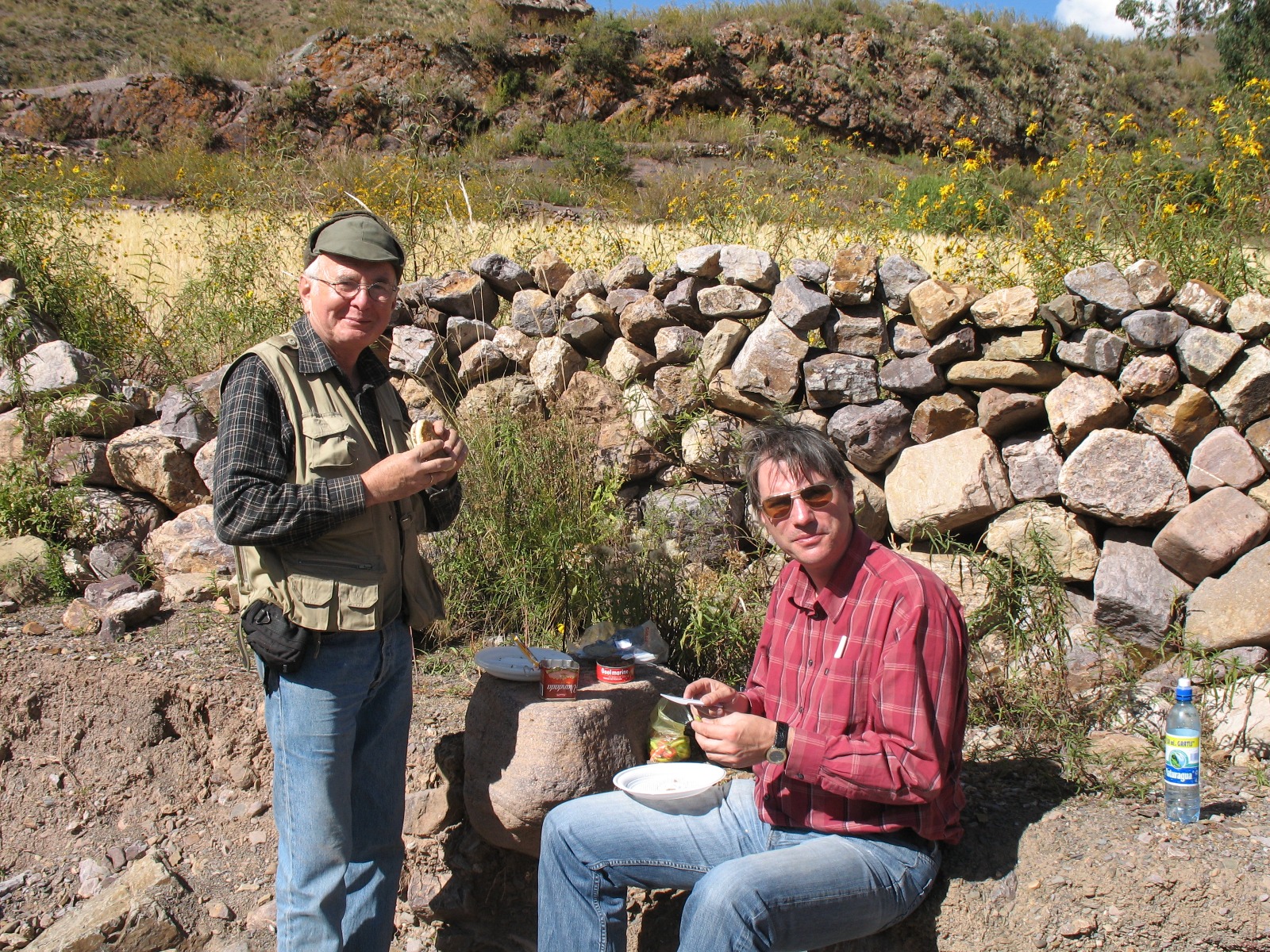

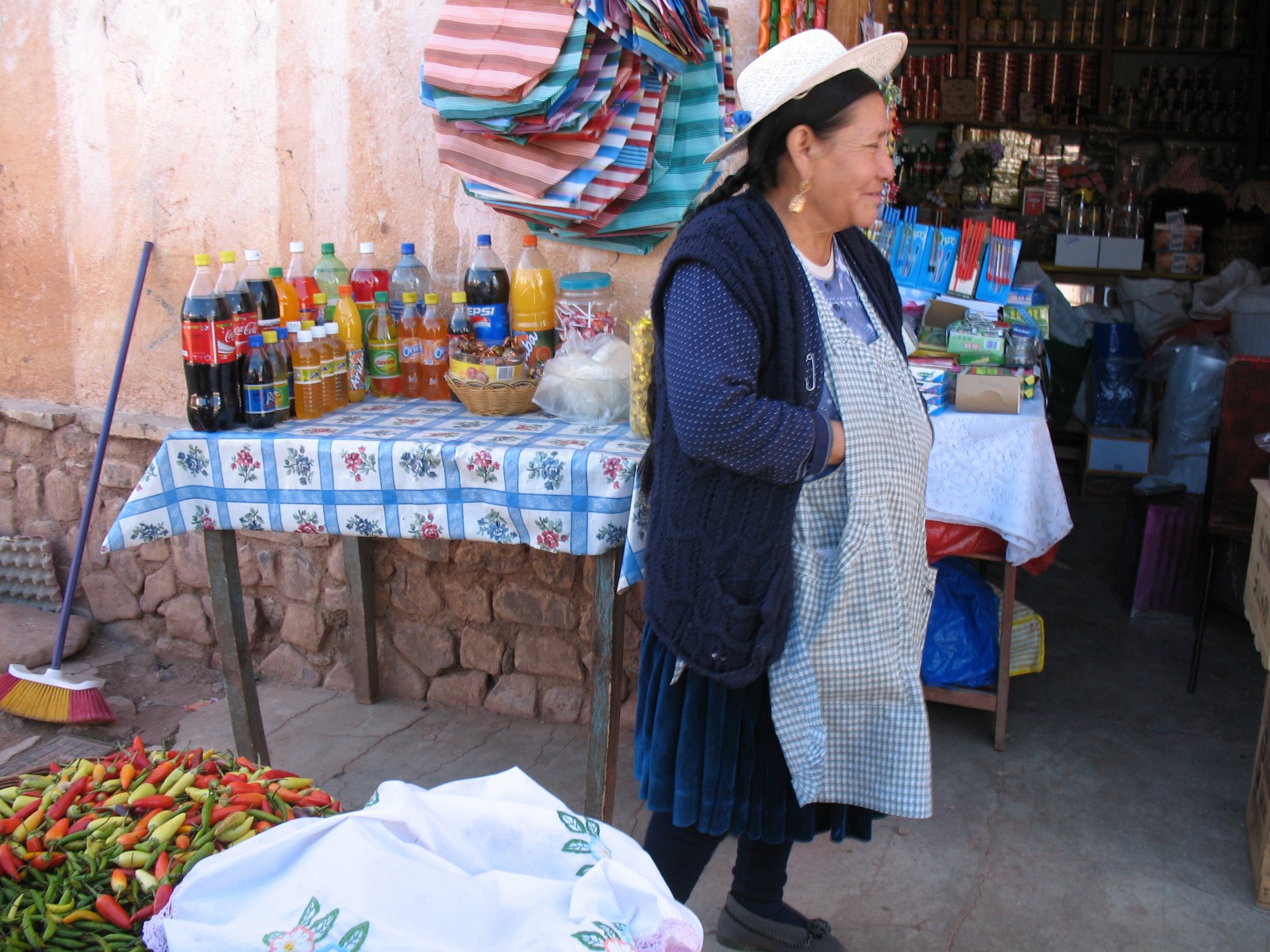
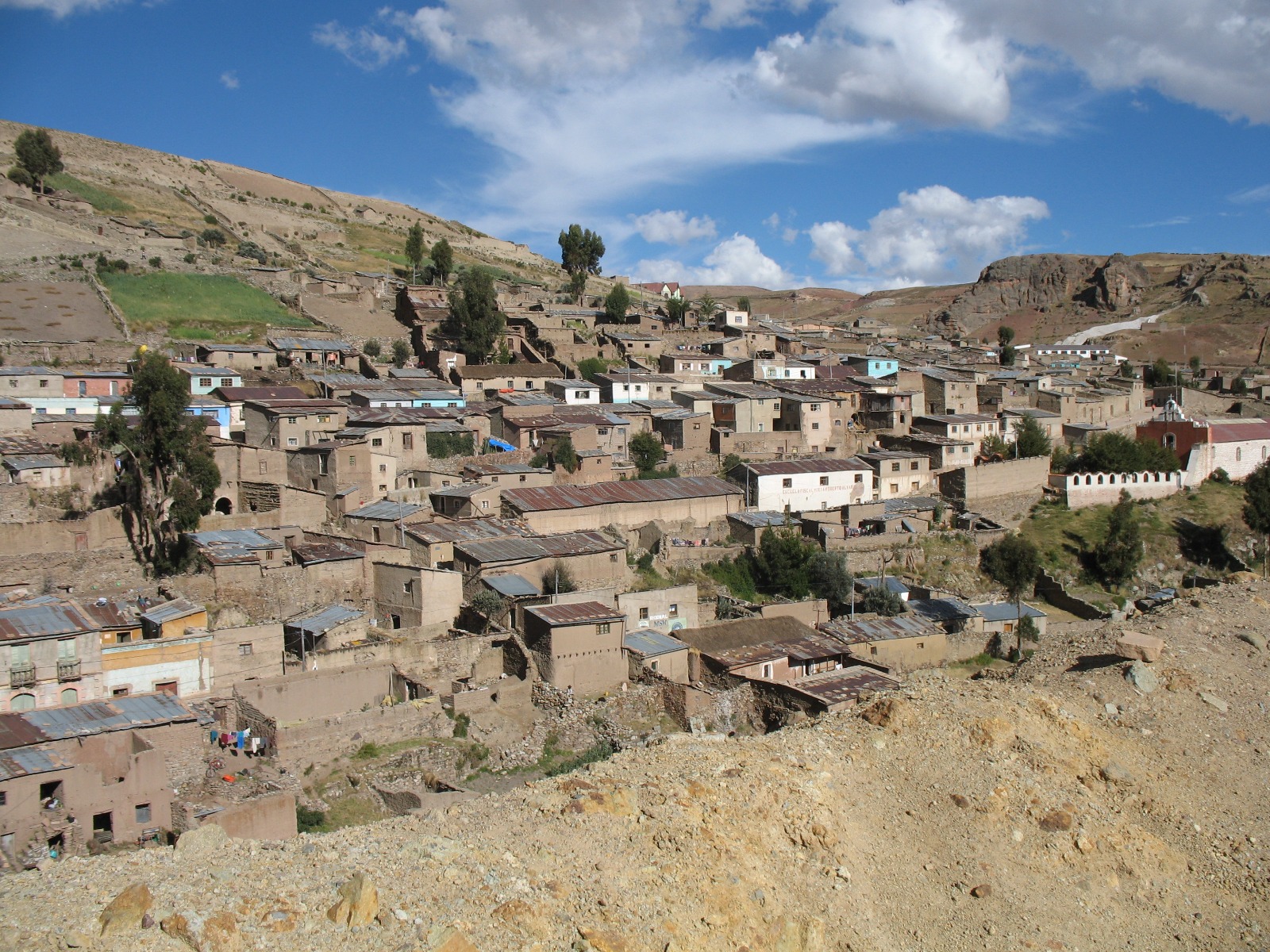
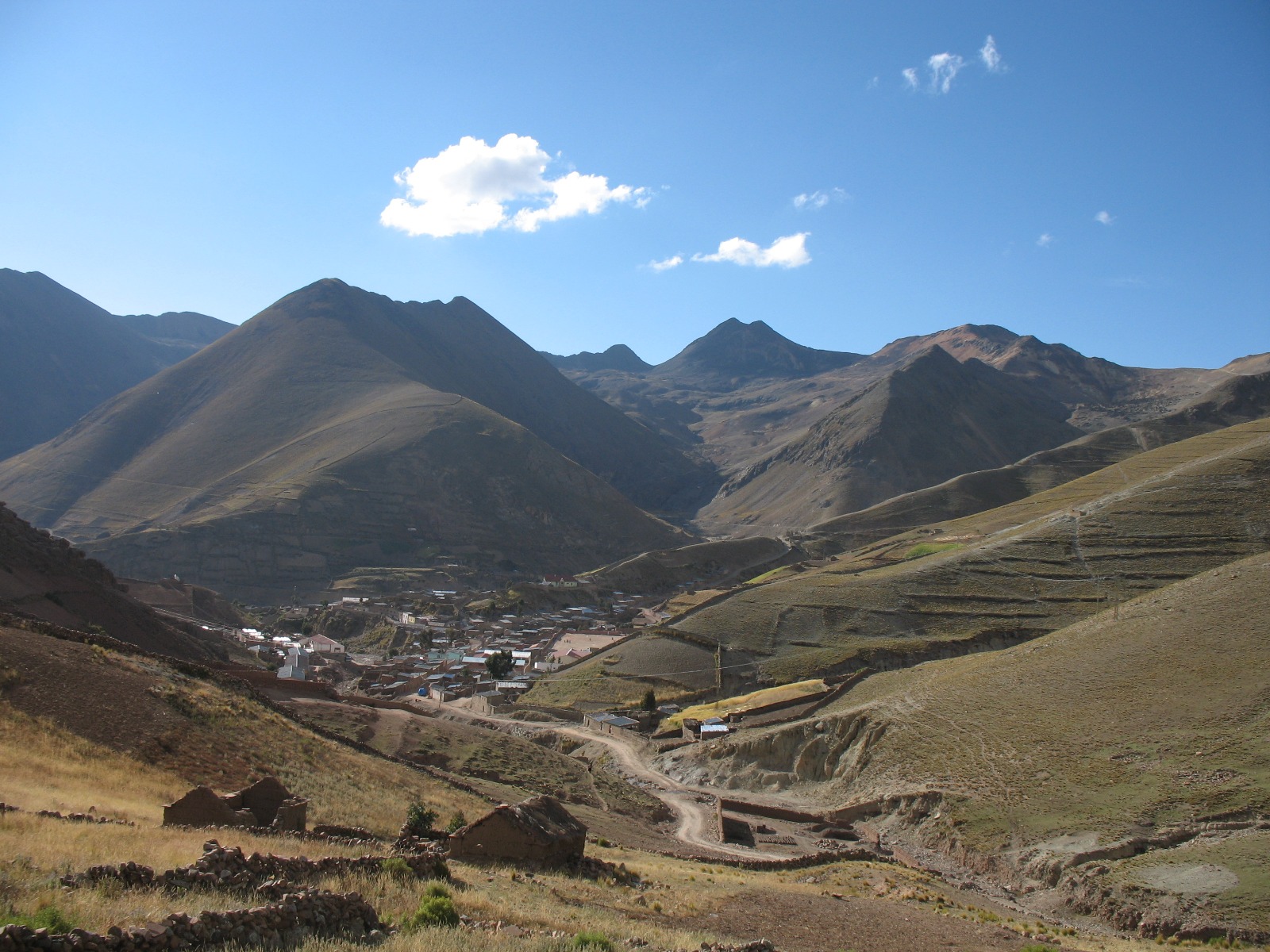
now this is a rare live picture of the so called "Branzilian death trap" shower head. Still used a lot all over Latin America it incorporated bare copper wires at like 3000W heating up the water while present in the plastic cup. Now in a certain distance to that shower head, one is perfectly safe of getting eletrified, but usually the showers are build for typical Bolivians at a normal hight of 150-160cm...Germans however are easily 190+...see the problem?
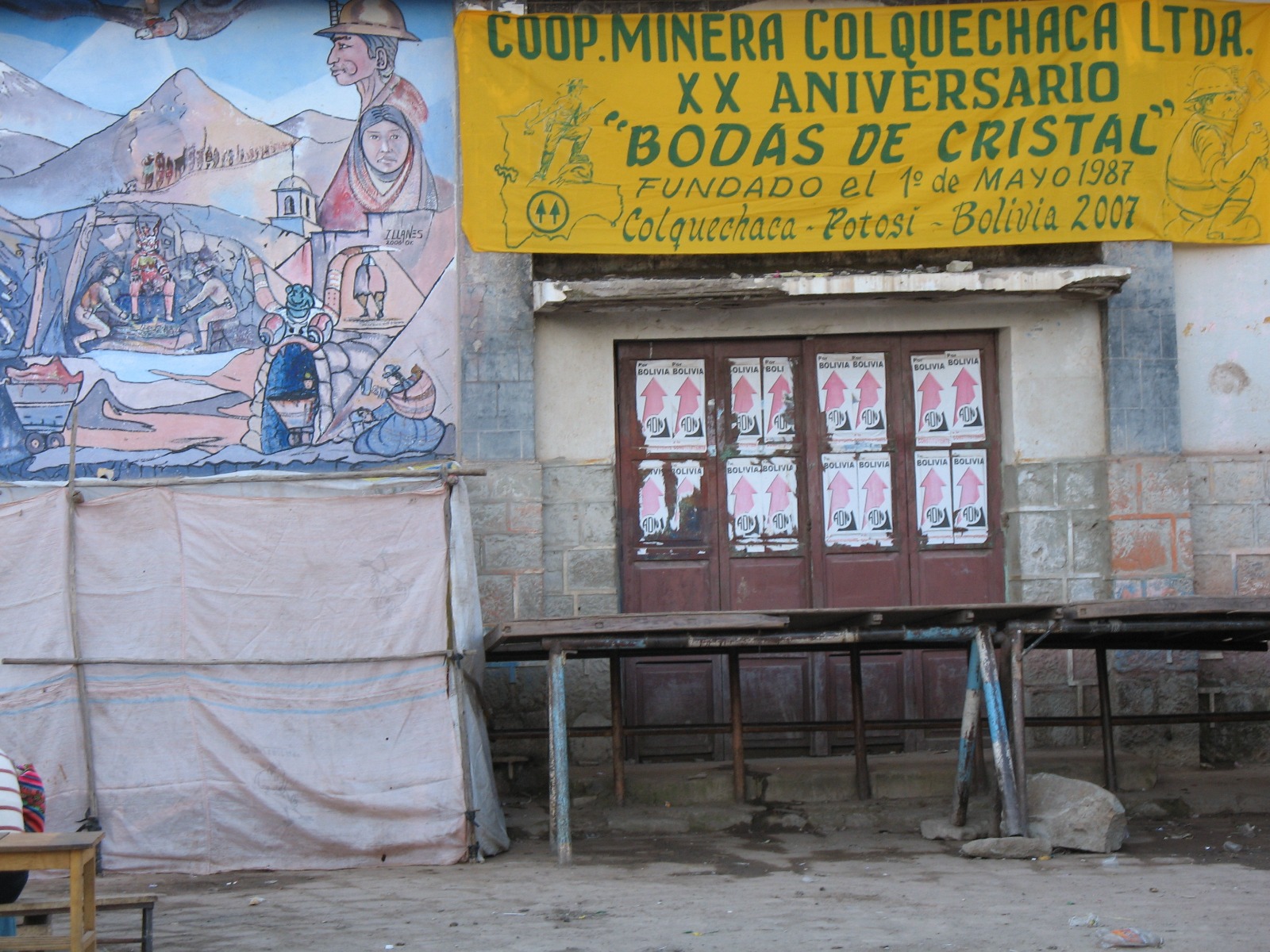
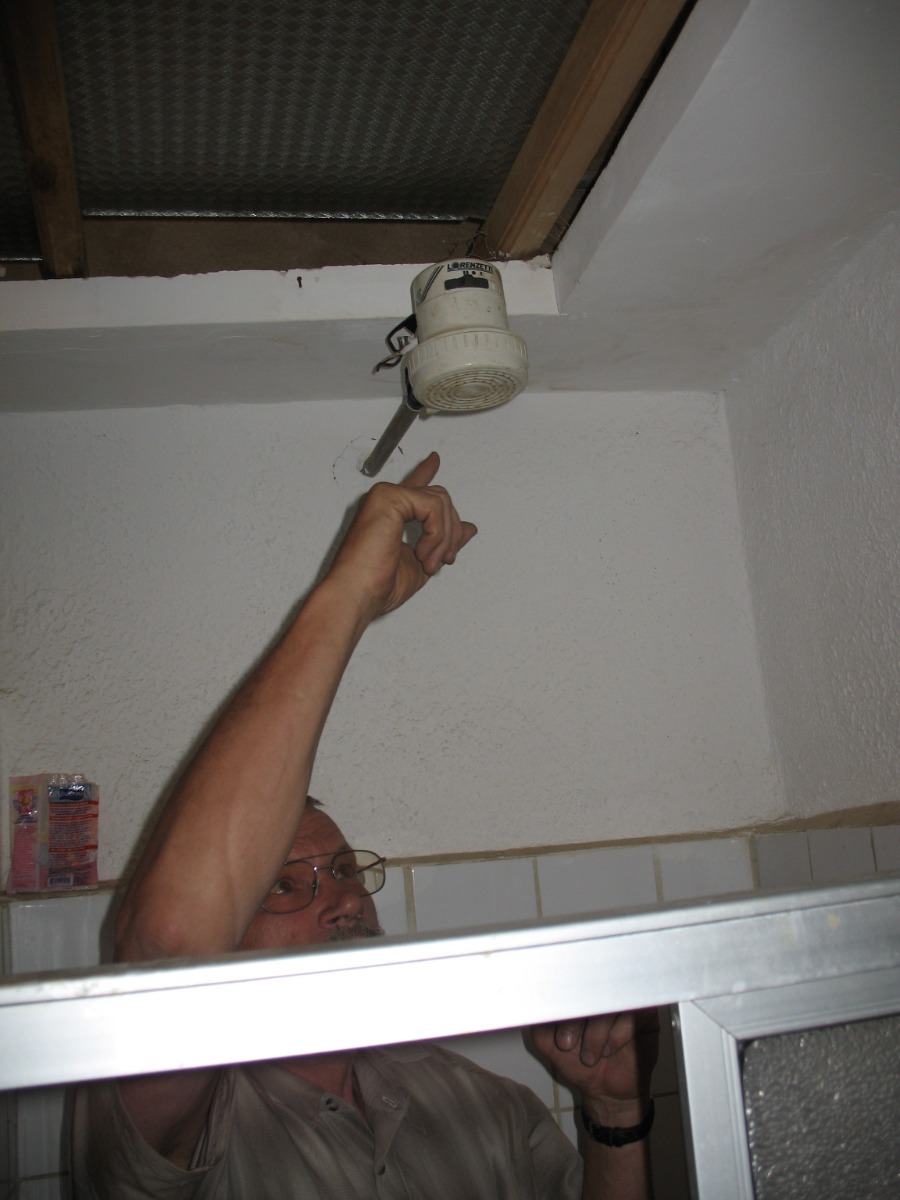
in order to attract attention (well, not that the presence of really tall white guys in the middle of nowehere is not creating attention all by itself) we use the local radio stations to make announcments of us buying silver minerals. For 5 messages you pay app. 1 USD total, so we leave a small tip and they are very happy and enthusiastic. It always works quite well.
The other pictures show the advanced crushing technology used for the silver ore...!
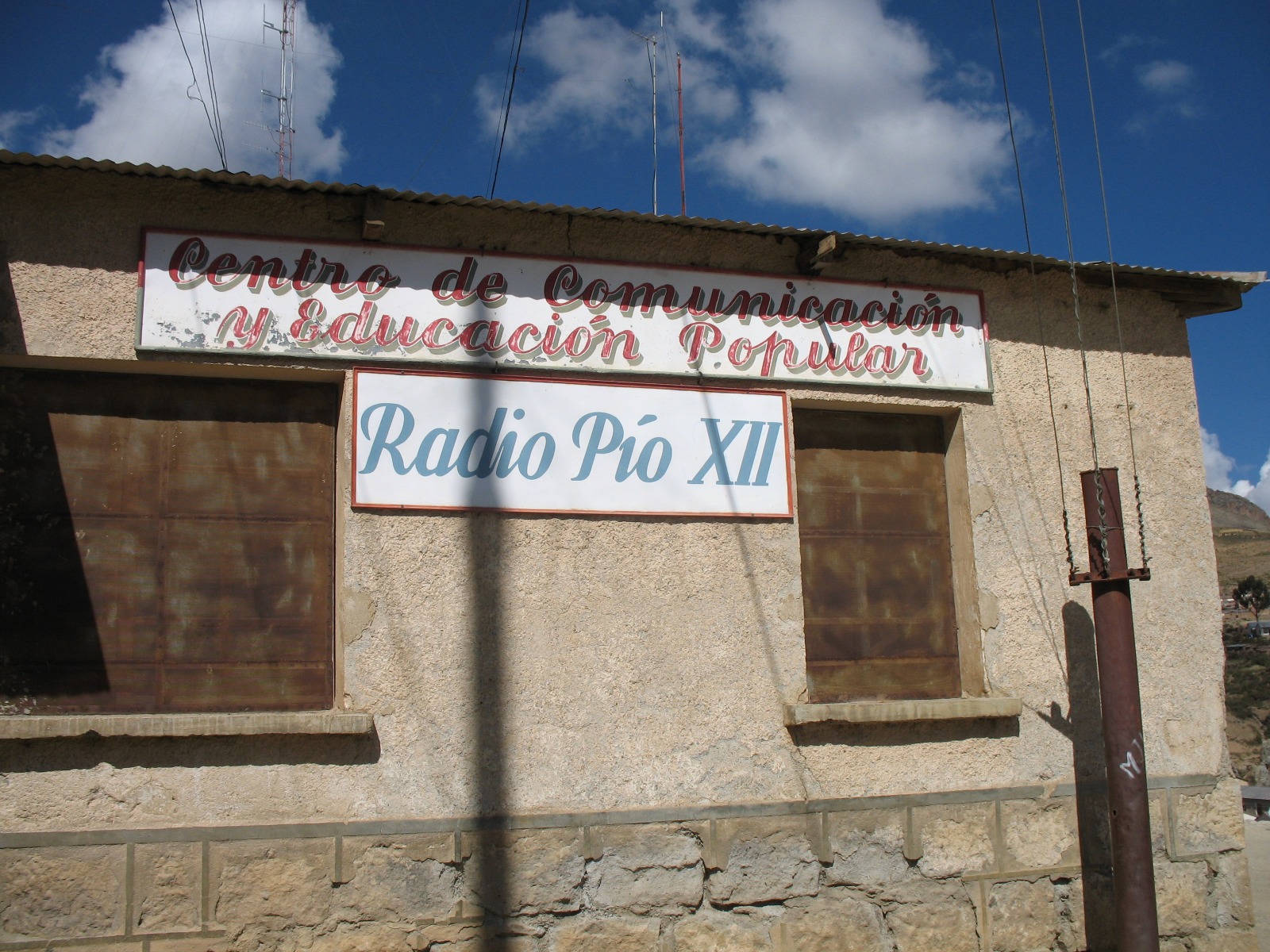
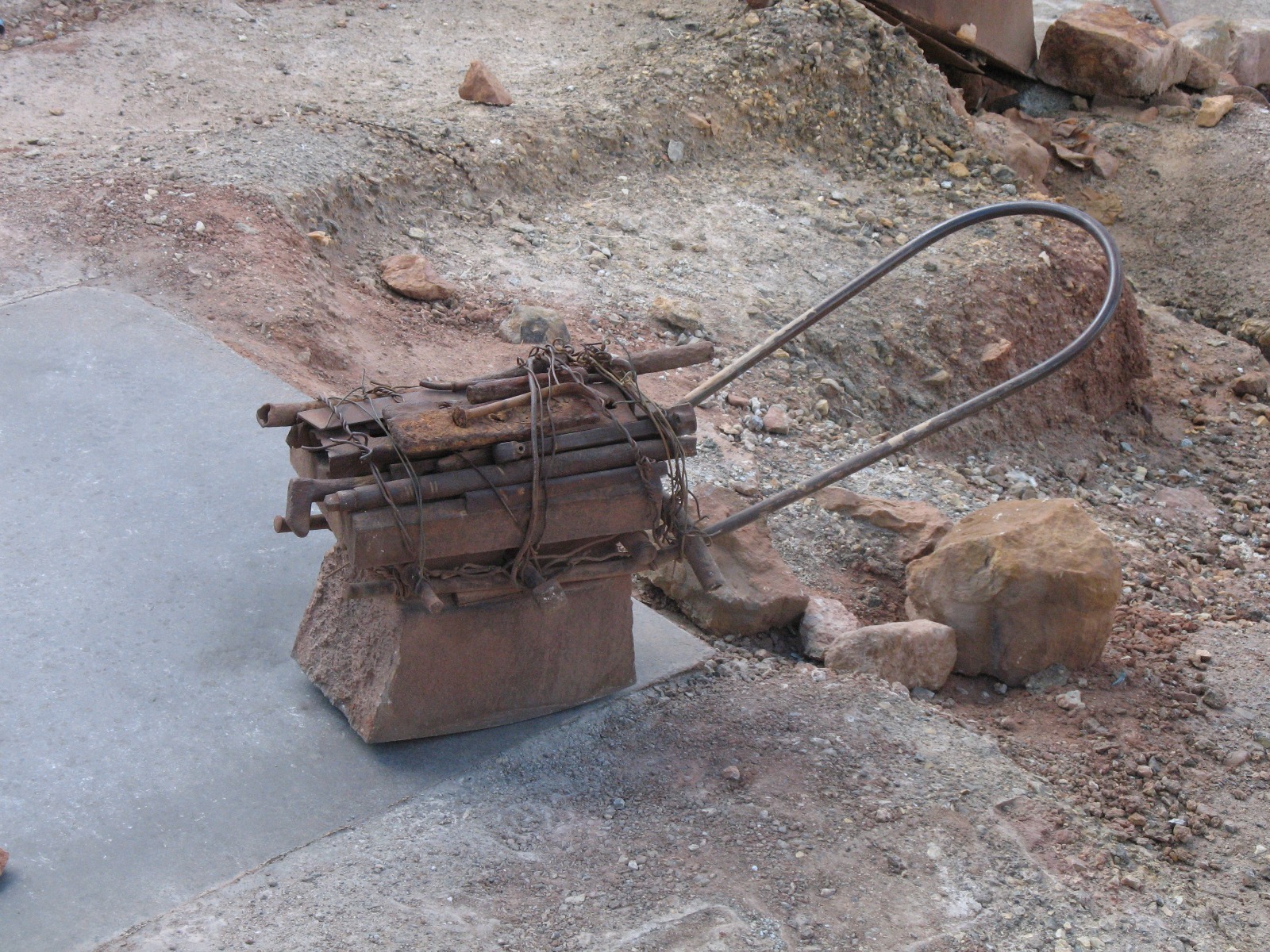
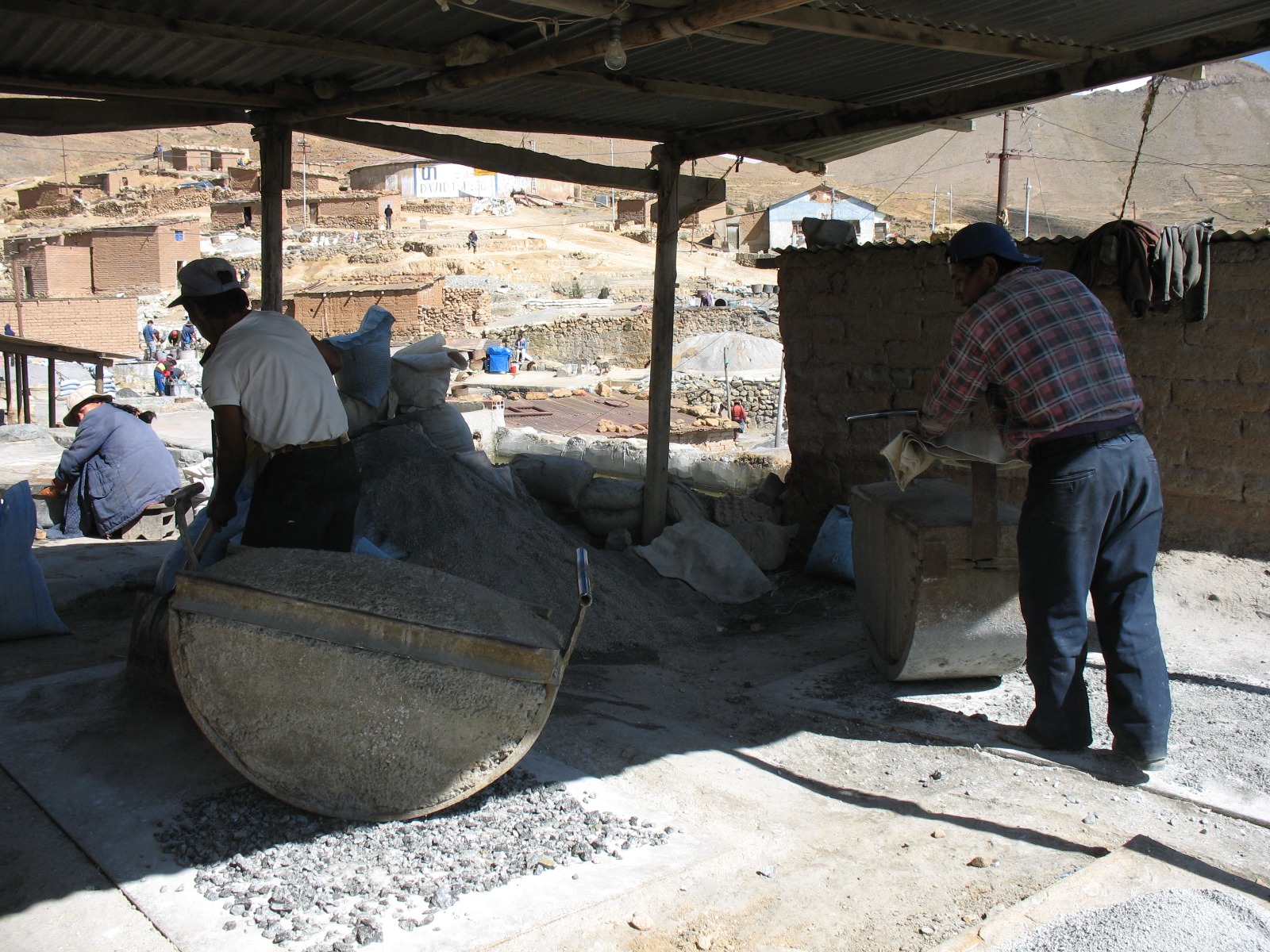
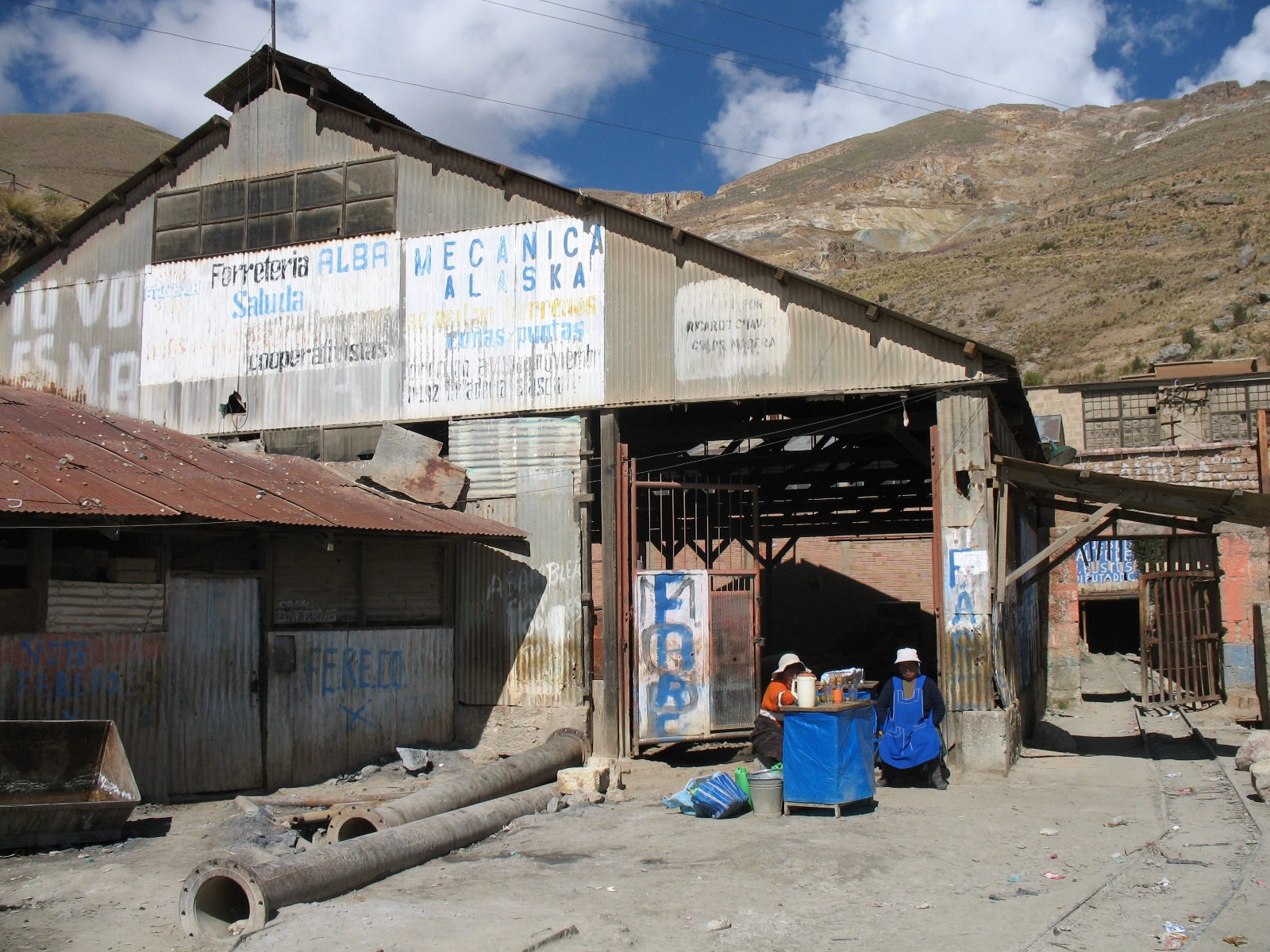
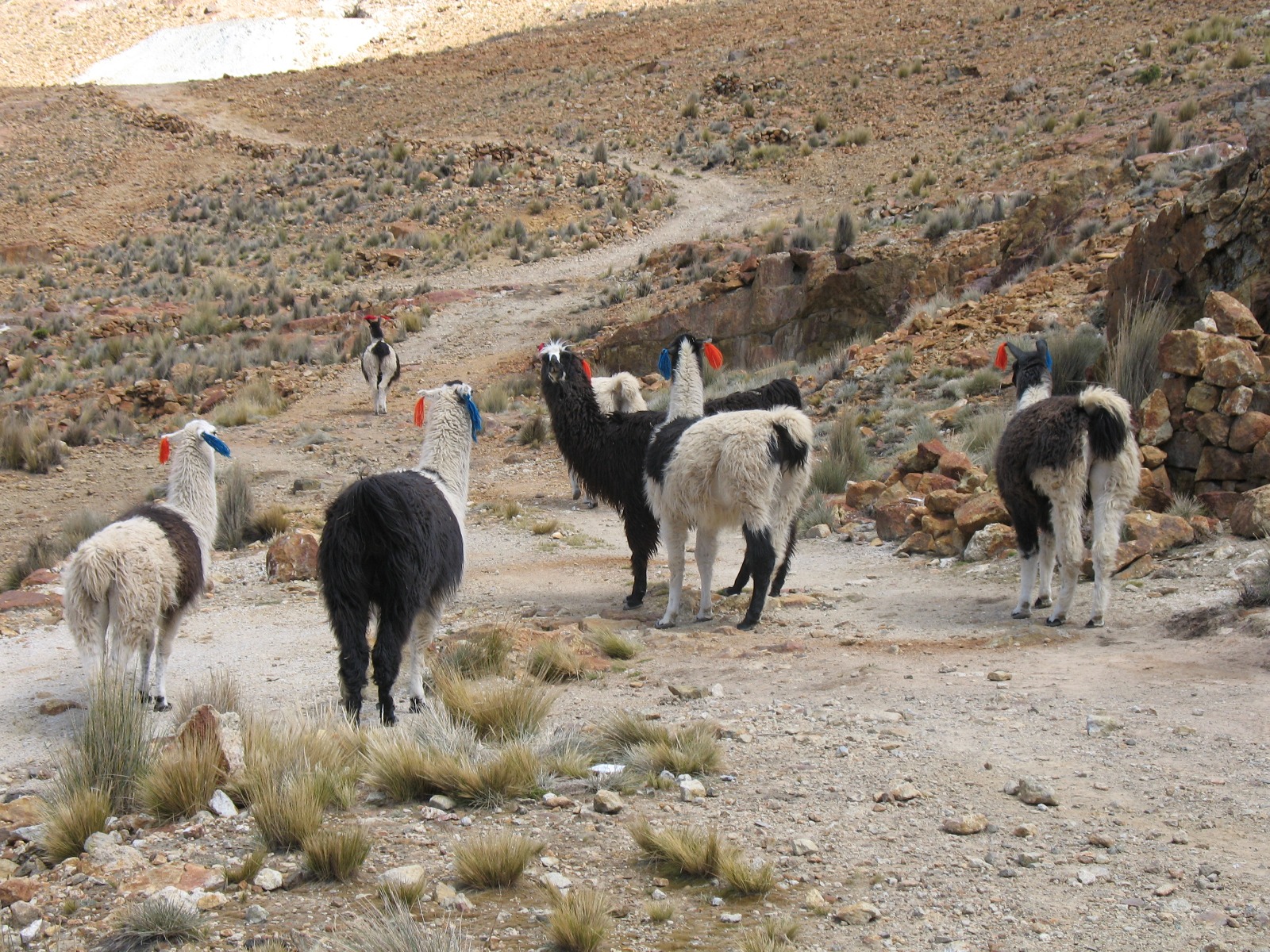

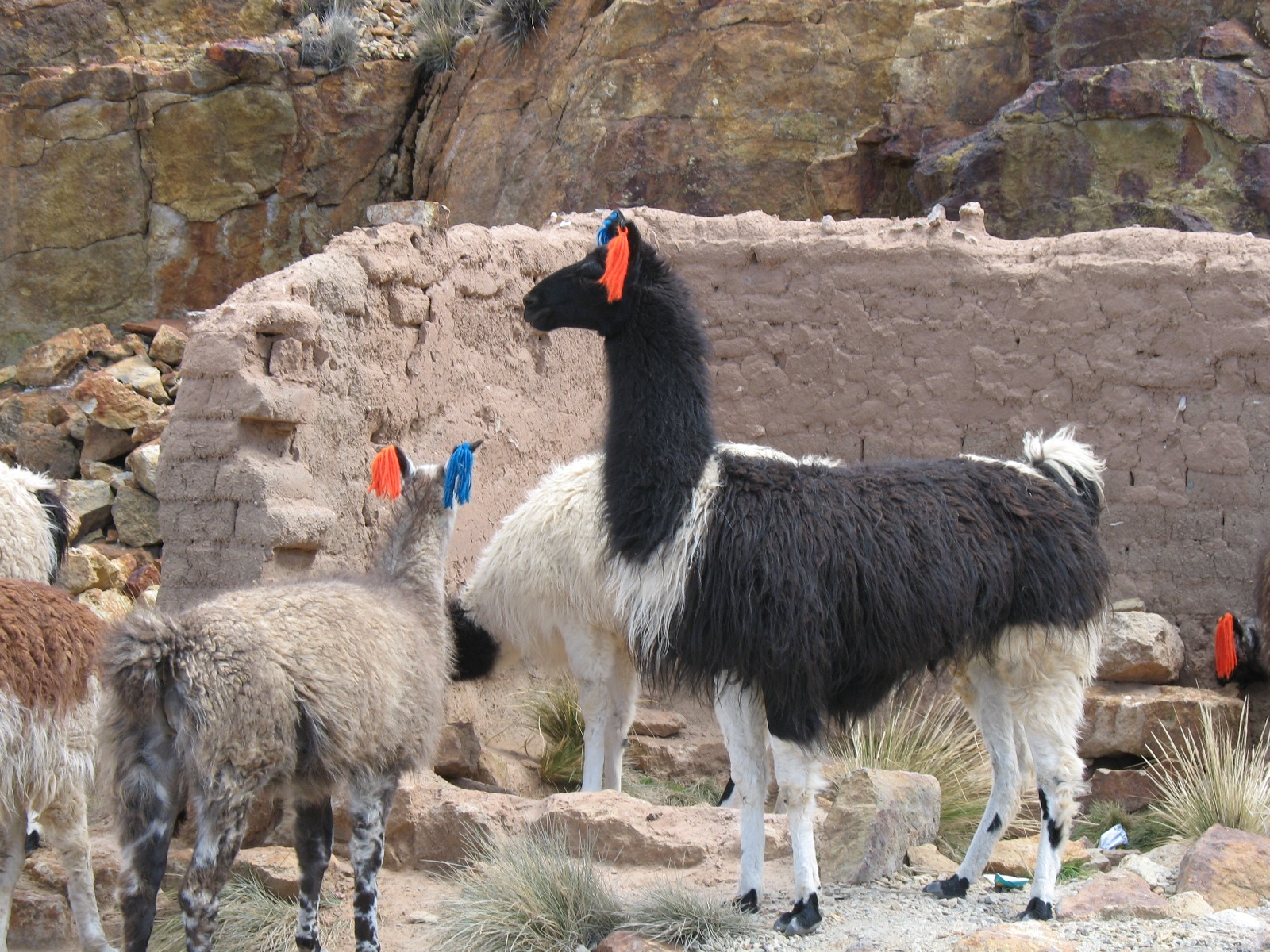
pictures 508 - 513: onward we go to Uncia, the town rigth next to Llallagua, to see some of the zinc orerations going for sphalerite. Now on that ore you find the rare occasion of getting actual greenockite crystals of a great red-orange color. The miners did not really got what we were doing, but the result was outstanding, at least 15 flats of greenockite crystal specimen! 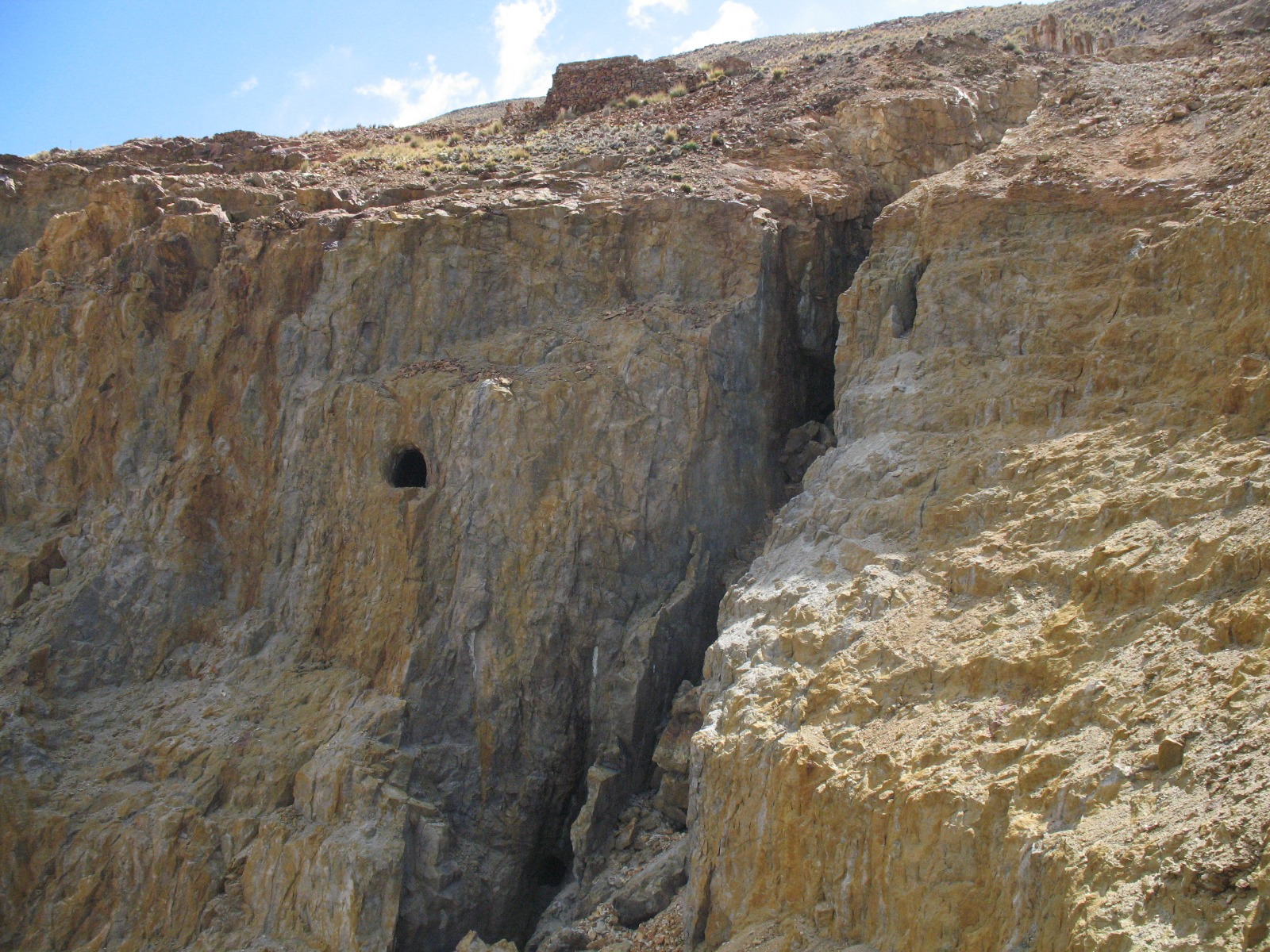
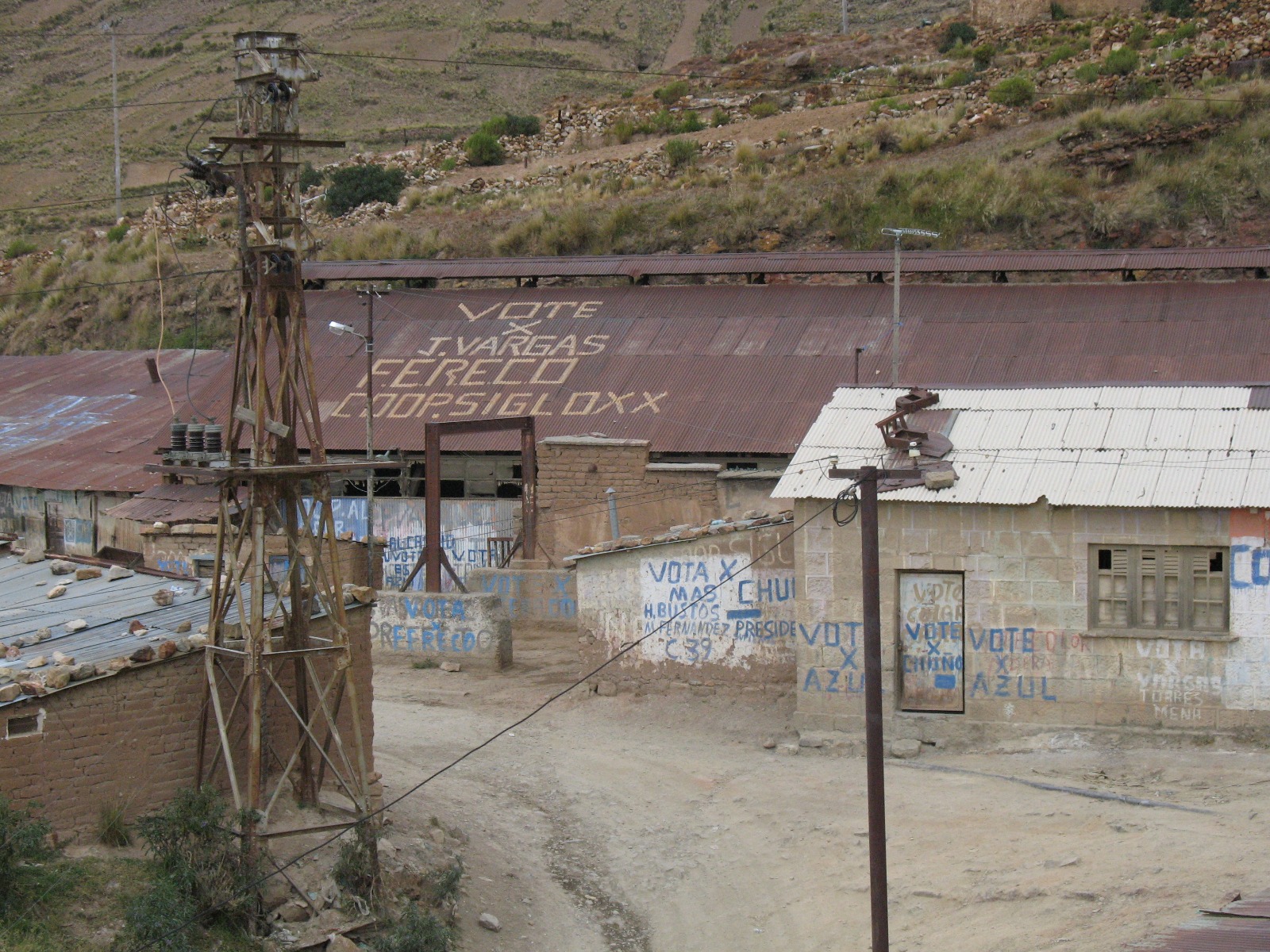
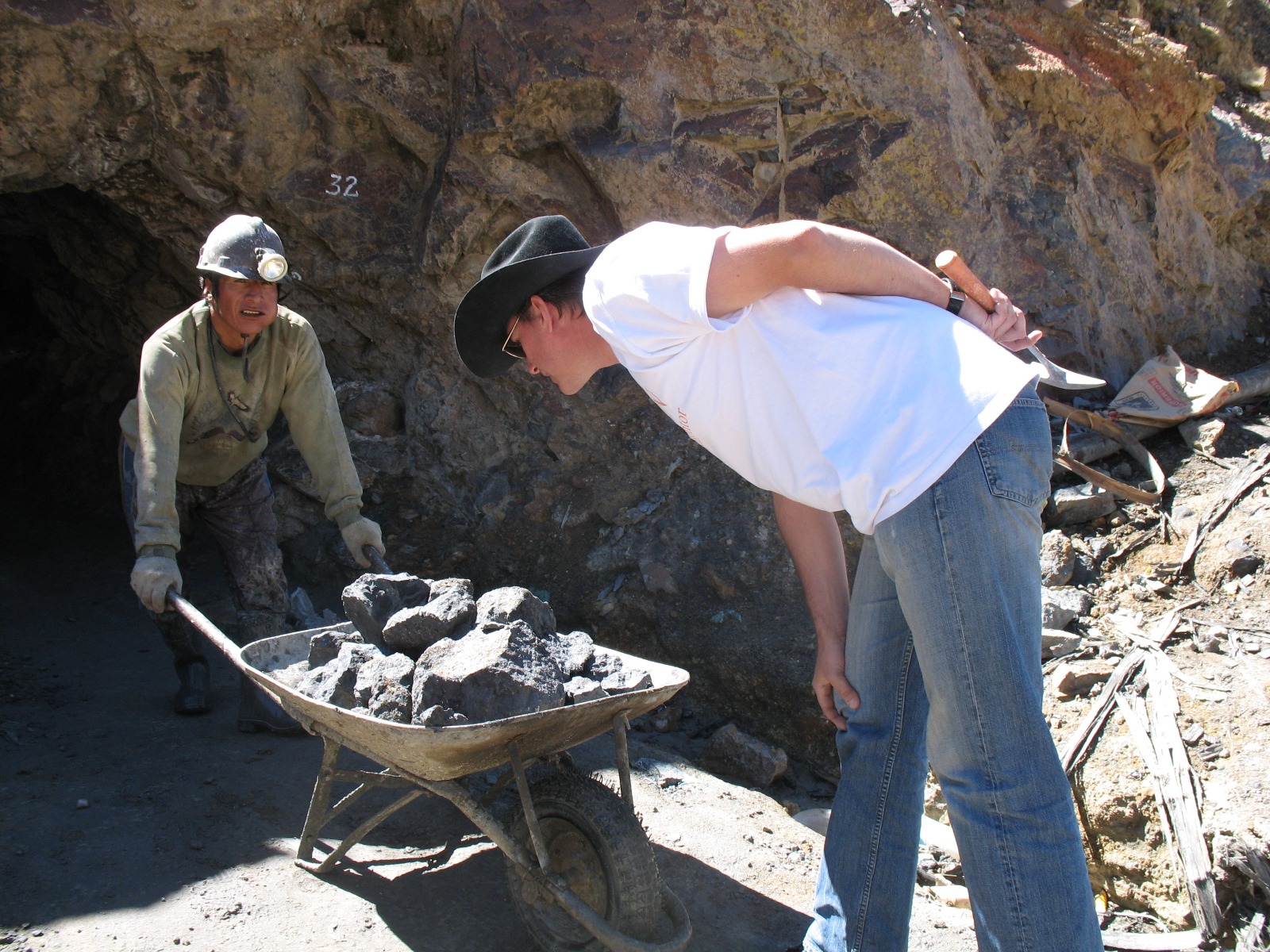
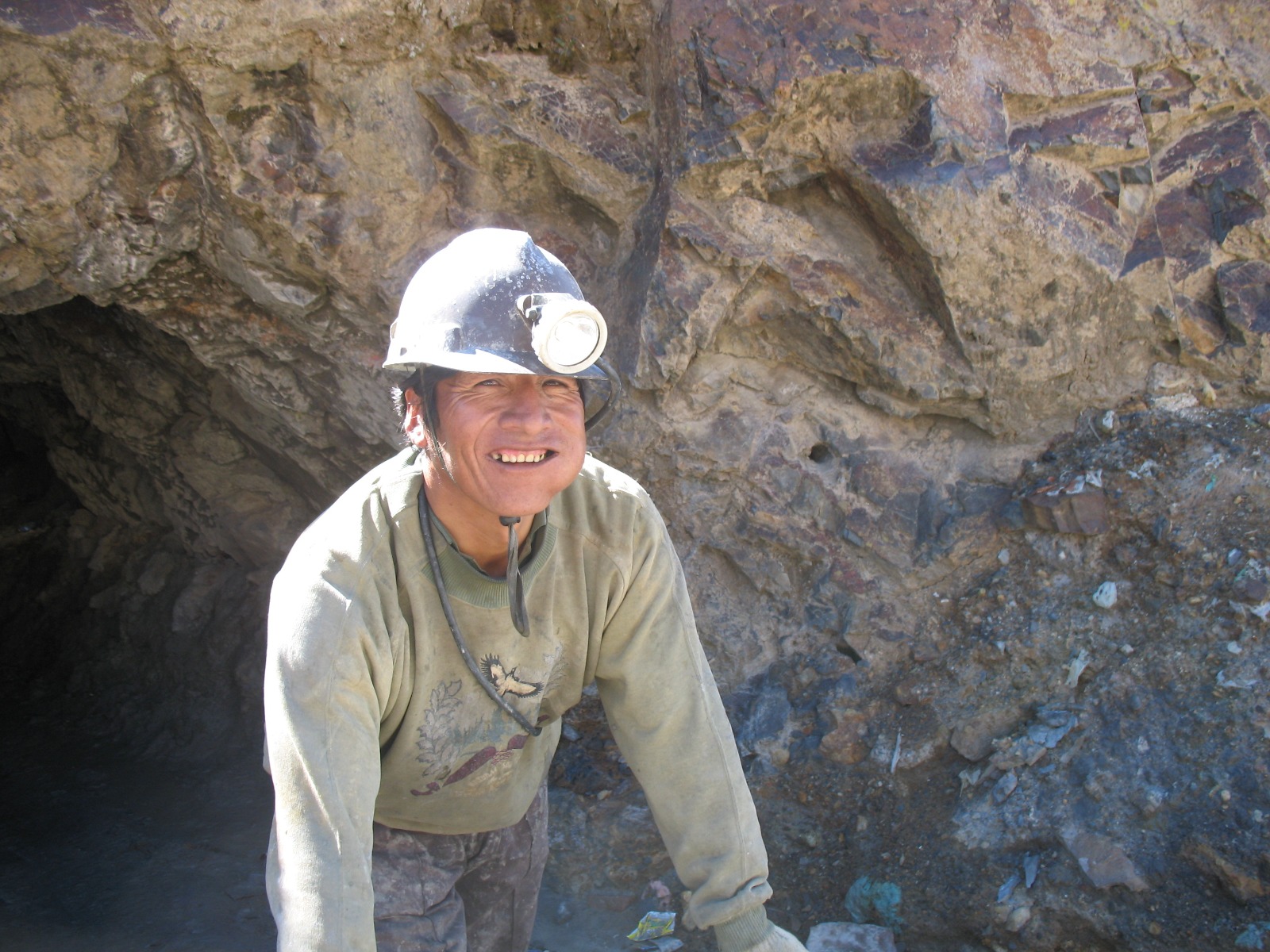
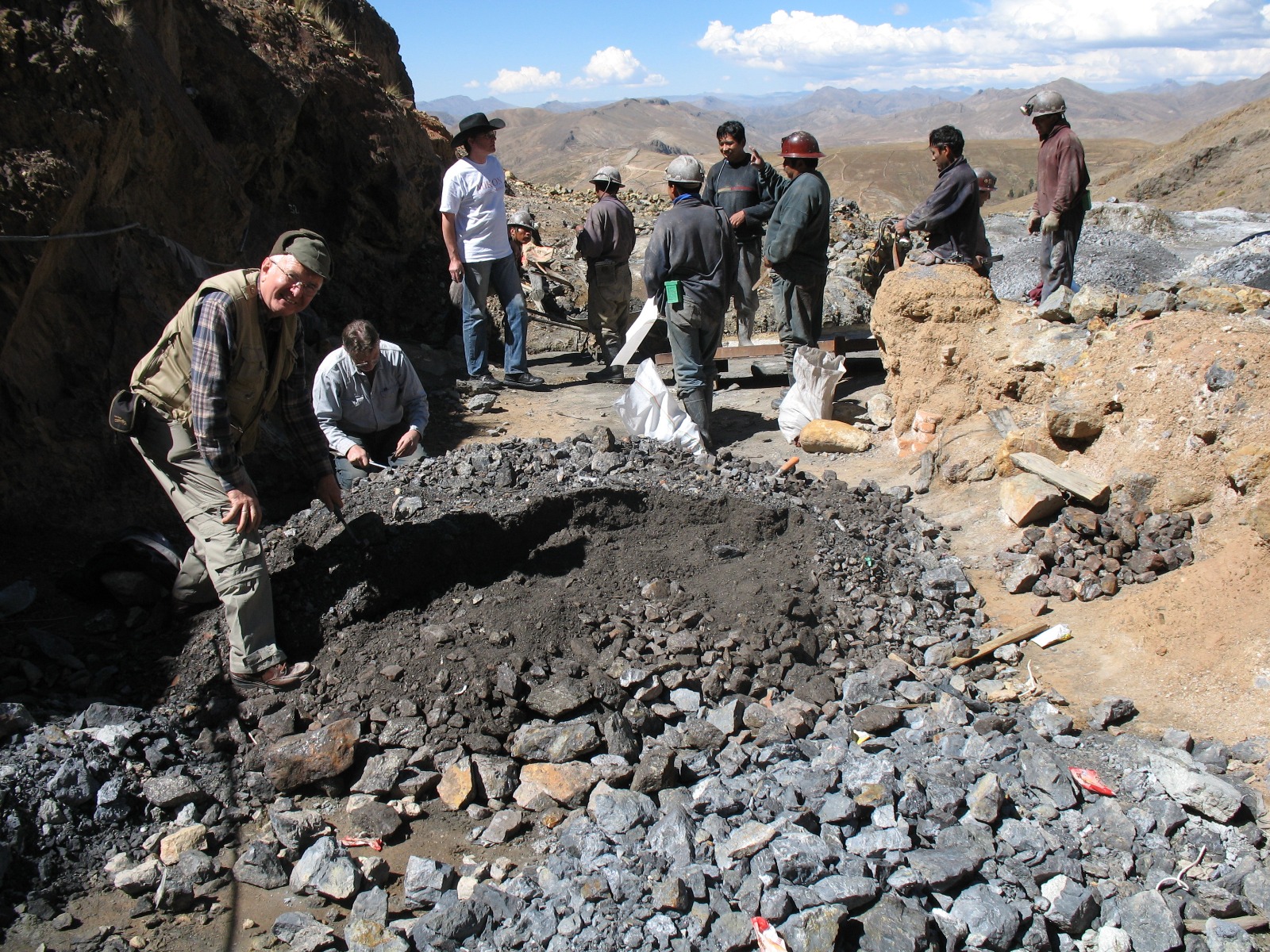
picture 514-530: After this we went on to Aymaya Pampa, famous old Inca mines for nat. Gold. Now, we are still around May 1st, big mistake to visit Bolivia, as it turns out they not just celebrate May 1st but at least a full week, if not more. And this "celebrating" includes lots of alkohol, by the bucketlaod, and I mean it literaly! The really best encounter was a lady in charge of the gold vending office, she was totally drunken and falling over plastic bags of native gold chunks. If intended, one could have just walked away with several kg from this place, nobody would have noticed. But obviosly we behaved ourselfes. Have fun with the following pictures!
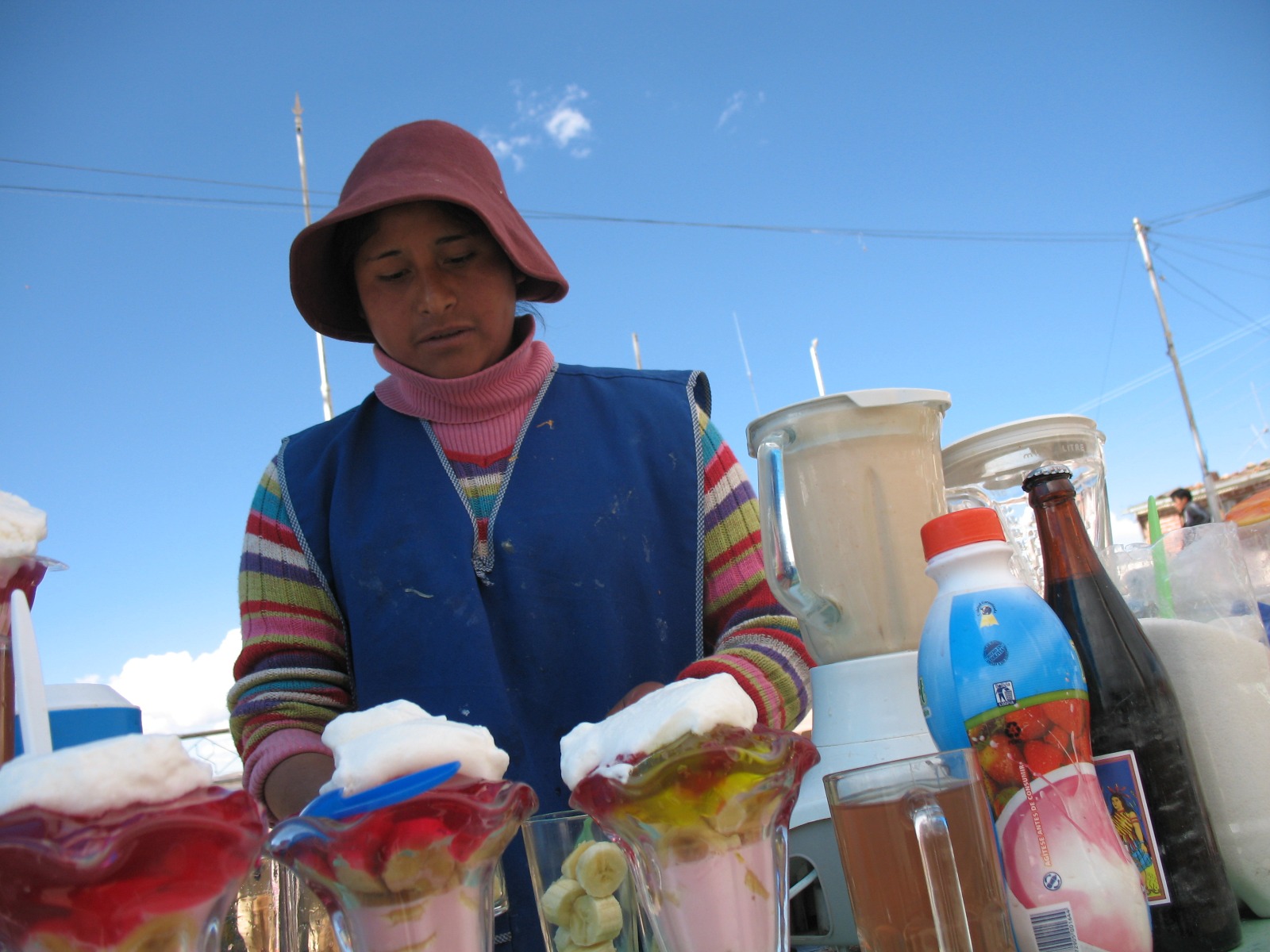
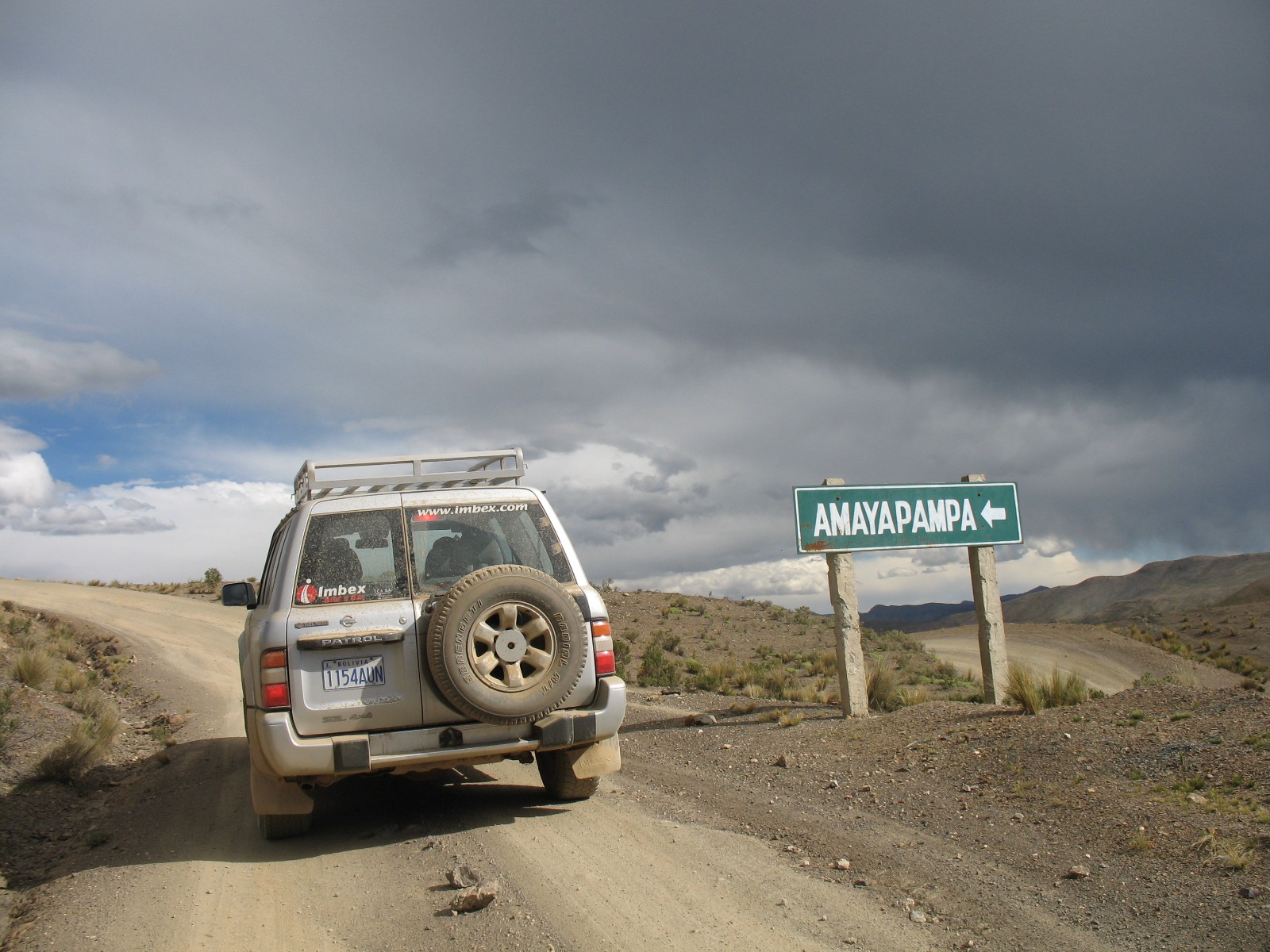
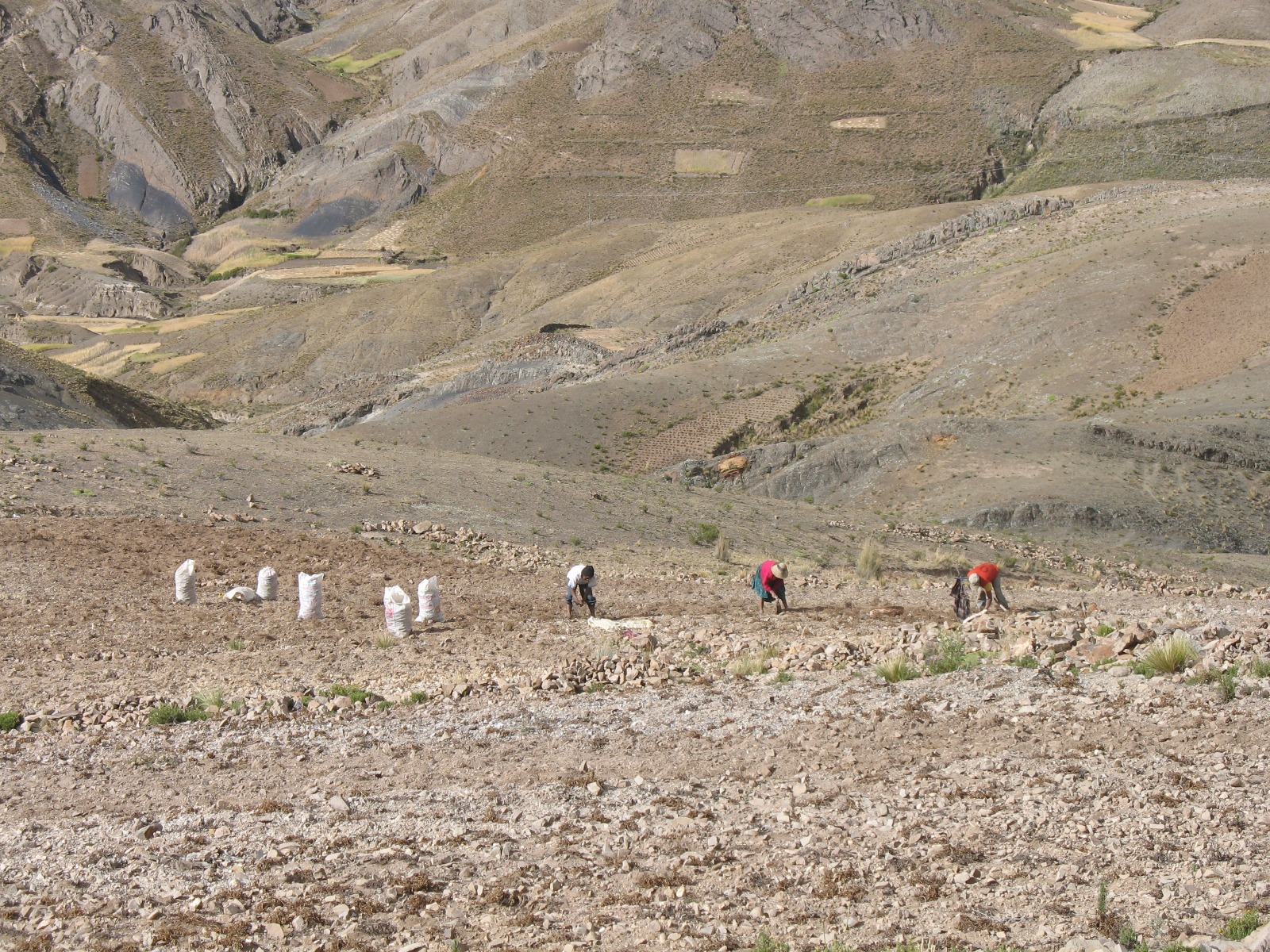
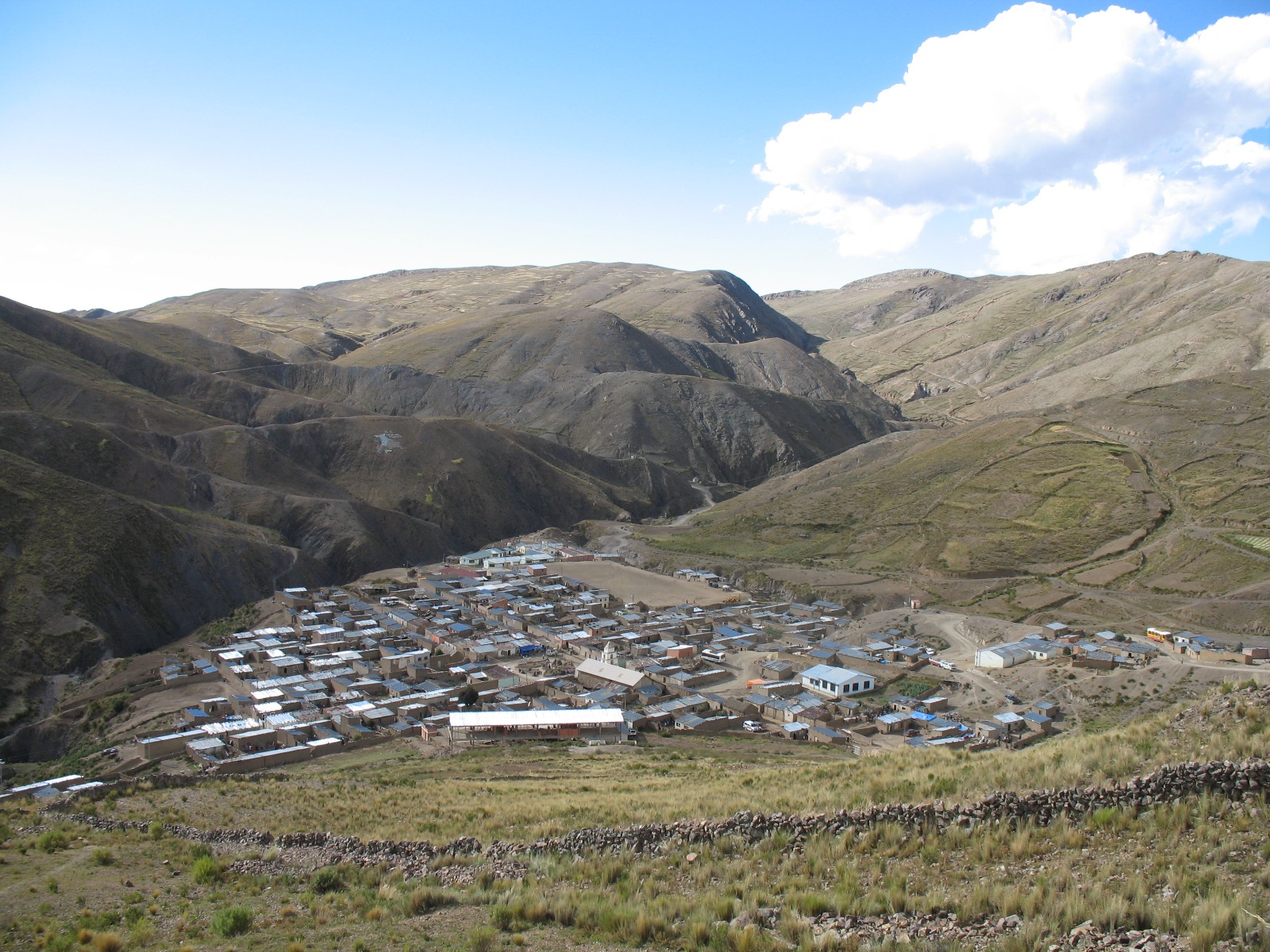
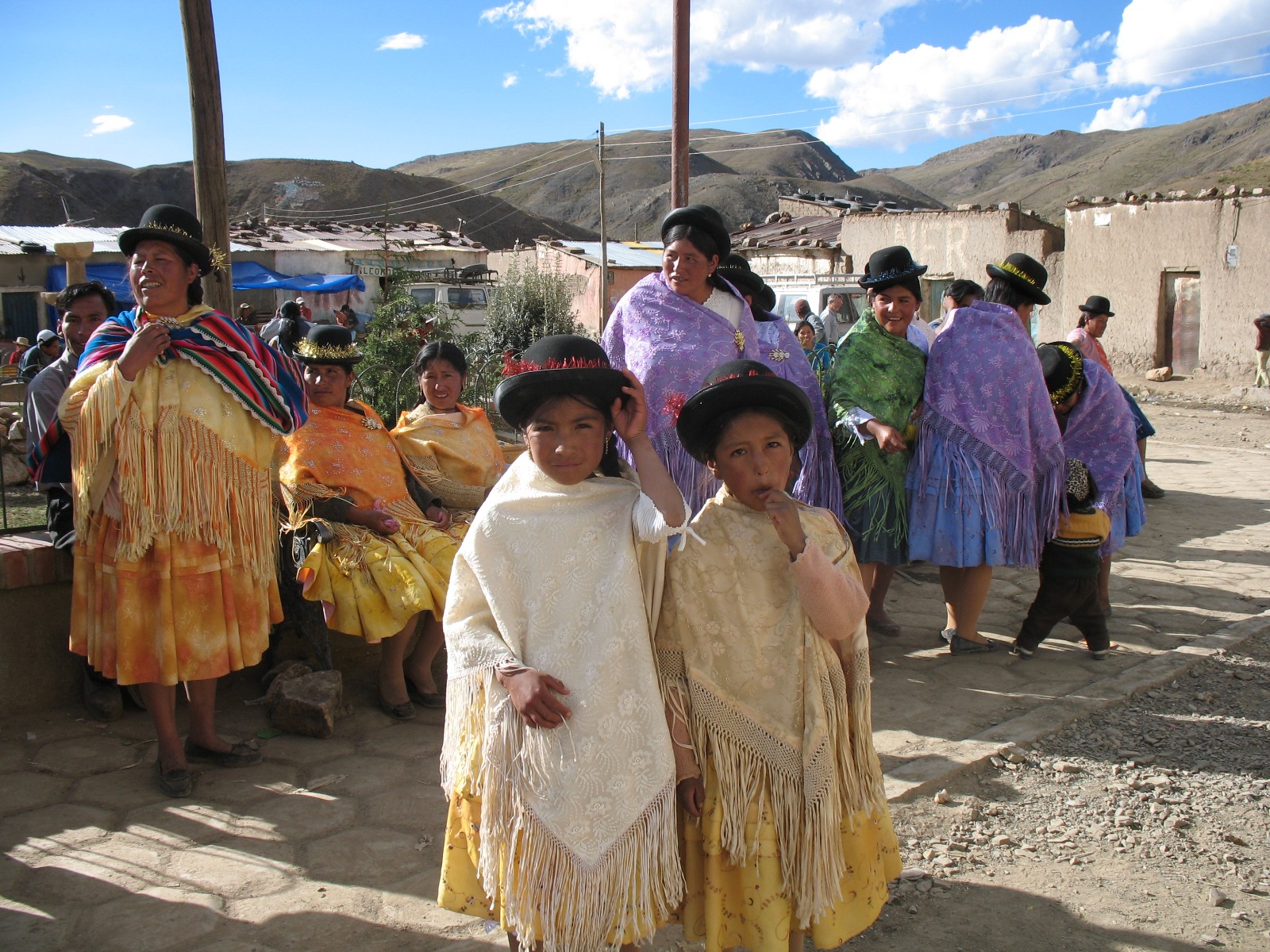
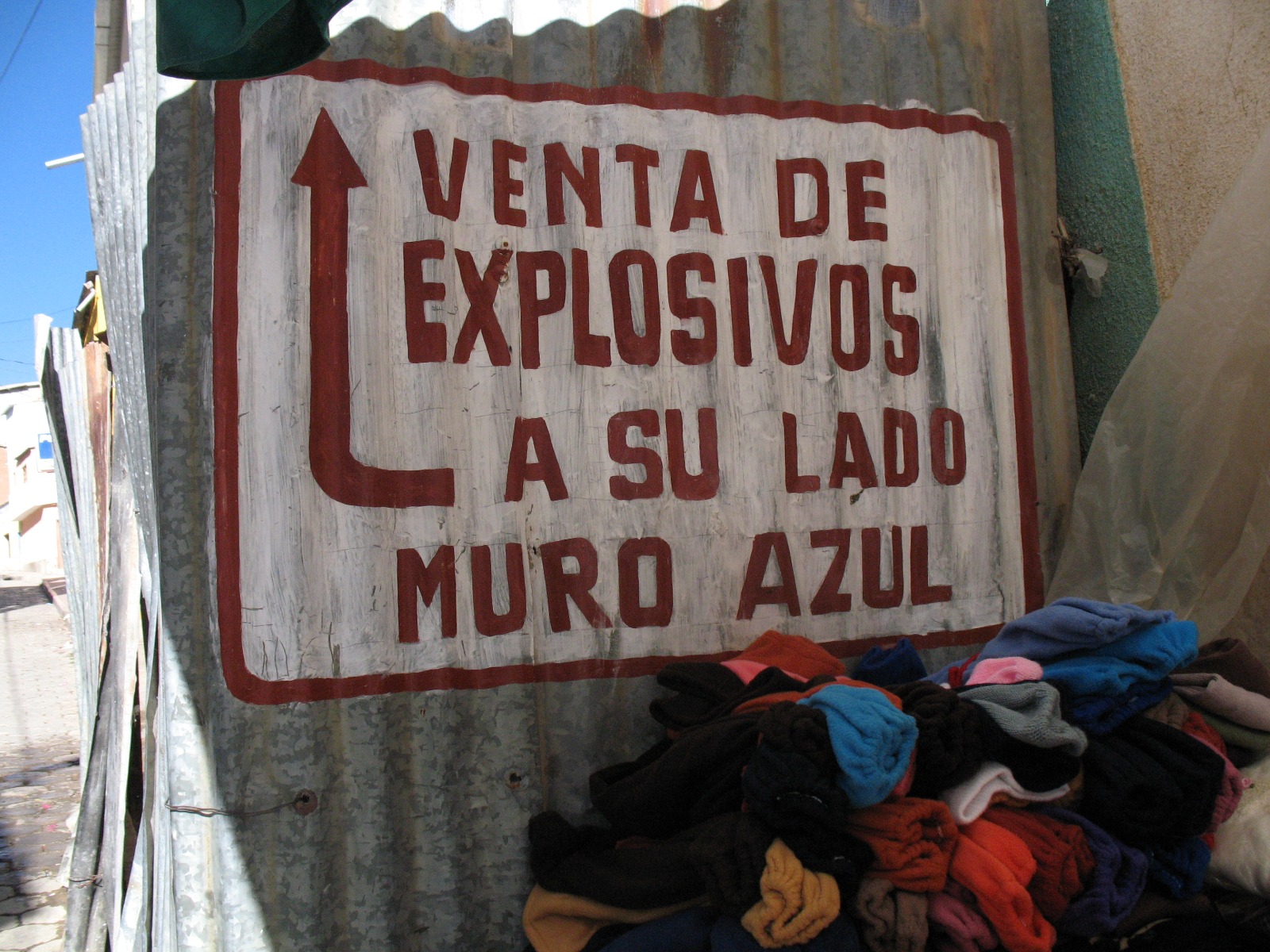
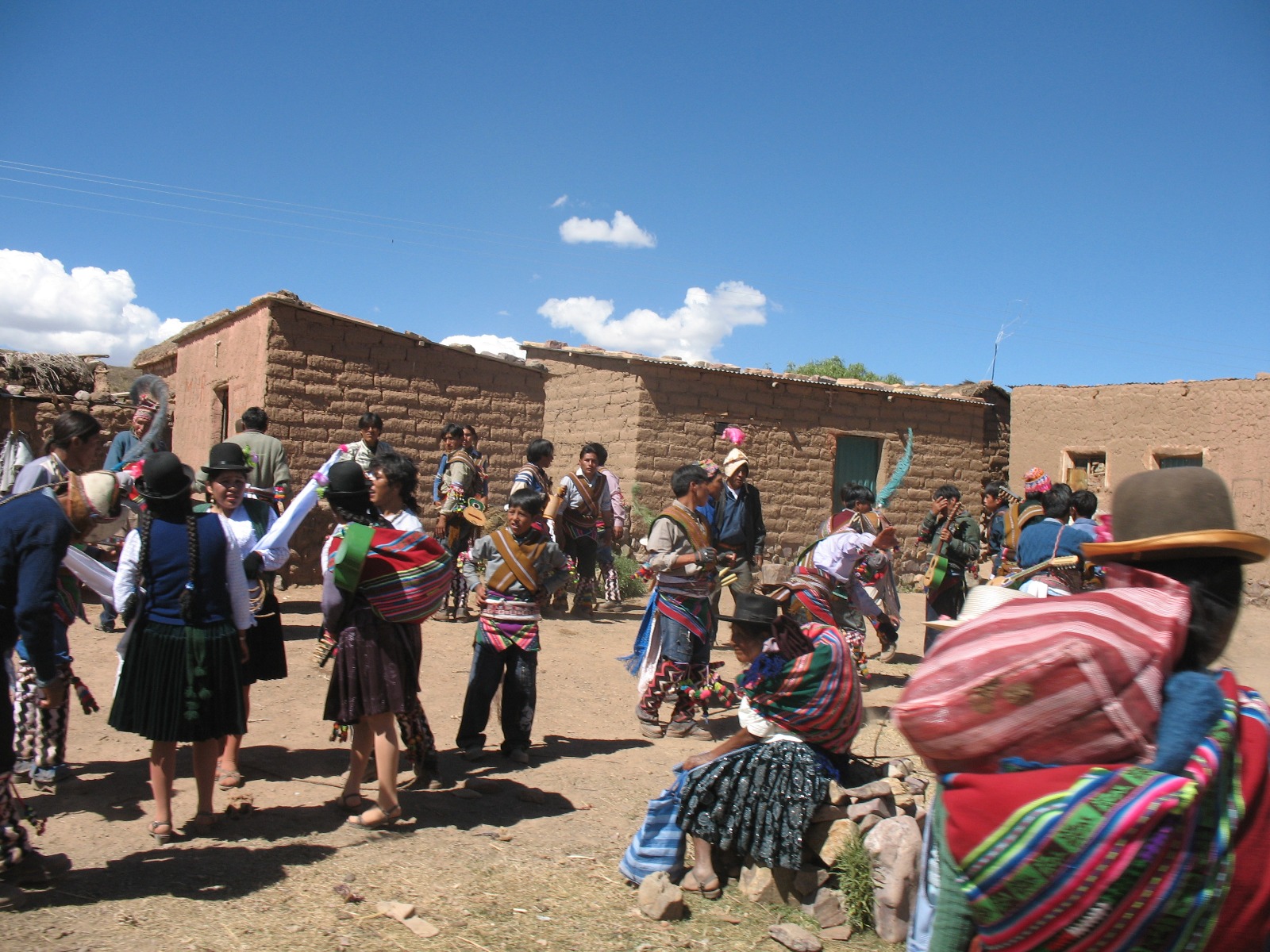
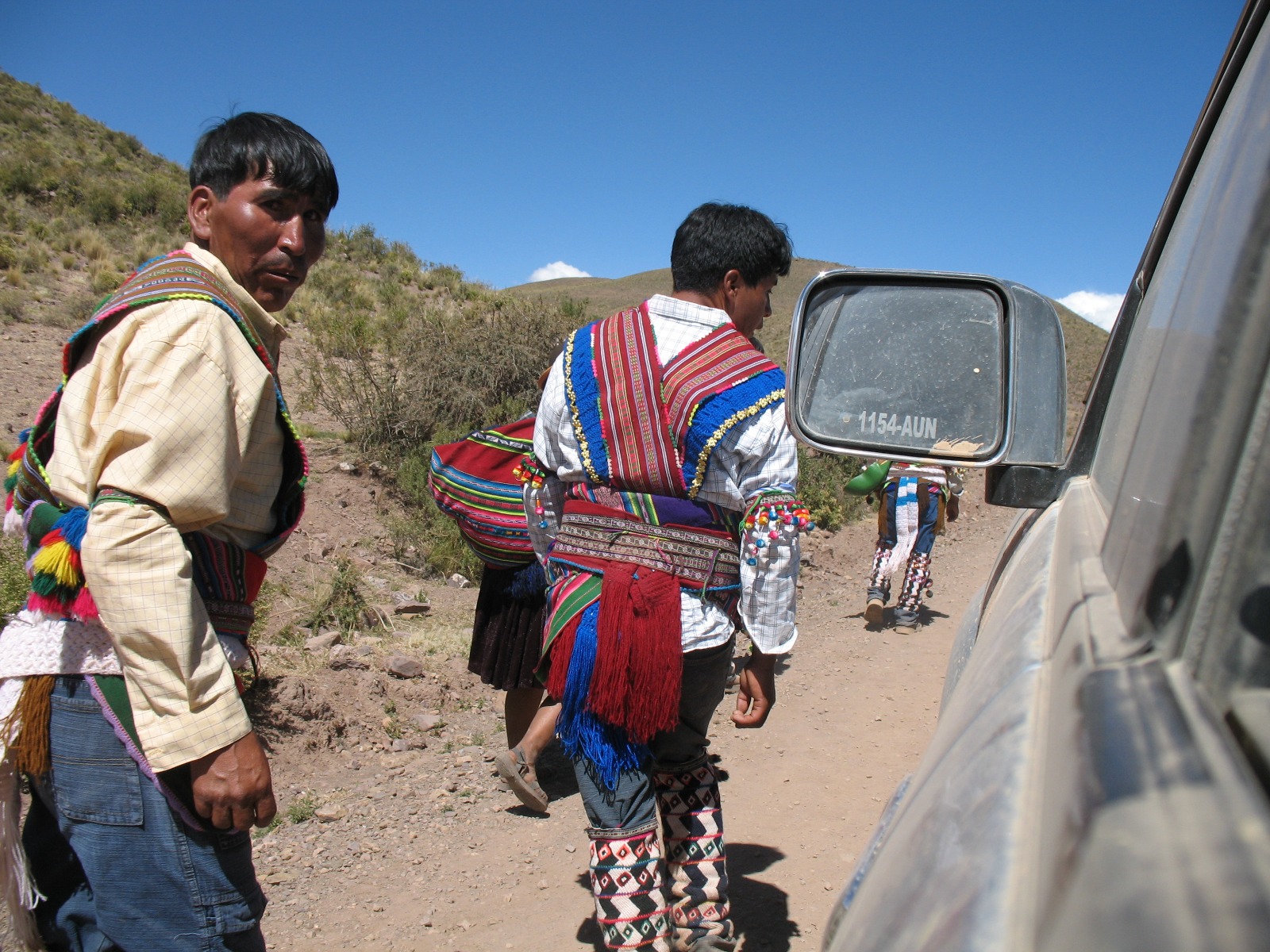
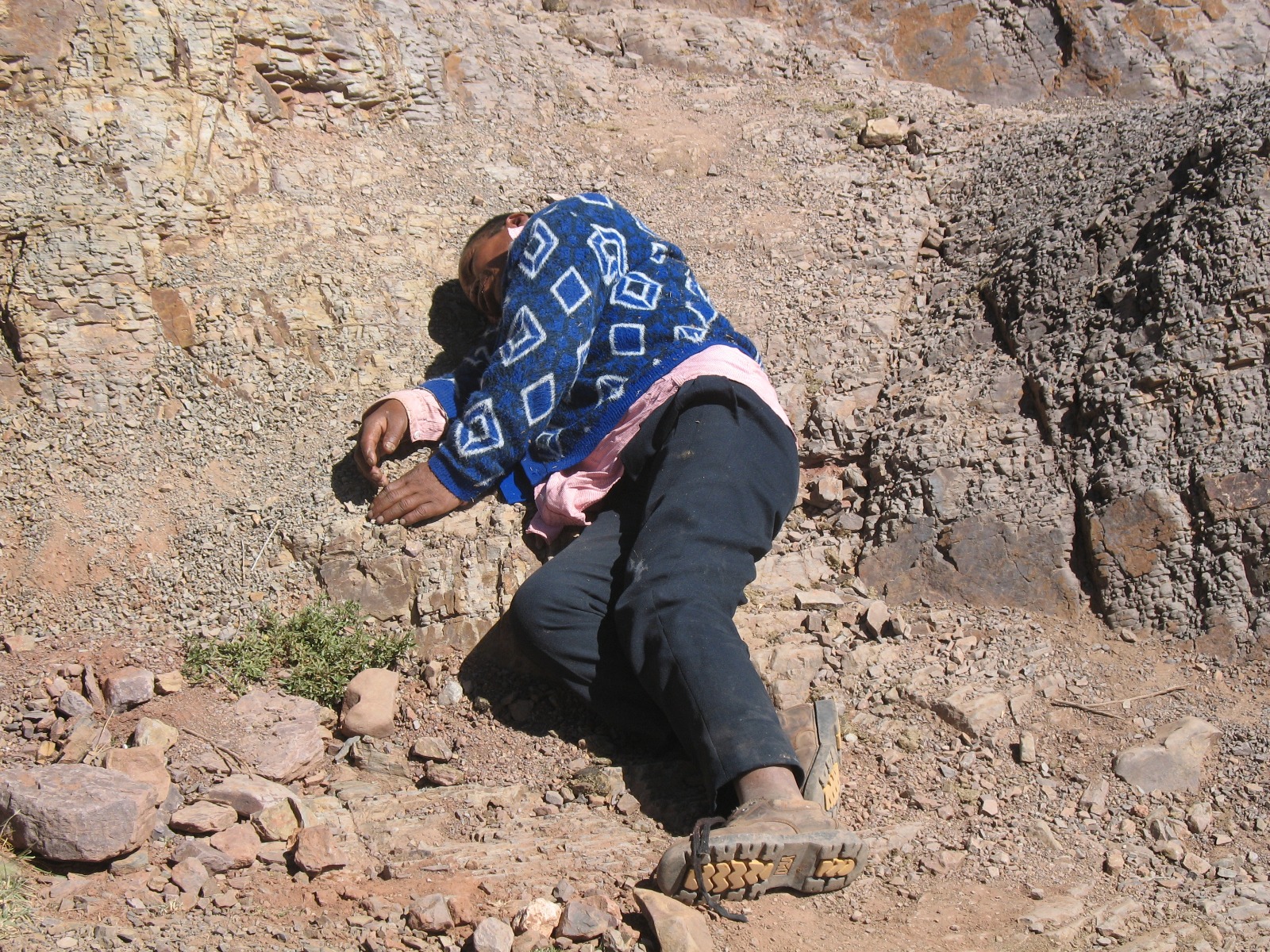
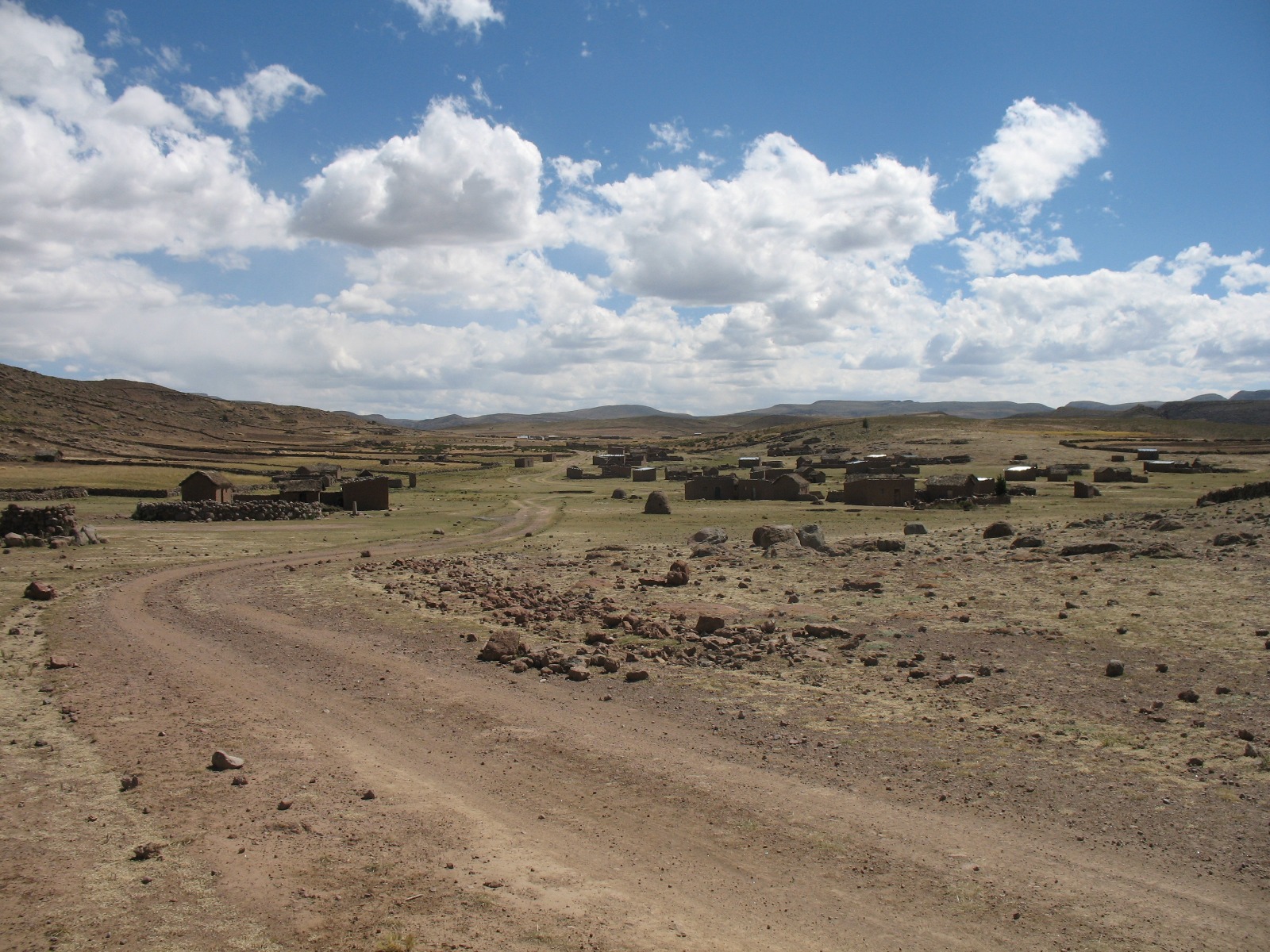
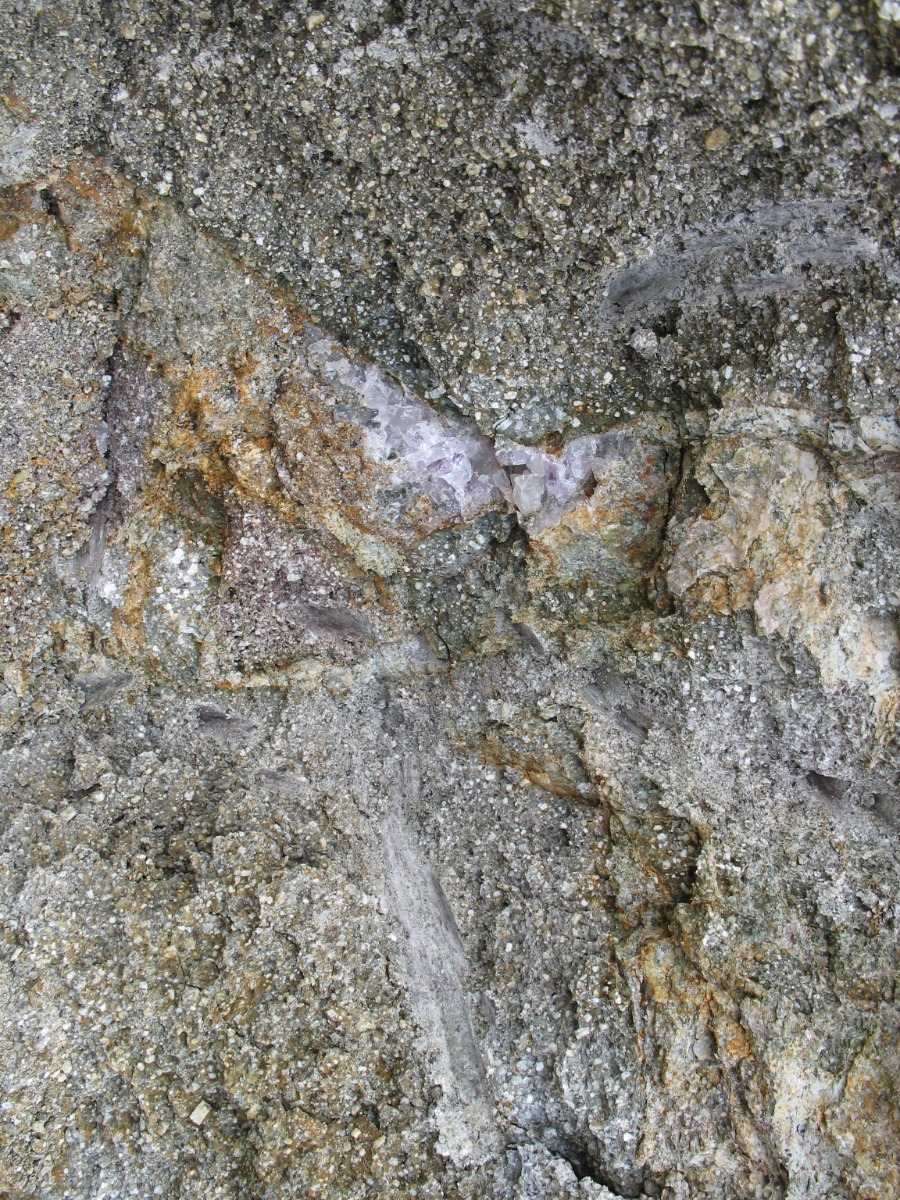

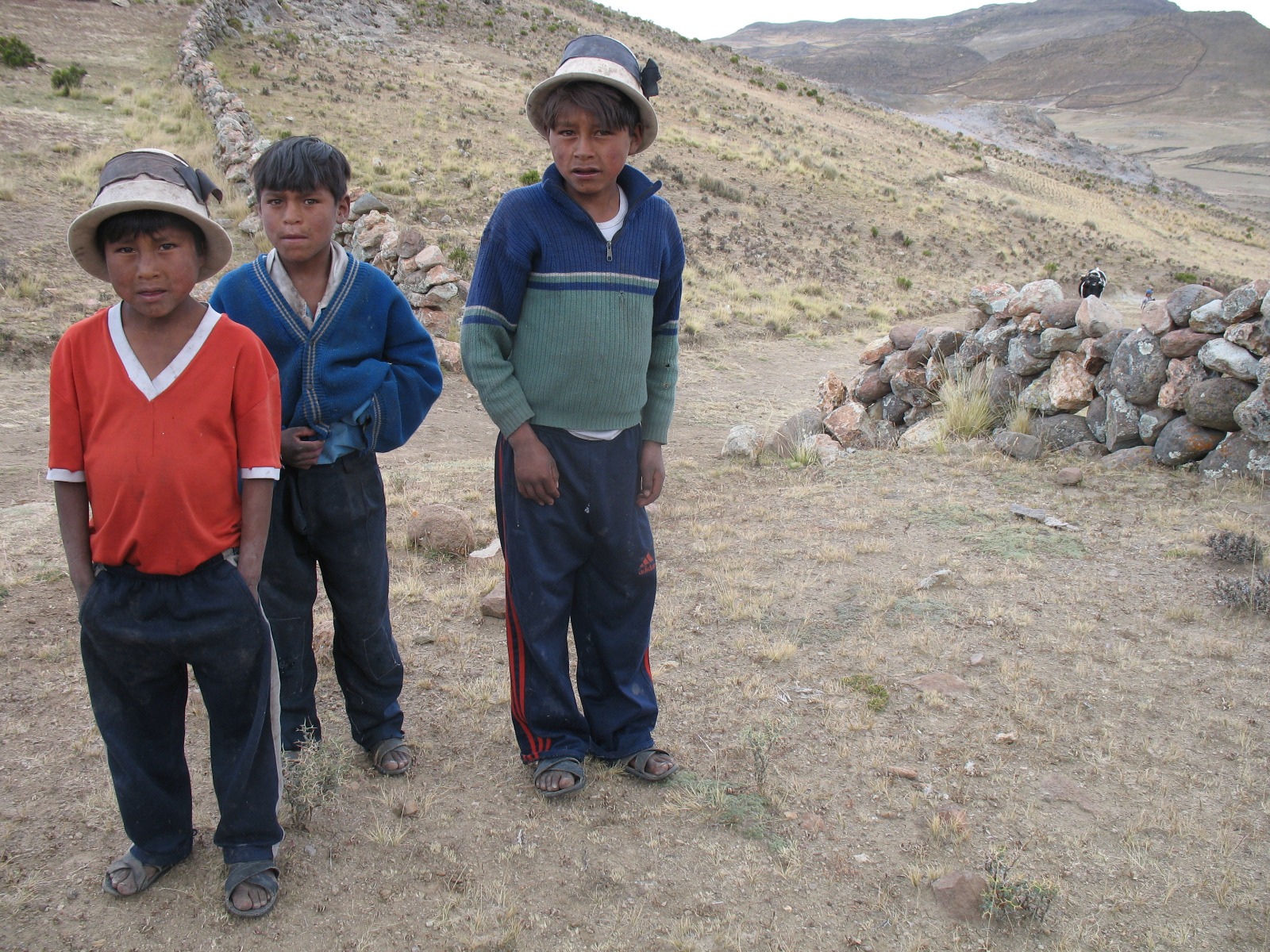
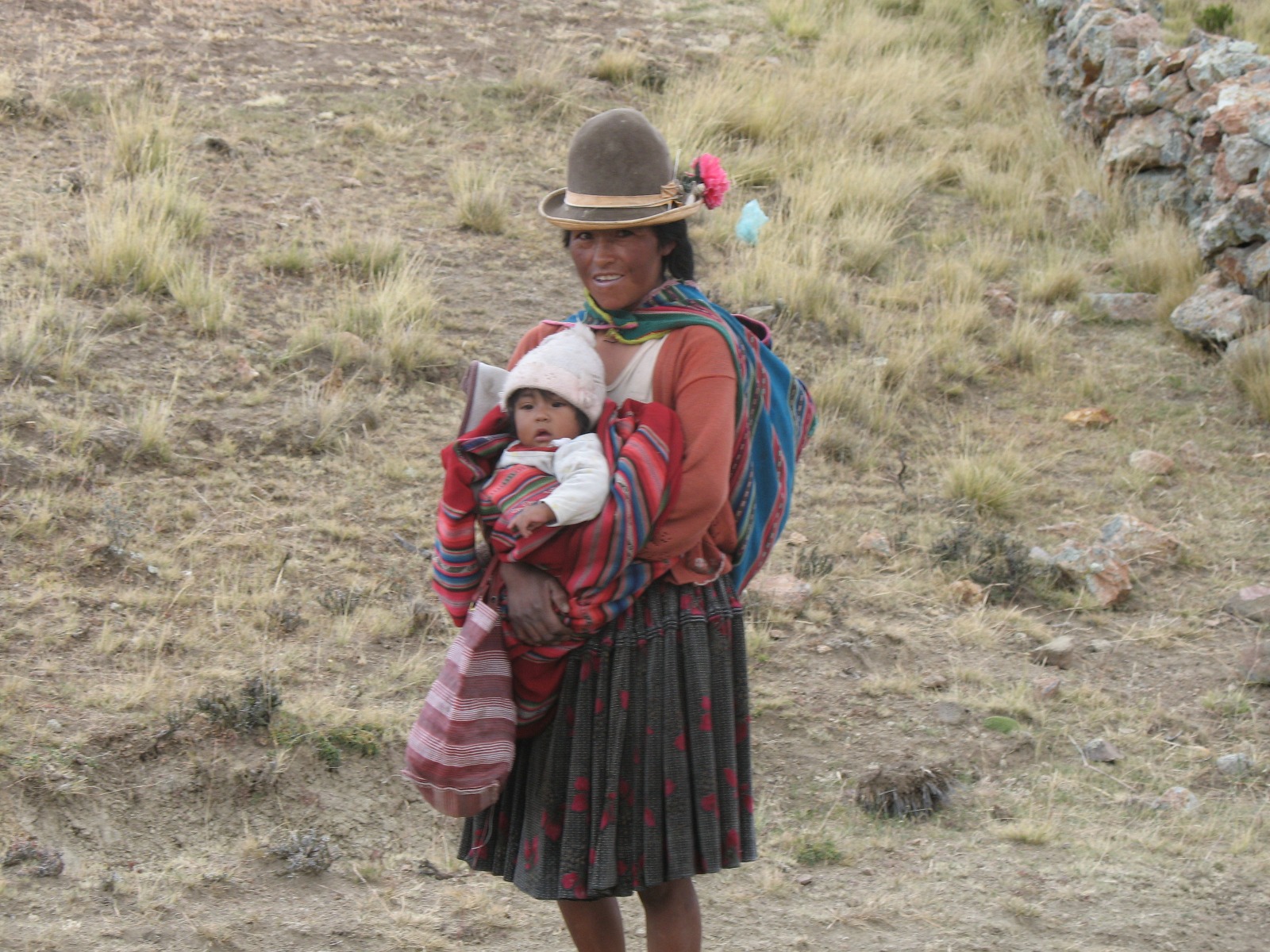
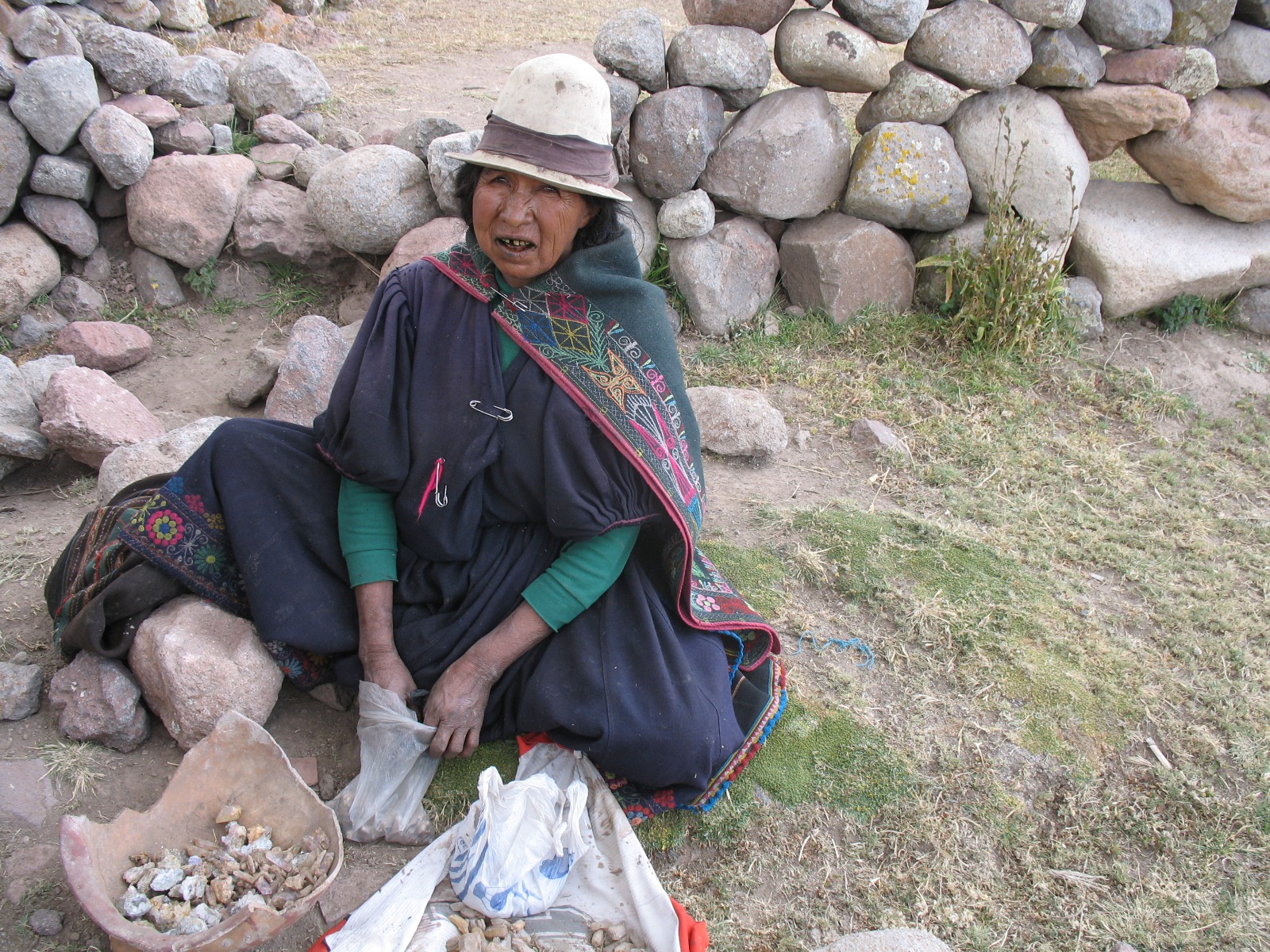

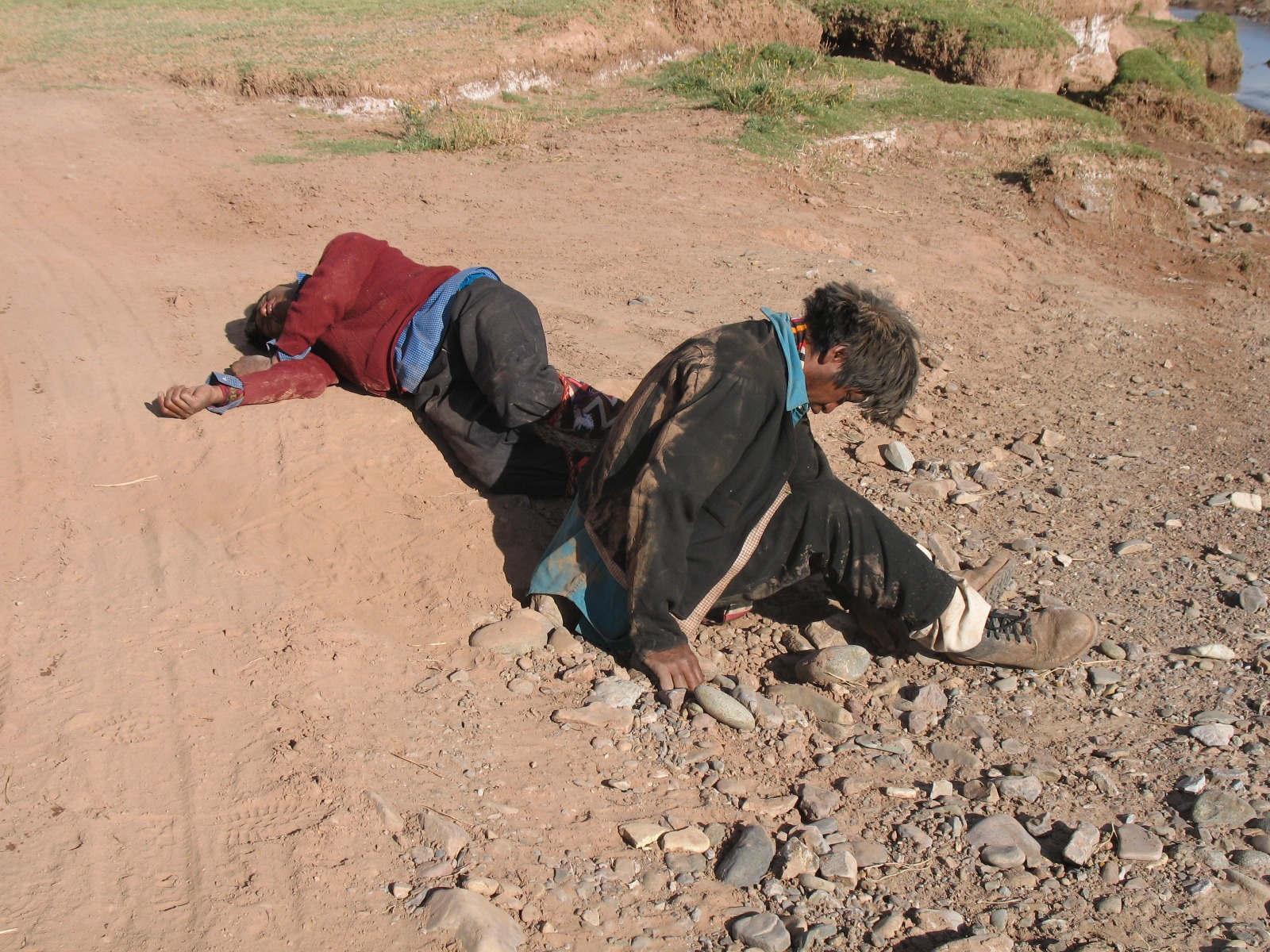
pictures 532-547:
next stop is Mina Bolivar, near Poopo. Very rich anitmony ore, basically stibnite and bismuthinite, but also Jamesonite and andorite. We got invited to go underground with the regular shift and got to collect as much as we could carry!
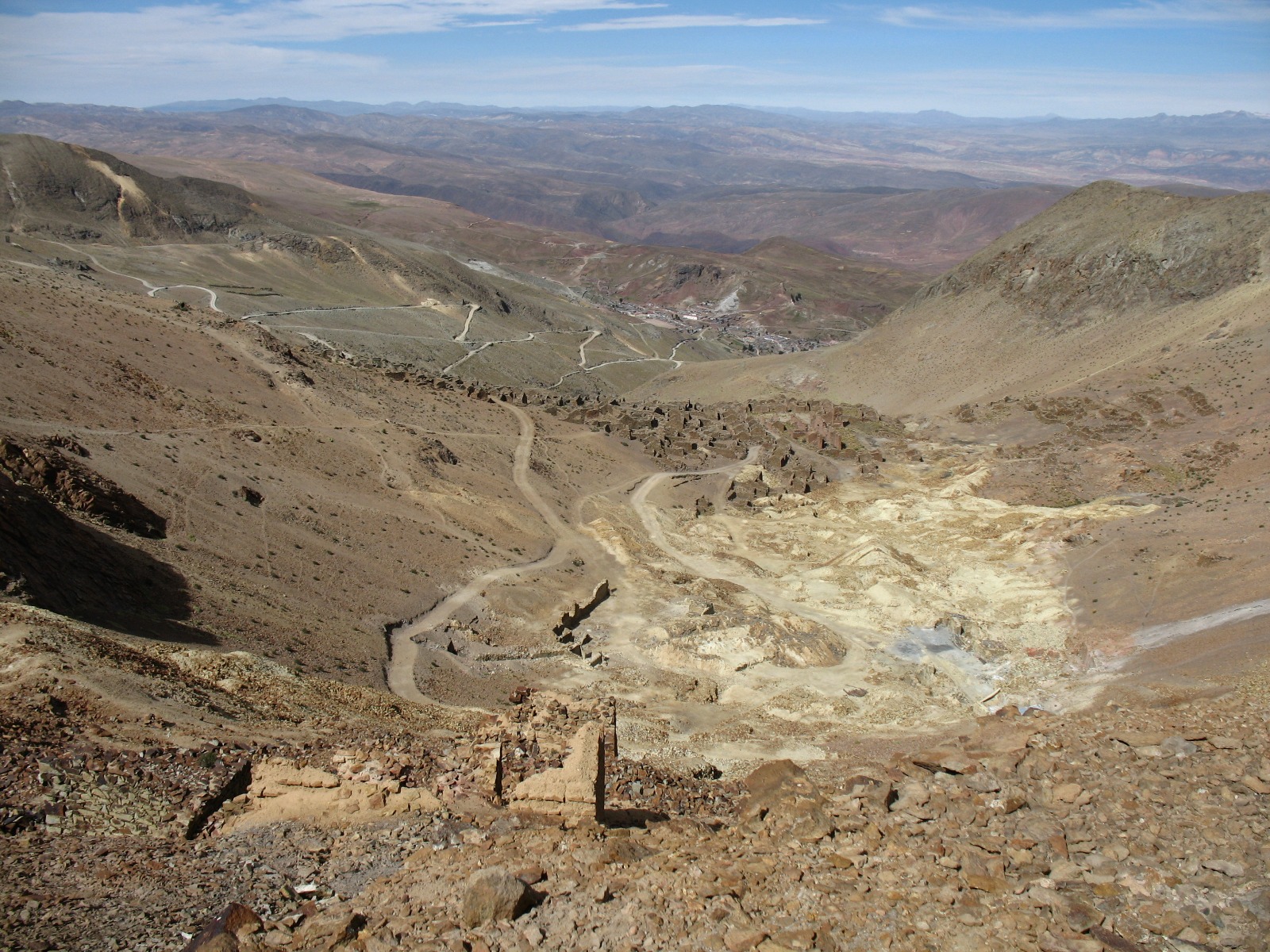

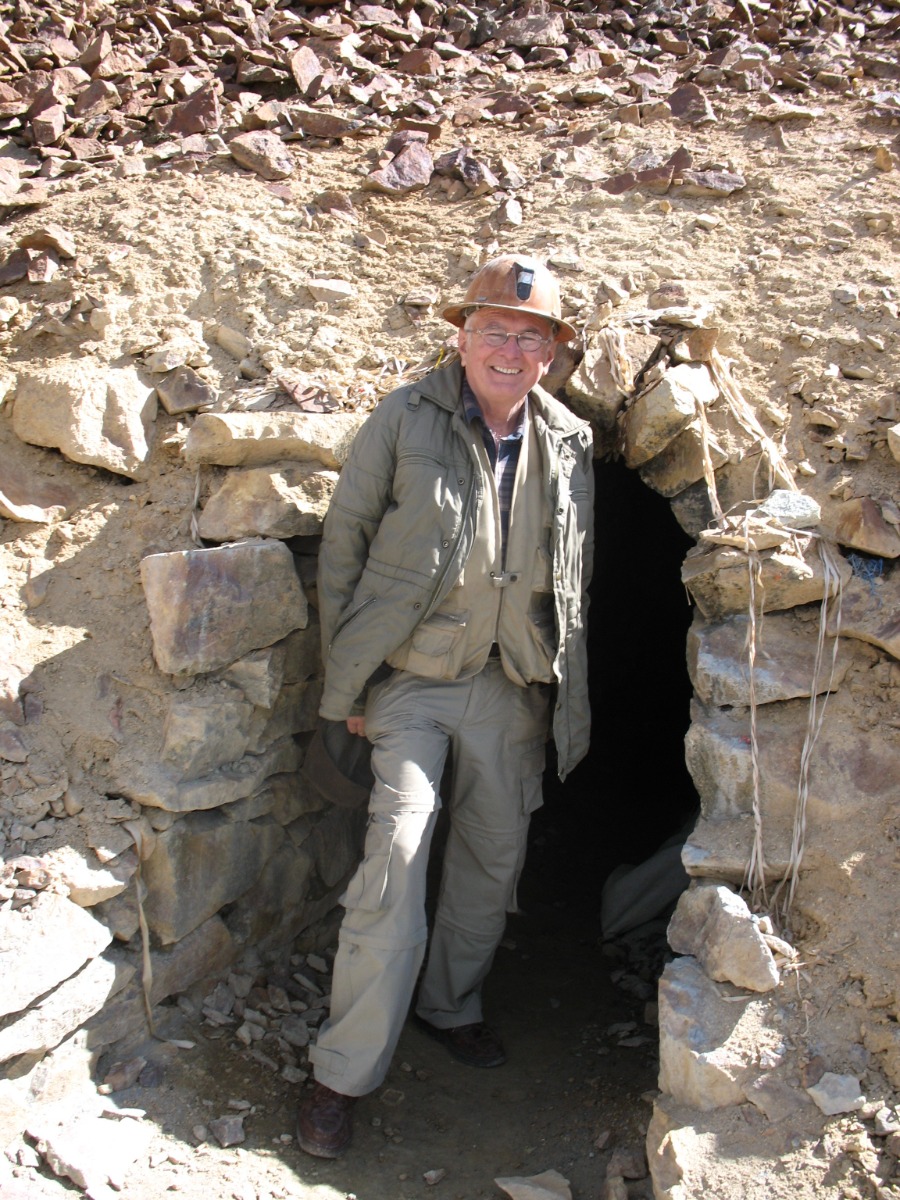
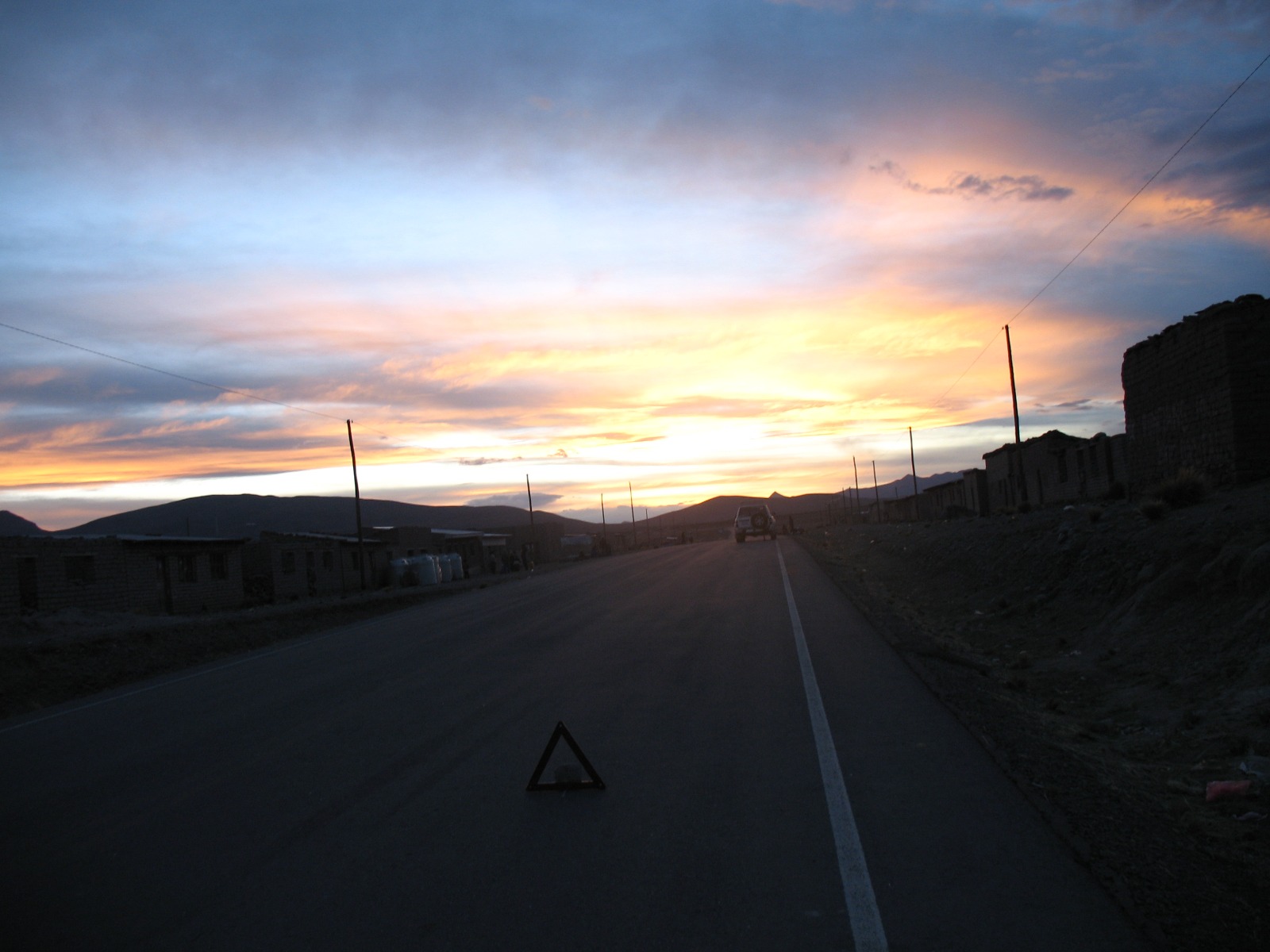
after the sunset with a typical broken tire we are underground the next morning. At the entrance at almost every Bolivian mine you find the "theo" it is a cross over of acient gods "pacha mama" and christian traditions. Well observed by every miner and they leave small donations such as a drop of booze or coca leaves.

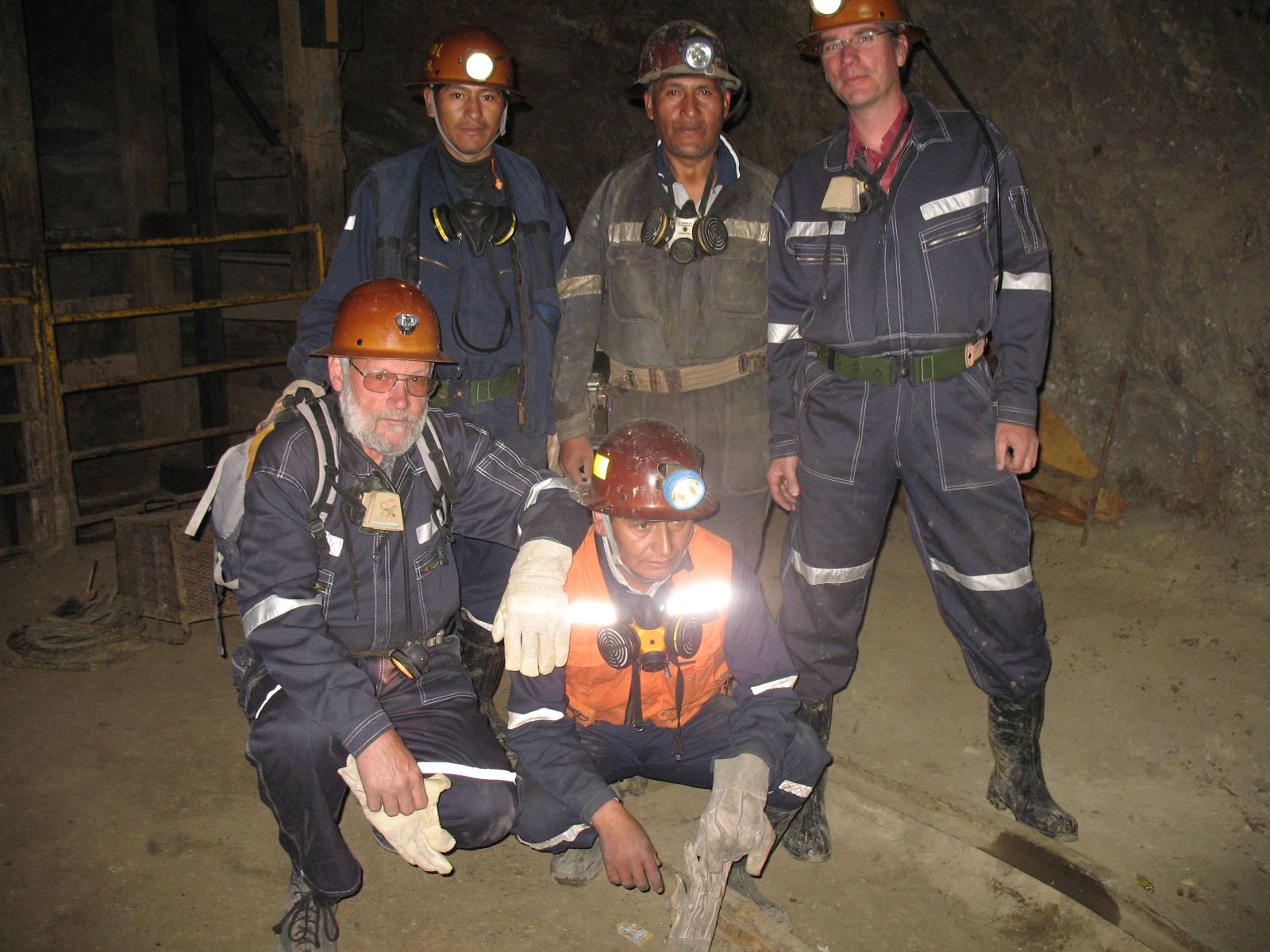

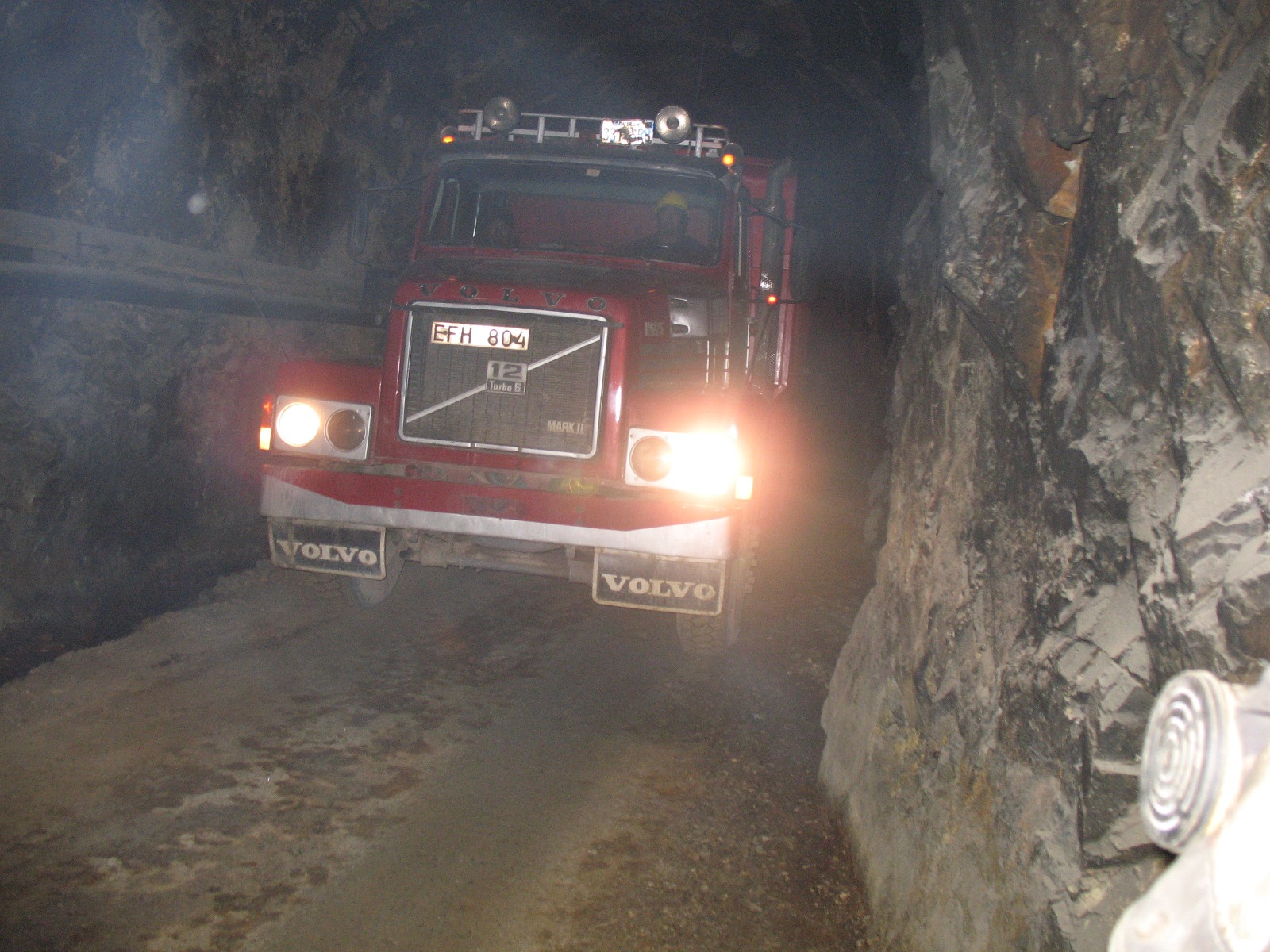
here you see at the meeting underground, the shift is been adressed by the supervisor and chief engineer, all are consuming coca leaves in order to be fully capable of working hard at this elevation.
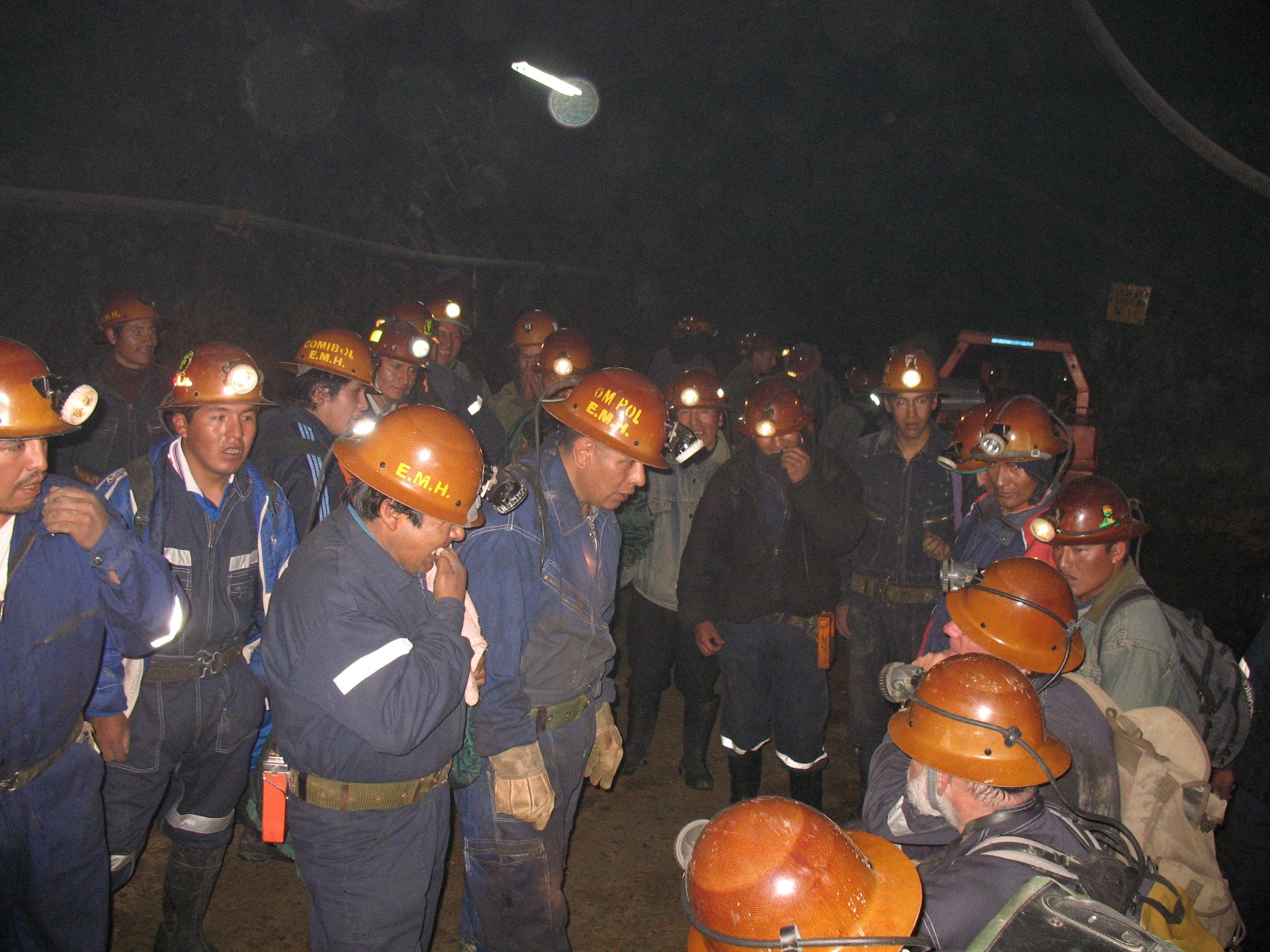
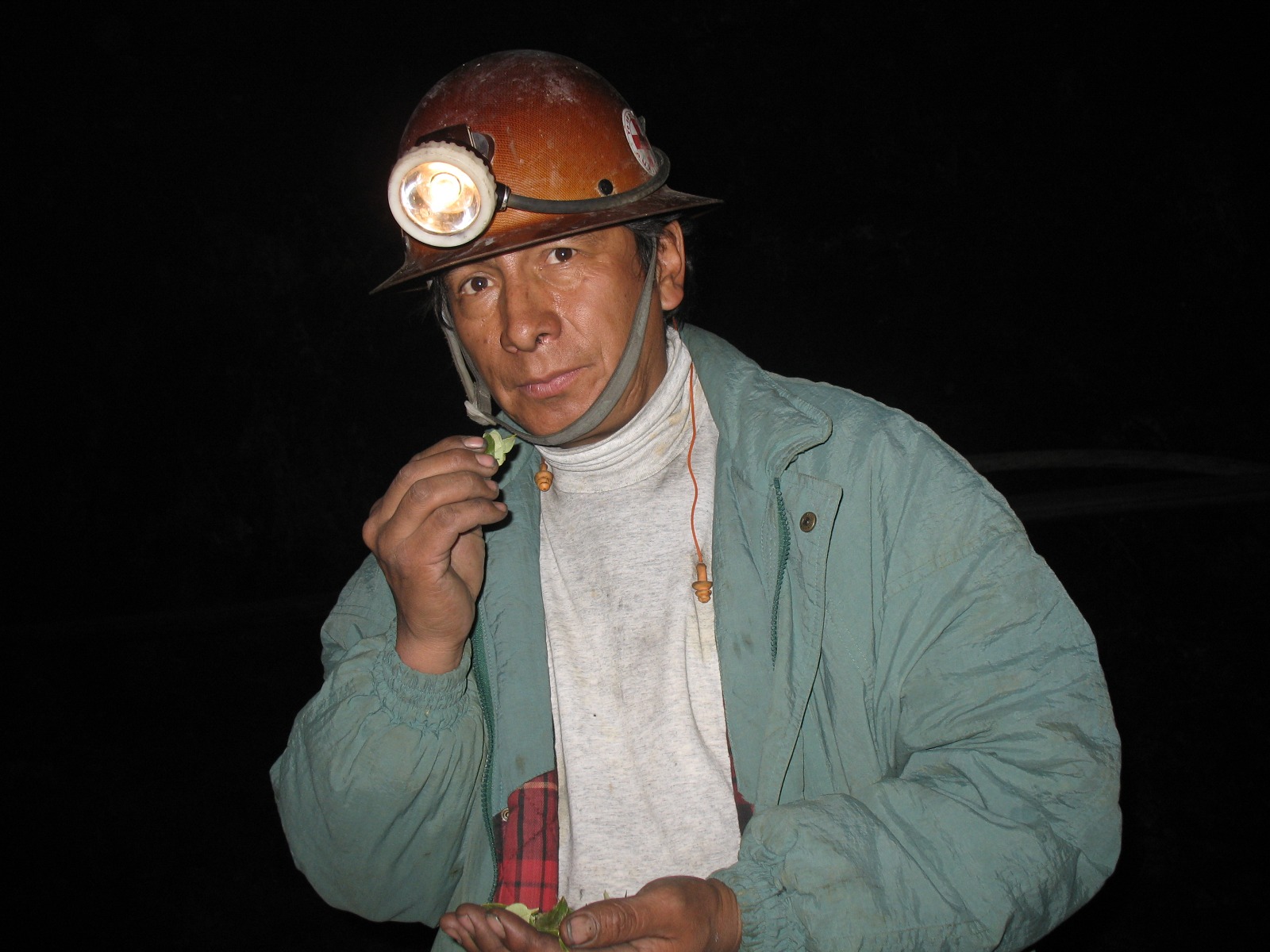

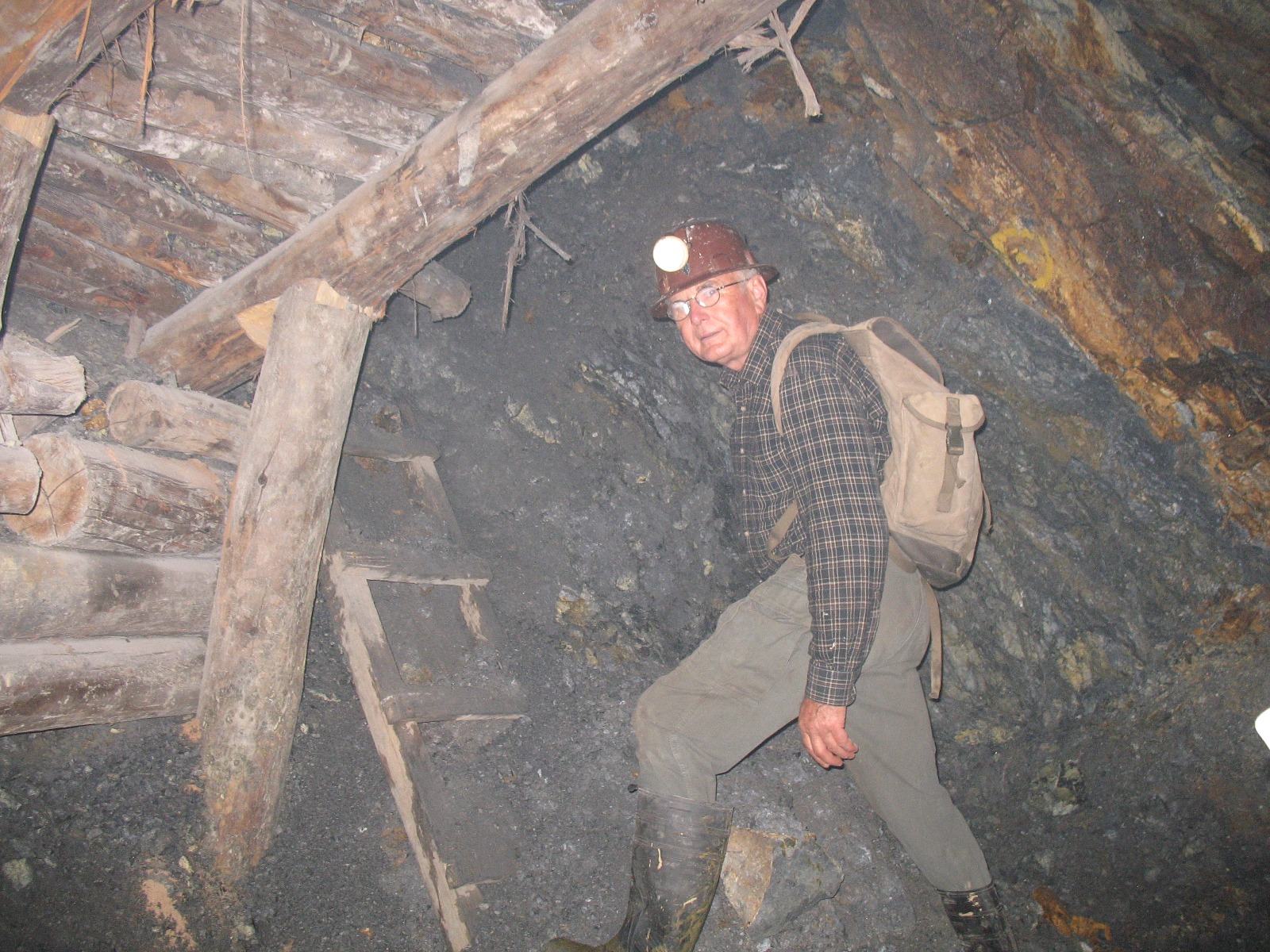
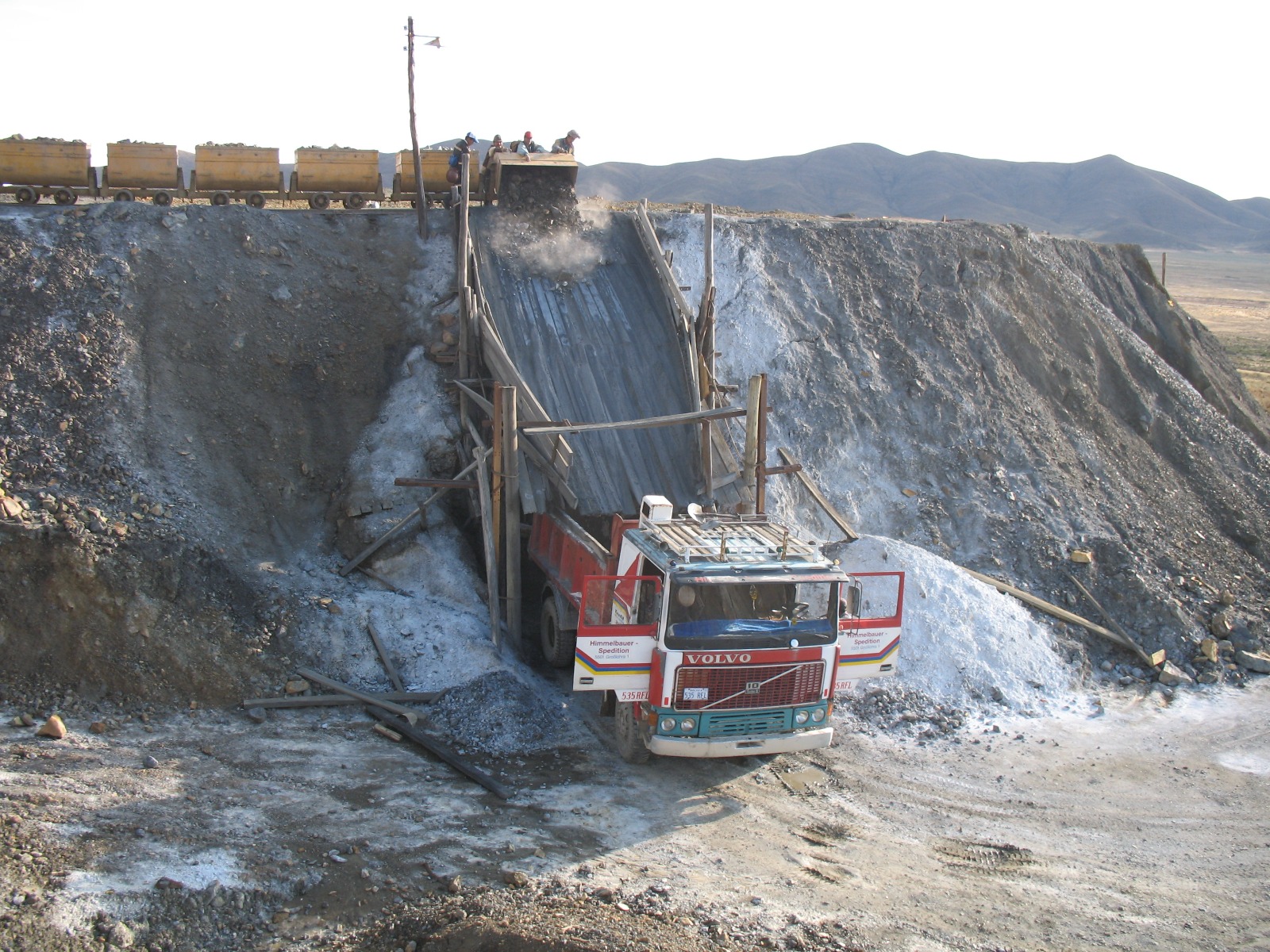
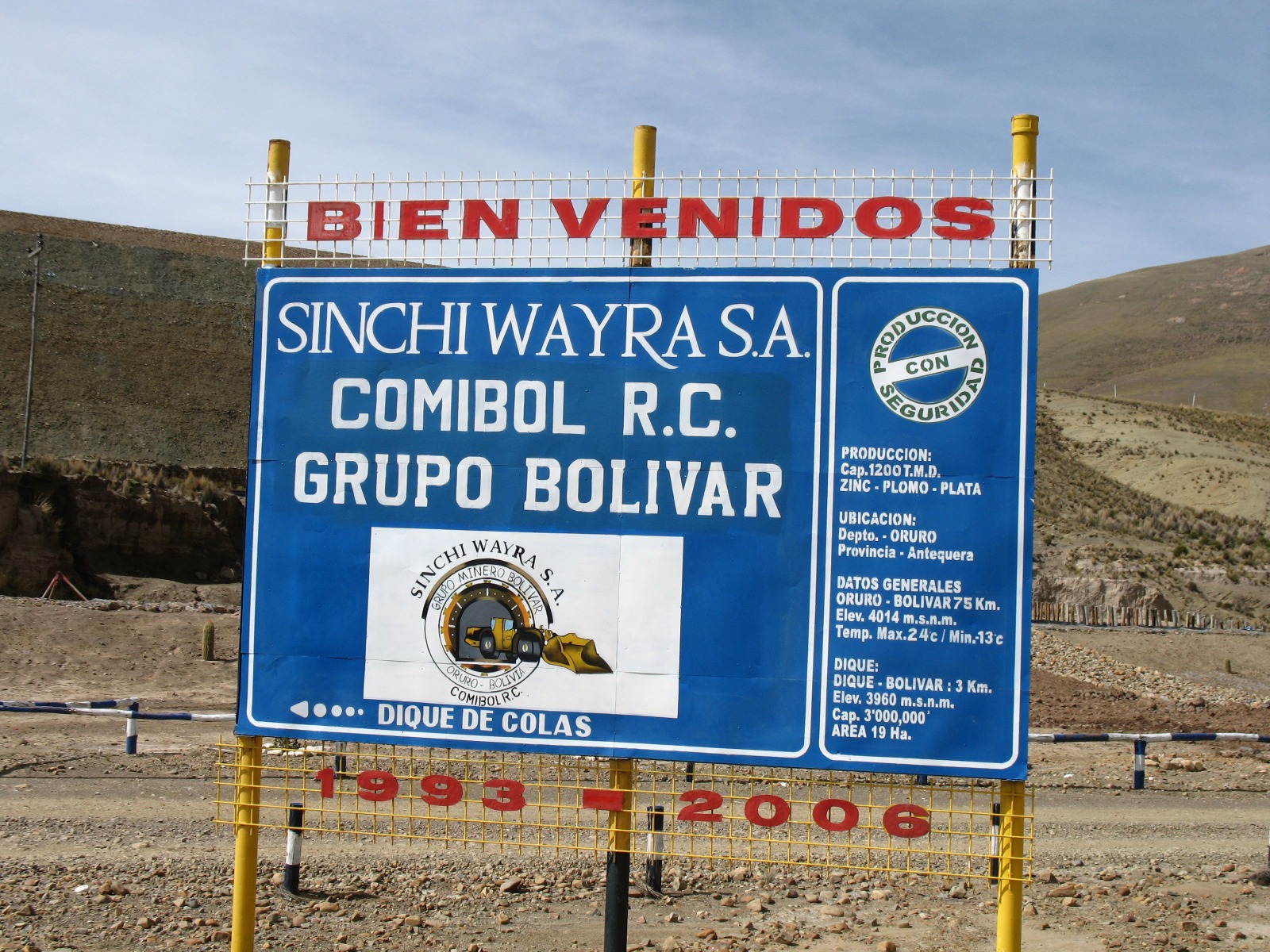
Mongolia:
Bild 62: Our expedition team for a full 3-month Gobi Desert expedition with our collector friend Klaus Schäfer and the Mongolian team including a mineralogist, a geologist, 2 drivers and a mechanic.
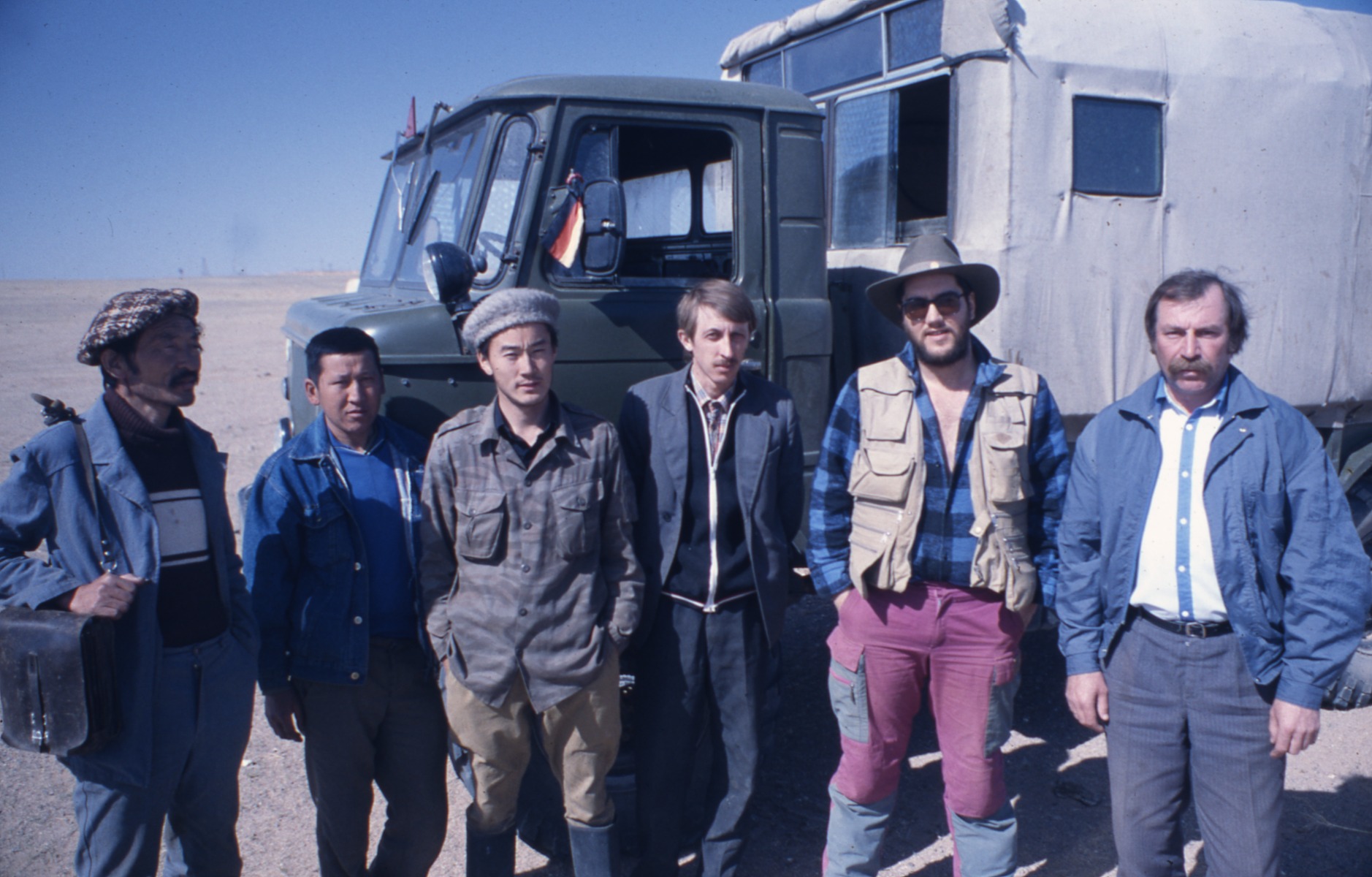
Namibia:
Bild 61:
Kunene River, Sodalite Quarry. Nice carbonatite with sodalite and not much else. Operated for dimension stones on and off, but due to the far distance to the next port it is not economically feasible to really do anything. We basically collect smaller pieces that were not usable for dimension stones.
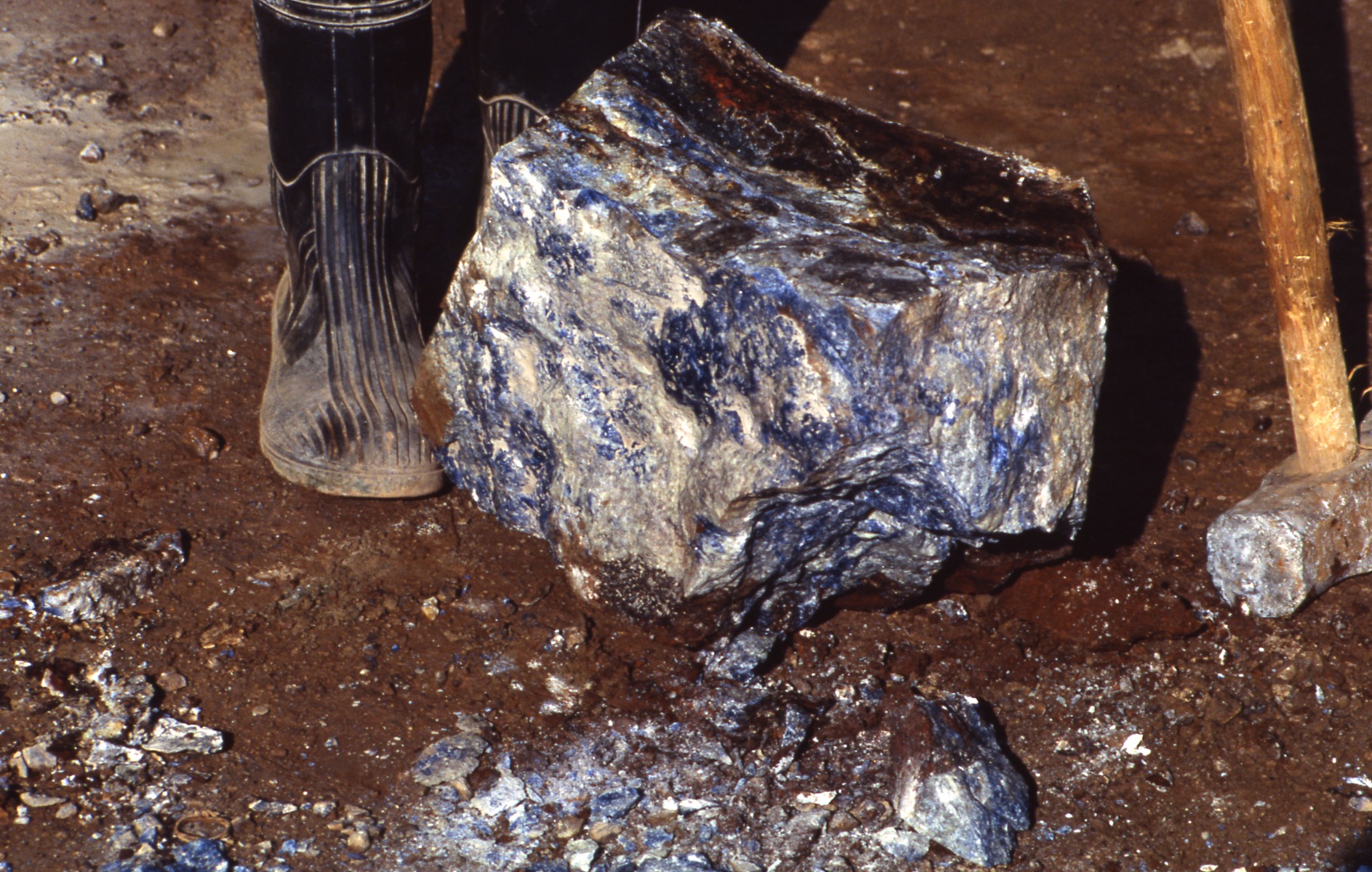
Bild 548:
Neuschwaben Mine, famous for Indigolite tourmaline but produces nice smoky quartz as well. Here we are checking freshly collected smoky scepters from the small scale miners.
Bild 552:
More at the same place, sometimes you find purple apatite crystals on top of quartz crystals!
Bild 549:
At Heinz Mahlzahns place in Omaruru. Packing a selection of Erongo specimen. He unfortunately has passed away in the meantime.
Bild 550:
At the old "T-Junction" buying Erongo material from the wifes of the local small scale miners. This became the "Crystal Market" funded by German developement aid and is now a pretty brick and mortar "shopping center" for rocks. A rare example of developing aid money put at good work.
Bild 551:
Same place, they also sell a few Neuschwaben specimen.
USA:
Arizona:
Picture 74 – 76:
Magma Mine, Superior: The very old small glory hole at the top of the mountain contains great dioptase crystals, some of the best found in the US. Ok, there are better ones from like Tiger and the mysterious Mildren+Steppe Claims, but those are occasional pieces while at Magma one afternoon collects over 100 flats! Very unfortunately however, the reclaiming craziness caught up with this spot as well and covered it up with truckloads of dirt, so no more Dioptase…

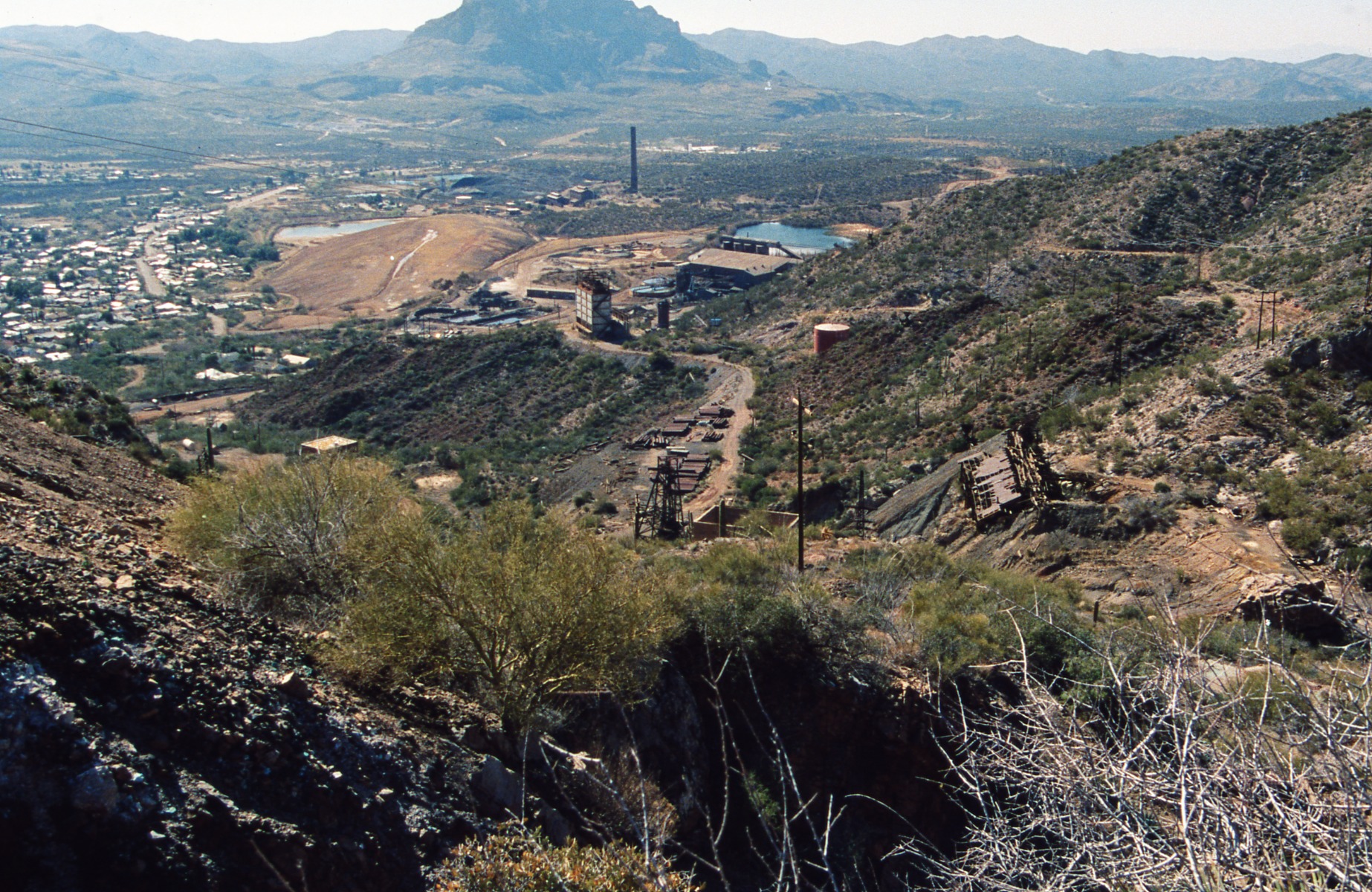
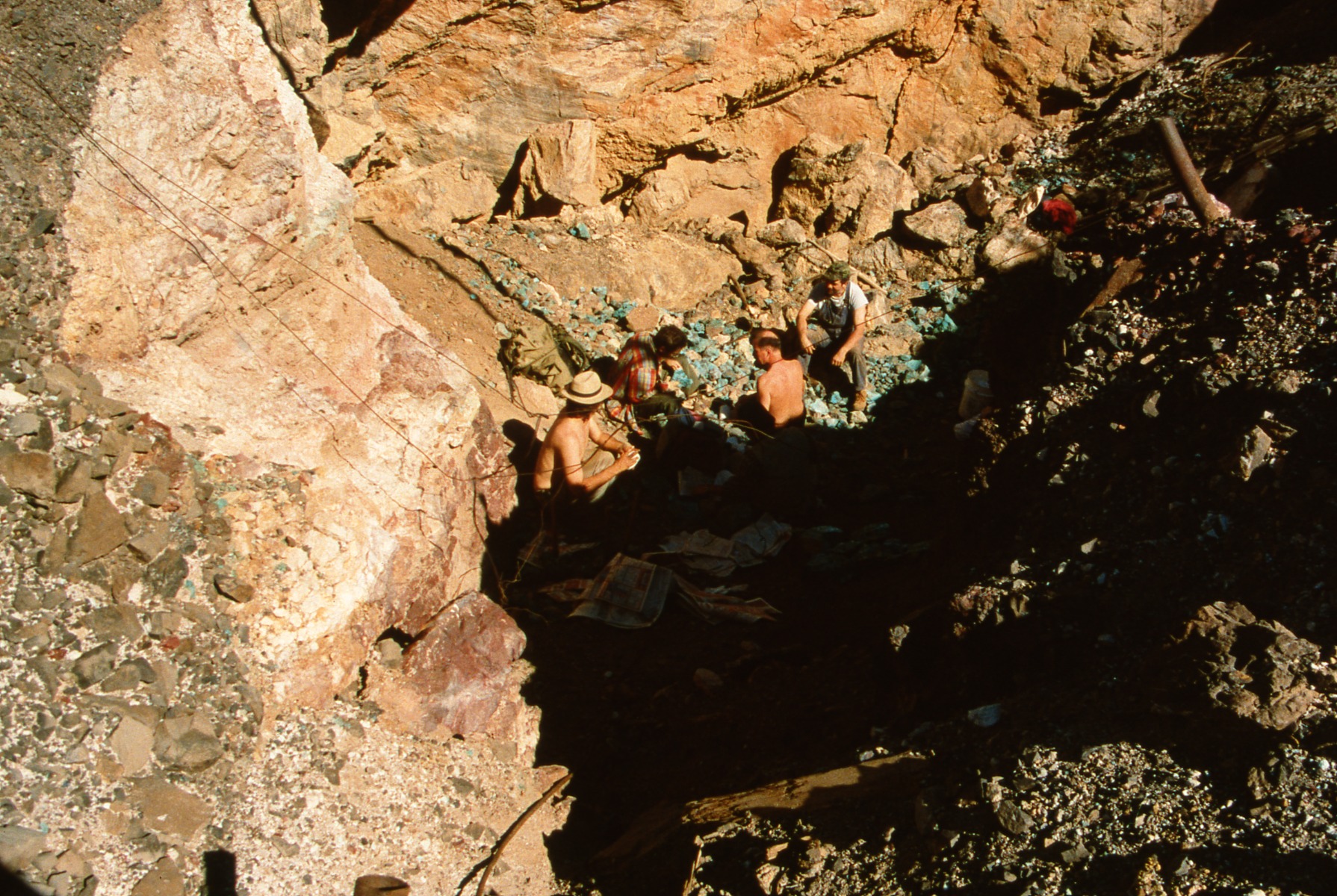
Picture 60:
Petrified Wood Forest National Park. There is a large park area with great exposed wood to look at, but of course not to be collected. Now outside the park on private claims agate wood is been mined and available for sale. A bit expensive to my consideration, but very pretty indeed.
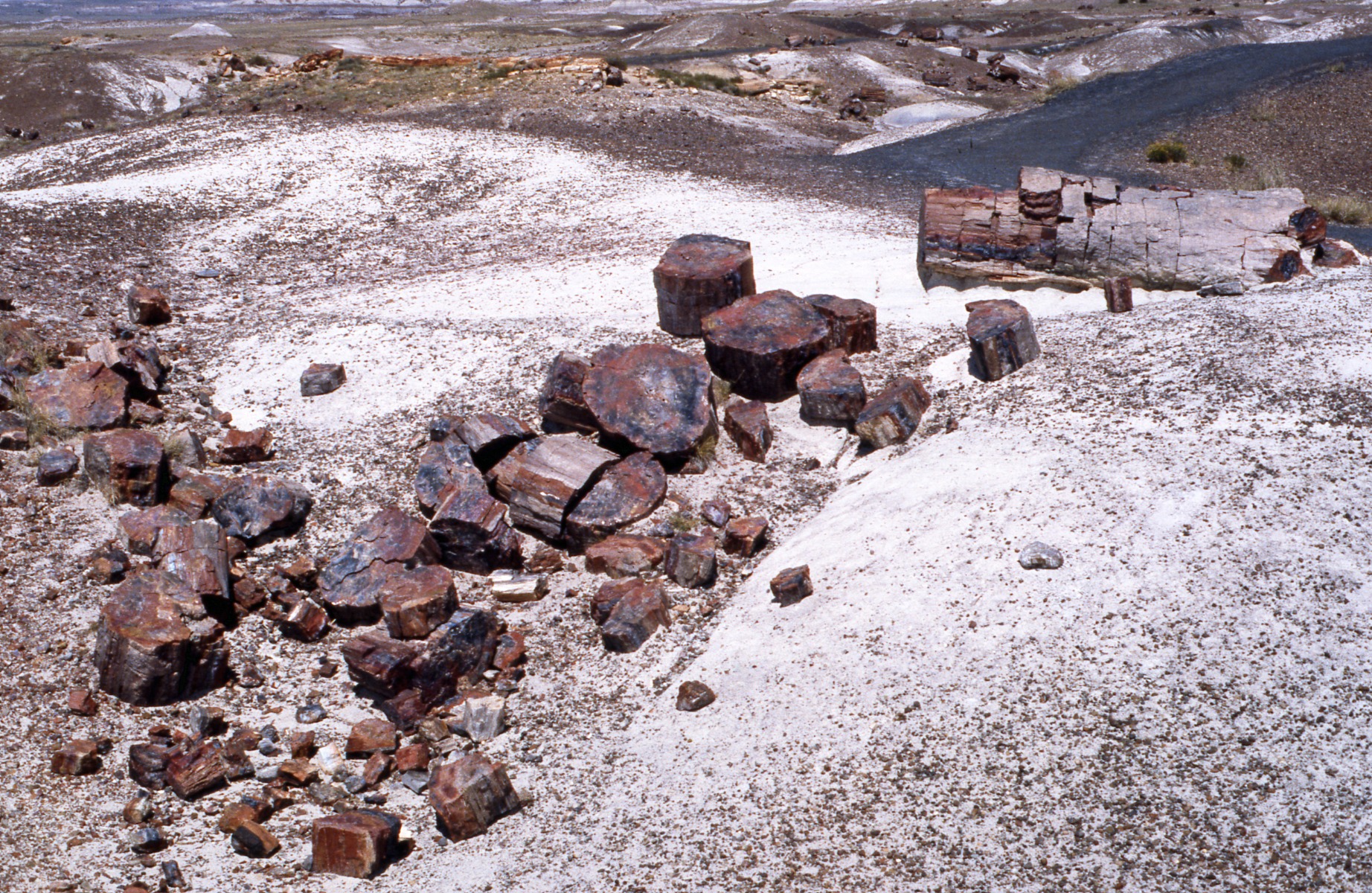
Pictures 70 – 73:
Planet Mine, Wickenburg: A great place to collect actually primary Chalcanthite in rams horn shape. An underground level full of it, but very fragile and difficult to transport from the underground area to the surface. But ones done, it really is stunning. On the other side of the little creek, you find nice balls of Malachite and Chrysocolla. It is actually rather plentiful available. I personally did never care much for it, but in social media it yields crazy price, no real idea why.

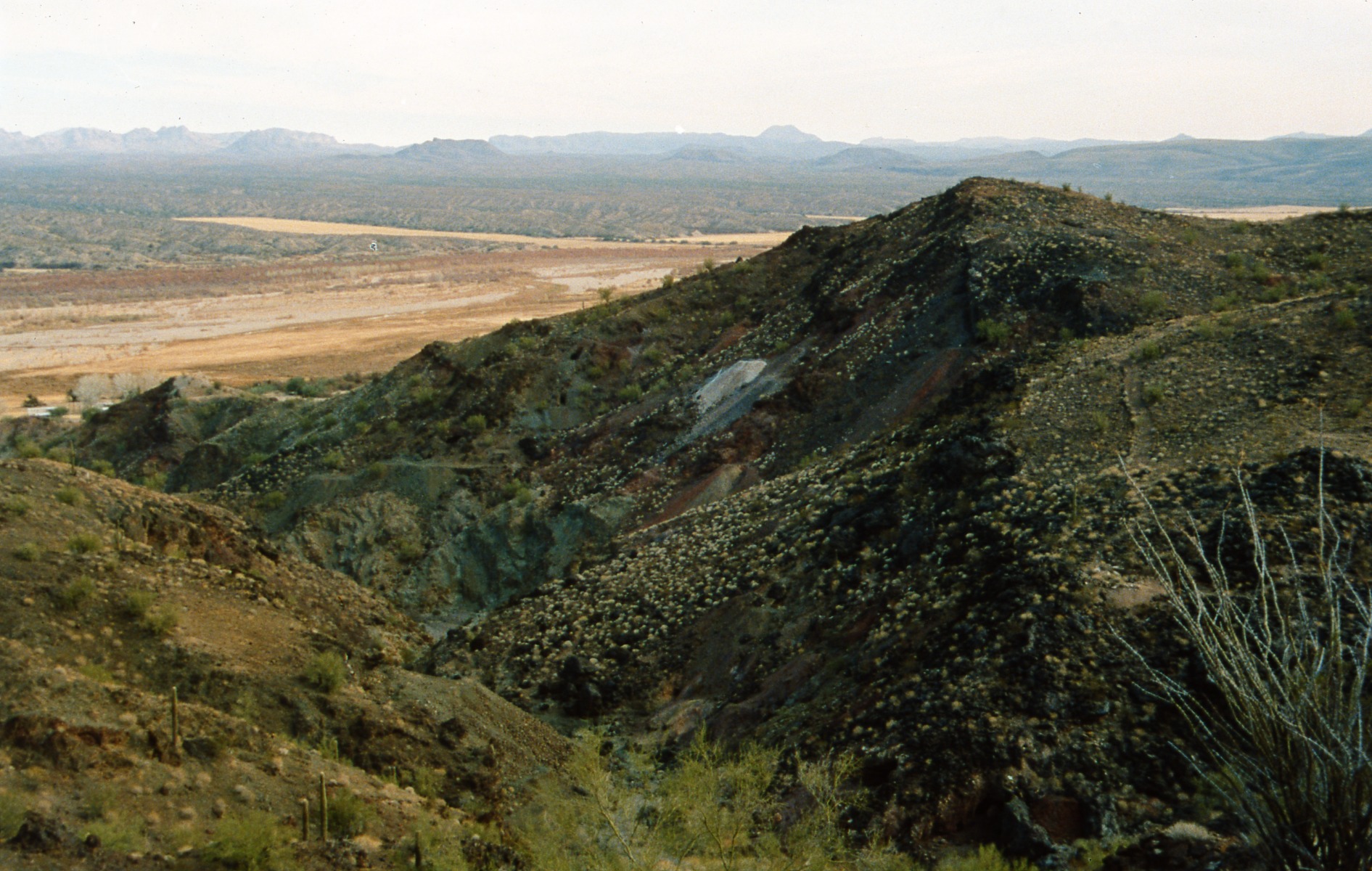

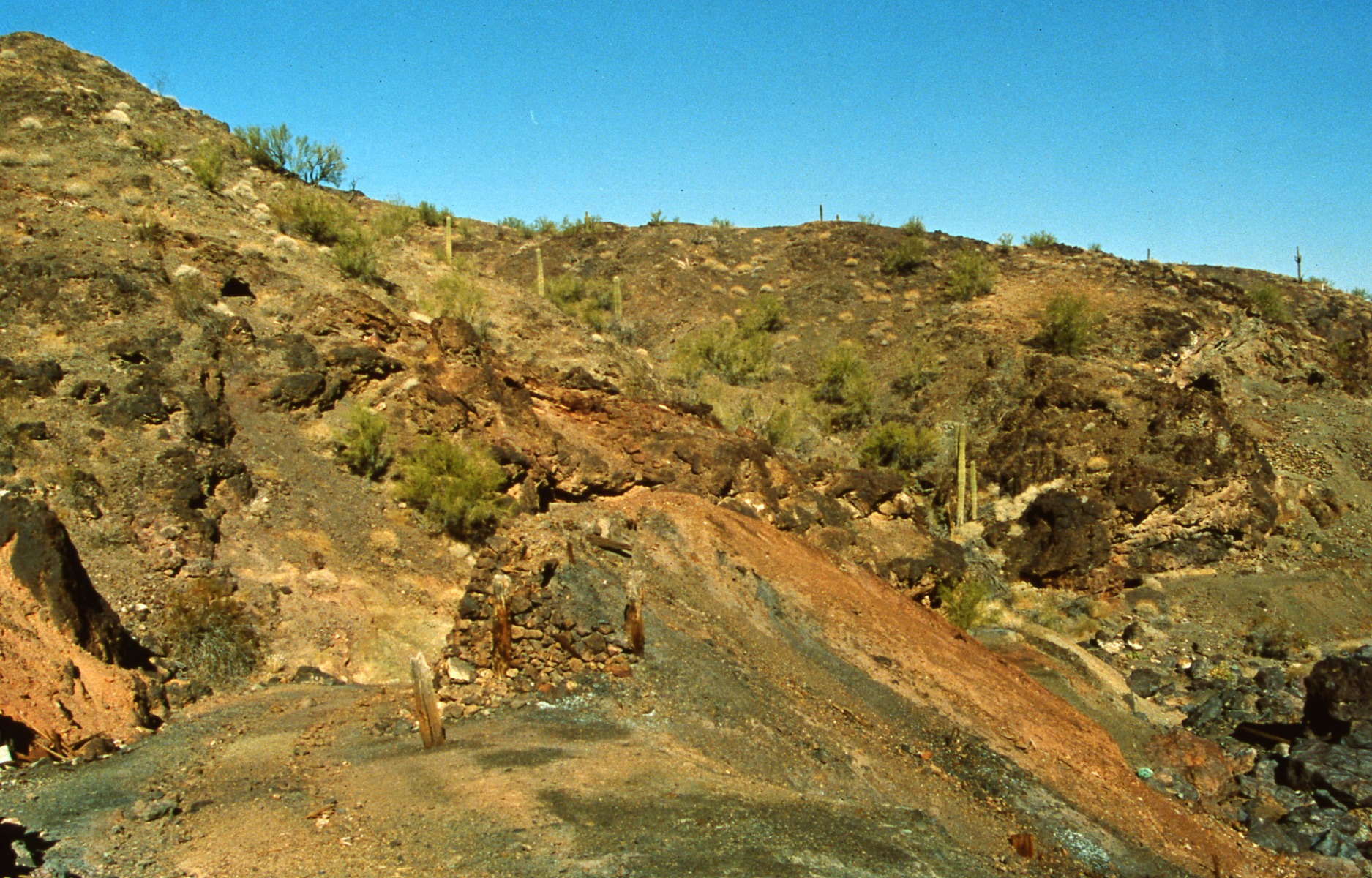
Pictures 77 – 90:
Rawhide Mine, Alamo Lake: Always a fun trip to go that direction via Alamo Lake and the crossing through the upper end of the lake. Great desert and lots of things to see.
The mine itself offers underground superb Wulfenite, really some of the best in Arizona but also a selection of very rare species such as Wherryite, Alamosite, Wickenburgite, Shattuckite and so on. We did manage to find both of it, really nice material overall and really rich as well. Now the condition of the underground workings is not anymore, the very best, so be careful in there, timbers are fairly loose and rotten.
Outside the is a small pile with Alamosite and wickenburgite as well, but not much.
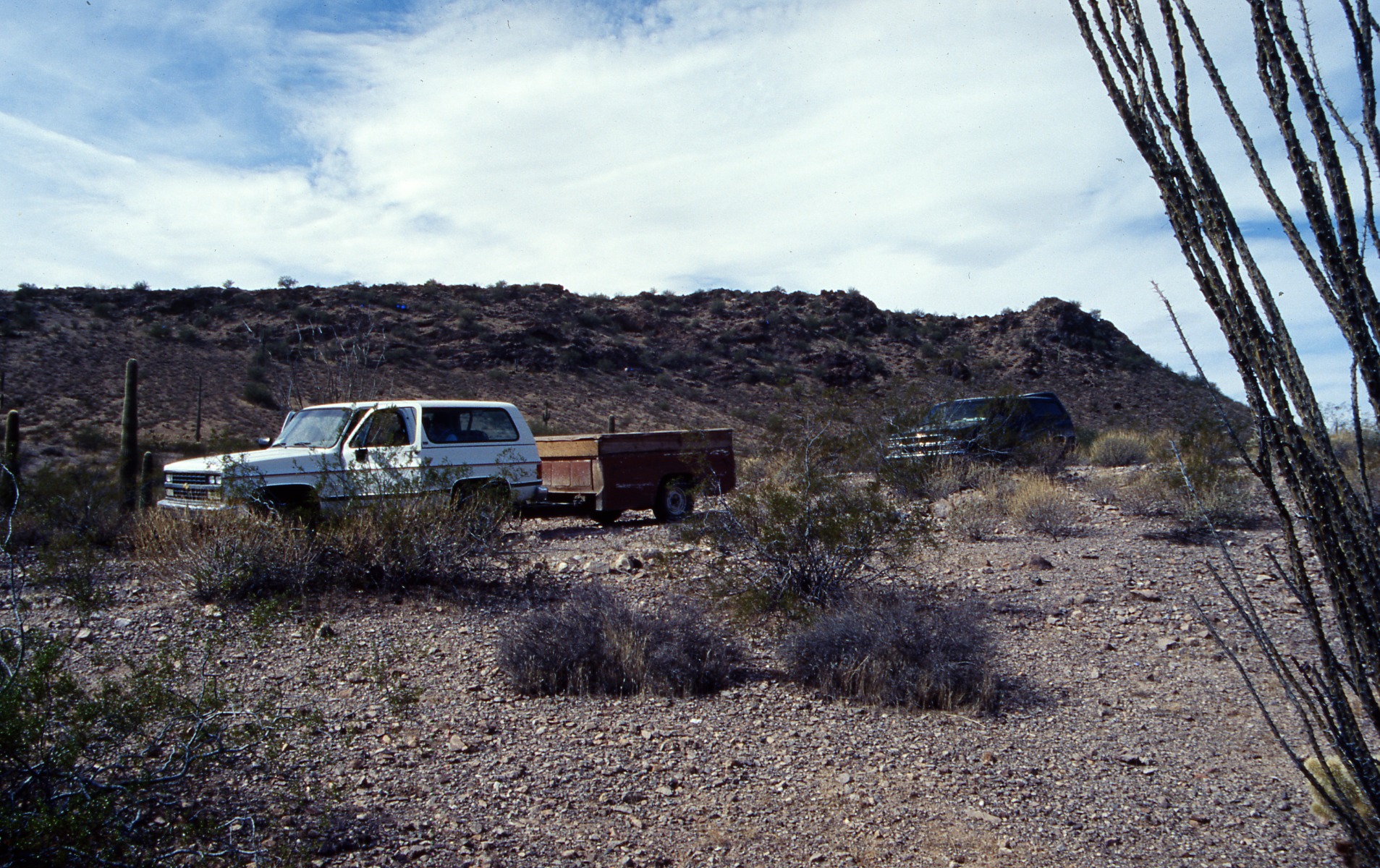
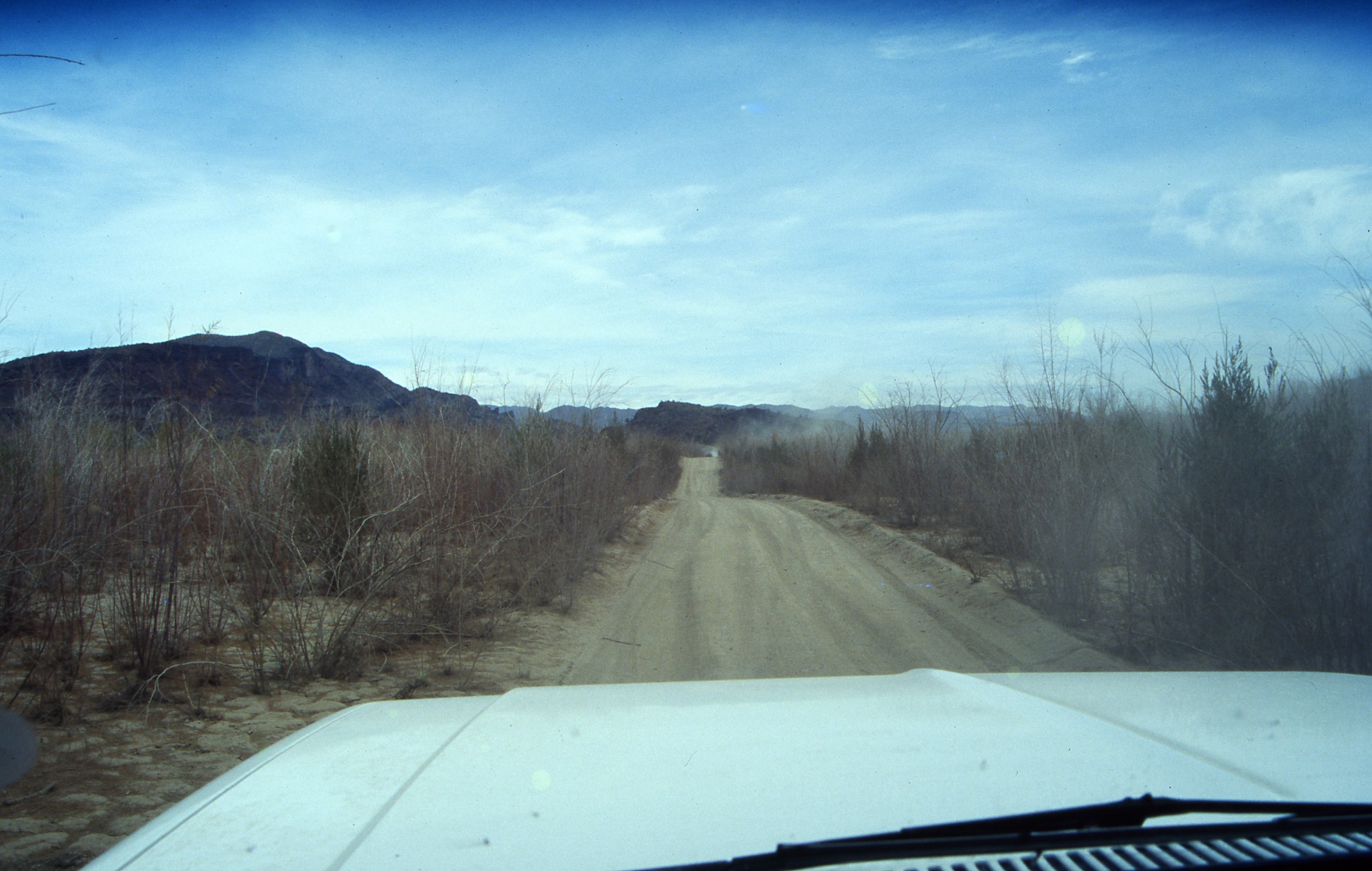
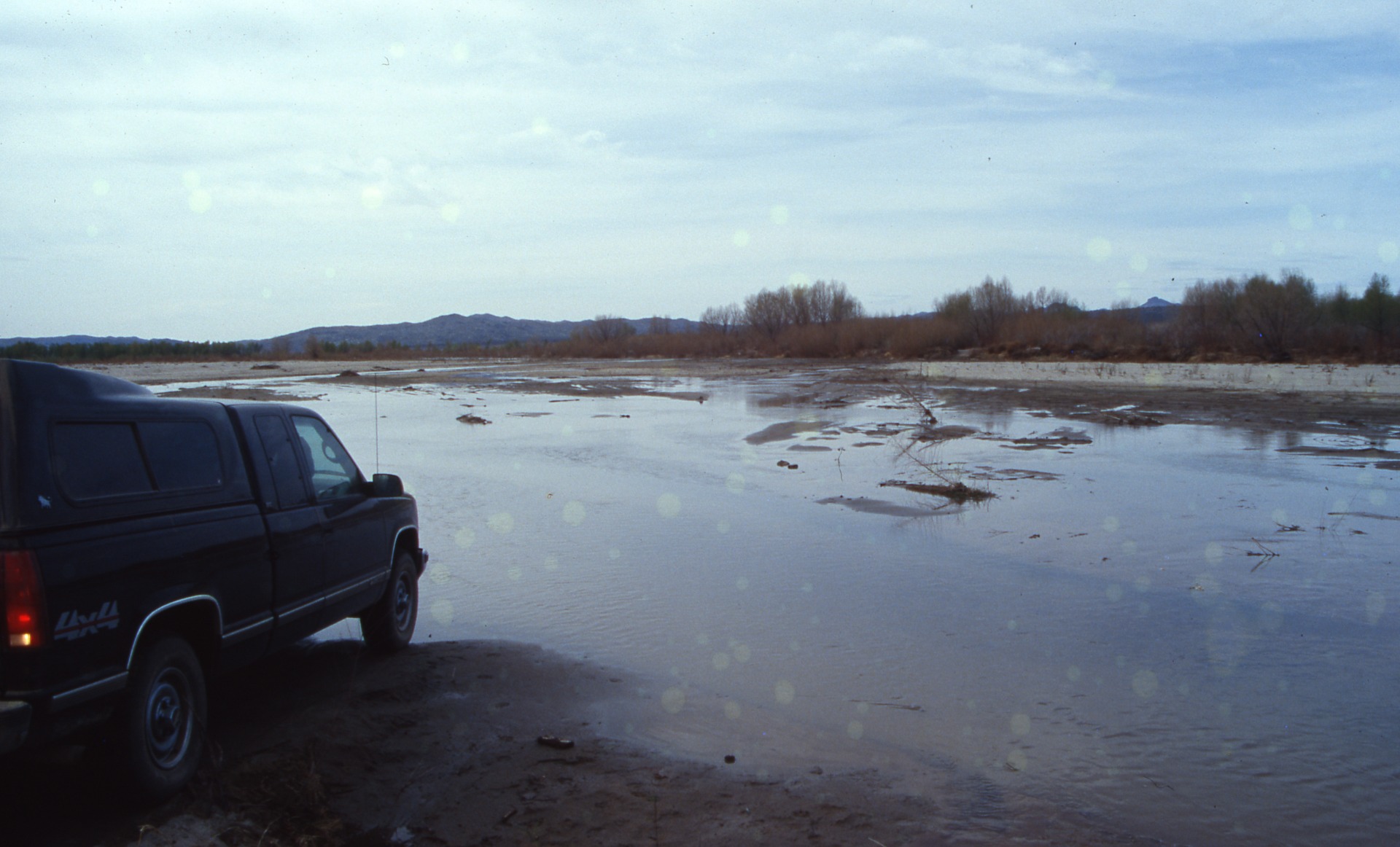
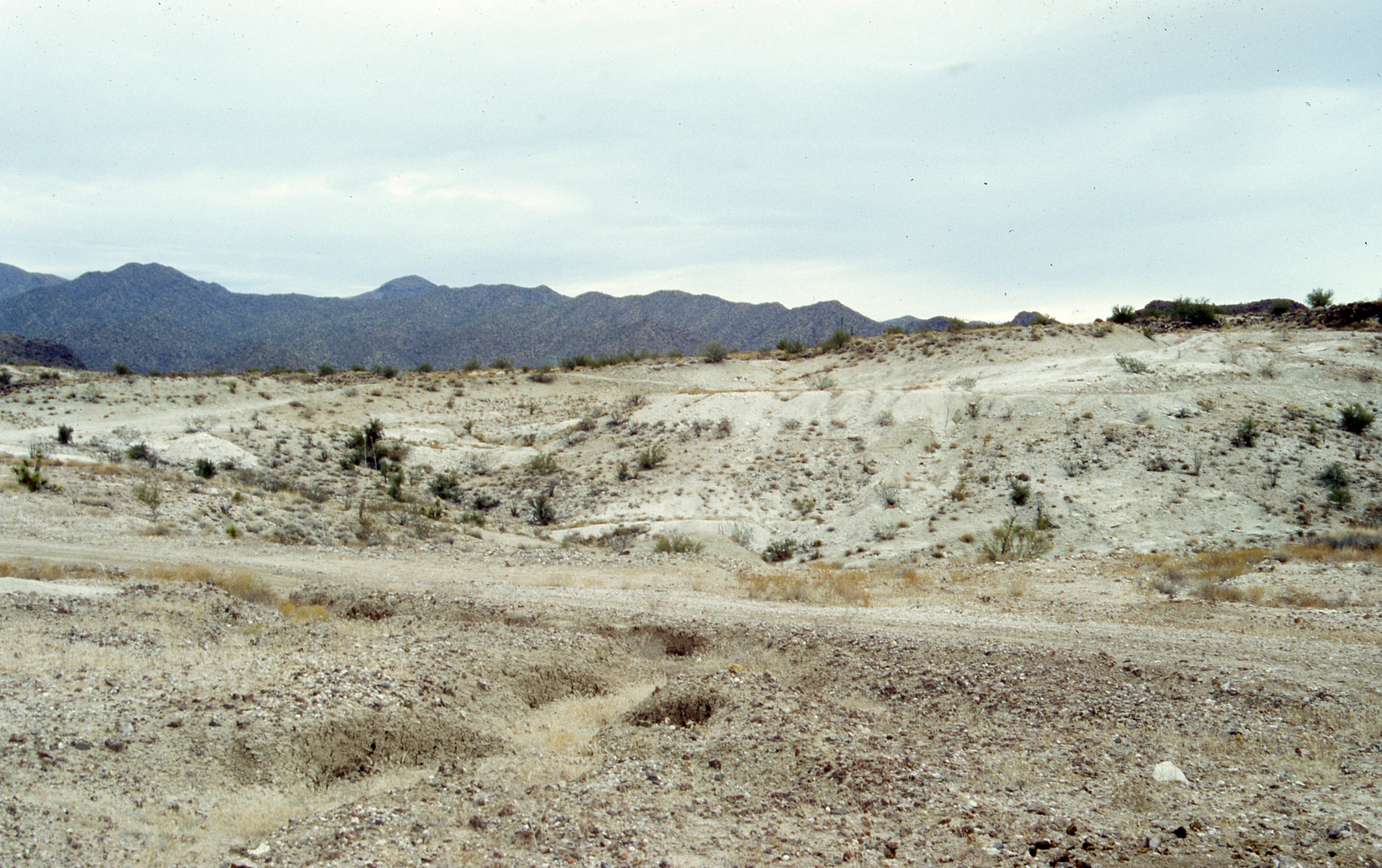
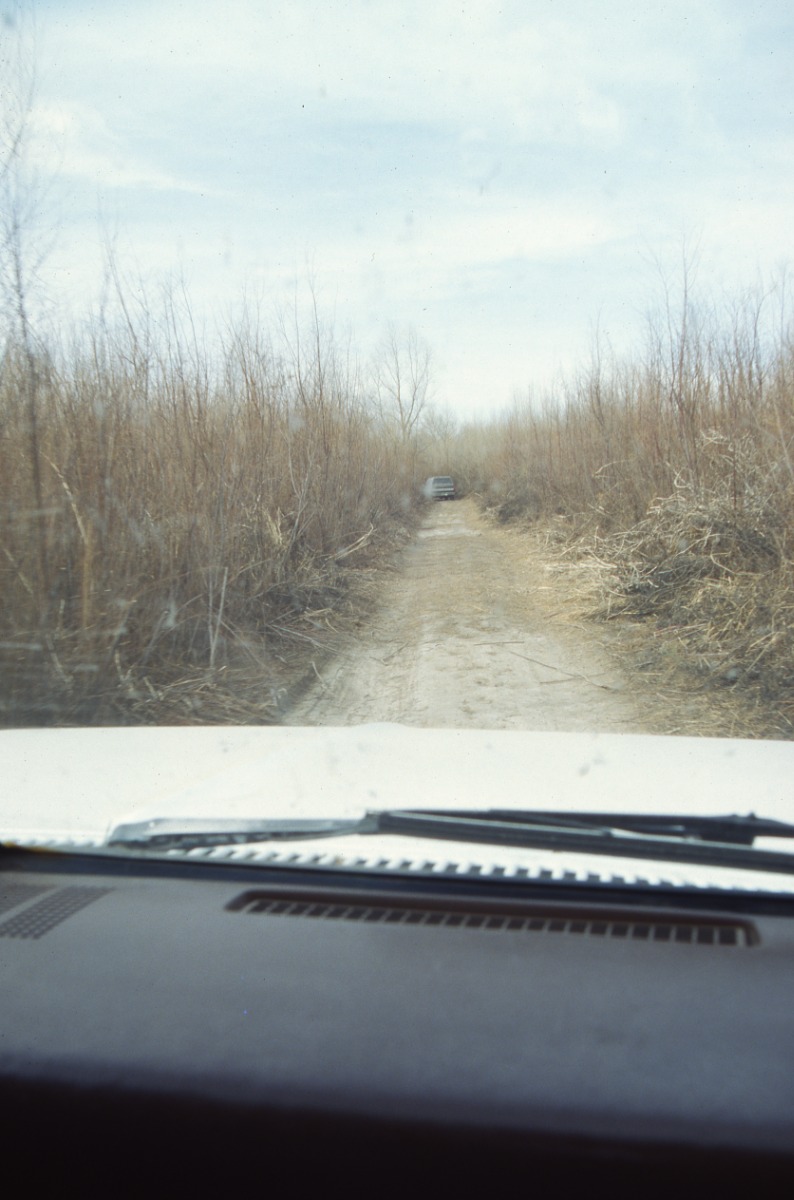
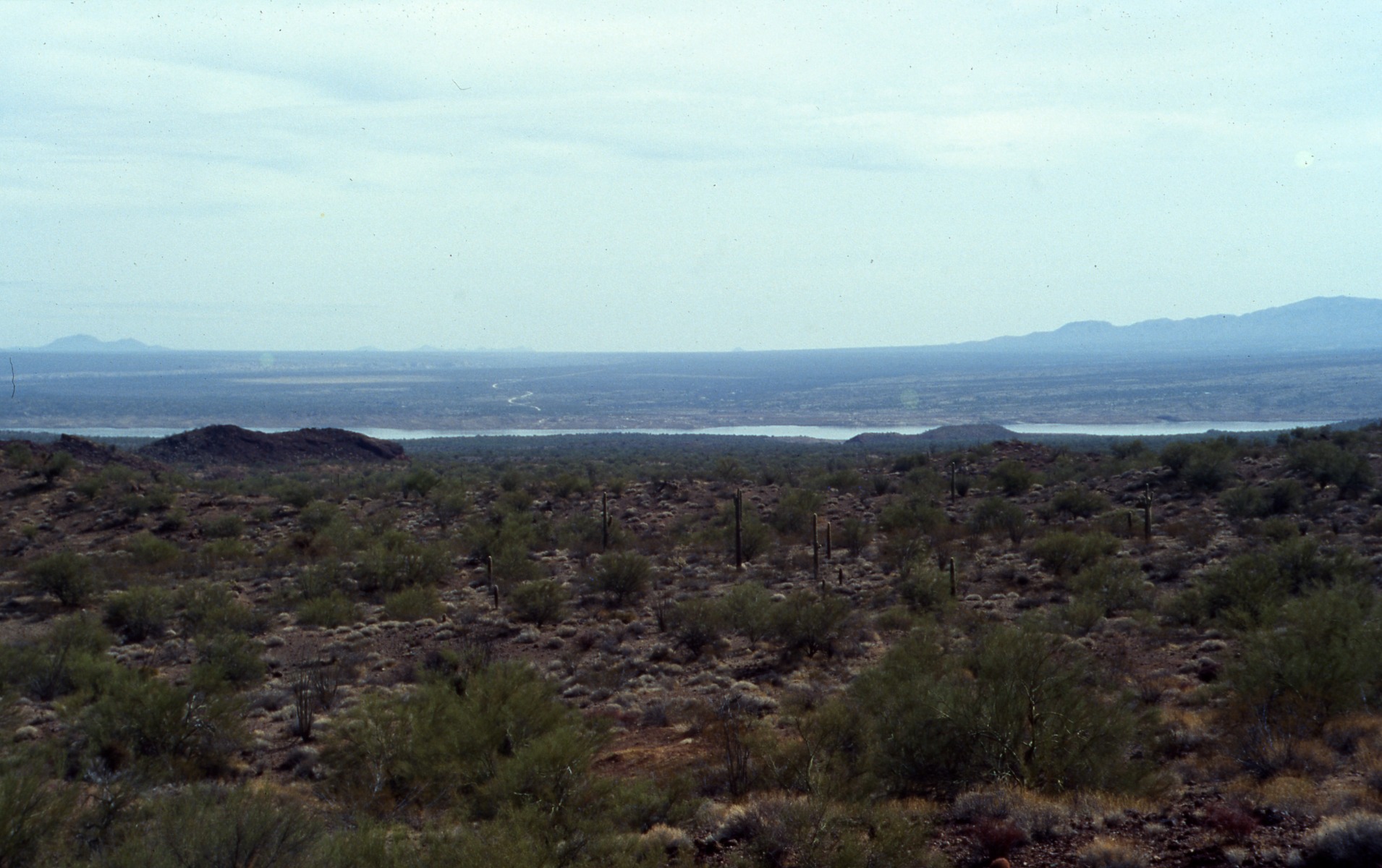
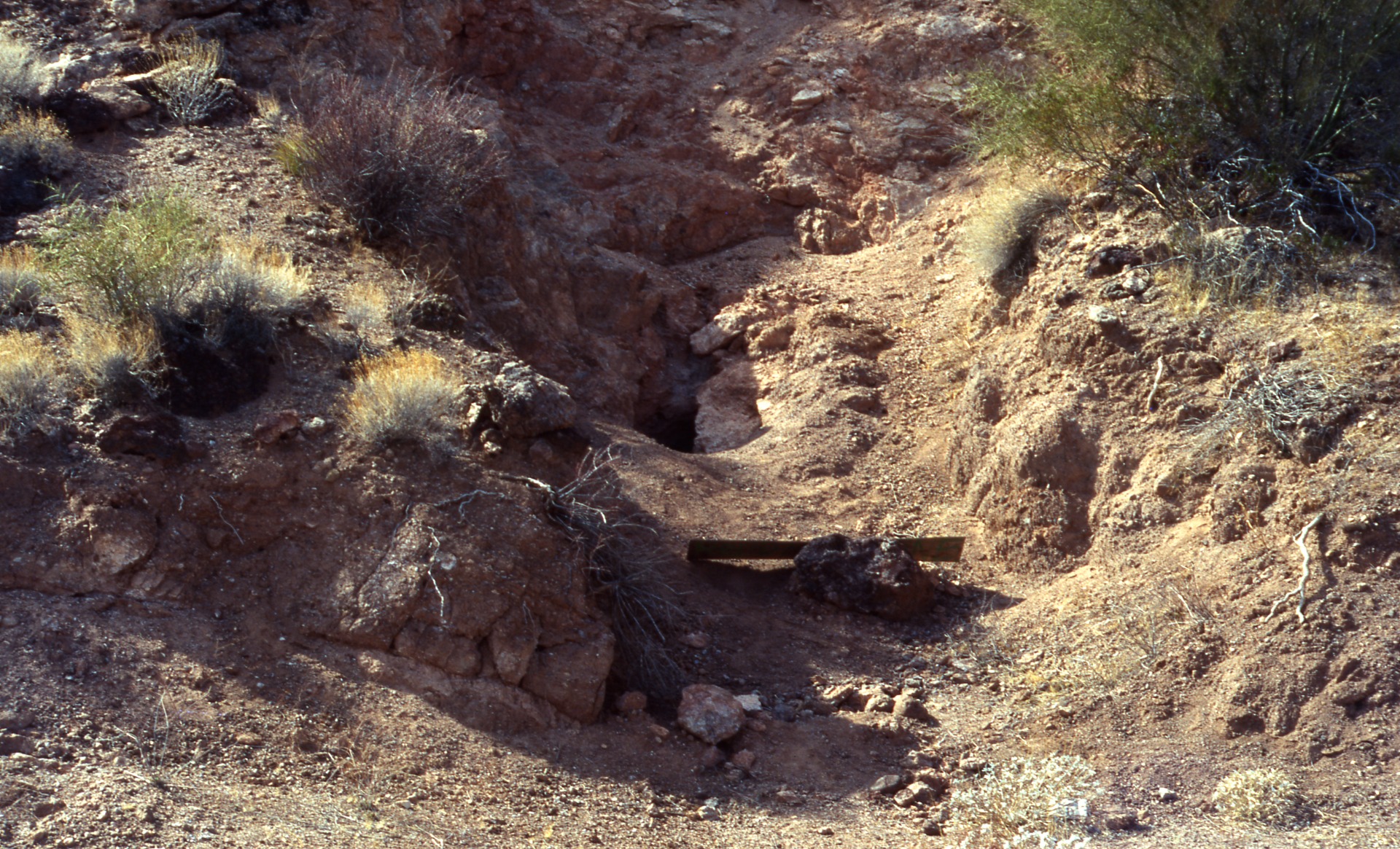
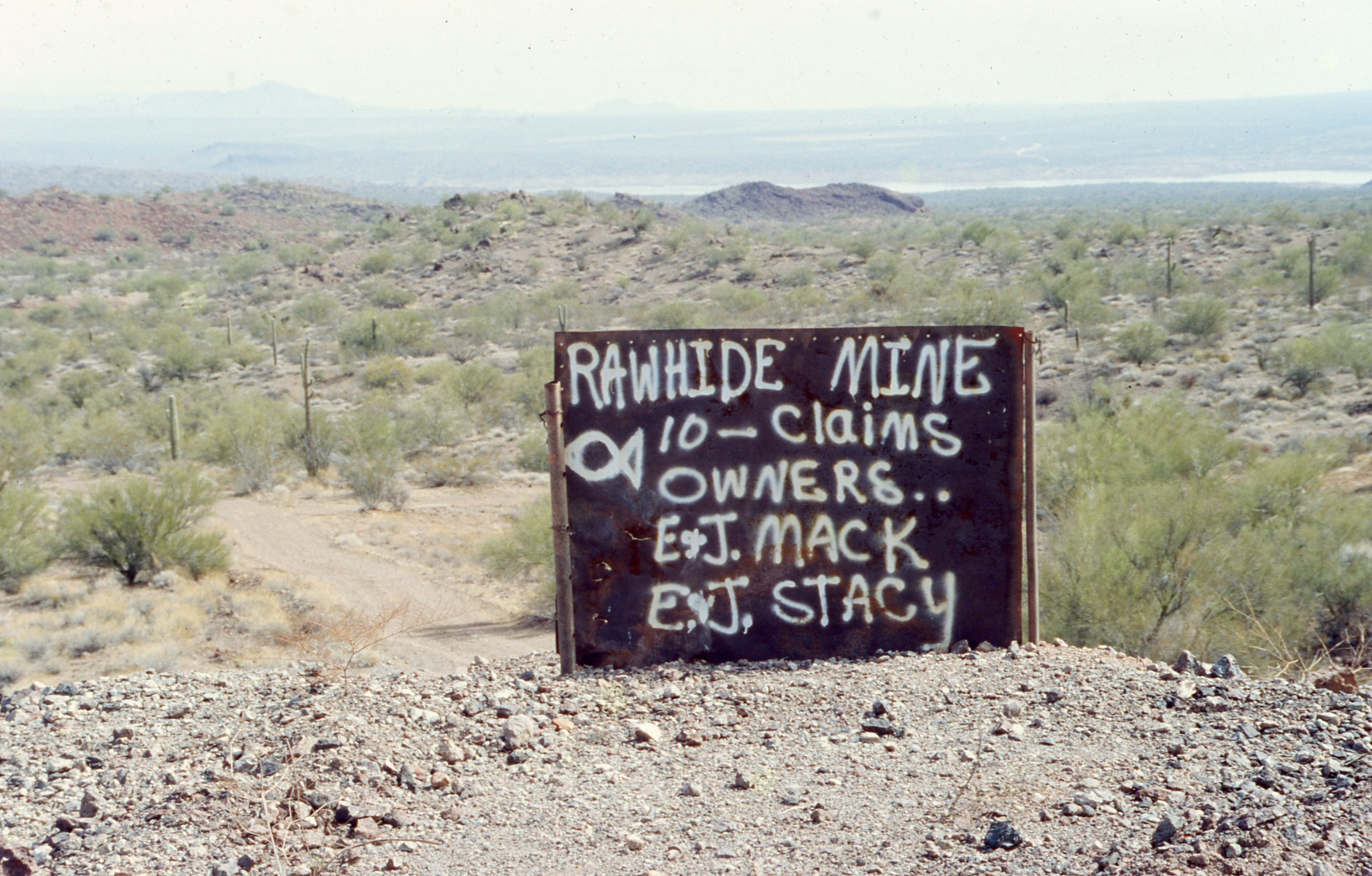
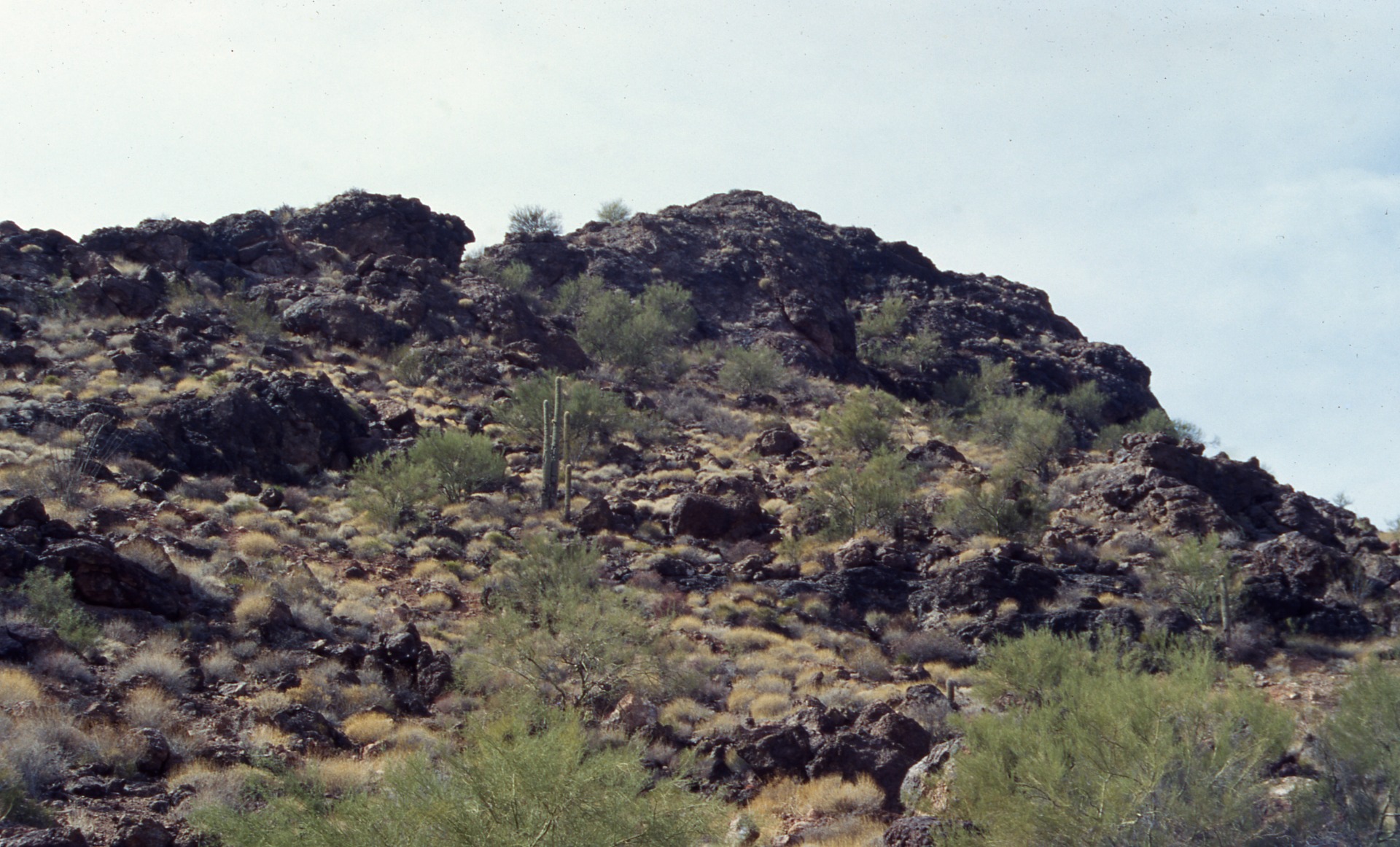
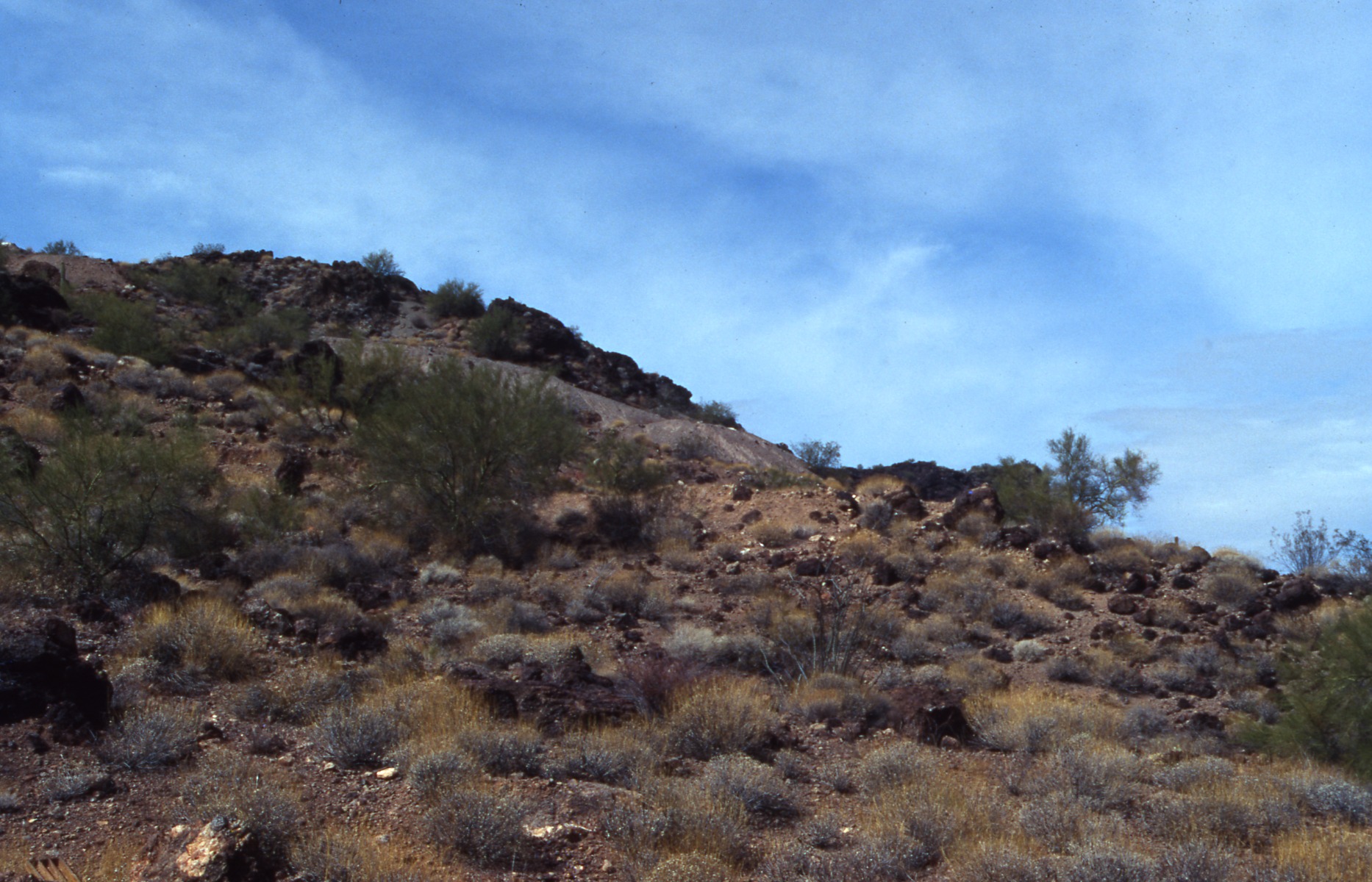
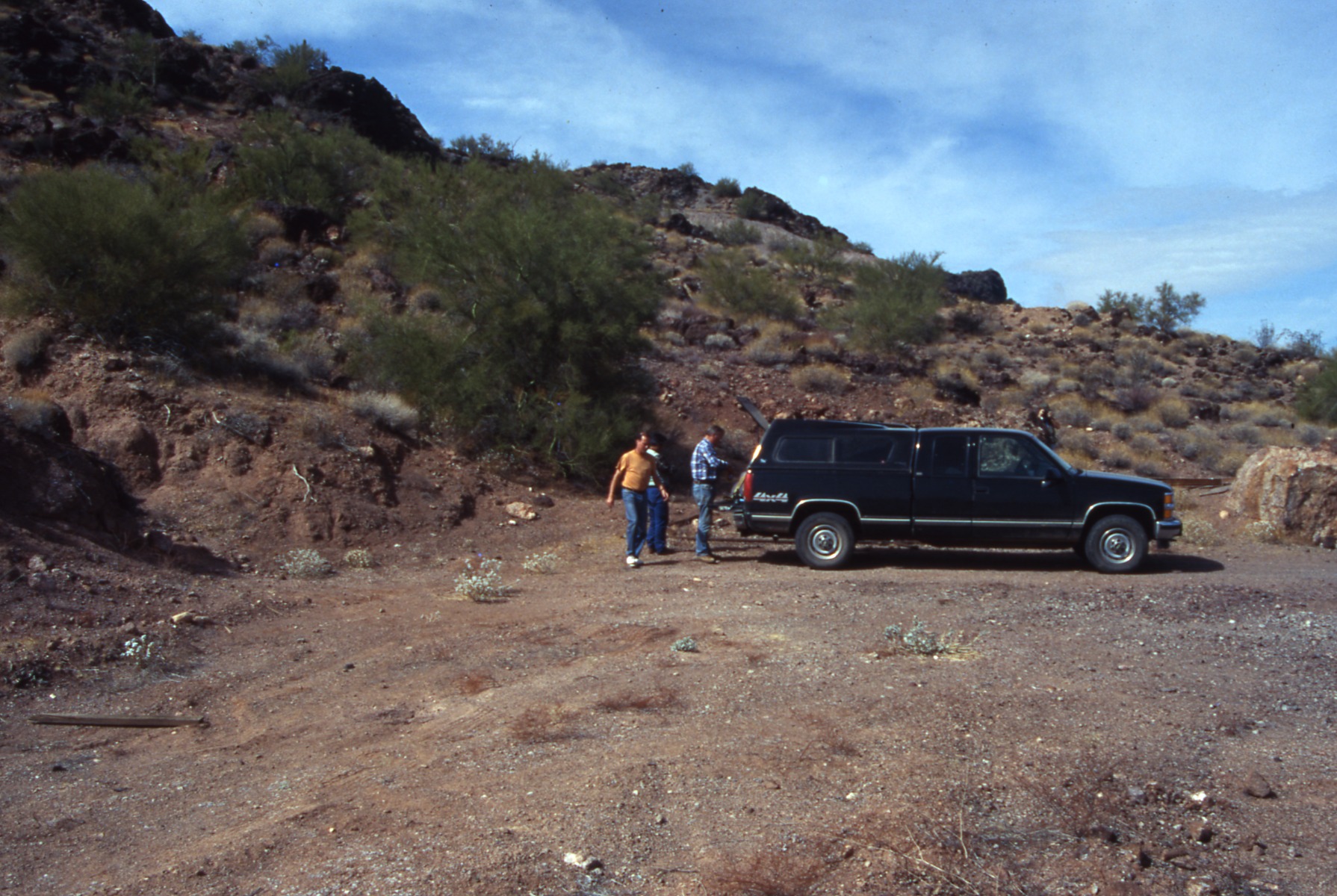
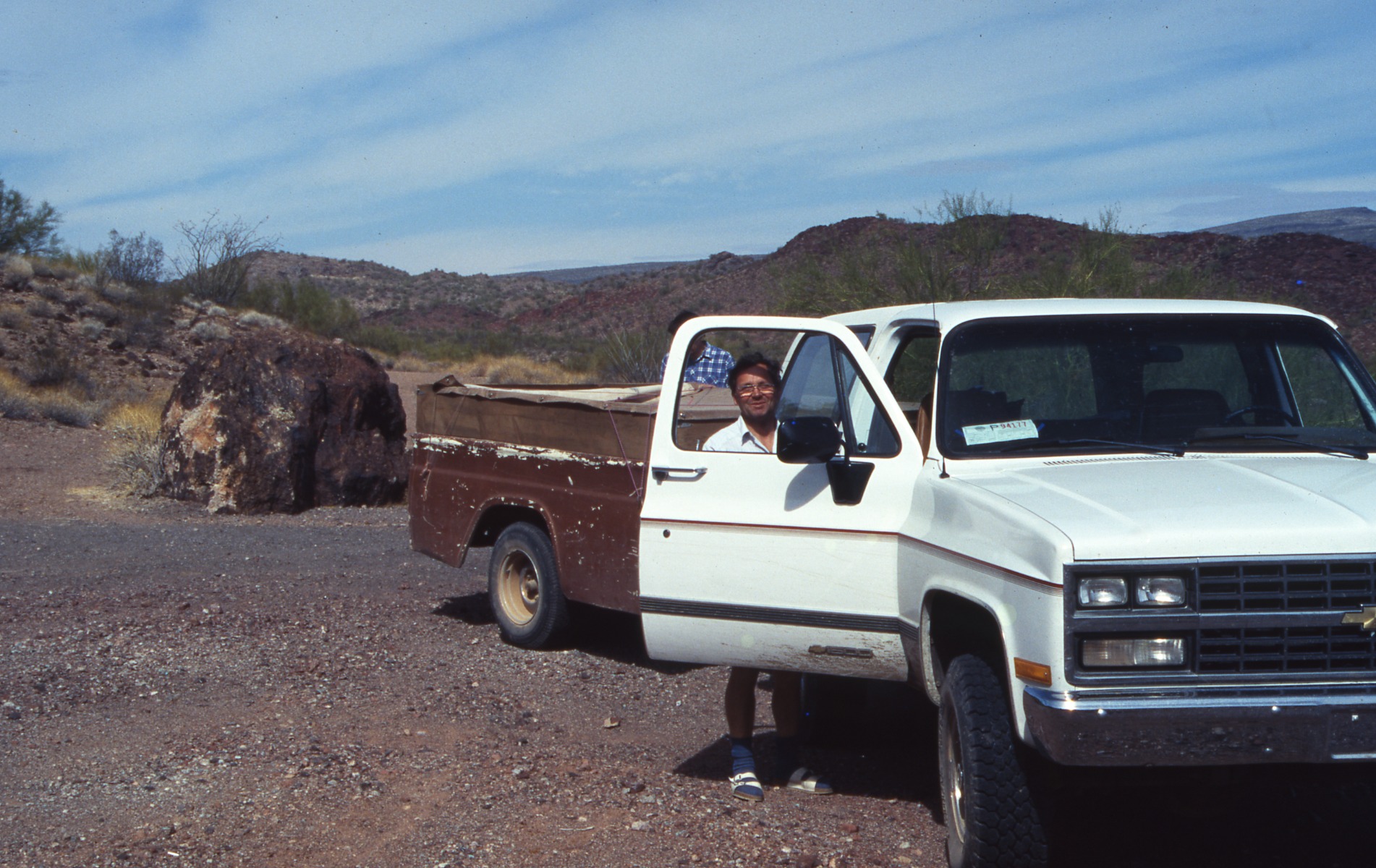
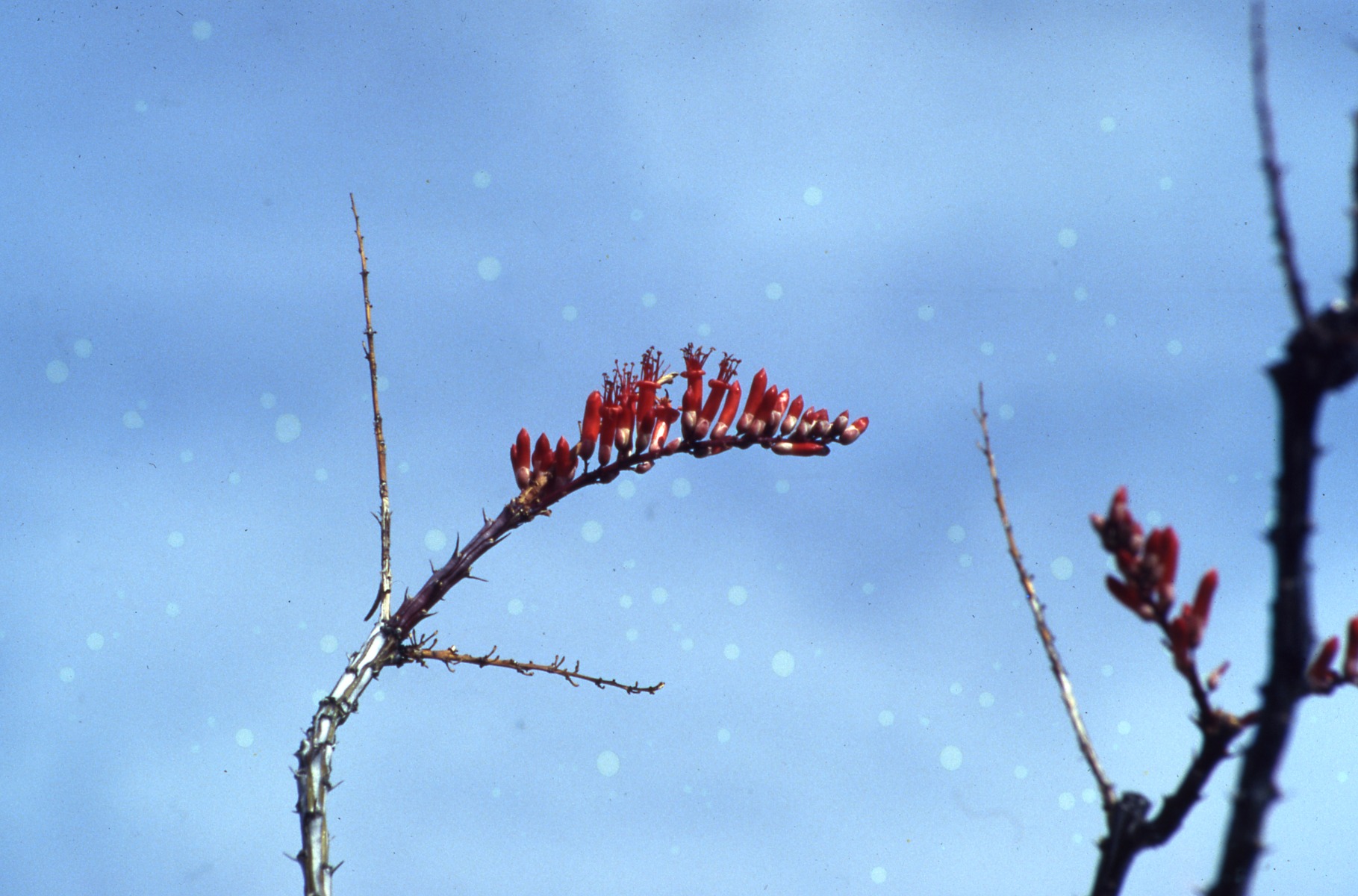
Colorado:
Picture 59:
Ouray mining area: There are more mines than one can ever list. Most of them operated on gold. We got quite lucky finding nice Enargite crystals, lustrous and in vugs. Sure, there is a lot more, but most the underground is caved in so it would be a mayor effort to do anything there, so far, we never had enough time for that valley.

Pictures 54 – 58:
Pikes Peak area, Colorado Springs: Amazonite mining. A cheese farmer from Wisconsin purchased this part of the forest for a retirement home. Like all WI cheese farmers, he was of German descent so he happily agreed to us preparing the basement for him and removing these disturbing Amazonite crystals for that very basement. Unfortunately, by now he has built a home on top of this place, but we managed to mine a large part of the vein. Quite amazing, this vein continued for like 150m and reached a width of app. 50 cm. No smoky quartz however.
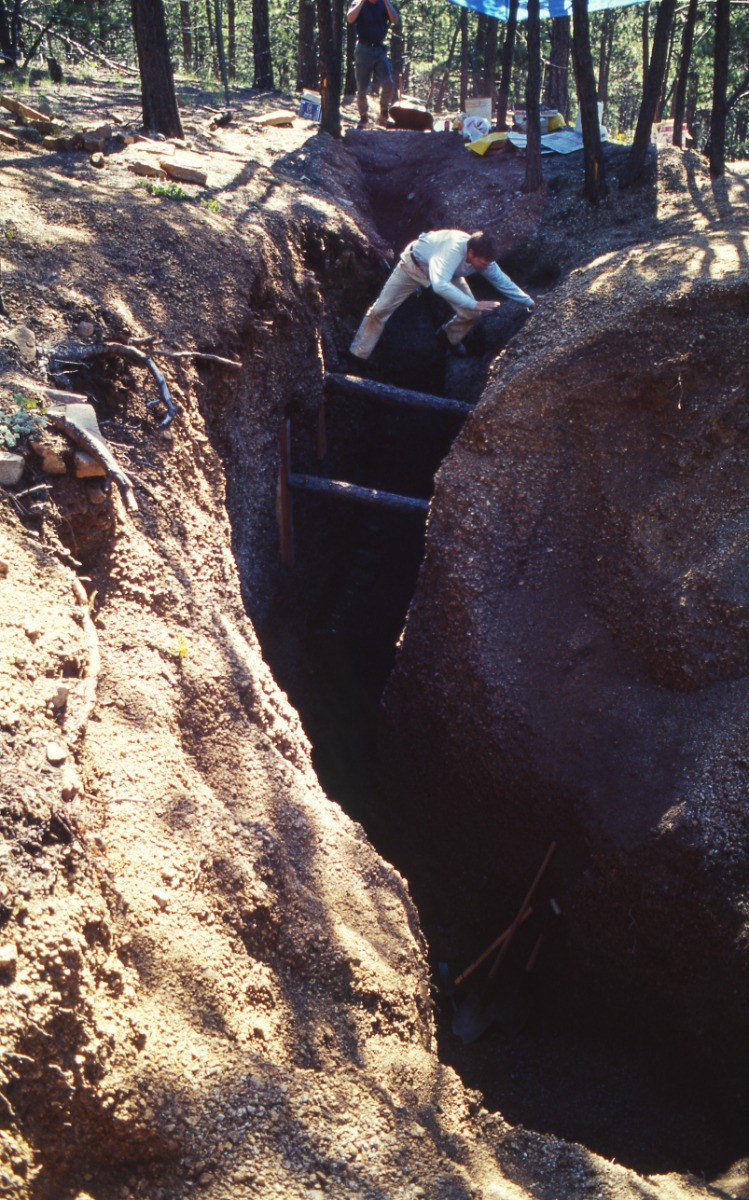
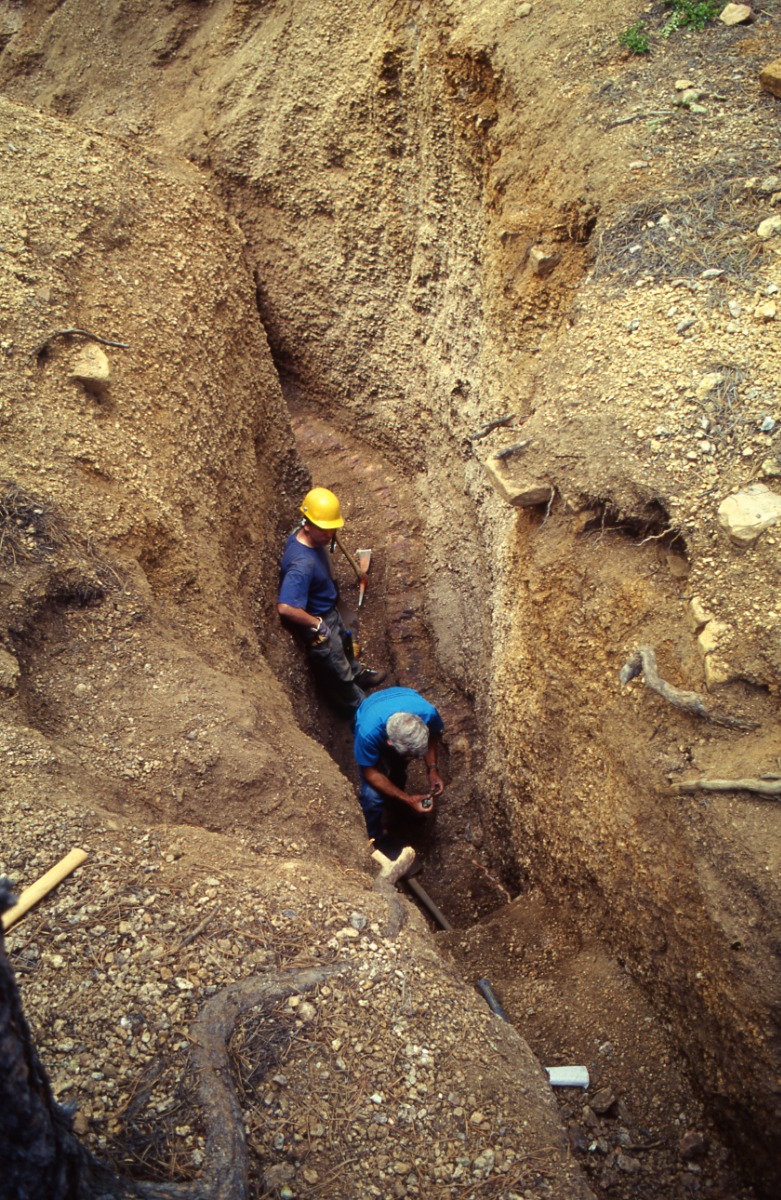
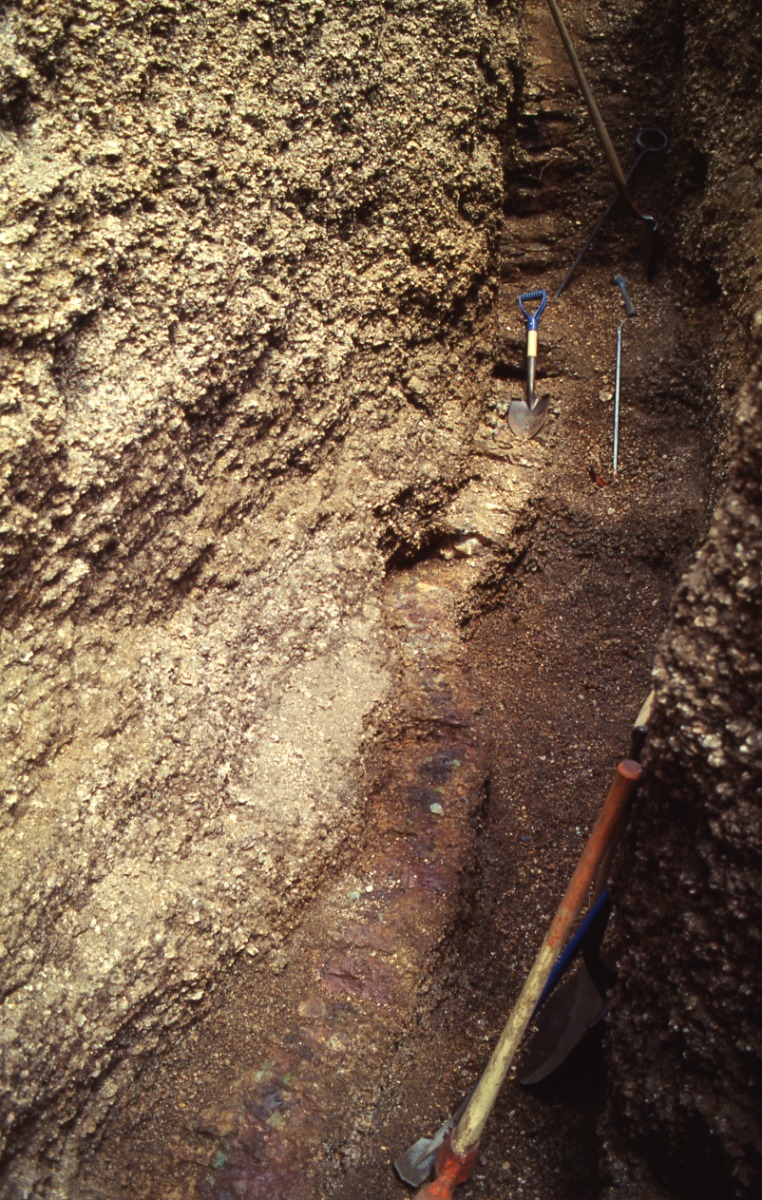
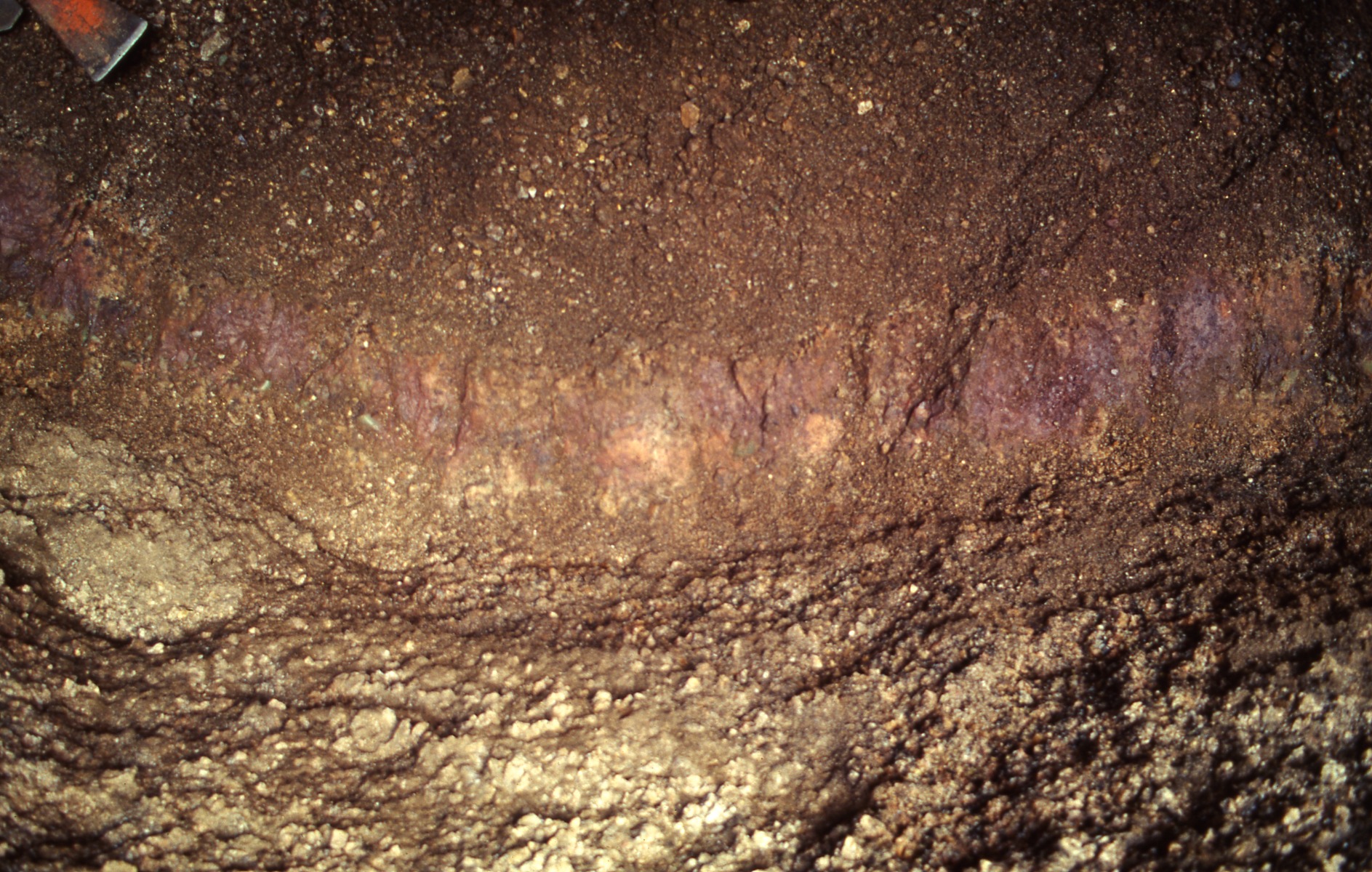
Nevada:
pictures 43 – 48:
mining relict and landscape pictures of typical spots throughout Nevada. Lot of lost places. We did check many on our exploration trips, the only way to find a new great spot for minerals. But like always, mostly you find nothing. Pretty pictures however.
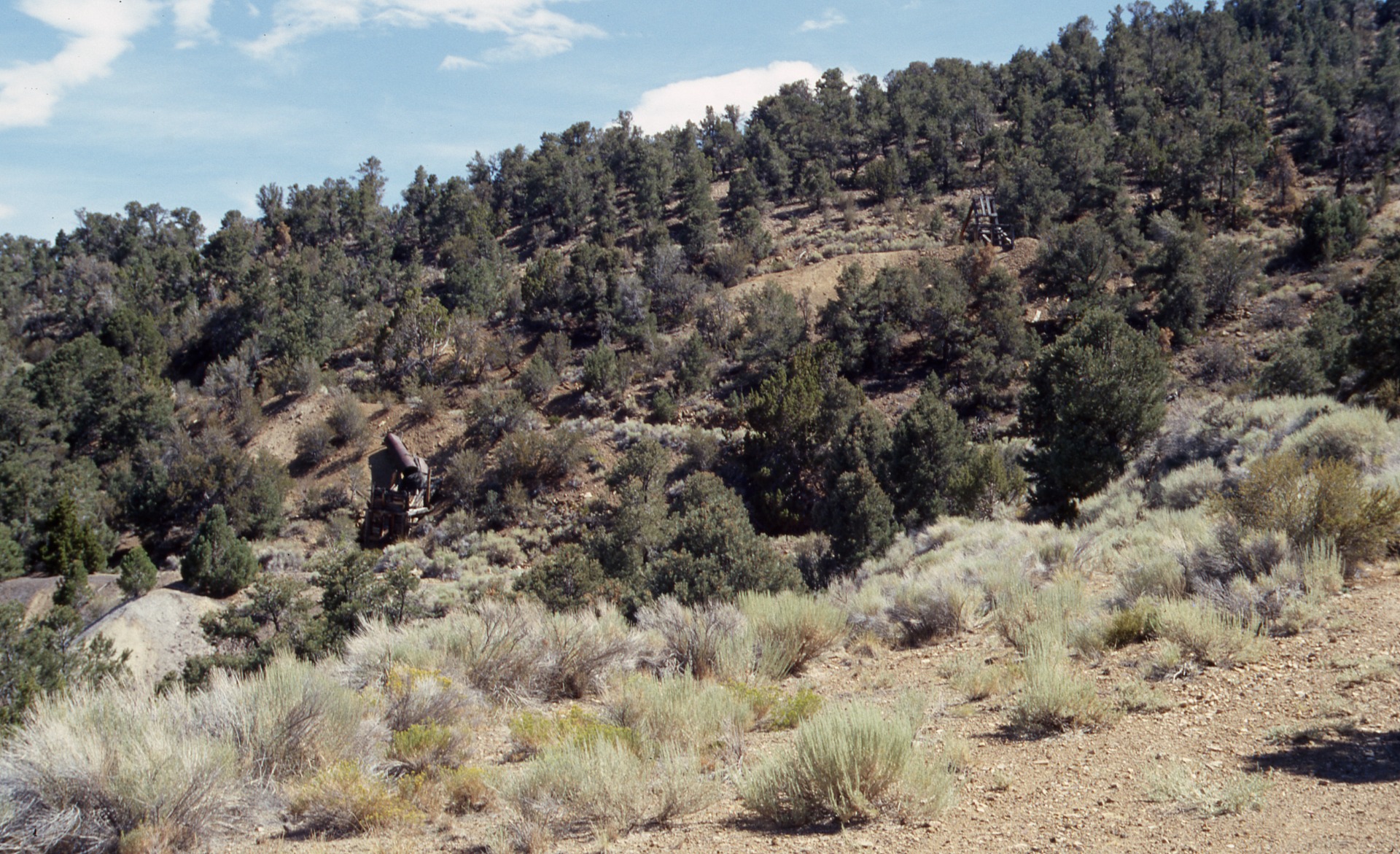

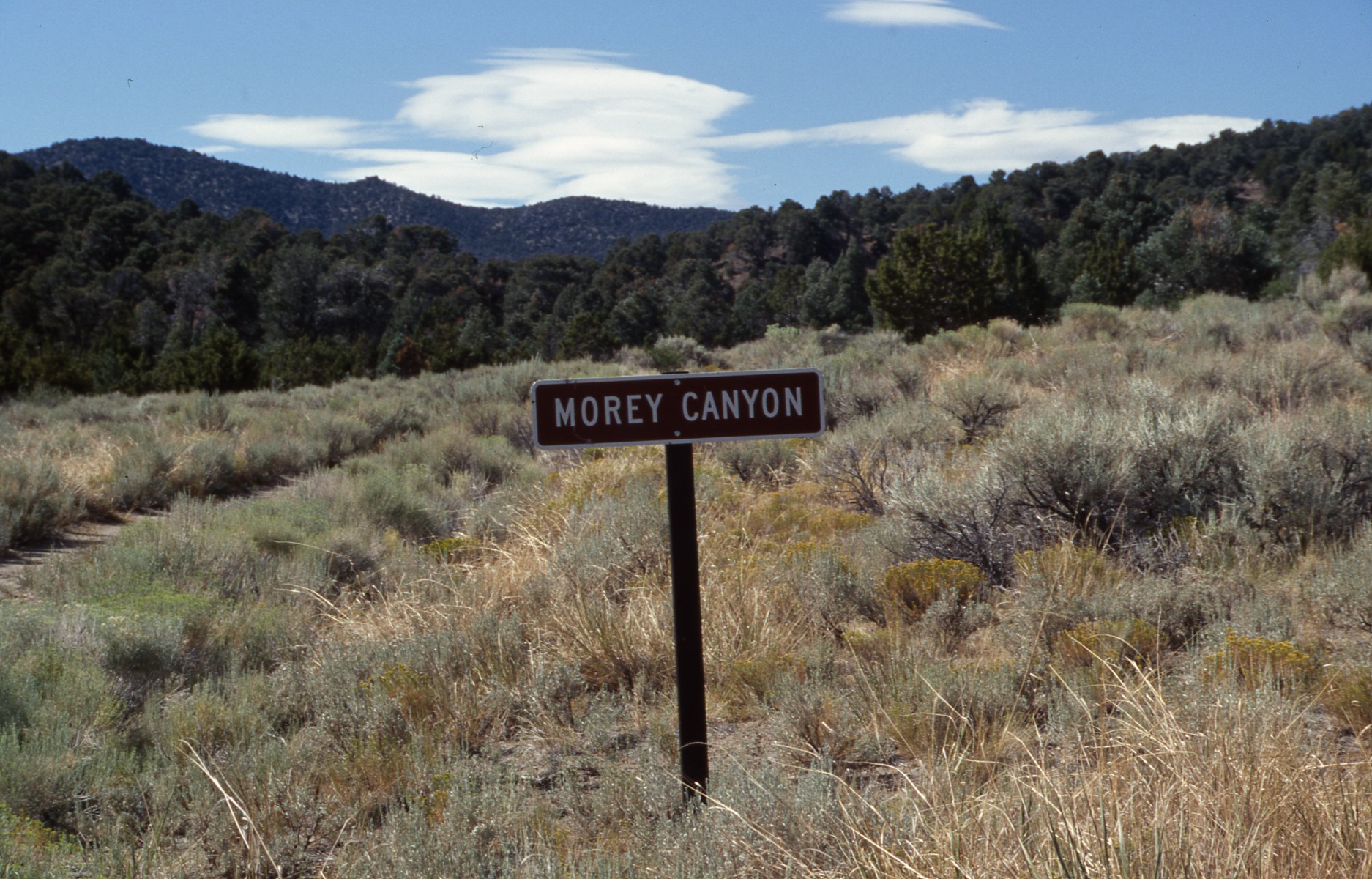
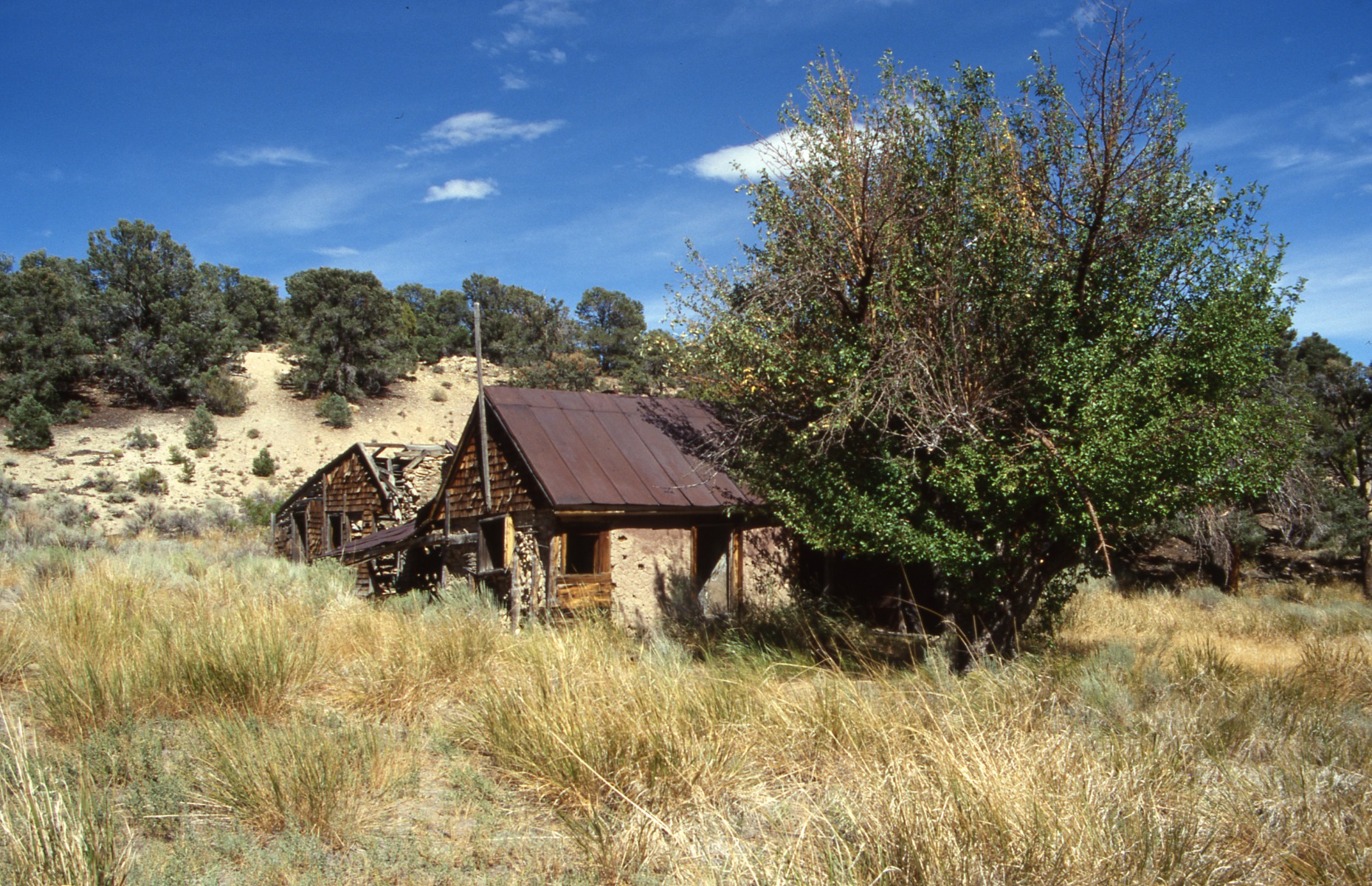
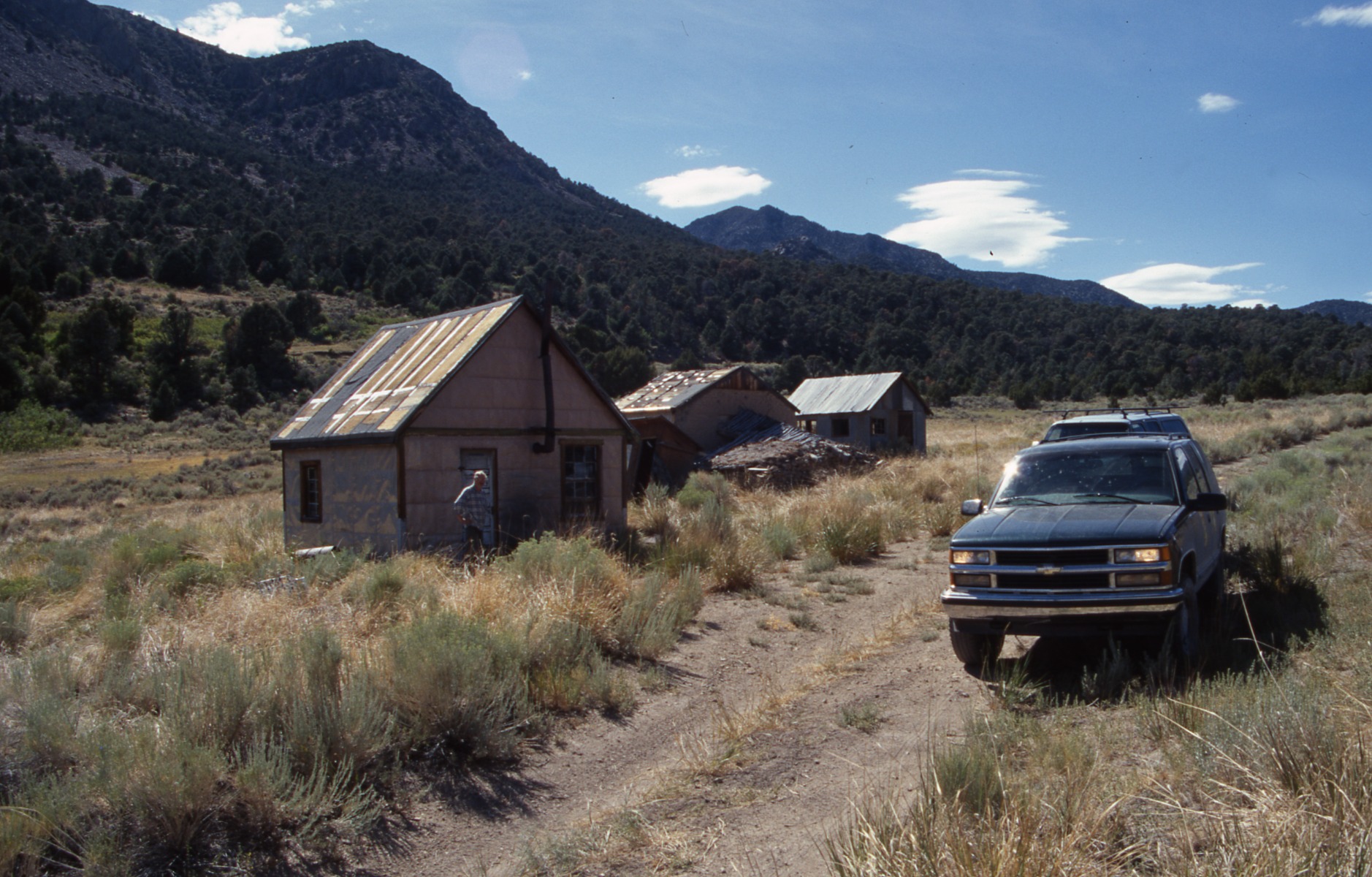
Pictures 105 – 110:
More roadside impression of typical Nevada landscape. If you did not know what the phrase “wide open space” means, now you know!
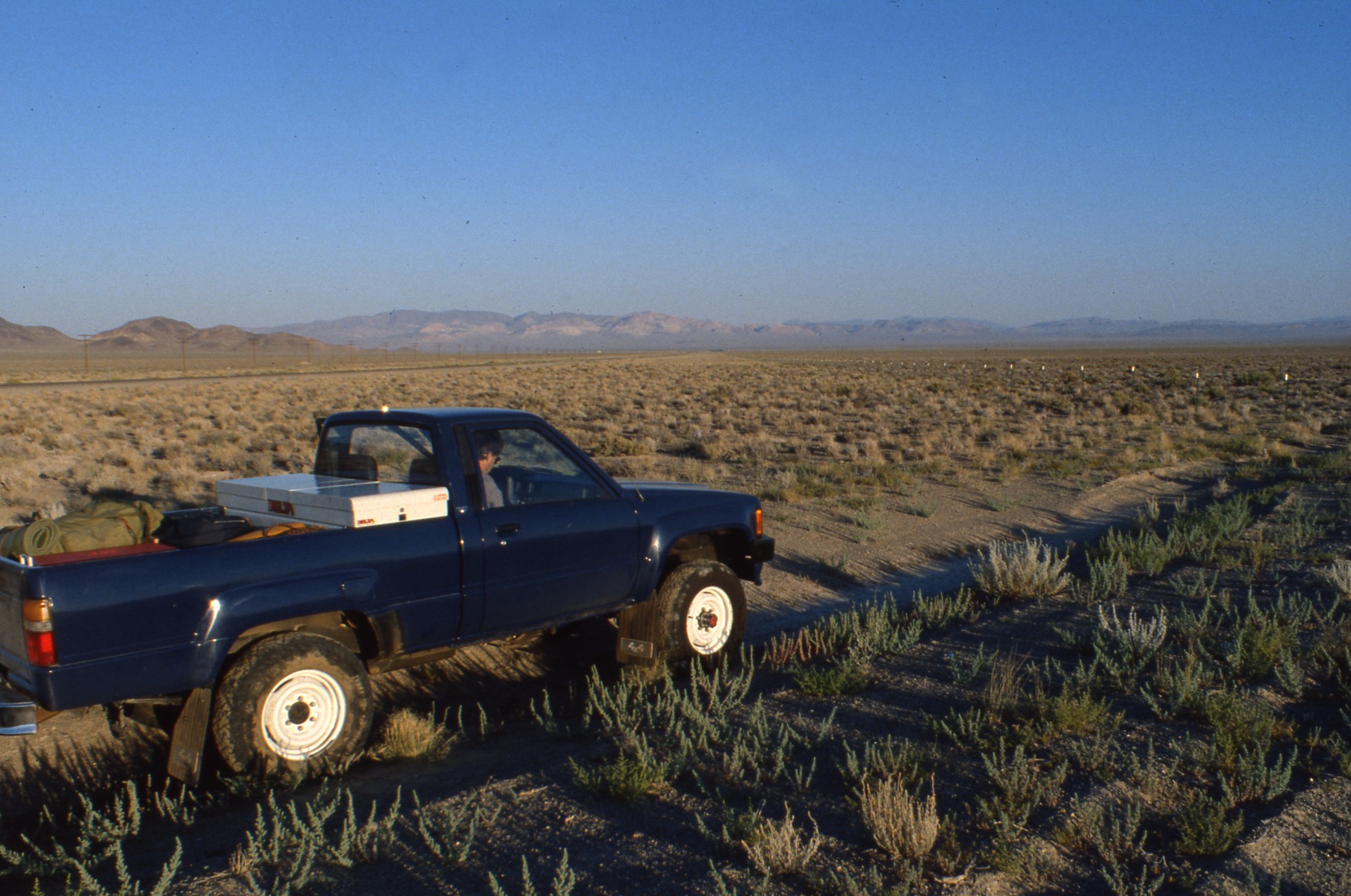
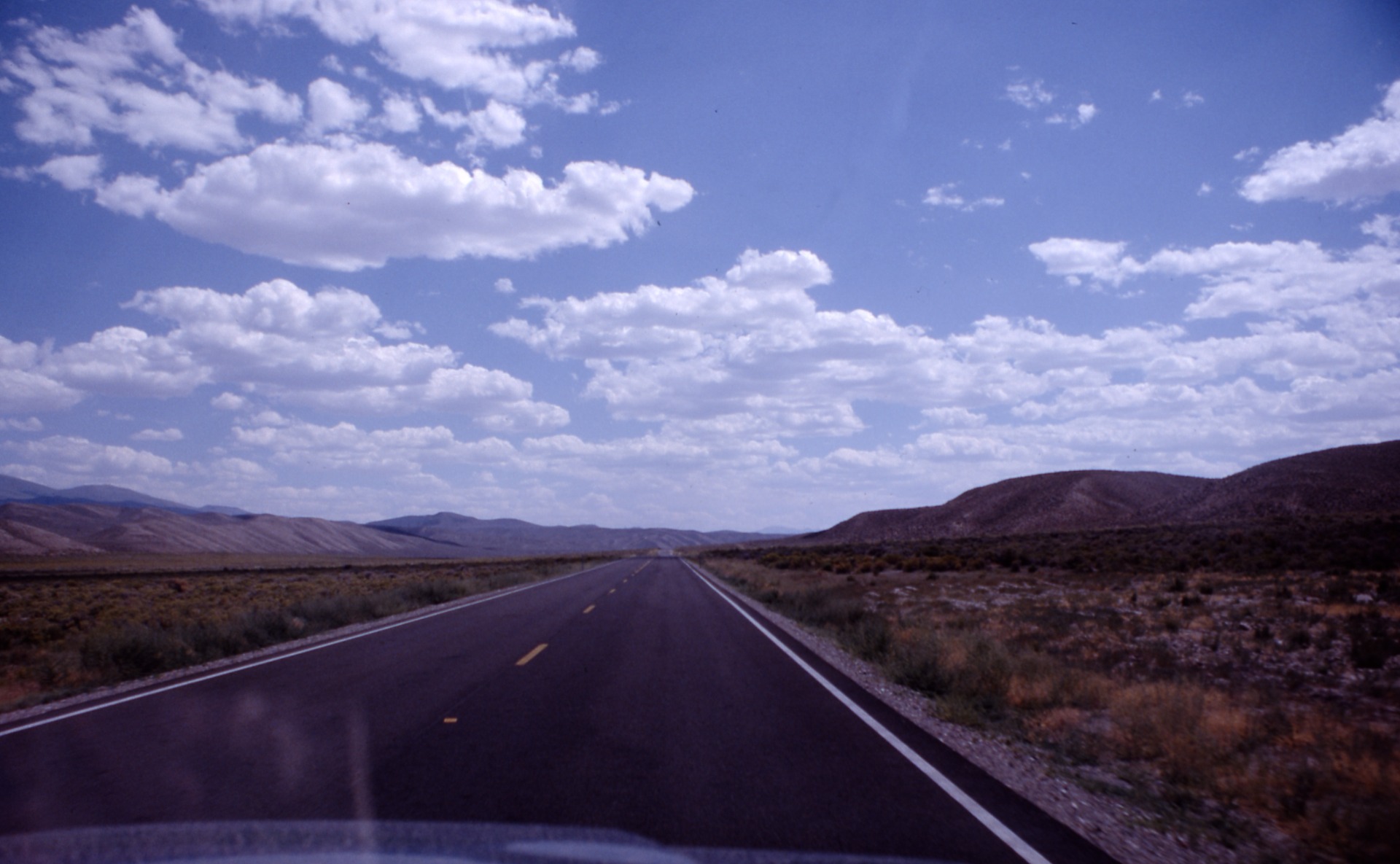
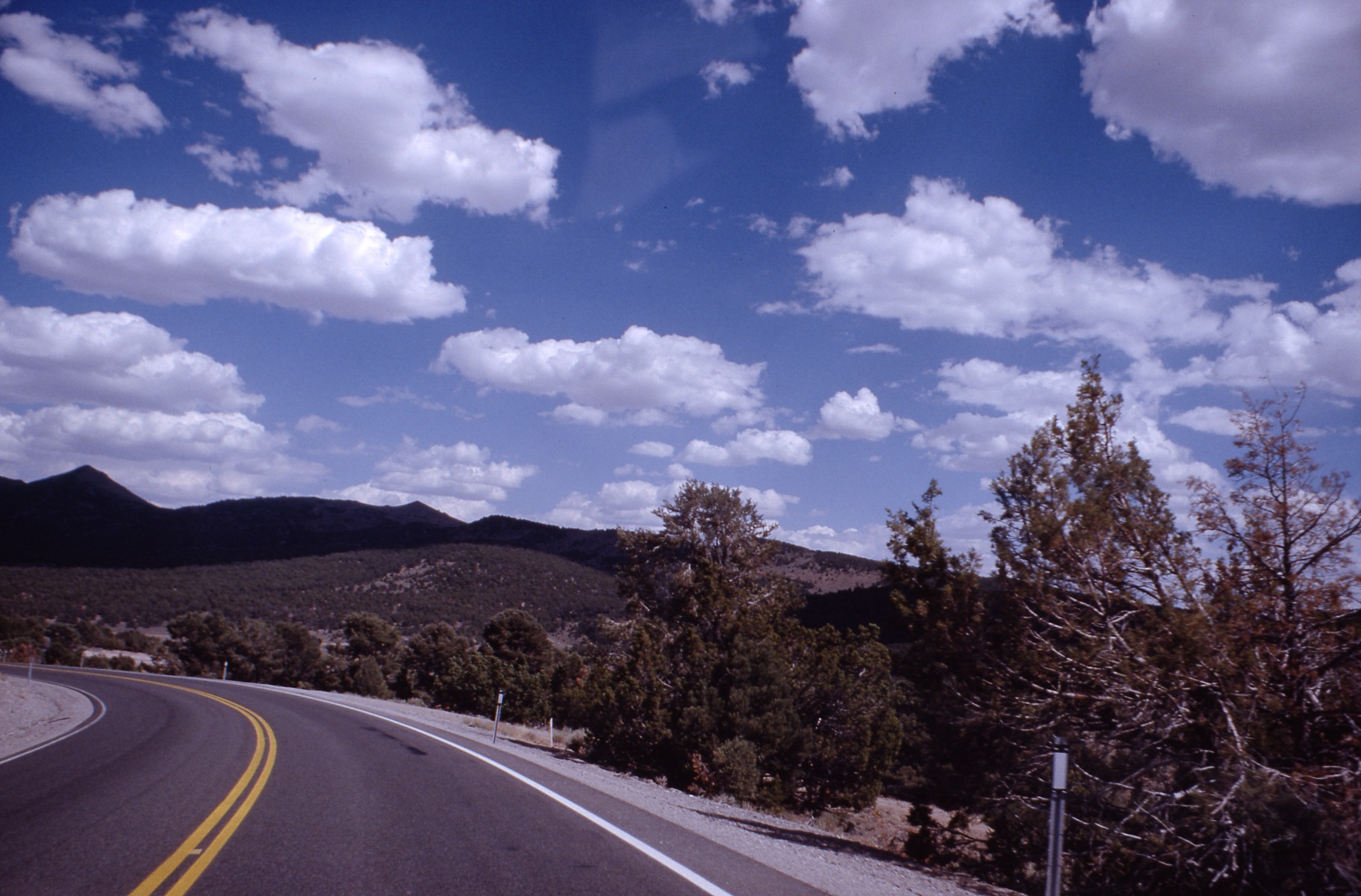
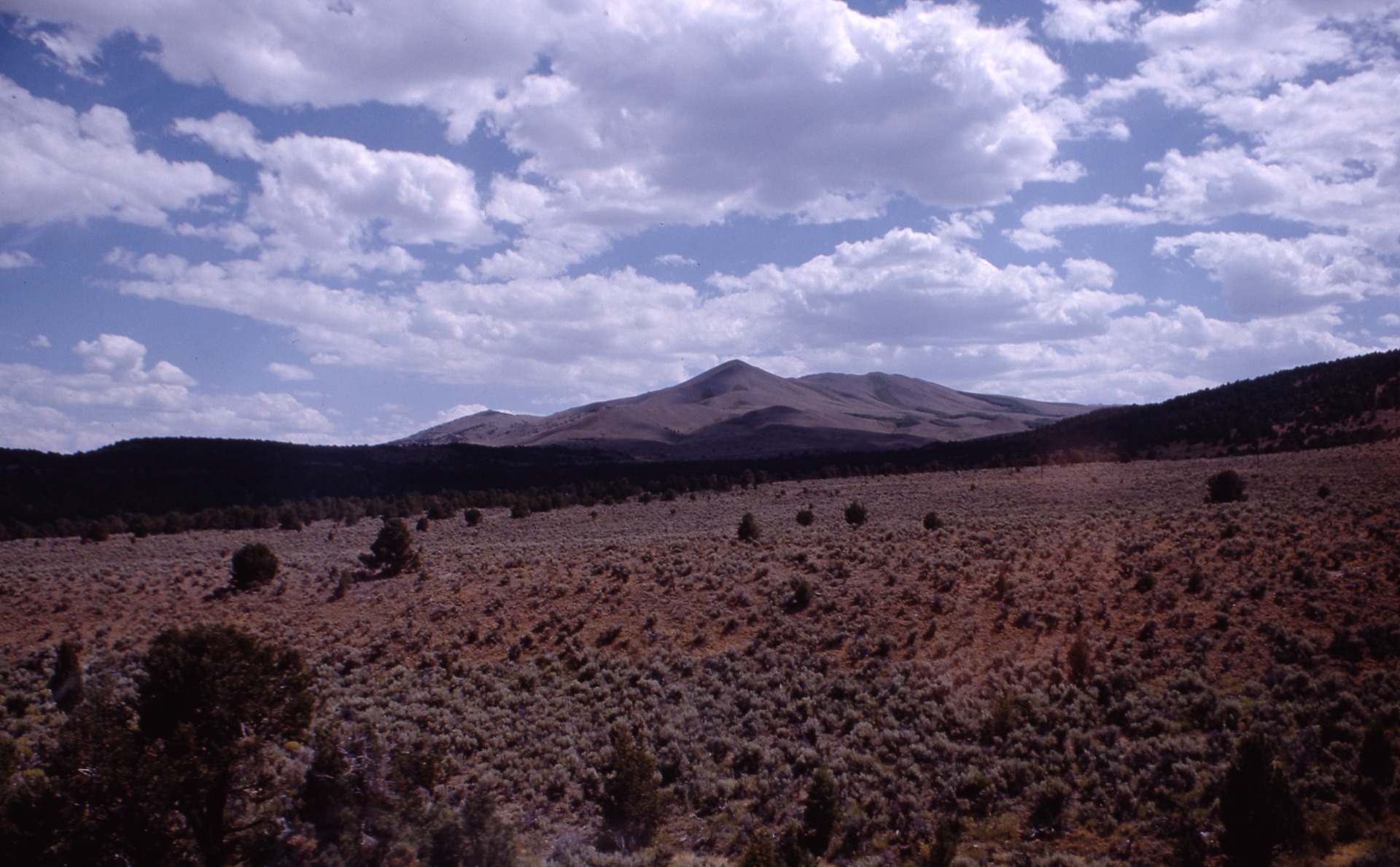
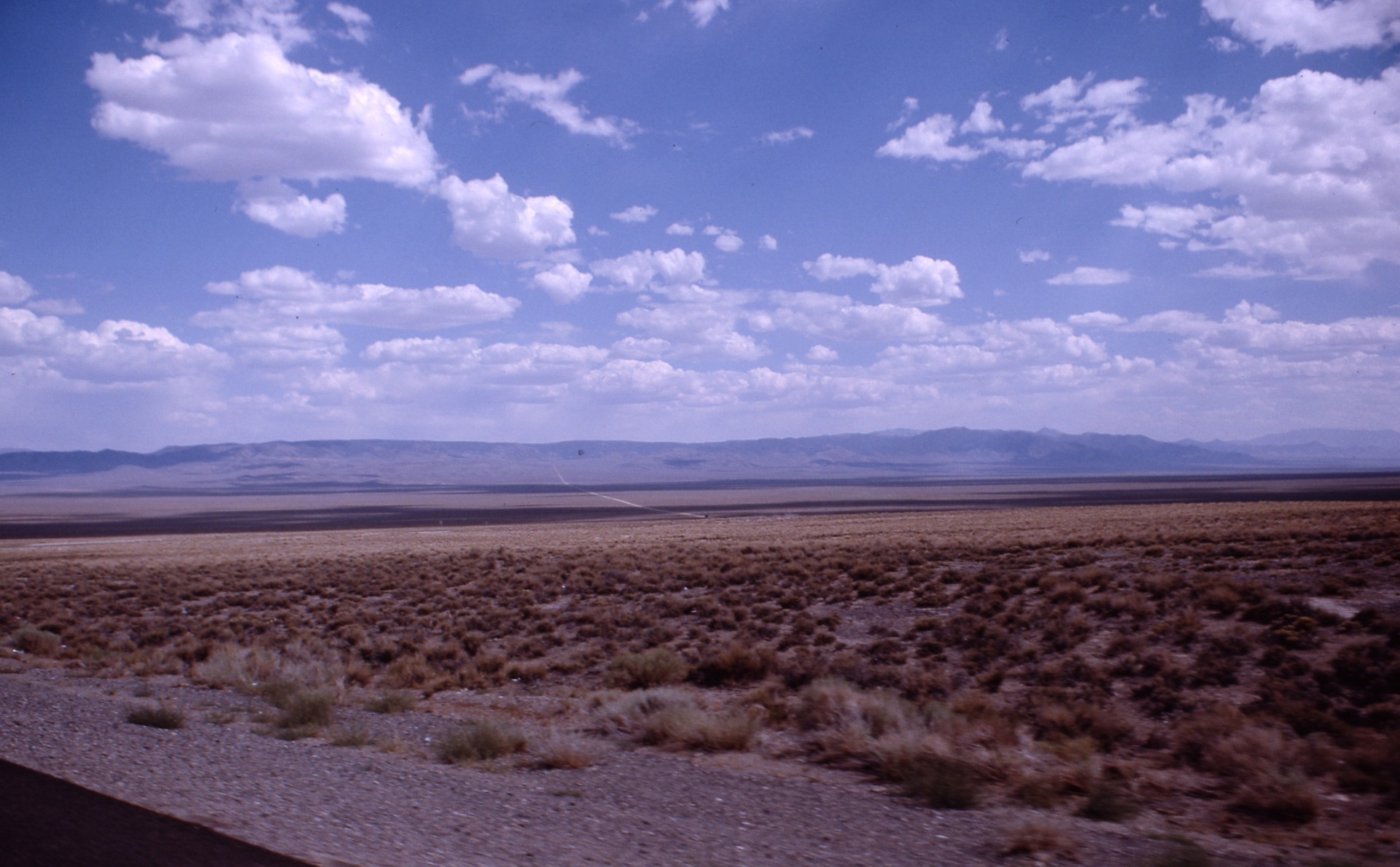
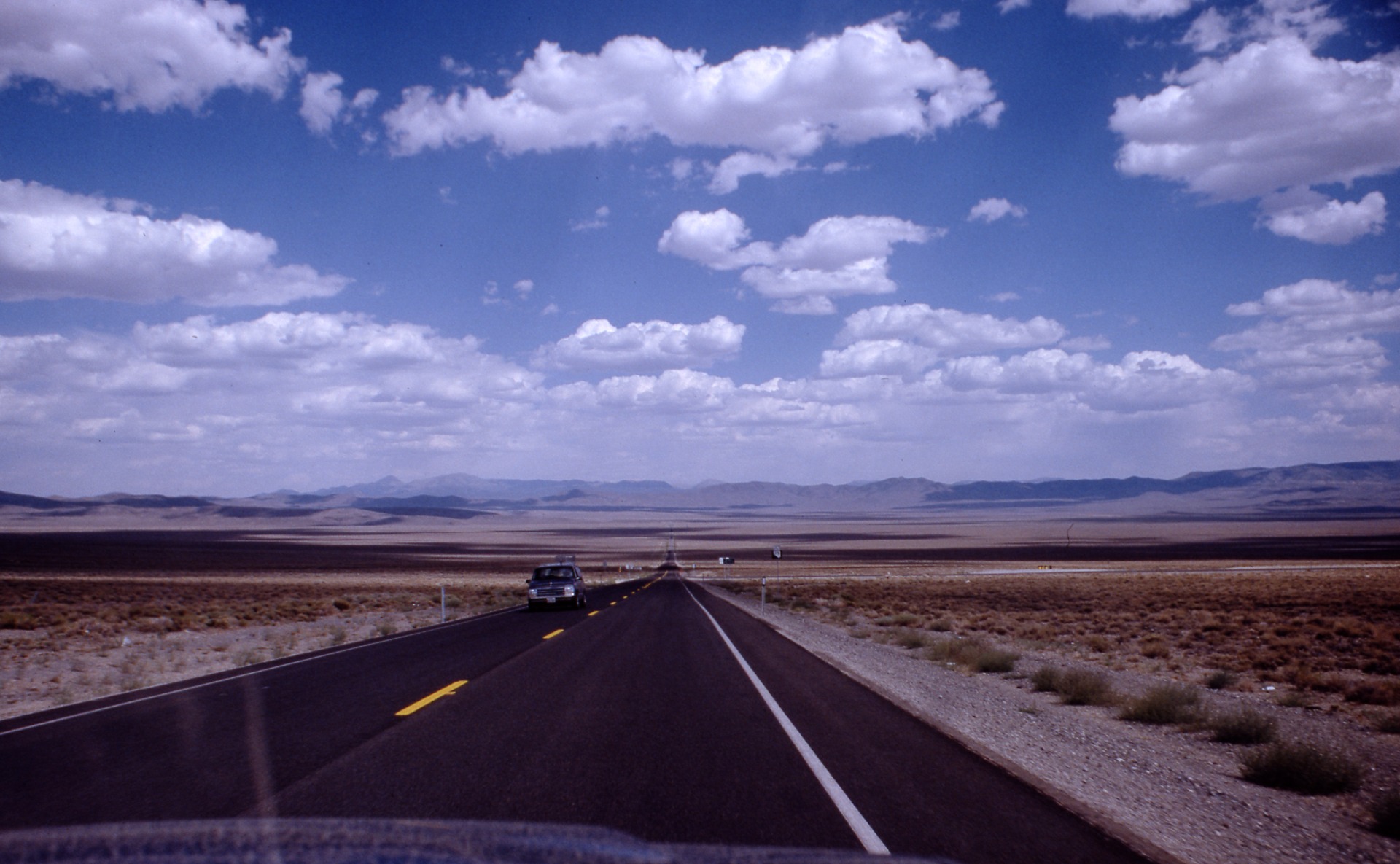
pictures 22 – 28:
Most likely the very best spot for Callaghanyite and Nakauriite. Mostly together with Brucite Hydrotalcite and alike. The Callaghanyite crystals are superb, still micro however. We had the opportunity to visit the quarry on different occasions with the mine manager. Funny to note: He actually spoke fluent German, rather rare in the middle of Nevada. Unfortunately, the entire area this material occurred is long gone by now and no more finds of Callaghanyite have occurred ever since. At the time we thought we had collected more than anybody will ever need, but indeed it was almost all gone very quickly do to the superb quality and the splendid color.
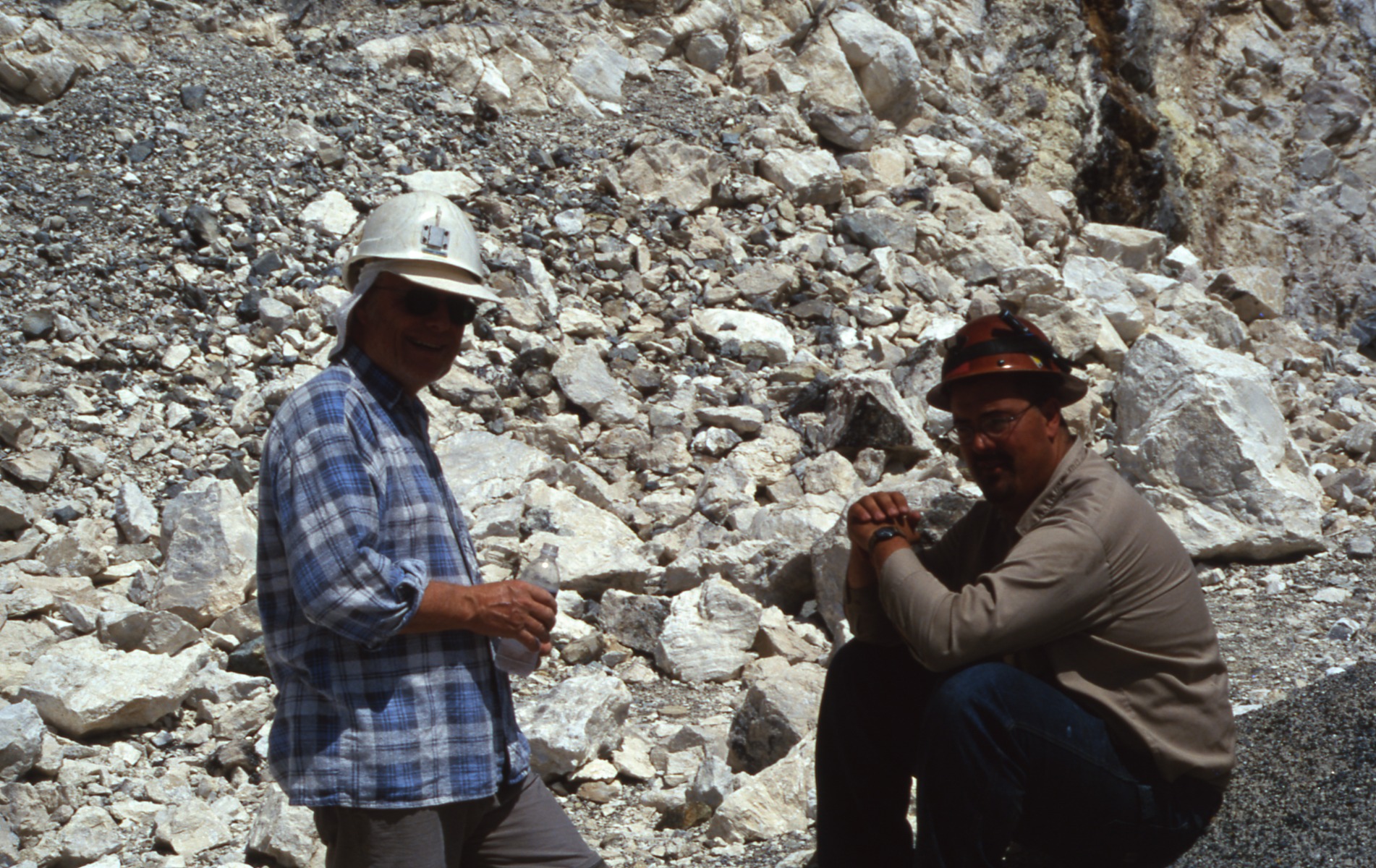
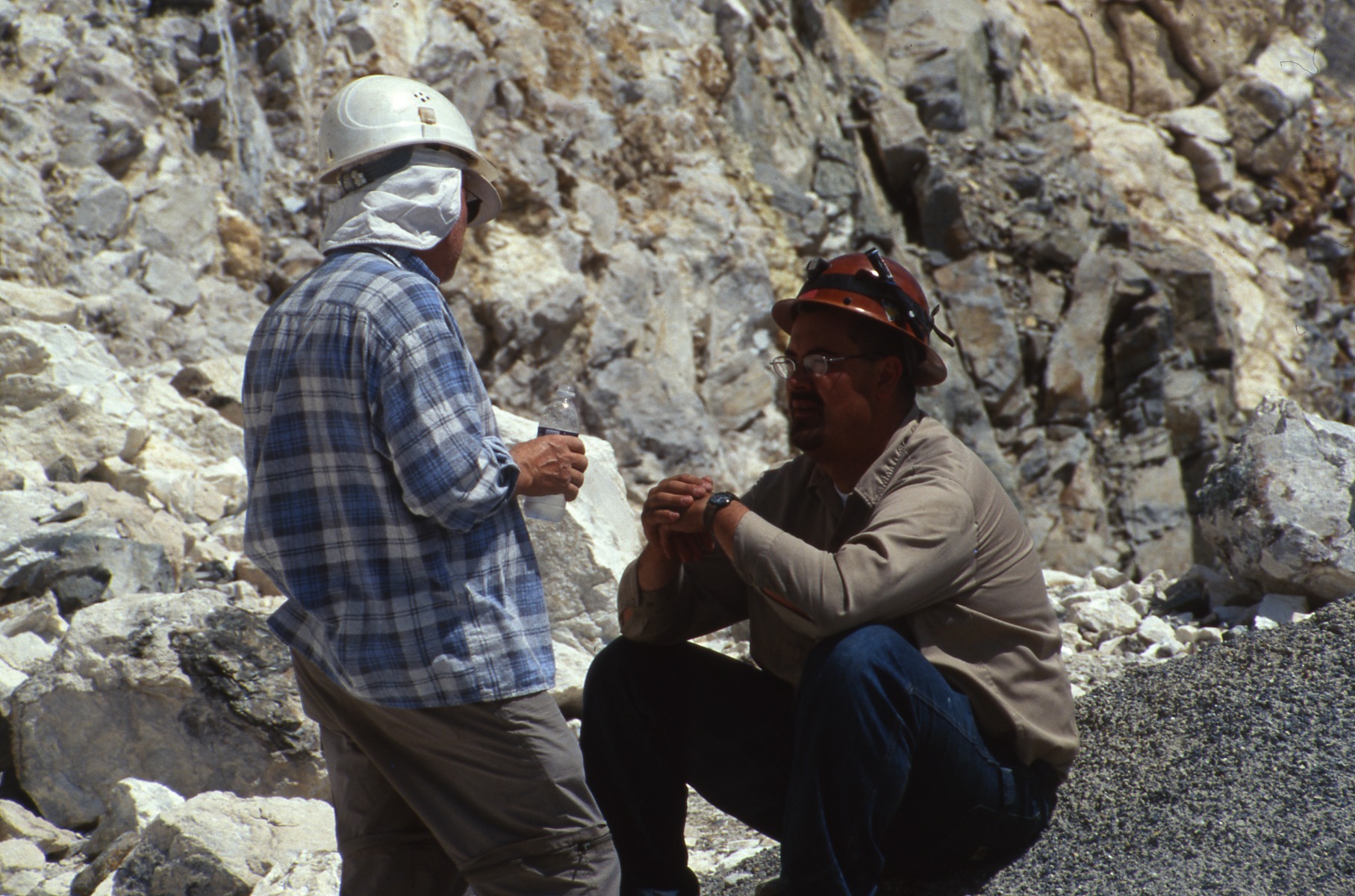
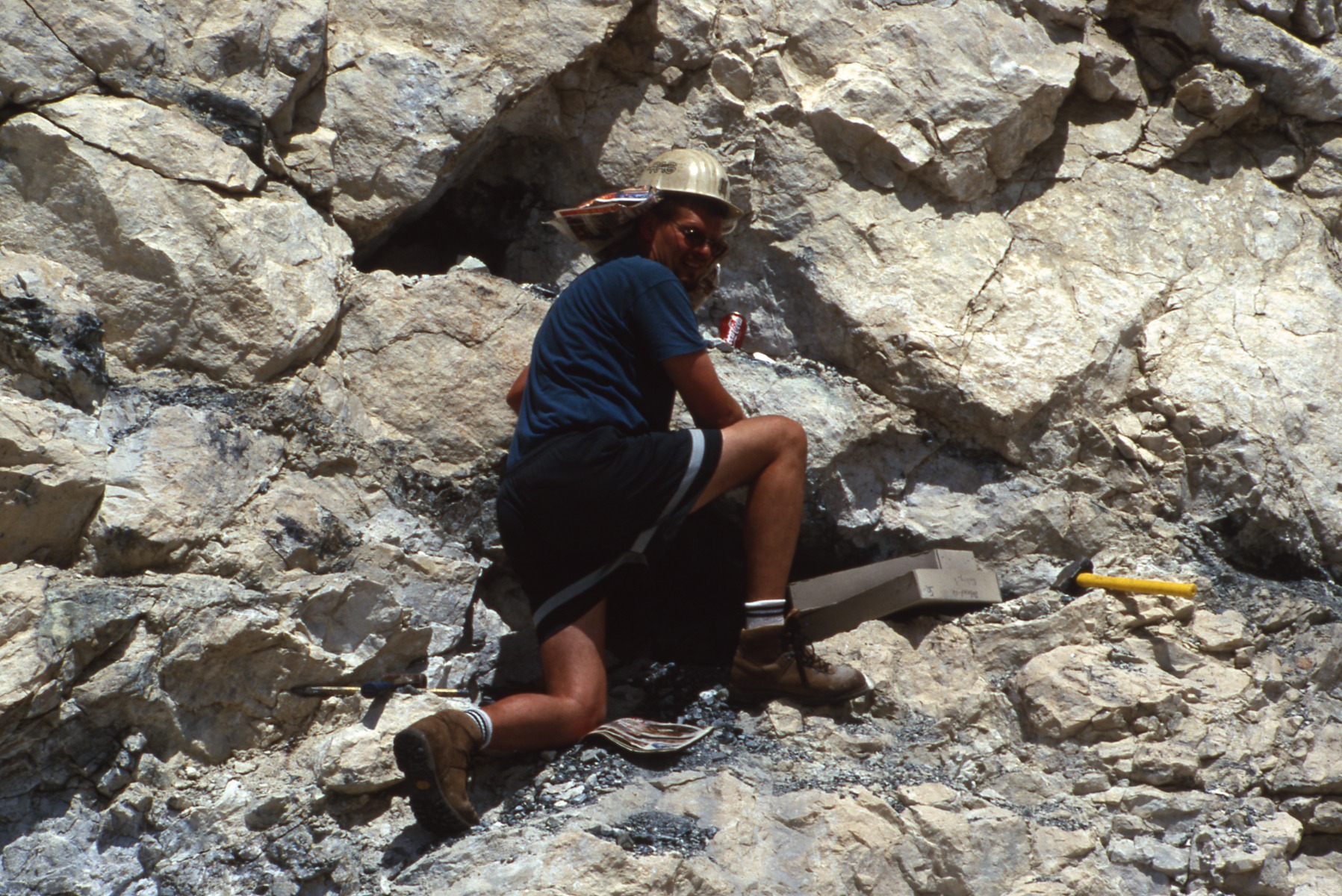
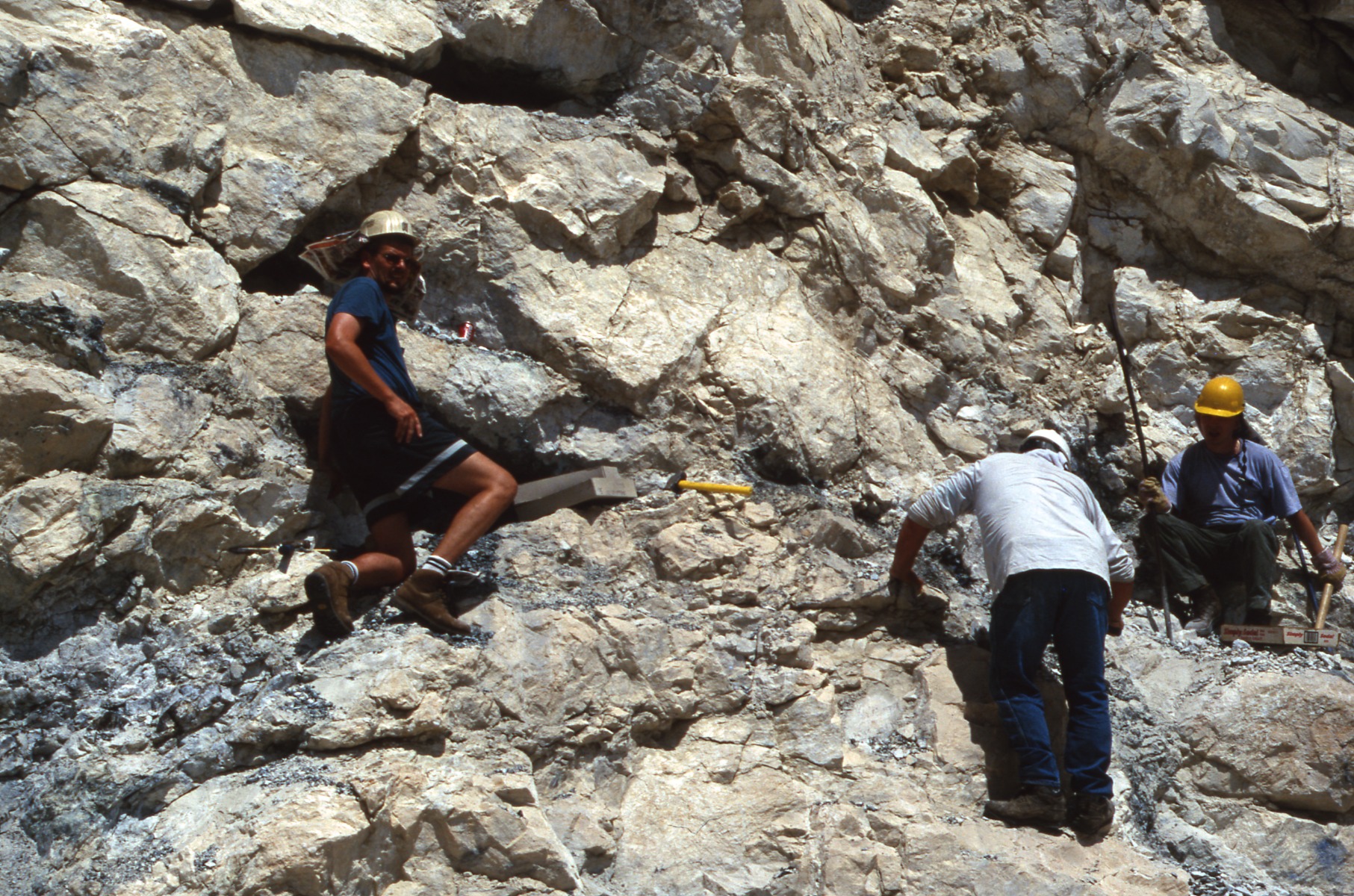
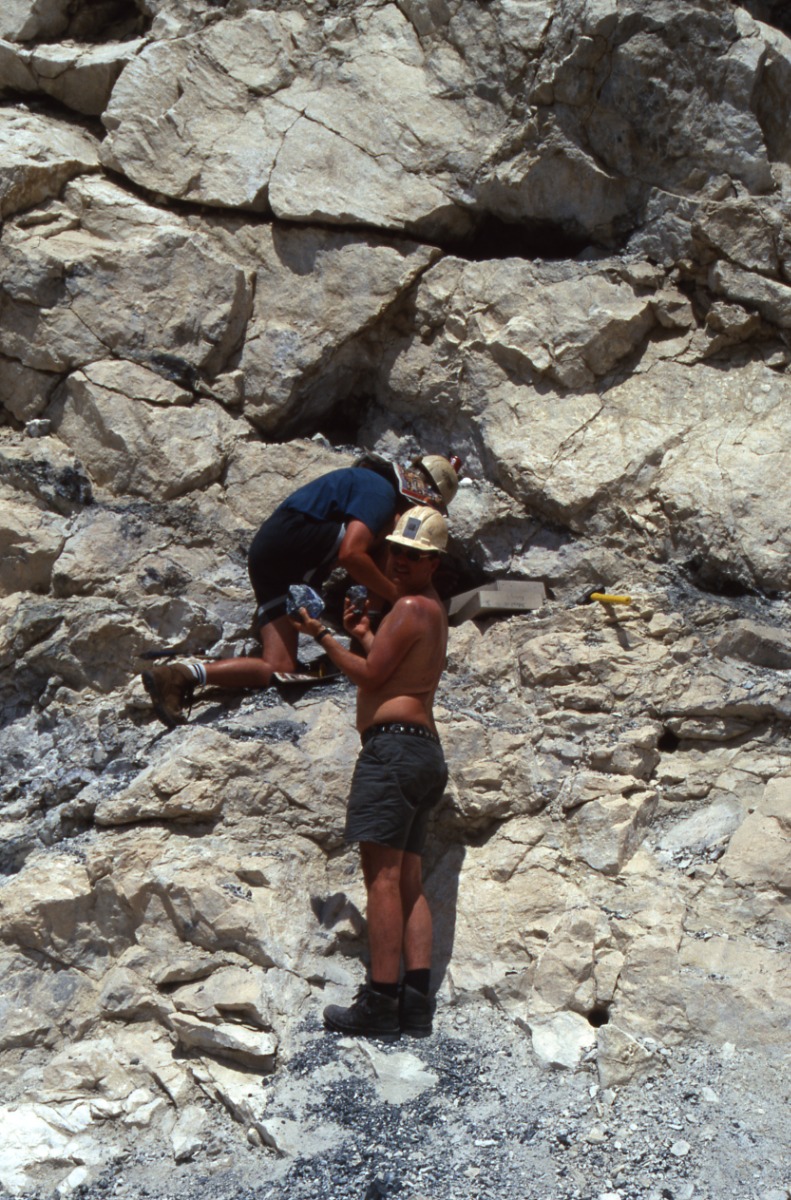
Pictures 91 – 99:
More from Gabbs on another trip this time with George Godas from Tempe, AZ. We did quite a few trips together even so he basically only collects Wulfenites from 3 inch and up…! And he actually has several of them (all self-collected!)
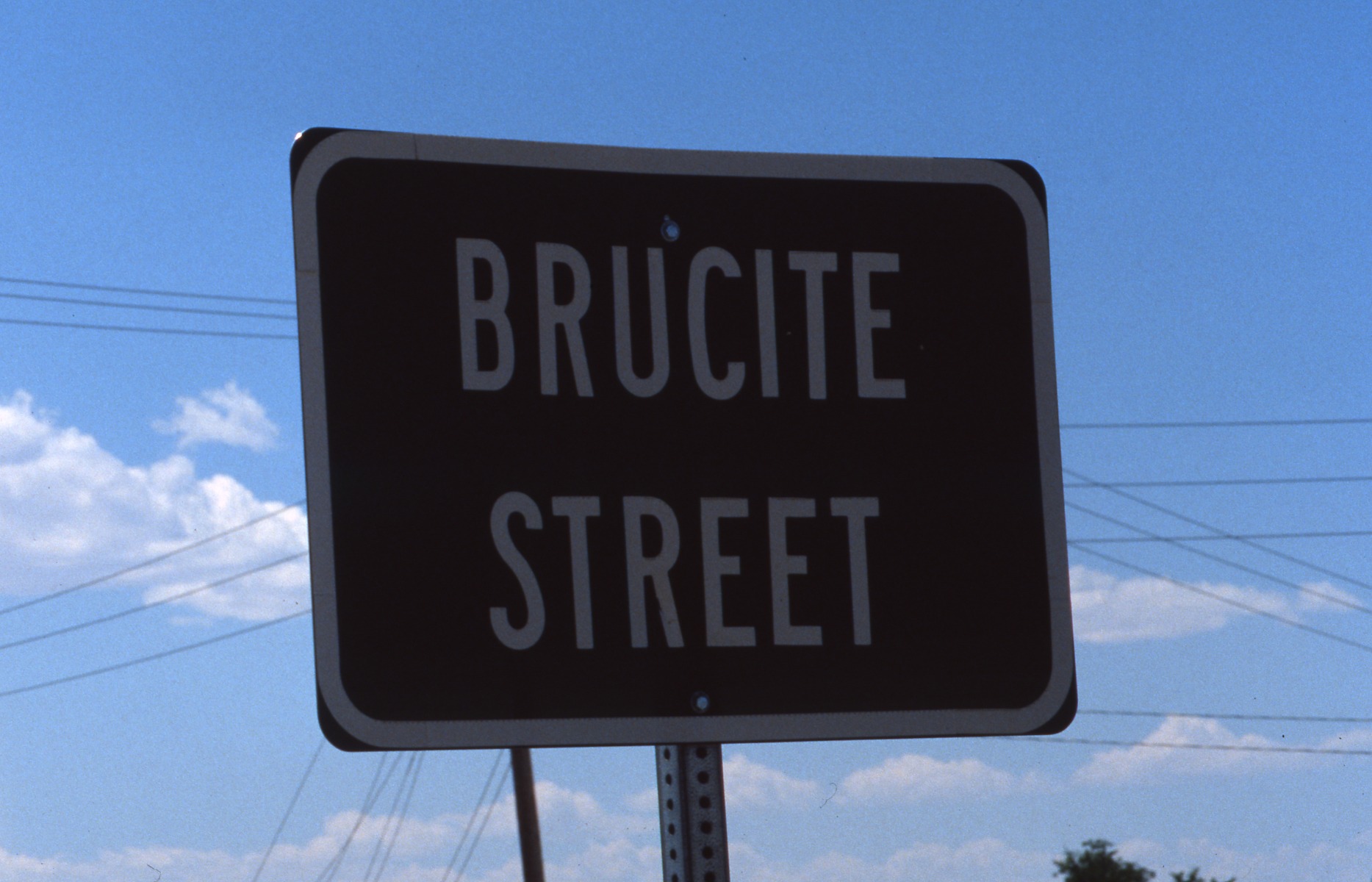
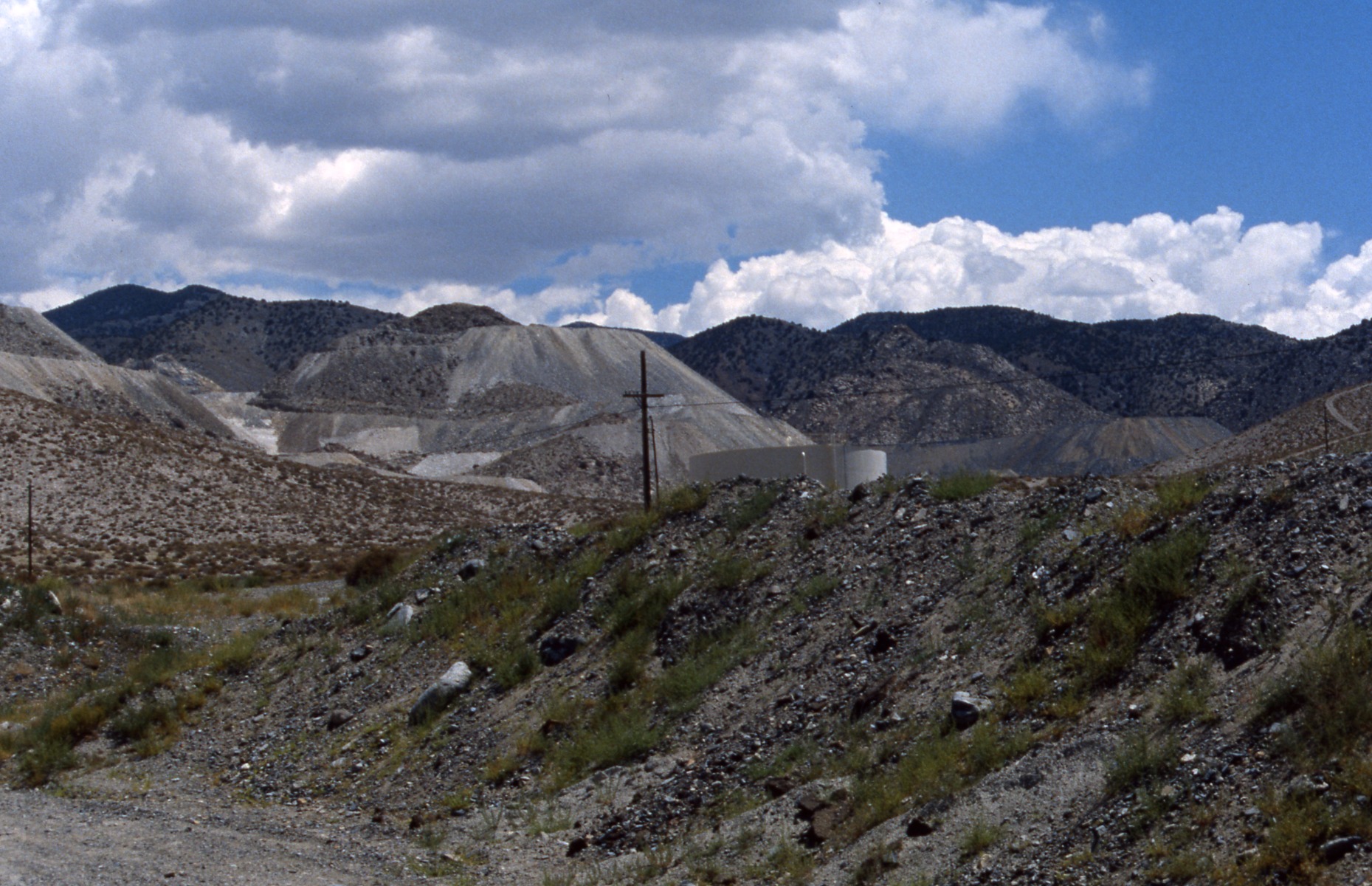
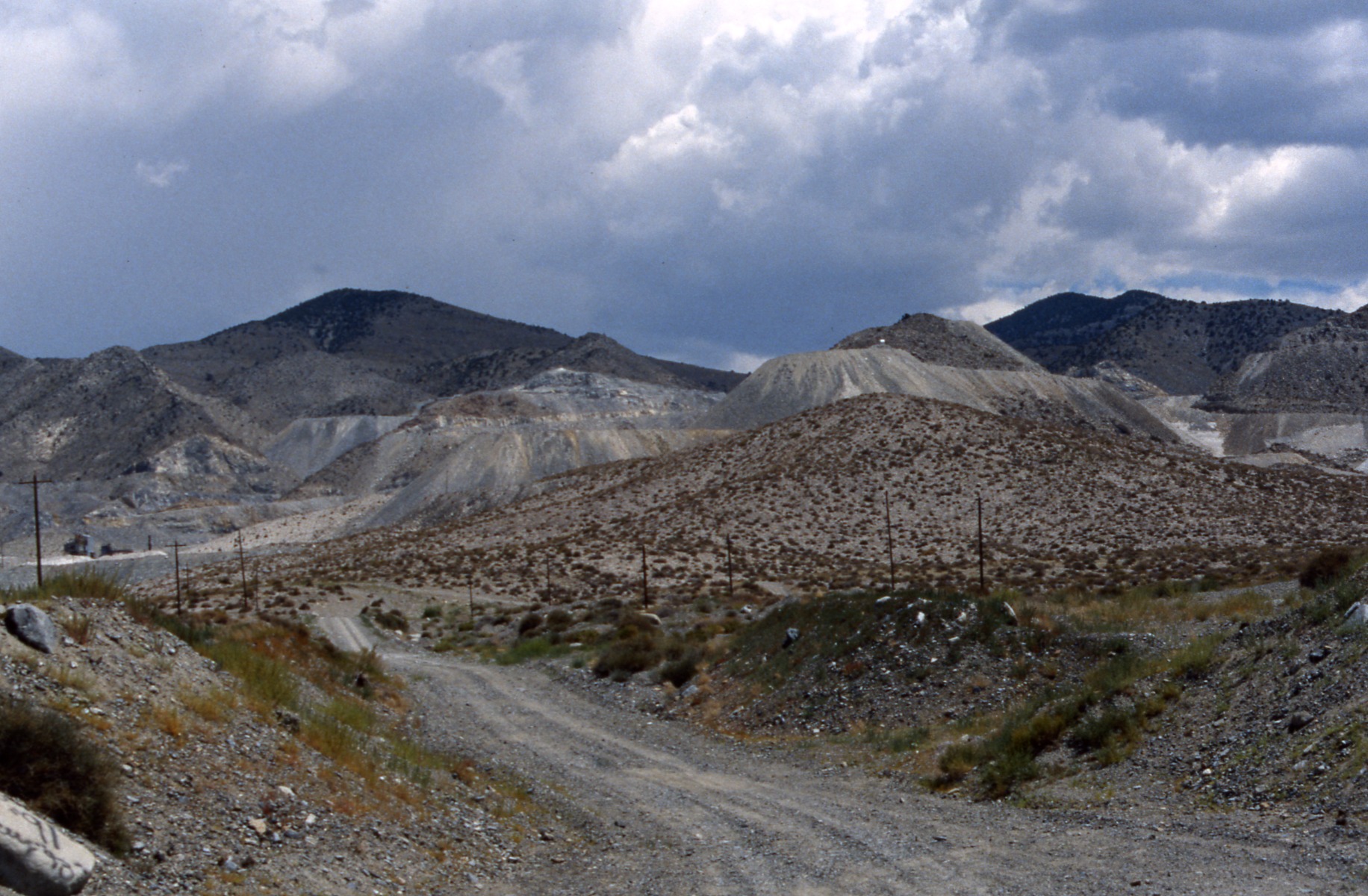
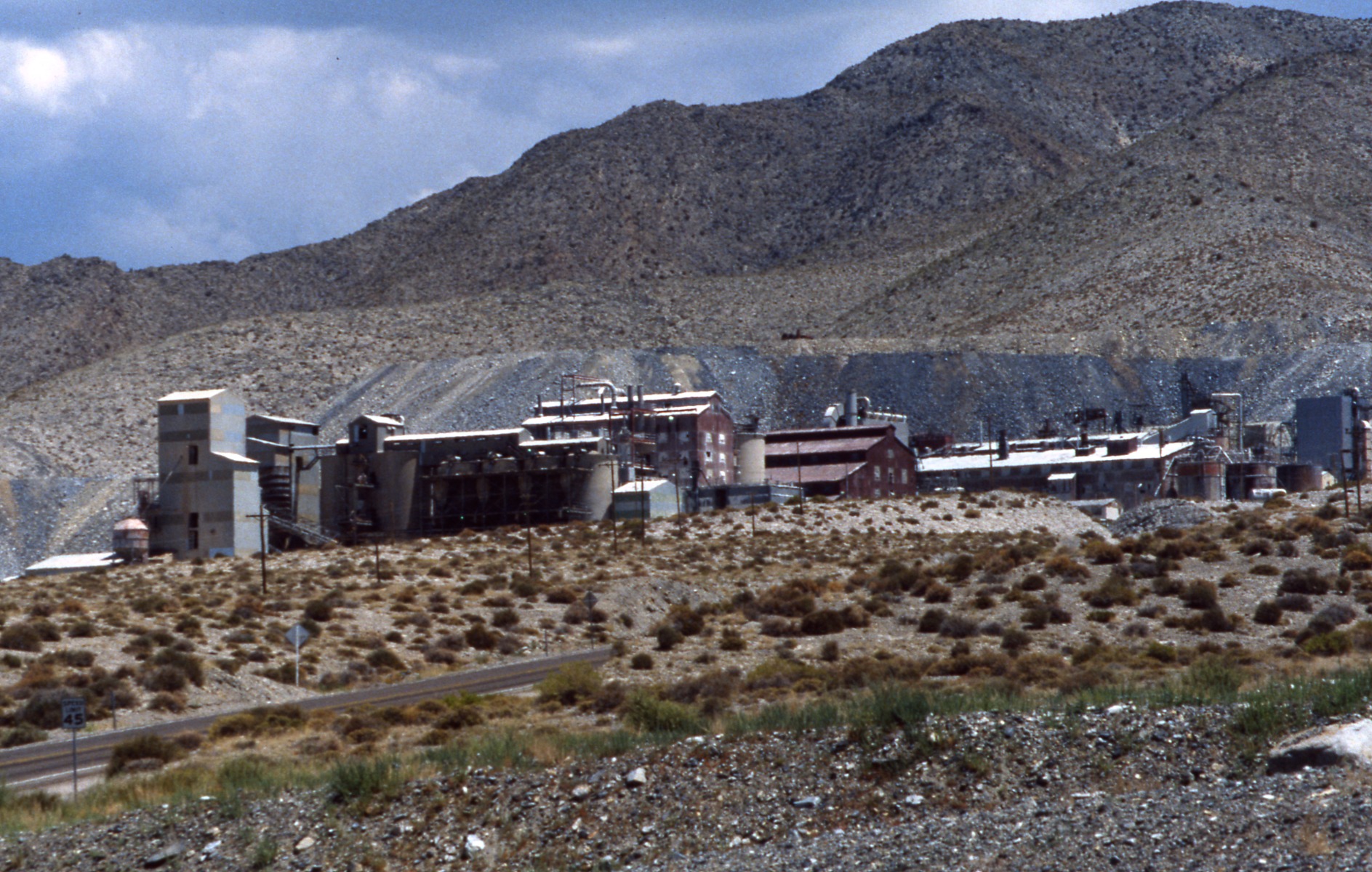
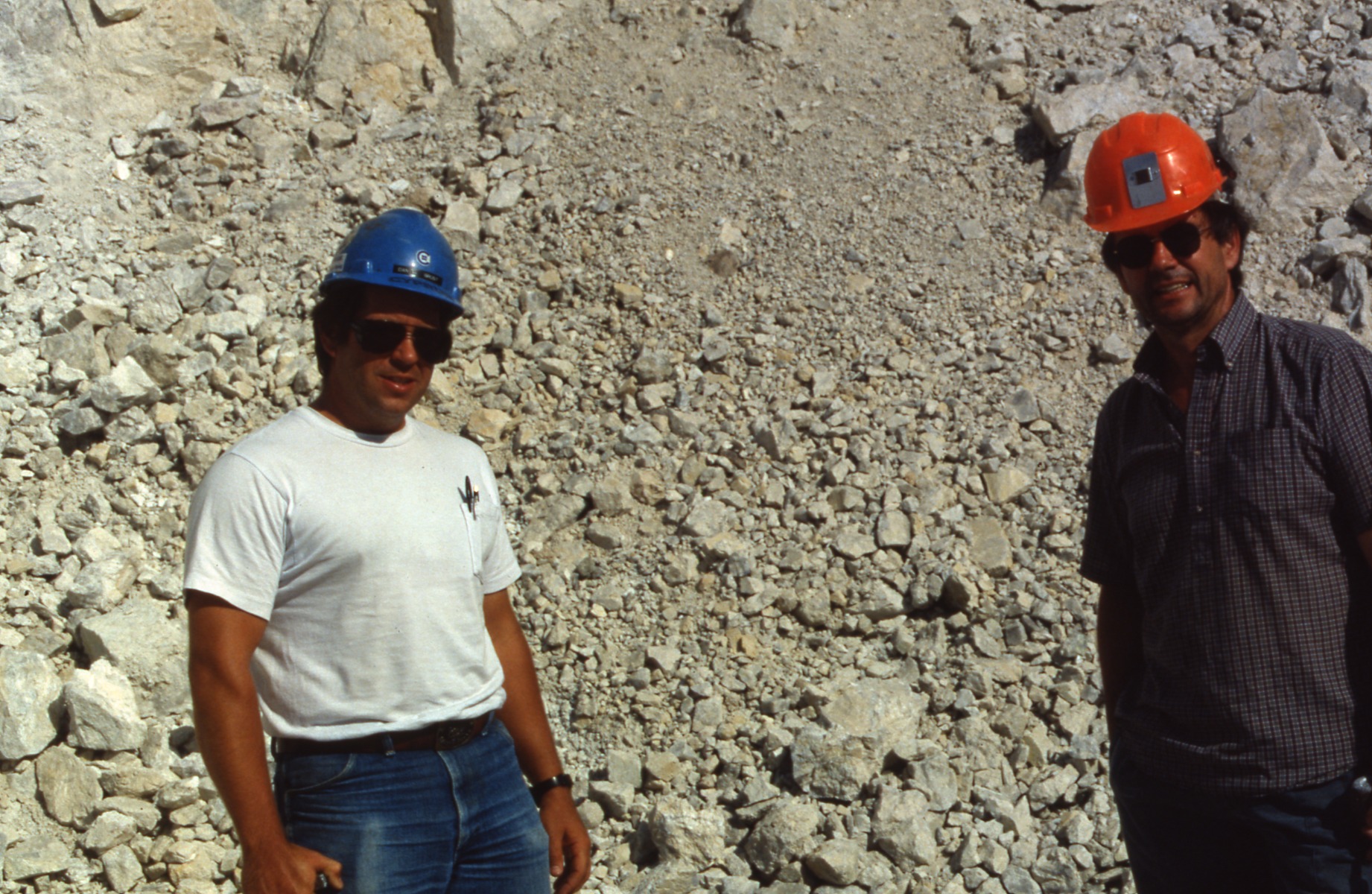
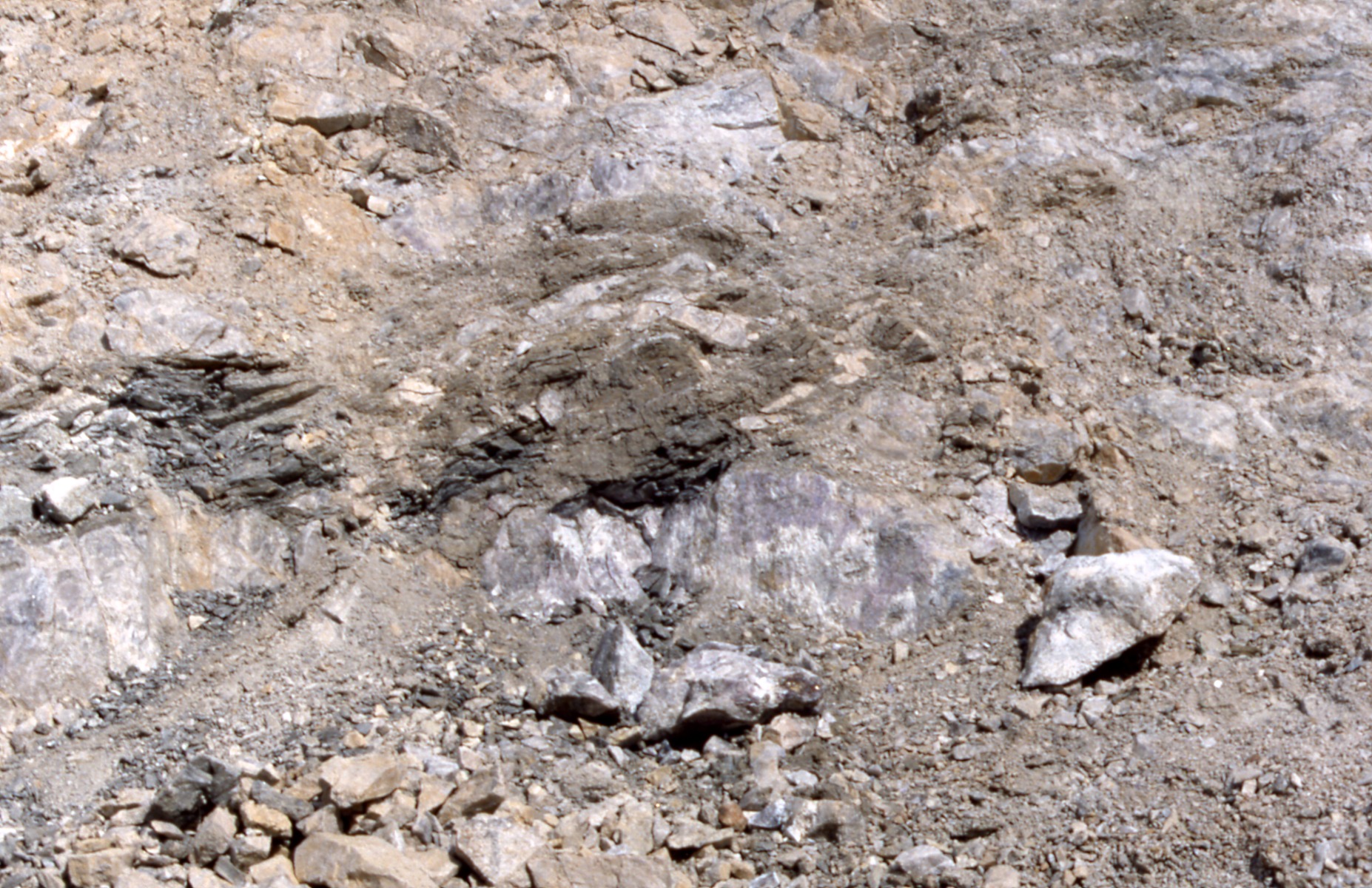
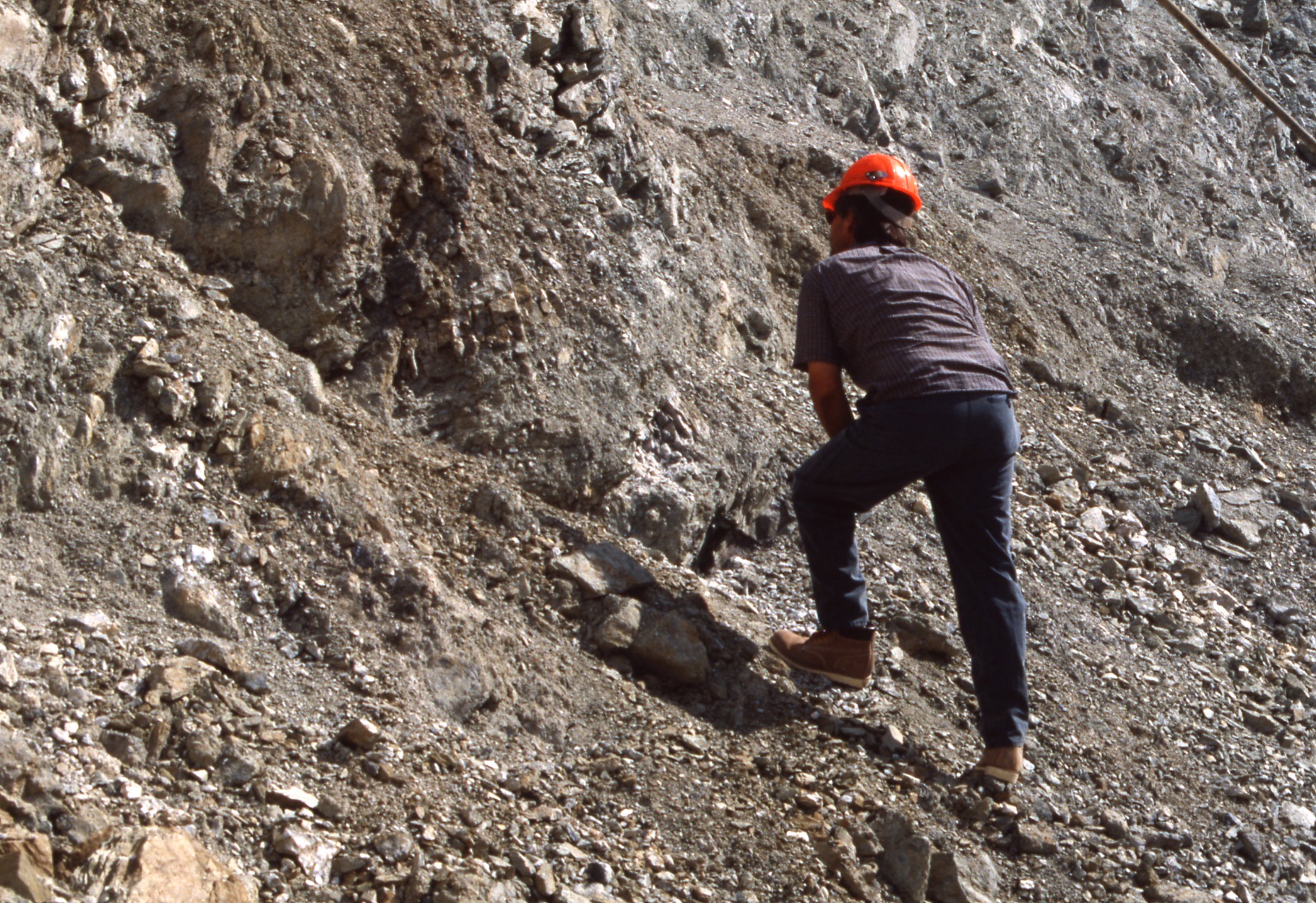
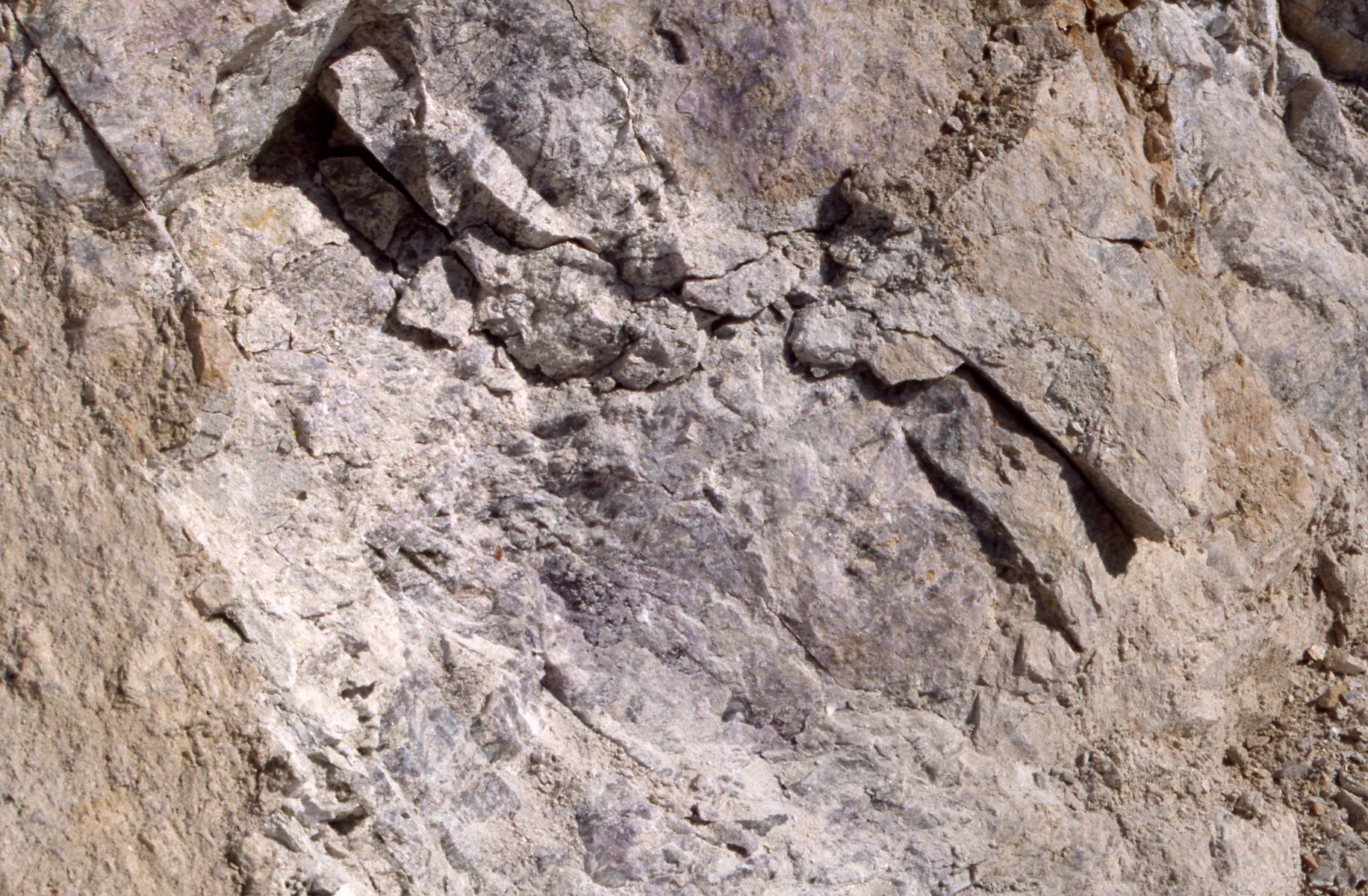
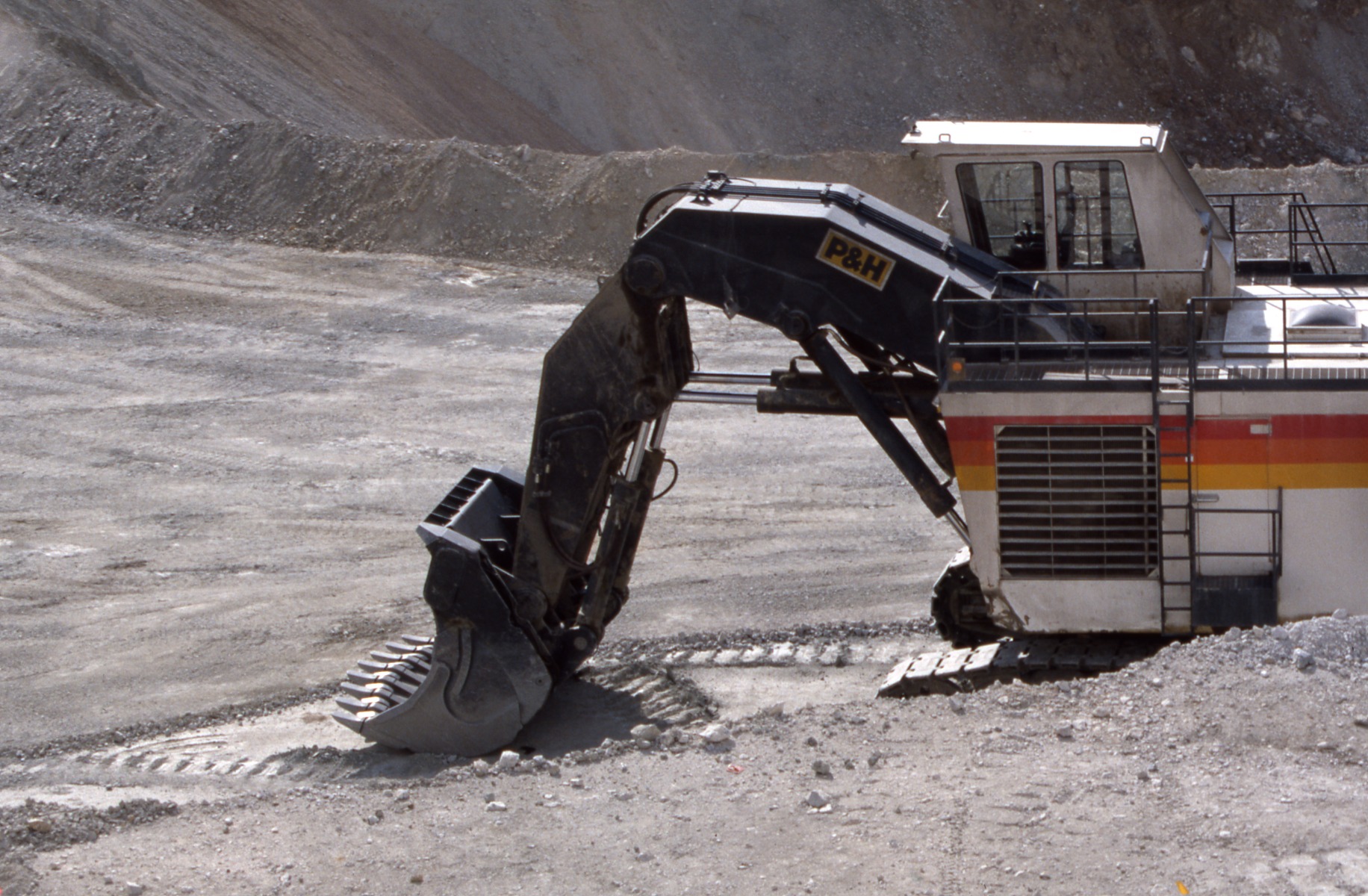
picture 1:
Linka Mine, Potts: Blasting charge went off, blasting at the vein of Pottsite (type location), Clinobisvanite, Scheelit+Powellite and Molybdenite. Nearby there is a great hot spring in the middle of the desert, perfect for camping over!
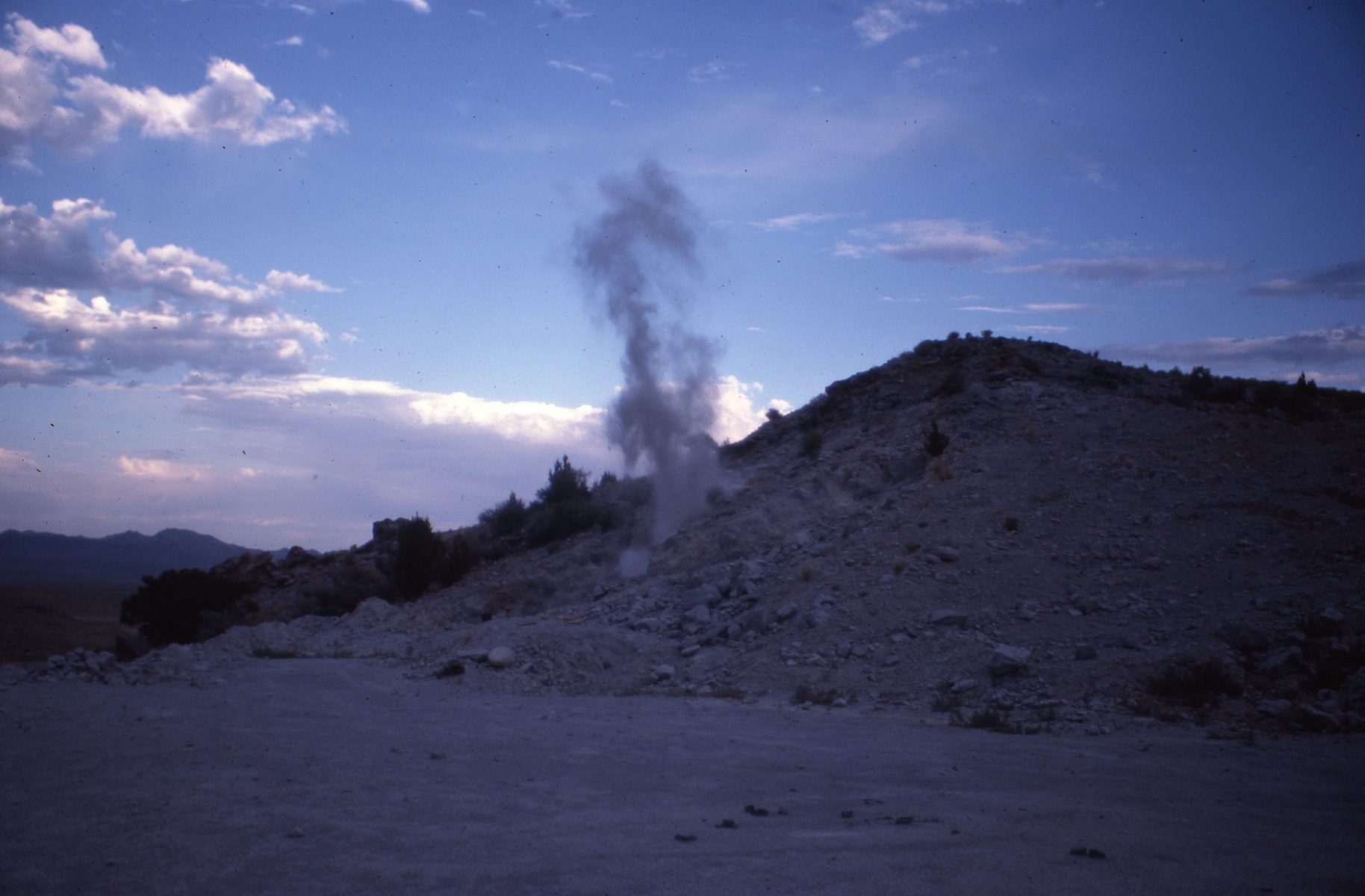
Picture 55:
Linka Mine, the dust settles after the blast.
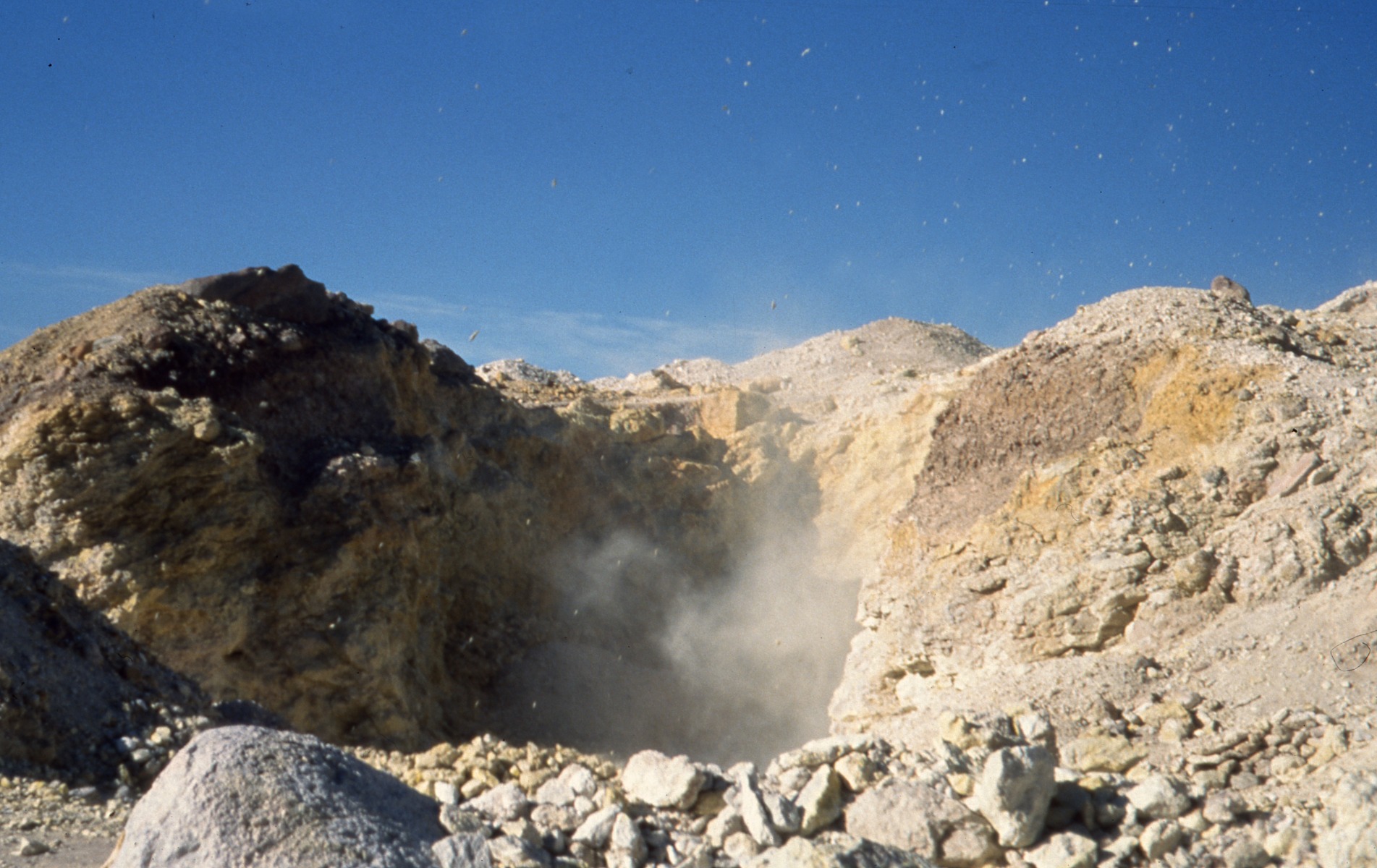
pictures 15 – 21: All Linka Mine, the open pit situation as well as the surrounding. And of course, Mr. Jatzkowski and Mr. Rheinländer in action drilling for the blast holes with the old Atlas Copco Cobra 148 gas operated drill machine. It is the perfect tool for all exploration needs.
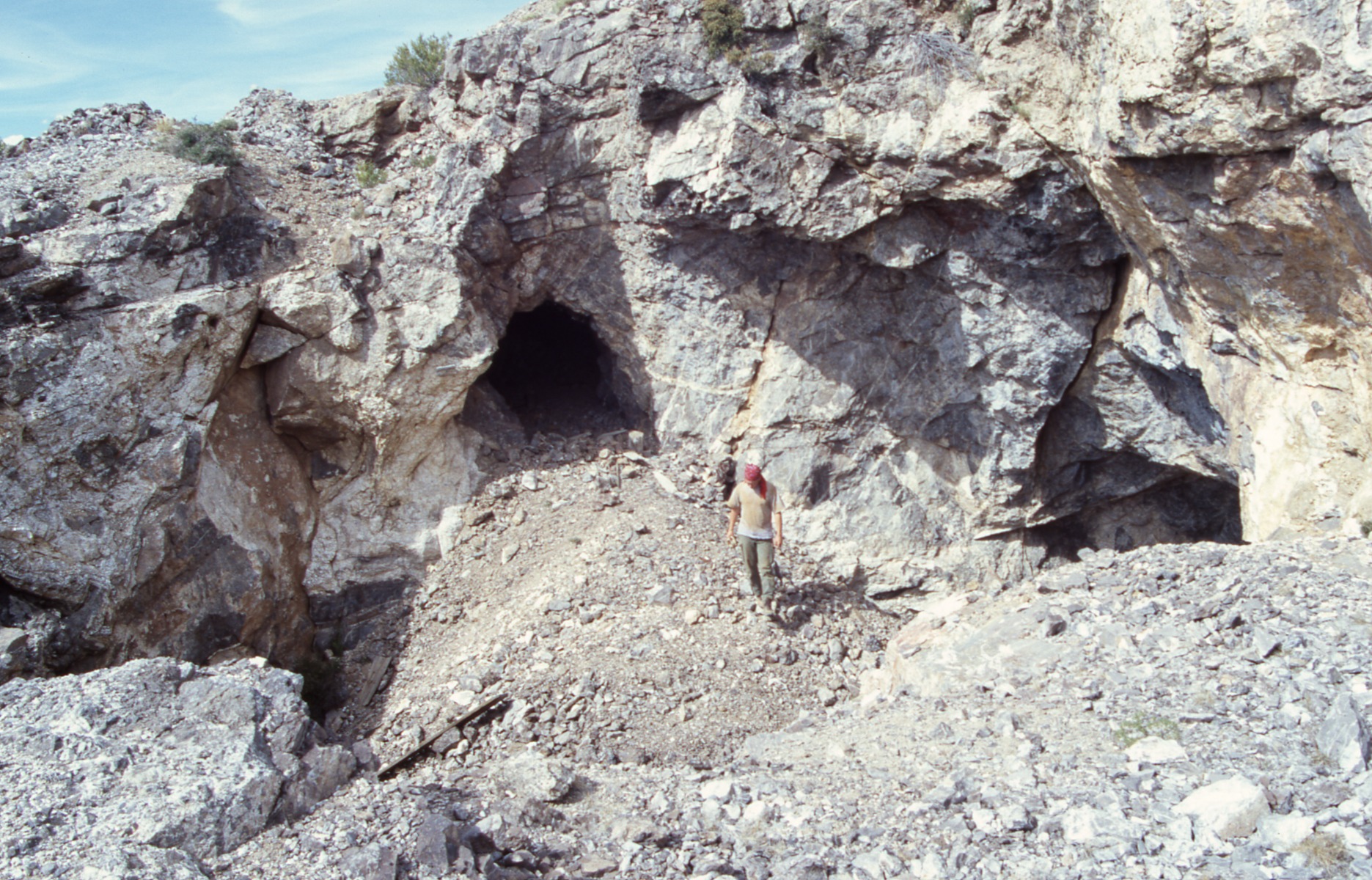 |
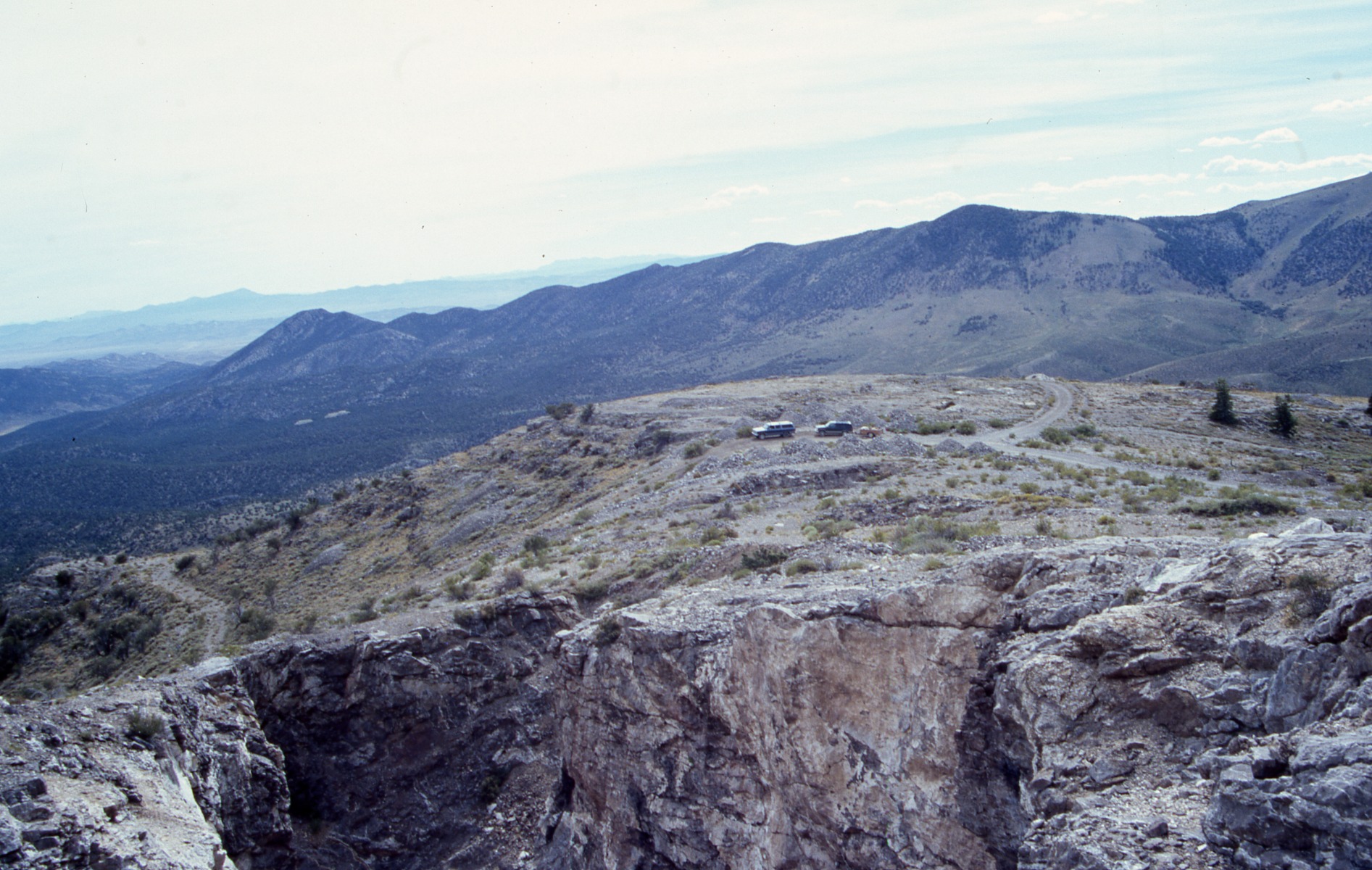 |
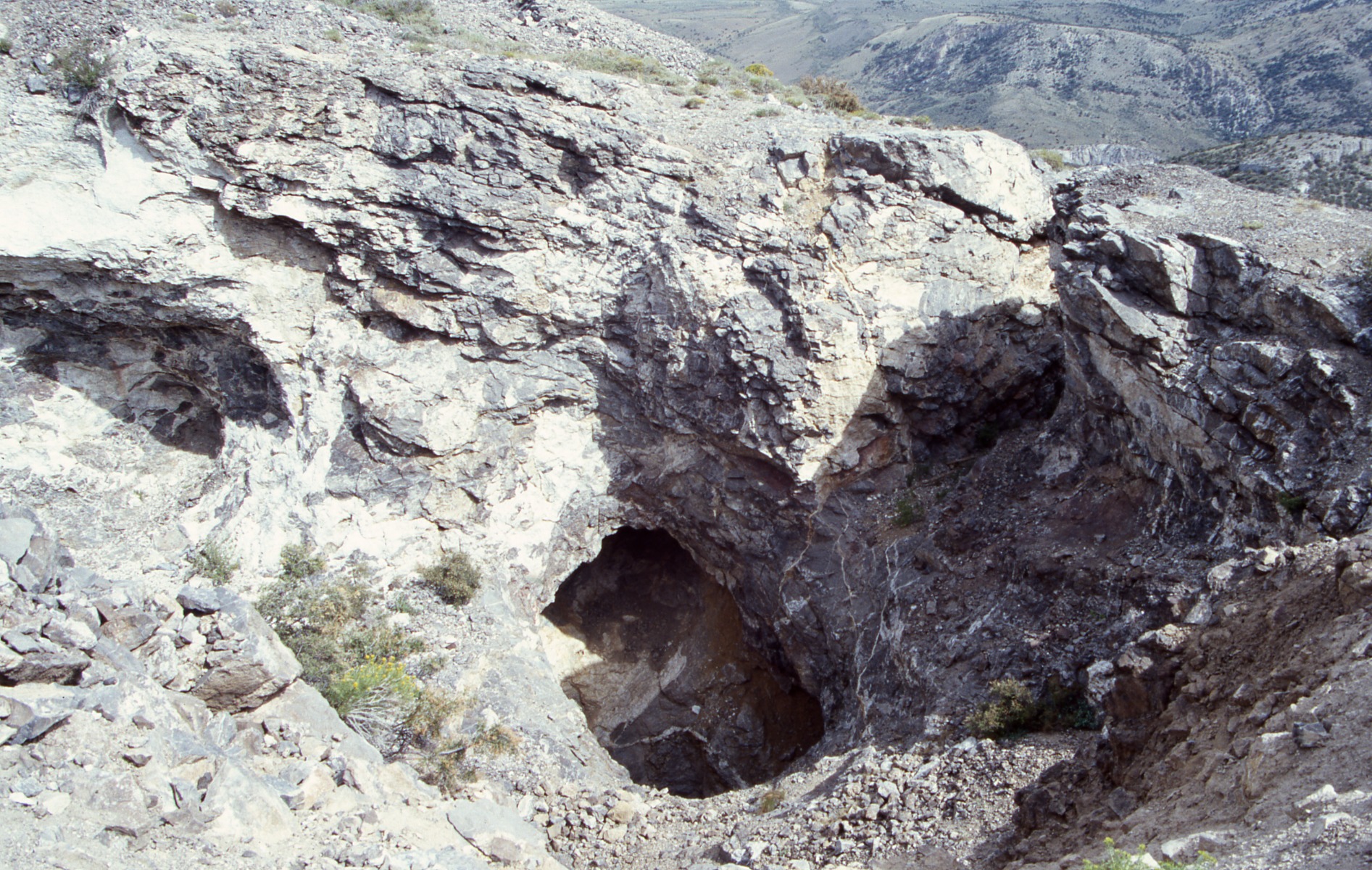 |
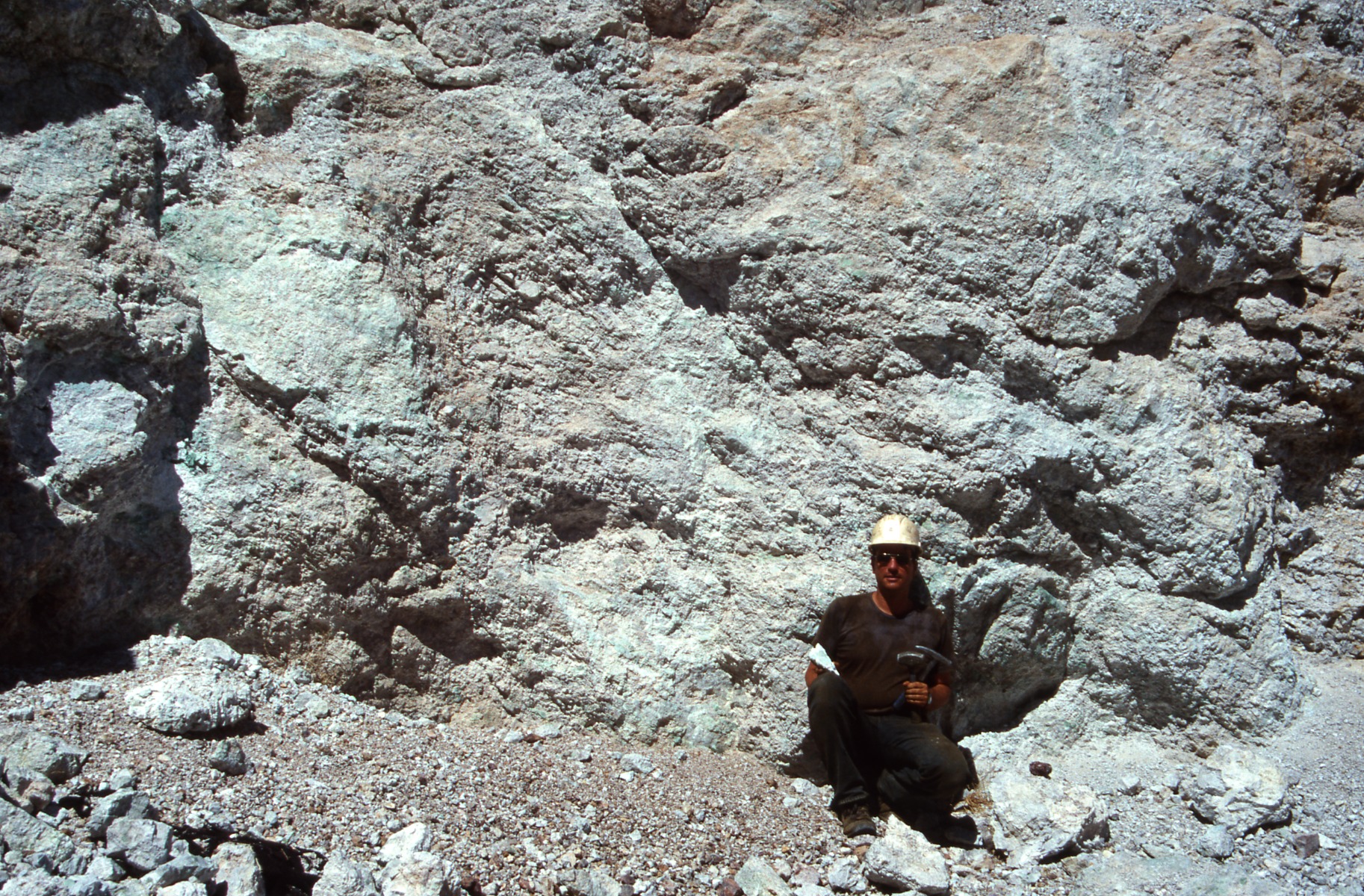
Bild 2 and following: Majuba Hill view from the mine entrance. Here you find a great selection of rare minerals, most notable the Clinoclase that actually may occur up to crystals on 2 cm! We never found them that big (the only person I know of who did is a very lucky guy from Phoenix!) We did however found lots of them in like 2-5 mm size very sparkly in the main hall underground, careful in there, there are really big boulders up in the ceiling…and yes, the best collecting spot are the ones that are now loose on the floor, but you know…they got to the floor somehow…!
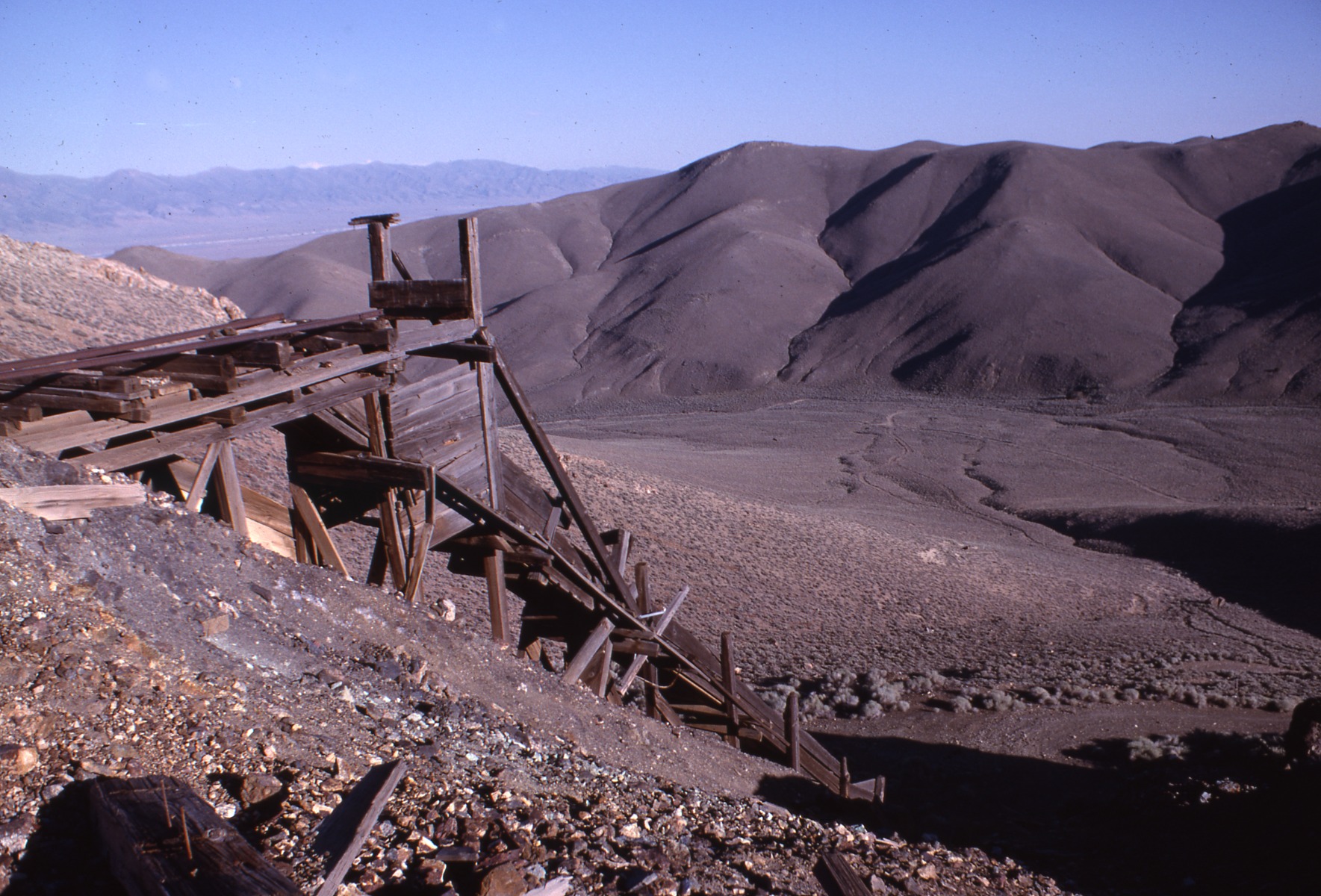
Pictures 49 – 53:
More from Majuba Hill. A trip with Mr. Spanka and Mr. Simons, collectors from Germany as well and a local guy from Navada.
You do find a large variety of arsenates all in really pretty crystals and stunning colors.
On the way out, particular in the early morning hours, you will encounter jillions of rattle snakes returning home from the nights hunting trip!
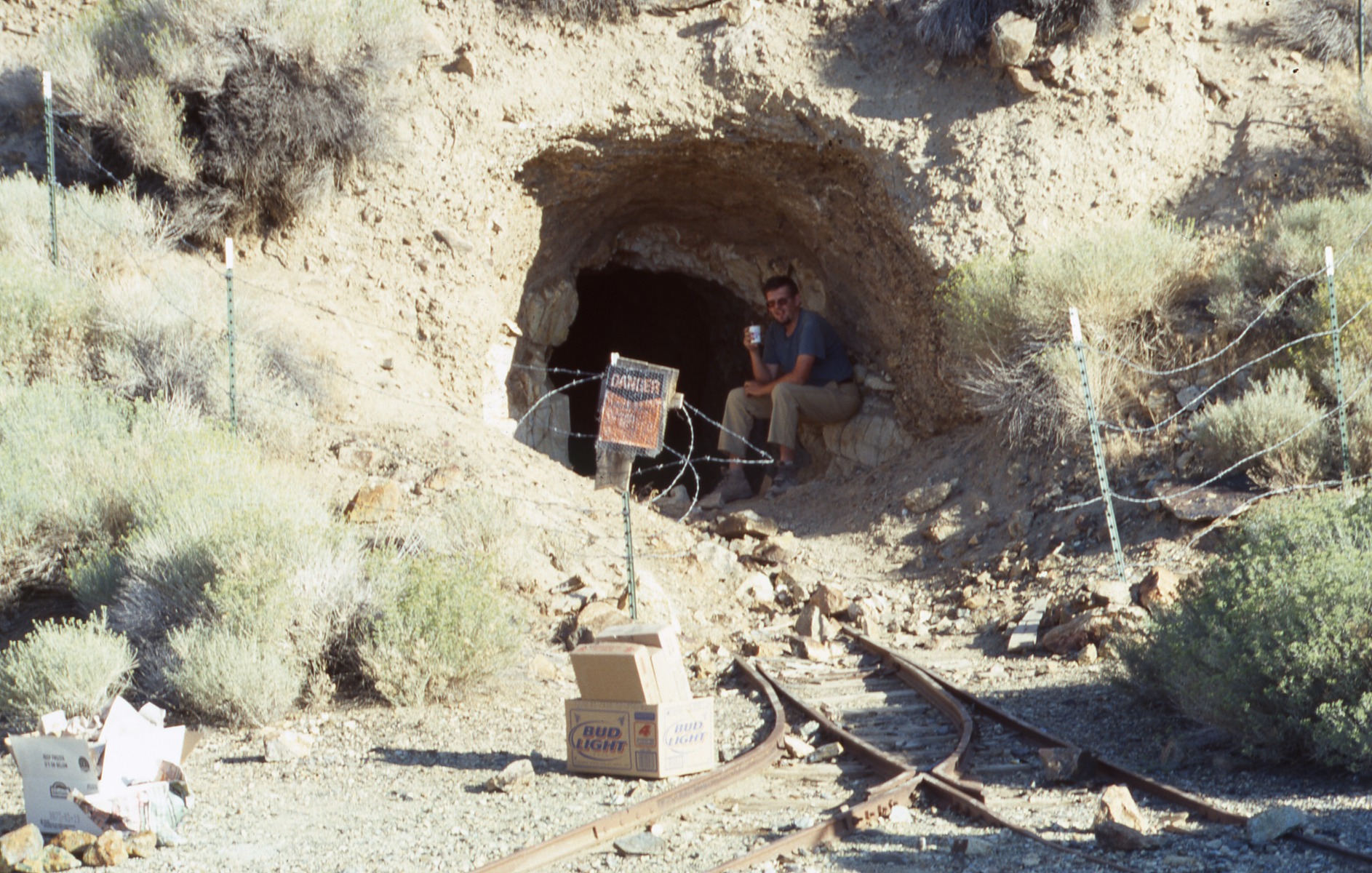
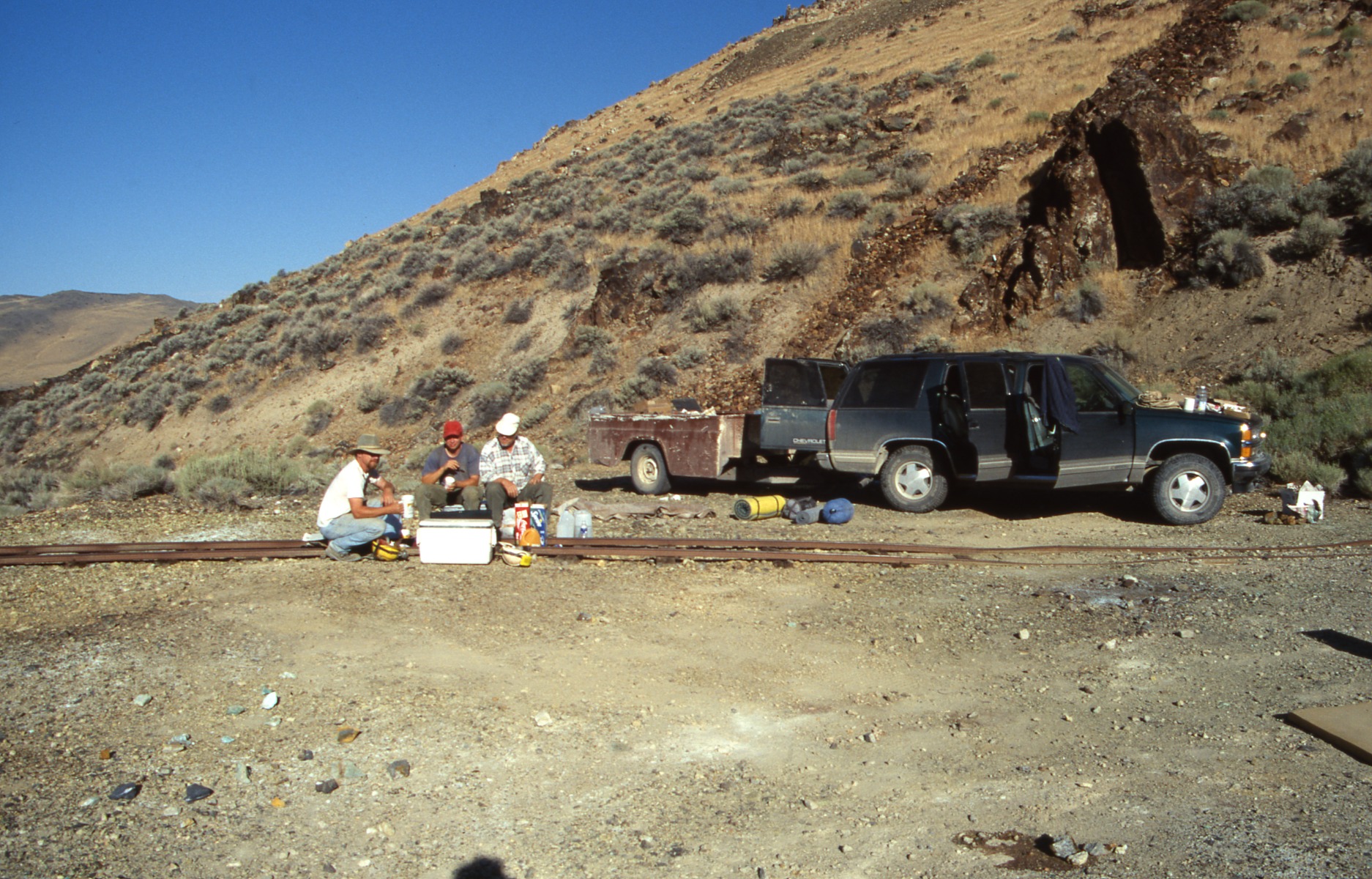
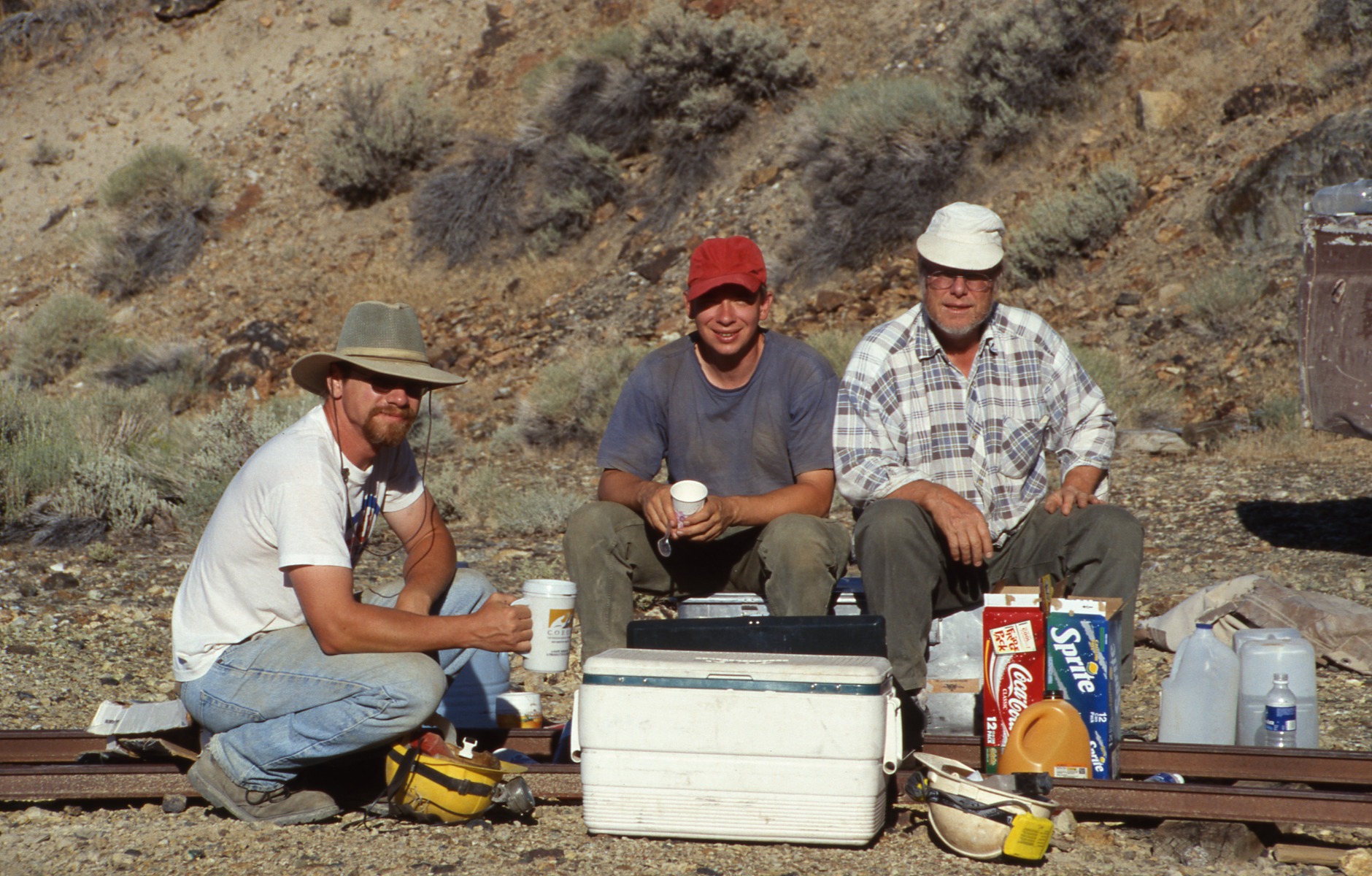
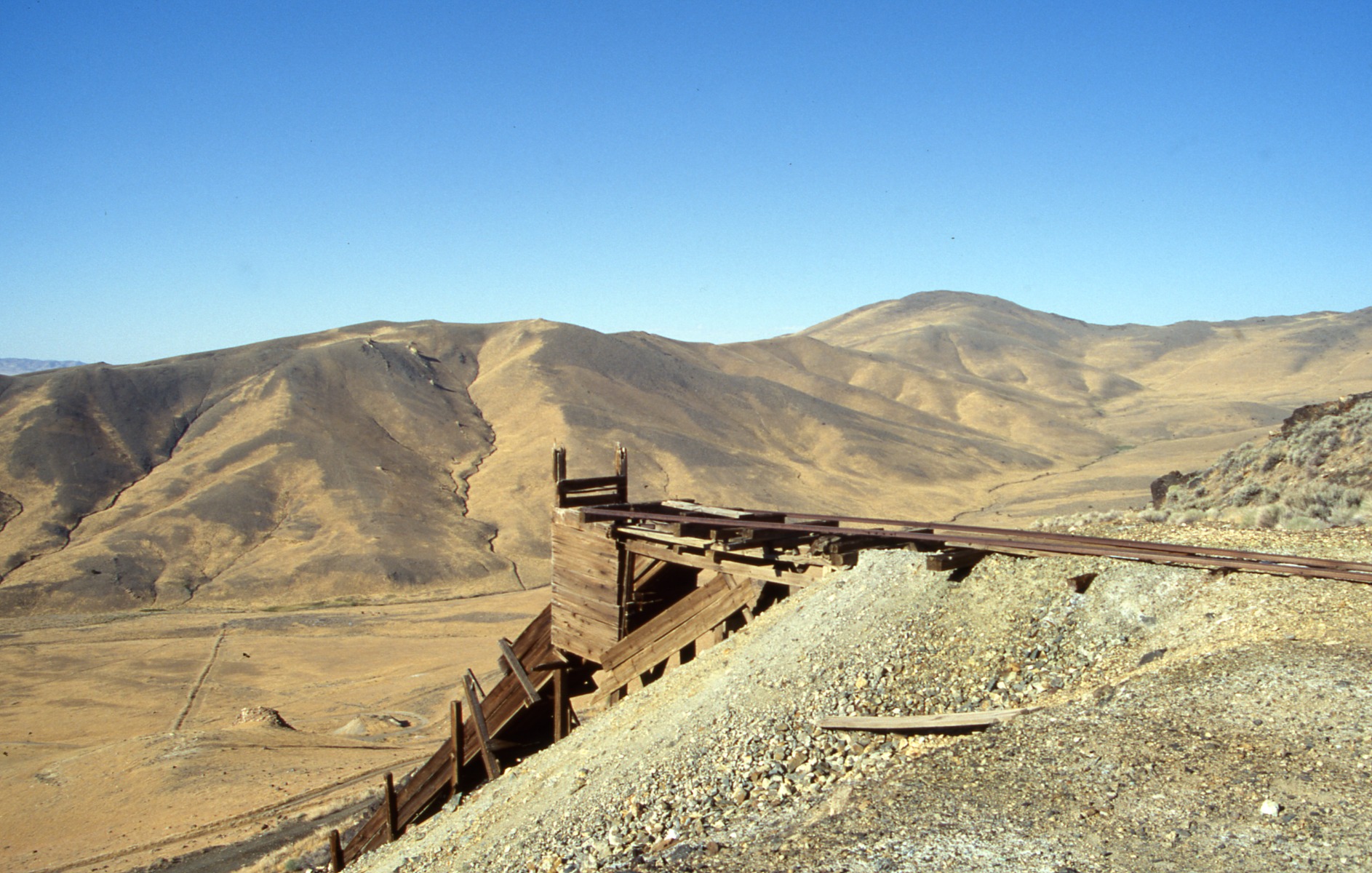
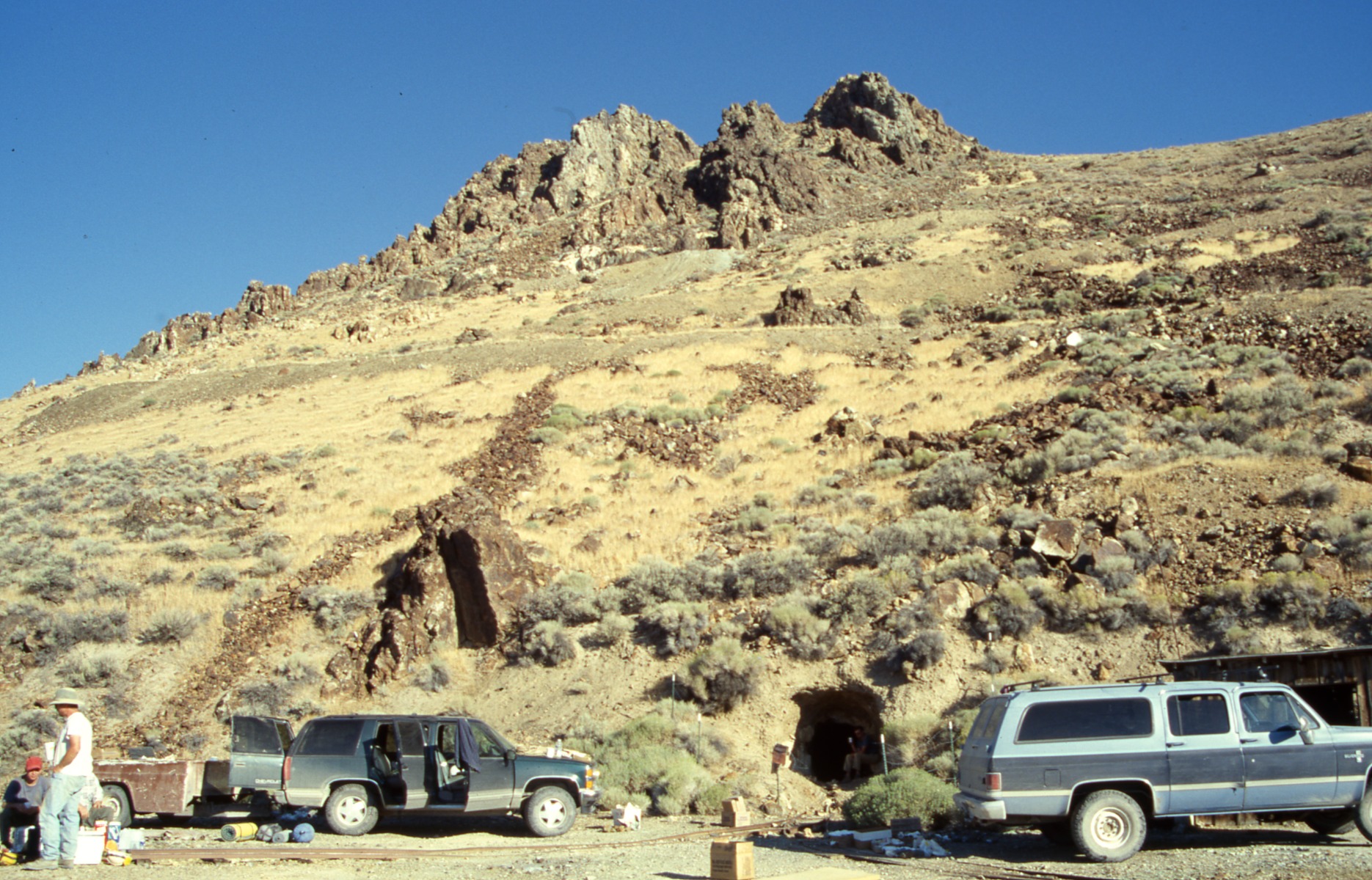
Pictures 100 – 104:
More Majuba Hill, this time a trip with George Godas as well.
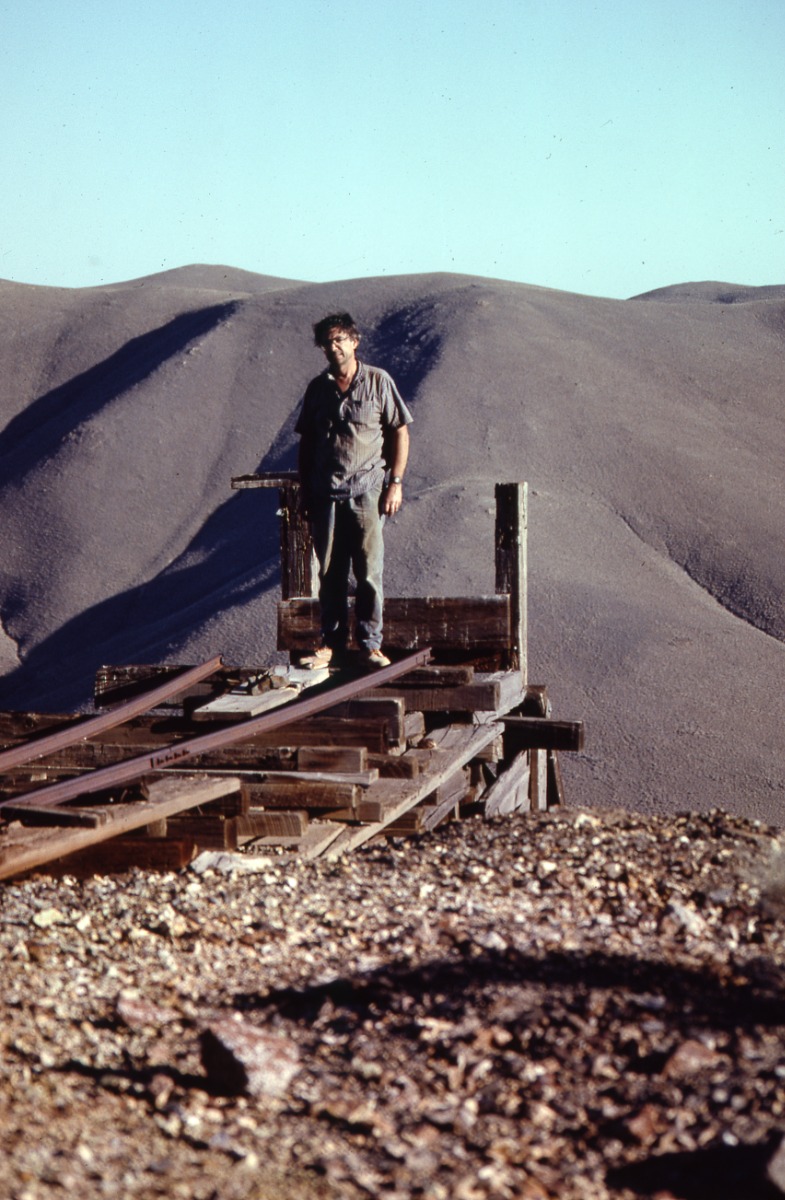
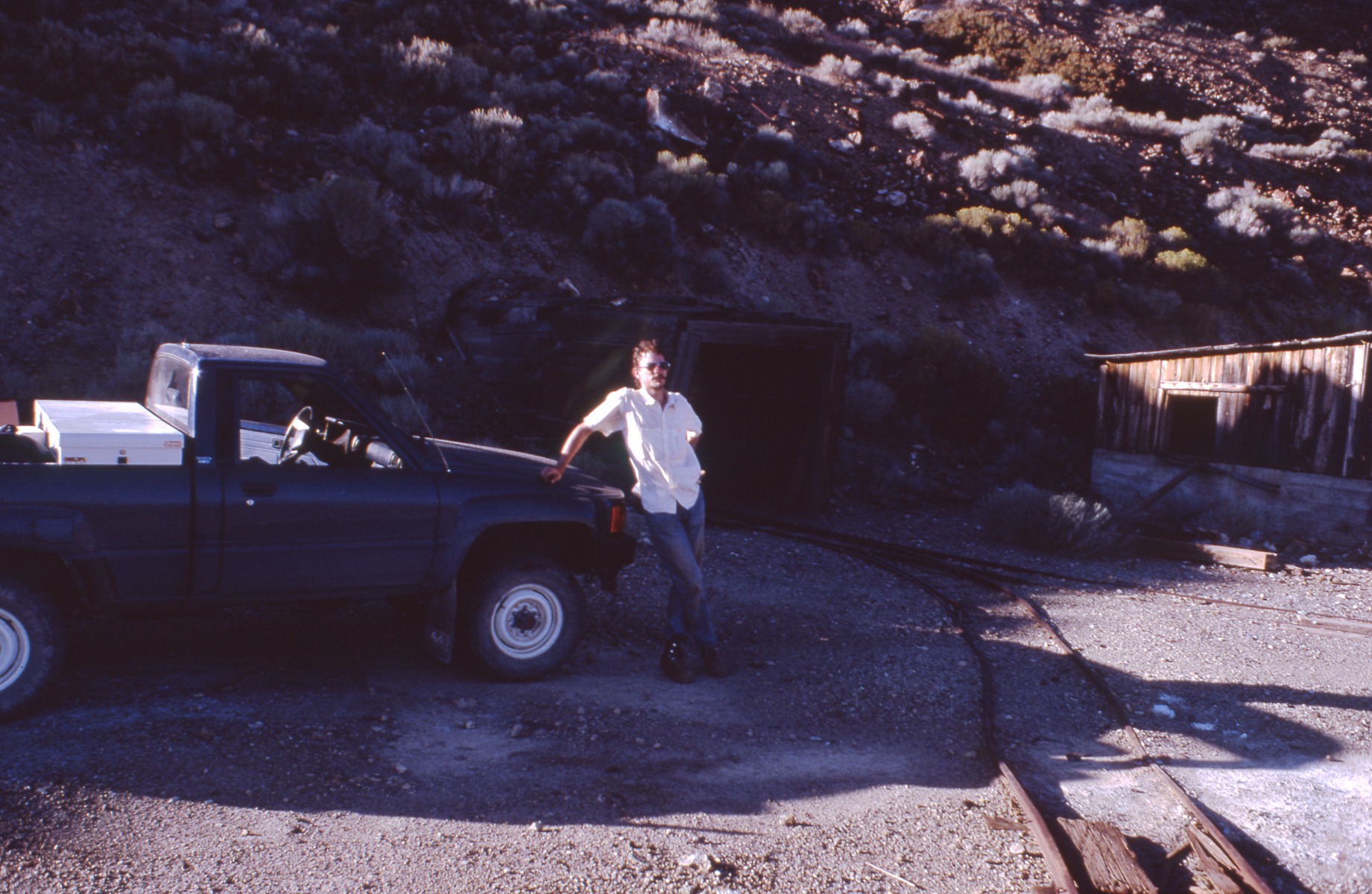
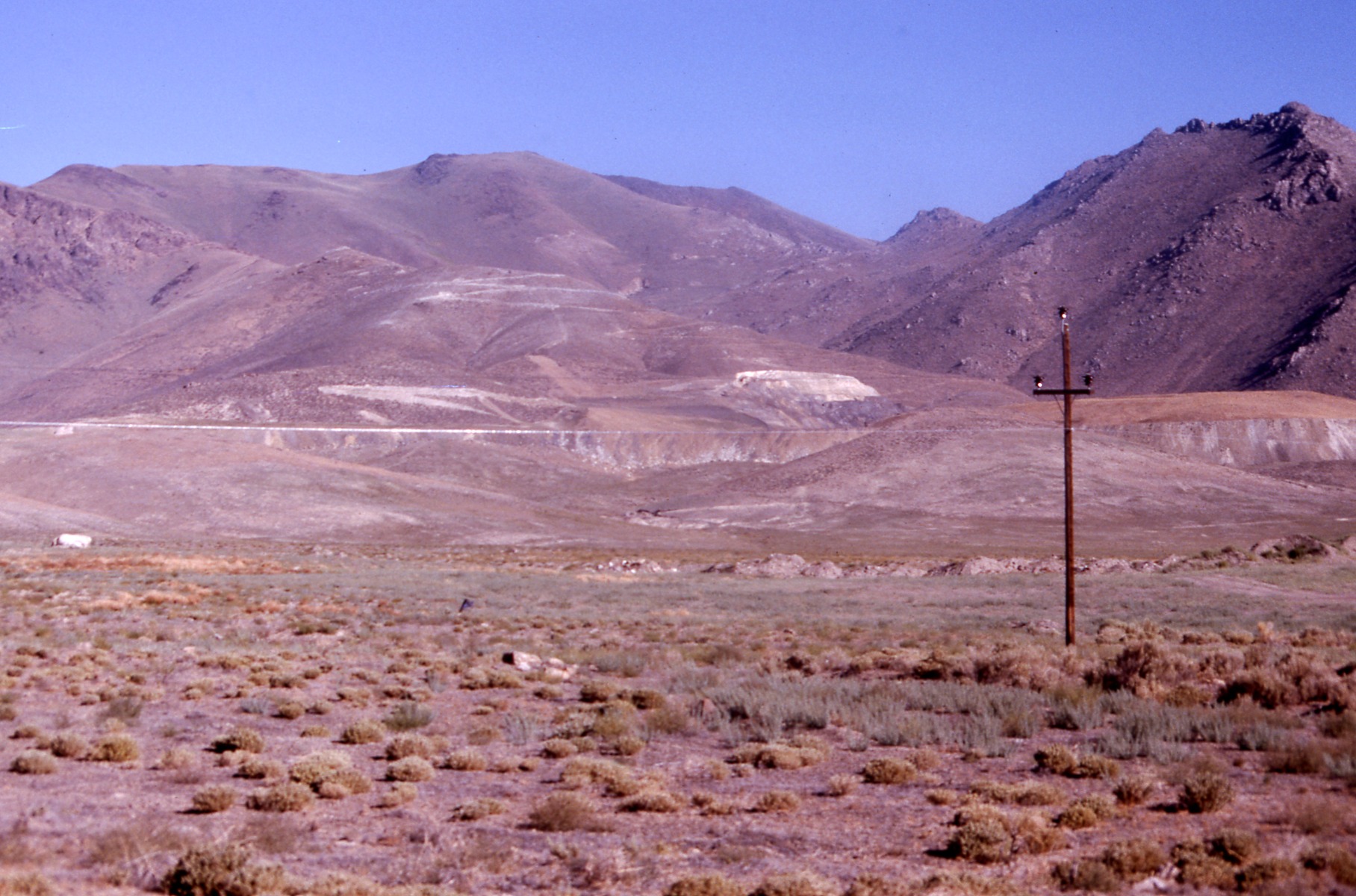
Bild 4 + 5: Wheeler Peak, Osceola: View from the mine and the mine entrance. Starting basically right after the entrance you find Phenakite crystals in white up to 3 cm in size and a bit of Aquamarine. The Phenakite is actually quite nice and shows a good orange color under short wave UV. Occasional Foitite tourmaline needles are to be found as well. Stunning view over a typical NV valley!
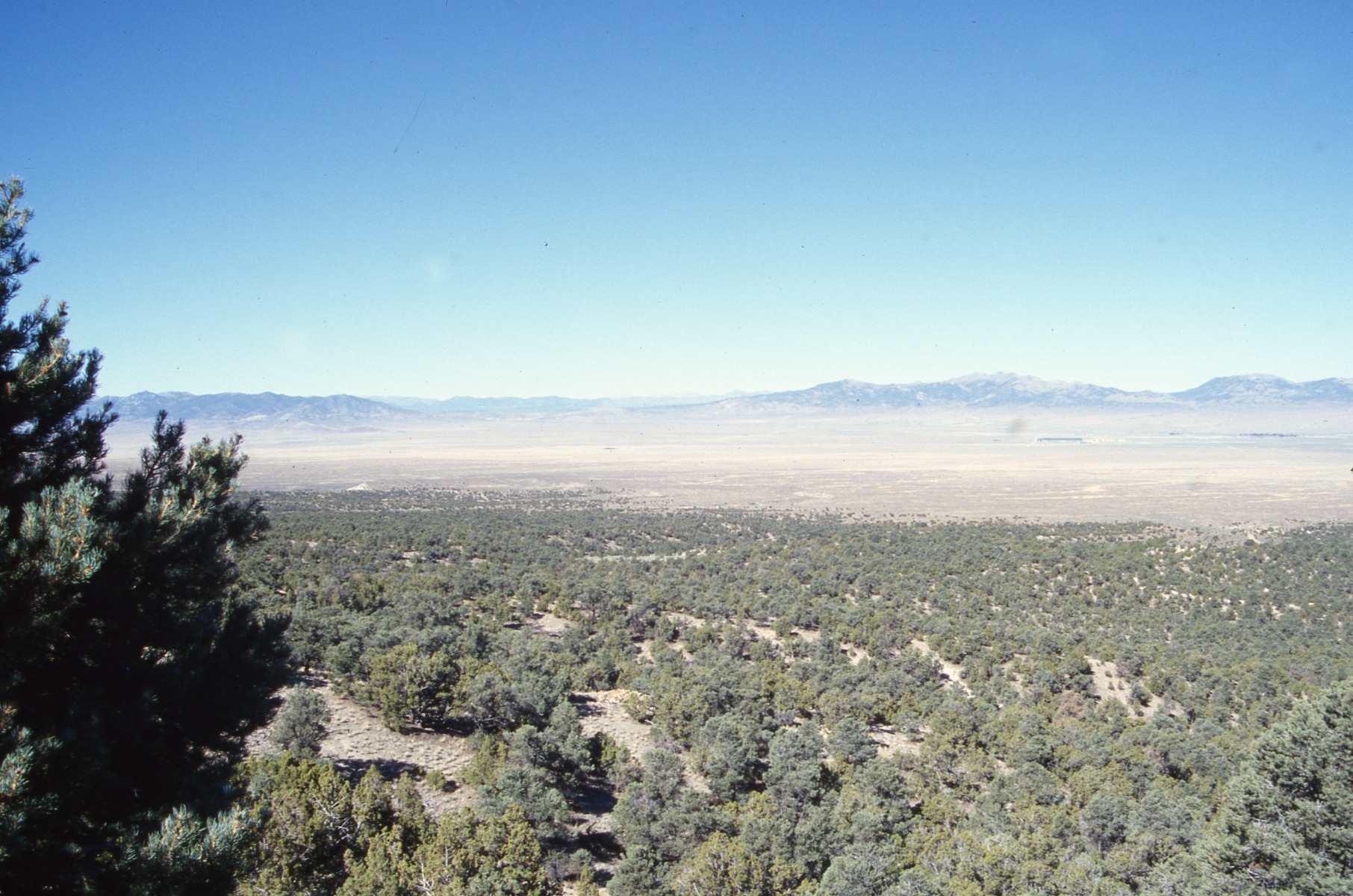

Bild 13: Shows a lower adit to the Wheeler Peak Beryllium mine.
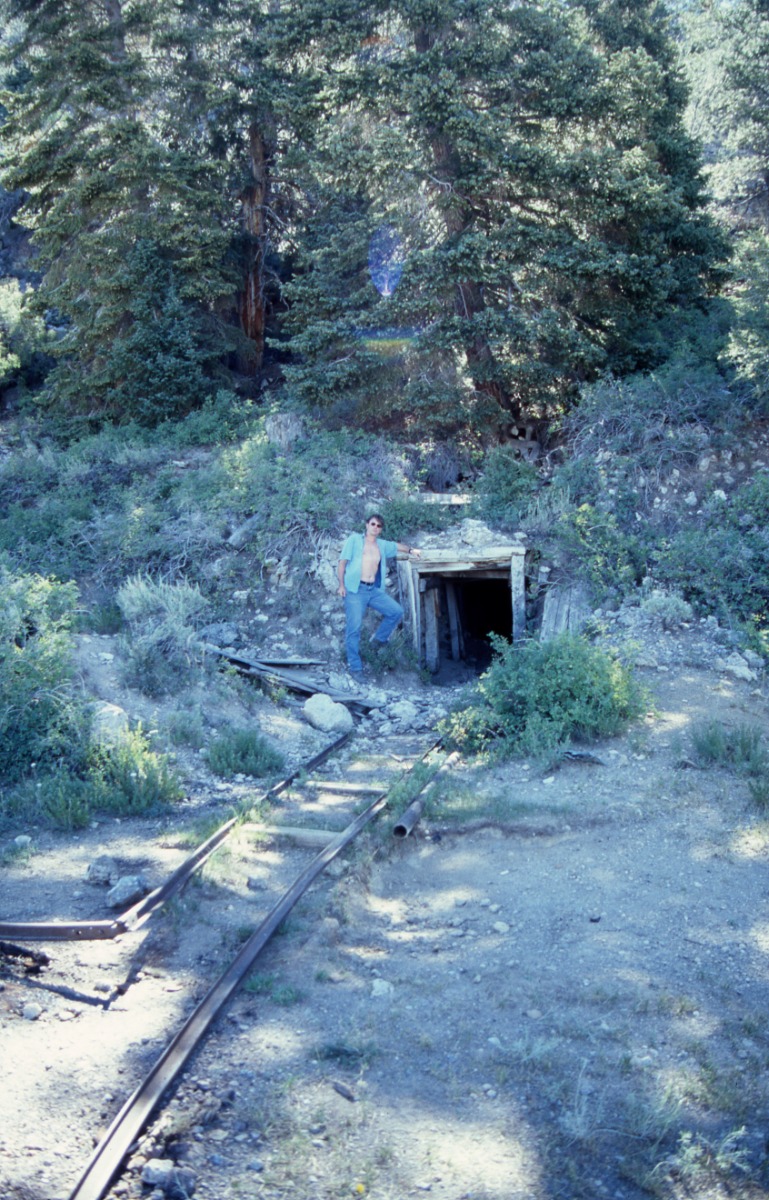
Bild 29: Wheeler Peak from the valley

Pictures 105 – 106:
Elko Gold mines: on occasion you find small specimen of nat. gold. The chief geologist gave us some samples, collecting those yourself is really difficult, the open pit is way too large.
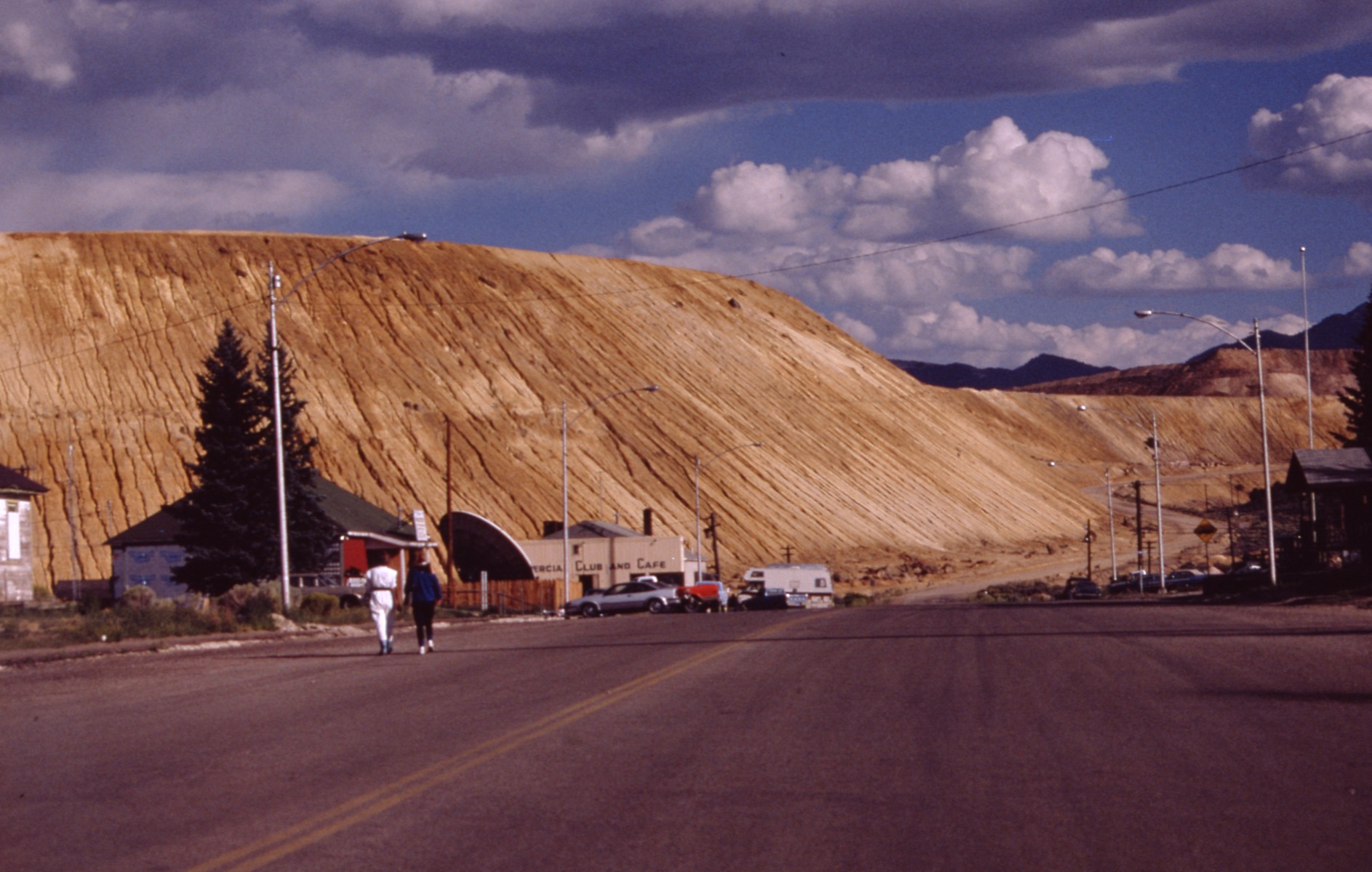
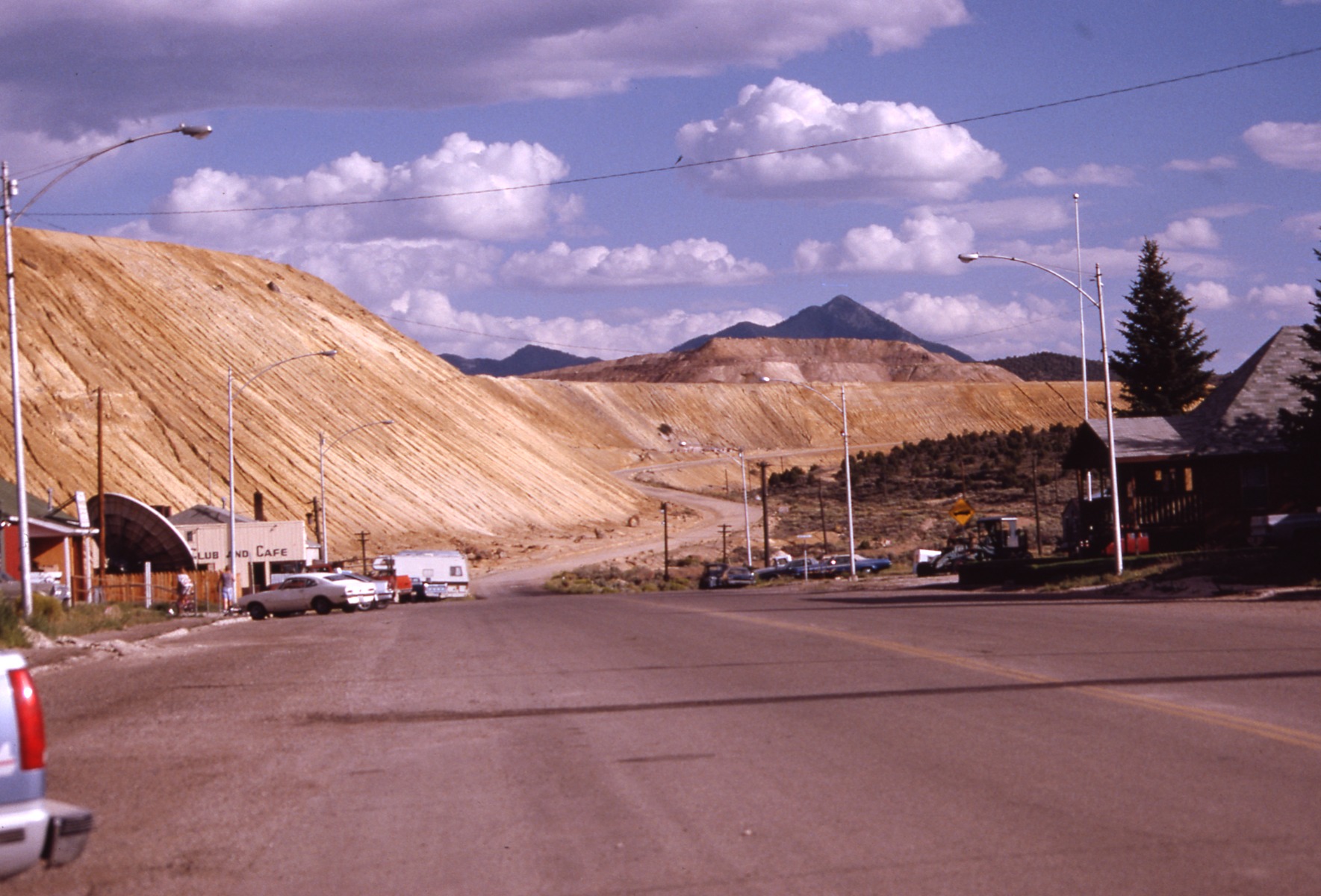
Picture 107:
With George Godas at Garnet Hill, Elko. A Rhyolite you find really nice Spessartite Garnets. Crystals up to app. 2 cm in high lustrous and almost transparent. We found plenty each time we went there, take a drill and dynamite helps a great deal or even just the drill and plugs + feathers to split the rock. Without that, good luck!

Pictures 63 – 69:
Getchell Mine: This very famous mine is known for its rare sulfosalts an a paragenesis of Realgar and Orpiment. We find Getchellite (type-location) and Galkhalite along with secondaries such as Picropharmacolite, Sainfieldite and alike. Great stuff under the scope and very rare. The company operating the pit is quite cooperative, one of the pictures shows the chief geologist, she was our guide and really helpful.
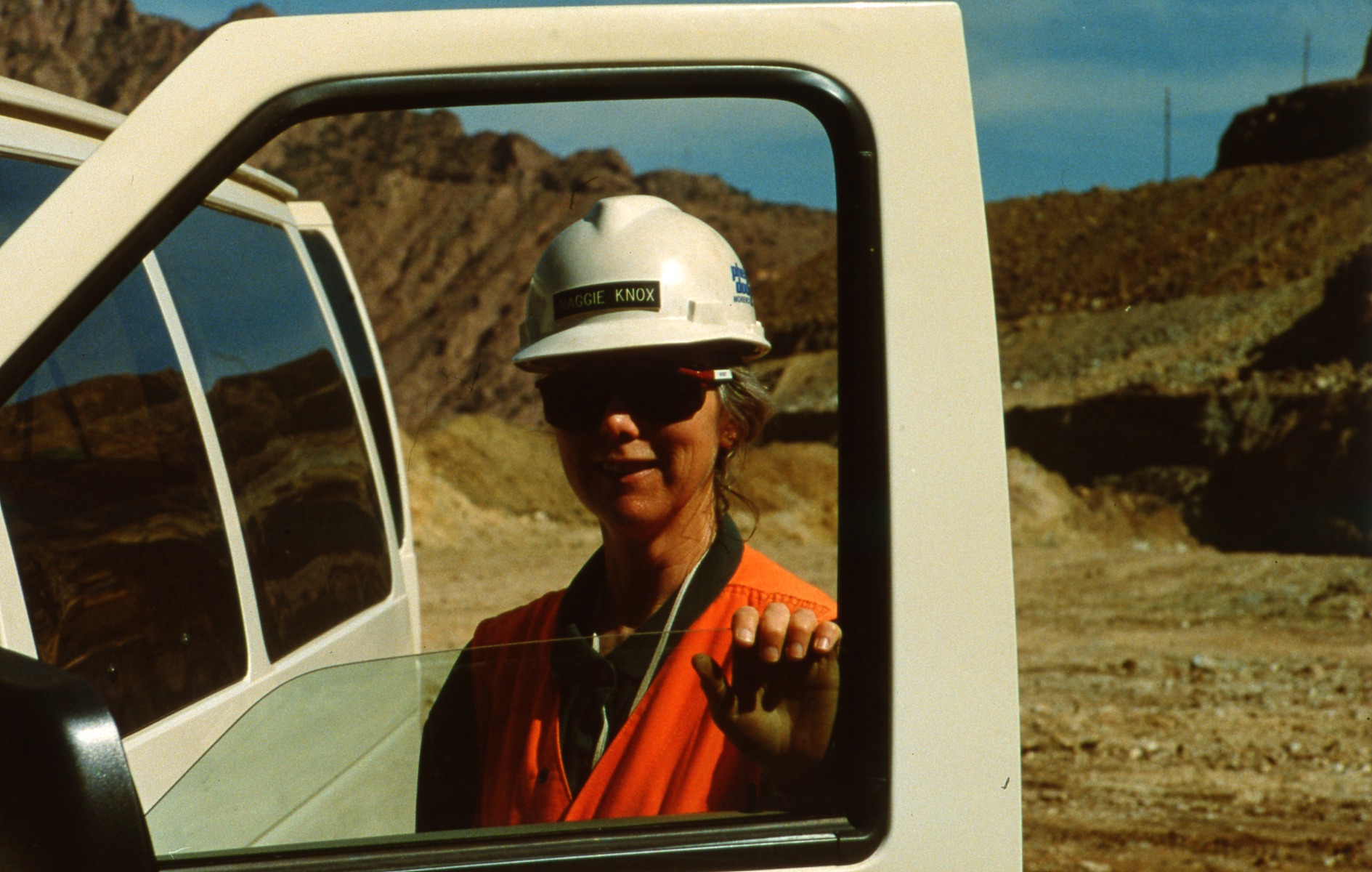
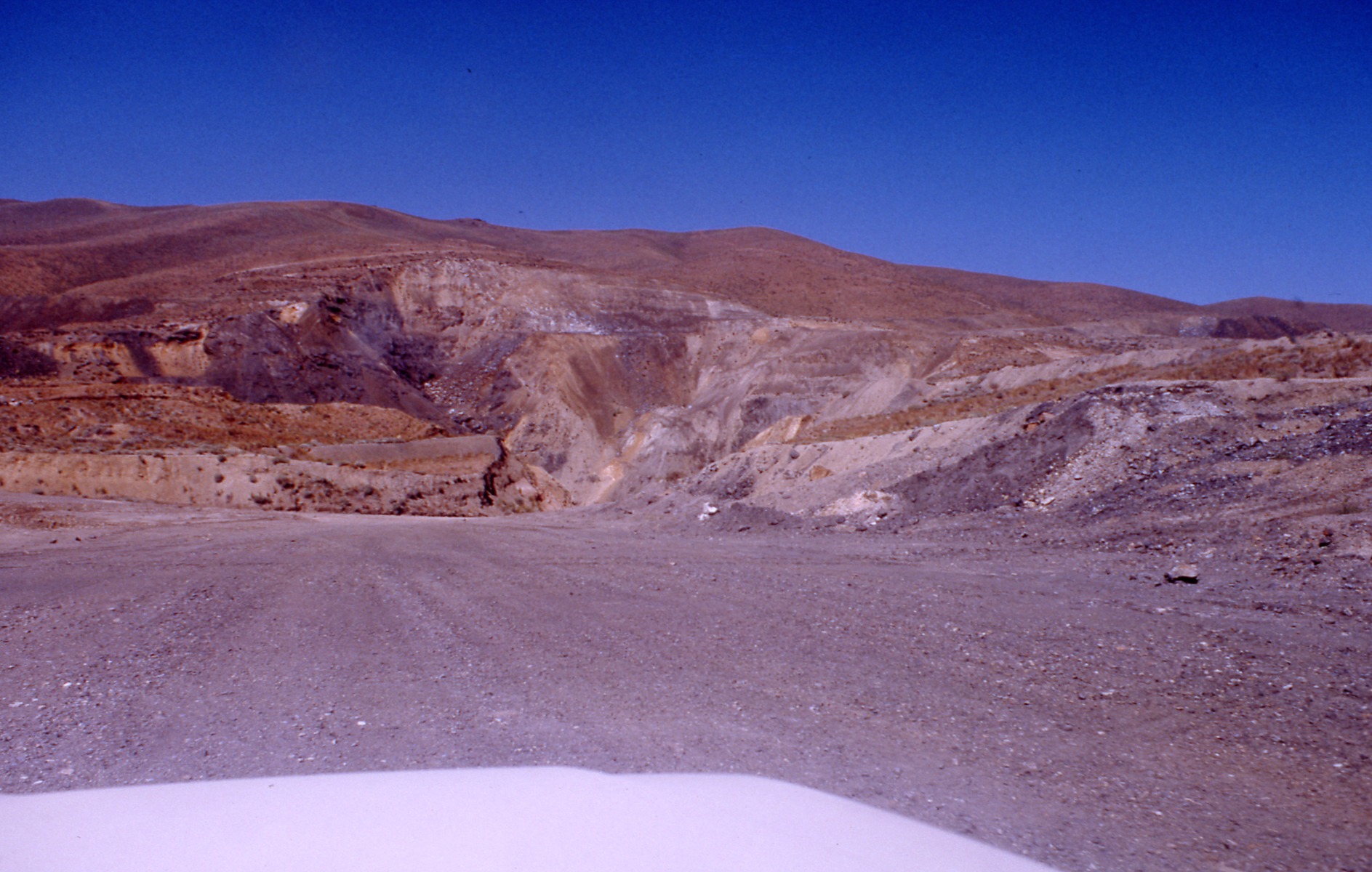
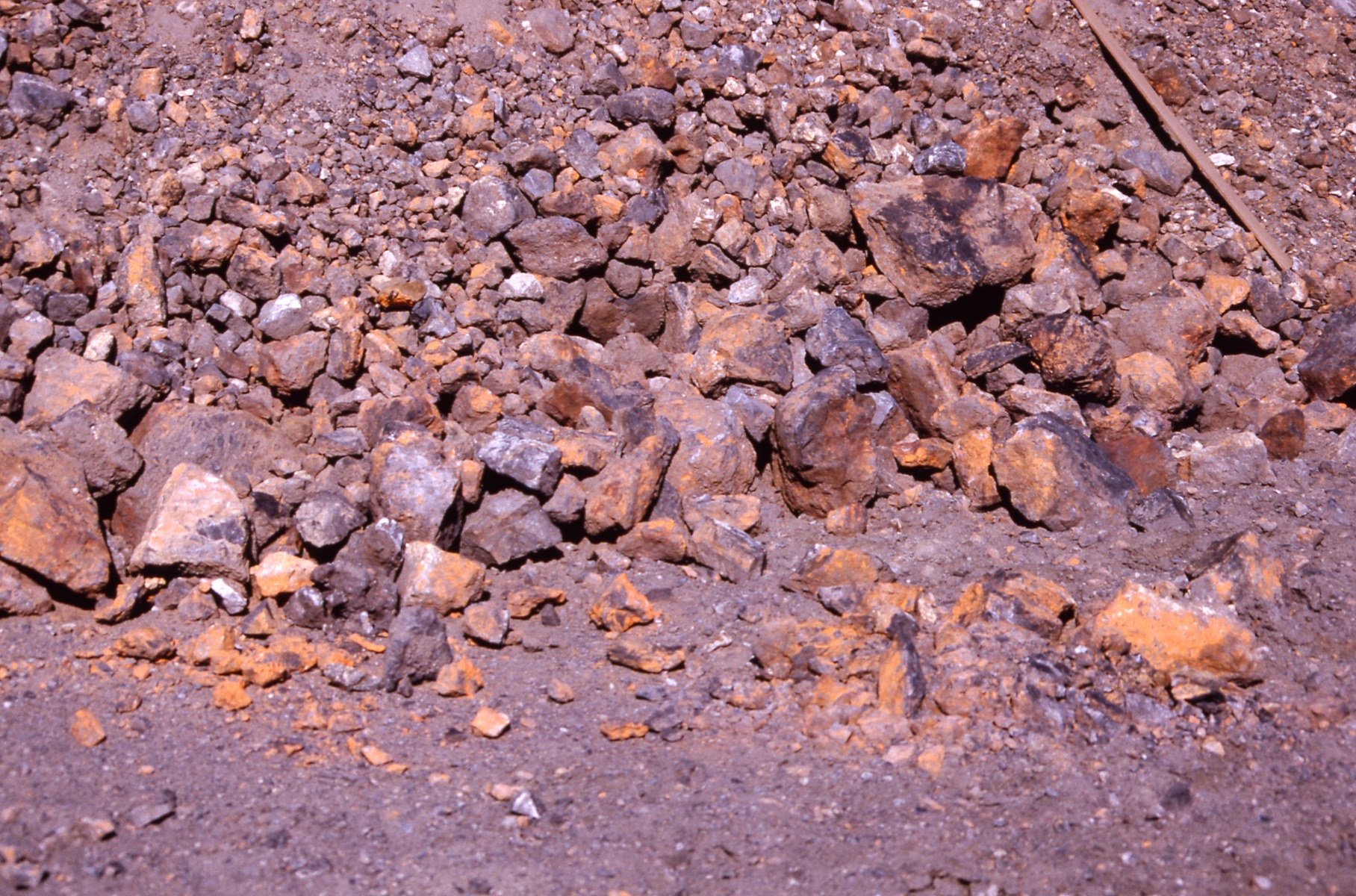
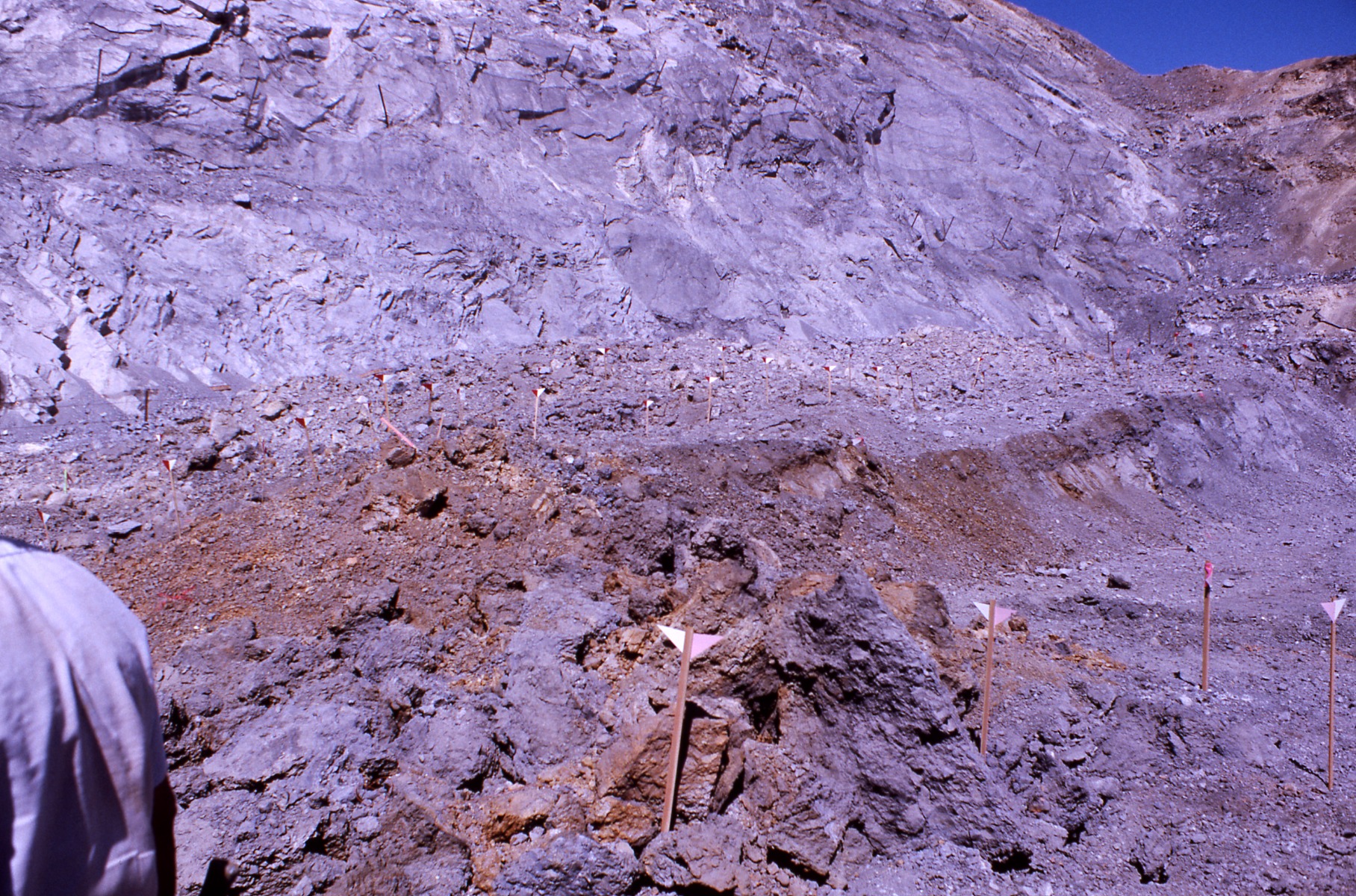
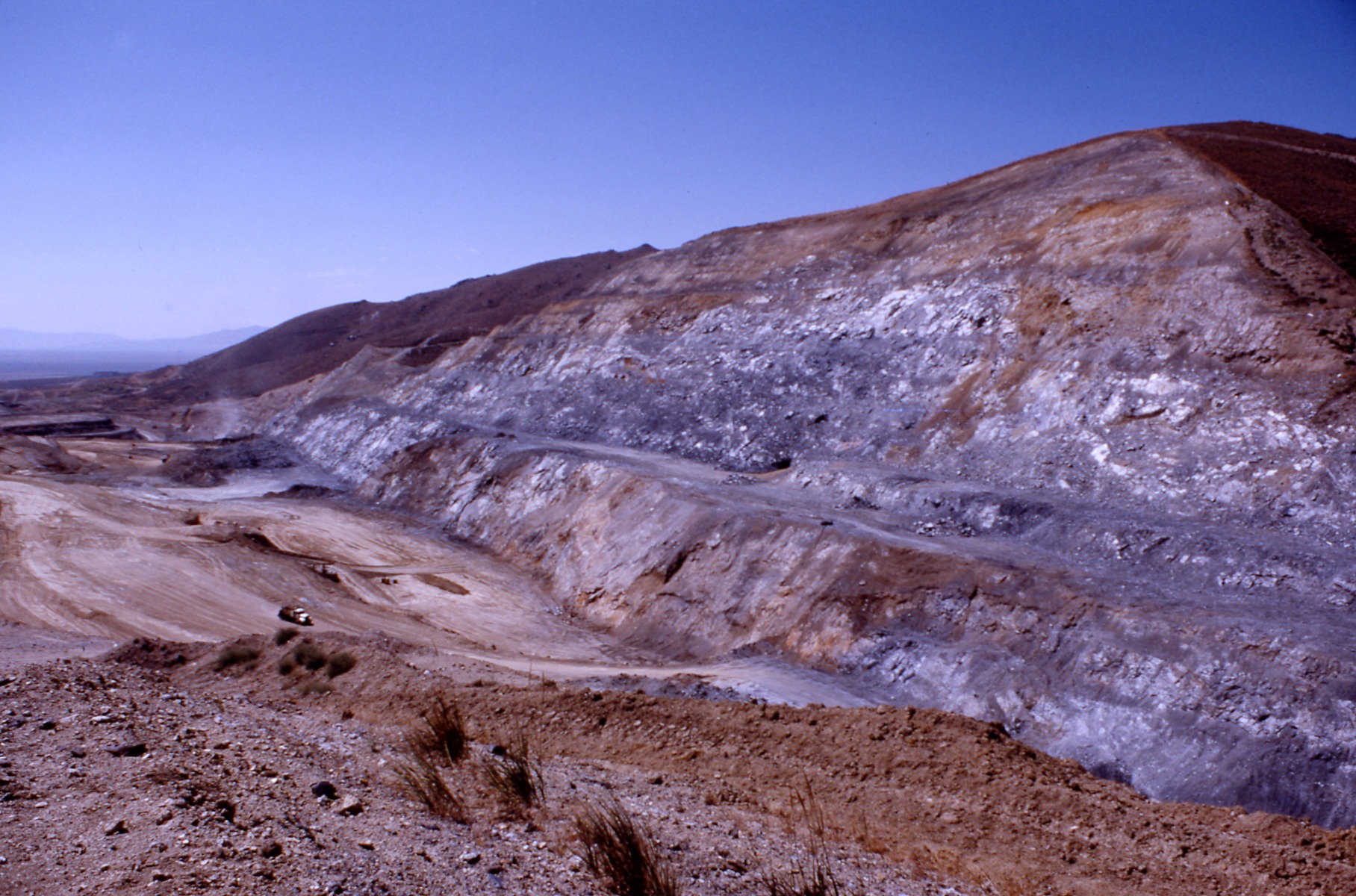
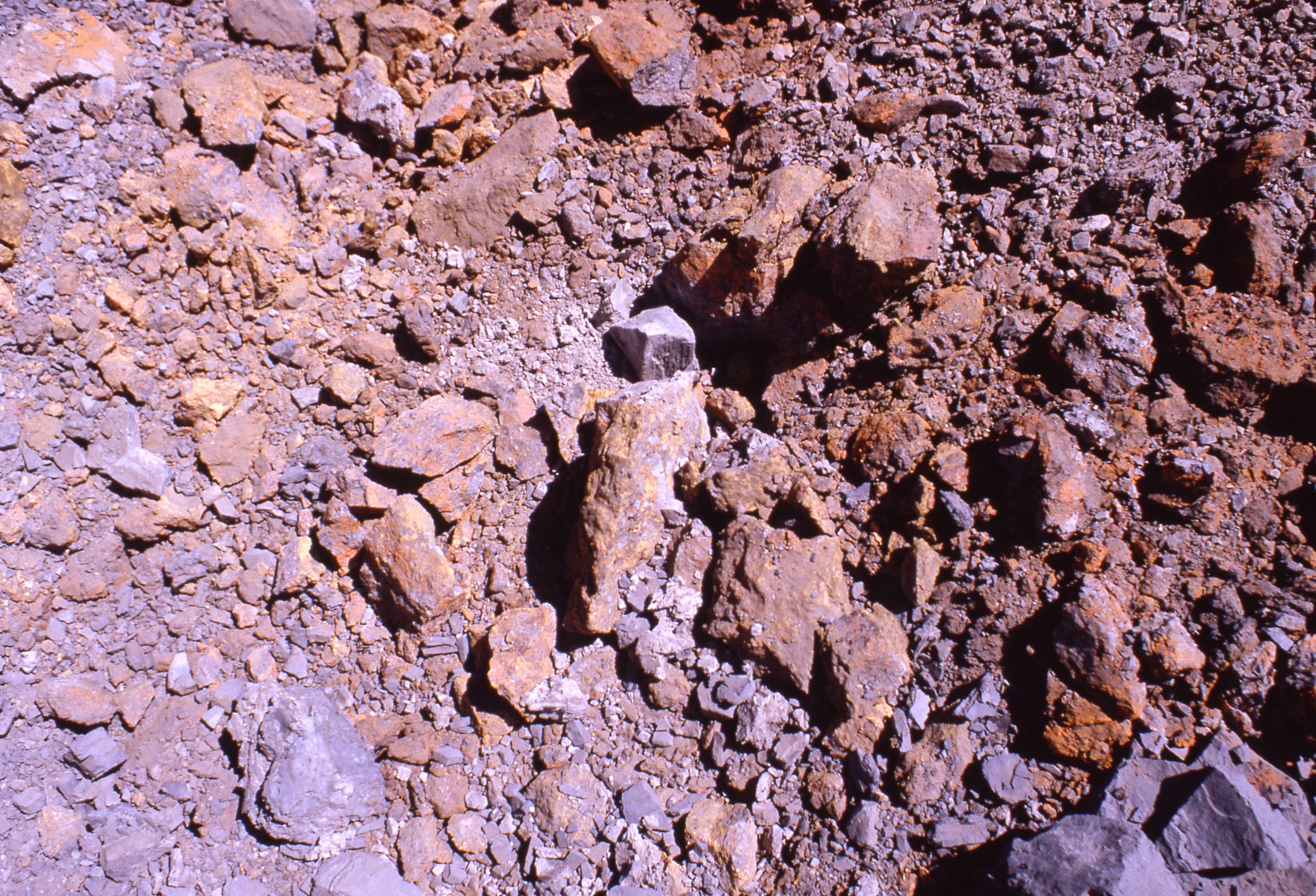
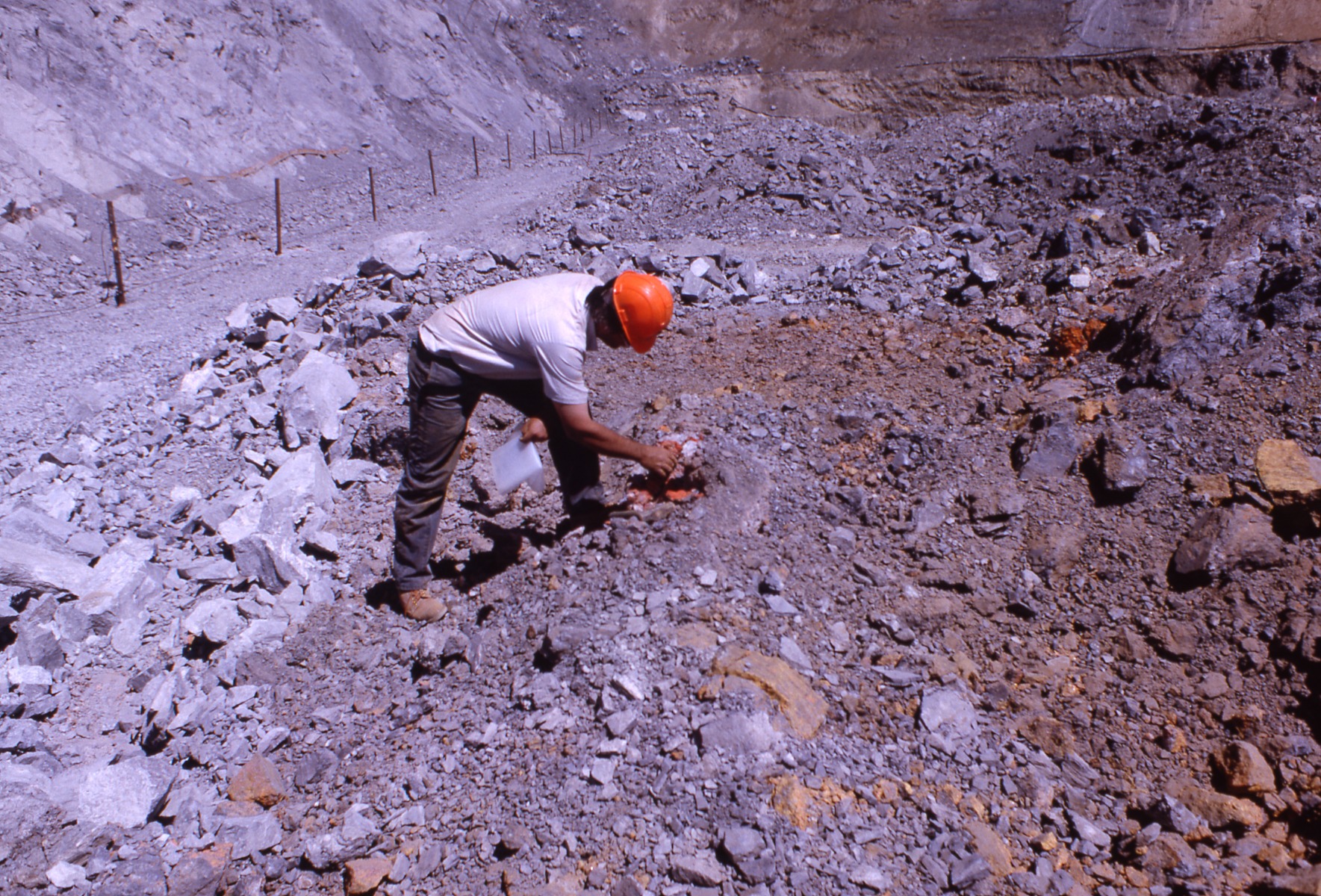
pictures 37 – 39:
Gold Quarry Mine: a huge Barrick Gold Corp. open pit mine. Very difficult to find anything due to the pure size of the operation. Fortunately, we had the Chief Geologist guiding us to where the vanadates like Metahewettite were found. We got there a little after a spectacular find, but still enough material was left to get nice, brown-red fibrous crystals, most likely the best in the world of this species. Some other material was found but the vanadates are the most remarkedly species present.
To our knowledge nothing was ever found there afterwards, so this is now a historic place like so many others.
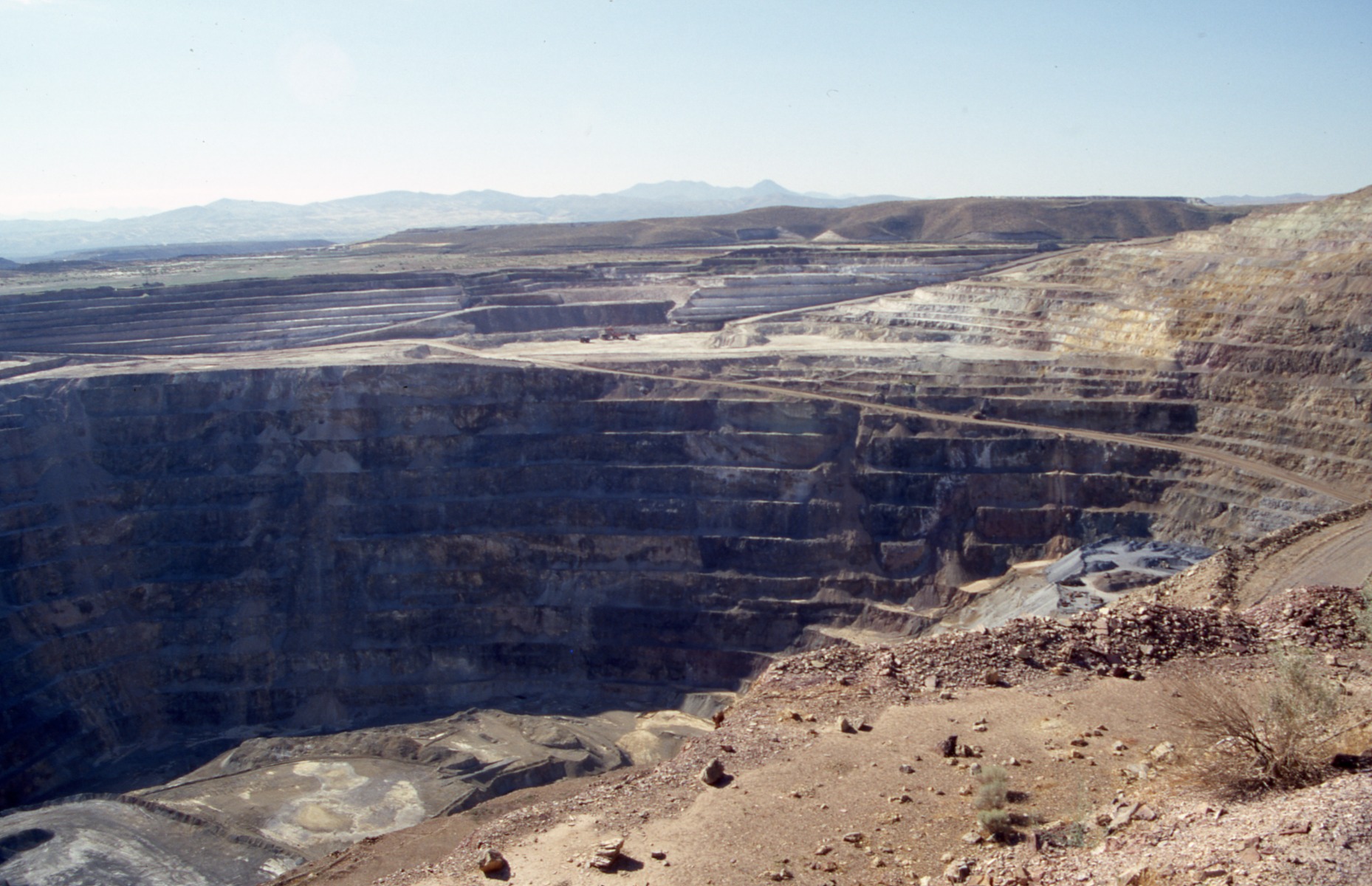
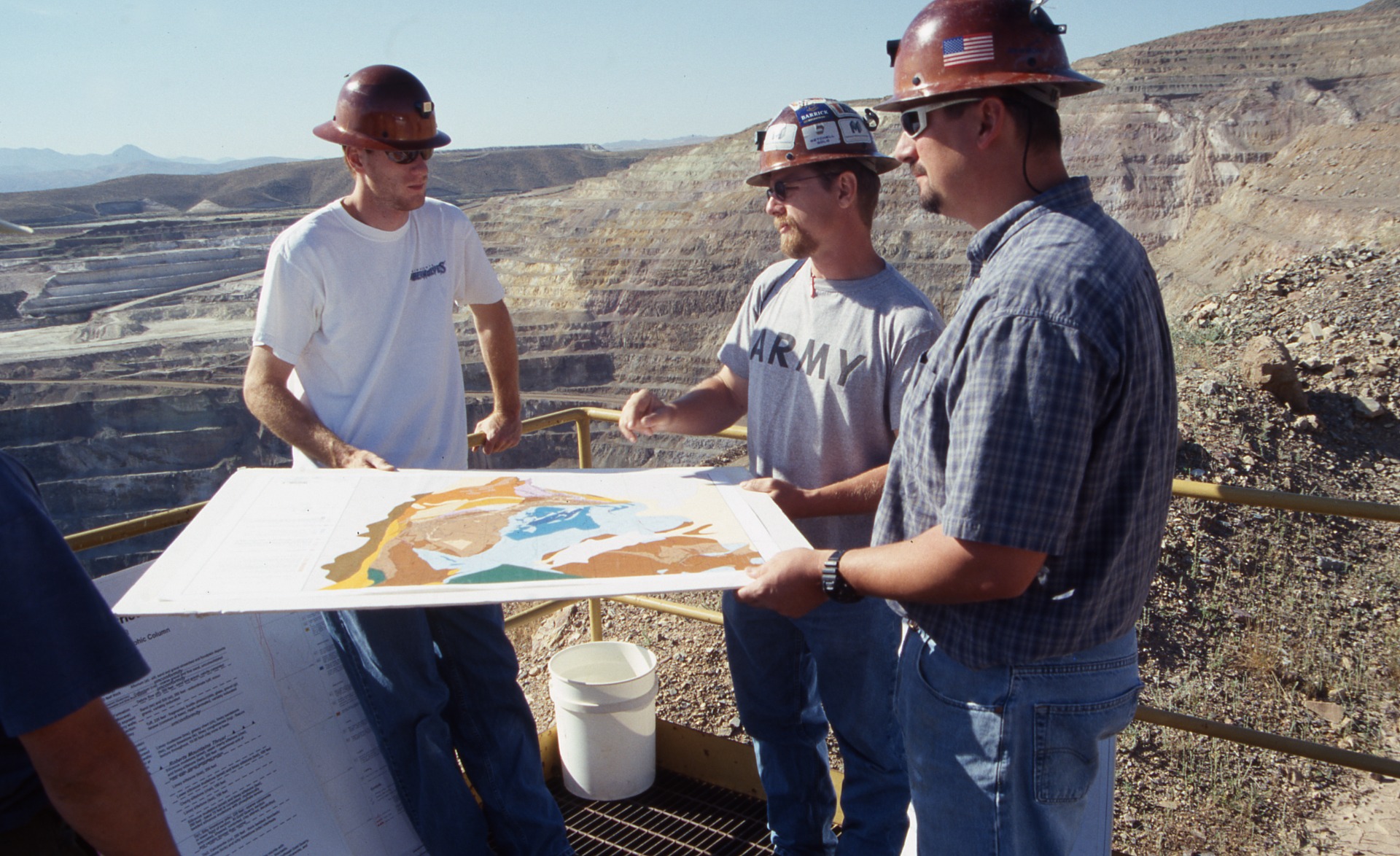
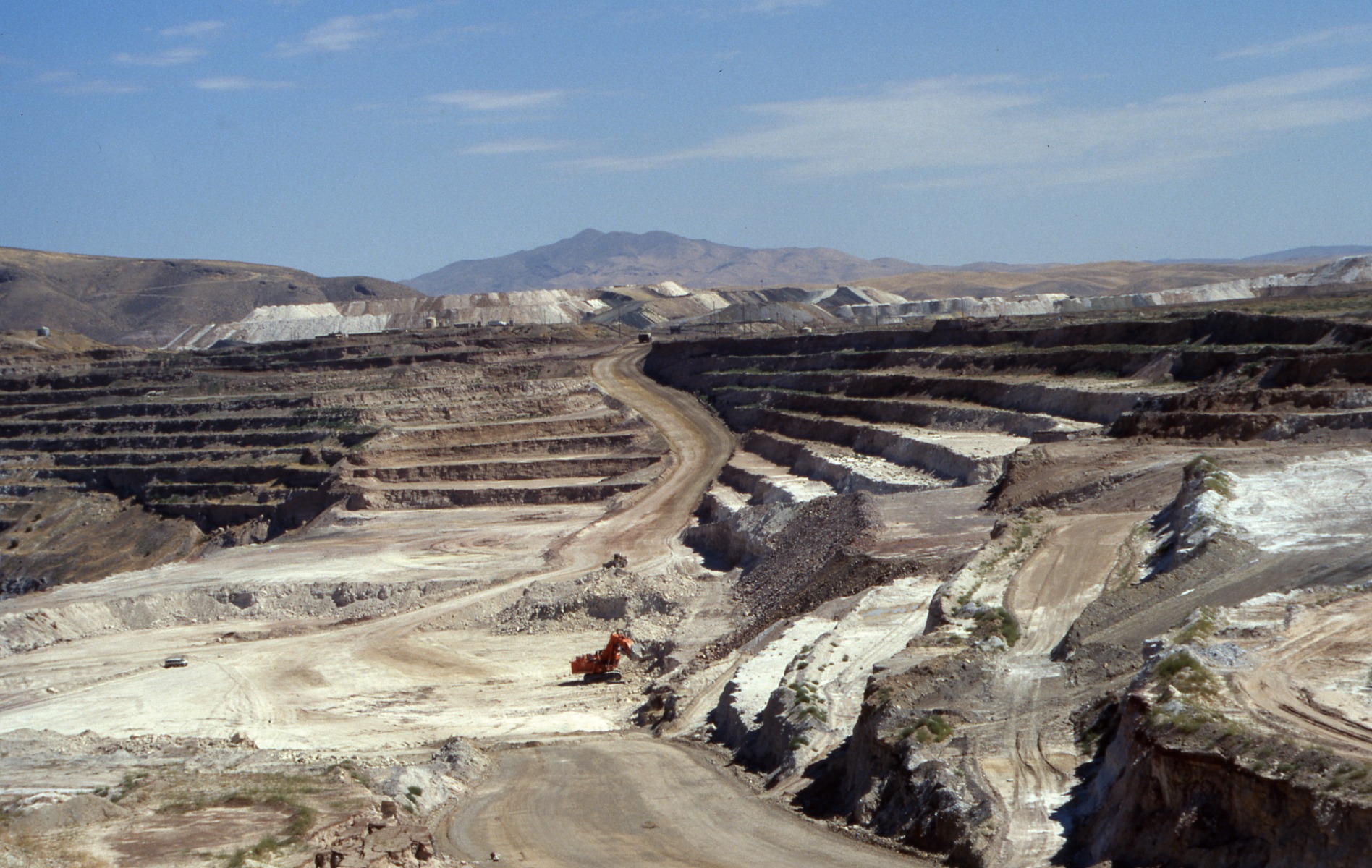
Pictures 40 – 42:
Silver Coin Mine, Elko
A nice underground mine, safe and dry. Lots of rare species, micros all of them but very pretty. Most remarkable turquoise crystals and the new species we described: Zinclipscombite (see our publication listing on this web site!). Lots of other phosphates along with it. Actually, after working a lot underground, we found the dumps to be quite as good as the underground working and a lot easier to transport the rocks!
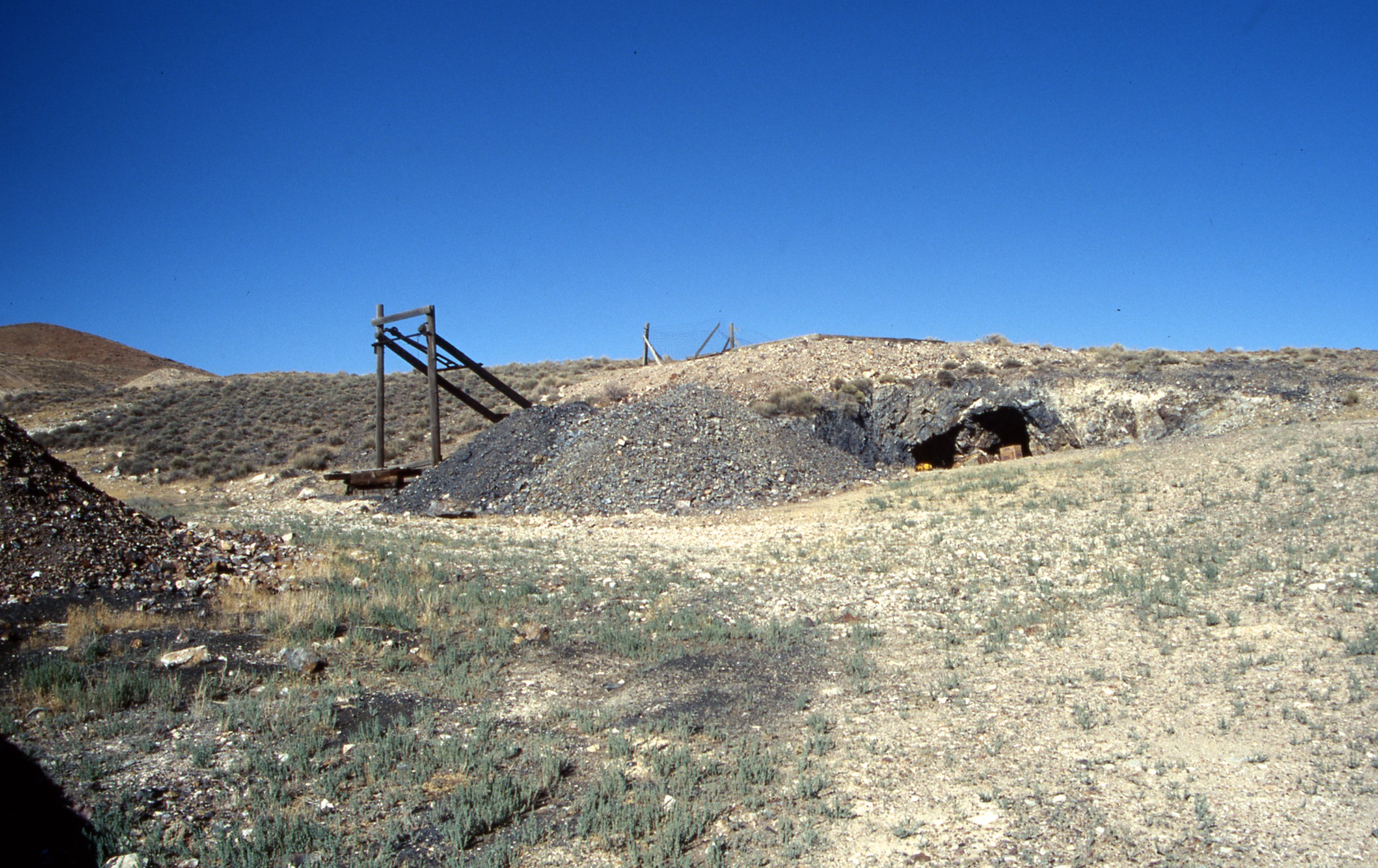
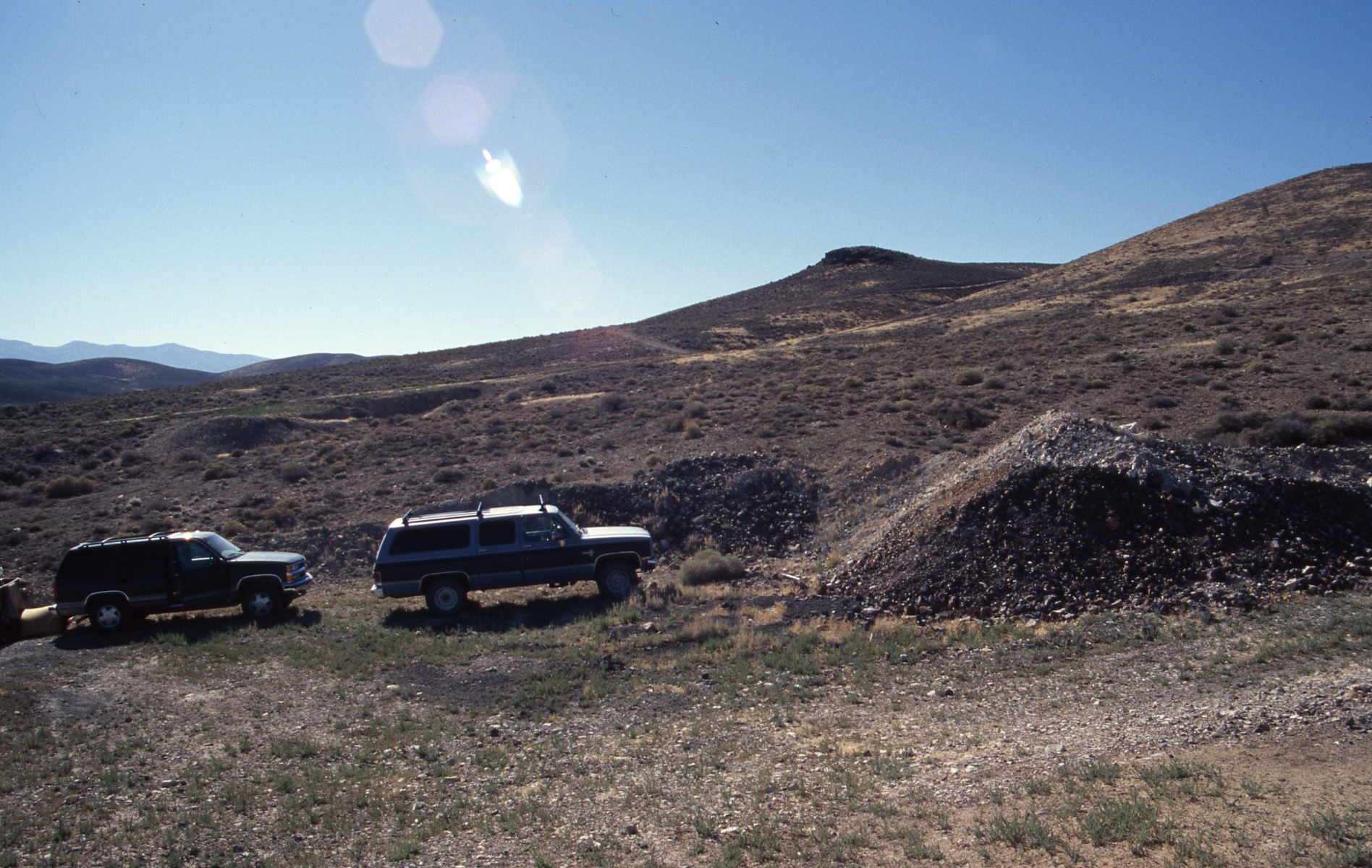
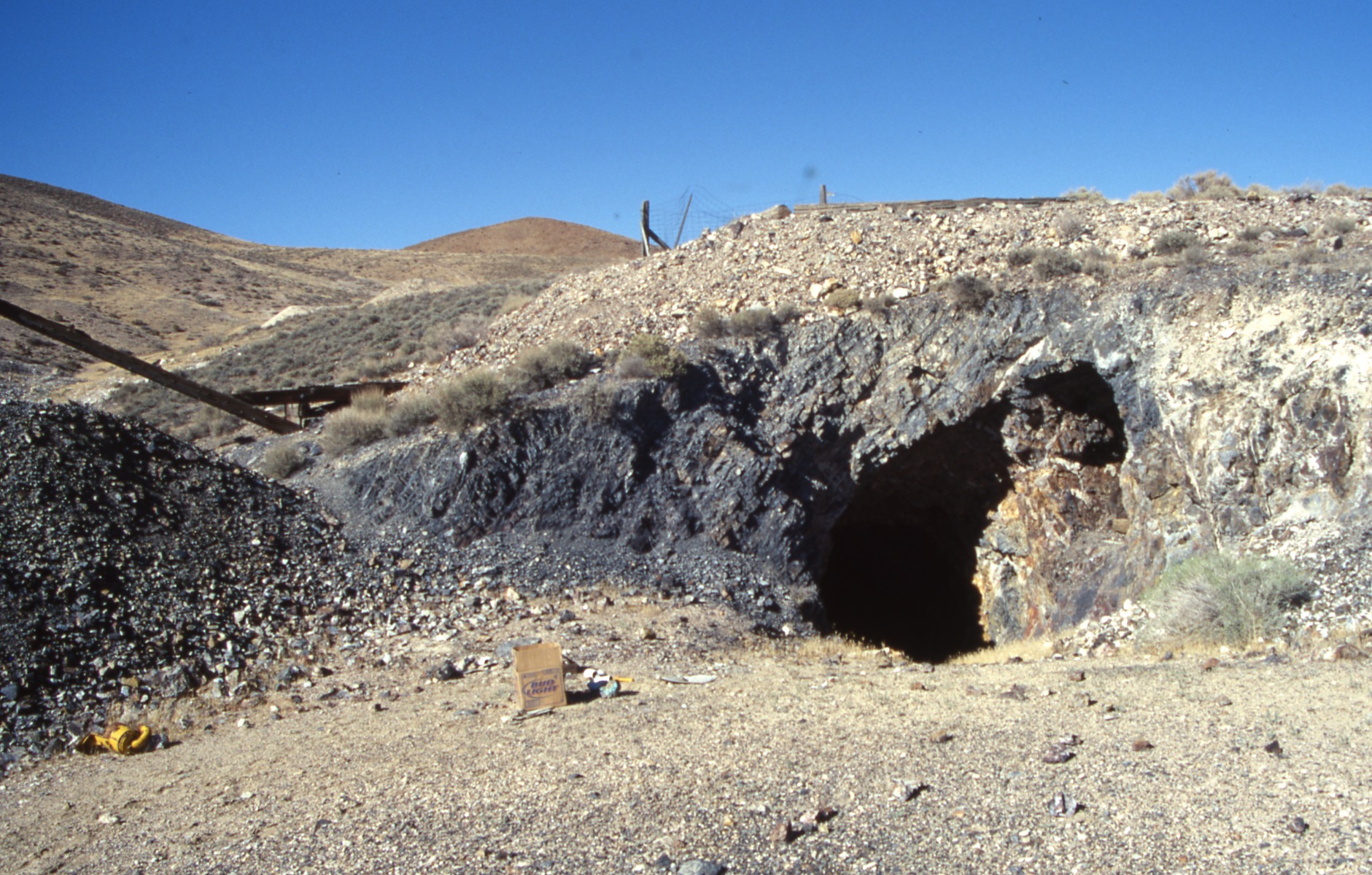
Utah:
Bild 3: Thomas Range, Delta
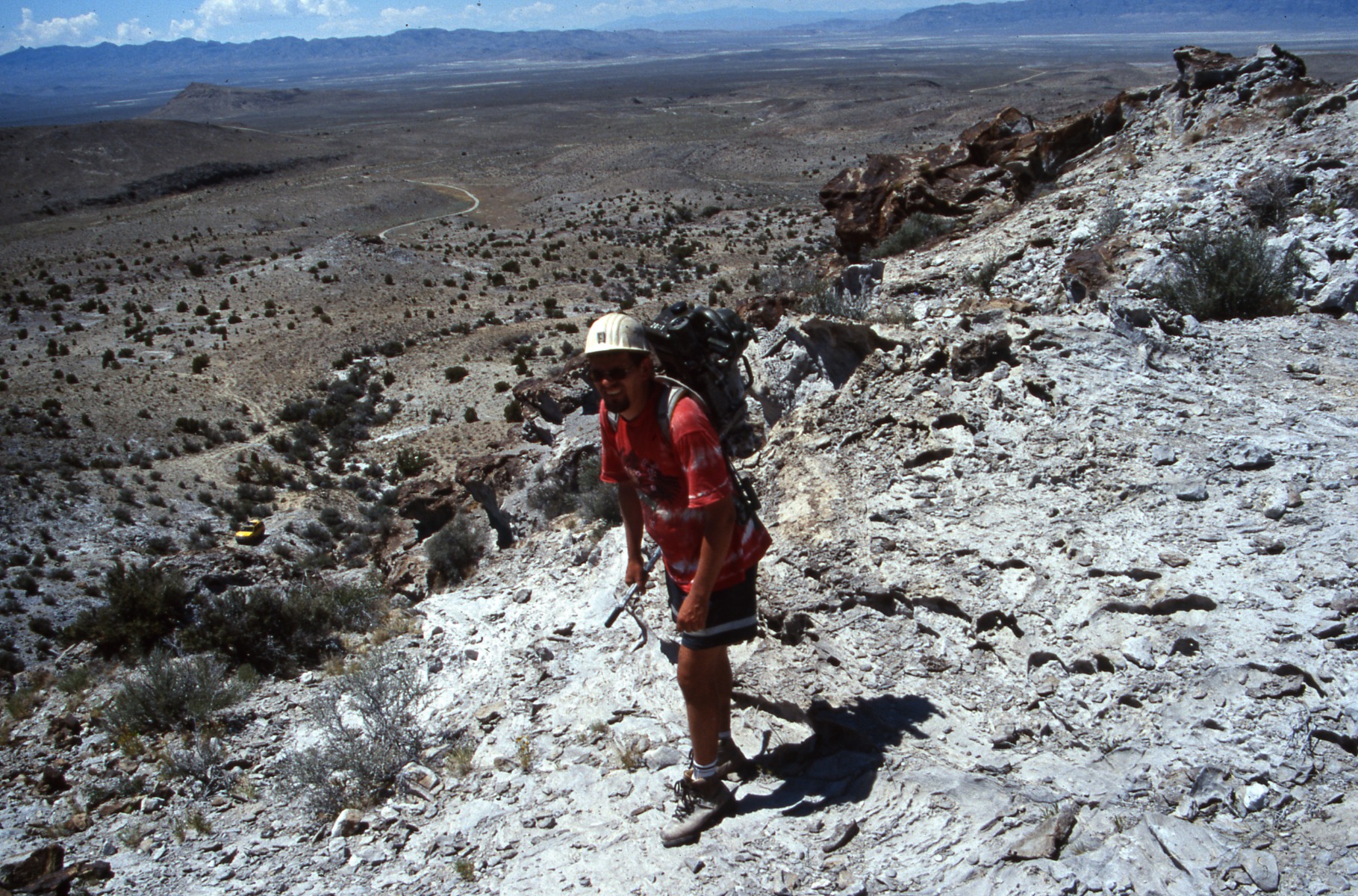
With a collector friend (Mr. Jatzkowski) on the way up the South West end of the Thomas Mtns. towards John Holferts claim of the Holfertite, Red Beryll and some Topaz. The Holfertite are really tiny yellow needles and you need some time to adjust your eye in order to see them. Great fun: they actually come with red beryl and topaz associated. What a combination!
I’m not sure about the current status of the claim, but it never hurts asking John Holfert for permission. Make sure you bring lots of water, that hill is bloody hot during most of the year!
Bilder 30 – 36:
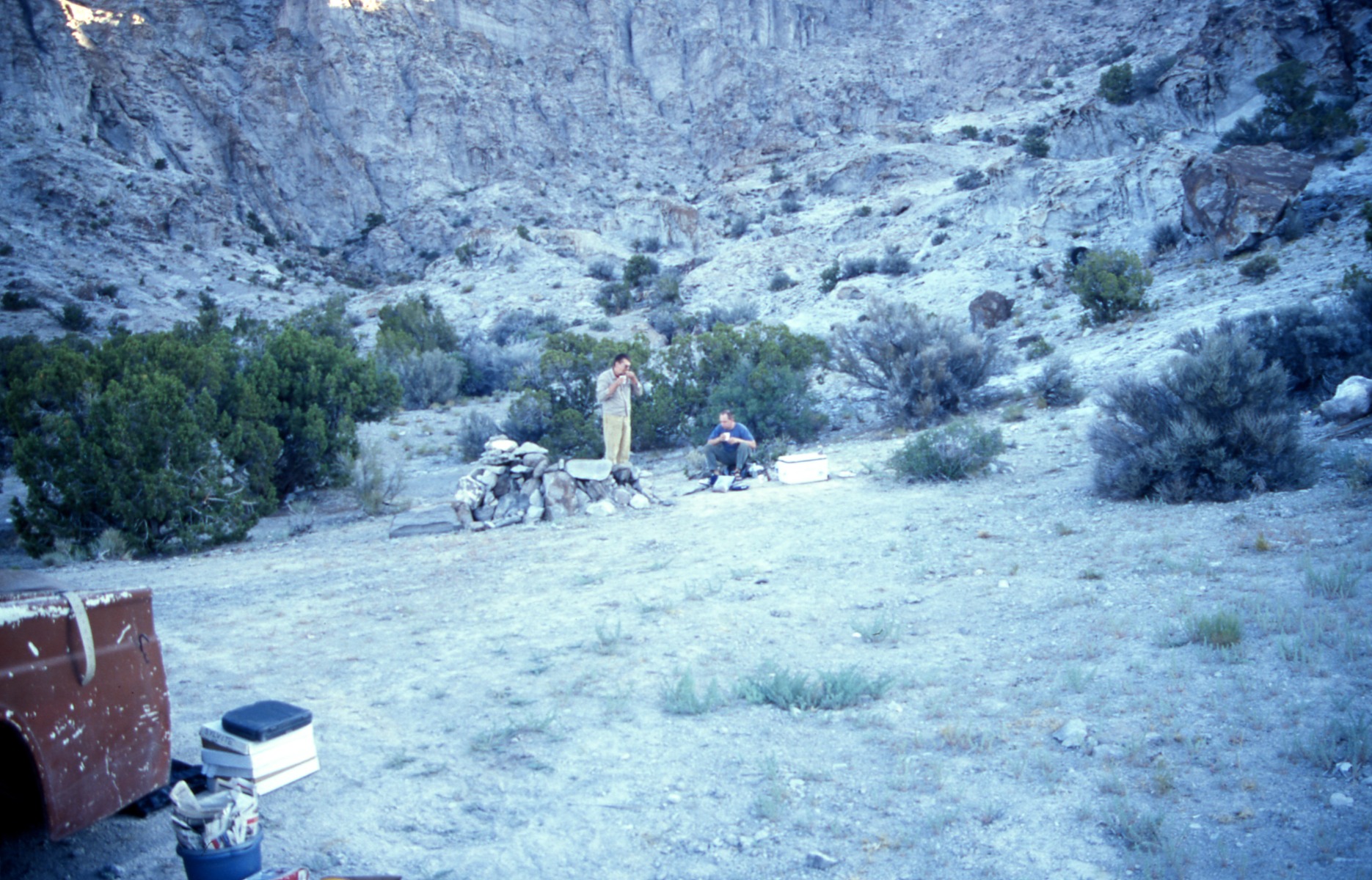
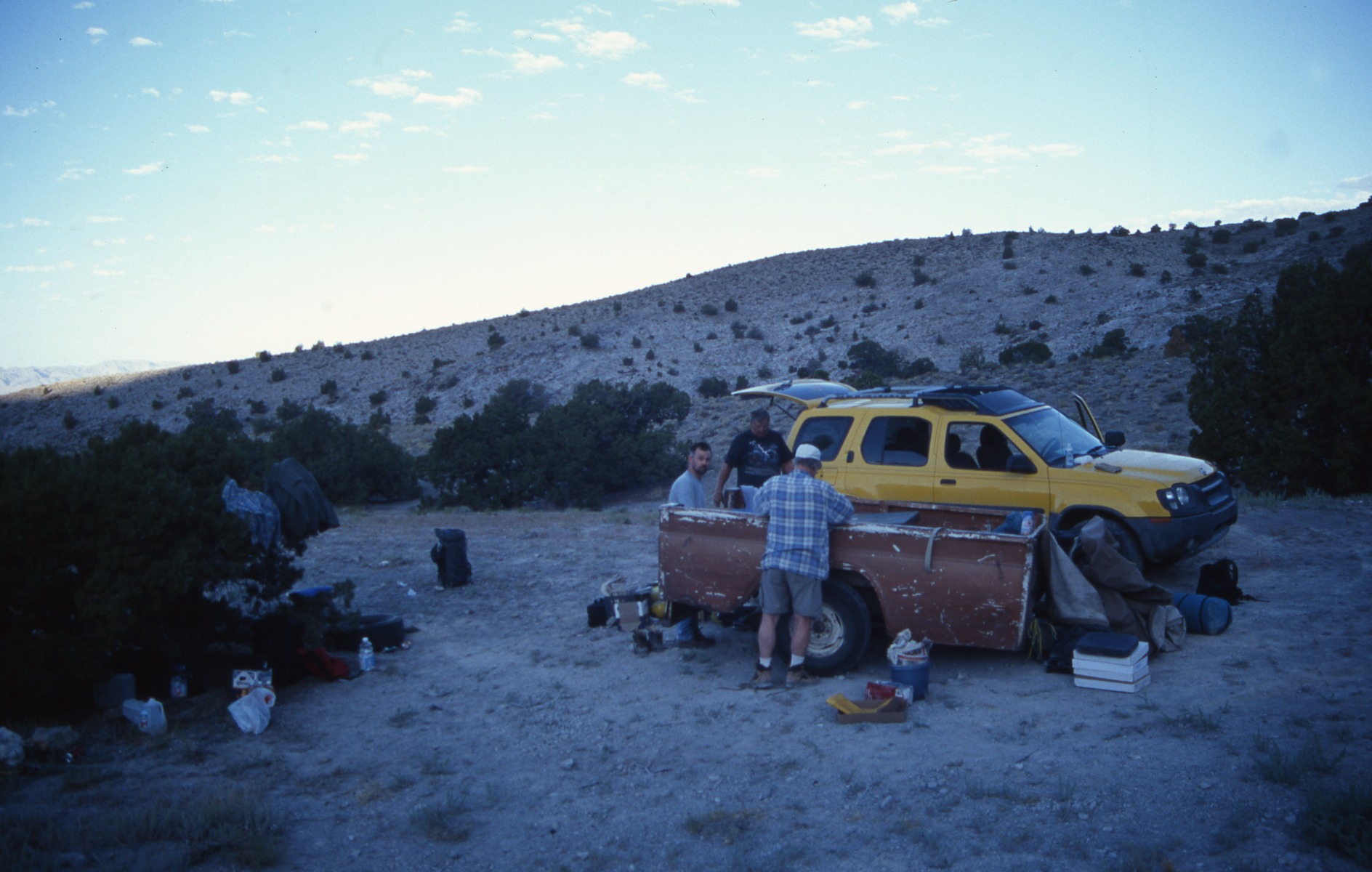
More from Thomas Range: Campsite at the main Topaz Valley, a Pseudobrookite digging up in the hills in that valley region. We managed to actually find along with Pseudobookite crystals some tiny but perfect yellow Thorite crystals as well. Great stuff for the scope!
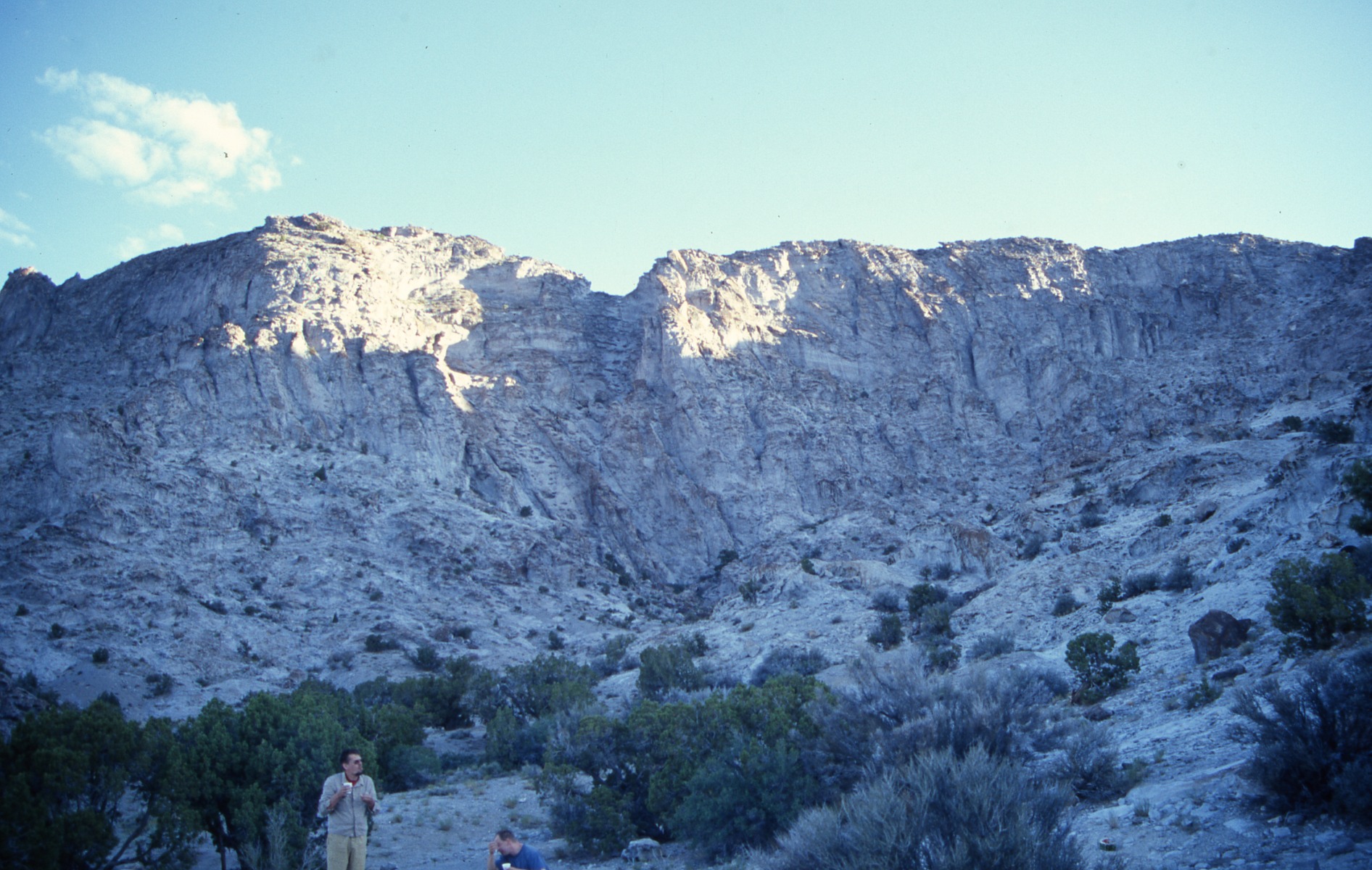
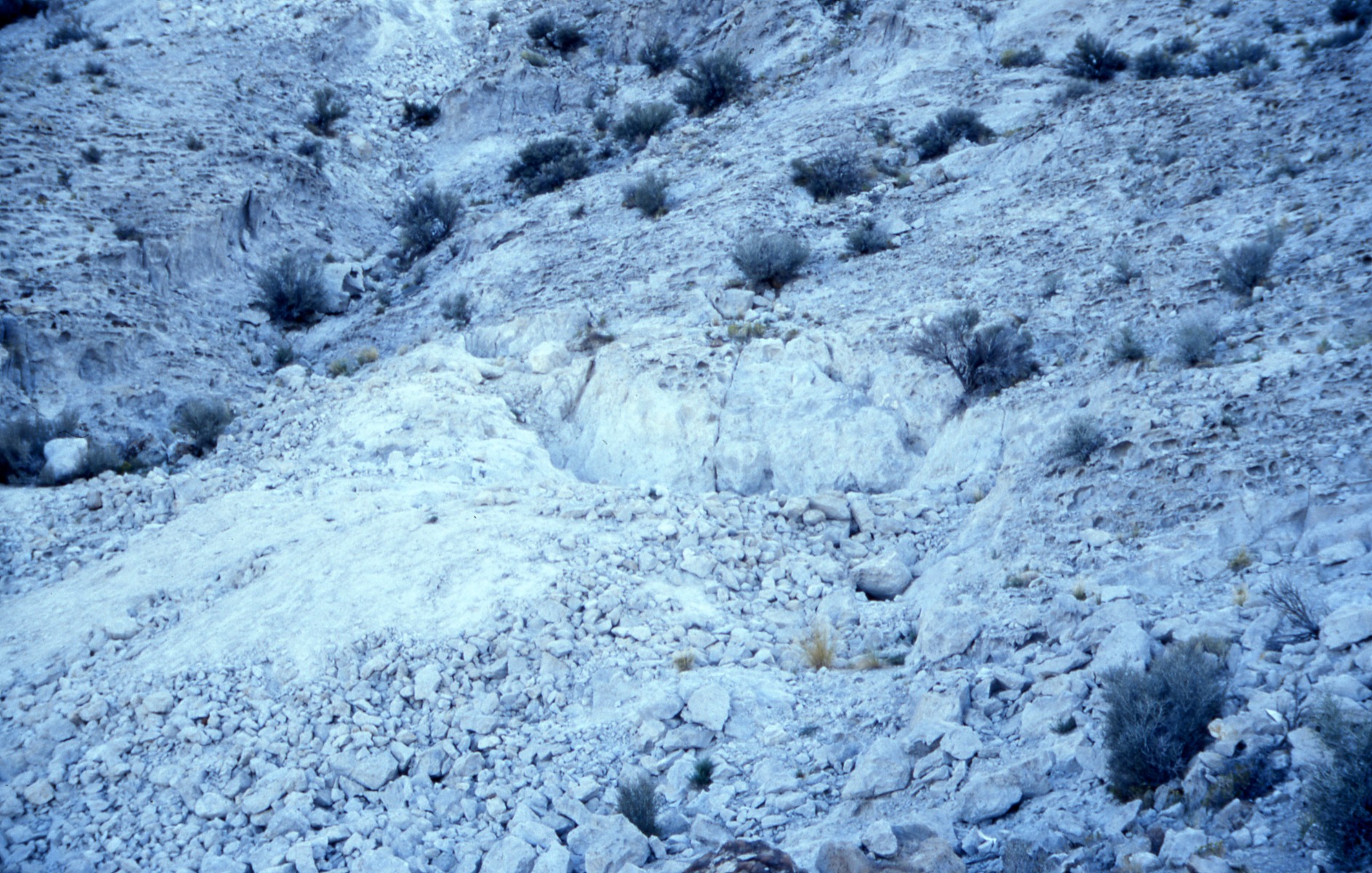
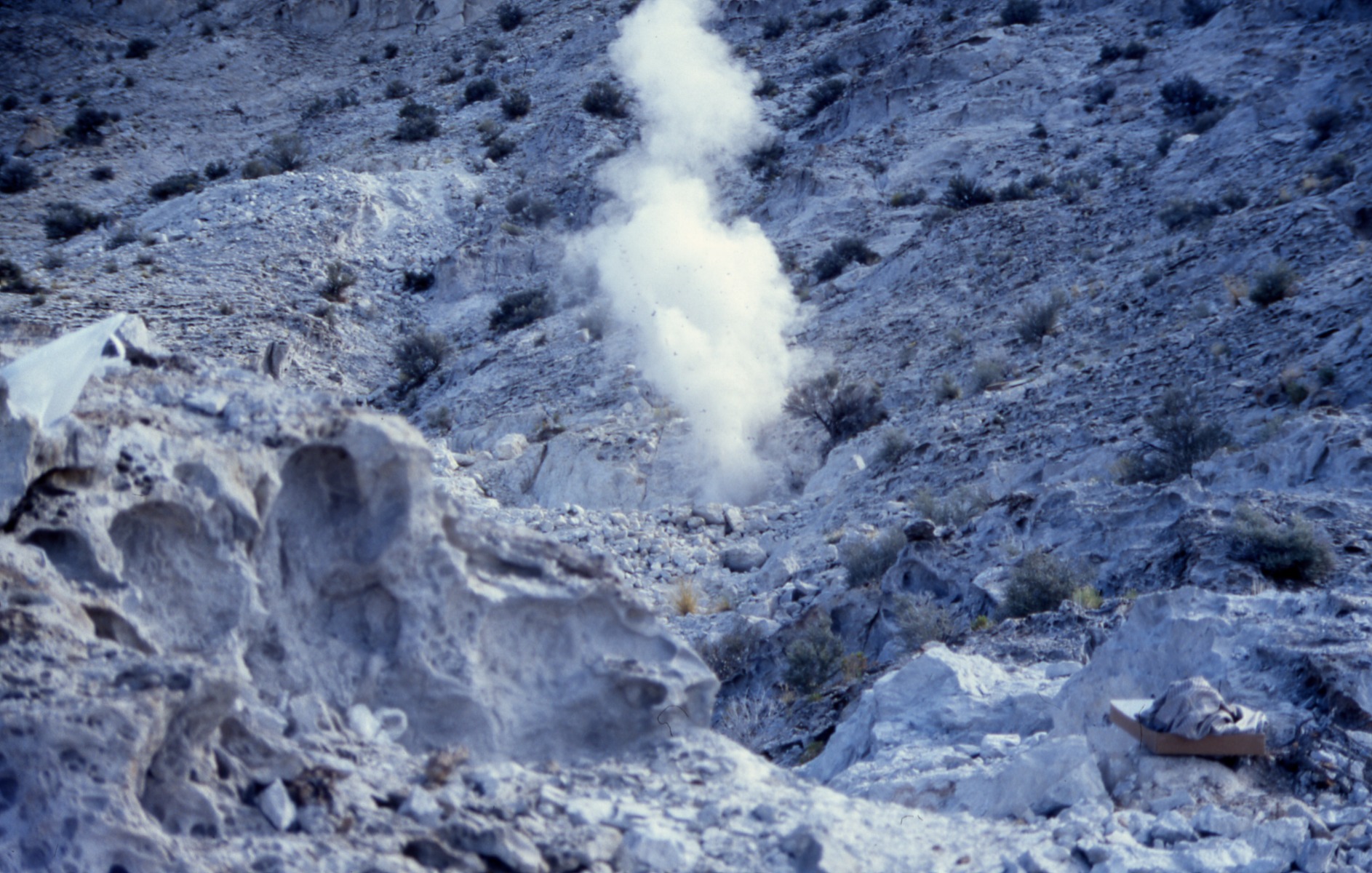
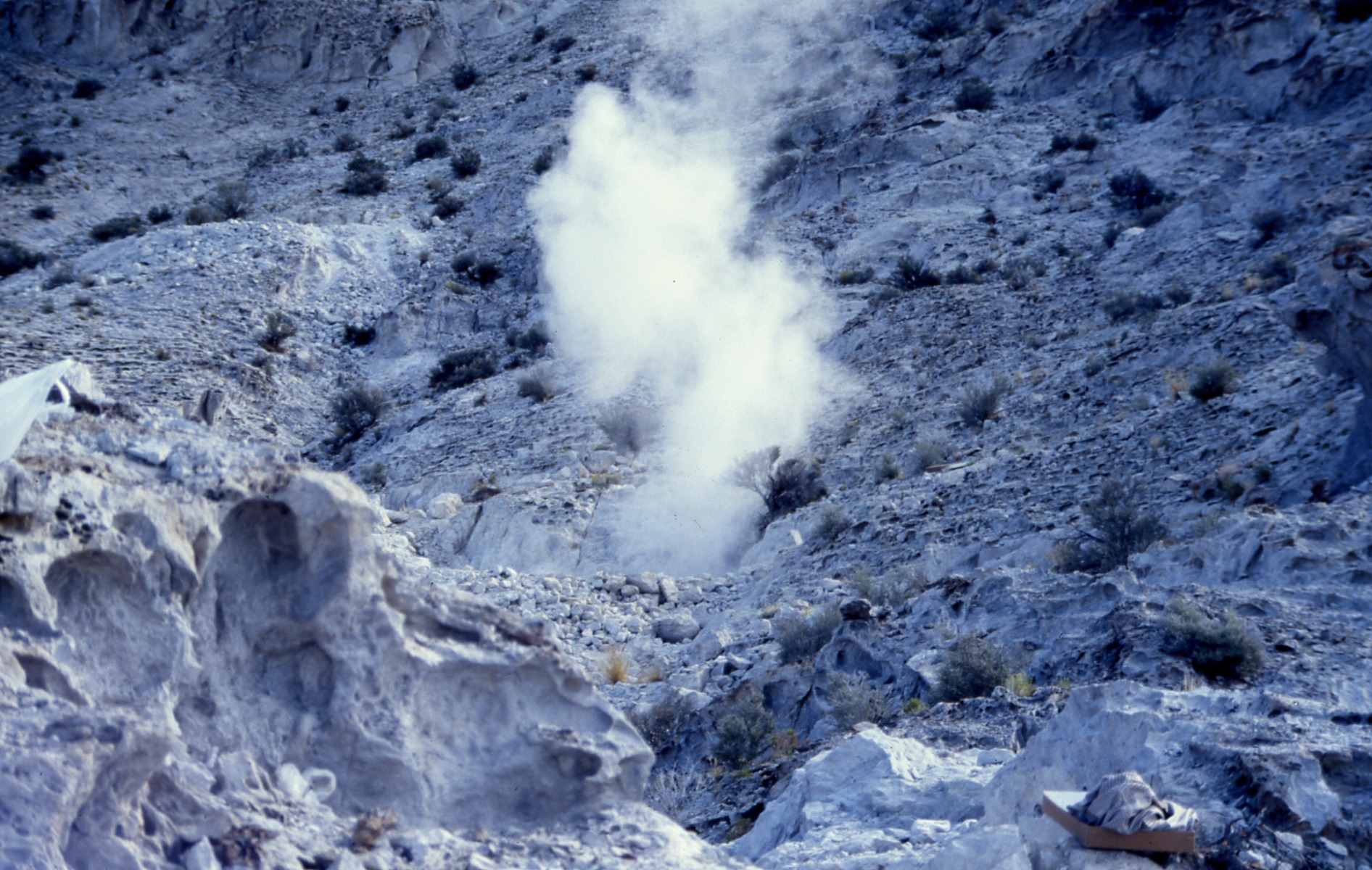
More from Holferts claims in terms of blasting. You actually have no real chance of finding anything without exposing fresh faces and a bit of explosives are the way to handle this. If you do so, make sure you have permission and someone with a valid license to use it. Now a days you are requested to have transportation papers as well and in order to purchase all, you need to have a valid mining claim under your name.
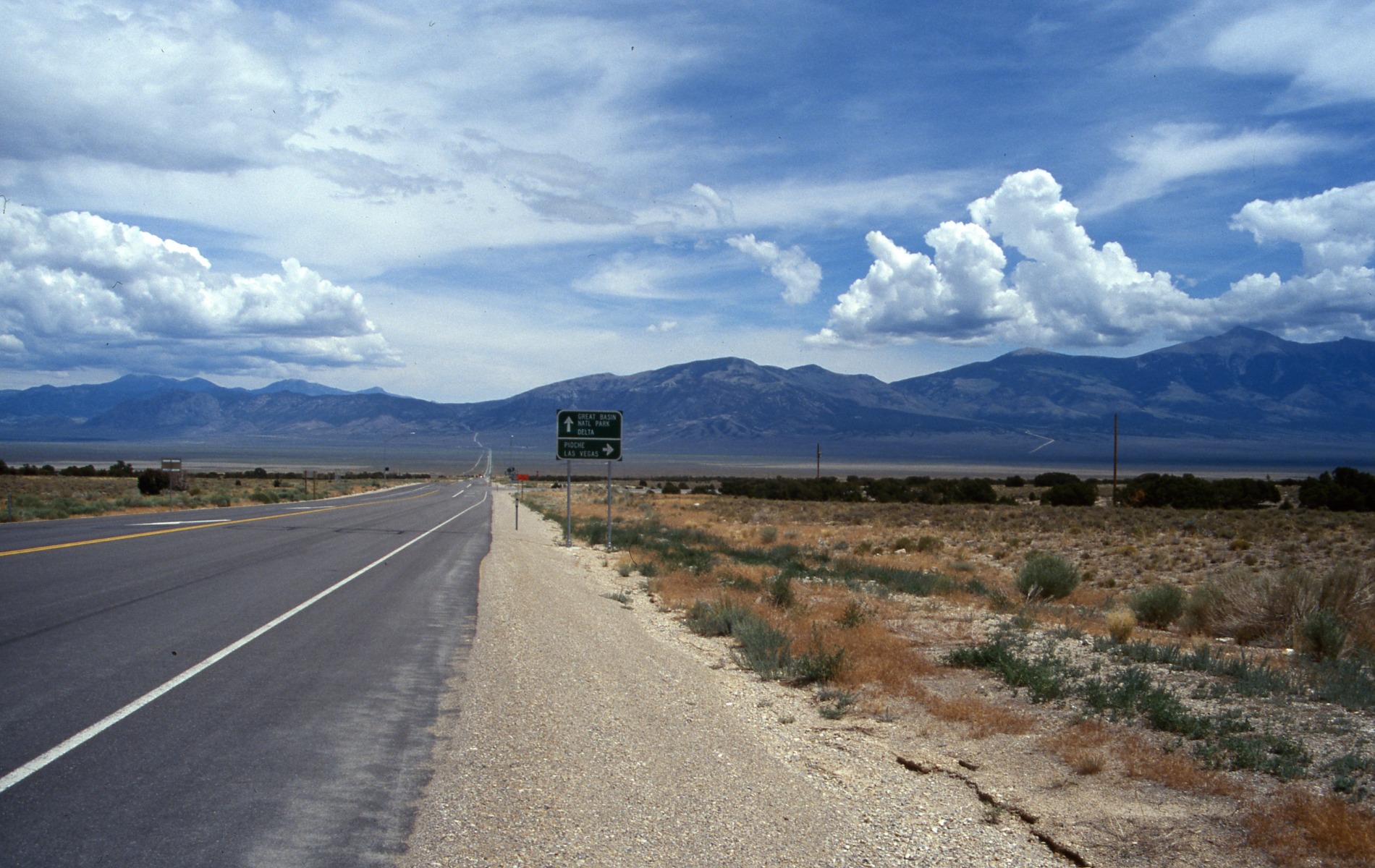
Bild 6-12: Lucin, Tecoma Valley
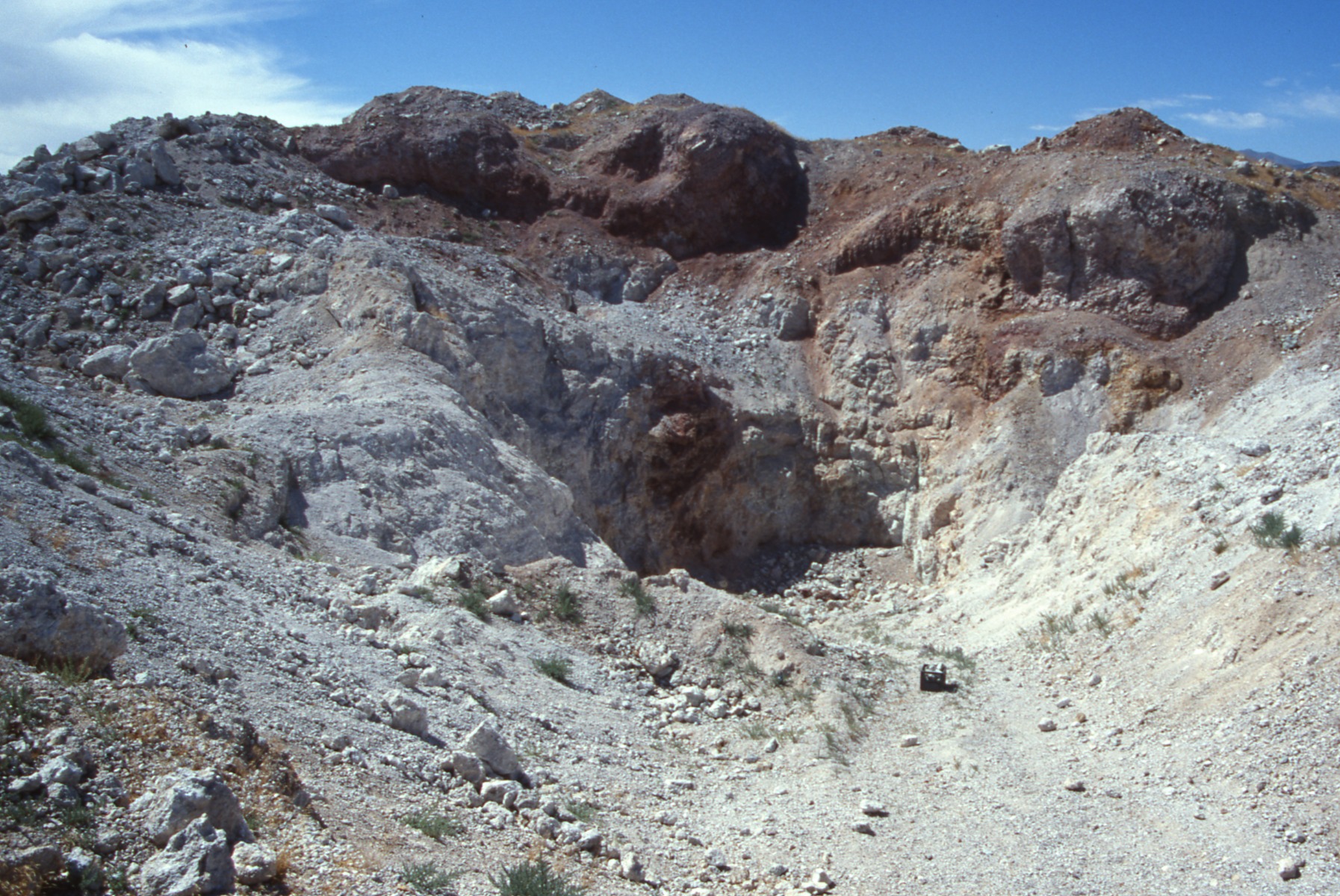
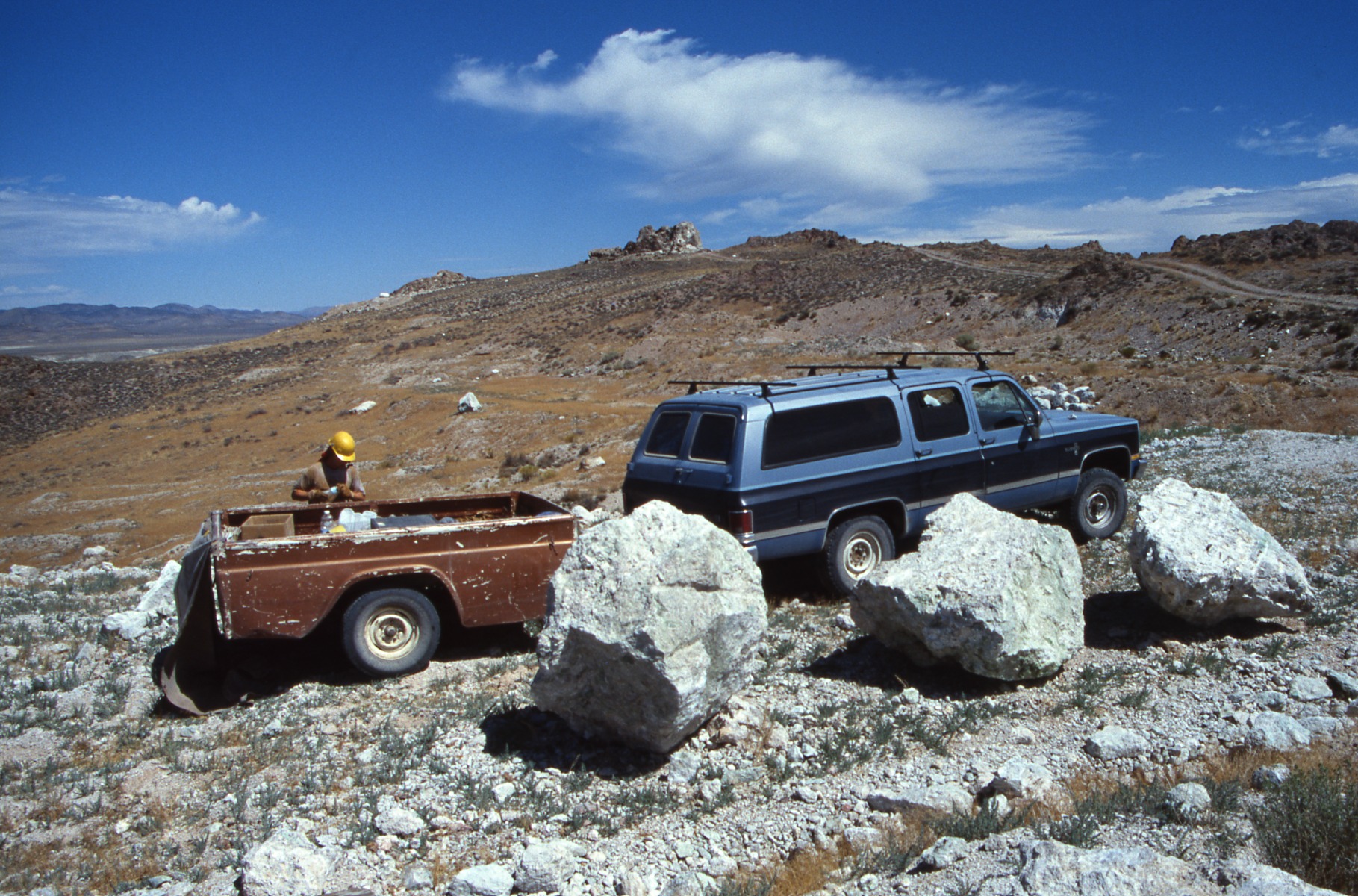
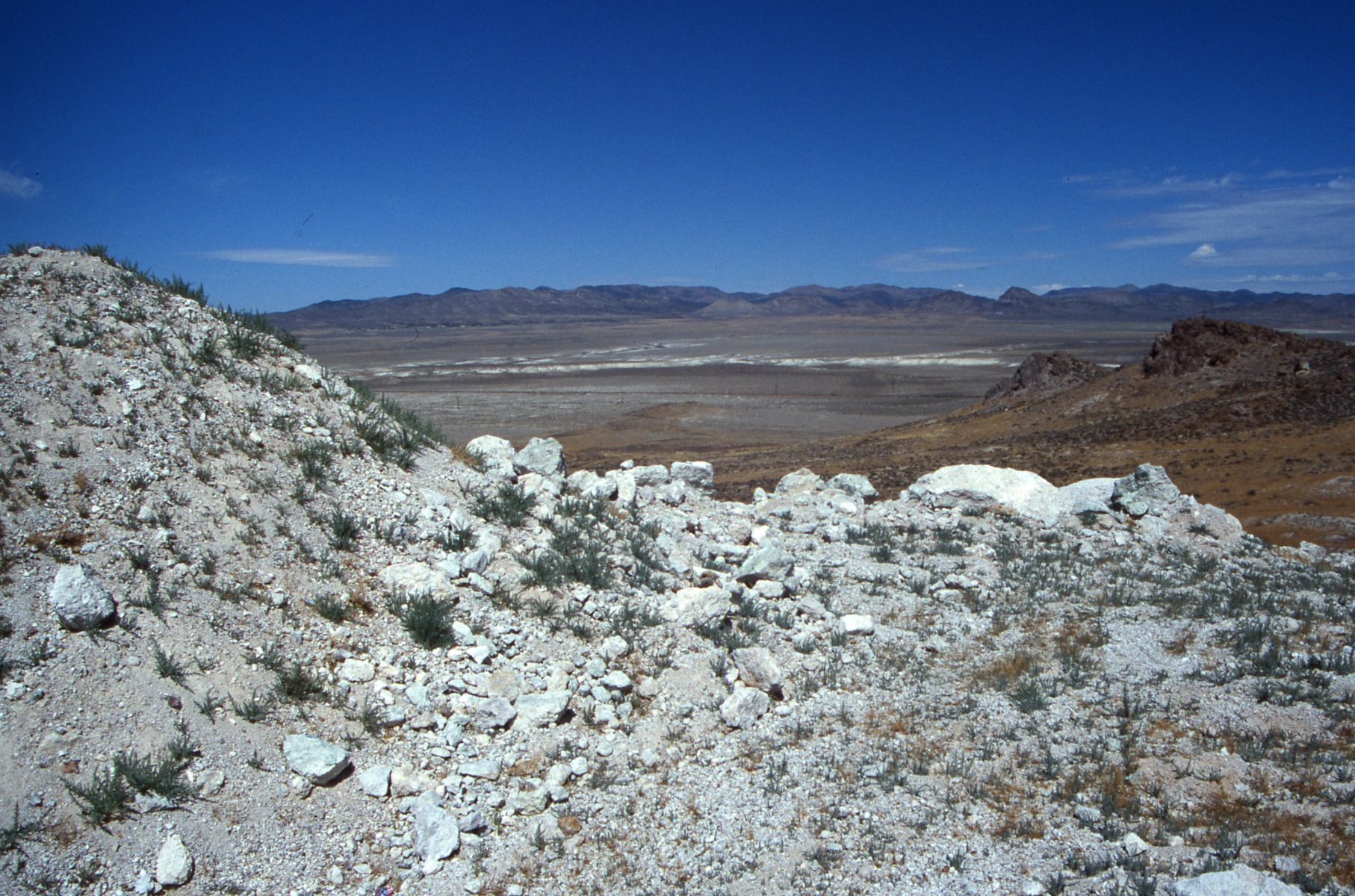
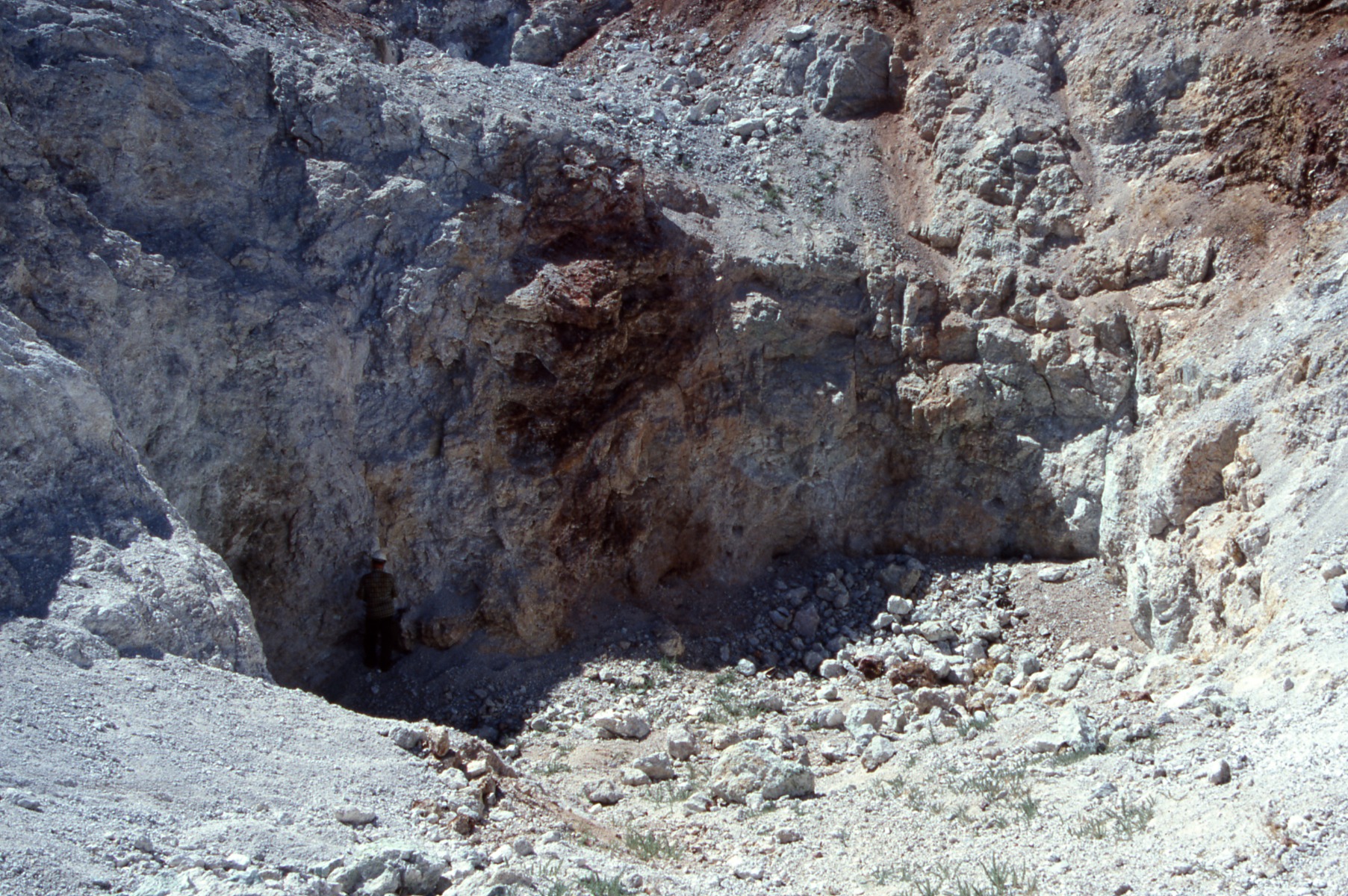

The pictures are showing the small quarry – open pit that used to be worked for the Variscite as ornamental stone. By the time we got there first it was long abandoned. Now you still find lots of material in a variety of grades including very nice small Metavariscite crystals in vugs.
Make sure you bring all you need when going there, no services around for like 100 miles, no gas or anything…the pure “middle of nowhere”!
